(Optimiert für FullHD und Smartphone + Full Screen. Bei 27 Zoll-Bildschirmen auf 120% vergrößern. Empfohlener Browser: FIREFOX.)
So heißt eine weltbekannte Komposition von Vivaldi, an der man im Rahmen einer Beamer- bzw. Slide-Show kaum vorbeikommt. Ansonsten ist das Thema als solches hochspannend, astrophysisch wie metaphysisch.
Im Verlauf eines Jahres wechseln sich die Jahreszeiten in gewohnter Reihenfolge ab. Nach dem Winter folgen der Frühling, der Sommer, der Herbst, und im darauffolgenden Winter schließt sich der Kreislauf der Jahreszeiten und beginnt wieder auf’s Neue. Ein Jahr ist der Zeitraum, in dem unser Planet Erde einmal sein Zentralgestirn, die Sonne, umrundet.
Der Astronom Johannes Kepler erkannte, dass sich die Planeten nicht kreisförmig, sondern auf Ellipsenbahnen um die Sonne bewegen. Dabei kommt die Erde der Sonne mal mehr, mal weniger nahe. Weit verbreitet wird dieser Sachverhalt als Auslöser für das Phänomen der Jahreszeiten gedeutet. Dem ist aber nicht so. Gerade zu der Zeit, wenn bei uns Winter ist, hat die Erde den geringsten Abstand zur Sonne.
Die tatsächliche Ursache für das Vorhandensein von Jahreszeiten liegt vielmehr in der Neigung der Erdachse zur Bahnebene um die Sonne (Ekliptik). Sie beträgt rund 23,5°.
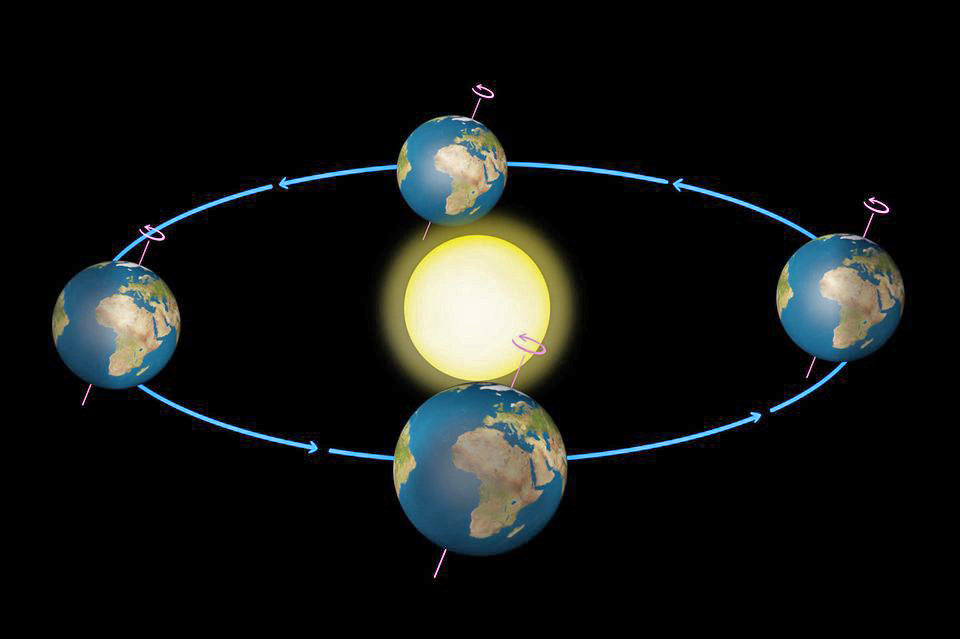
In Äquatornähe spielt dieser Effekt kaum eine Rolle, wohl aber in den Savannengebieten nördlich und südlich davon, weil dadurch die Regen- und Trockenzeiten bestimmt werden.
Im metaphysischen Sinne können wir aus dem unendlichen Reservoir der Sprüche schöpfen, die allesamt Charakteristika der Jahreszeiten und damit die allgemeine Lebenserfahrung widerspiegeln. Zum Beispiel:
’’ Was der Frühling nicht säte, kann der Sommer nicht reifen, der Herbst nicht ernten, der Winter nicht genießen.‘‘ (Johann Gottfried von Herder)
’’Aus den Träumen des Frühlings wird im Herbst Marmelade gemacht.‘‘ (Peter Bamm)
“Sommer ist die Zeit, in der es zu heiß ist, um das zu tun, wozu es im Winter zu kalt war.‘‘ (Mark Twain)
’Frühling ist eine echte Auferstehung, ein Stück Unsterblichkeit.‘‘ (Henry David Thoreau)
Fotografisch kann man dem Thema in vielfältiger Weise begegnen: Vor der Haustüre, im Gebirge oder am Meer – bzw. von unten und von oben. Die Technik spielt nicht die entscheidende Rolle. Alles kann verwendet werden: Vom Weitwinkel bis hin zum ultralangen Spektiv. Die Kompaktkamera genauso wie die große Spiegelreflex. Denn es kommt ausschließlich auf das Ergebnis an, nur das zählt.
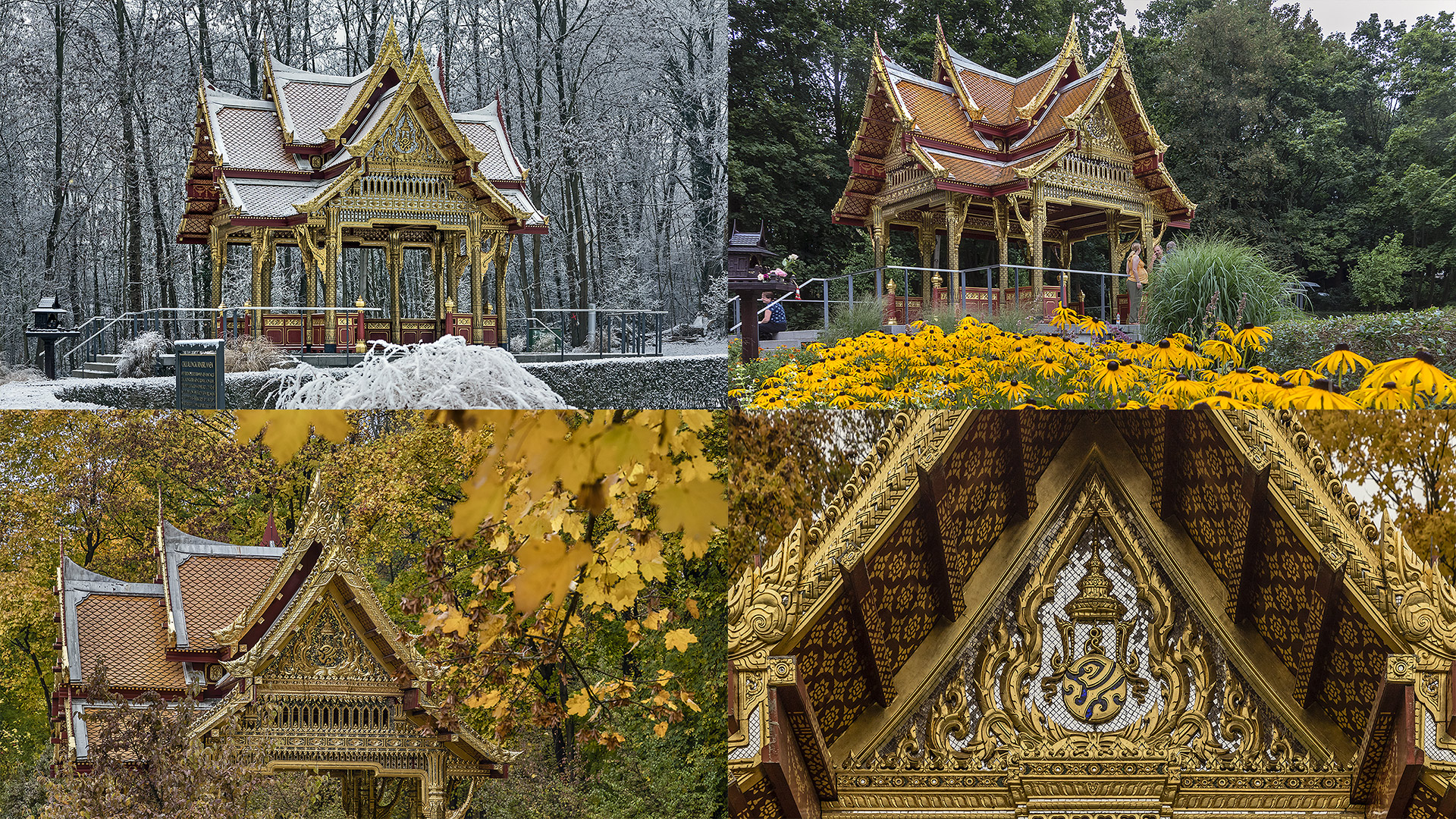
English Translation
4seasons is the name of a world-famous composition by Vivaldi that is hard to get past in the context of a presentation or a beamer show. Otherwise, the theme as such is highly exciting, both astrophysical and metaphysical.
In the course of a year, the seasons alternate in the usual order. Winter is followed by spring, summer and autumn, and in the next winter the cycle of the seasons closes and begins anew. A year is the period in which our planet earth once orbits its central star, the sun.
The astronomer Johannes Kepler recognized that the planets do not move in a circle, but in elliptical orbits around the sun. The earth comes sometimes more, sometimes less close to the sun. This fact is widely interpreted as the trigger for the phenomenon of the seasons. But this is not the case. Just at the time when it is winter with us, the earth has the smallest distance to the sun.
The actual cause for the presence of seasons lies rather in the inclination of the earth’s axis to the orbital plane around the sun (ecliptic). It is about 23.5°.
As a result, there is a different intensity of illumination of the earth by the sun. Once the northern hemisphere, then again the southern hemisphere is illuminated more. At the poles we experience the extremes, the bright midnight sun in summer and the dark polar night in winter.
Near the equator this effect hardly plays a role, but in the savannah areas north and south it determines the rainy and dry seasons.
In metaphysical sense we can draw from the infinite reservoir of sayings, which all reflect the characteristics of the seasons and thus the general experience of life. For example:
“What spring does not sow, summer cannot ripen, autumn cannot harvest, winter cannot enjoy”. (Johann Gottfried von Herder)
“The dreams of spring are turned into jam in autumn.” (Peter Bamm)
“Summer is the time when it’s too hot to do what it was too cold to do in winter.” (Mark Twain)
“Spring is a real resurrection, a piece of immortality.” (Henry David Thoreau)
Photographically, the subject can be encountered in a variety of ways: in front of the door, in the mountains or by the sea – or from below and above. Technology does not play the decisive role. Anything can be used: from wide-angle to ultra-long spotting scope. The compact camera as well as the large SLR. Because it depends exclusively on the result, only that counts.
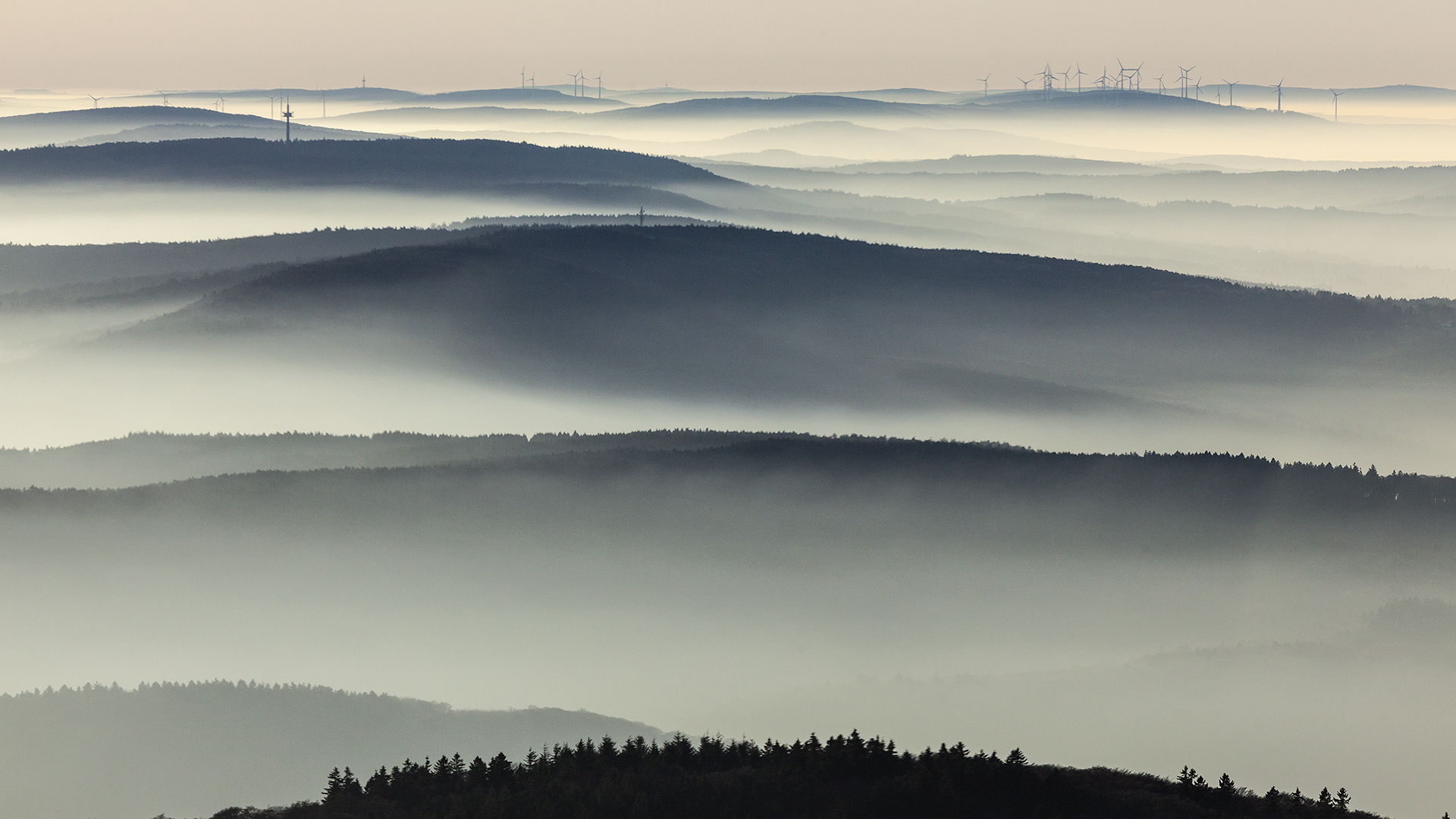
Mit Musik geht alles besser!
Oder alternativer Link zur Slide-Show: 4-SEASONS_VIERJAHRESZEITEN
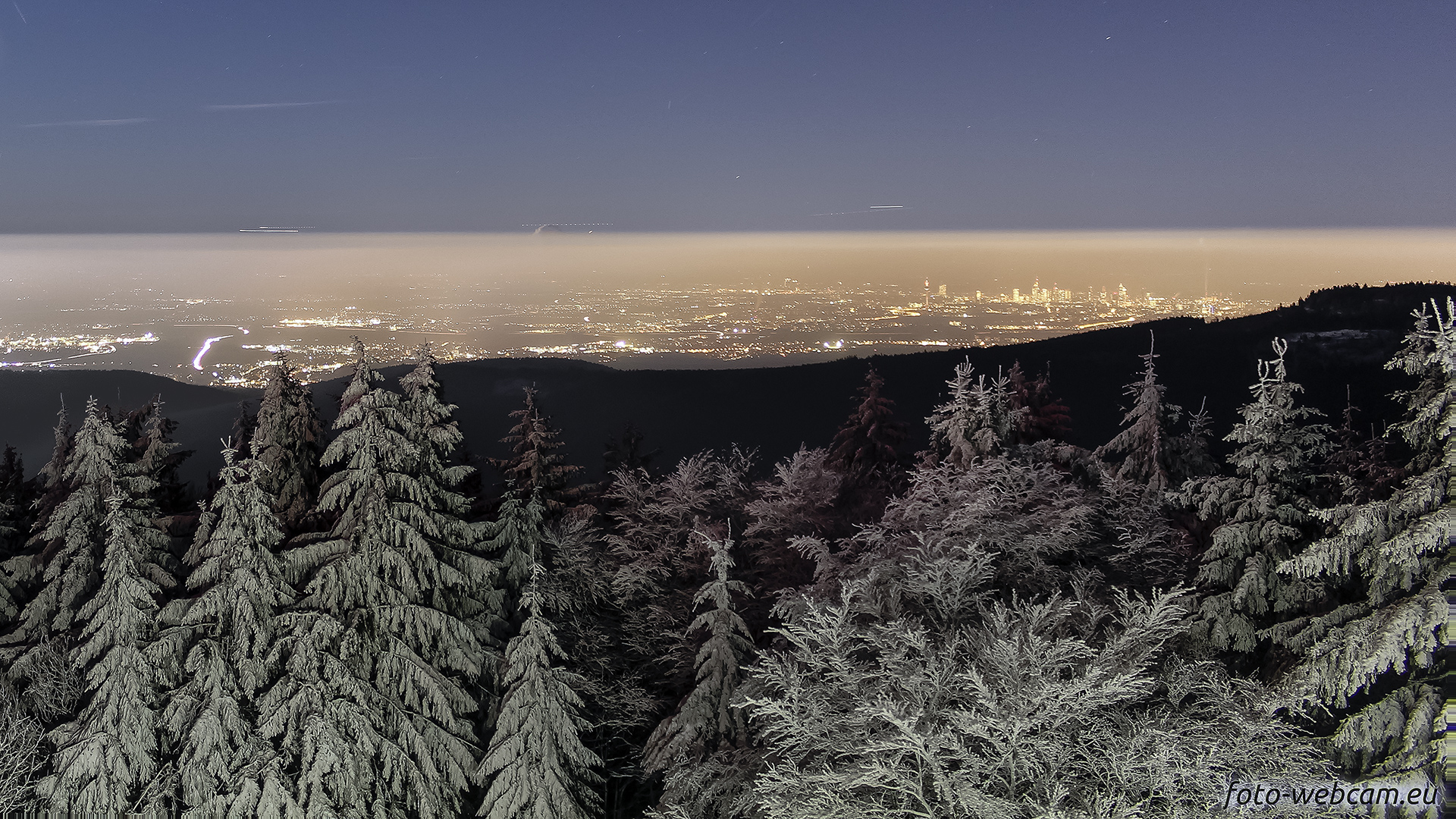
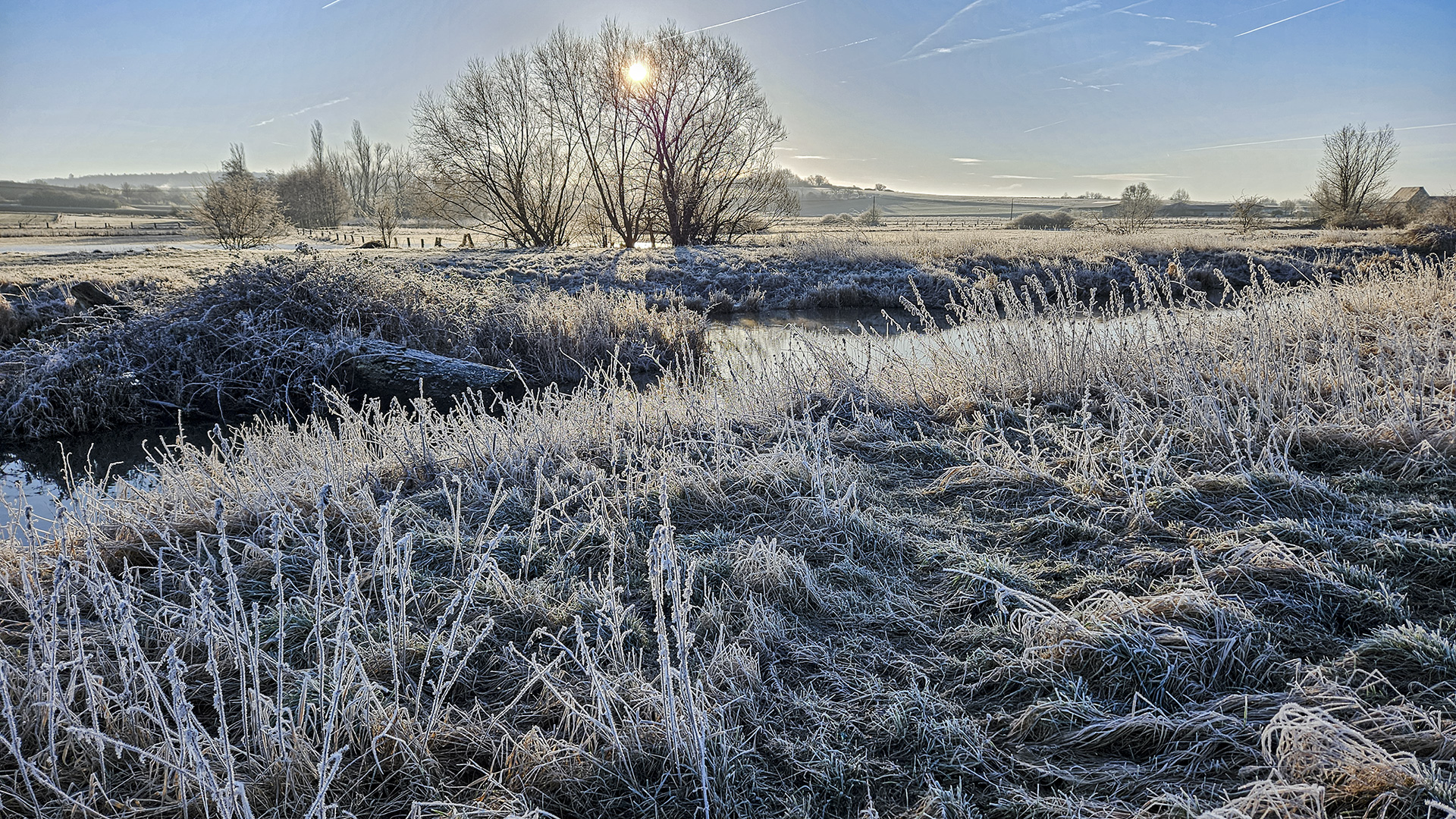
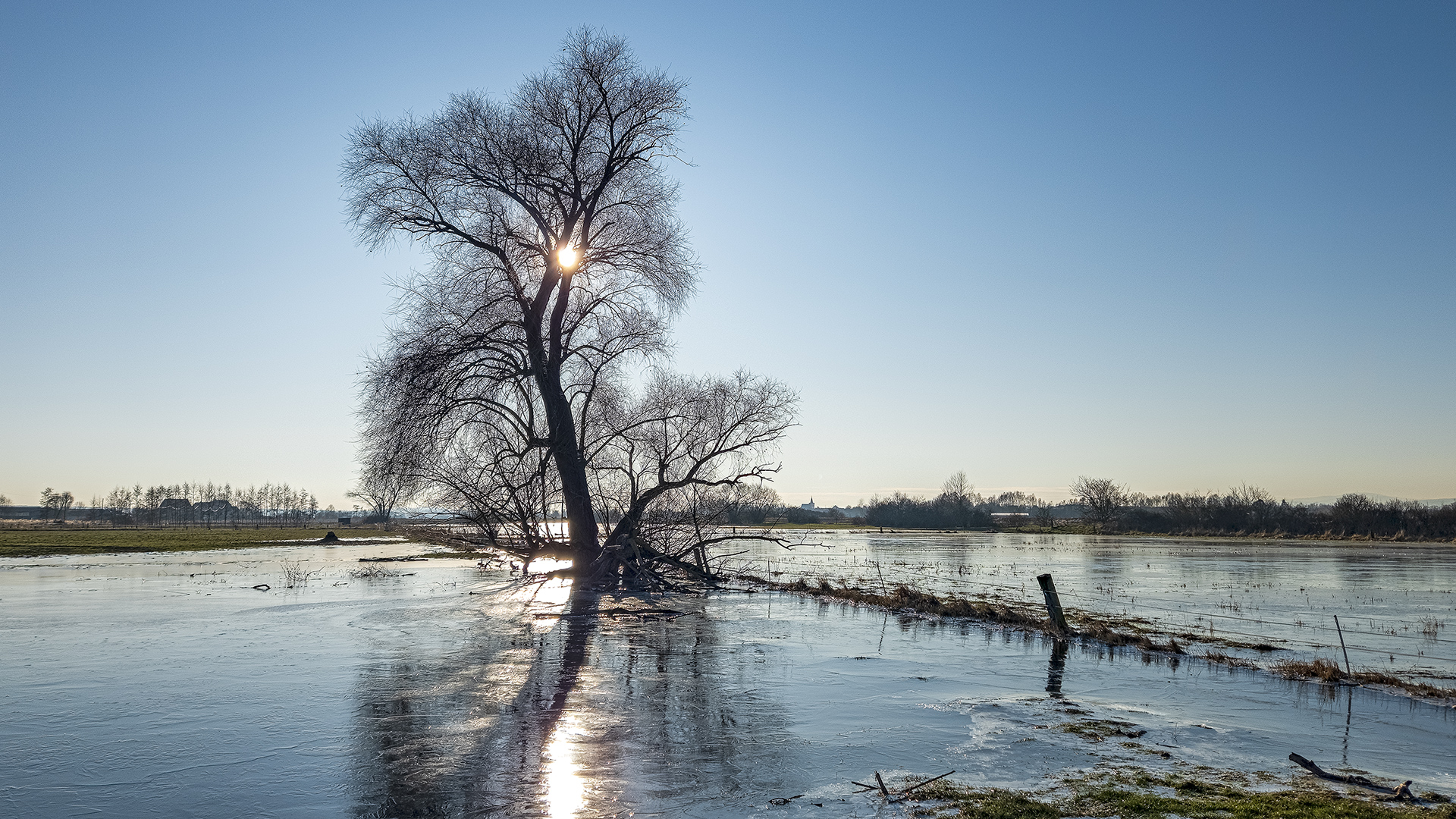
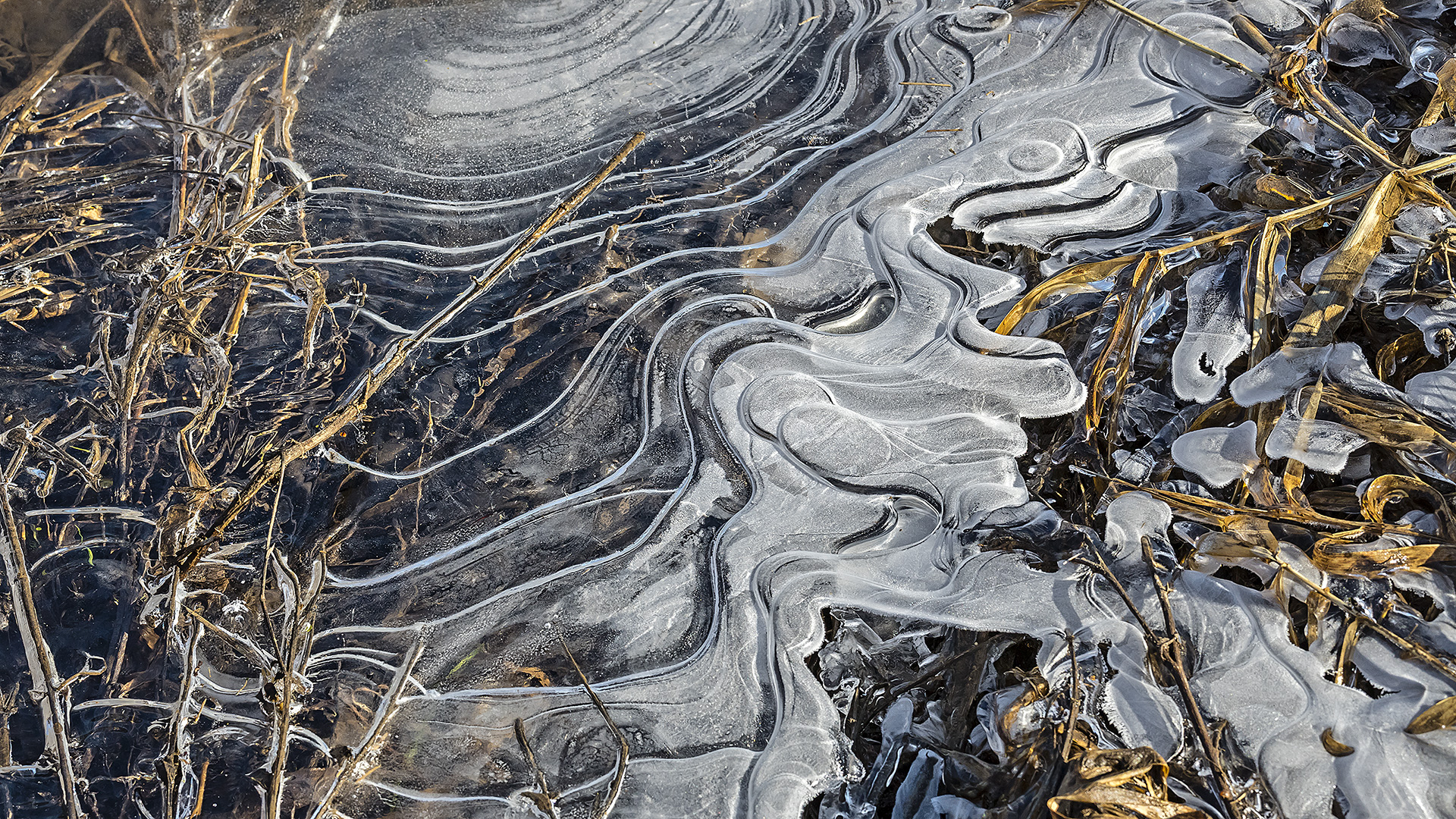
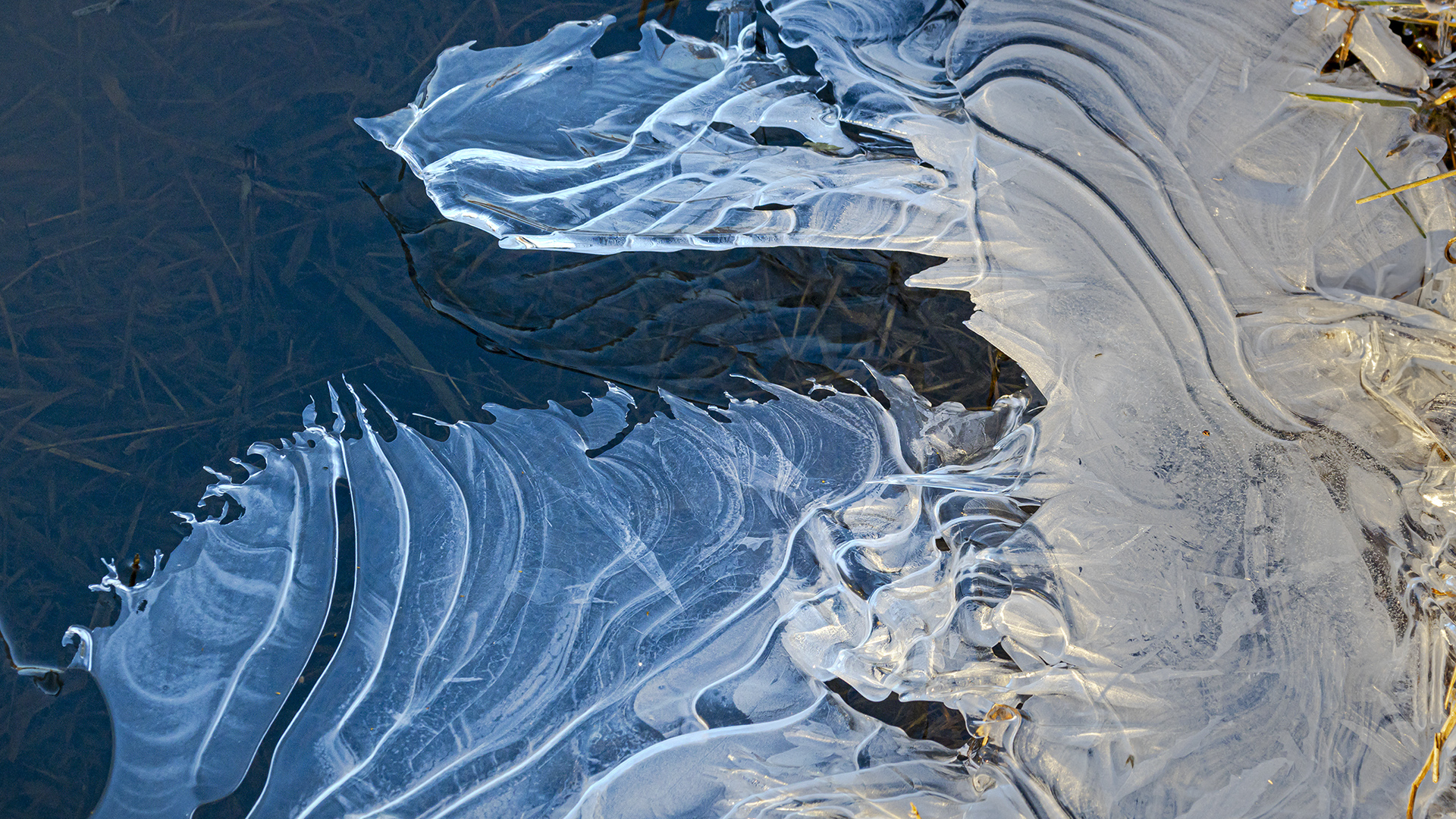
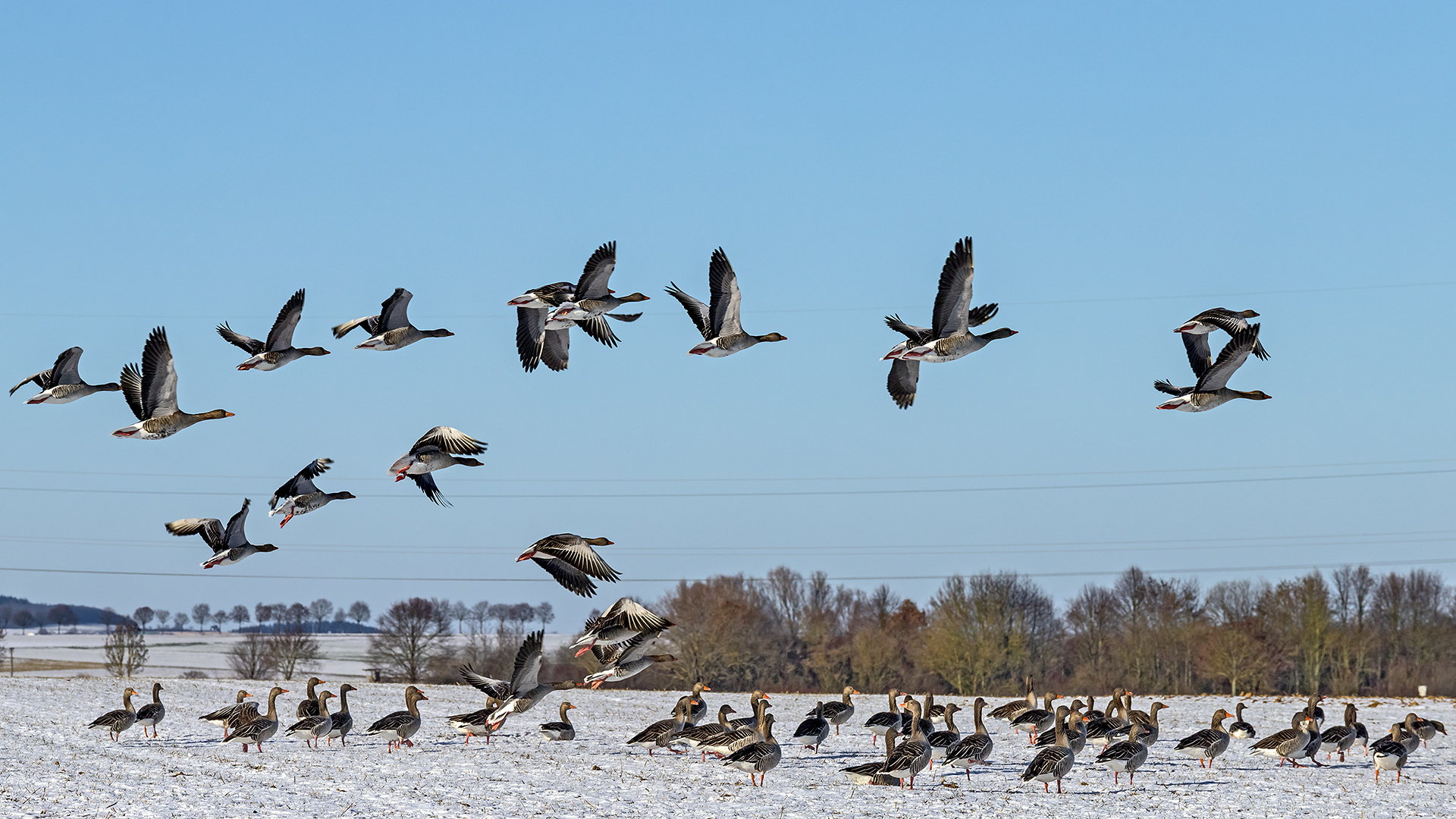
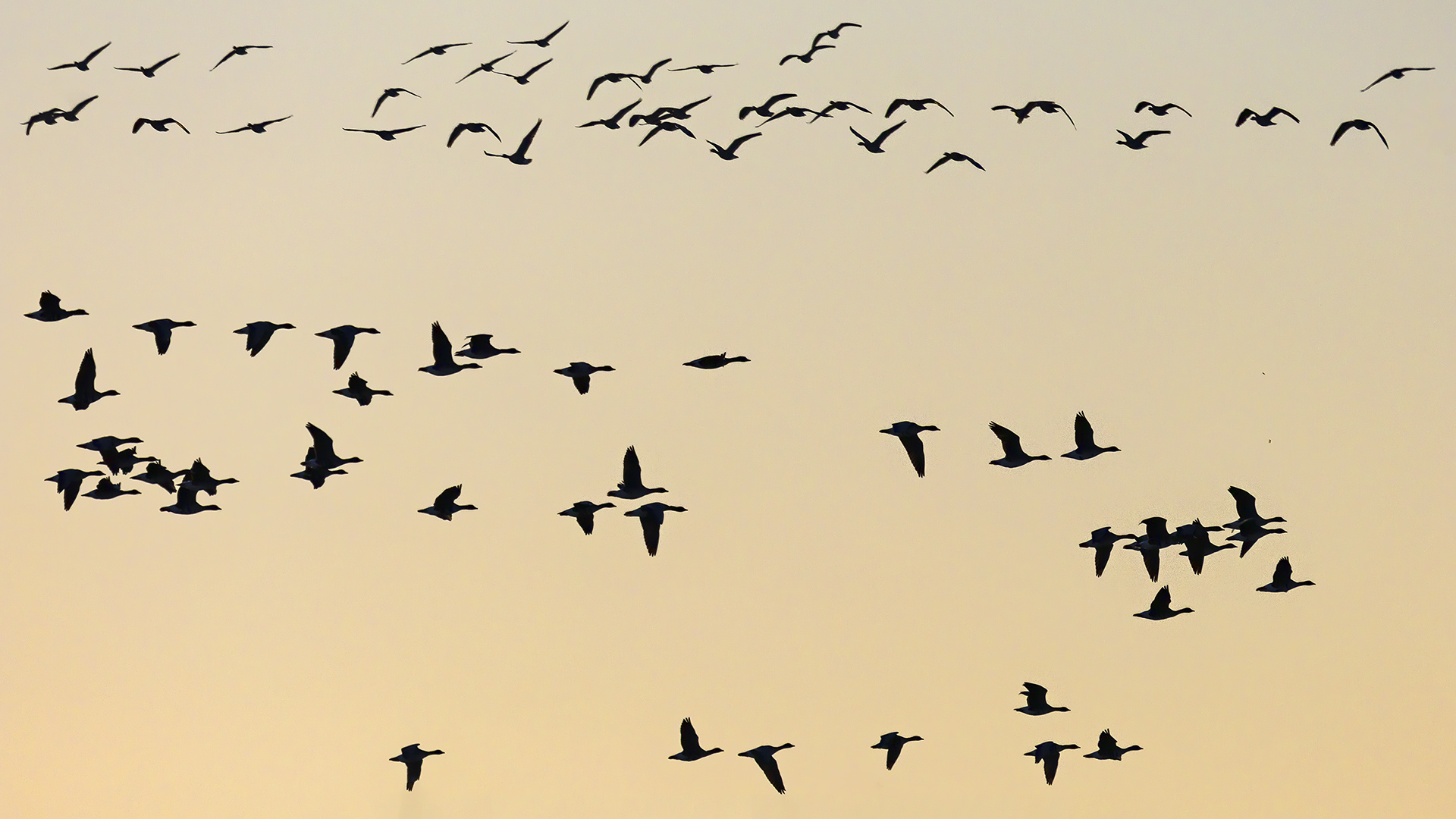


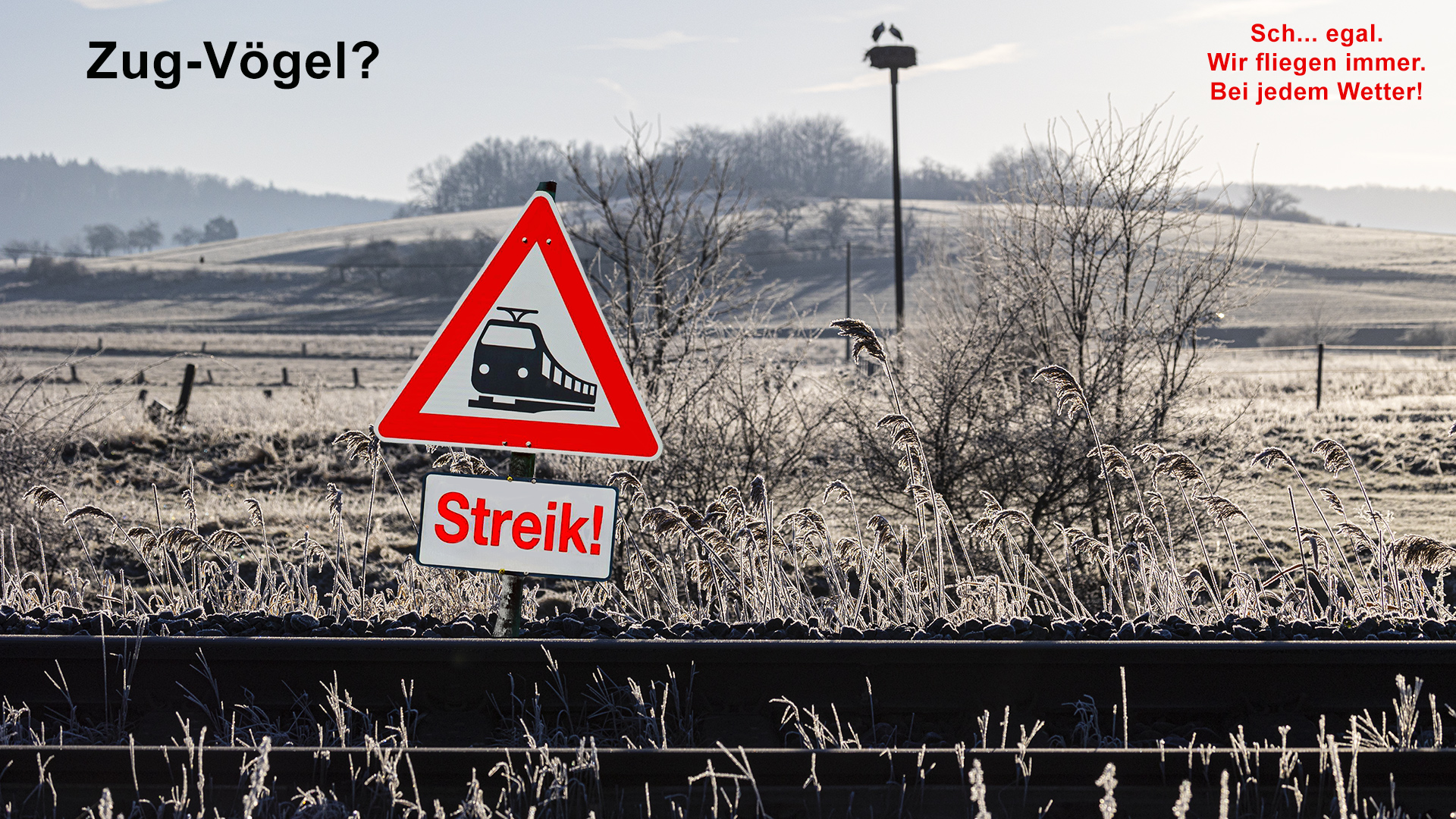
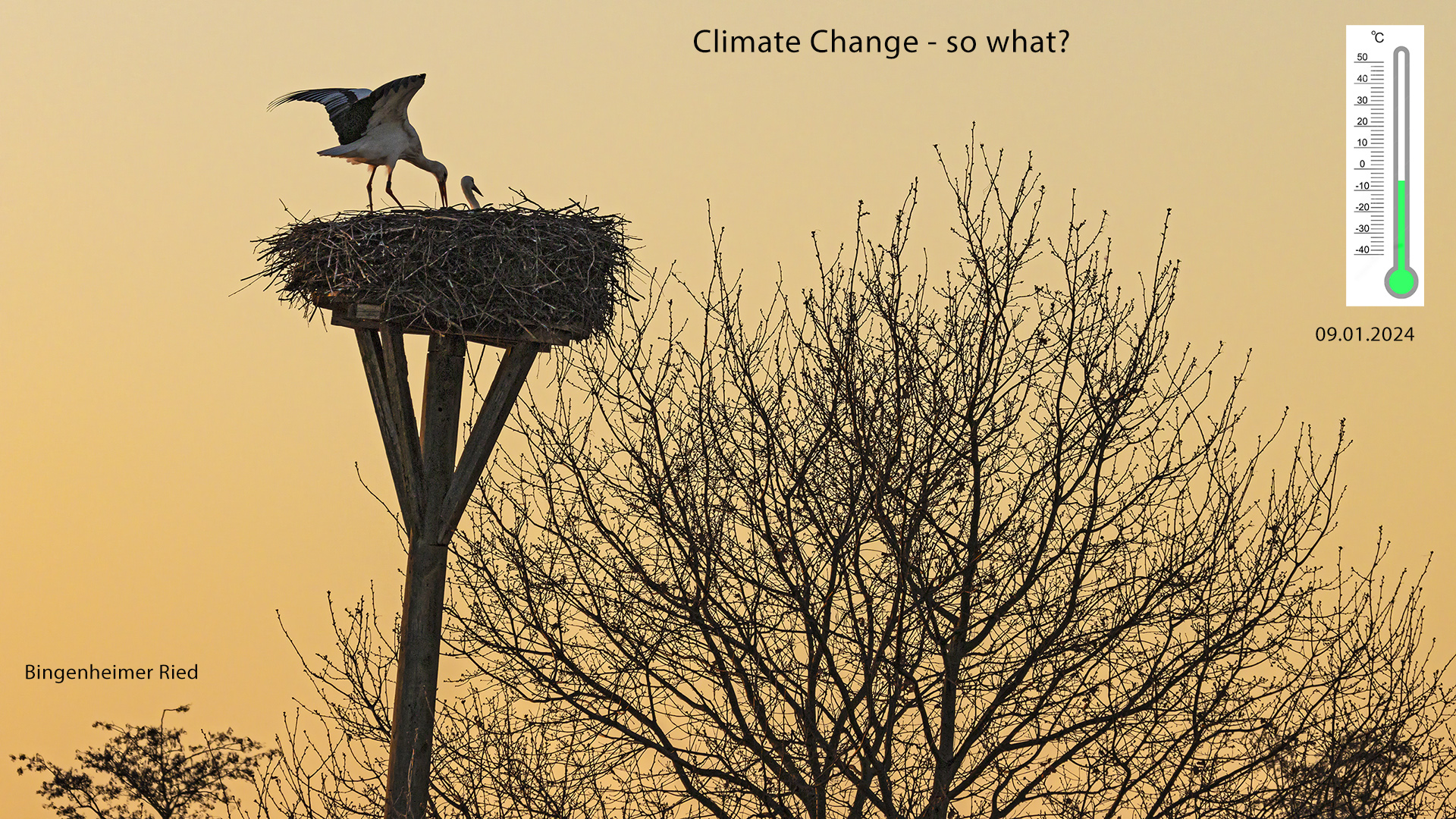
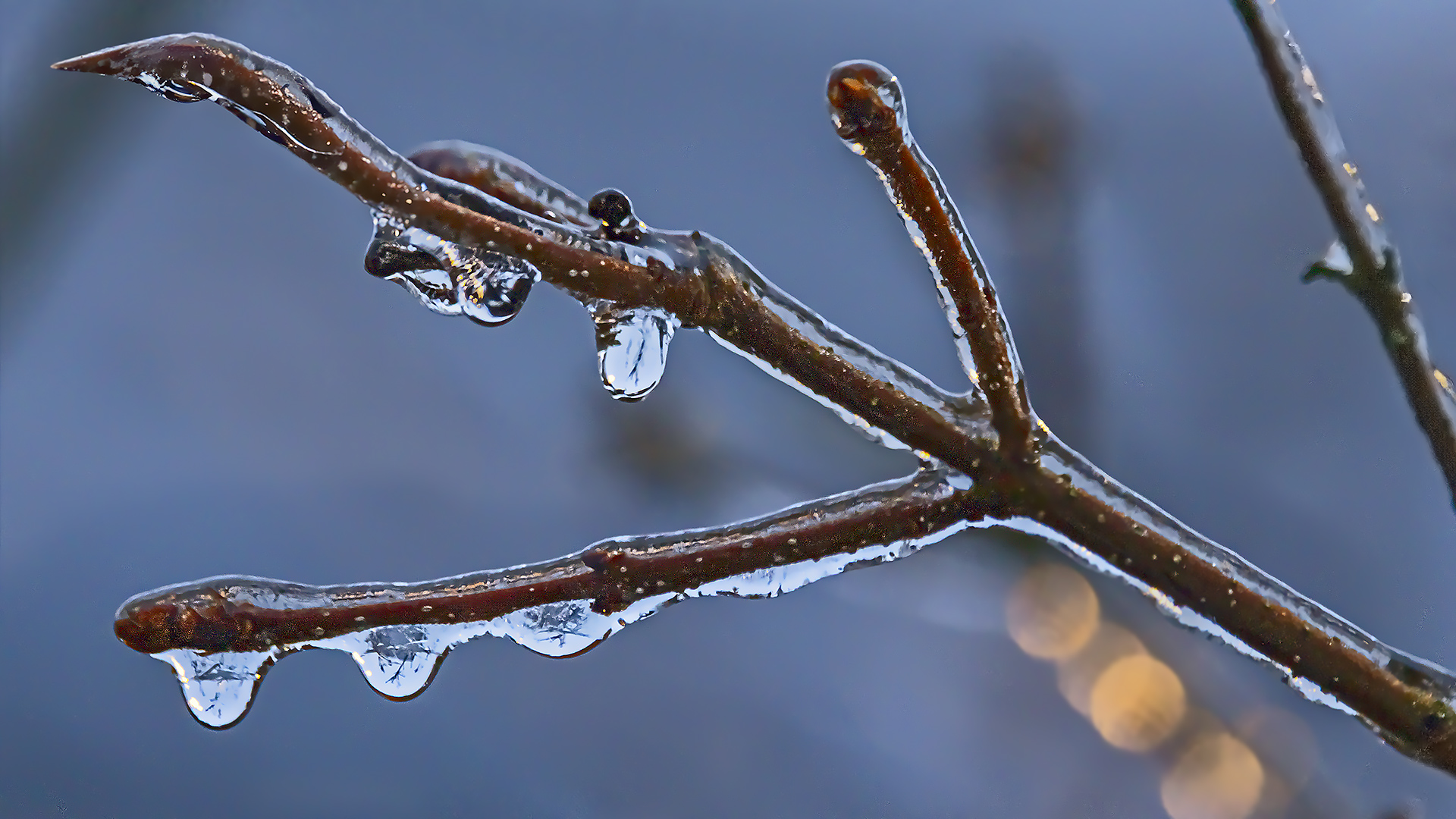
… mögen wir gar nicht.
Auch wenn er mit Ansage kommt und nur kurzfristig andauert. Am Frankfurter Flughafen wurden alle STARTS gecancelt. Hintergrund: Die Enteisungsanlagen für die JETS sind überfordert. Mit einem vereisten Triebwerk lässt sich nicht gut abheben. Also heißt es, man müsse zuwarten, bis die Witterungsverhältnisse eine gefahrlose Handhabung wieder zuließen. Eisenbahnweichen sind ebenfalls davon betroffen. Die Bahn hat verlauten lassen, dass die Fernzüge nur mit verminderter Geschwindigkeit fahren könnten – oder gar nicht. Spötter entgegnen: “Und wo ist jetzt der Unterschied??”
Im übertragenen Sinne könnte ein Eisregen manchmal von Nutzen sein. Nämlich dann, wenn die Menschen “heiß laufen” und ziemlich hirnlos nur noch Unheil anrichten. Dann sollte man die Welt einfrieren können mit der Auflage, dass nur dann wieder aufgetaut würde, wenn sich die Vernunft durchsetzt. Die Gefahr einer länger andauernden Eiszeit wäre dann aber nicht von der Hand zu weisen. 🙁
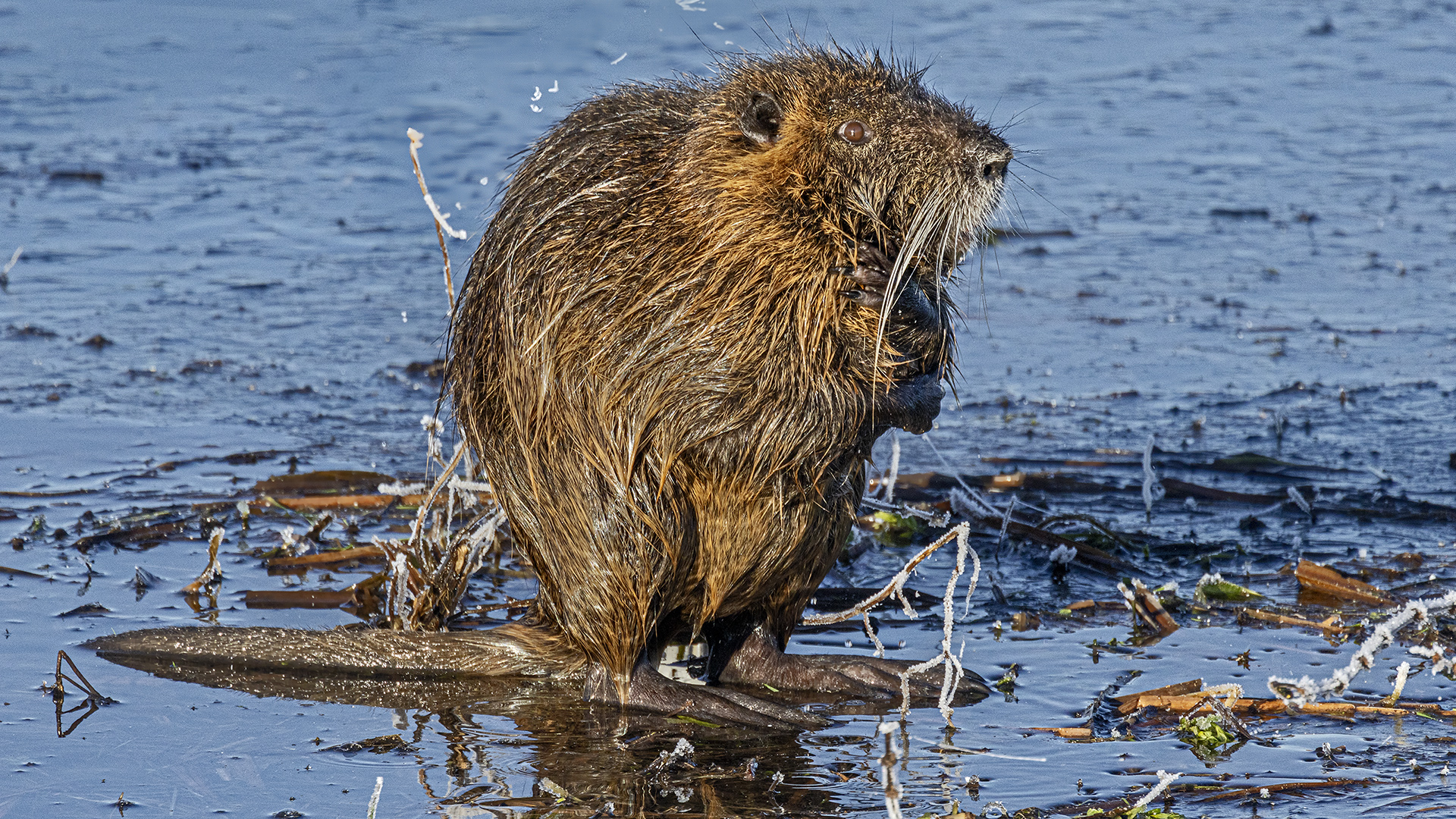

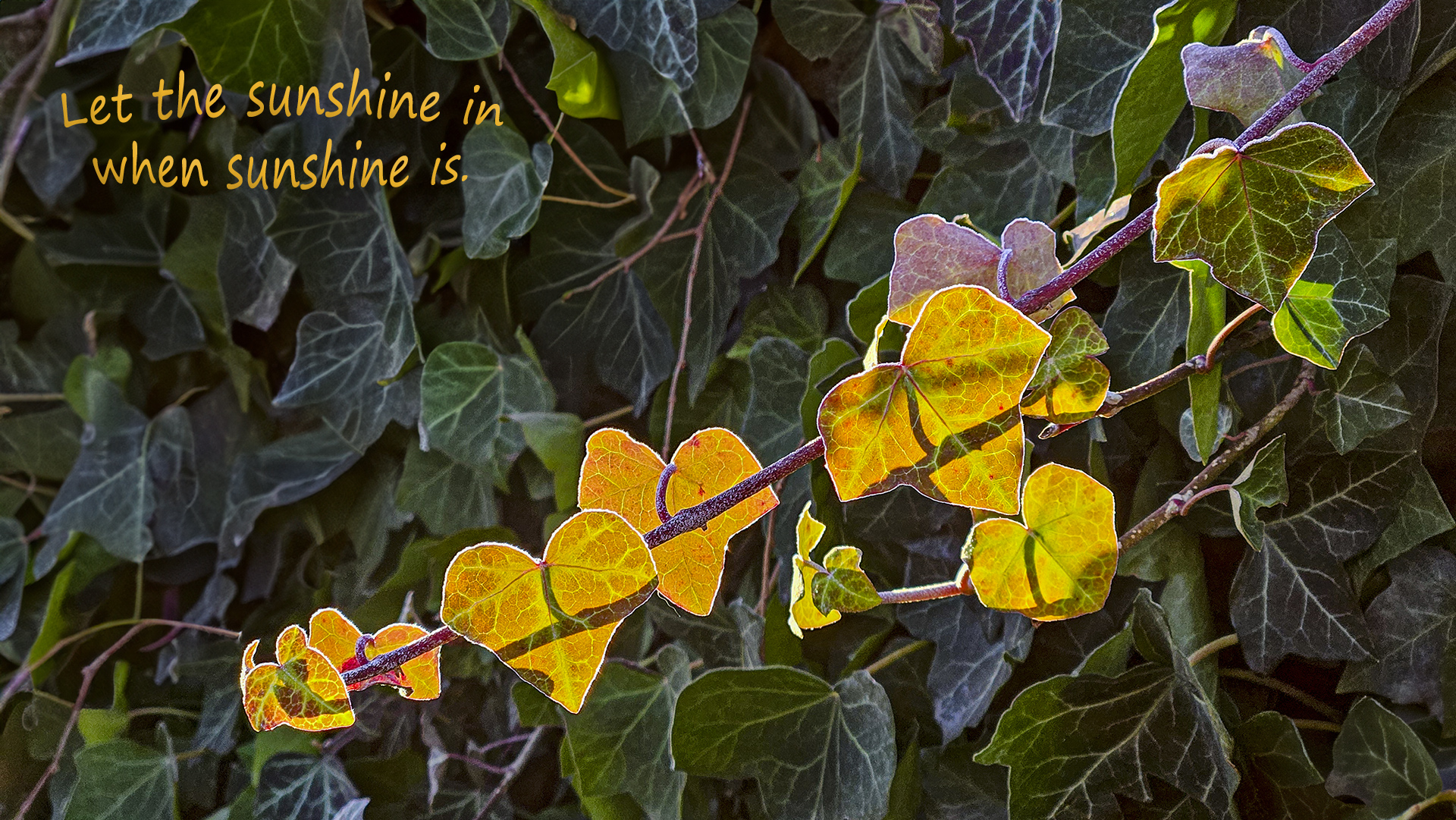

Das Bingenheimer Ried
Das macht das Gebiet so interessant:
Das NSG Bingenheimer Ried liegt etwa 40 Kilometer nordöstlich von Frankfurt/Main. Das 85 Hektar große Ried wurde 1985 zum Naturschutzgebiet erklärt, ursprünglich zum Schutz und Erhalt von Brutgebieten von Entenvögeln. Im Frühjahr und Herbst sind Wiesen- und Schilfflächen überschwemmt und bieten dann gute Beobachtungsmöglichkeiten. Zur Zugzeit kann man neben allen heimischen Entenarten auch viele Watvögel sehen.
Seltene Arten, Einrichtungen für Besucher, Pflegemaßnahmen:
Rund 30 Vogelarten brüten im Ried, unter anderem Spießente, Pfeifente, Löffel- und Krickente. Das Naturschutzgebiet ist aber auch eines der besten hessischen Brutareale für Tüpfelsumpfhuhn und Wasserralle. Außerdem brüten Kiebitz und Bekassine, Rohrweihe, Waldohreule und Blaukehlchen. Am öffentlichkeitswirksamsten sind jedoch die brütenden Weißstörche, der Wappenvogel des NABU, um dessen Erhalt sich die NABU-Aktiven deshalb ganz besonders bemühen.
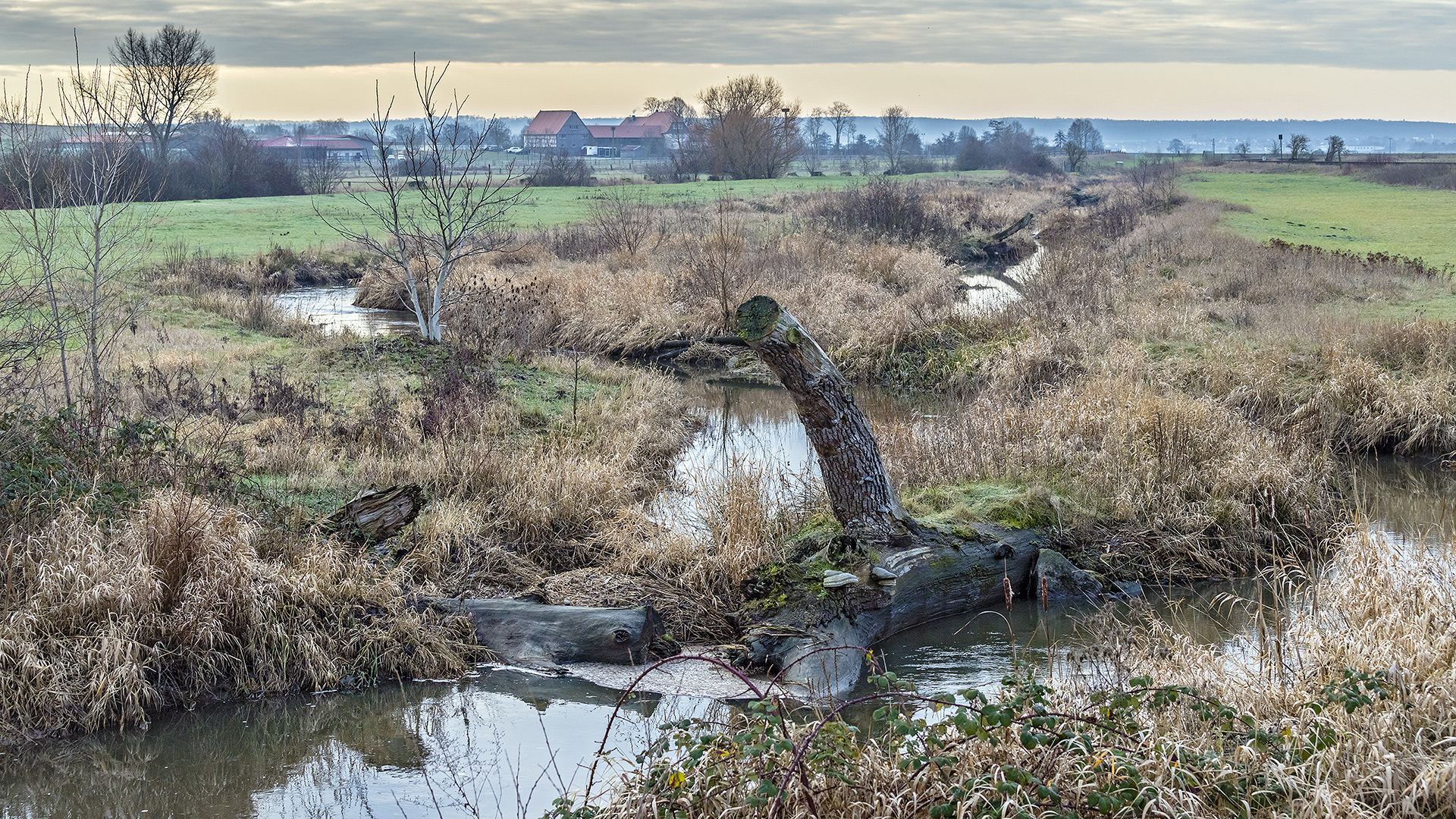
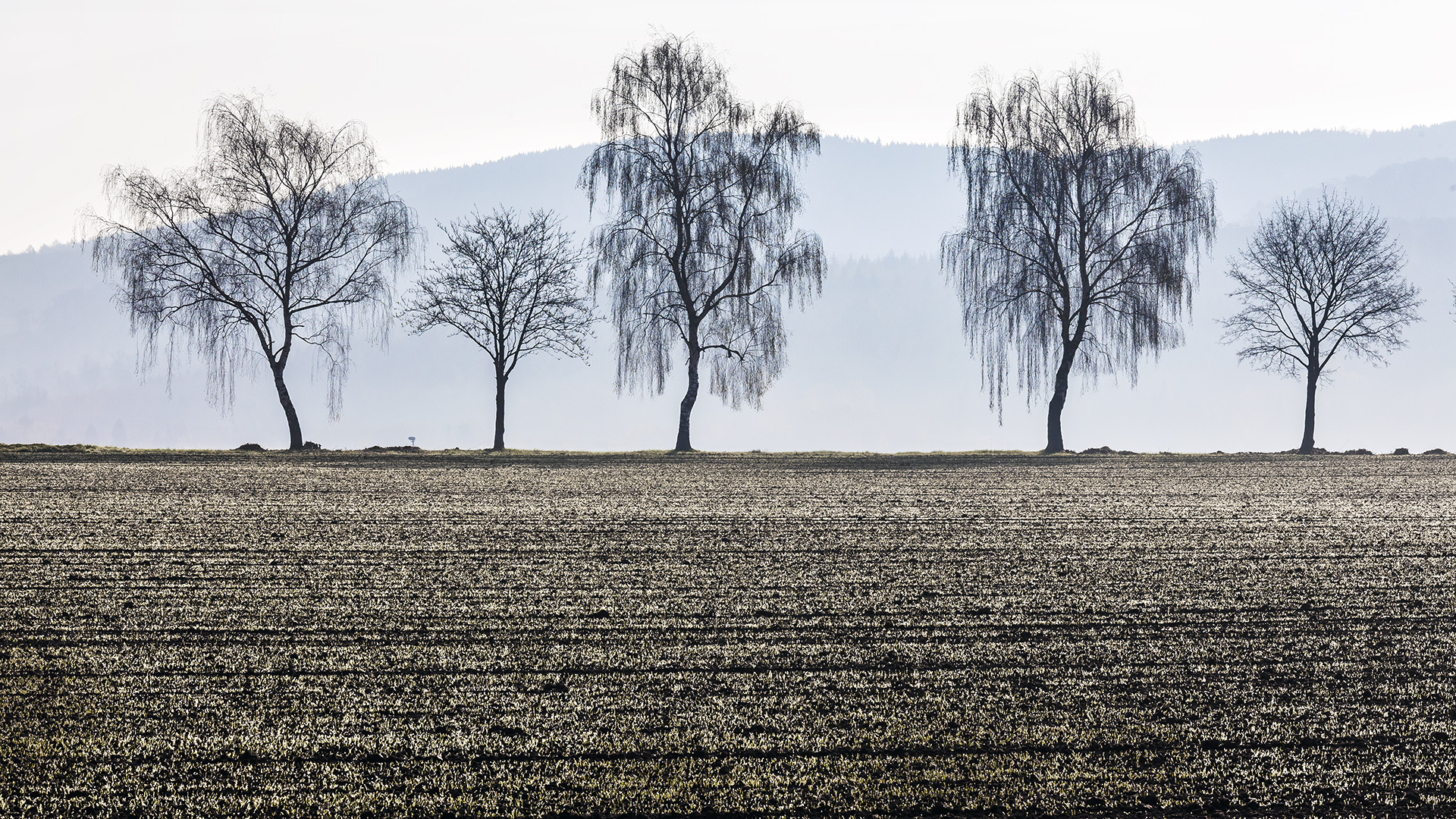
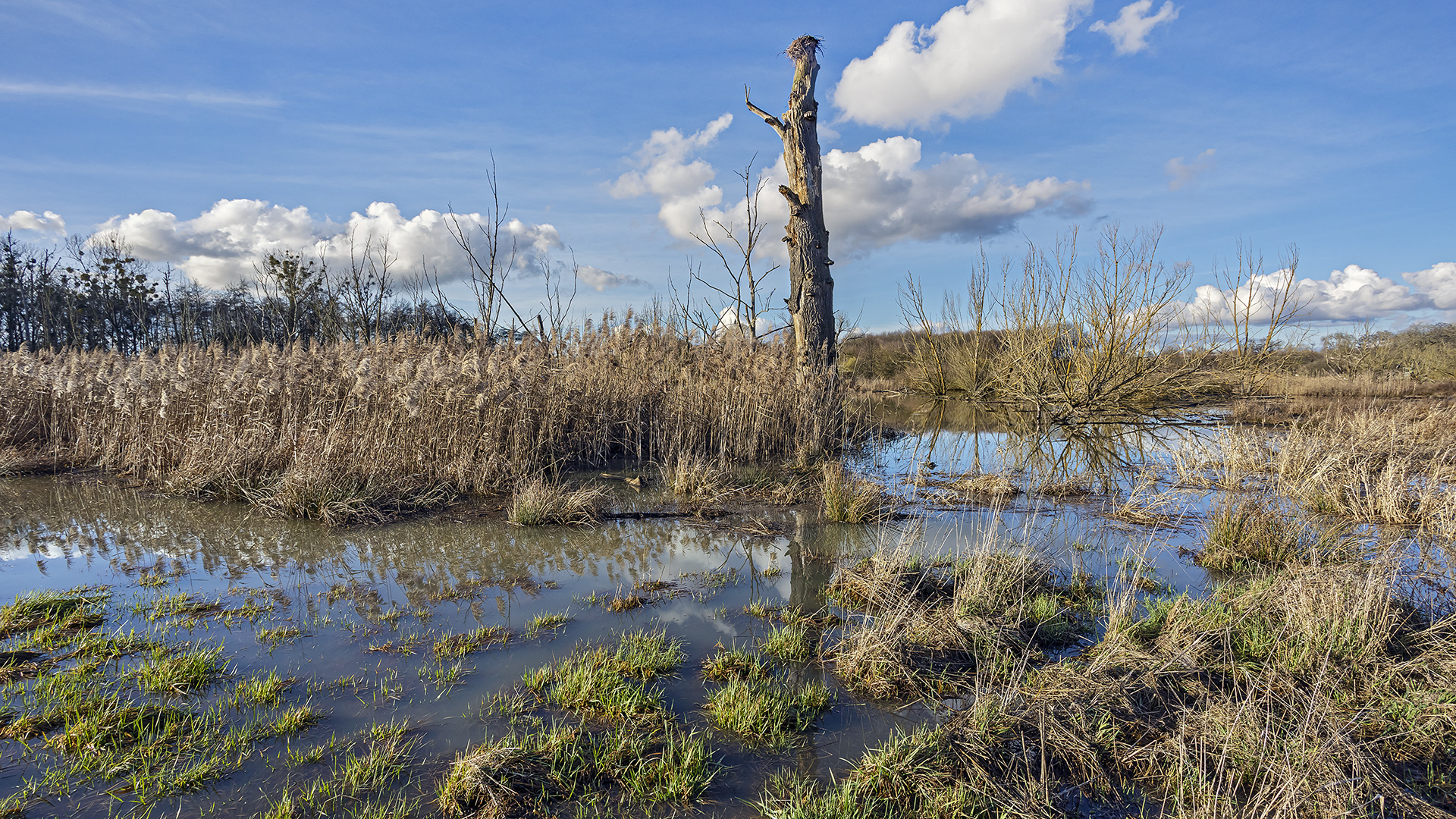

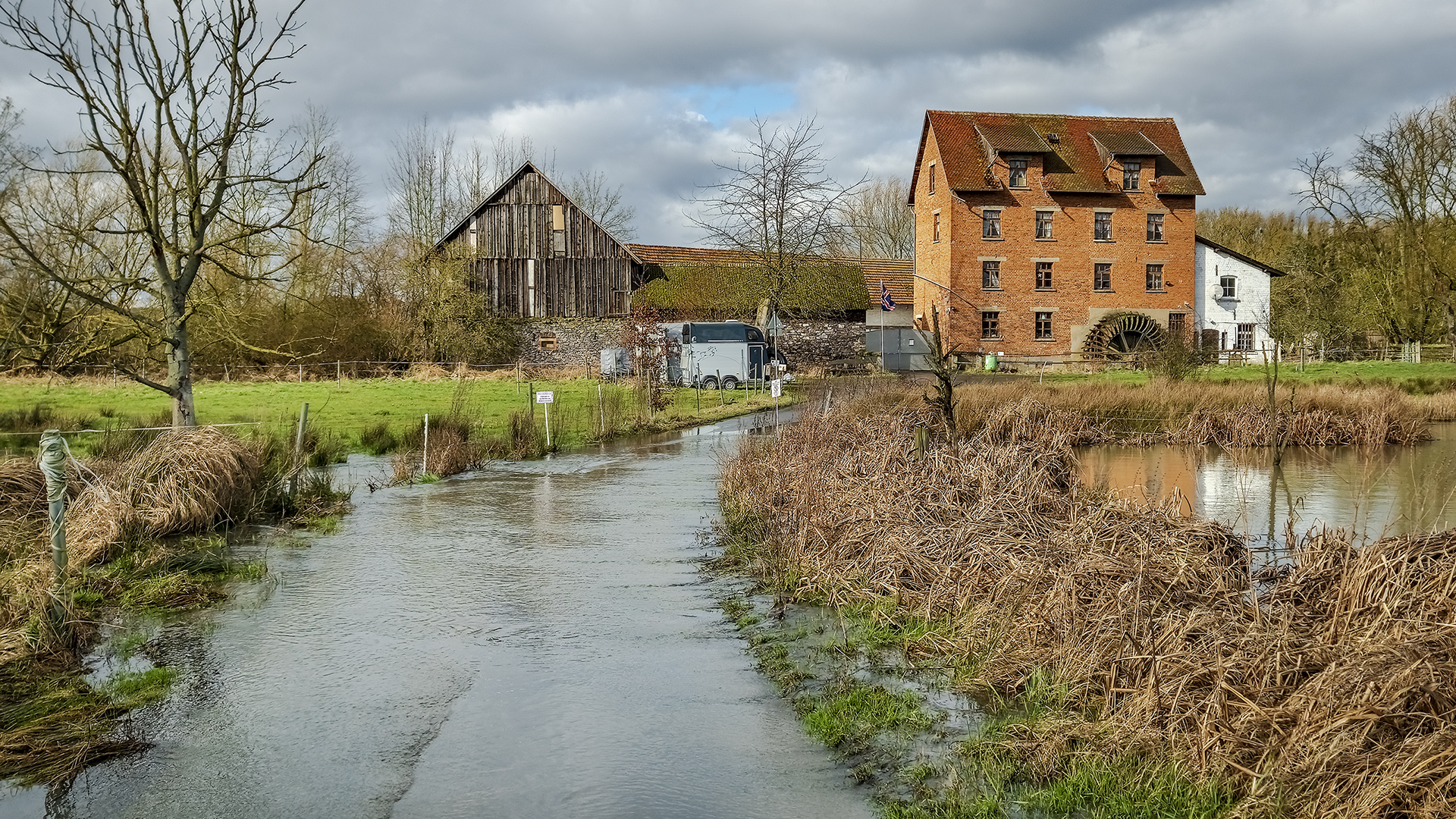
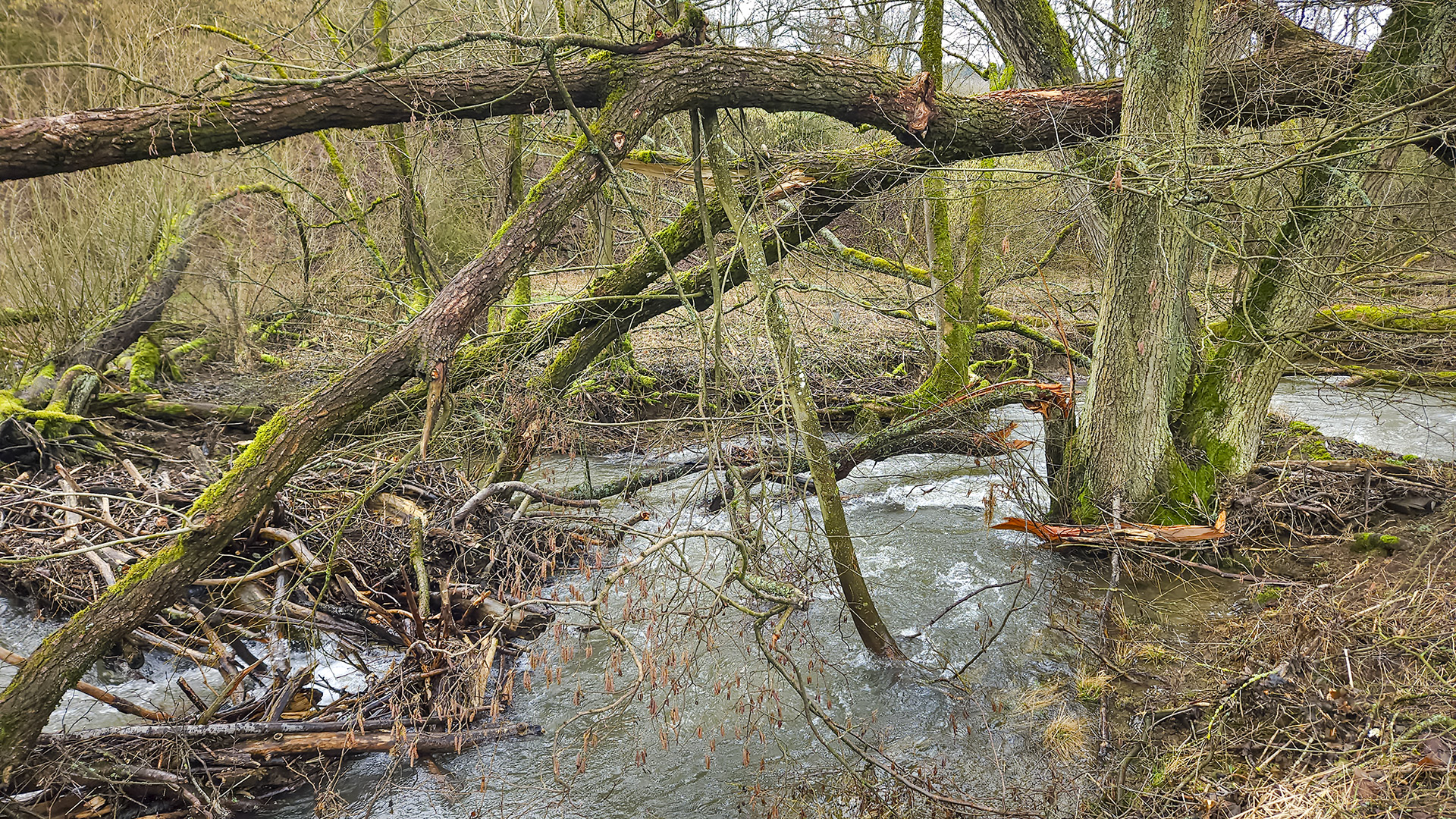
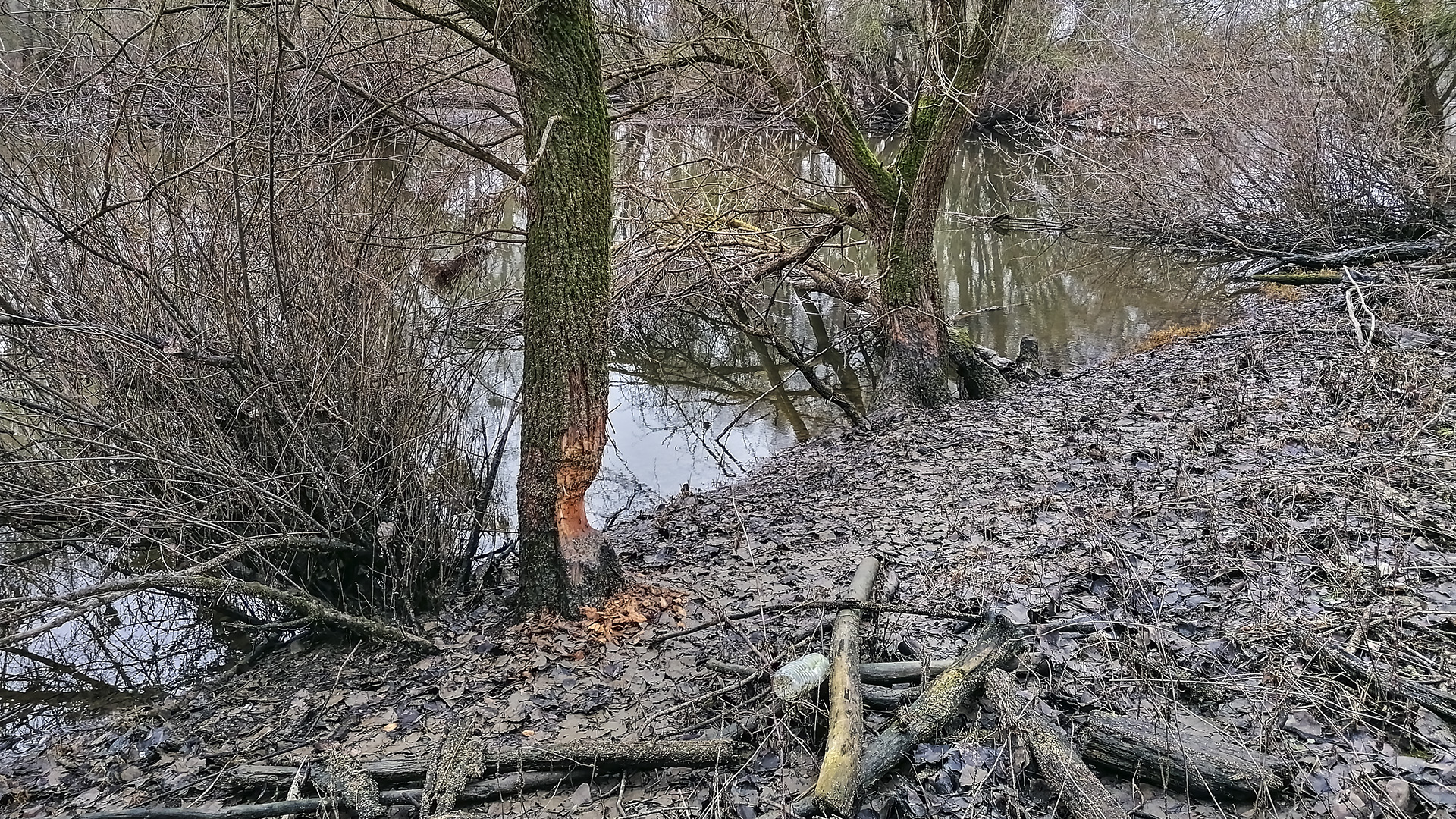
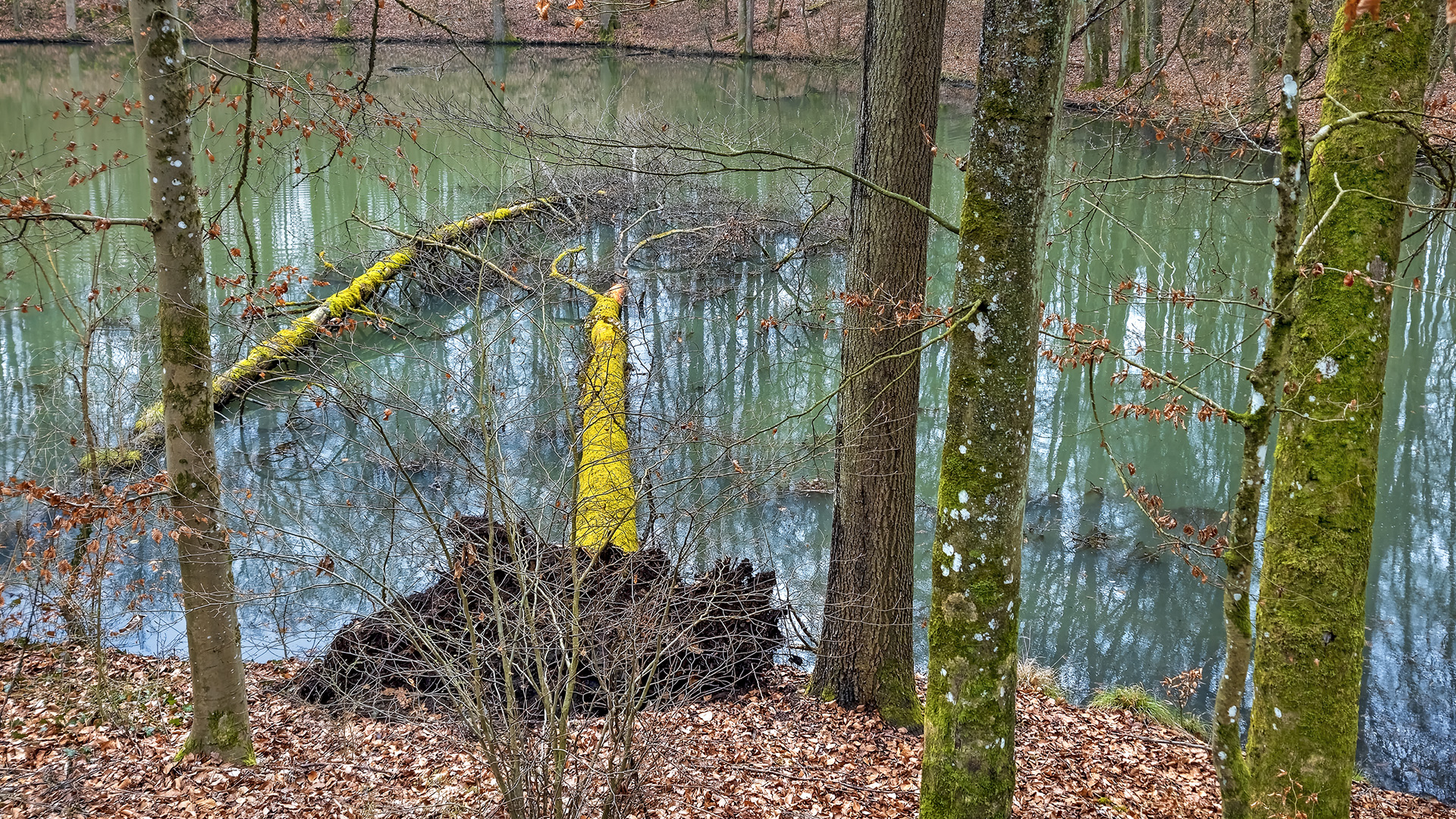
Derselbe Platz; nachfolgendes Bild wurde am 8. Juni 2024 aufgenommen:


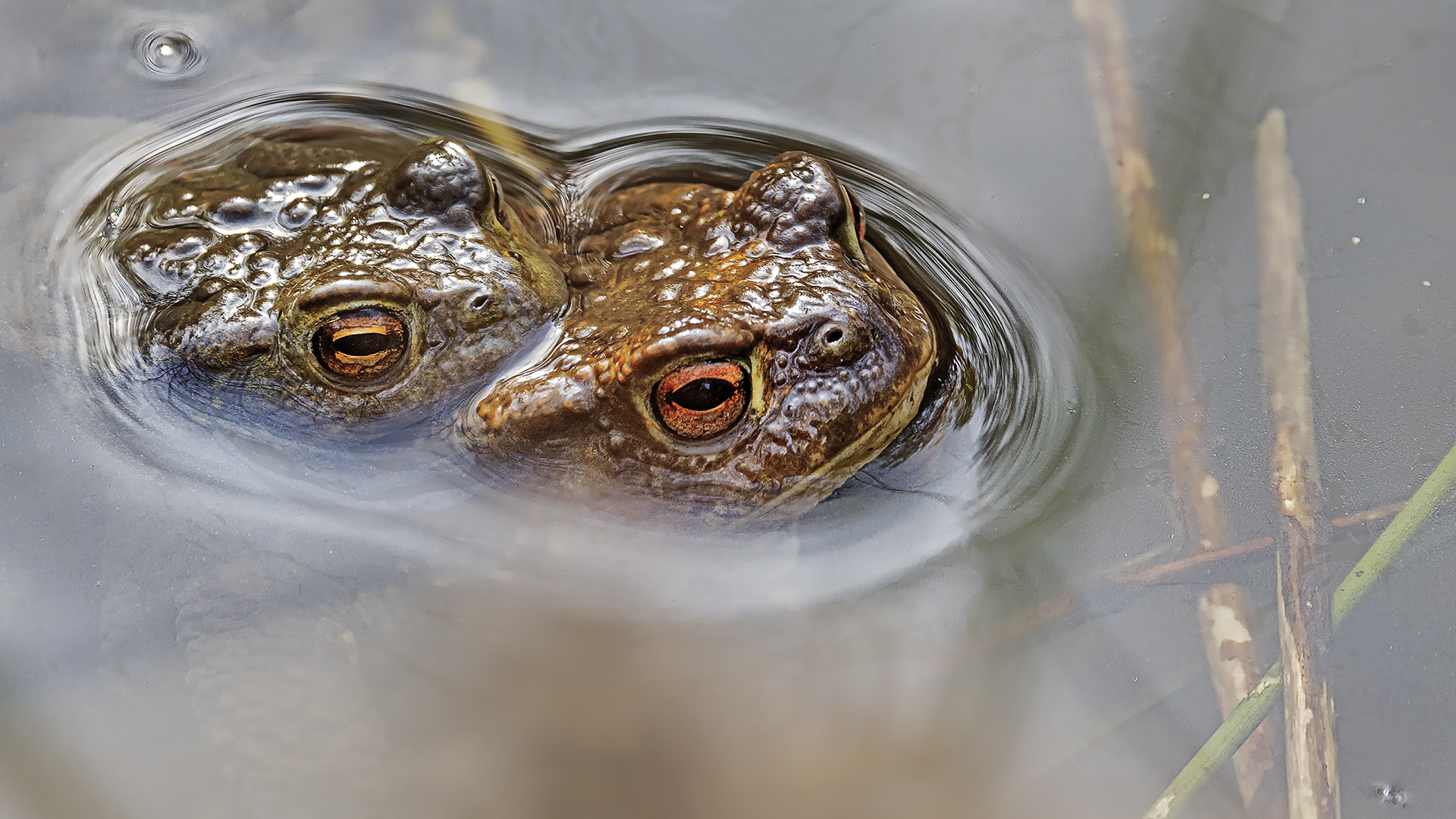
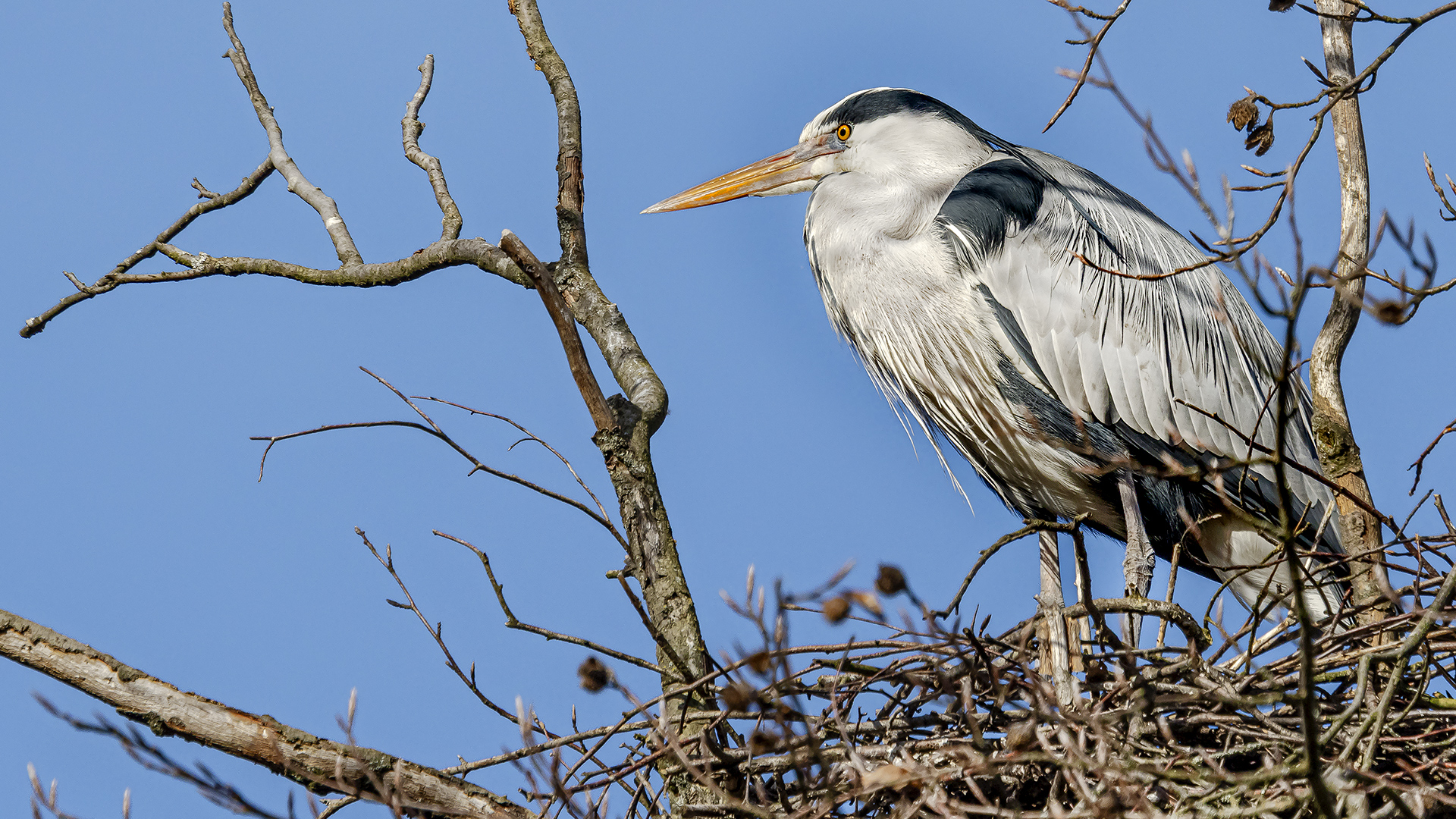
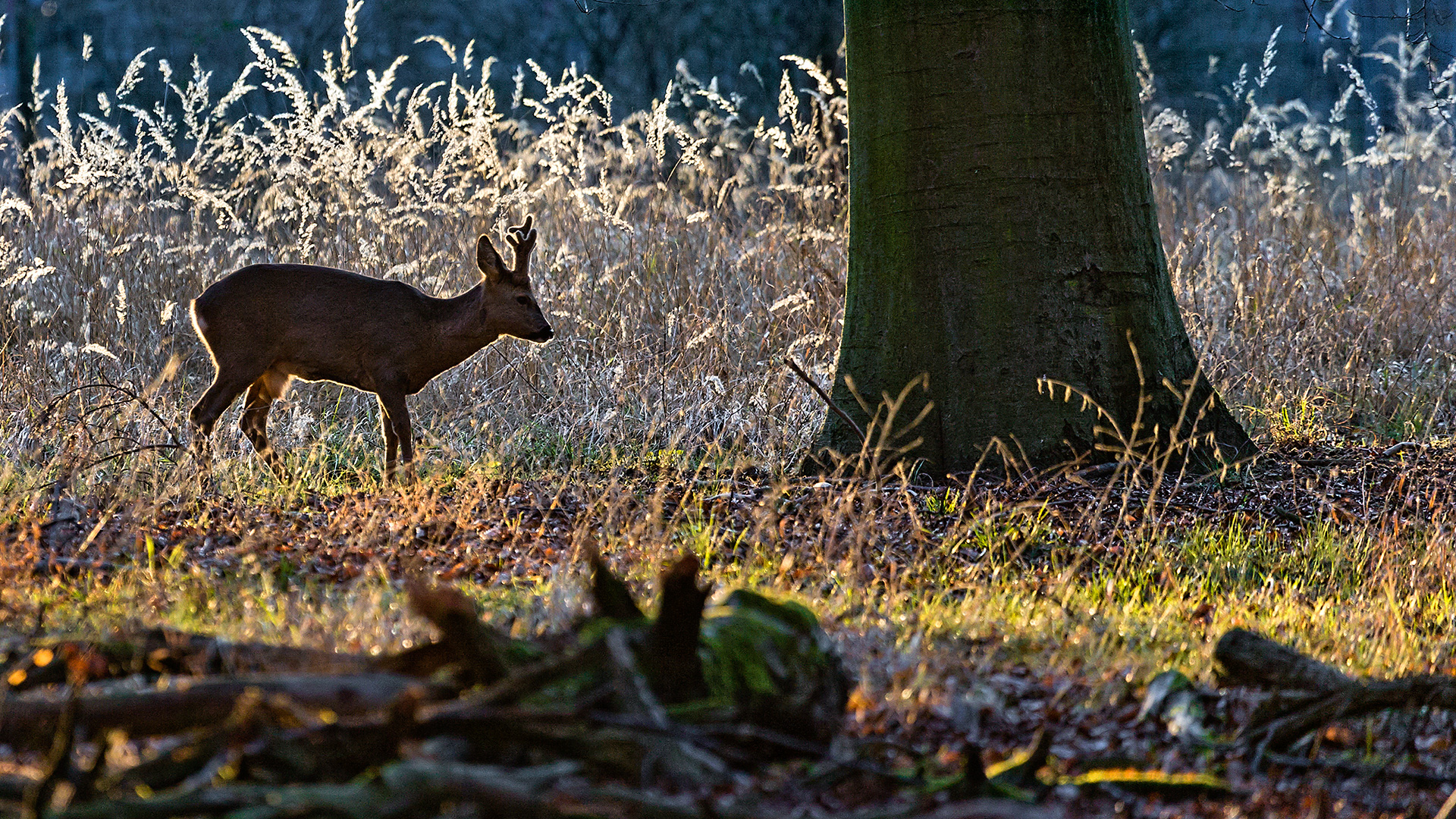
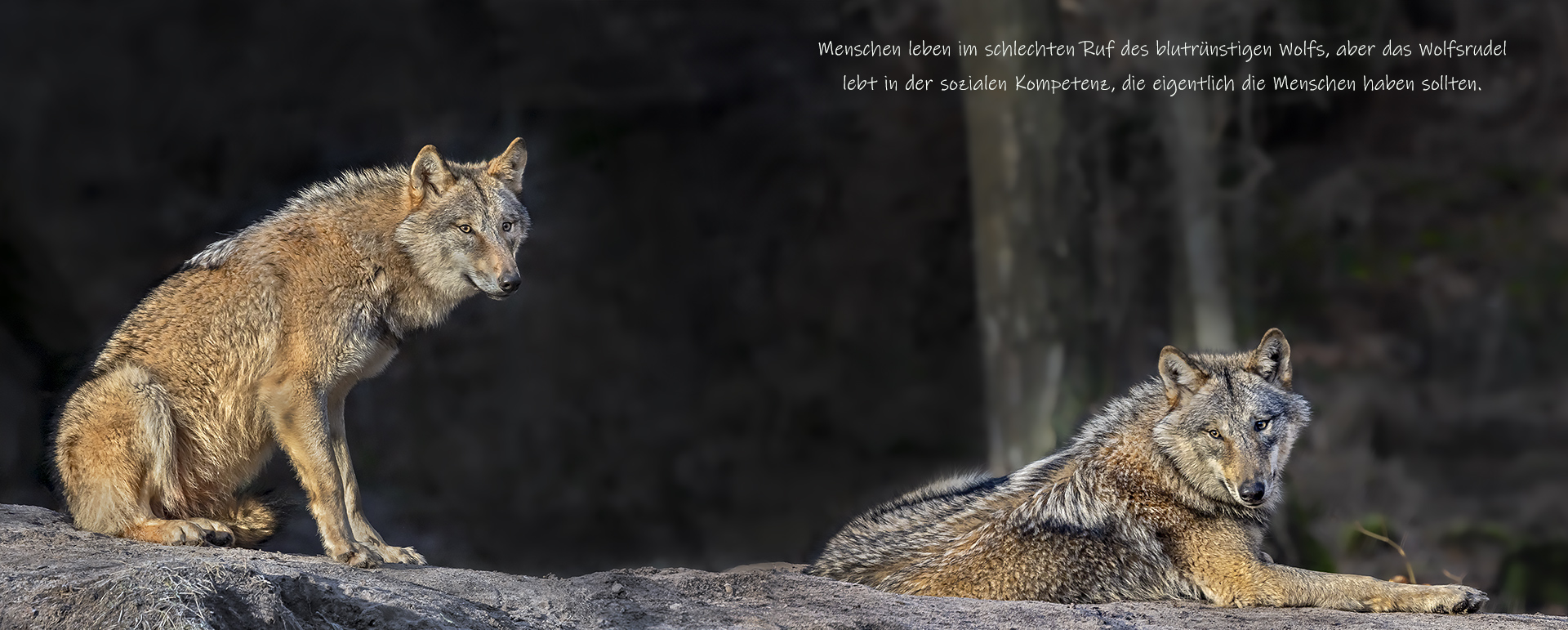
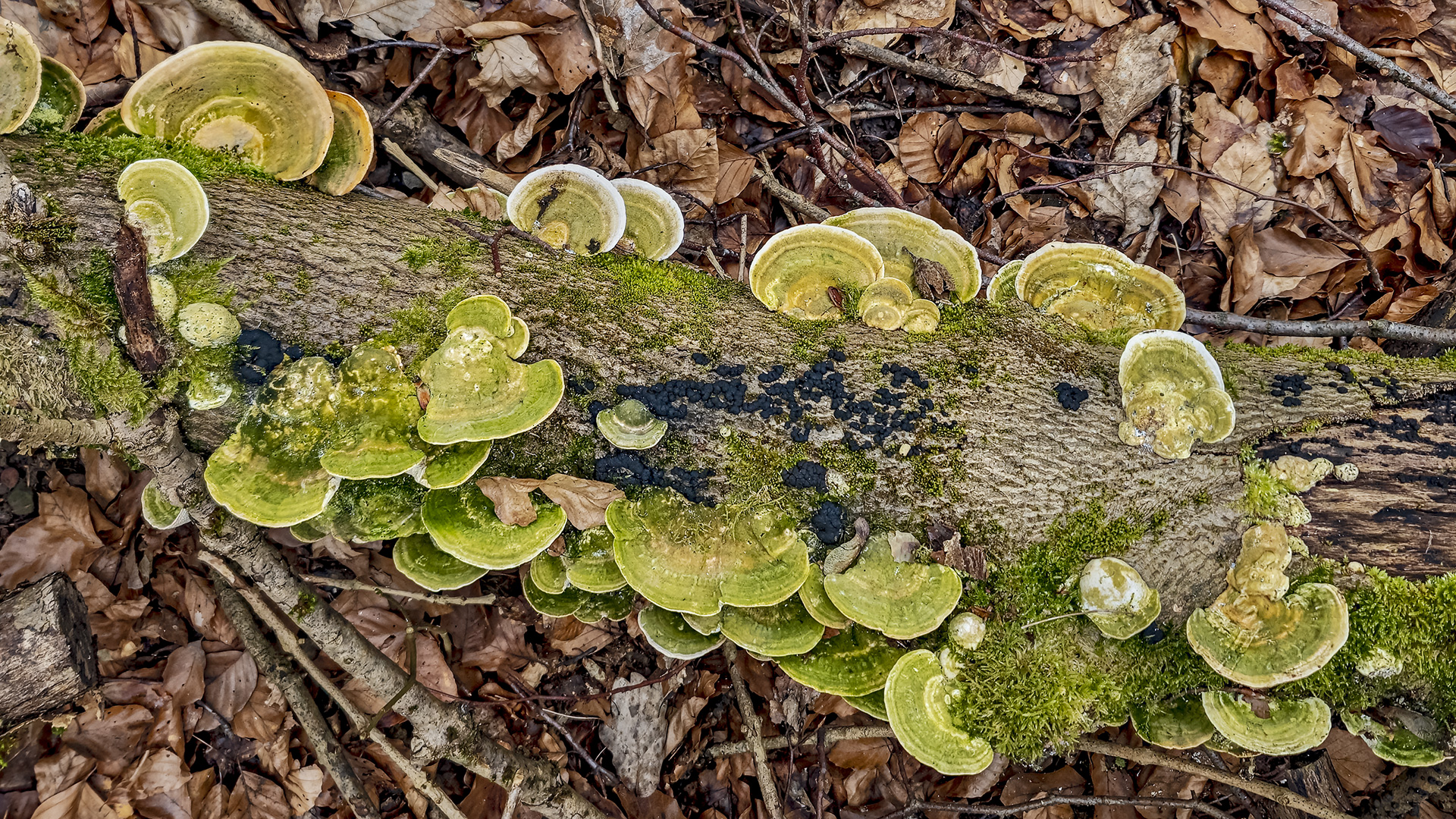
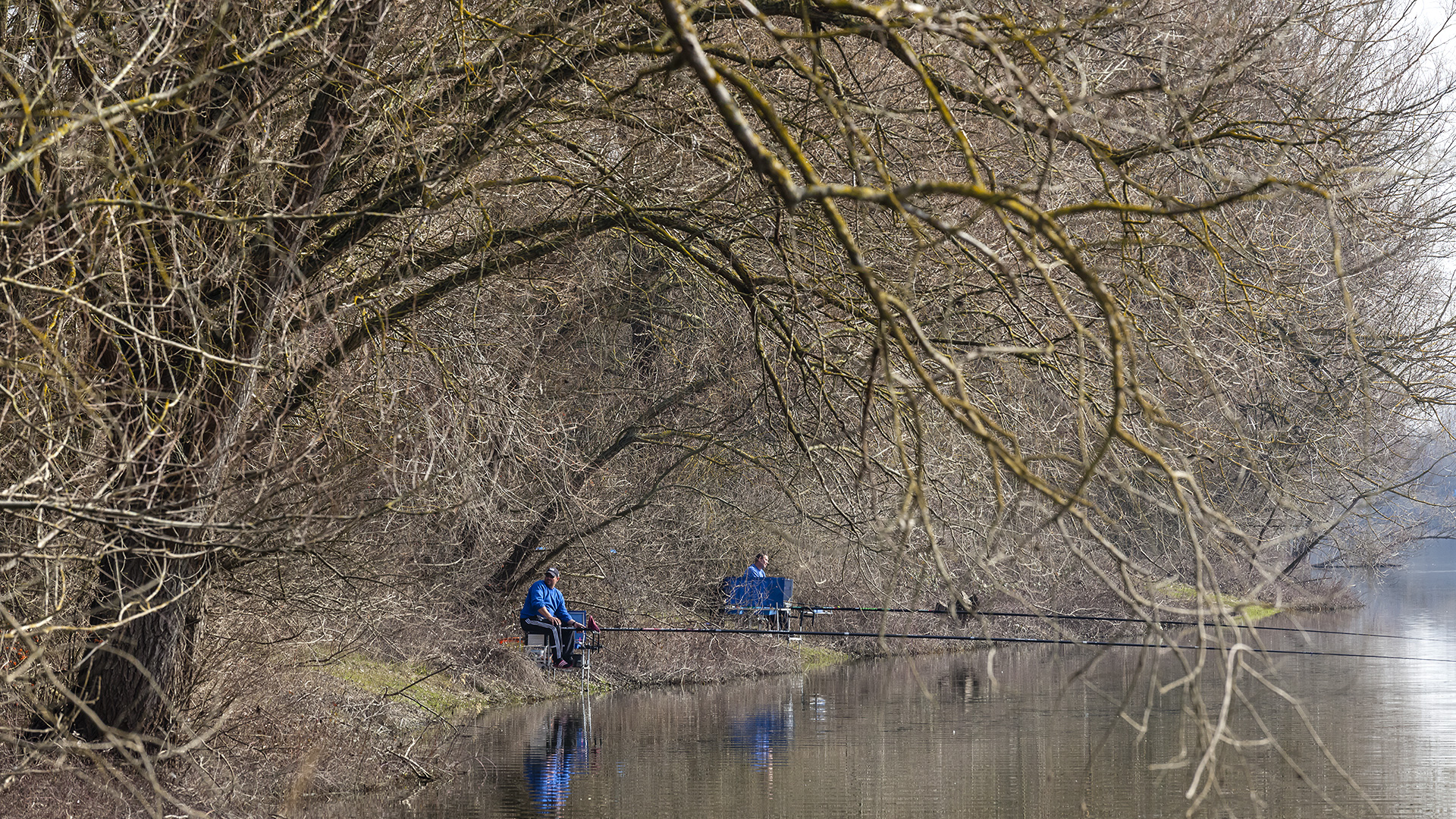
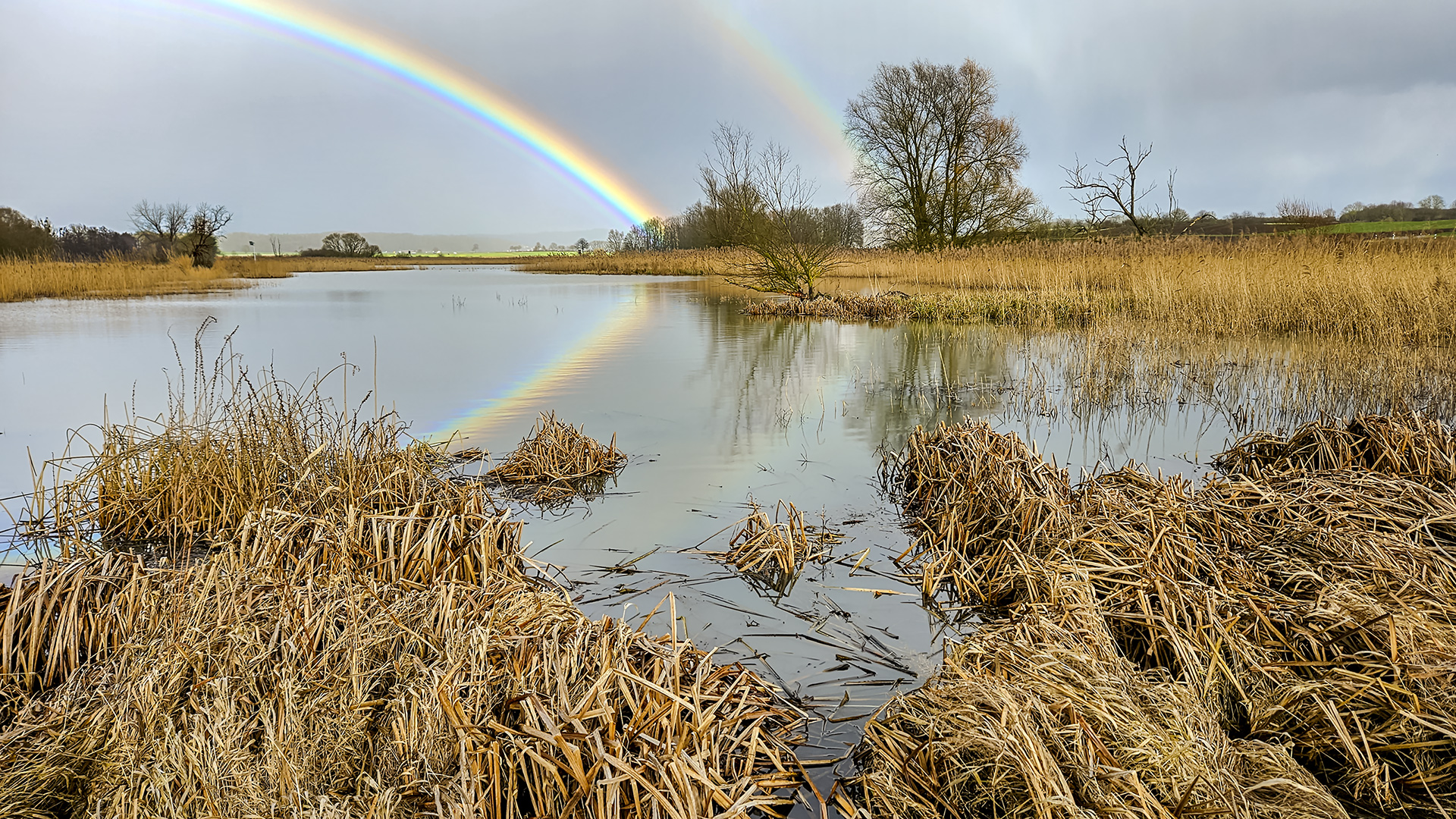
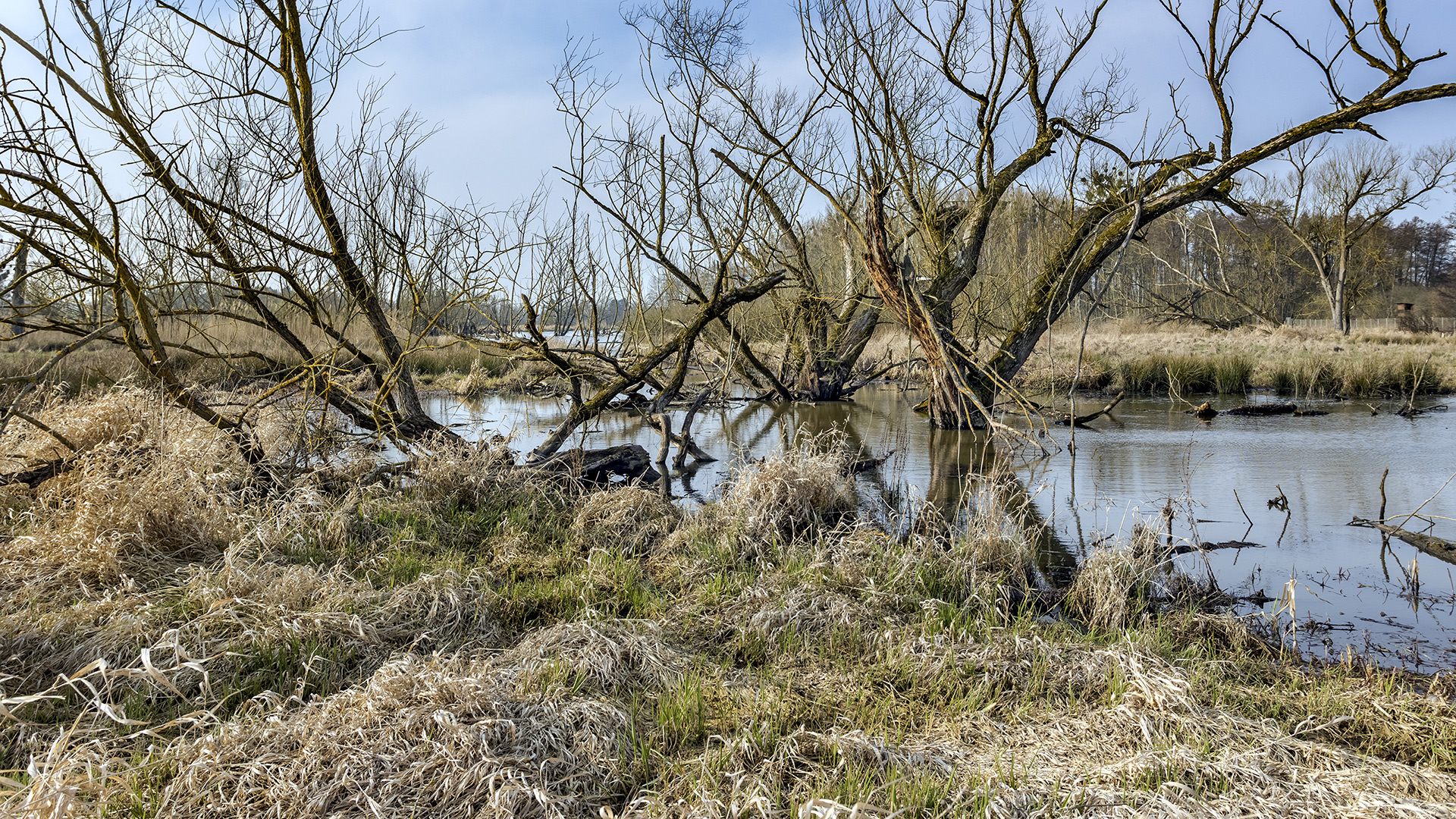
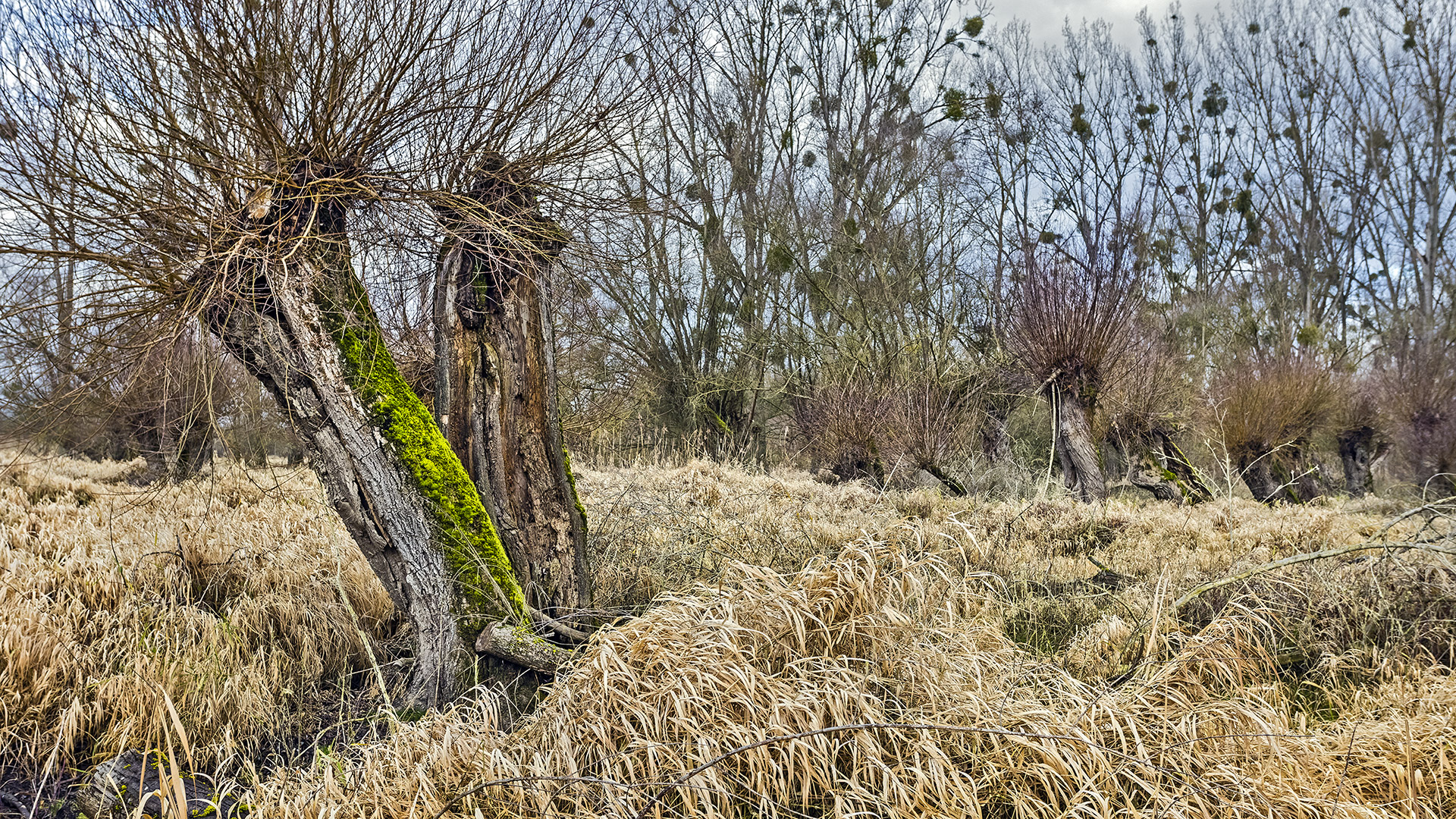
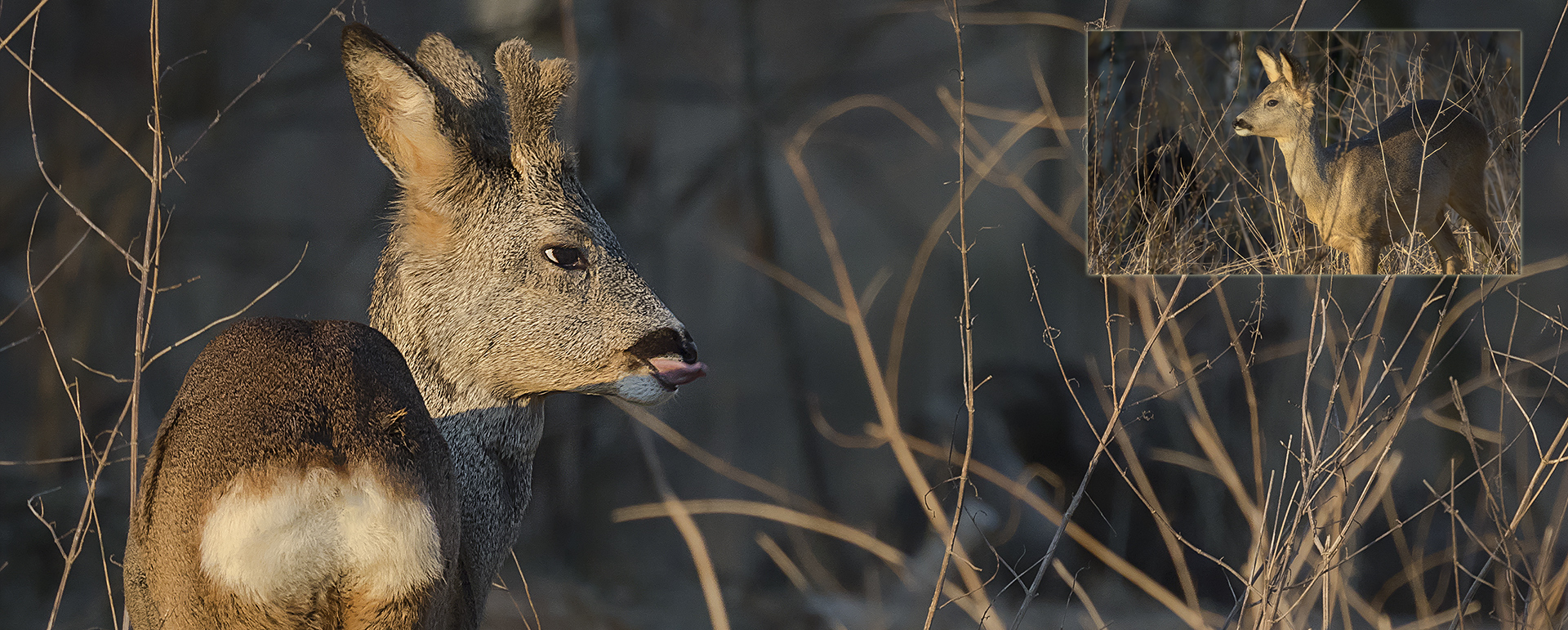
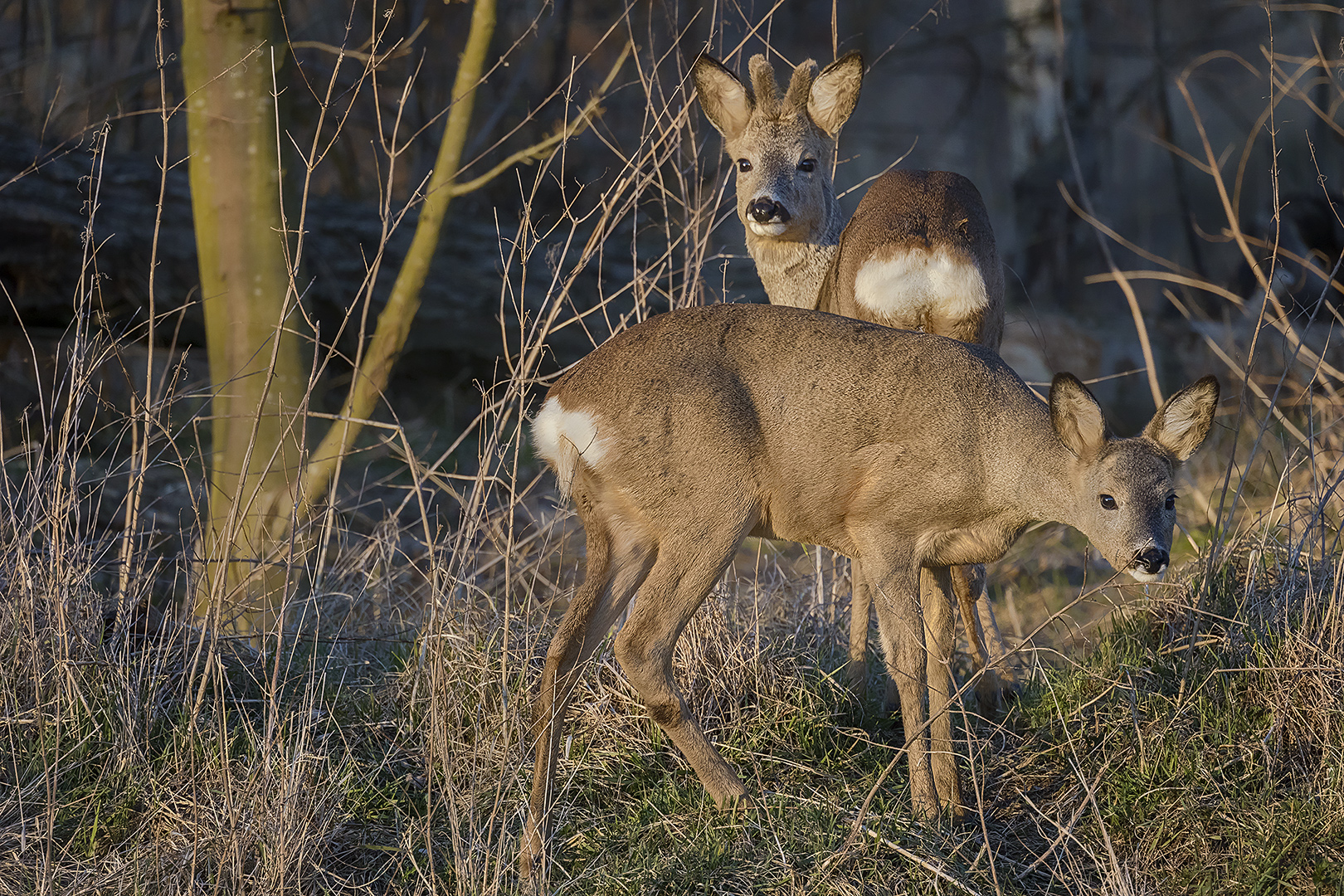
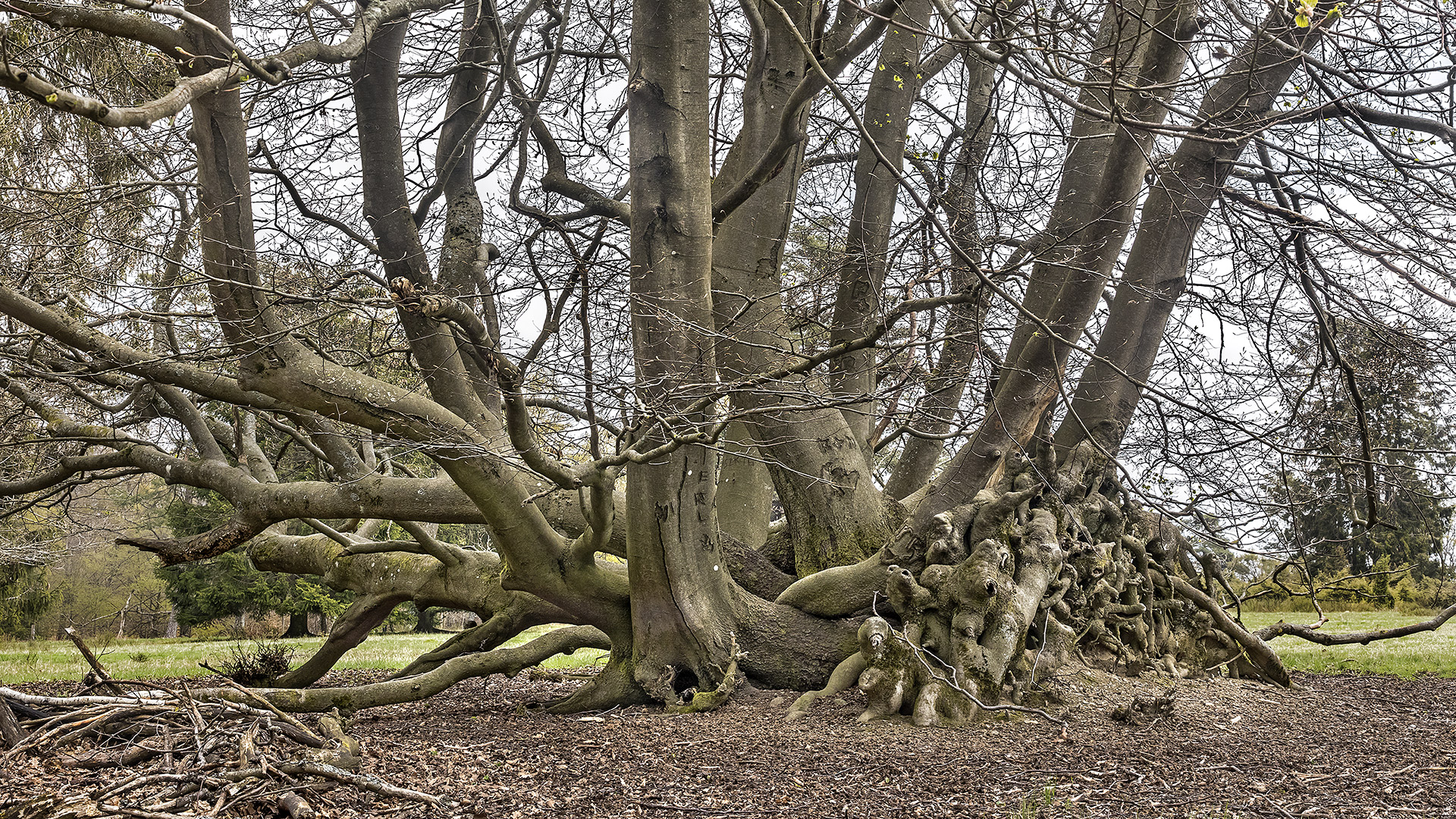
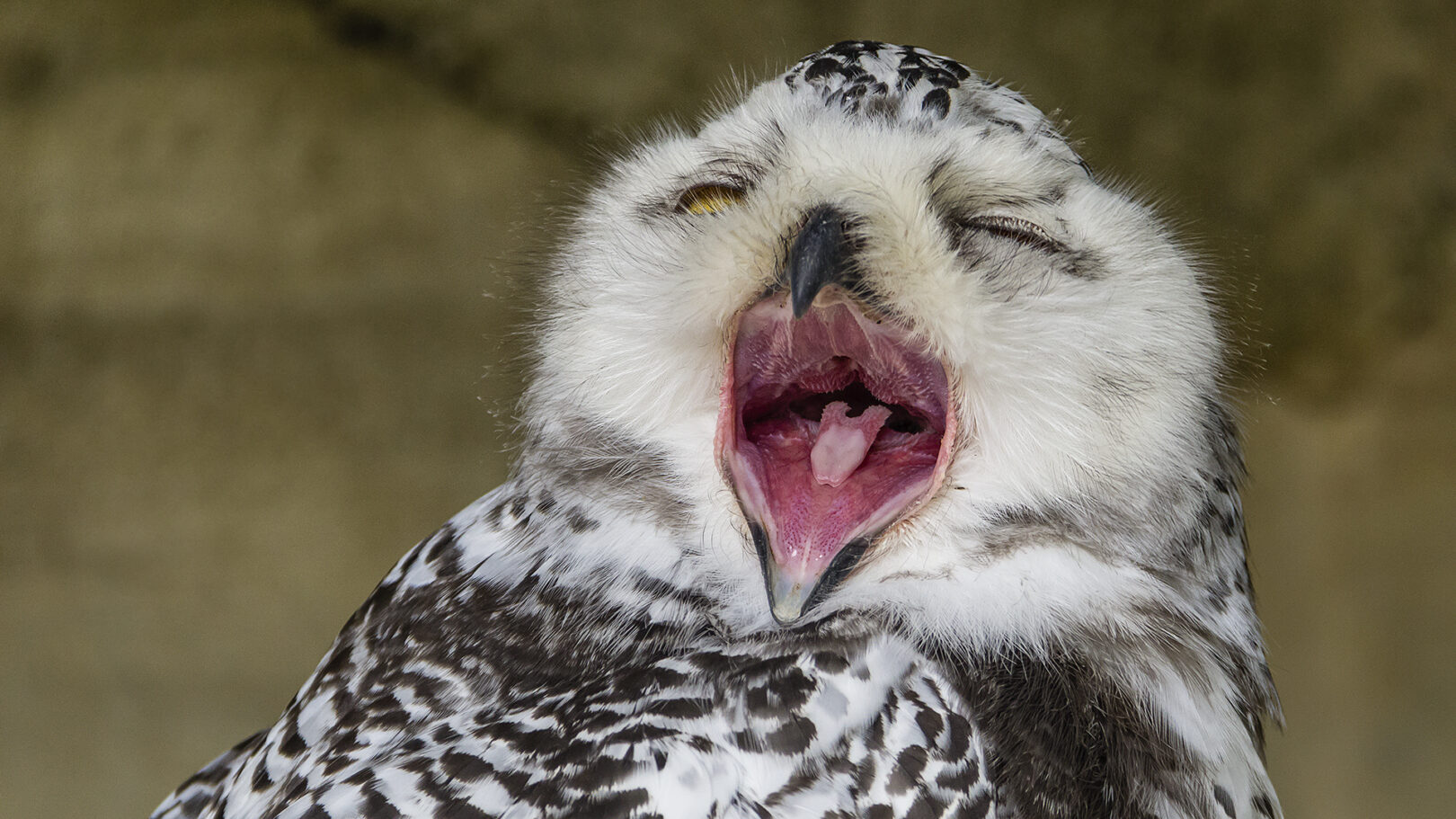


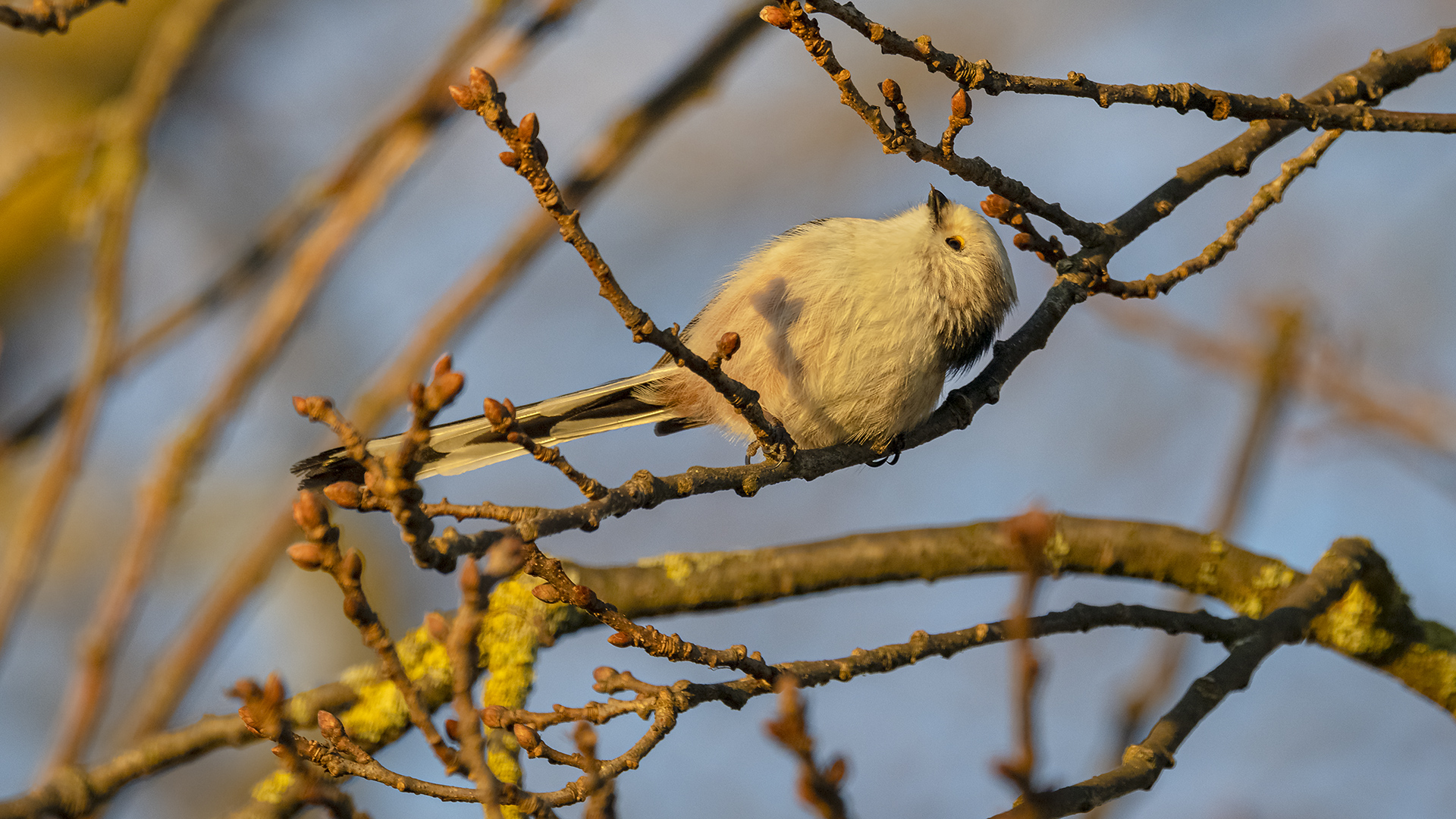
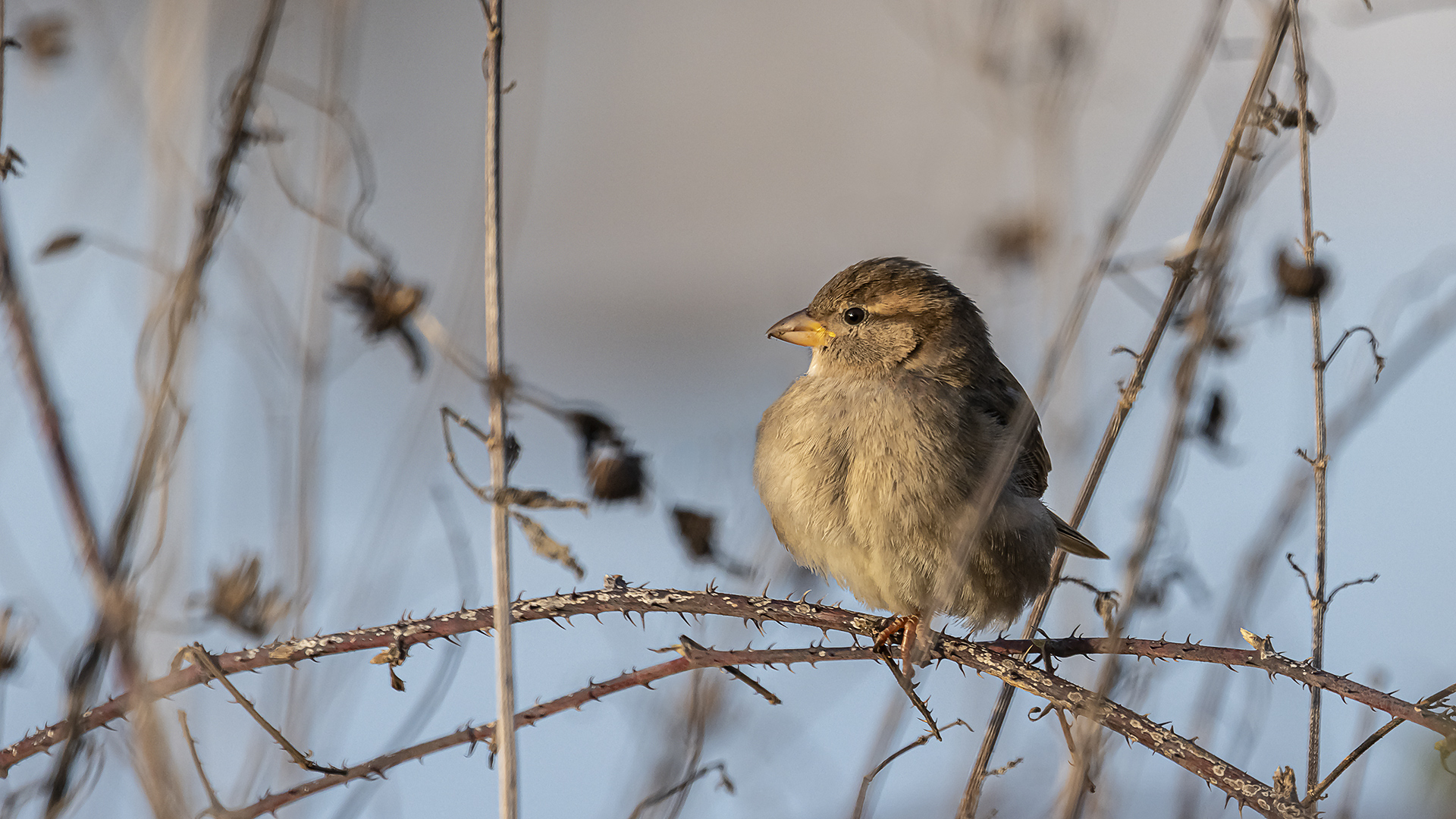


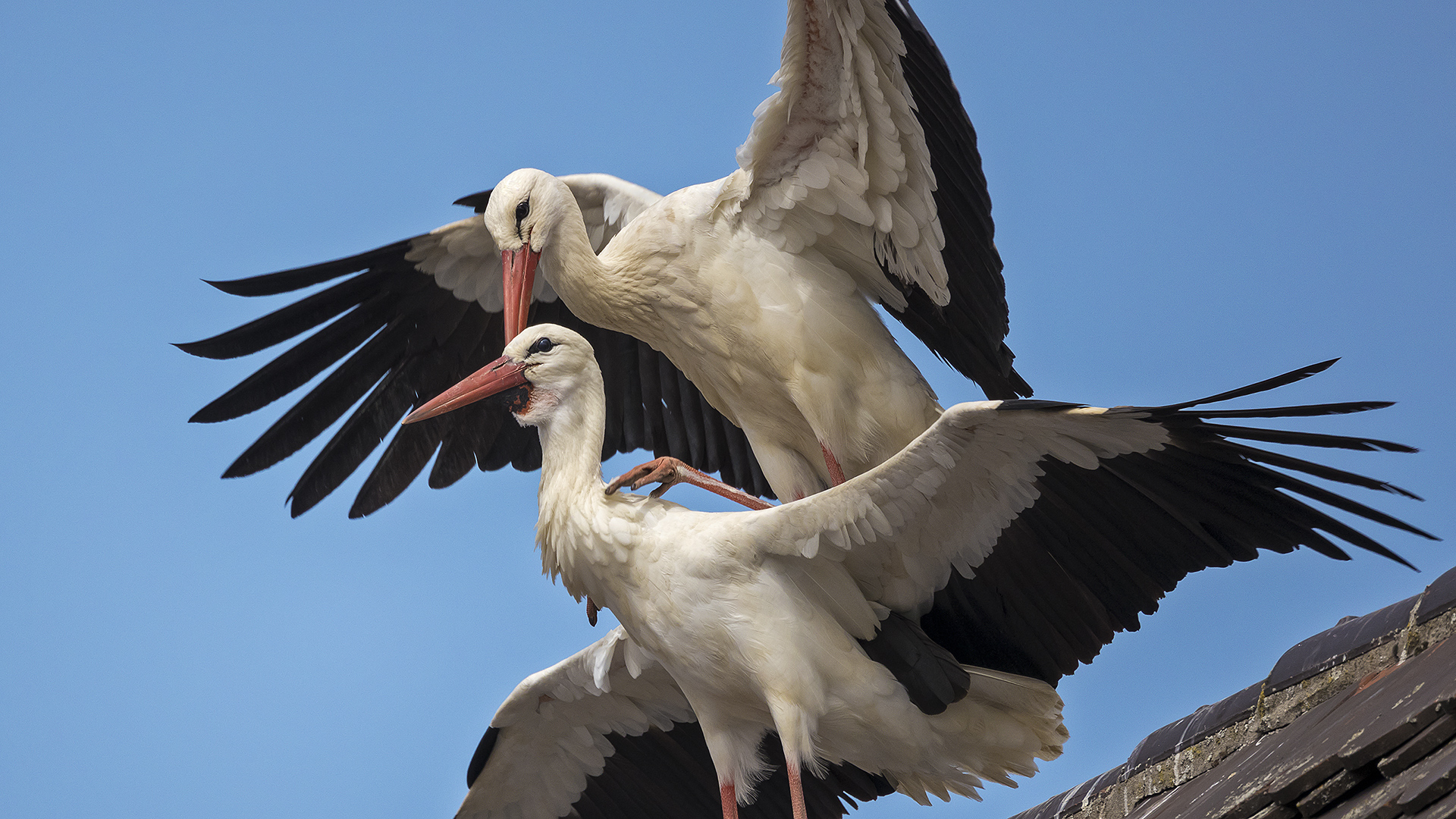
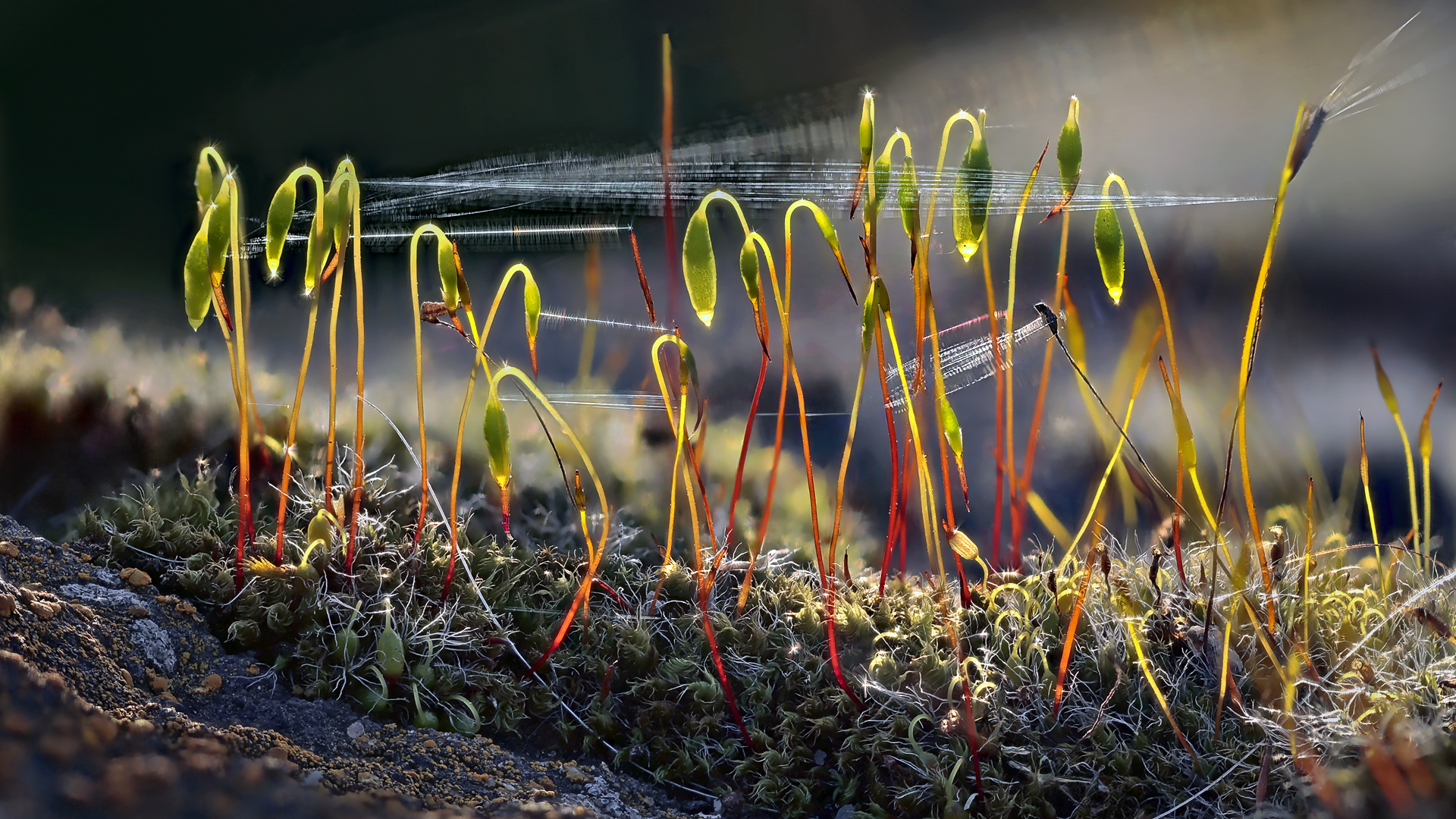
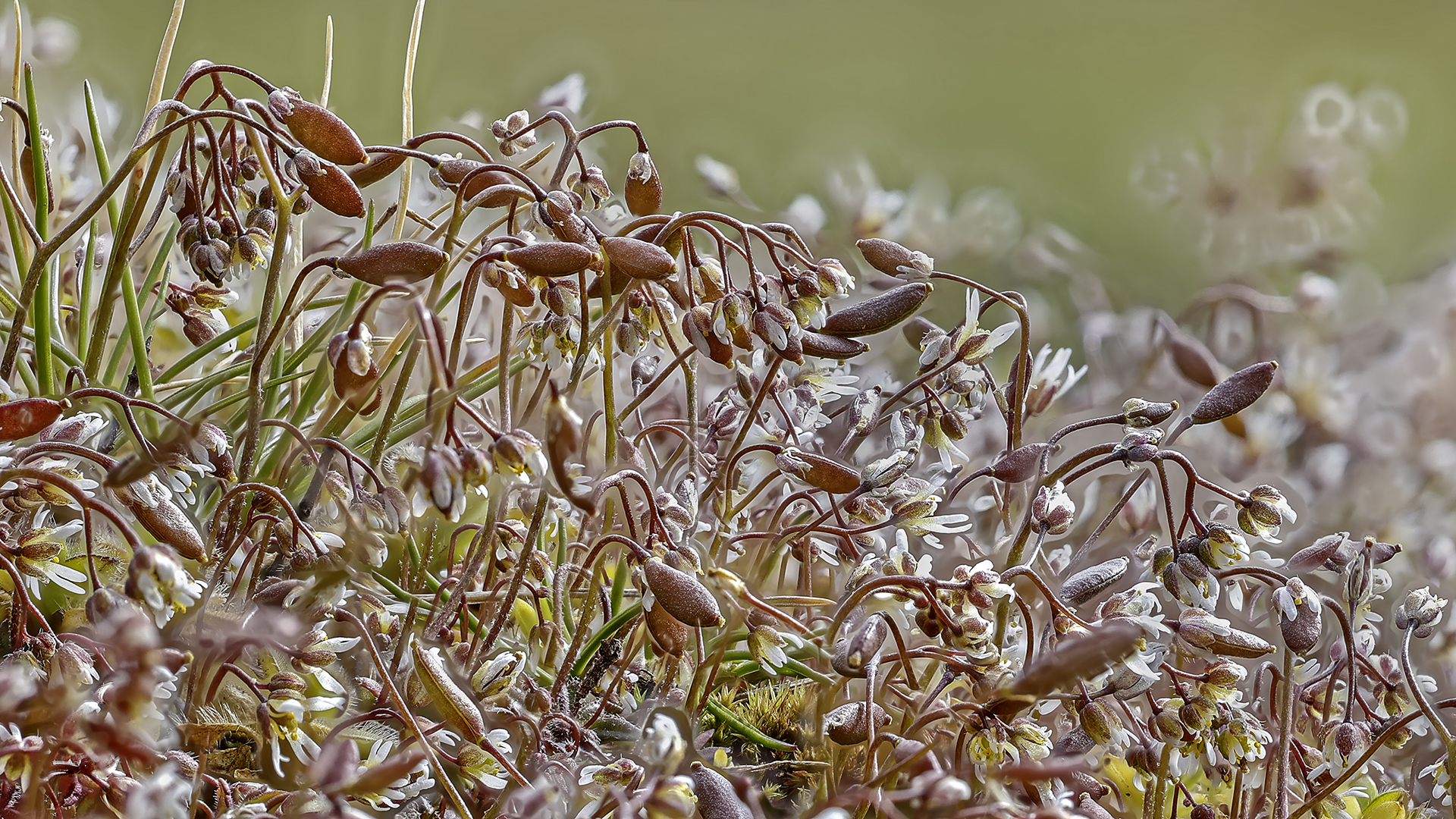


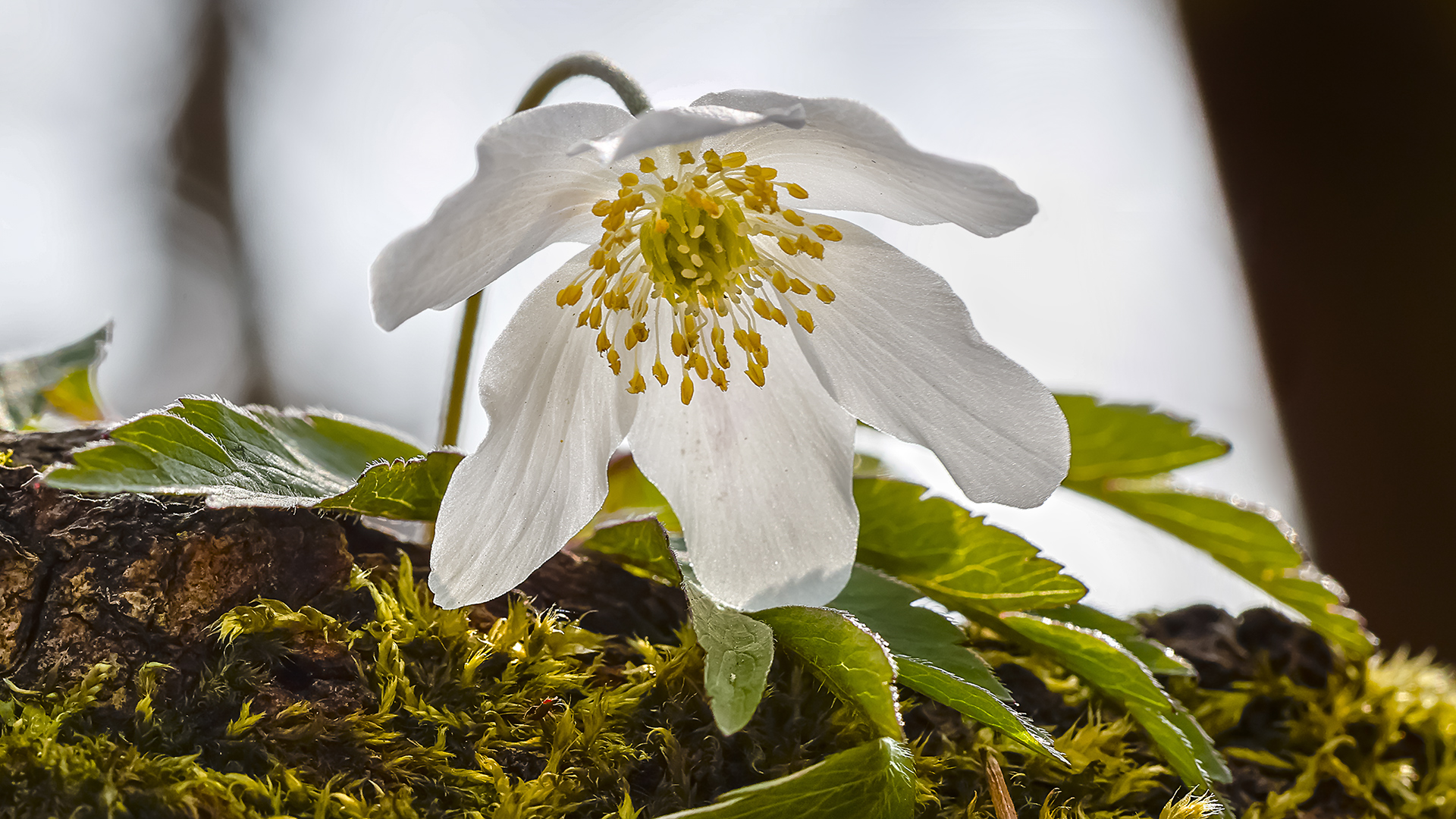
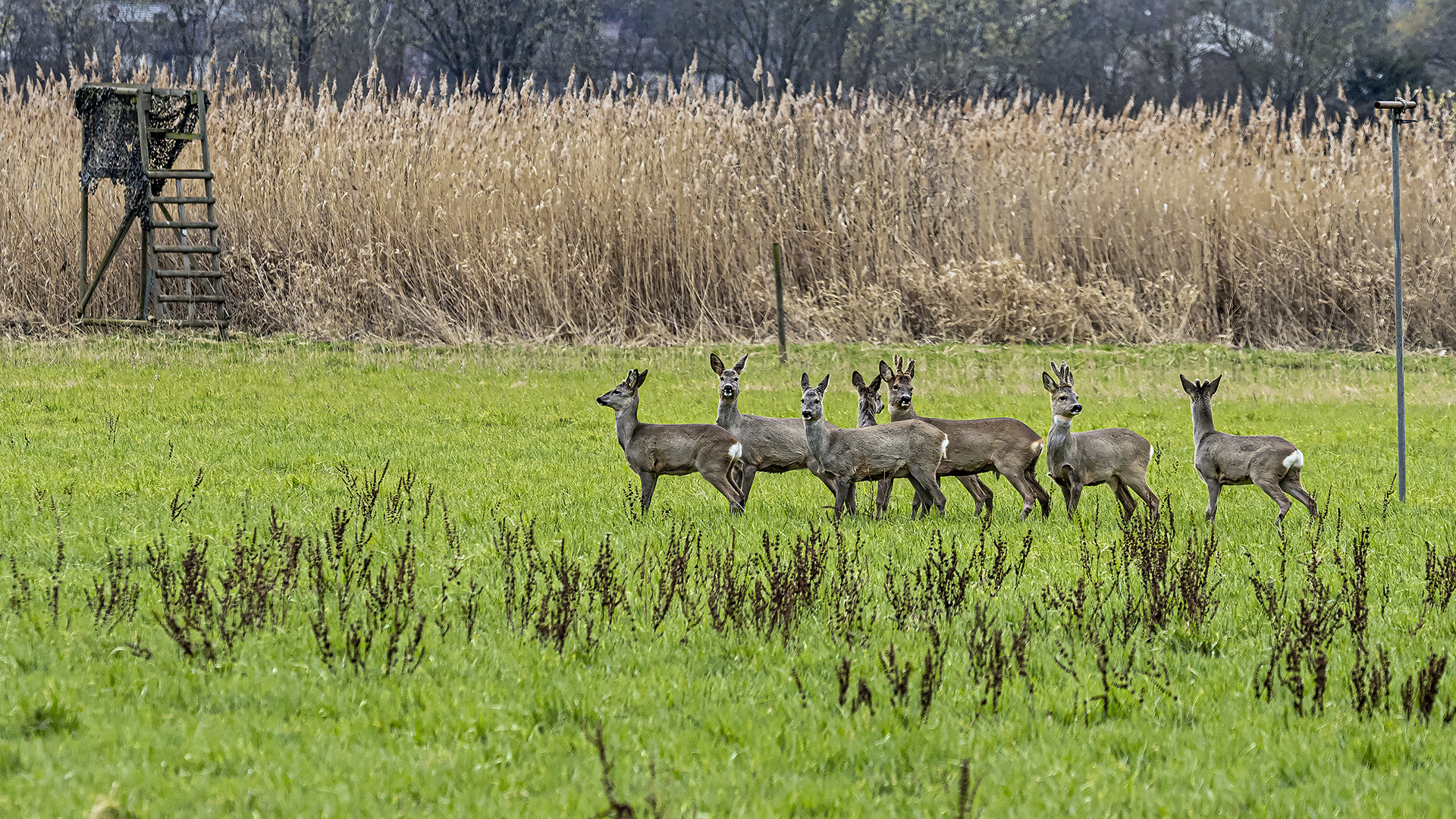
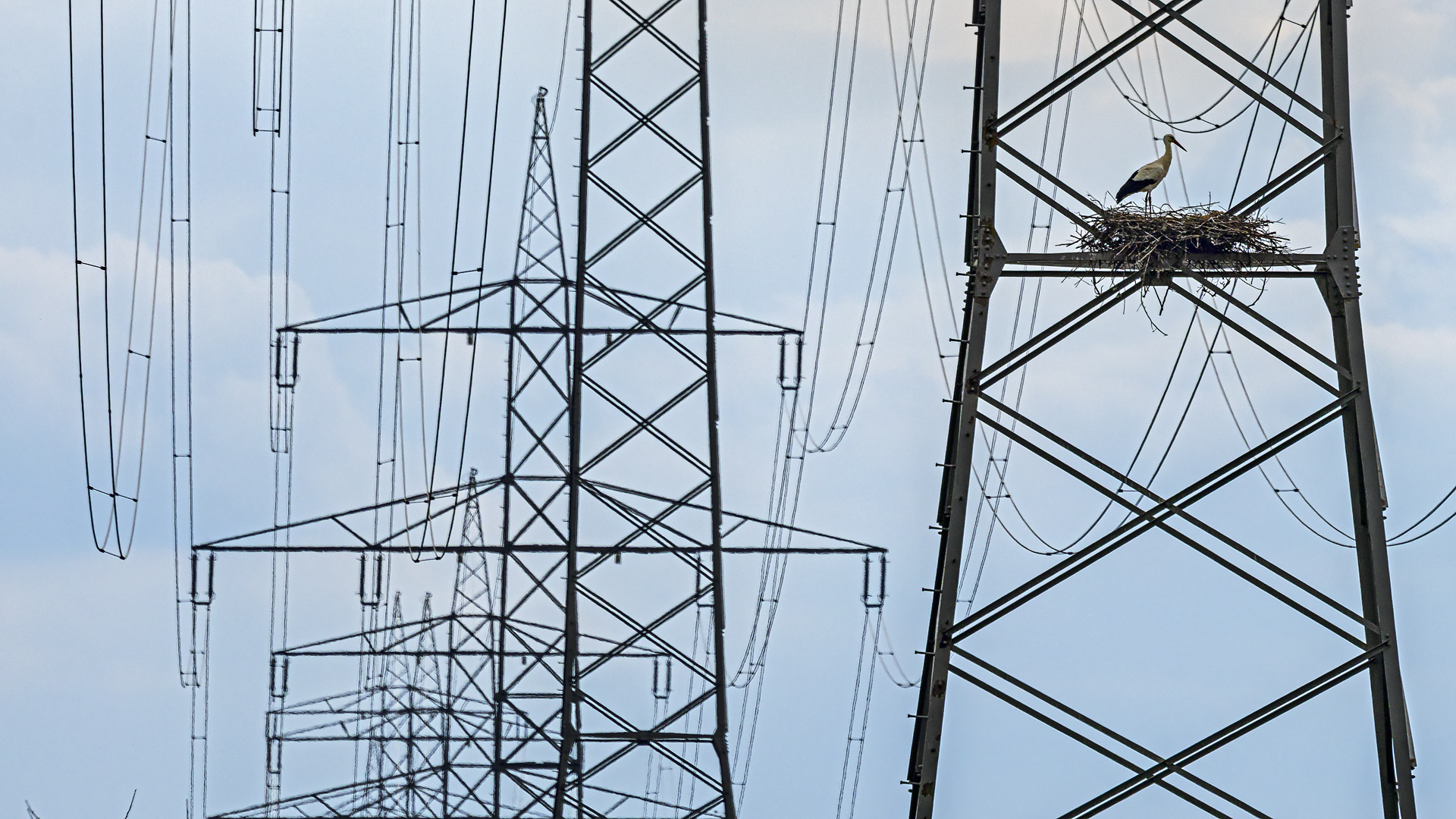
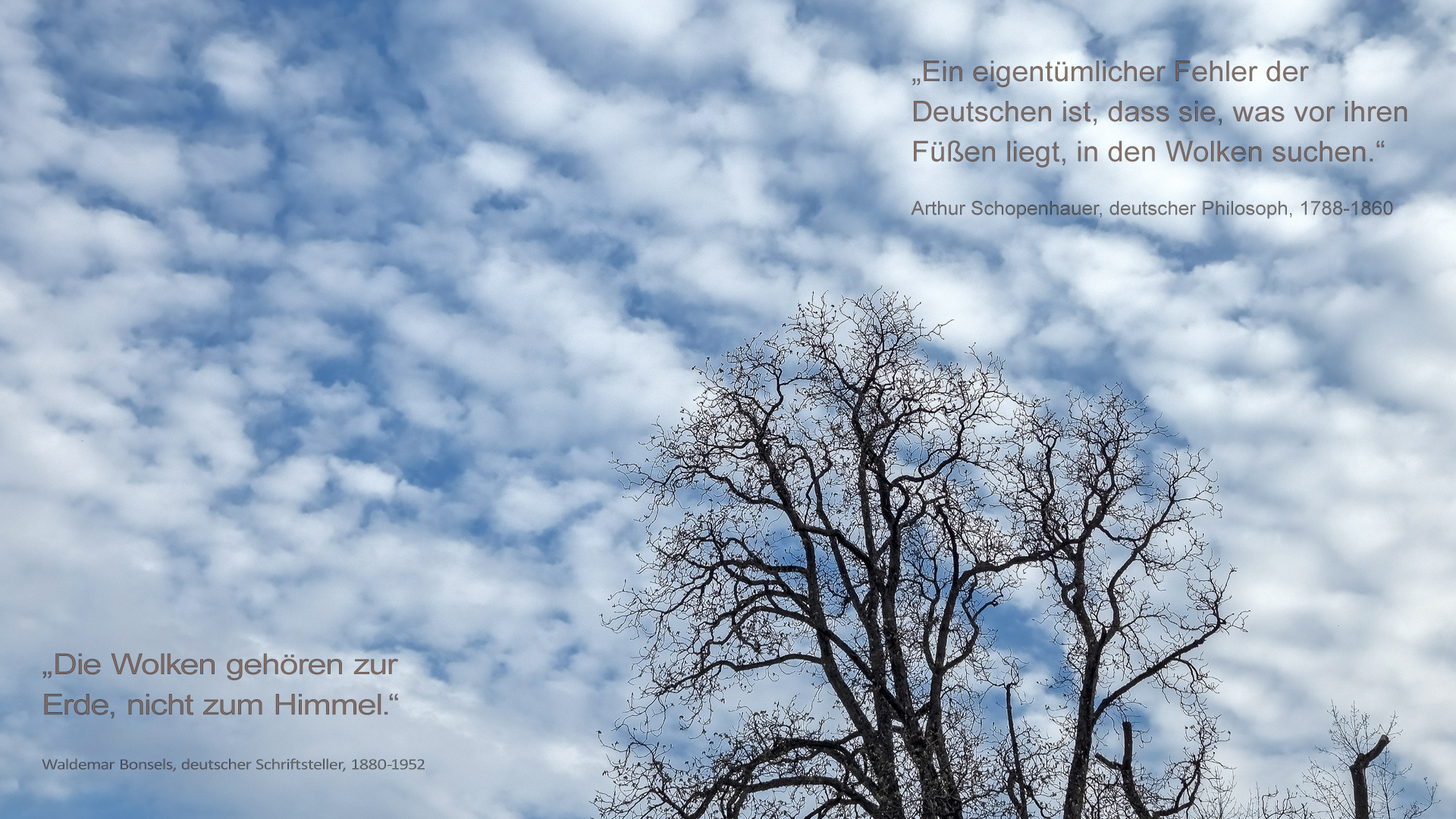
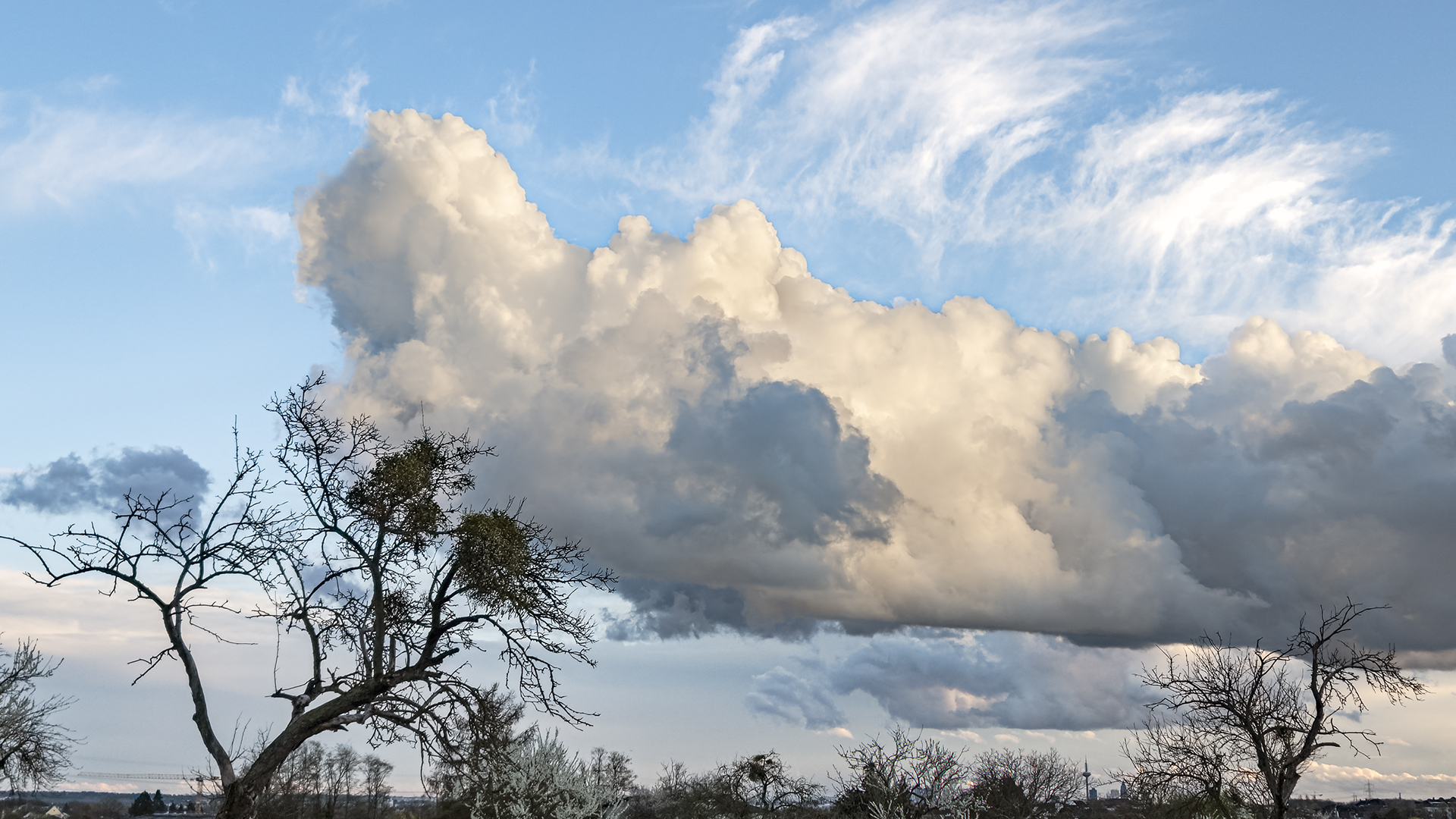
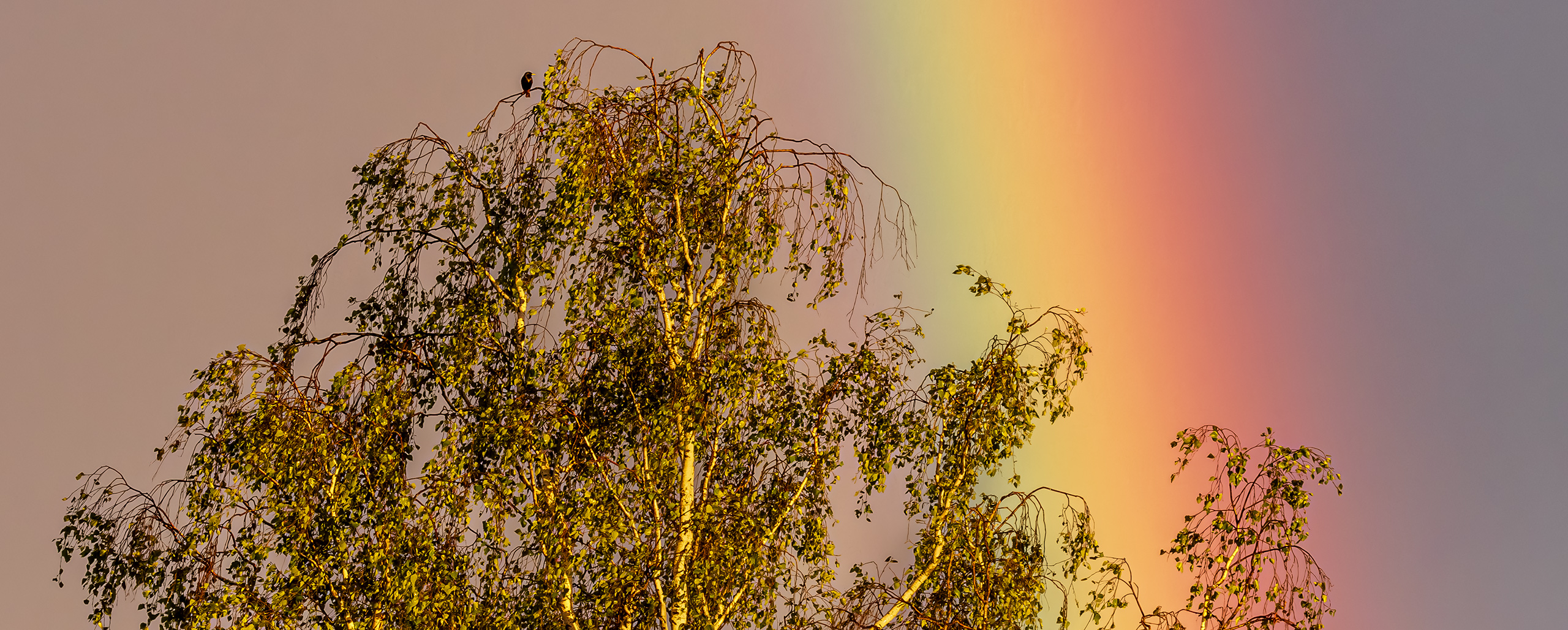
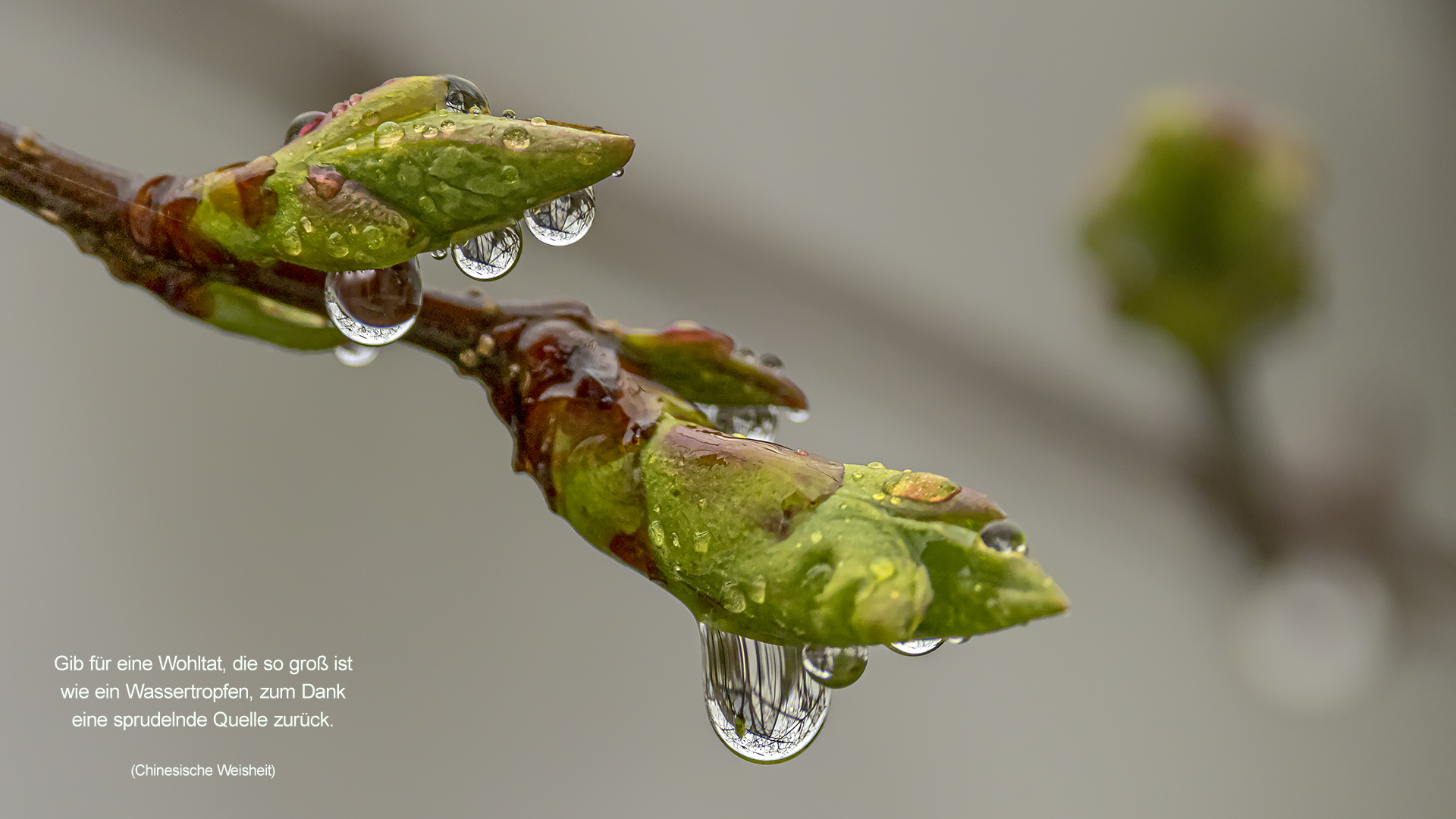
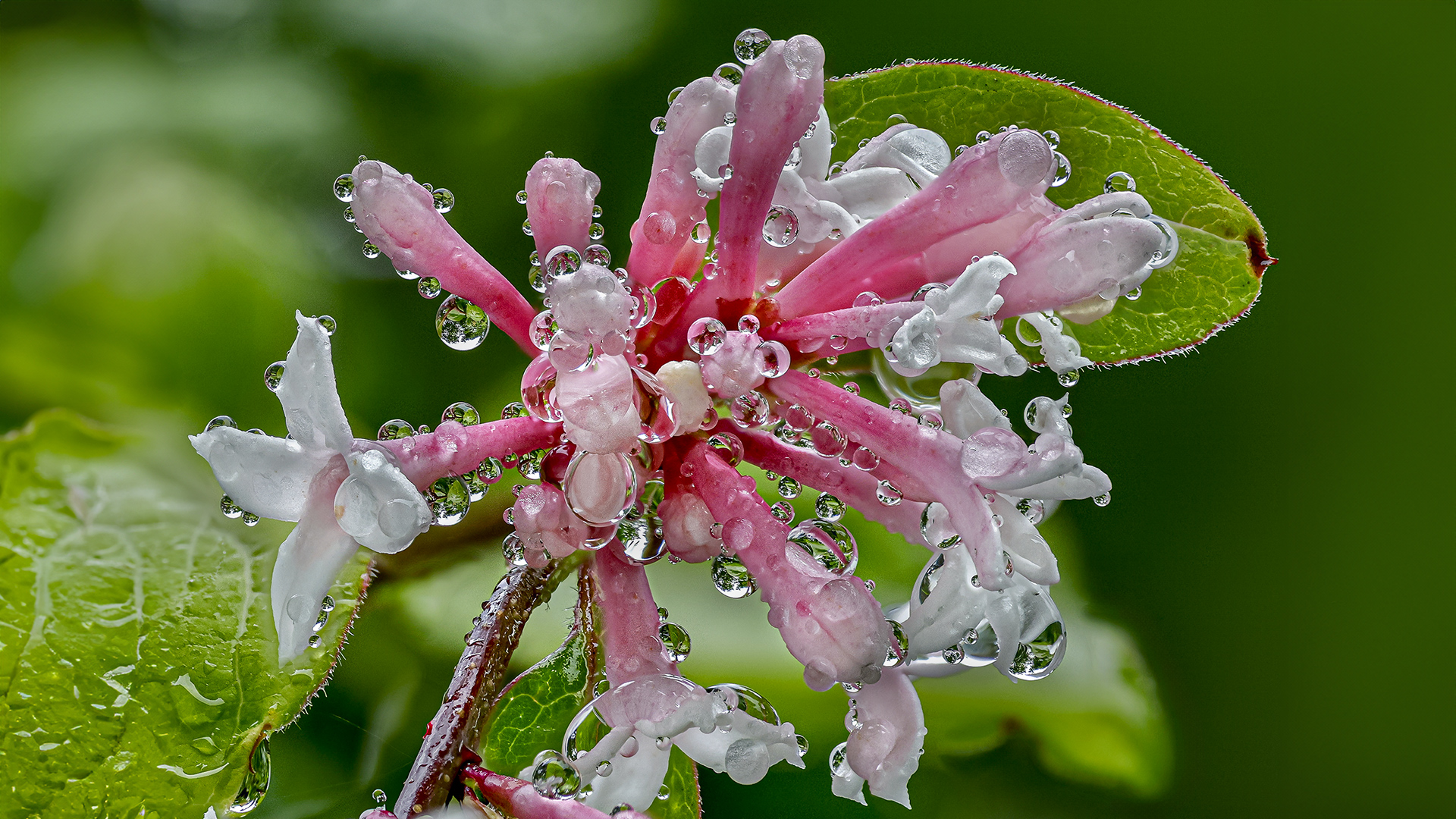
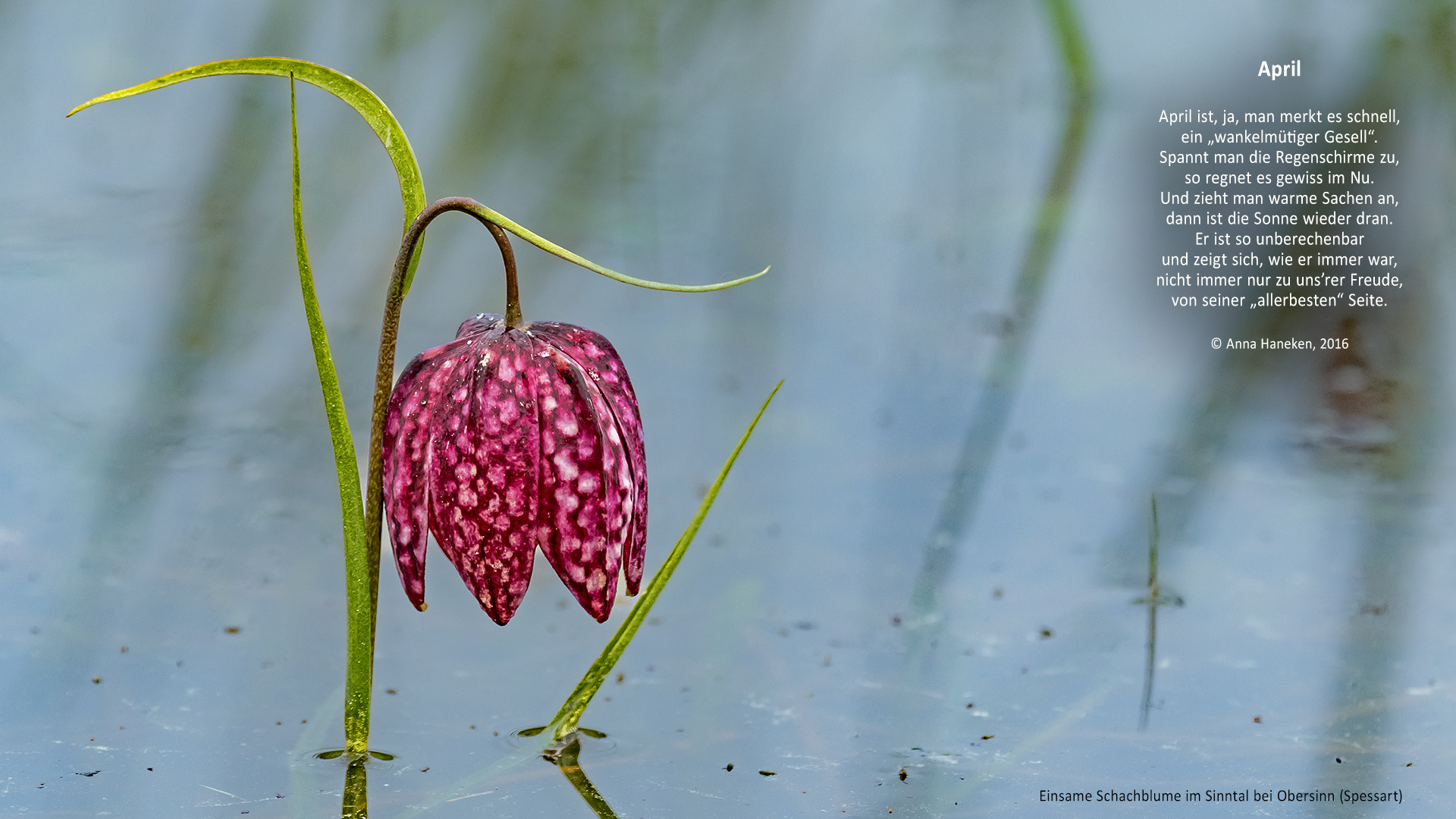
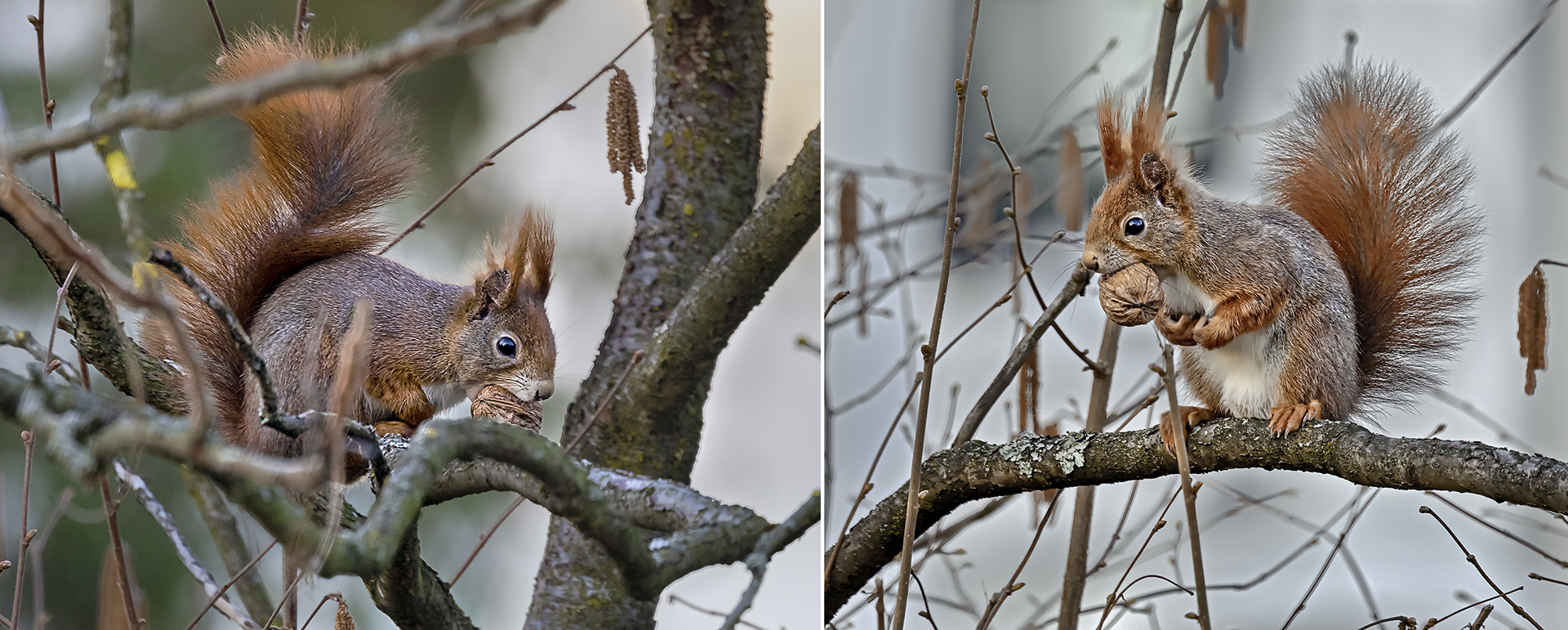
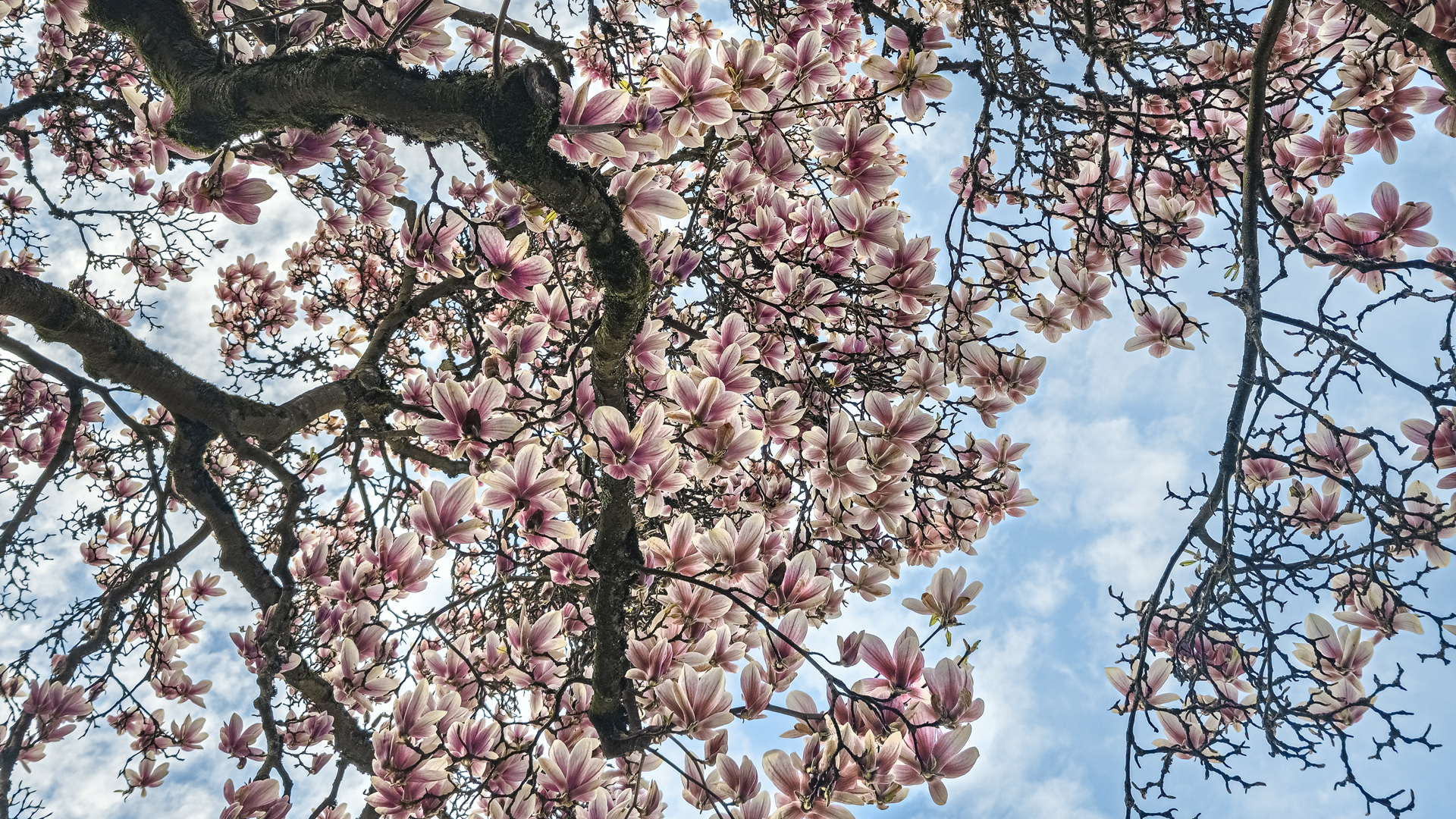
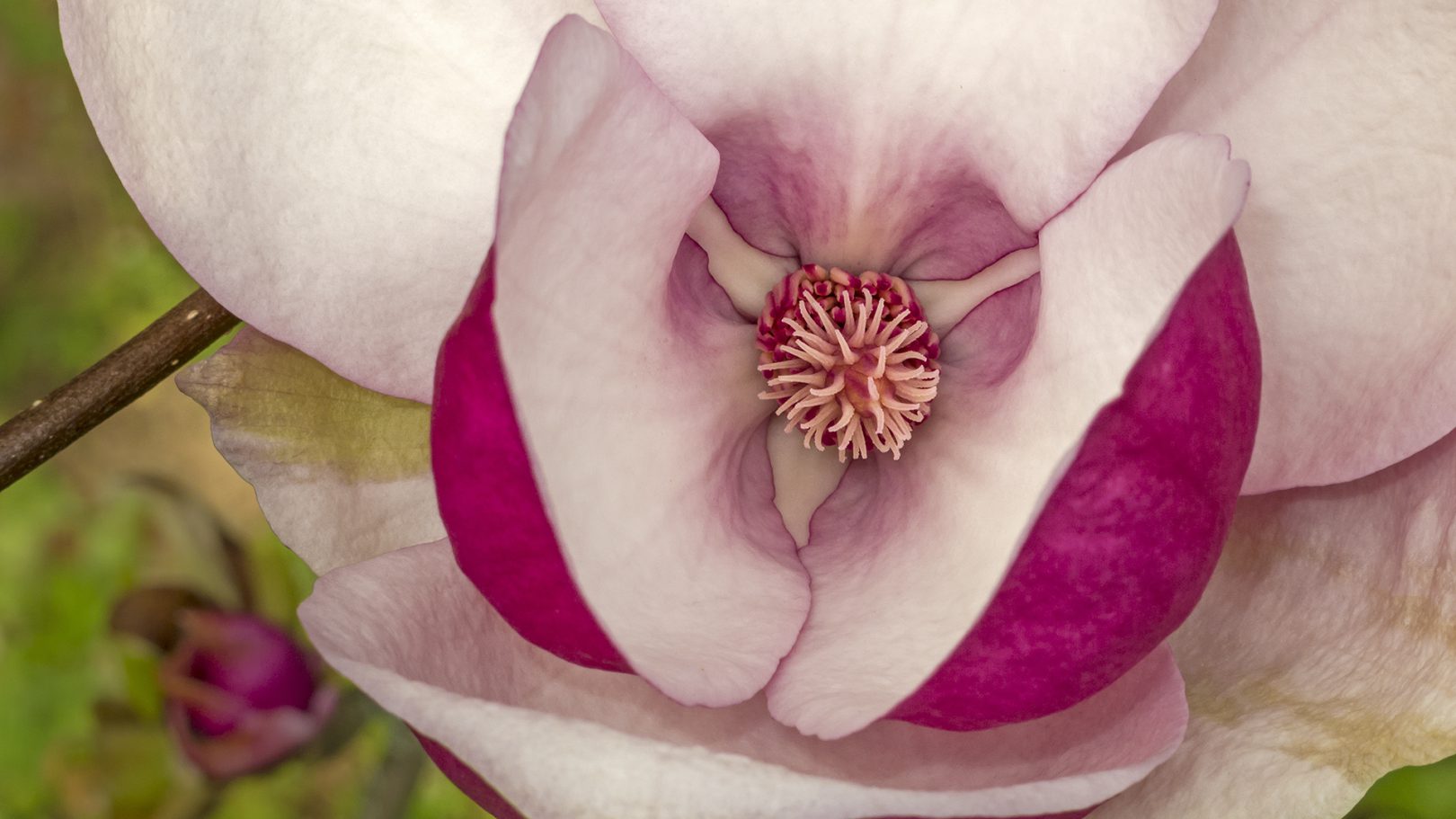
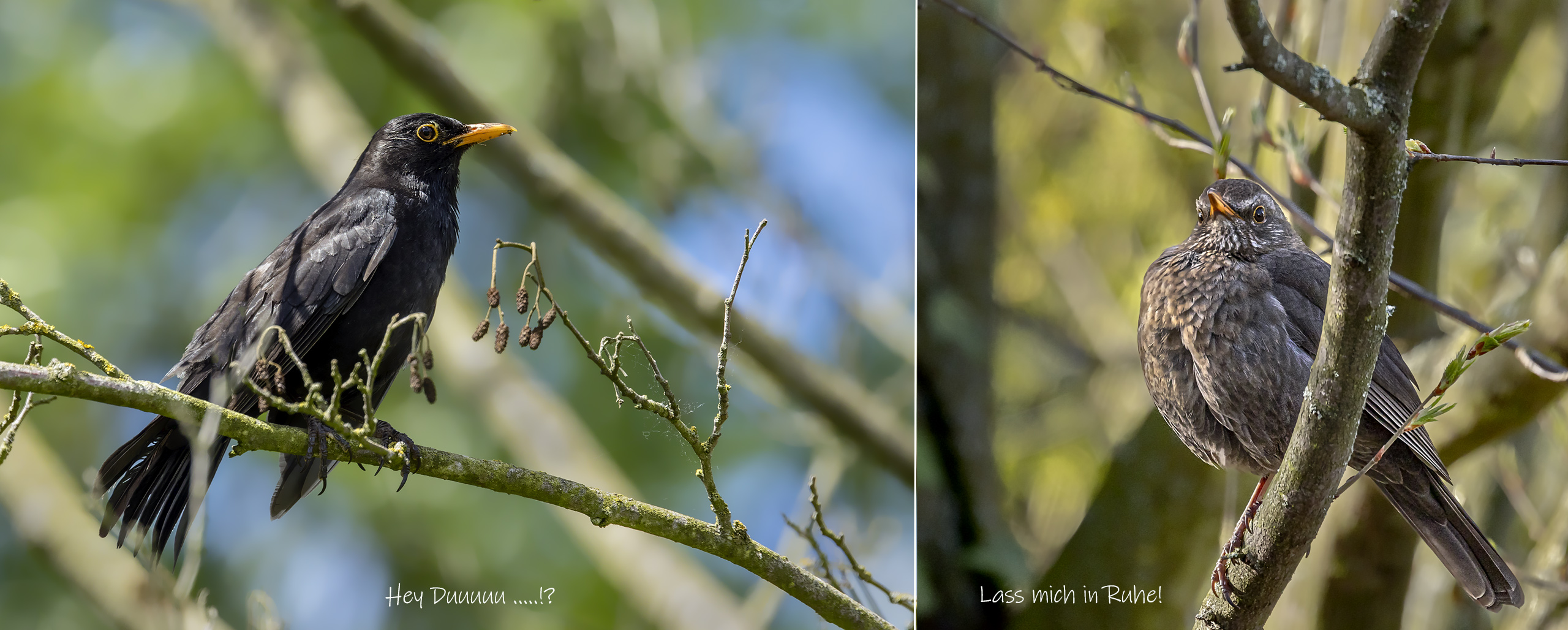
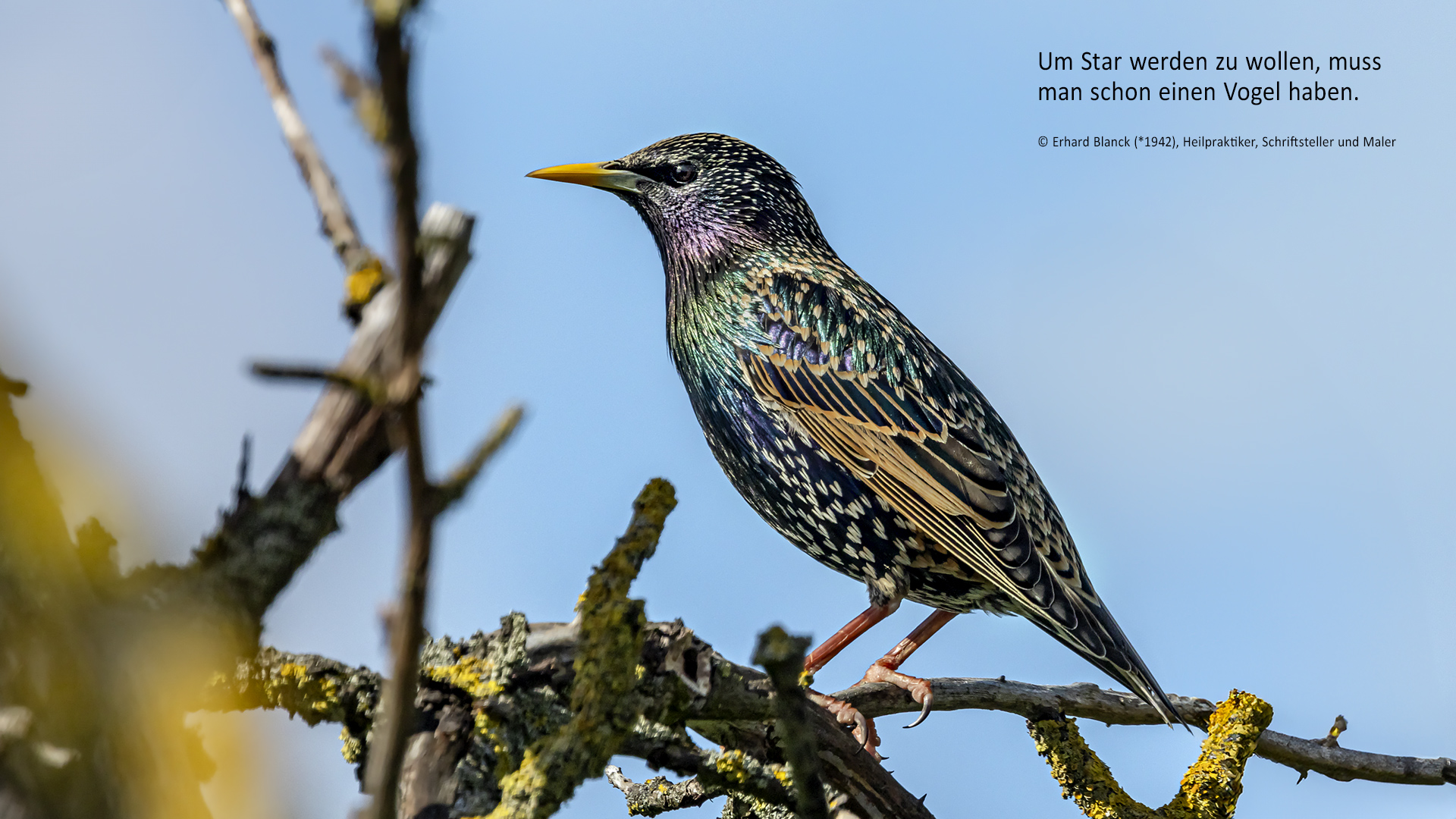
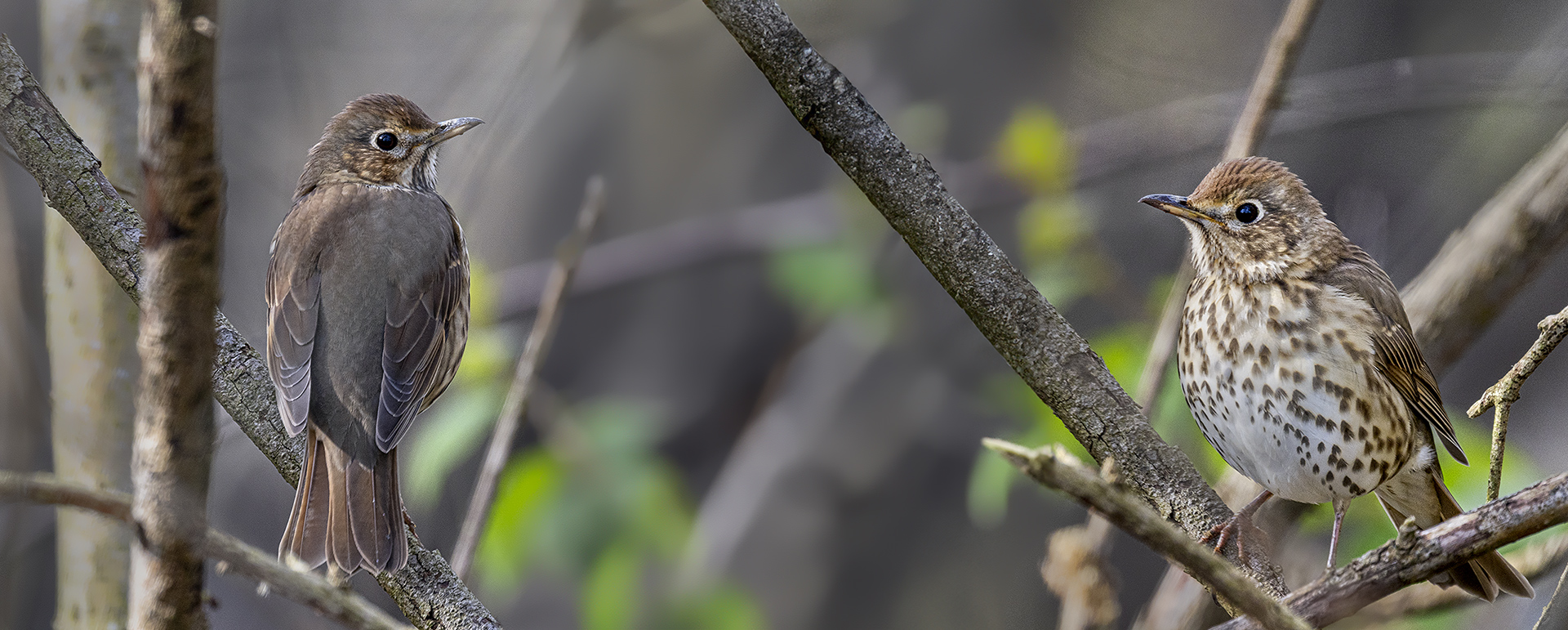

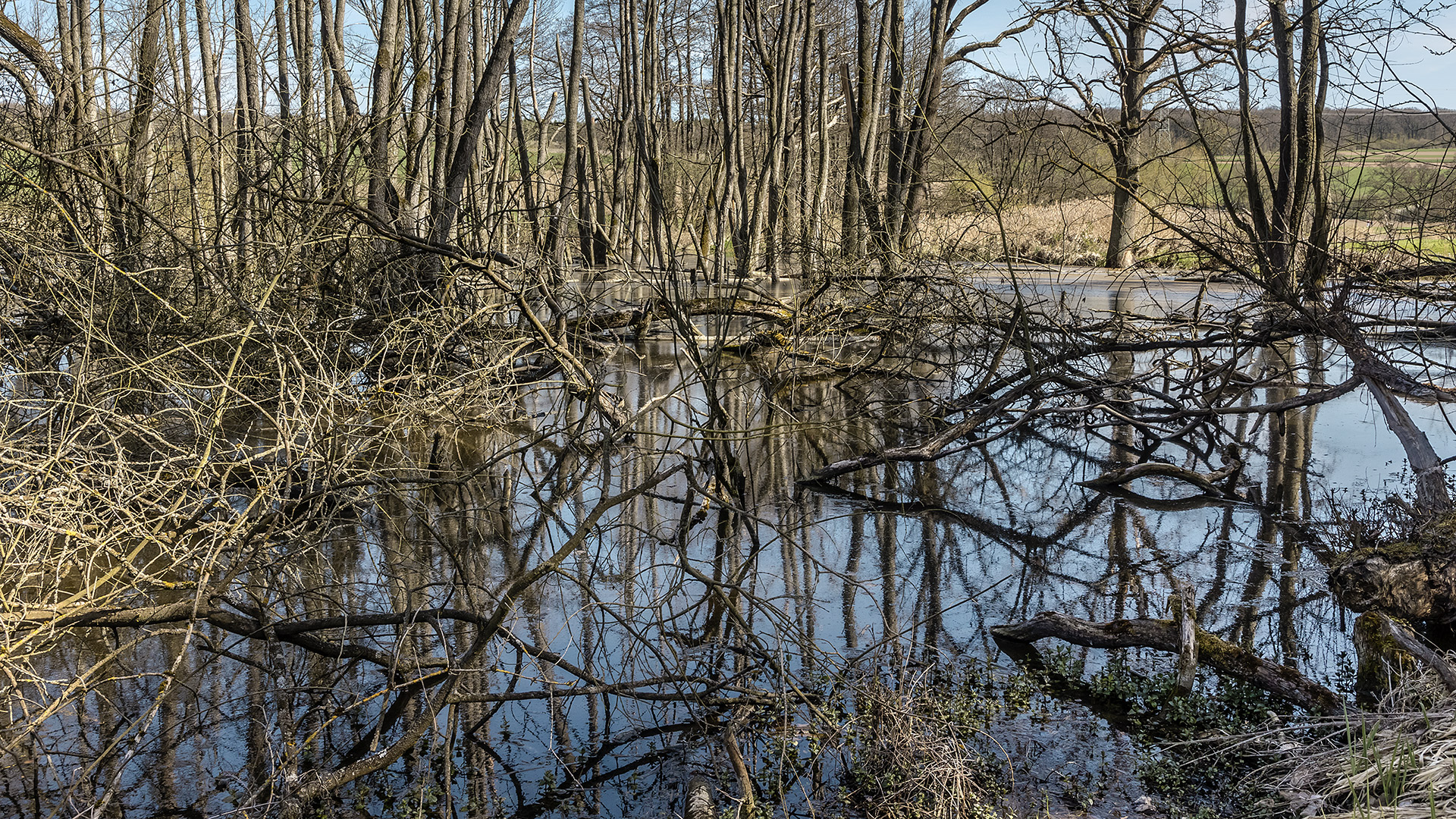
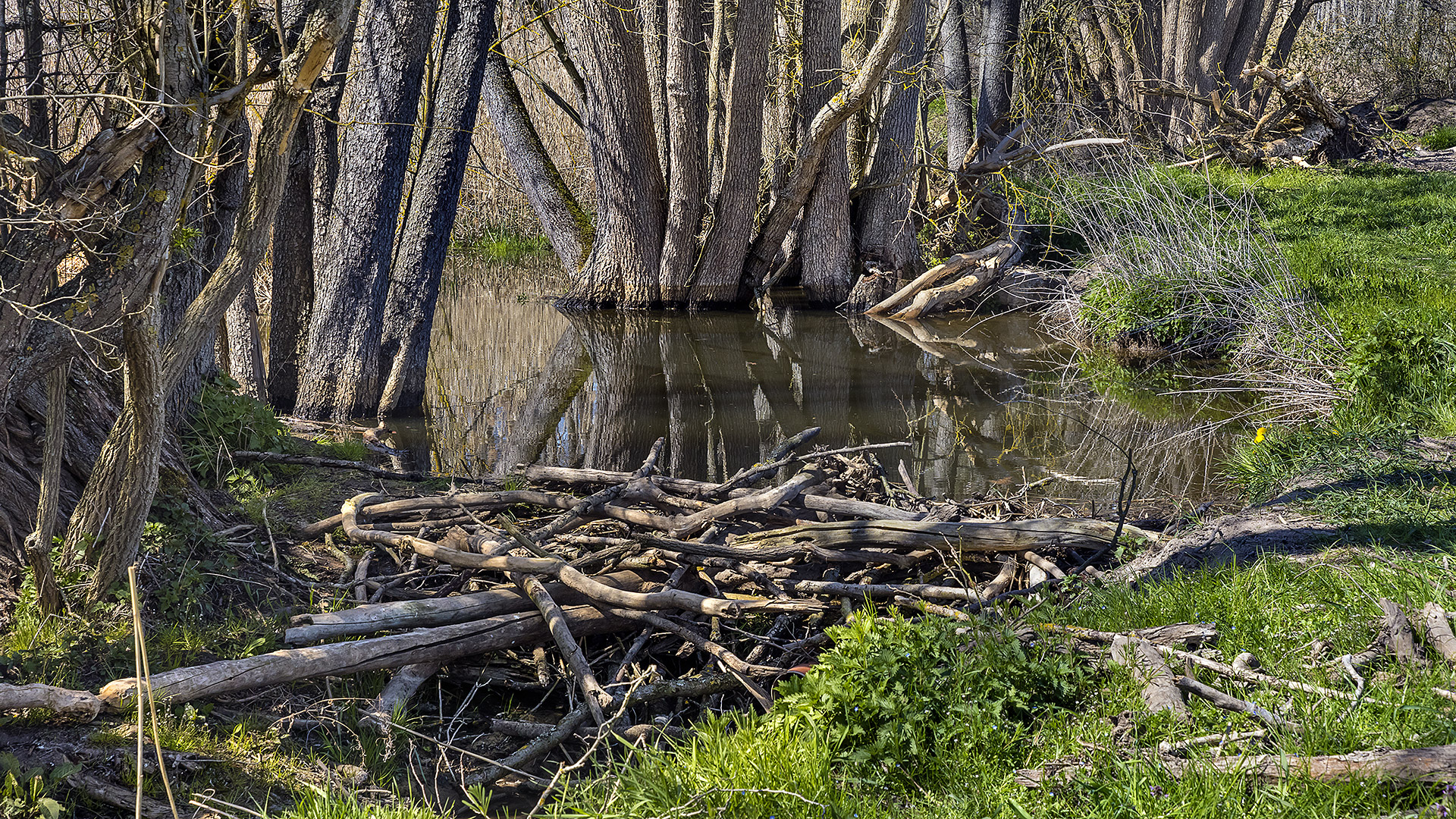
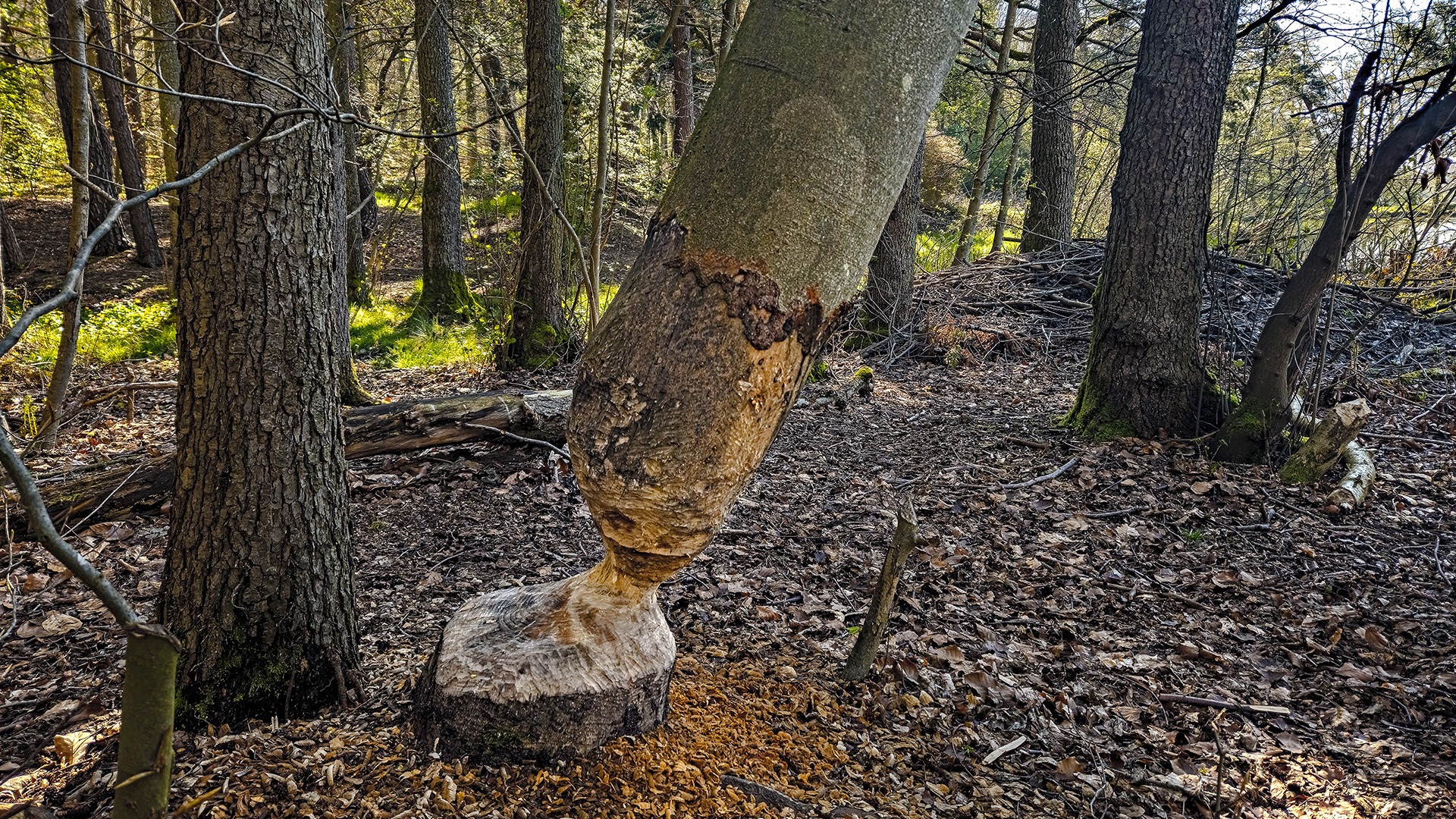
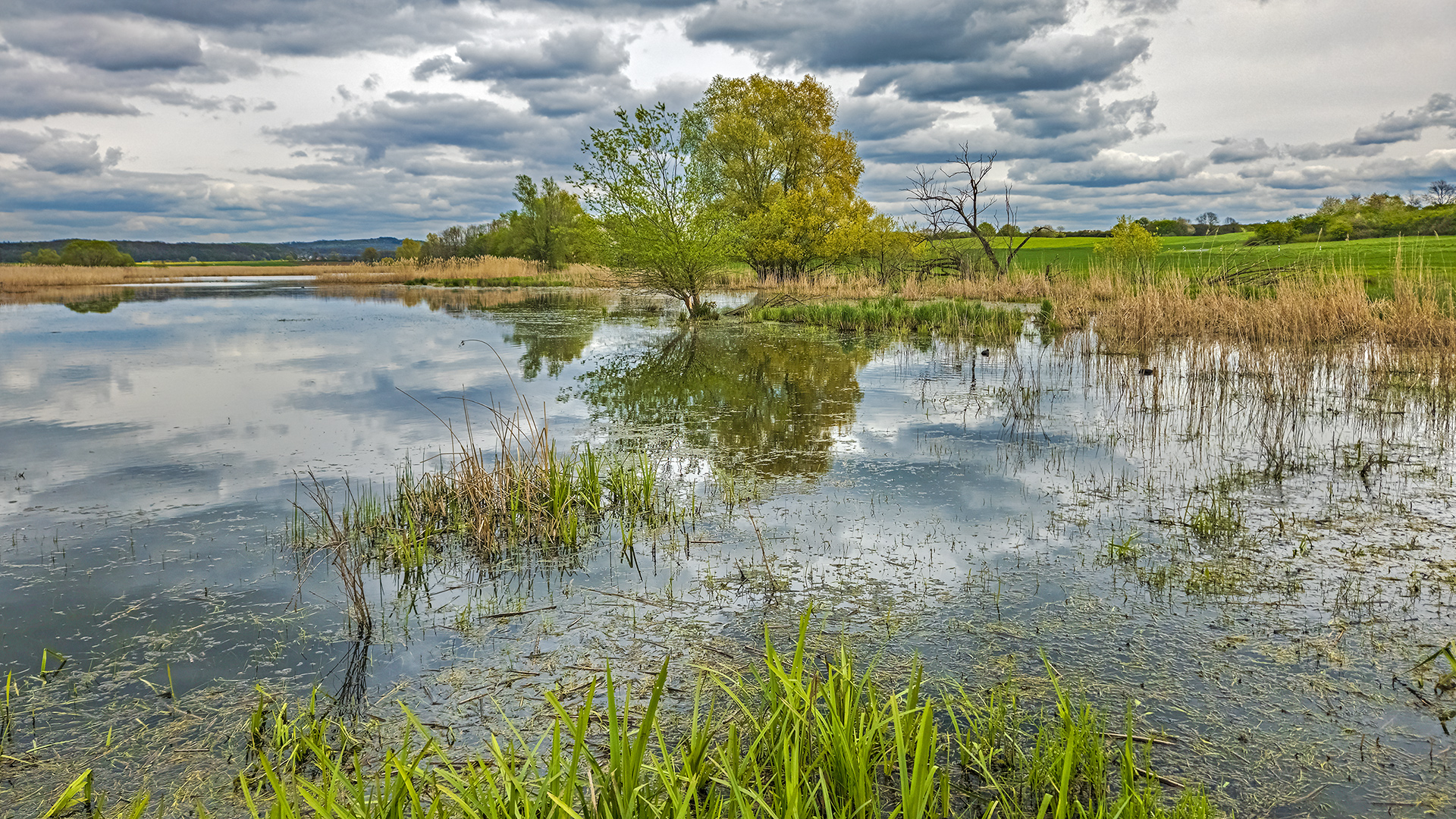
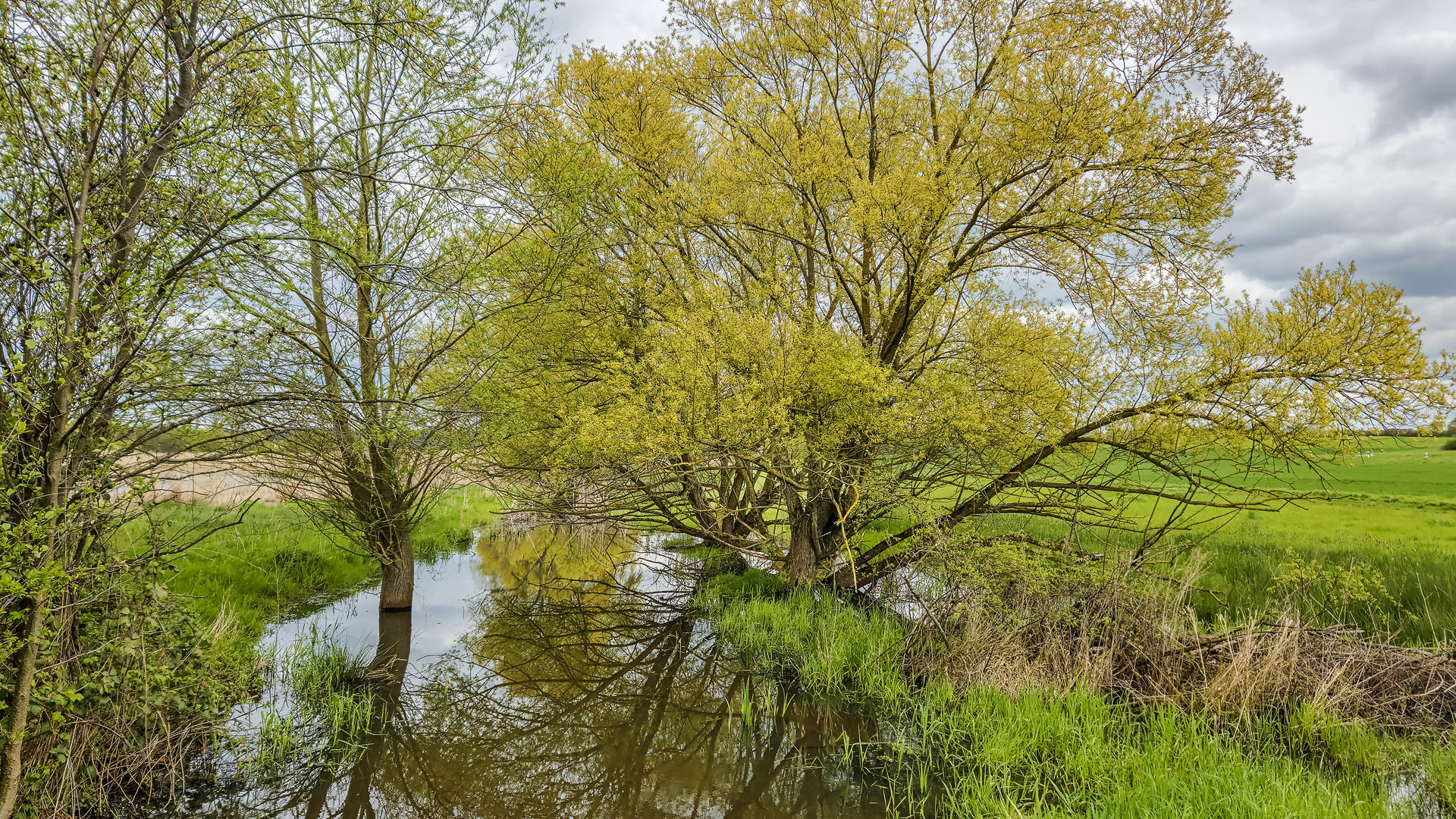


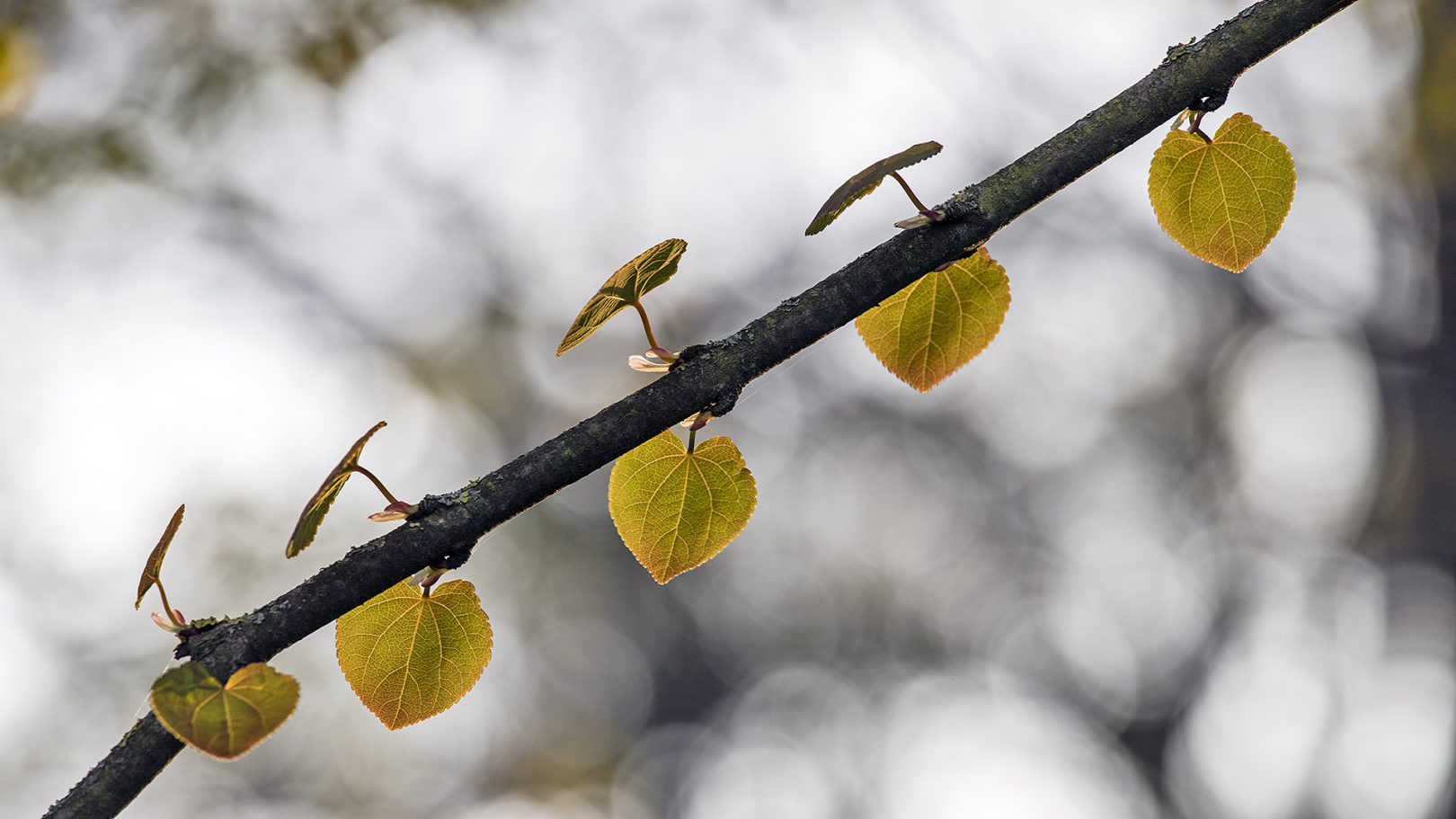
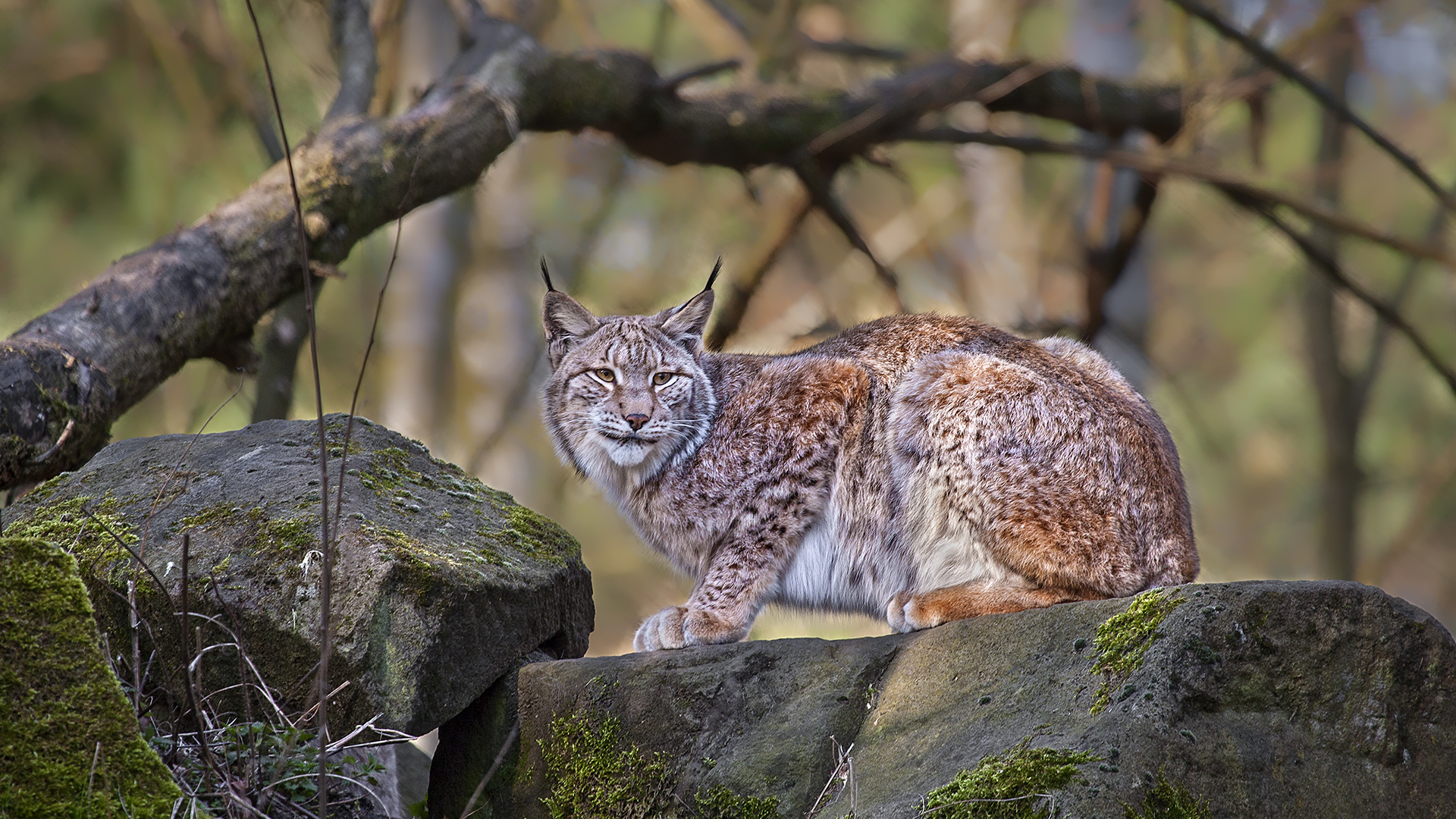
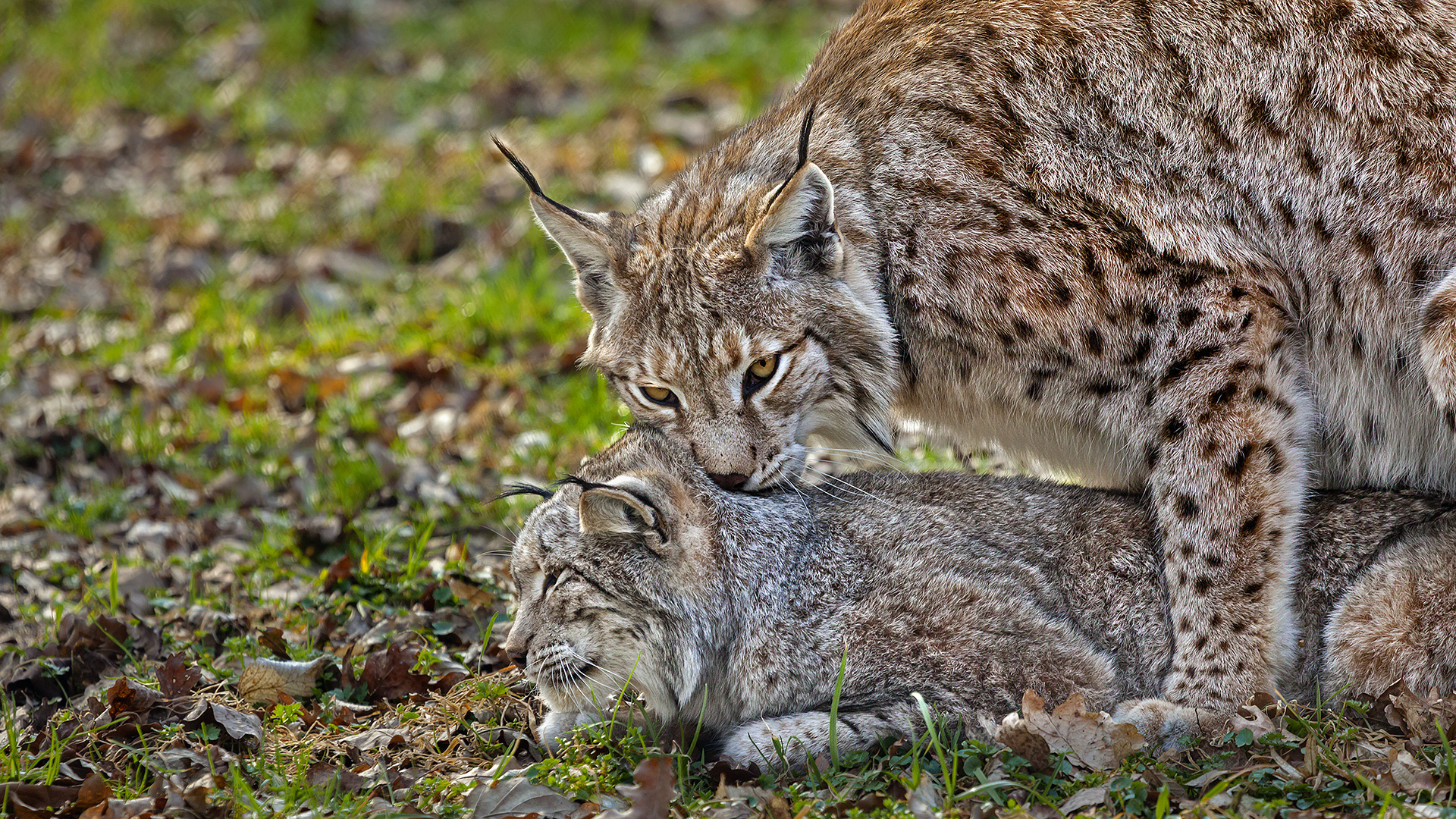
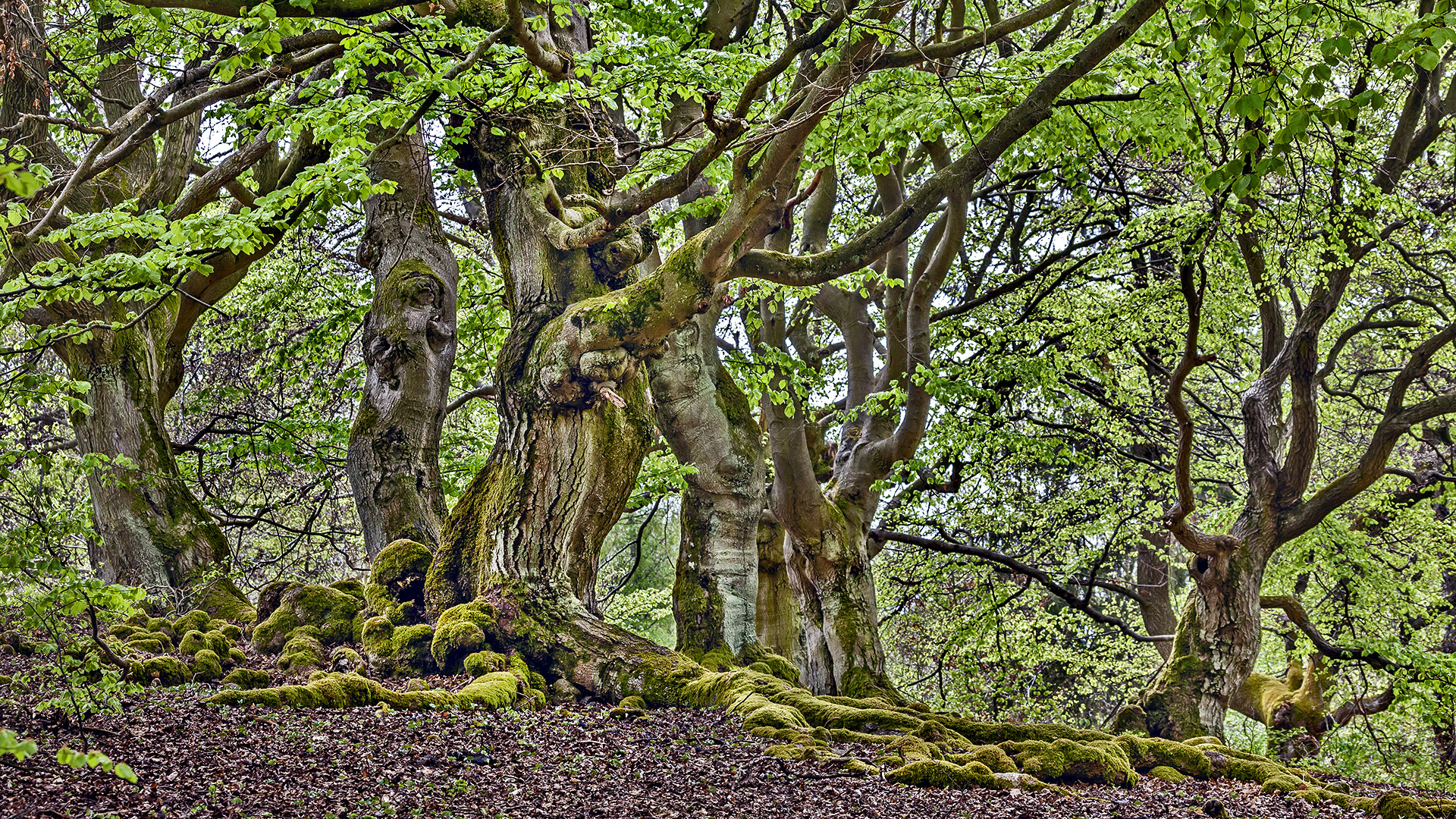
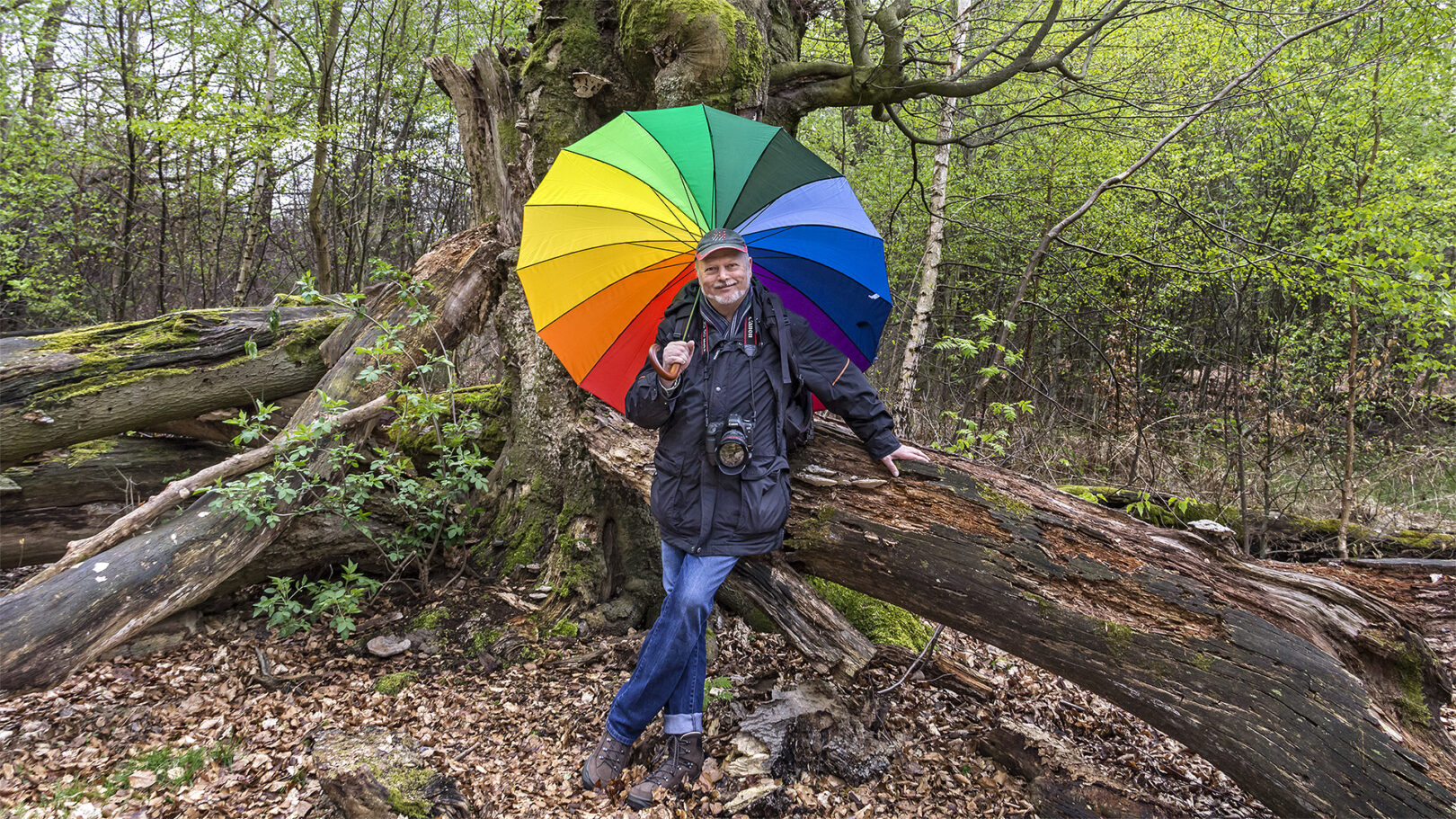
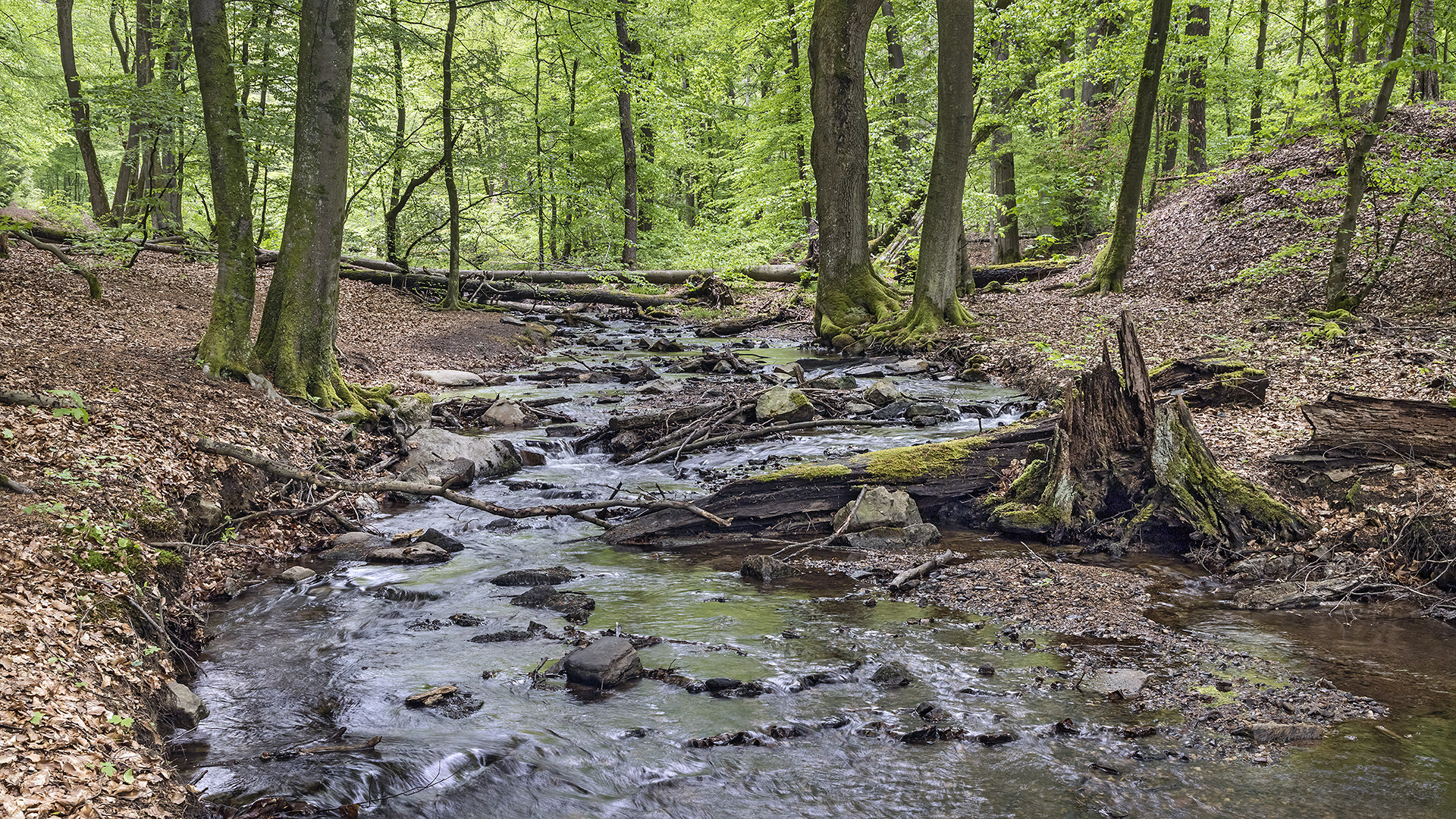
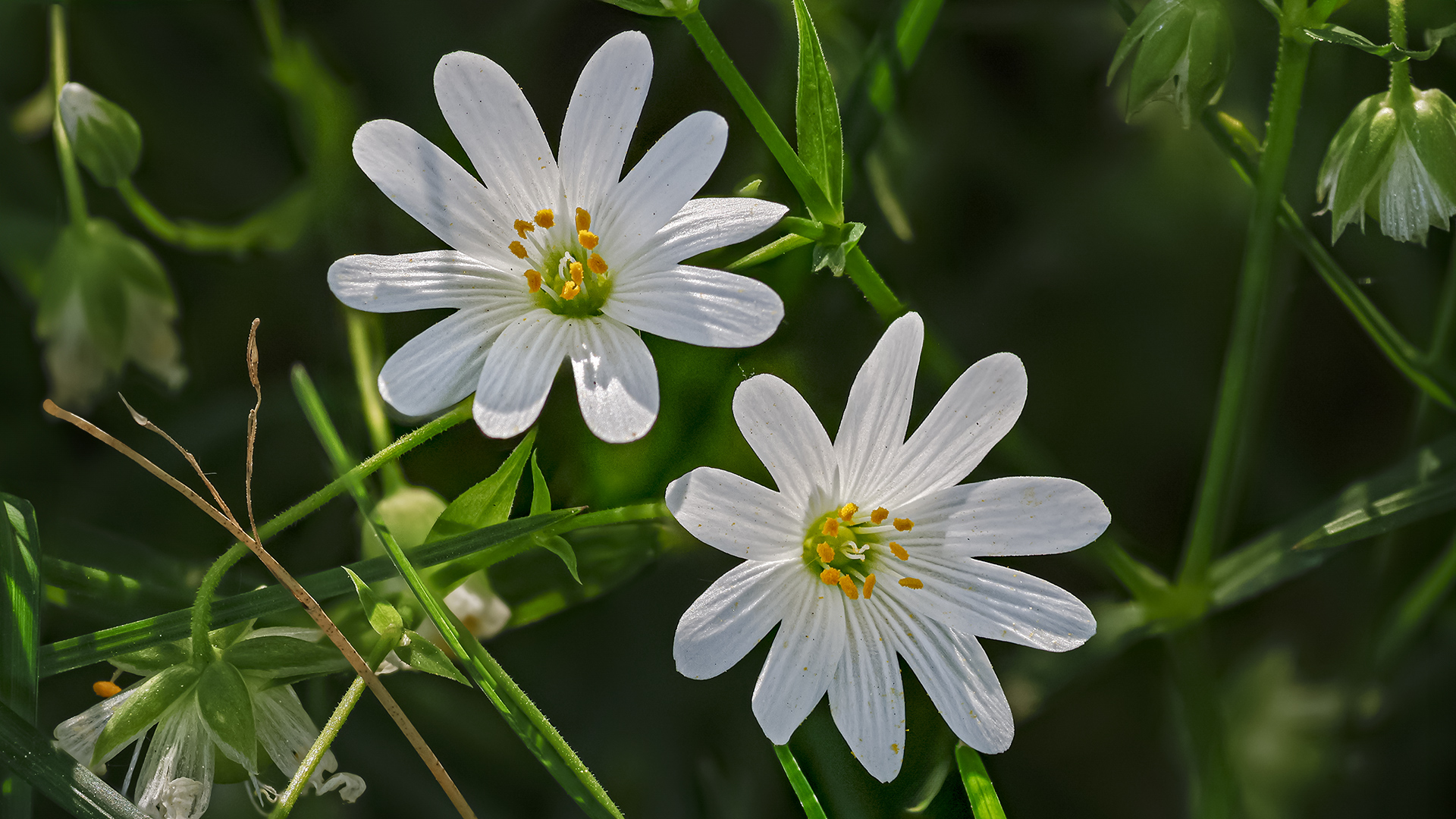
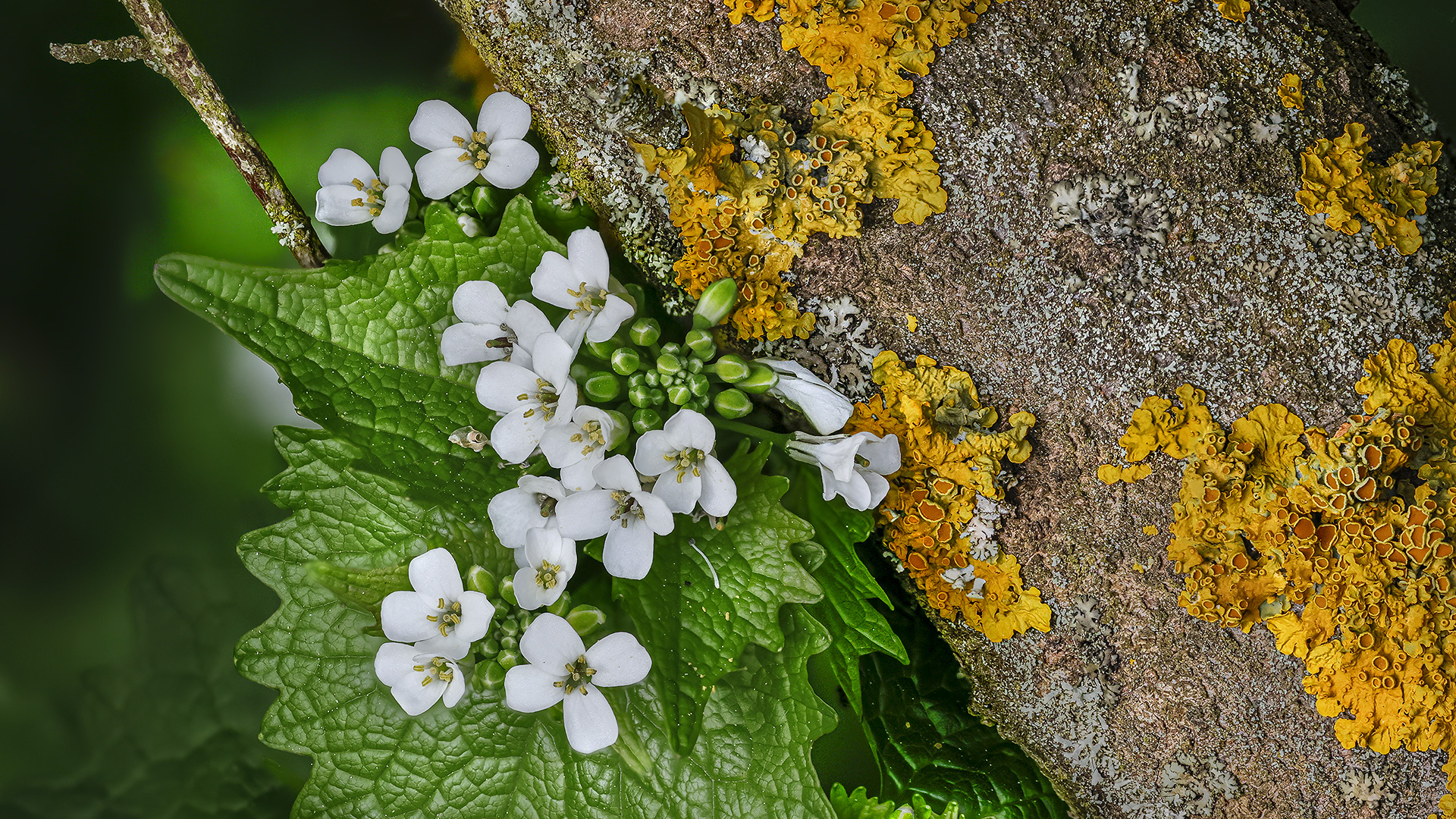
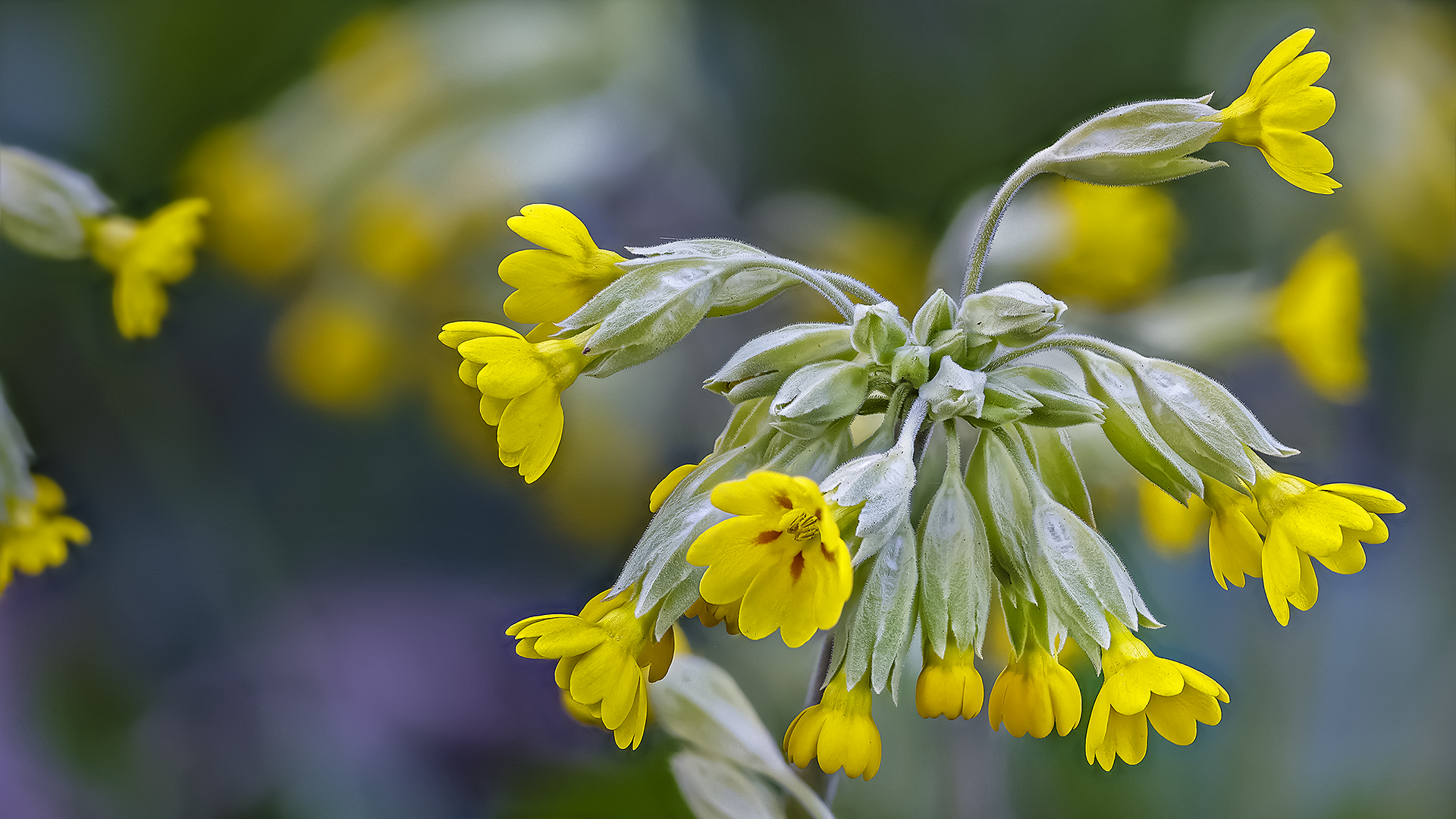
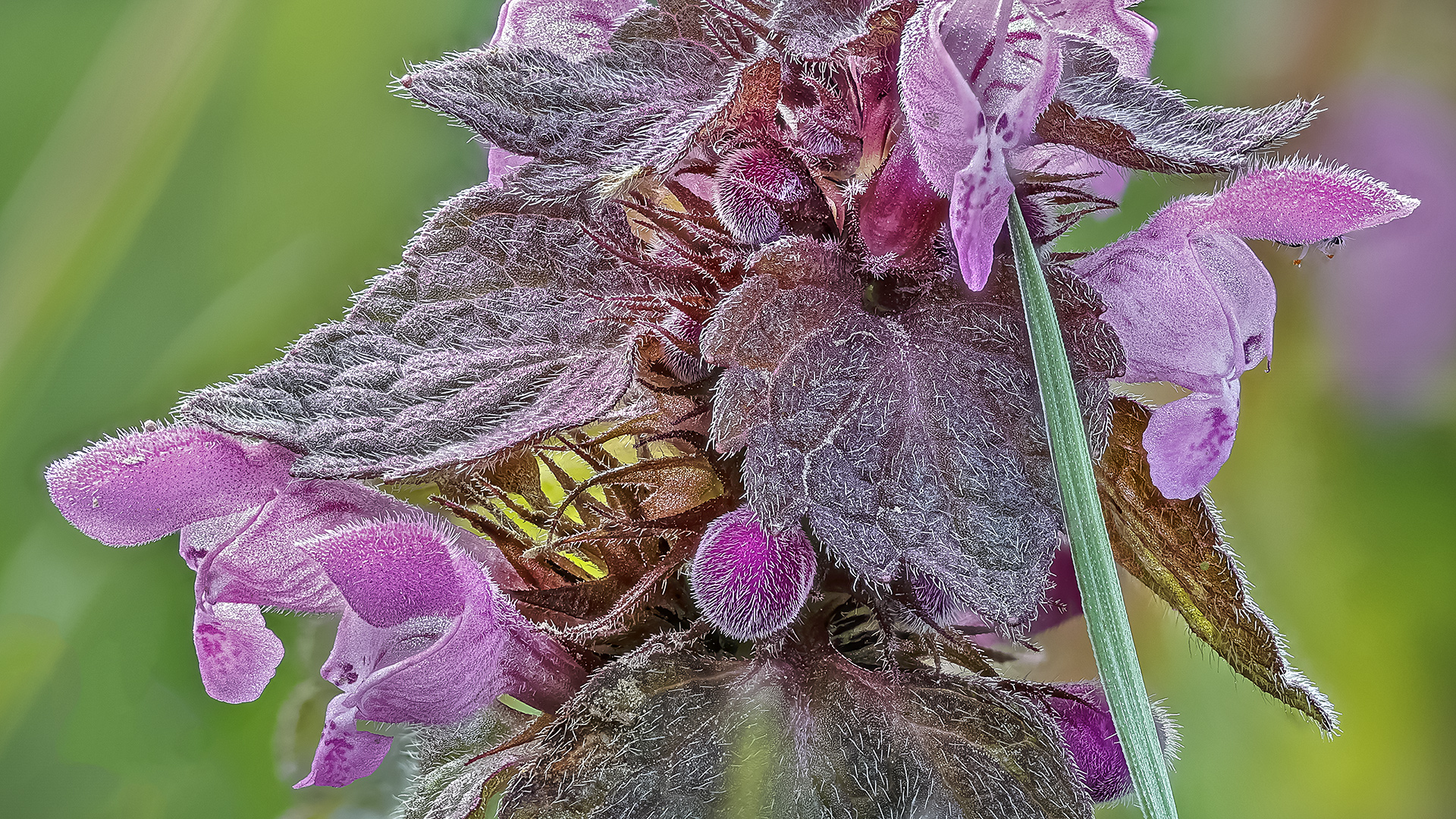
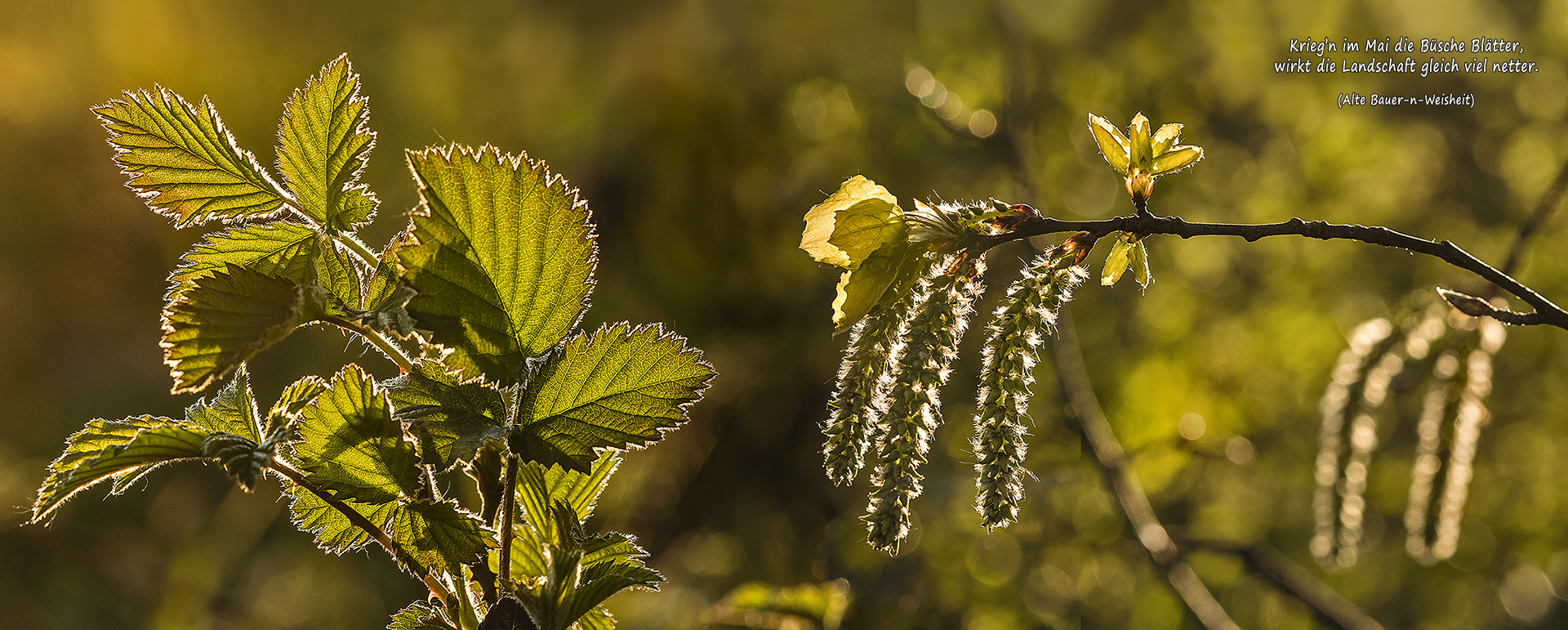
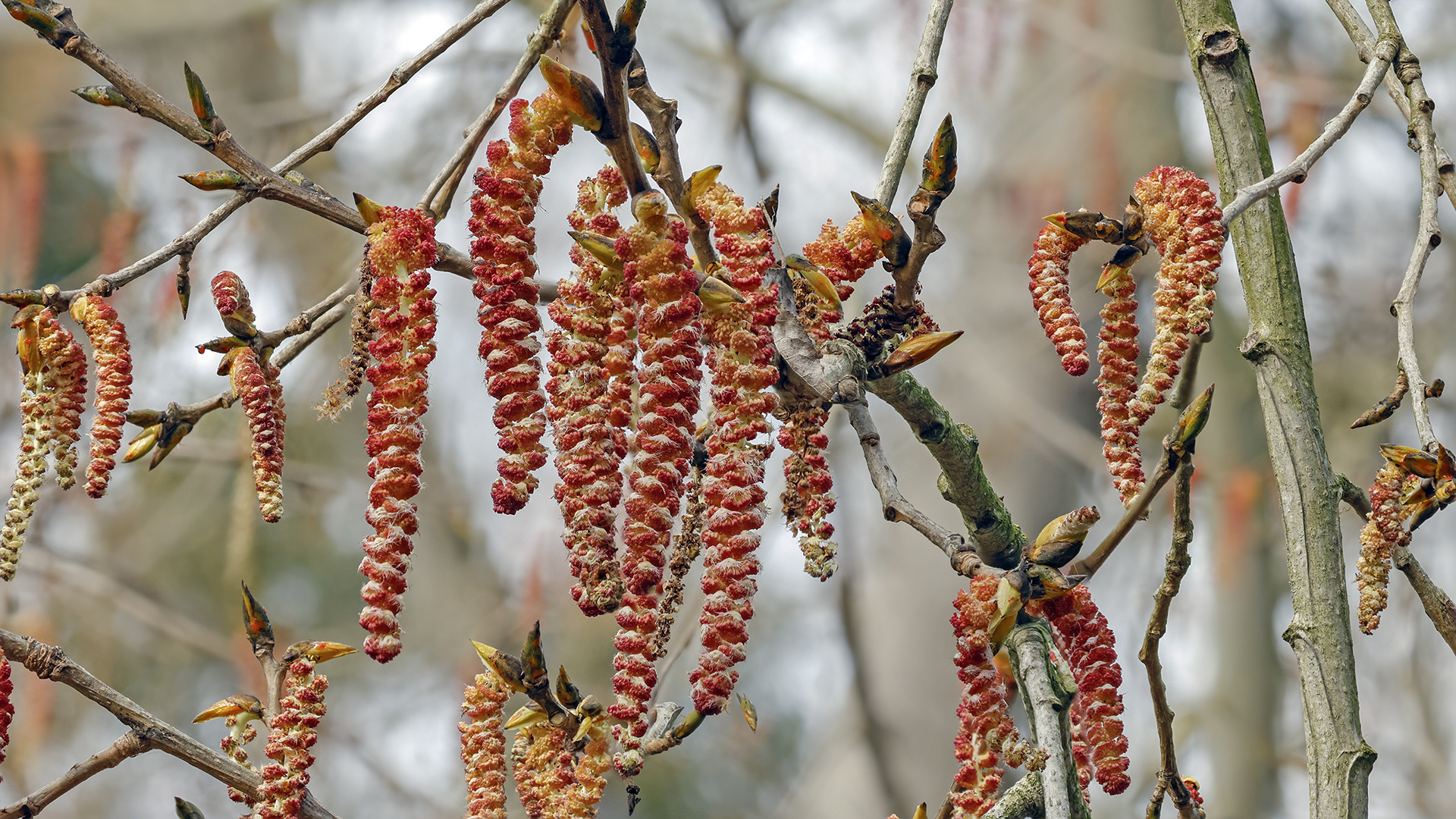
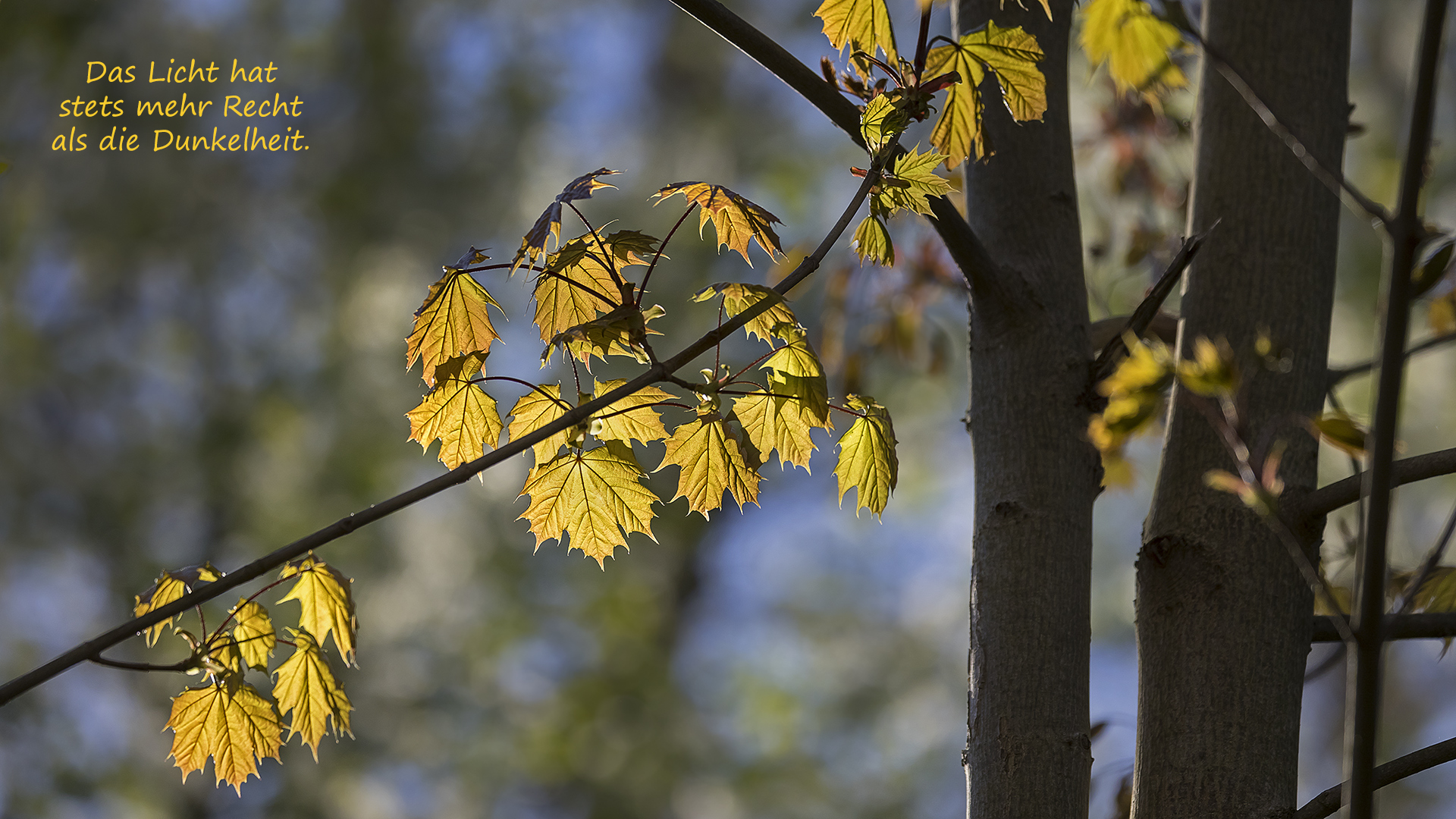
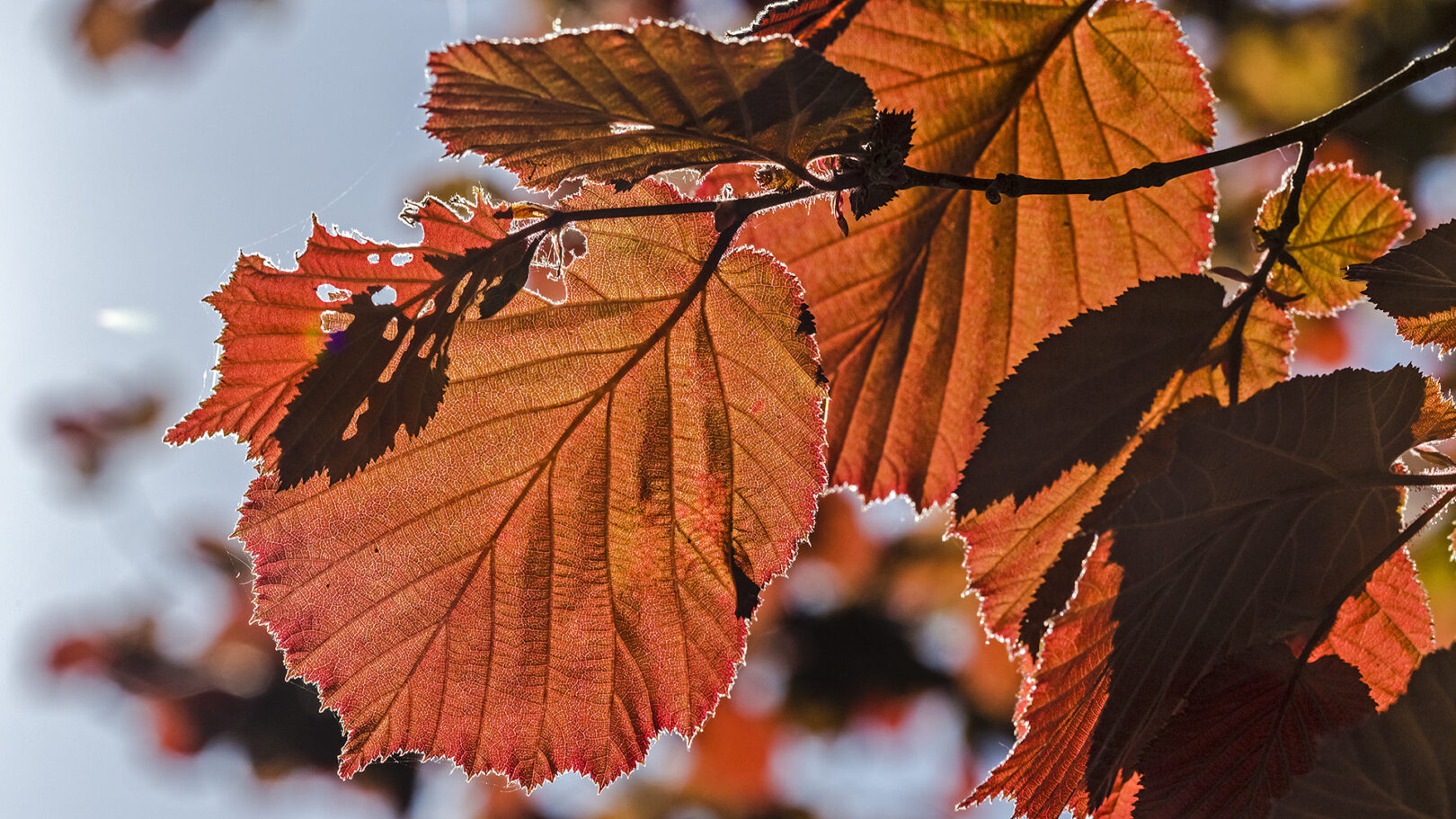
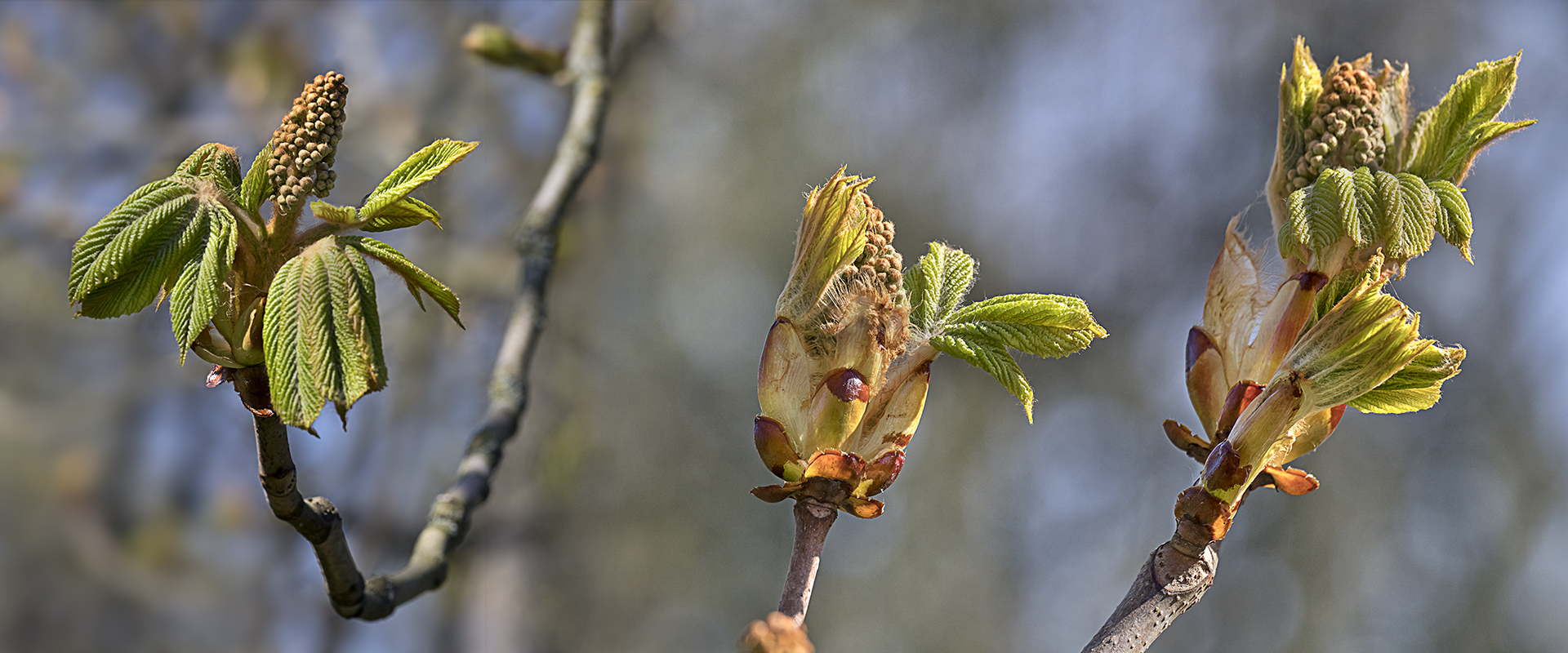
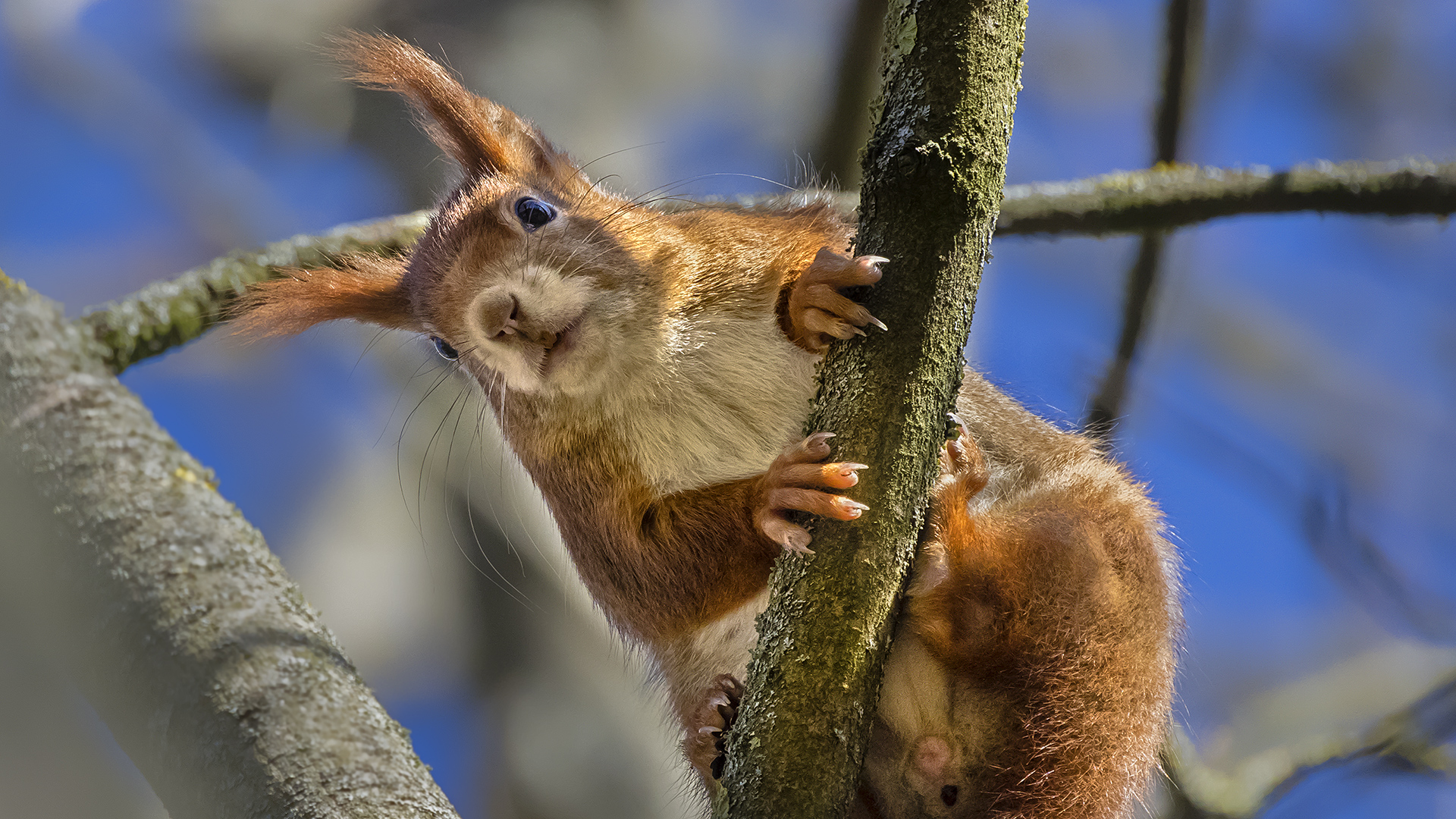
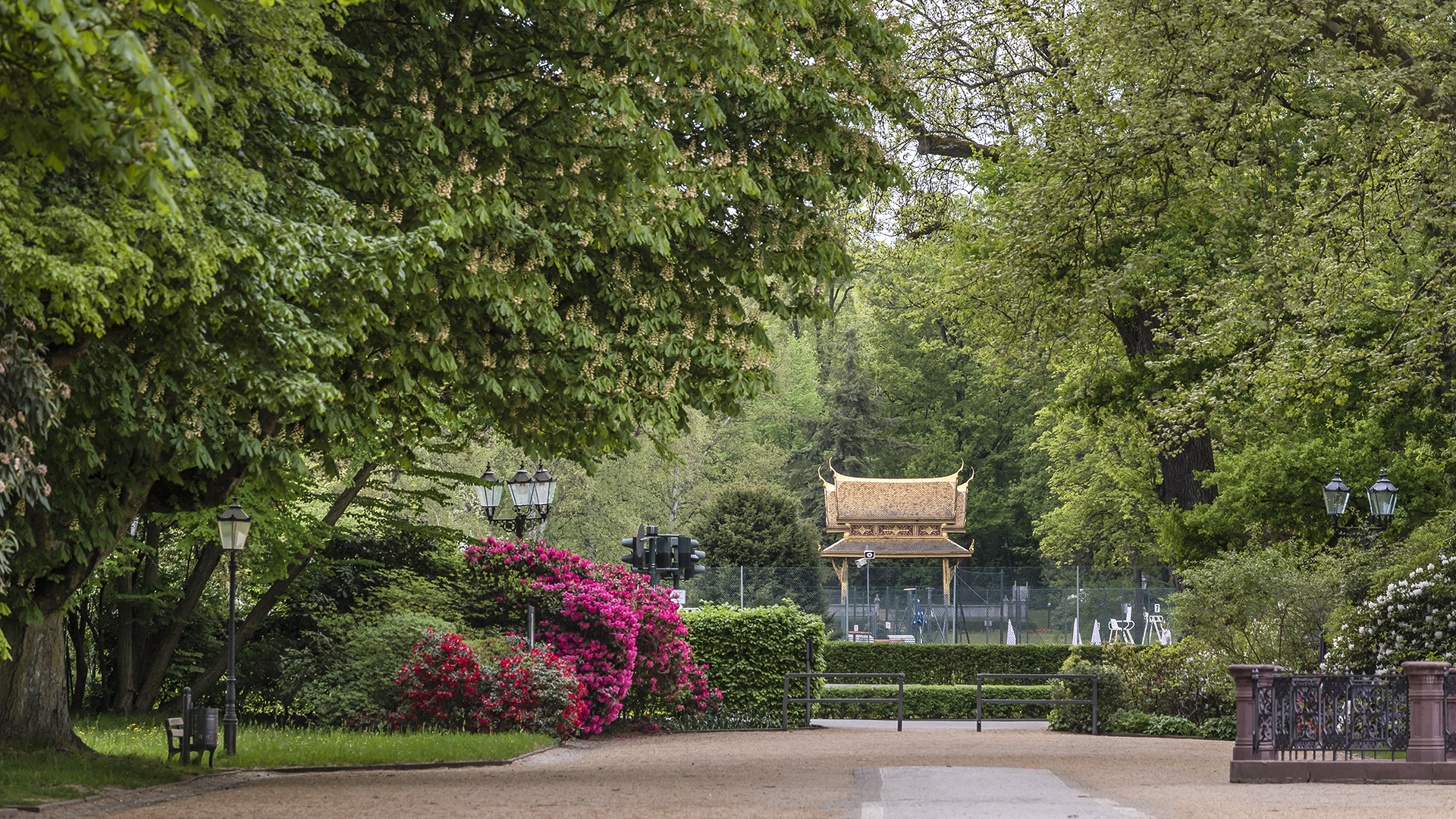
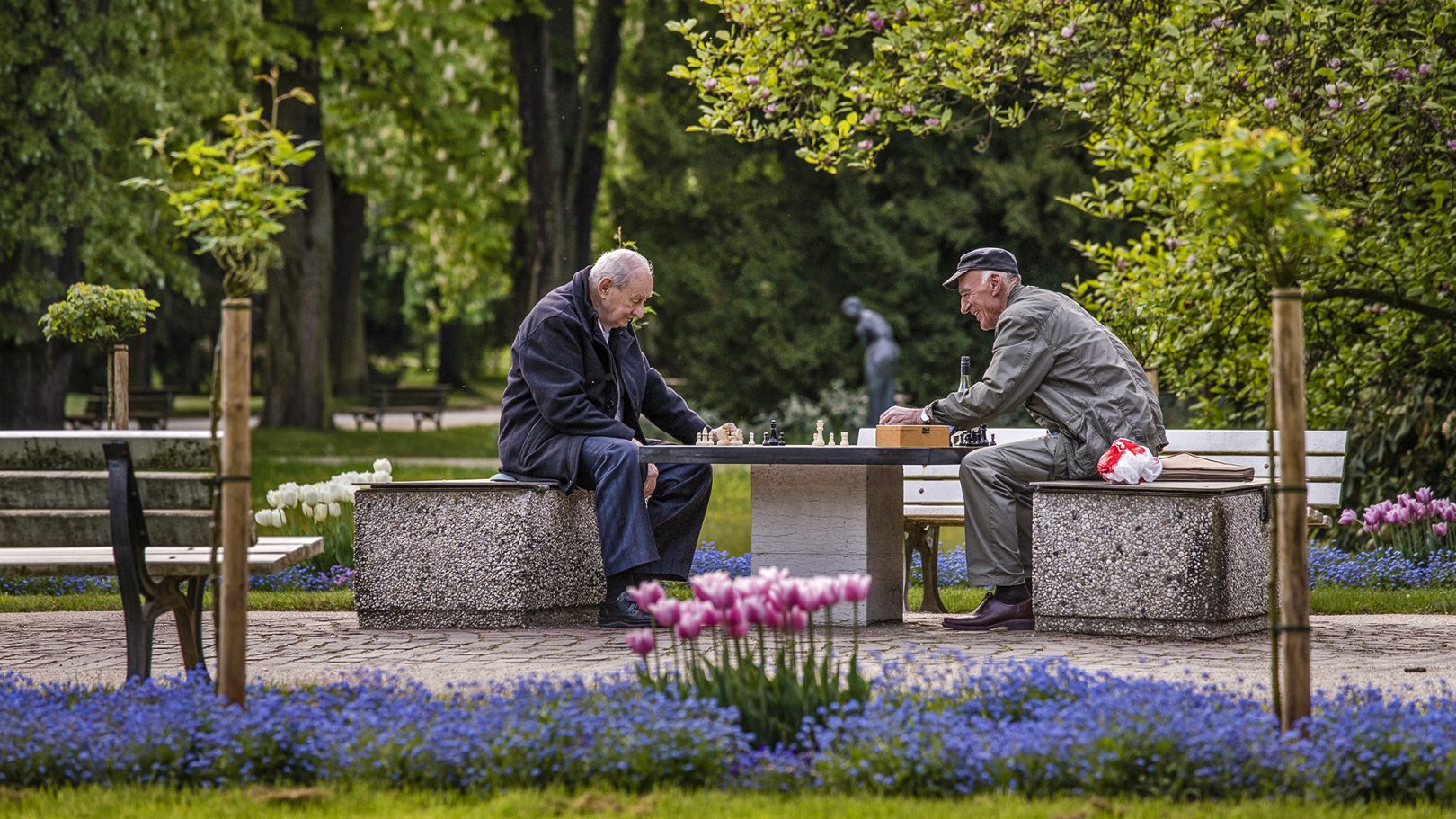
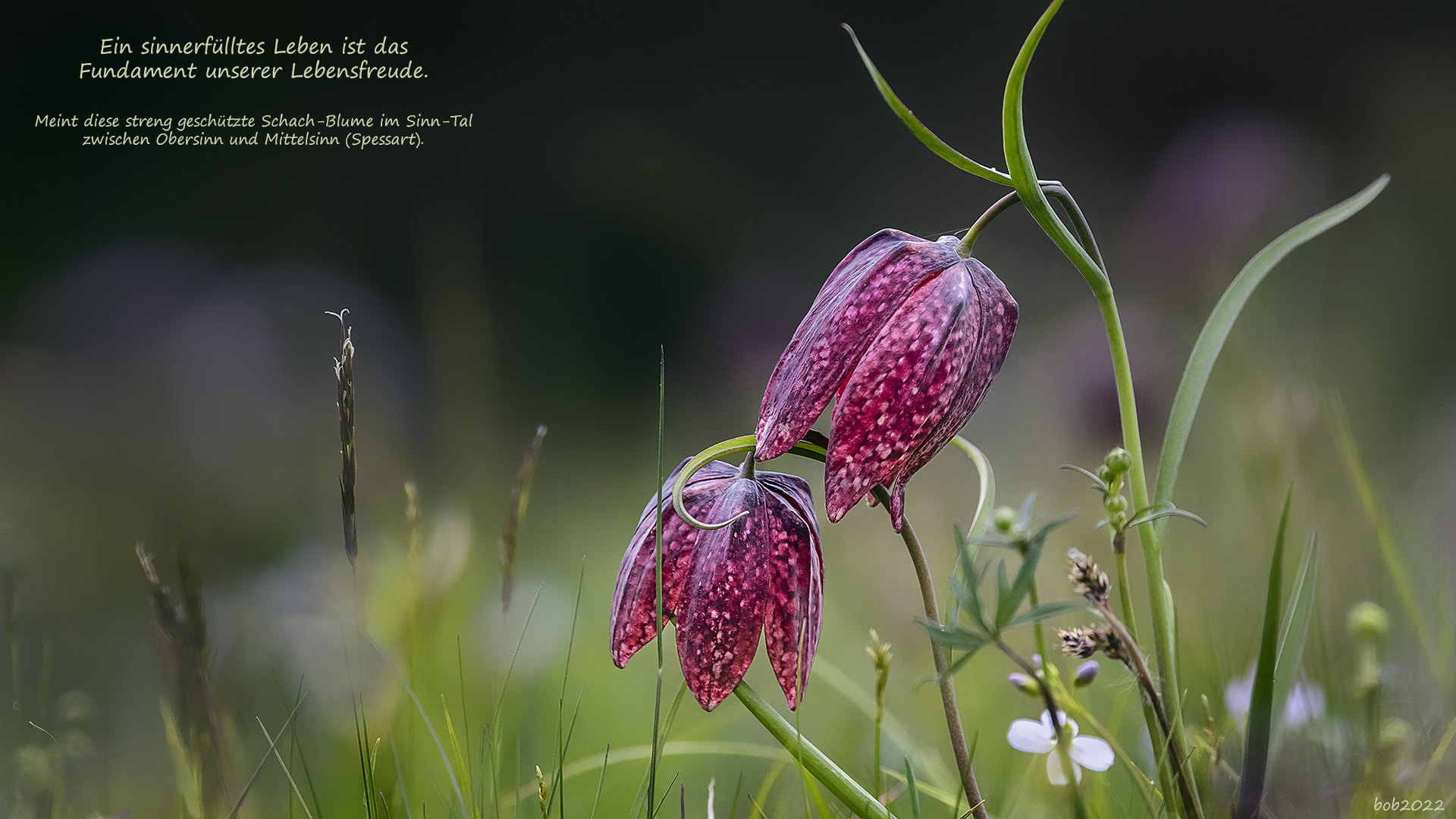
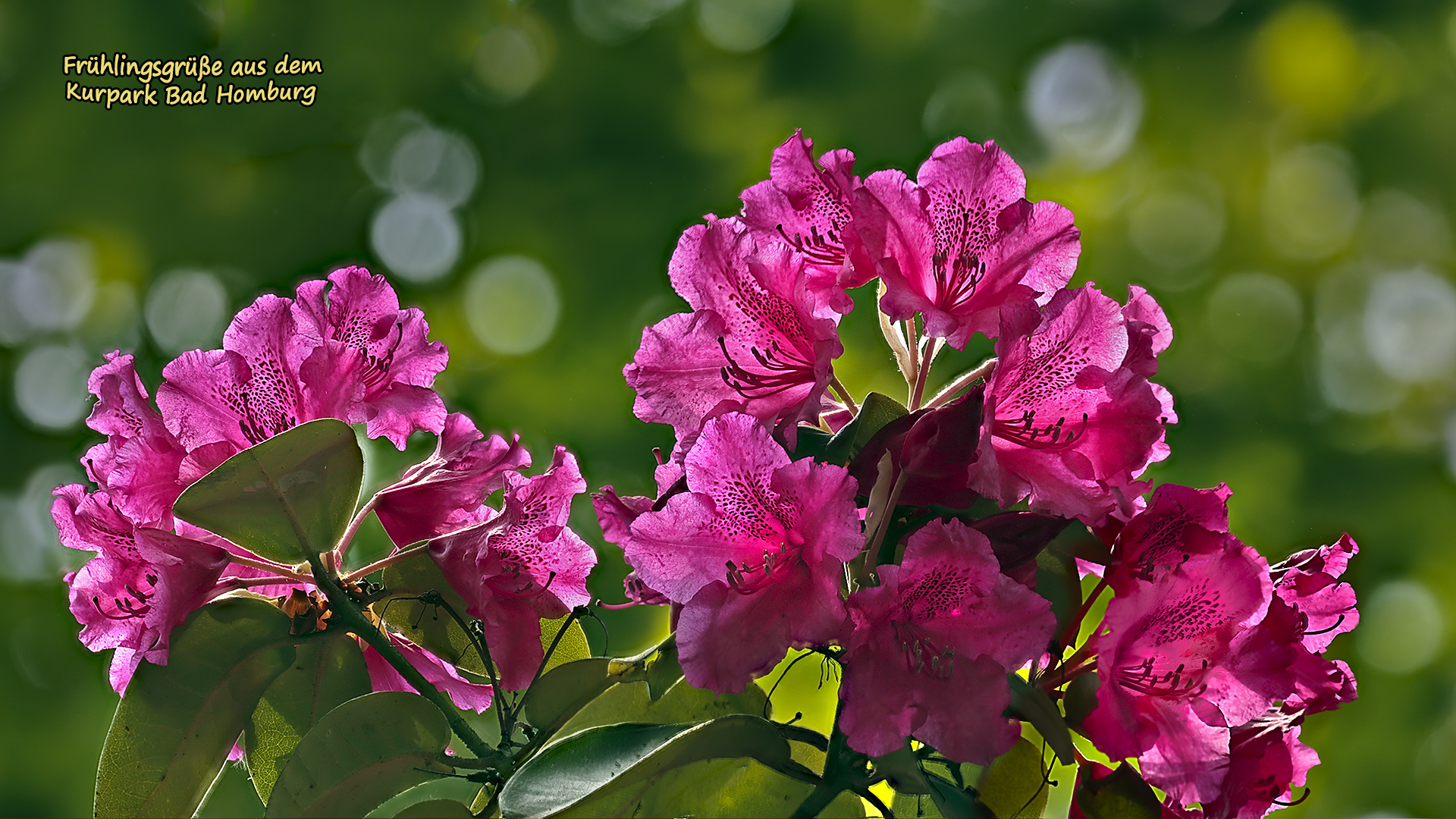
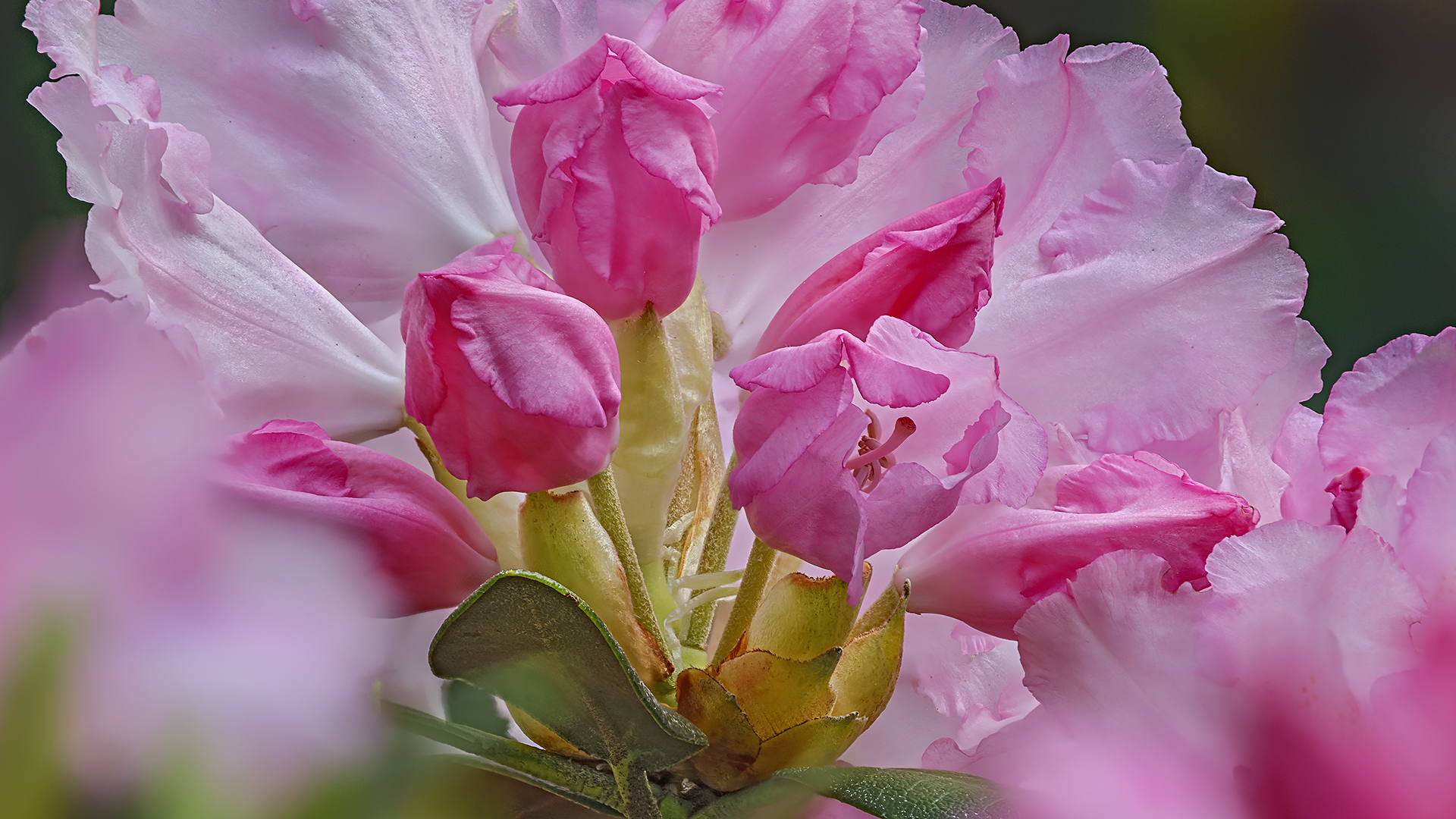
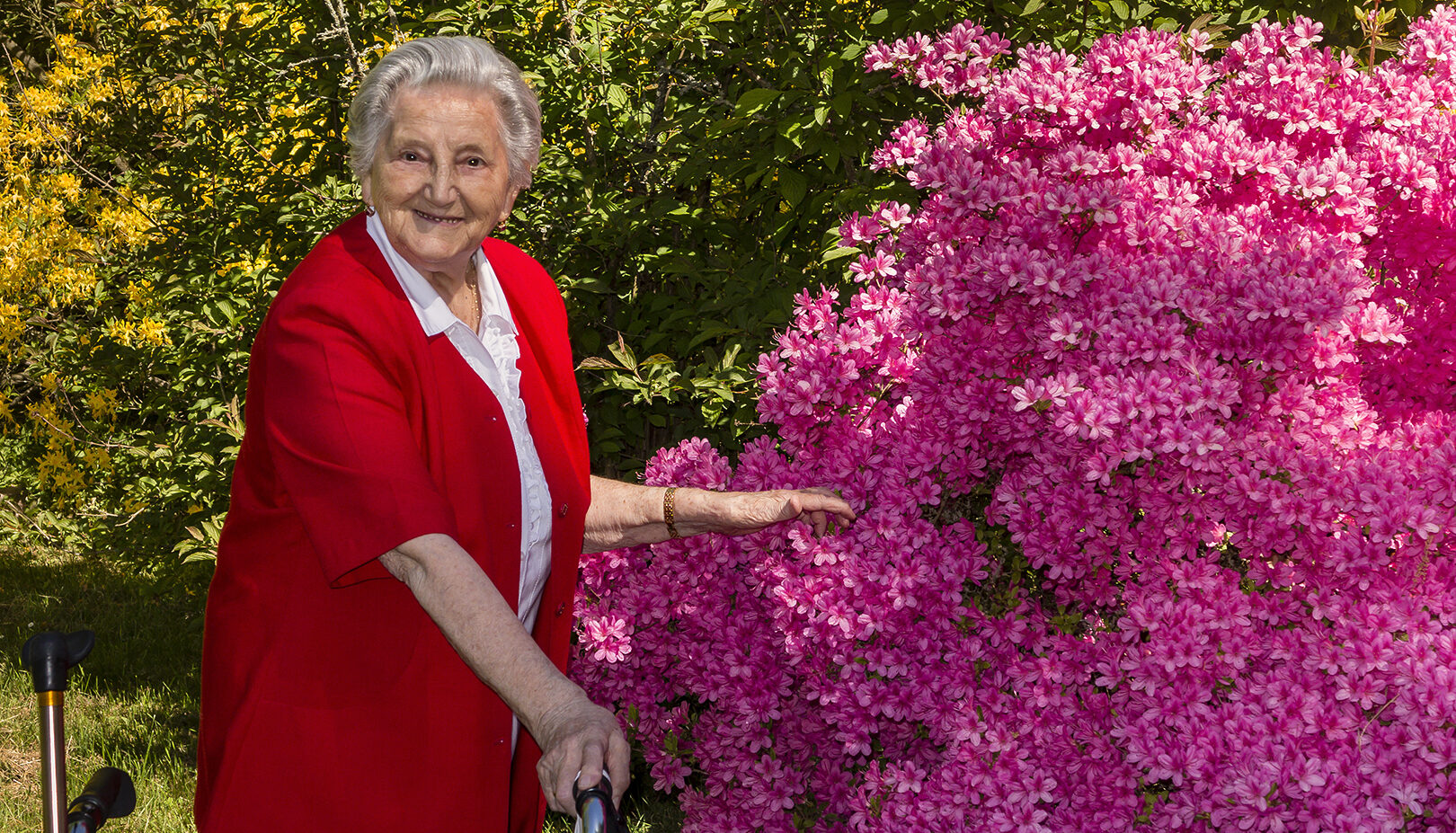

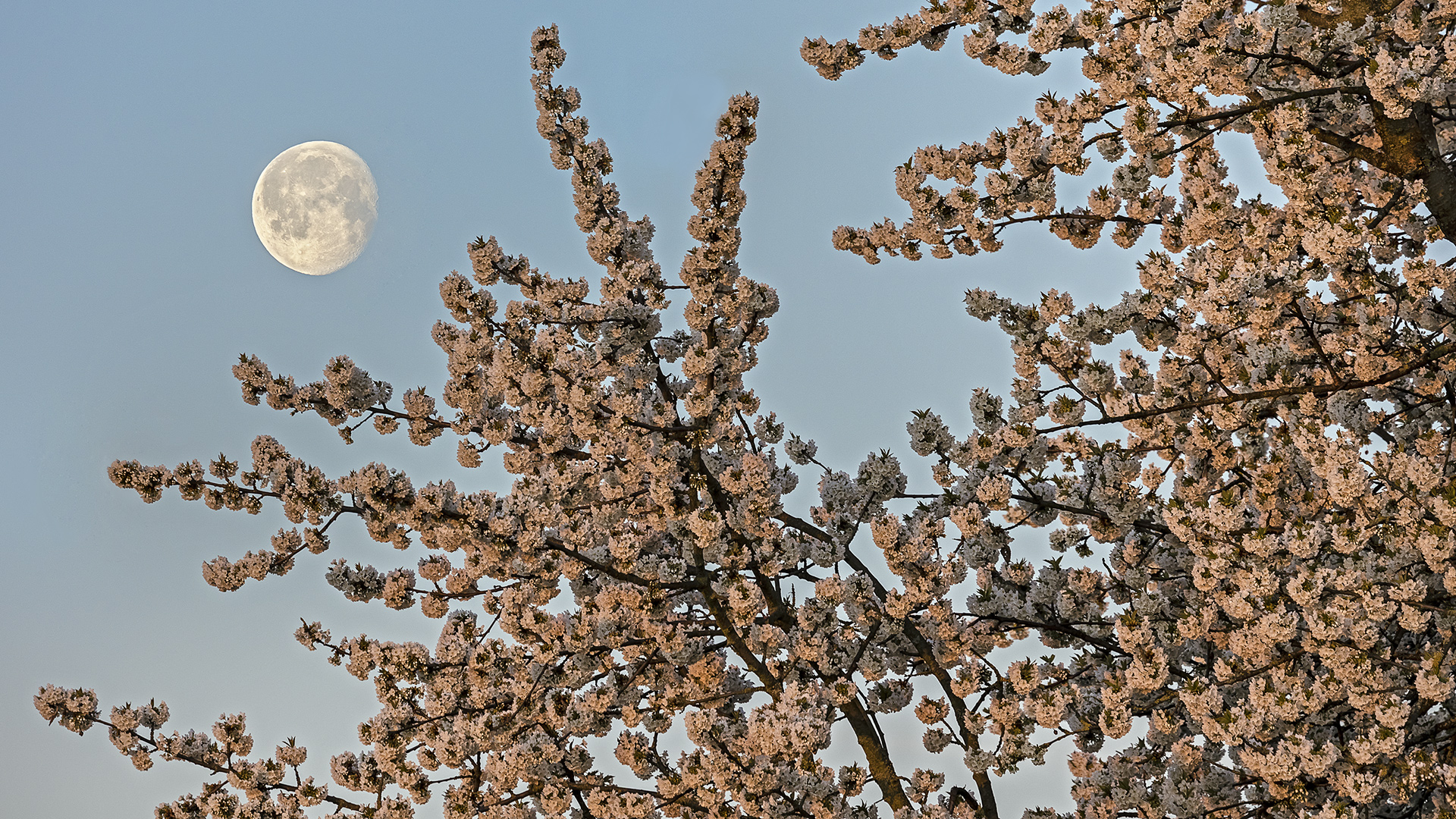
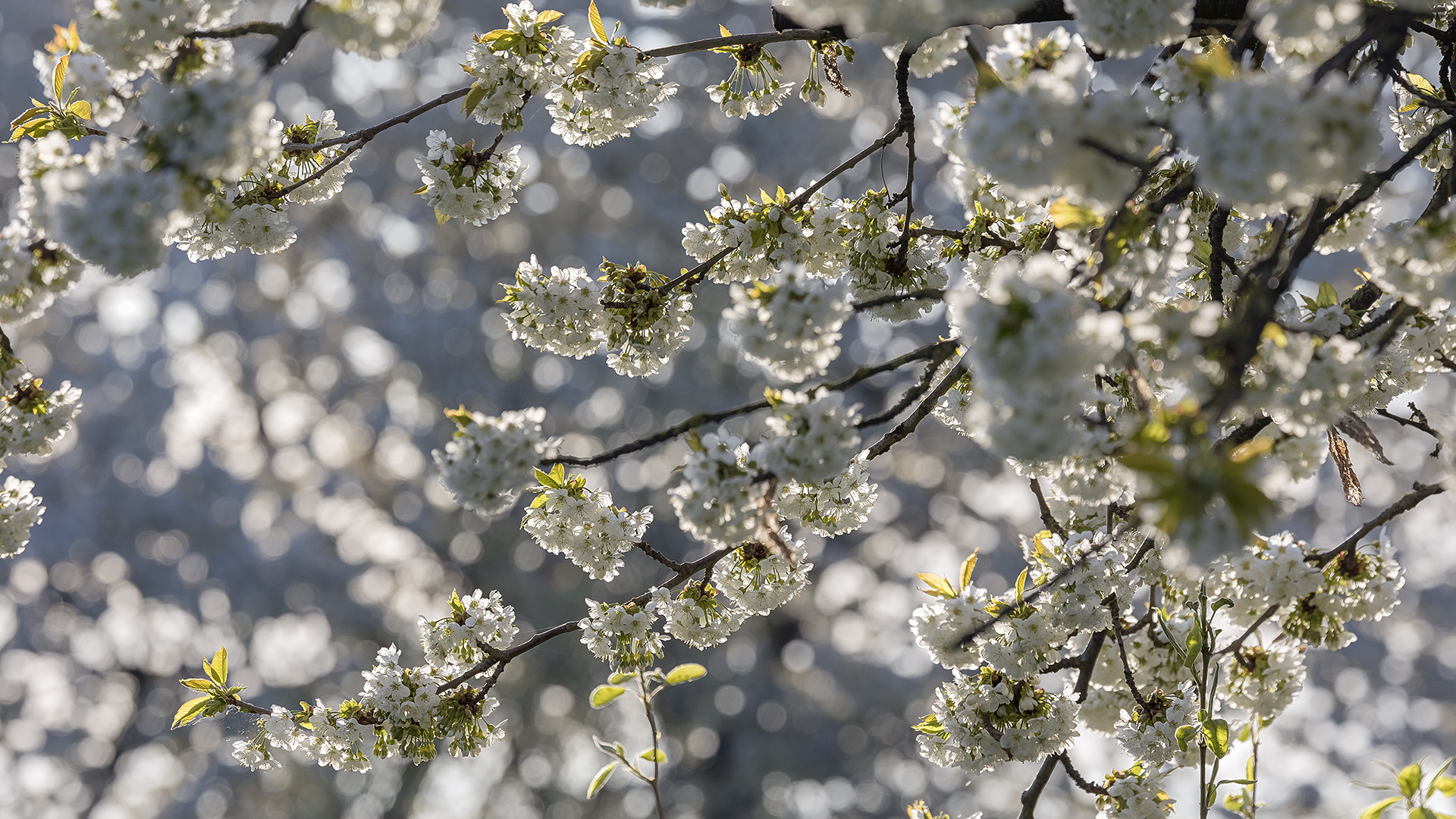
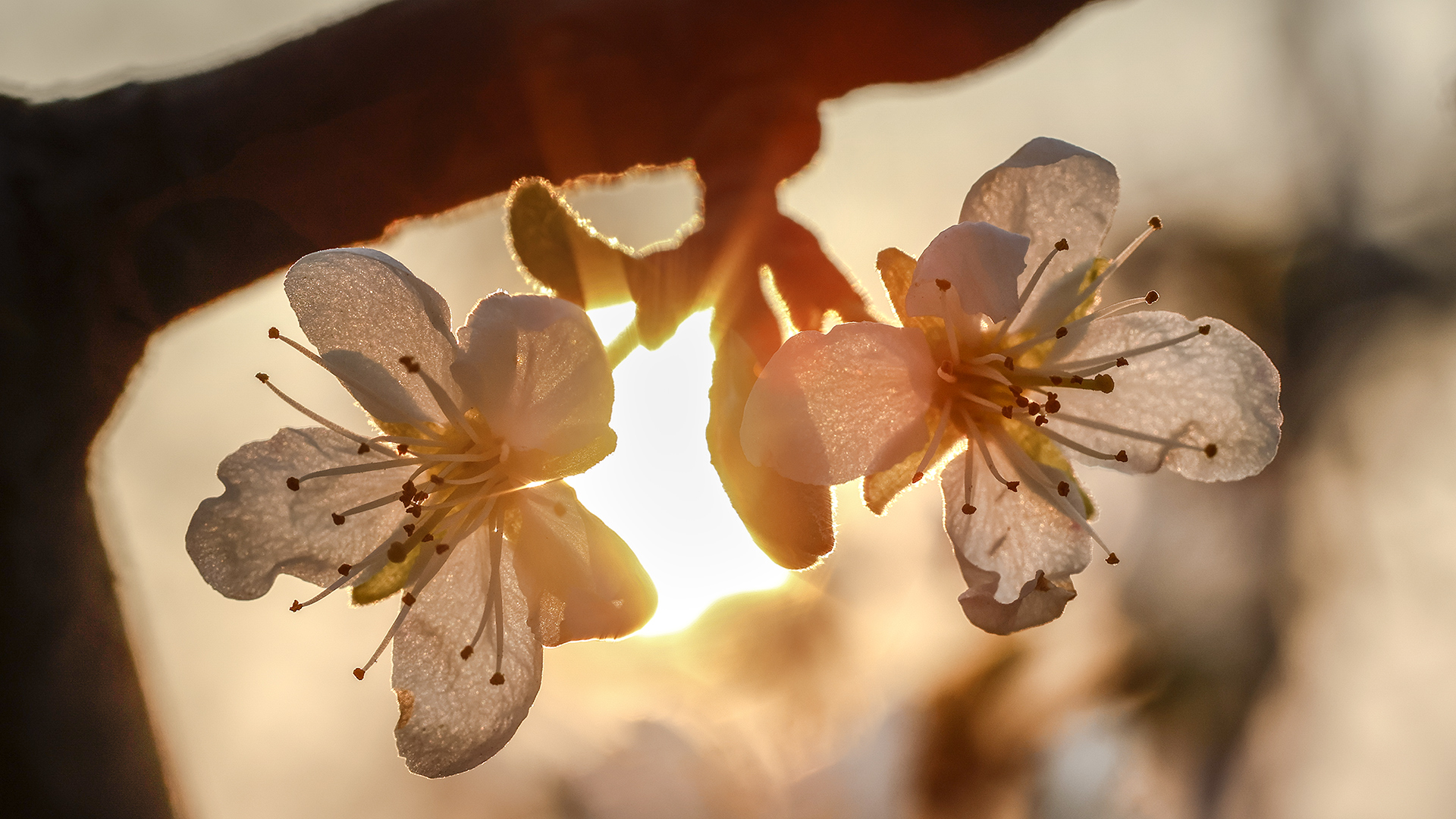
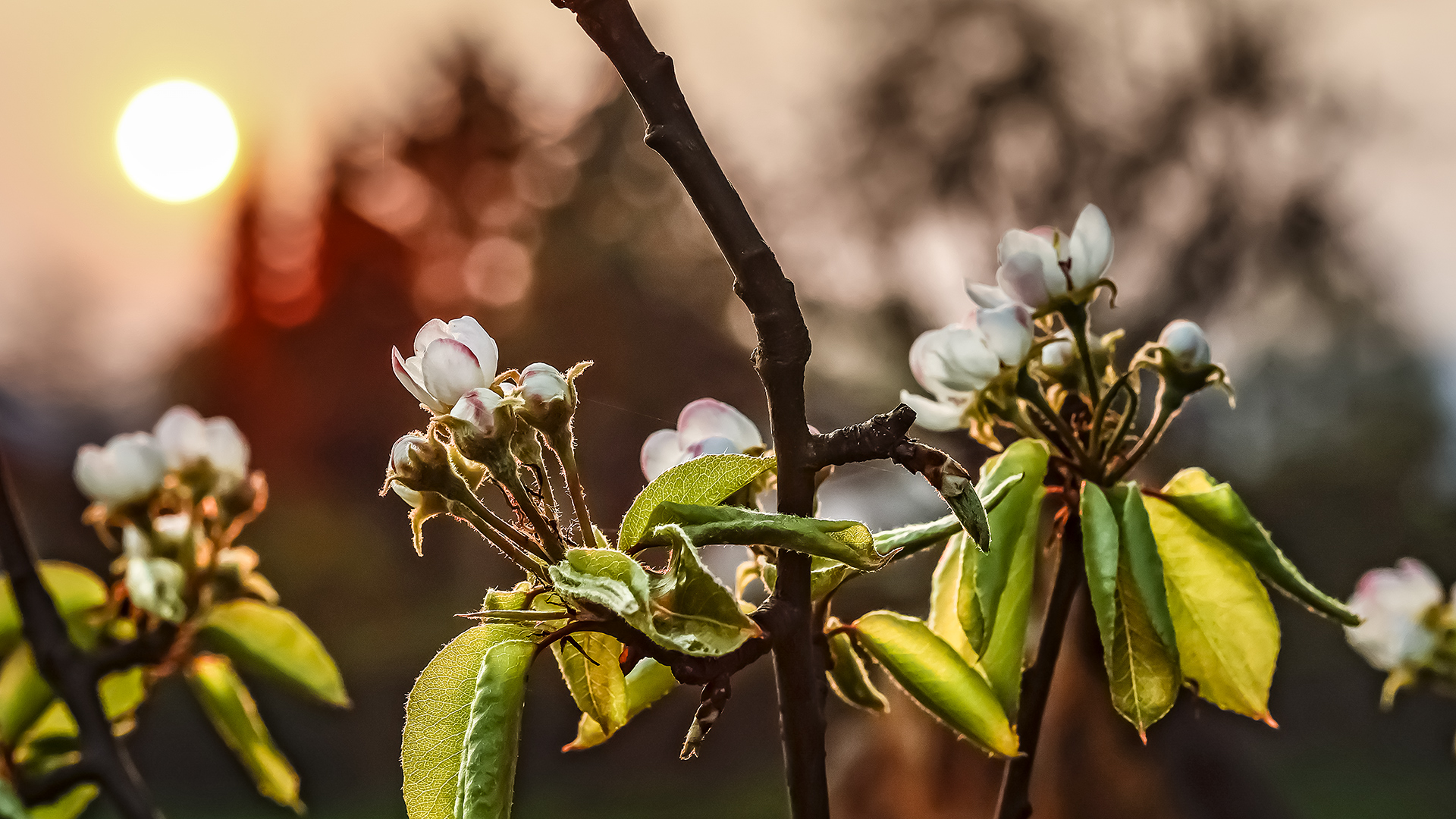
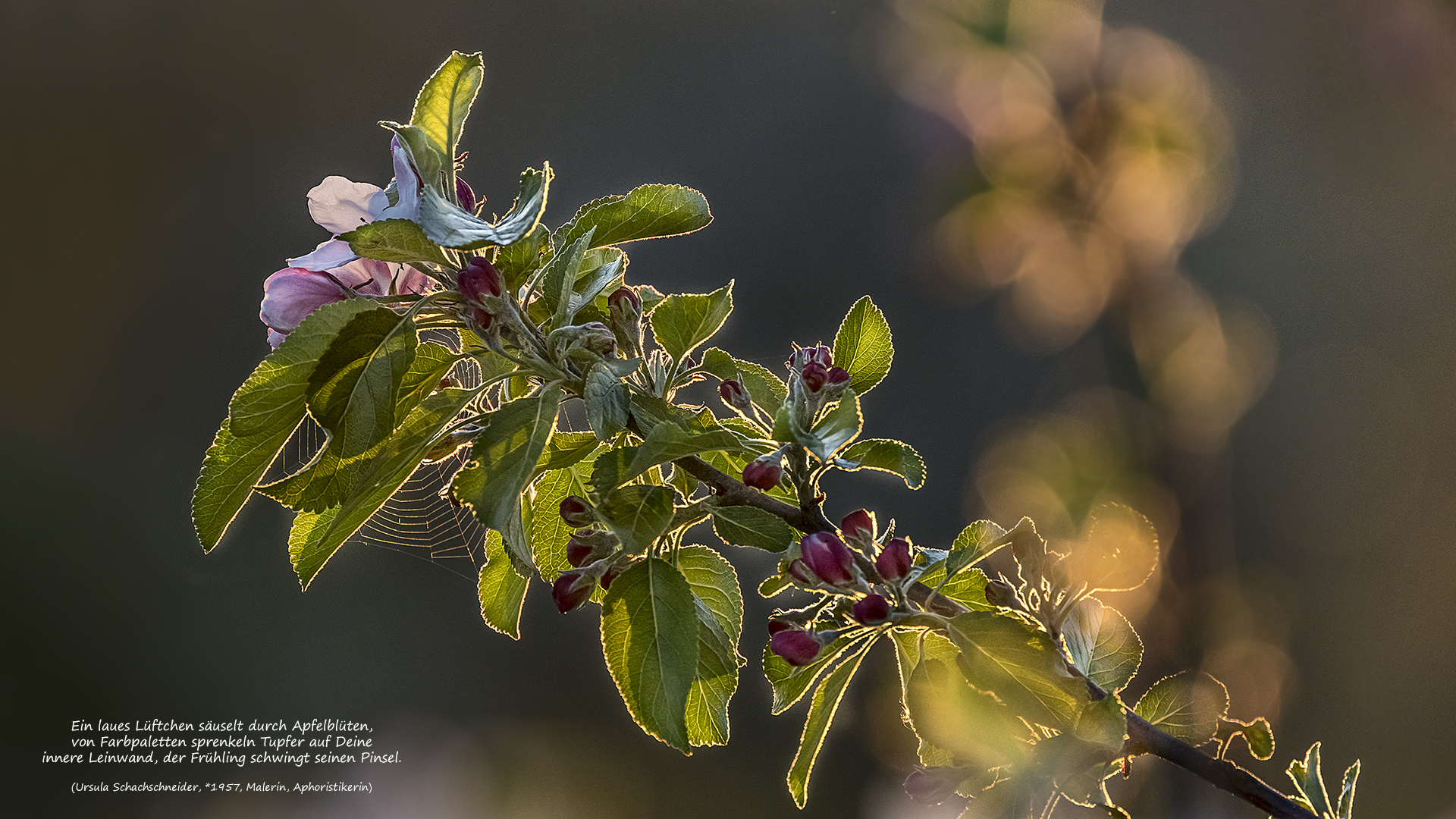

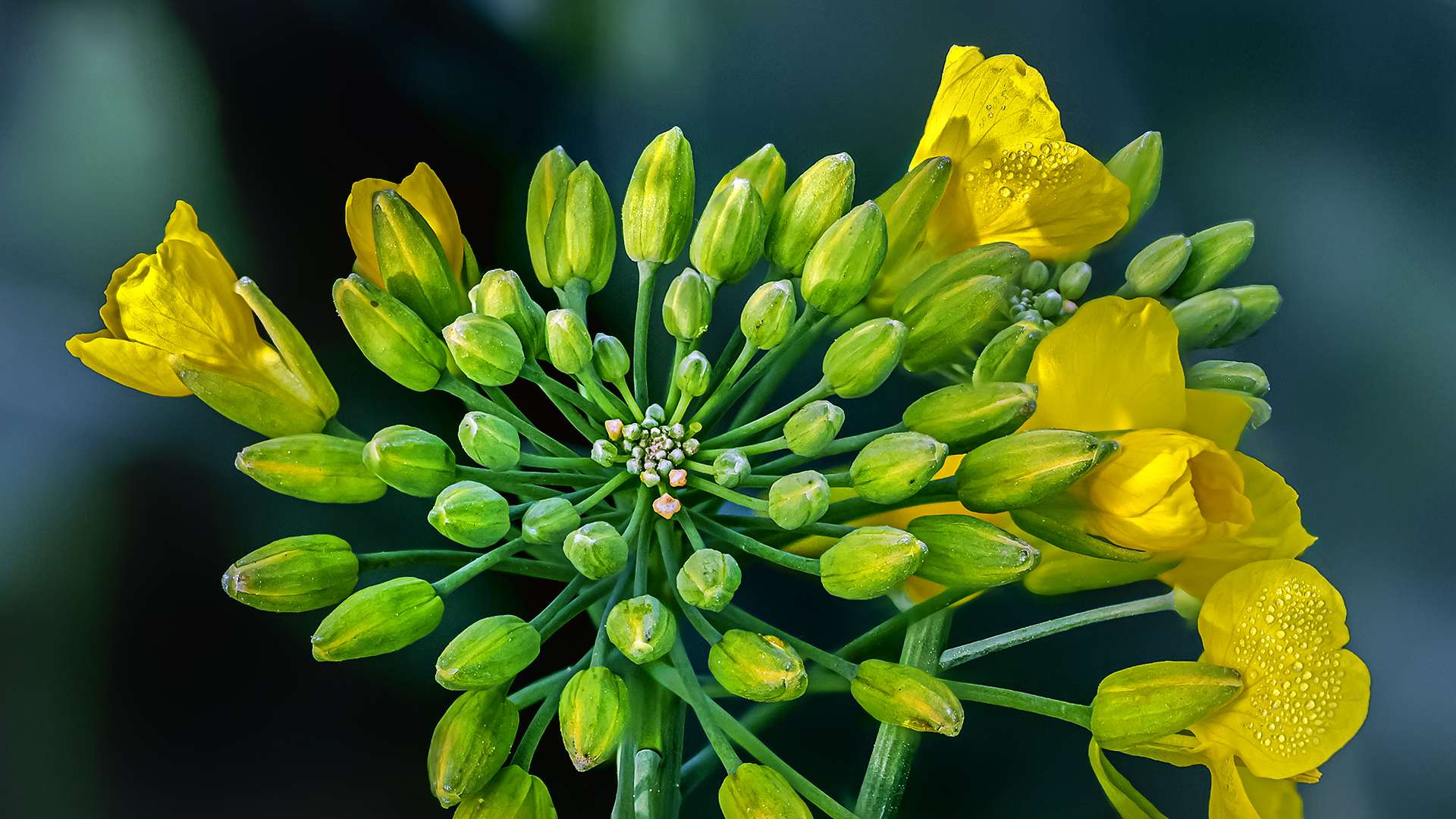
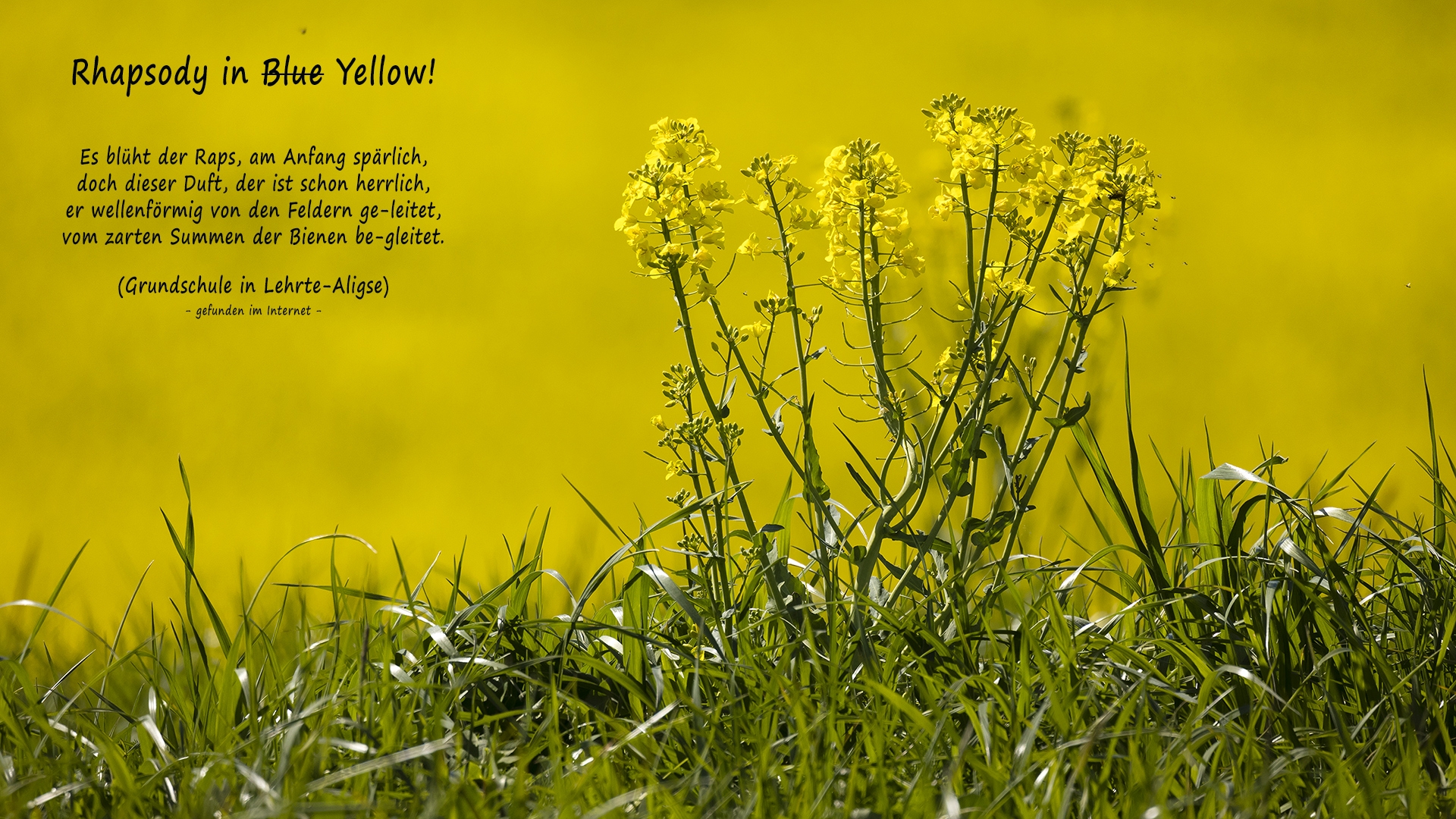
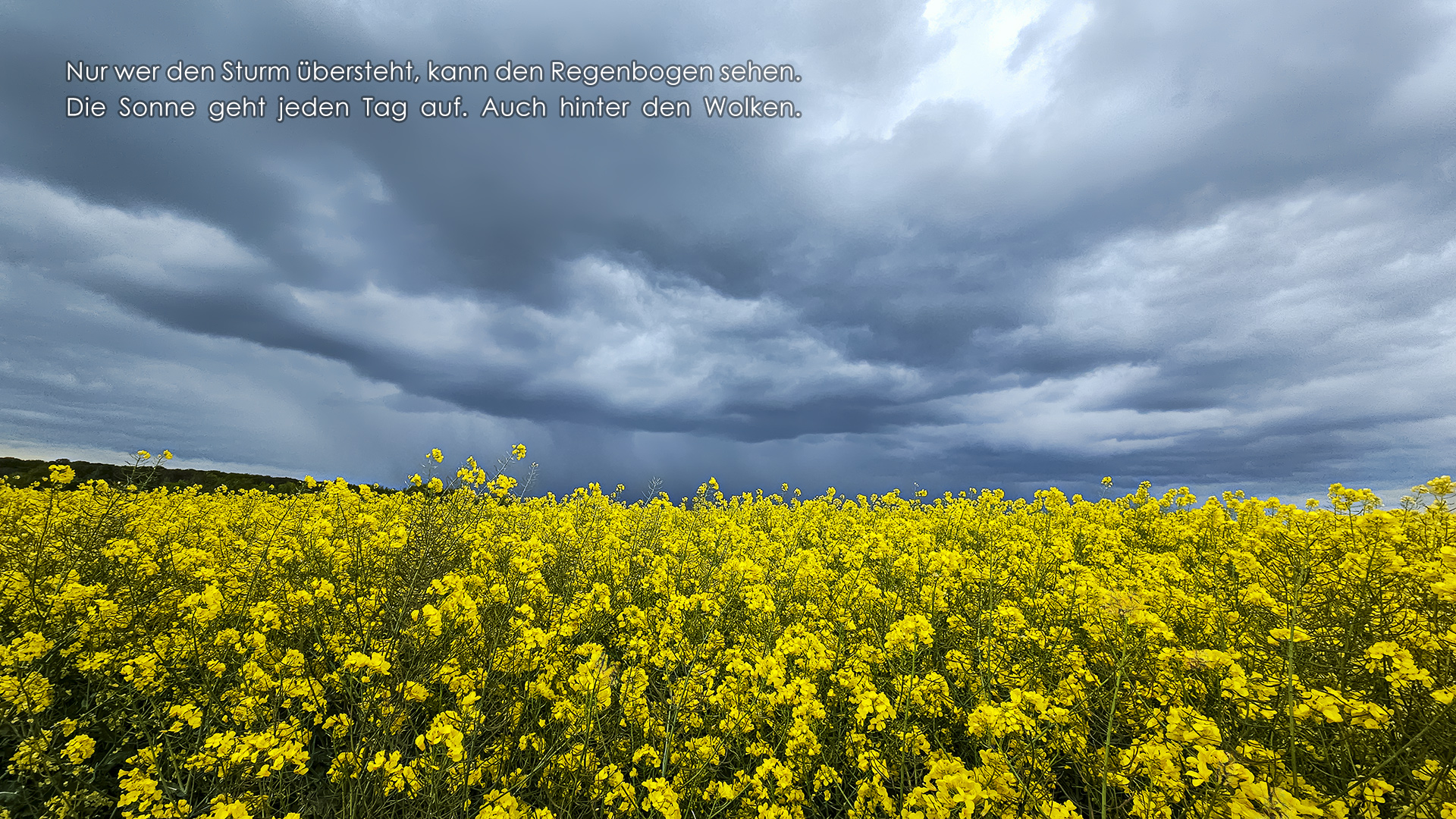
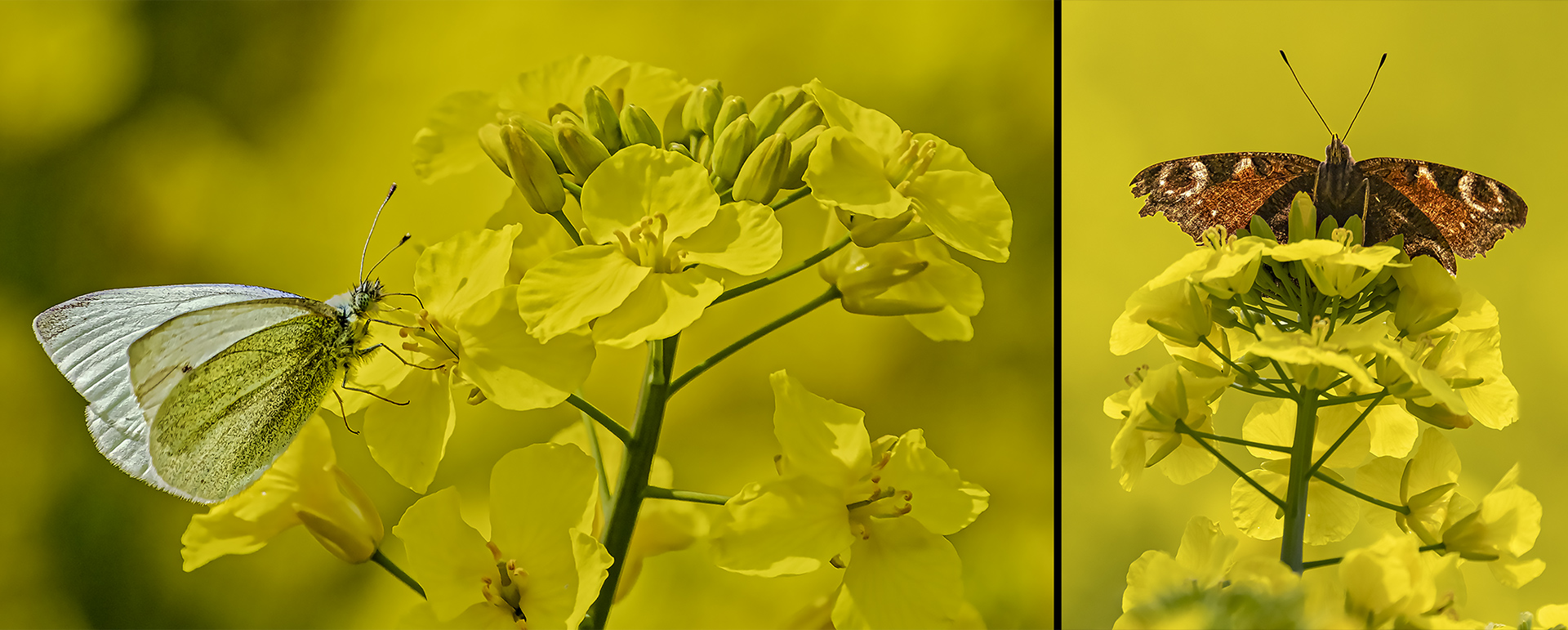
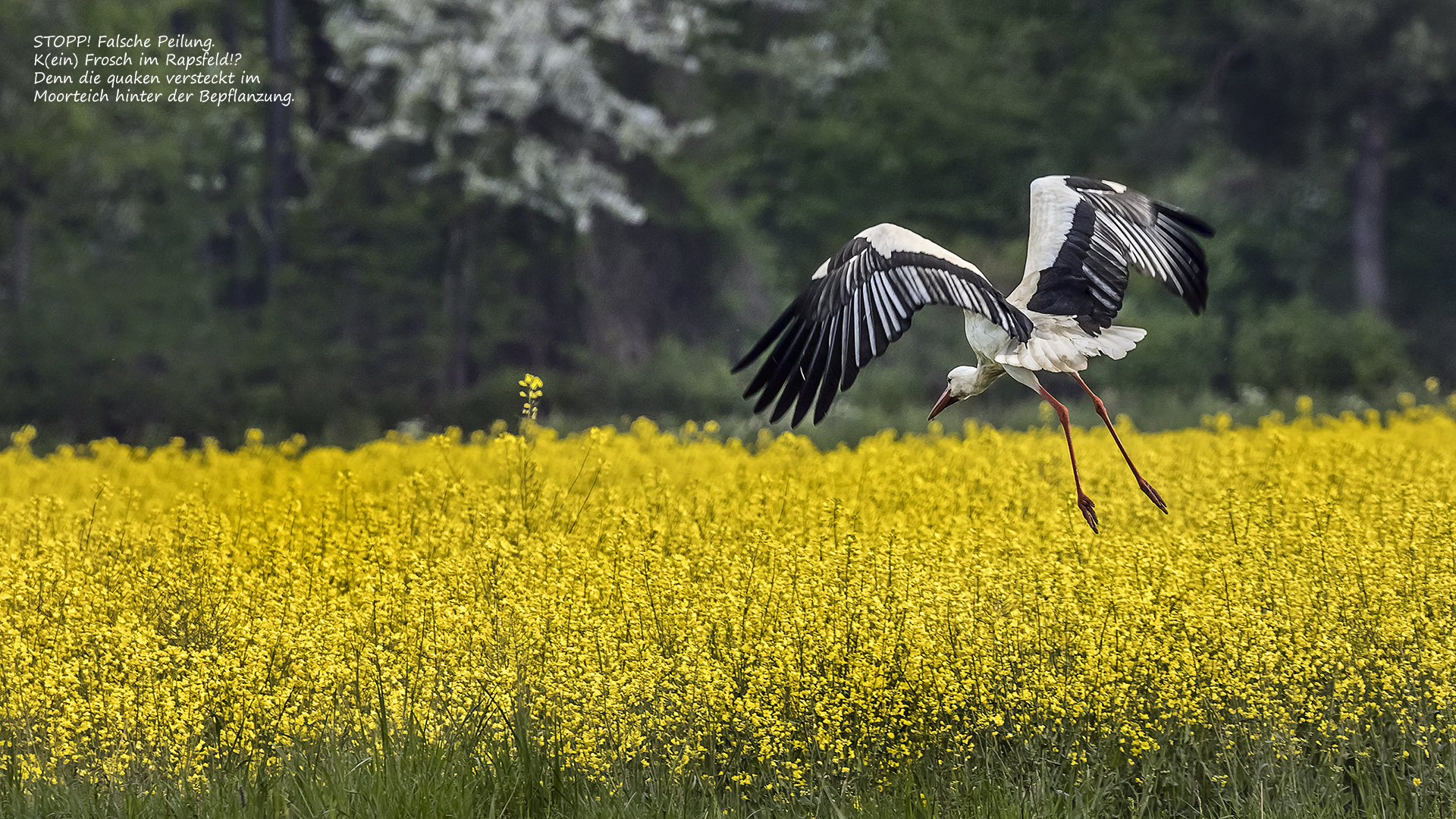

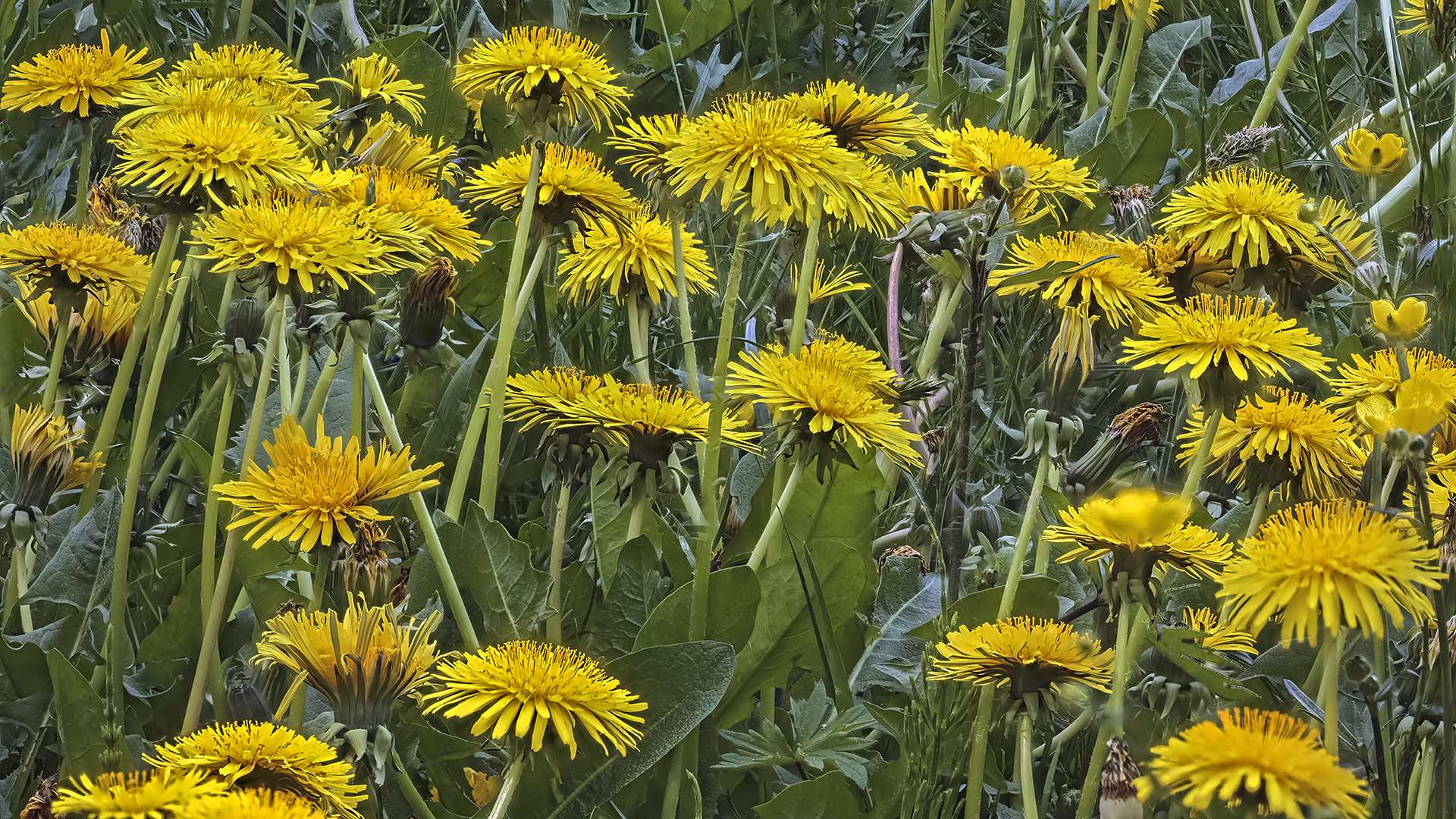
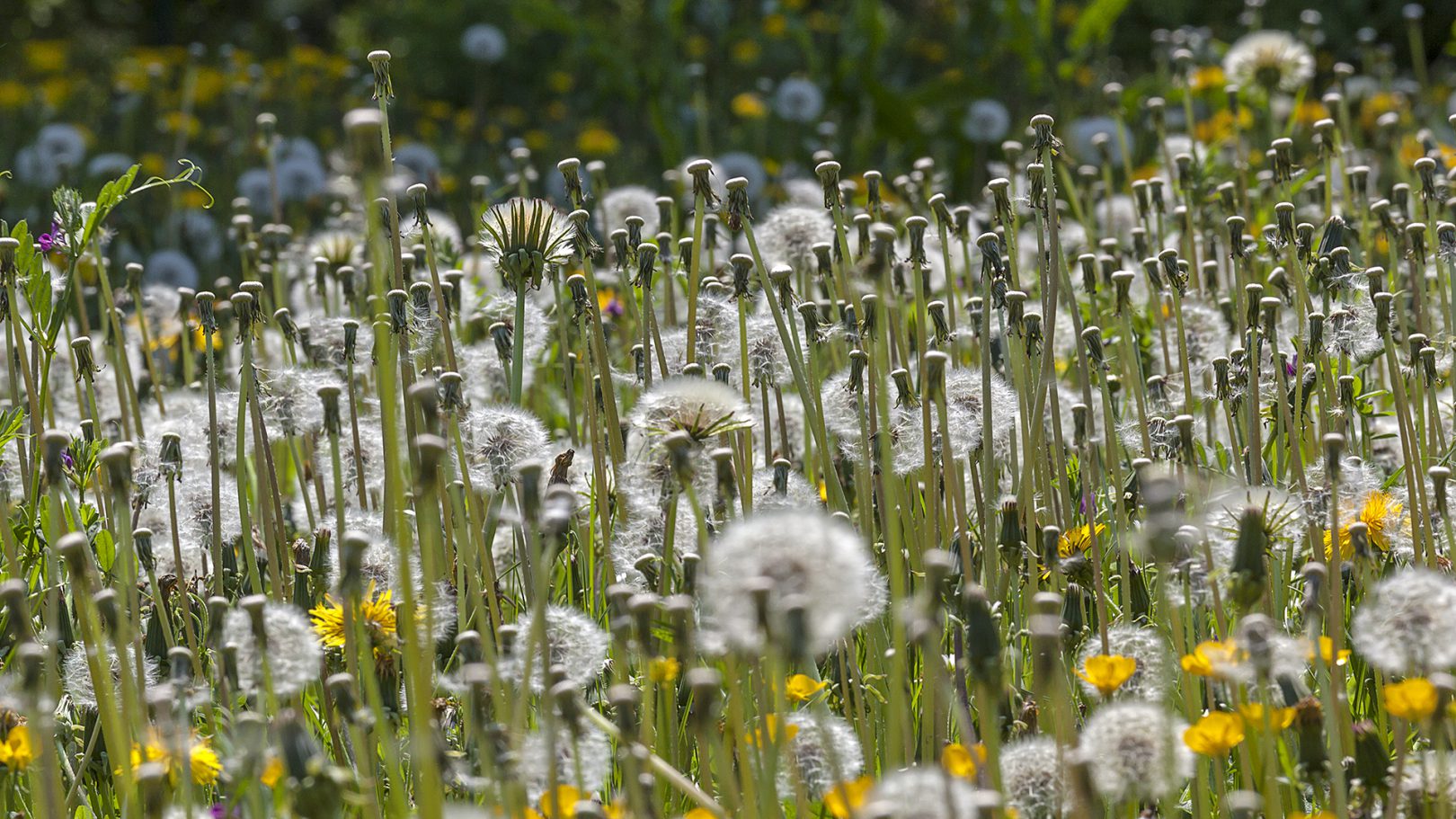
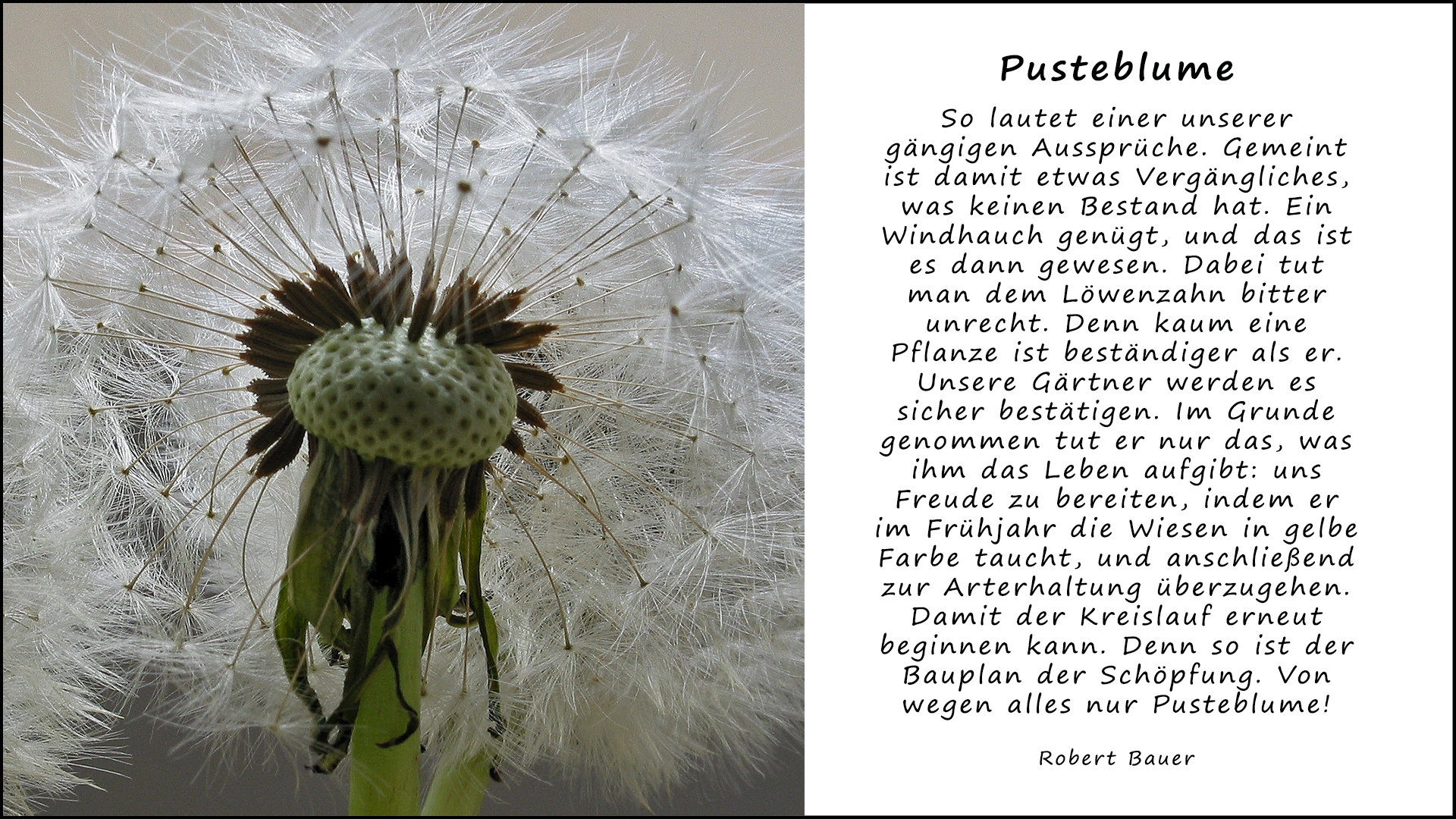
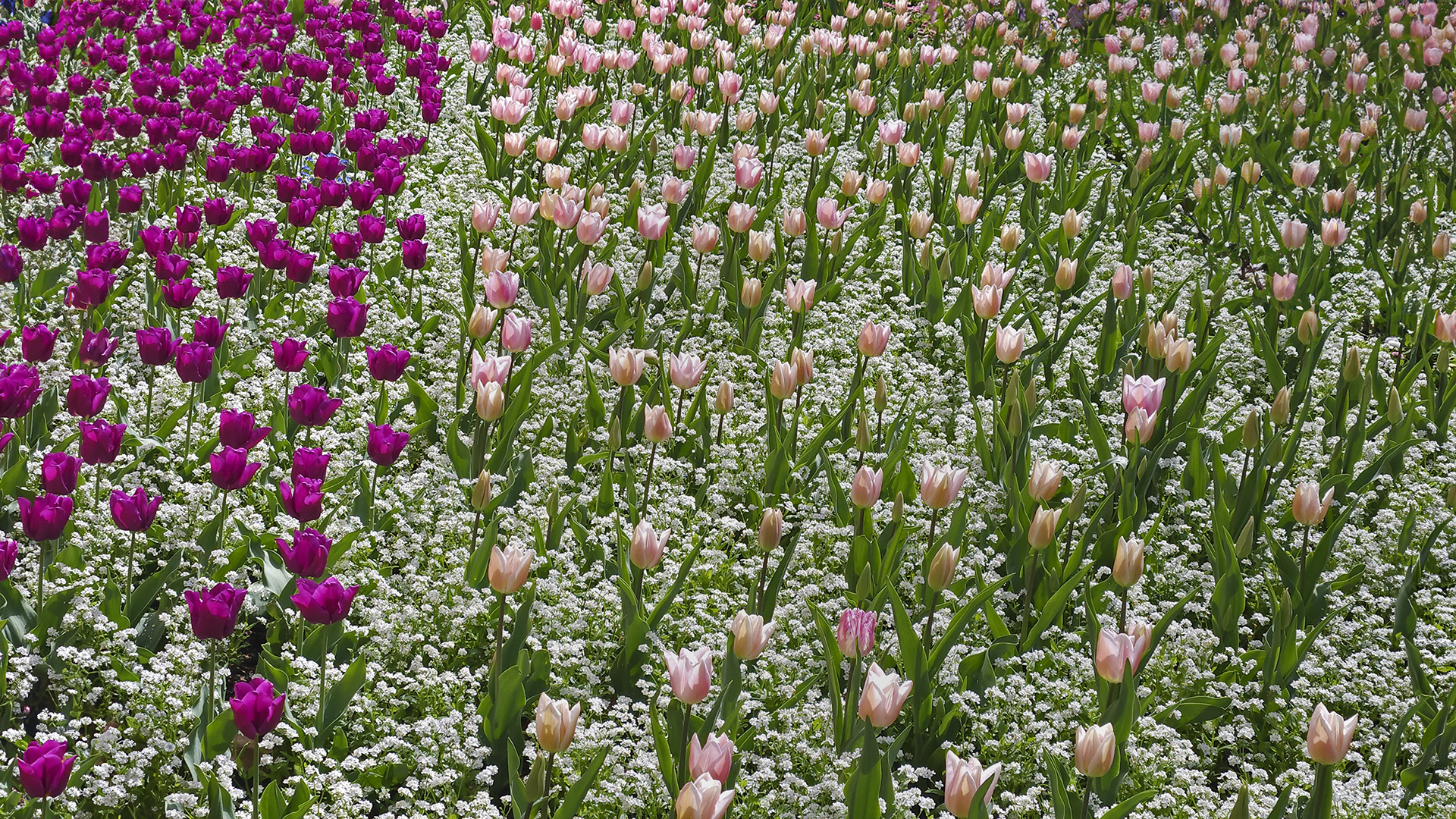
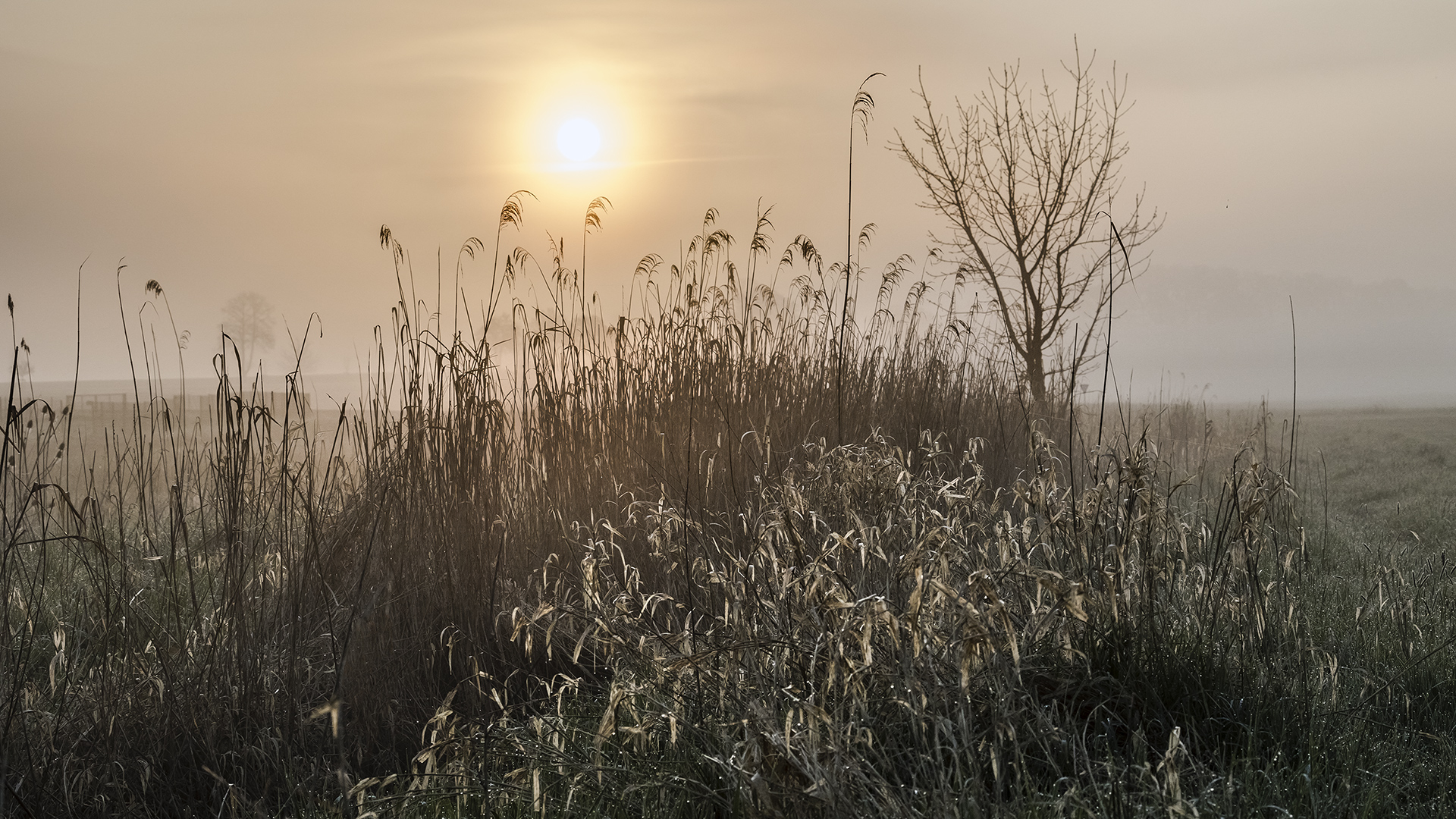
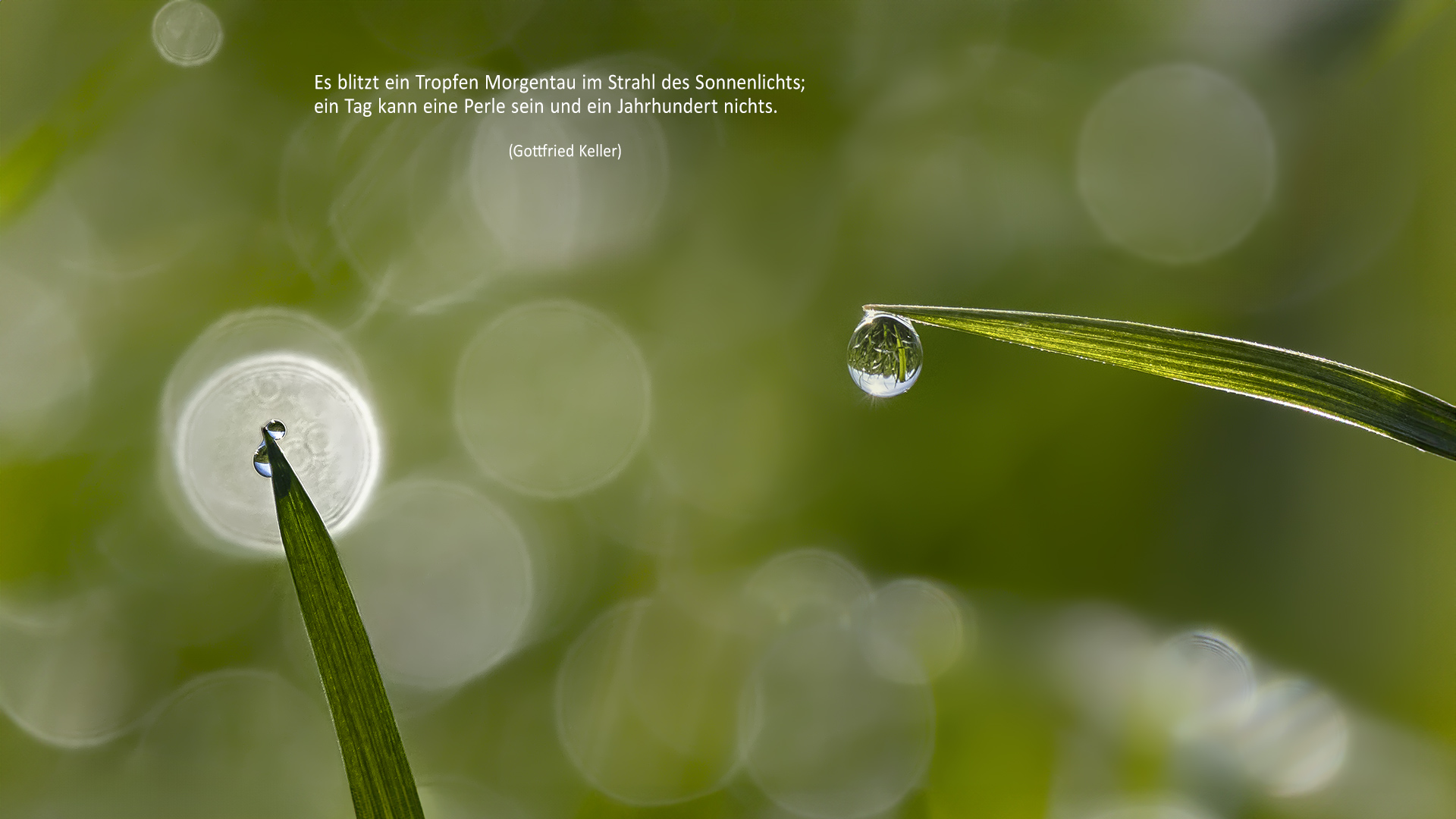
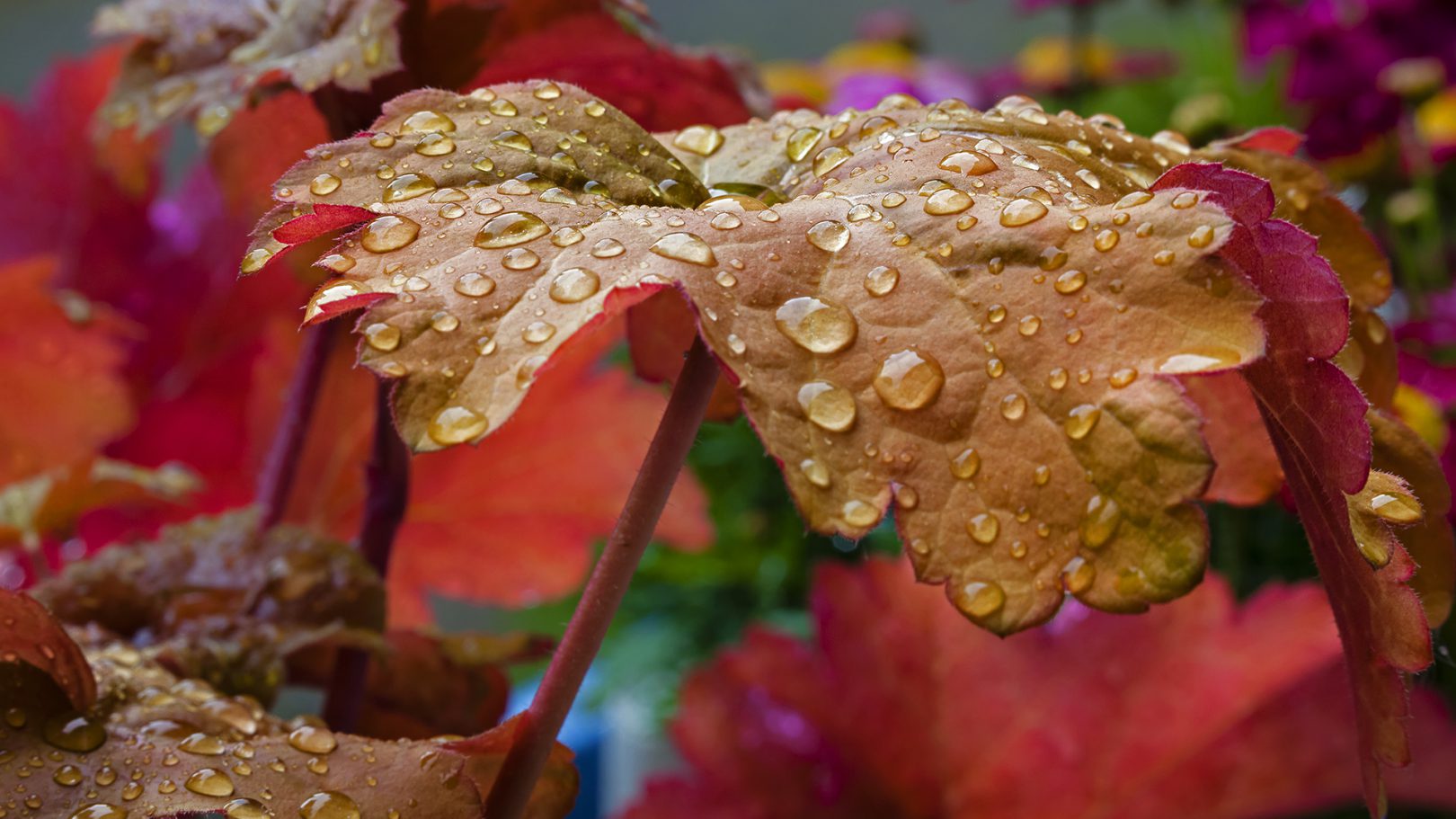
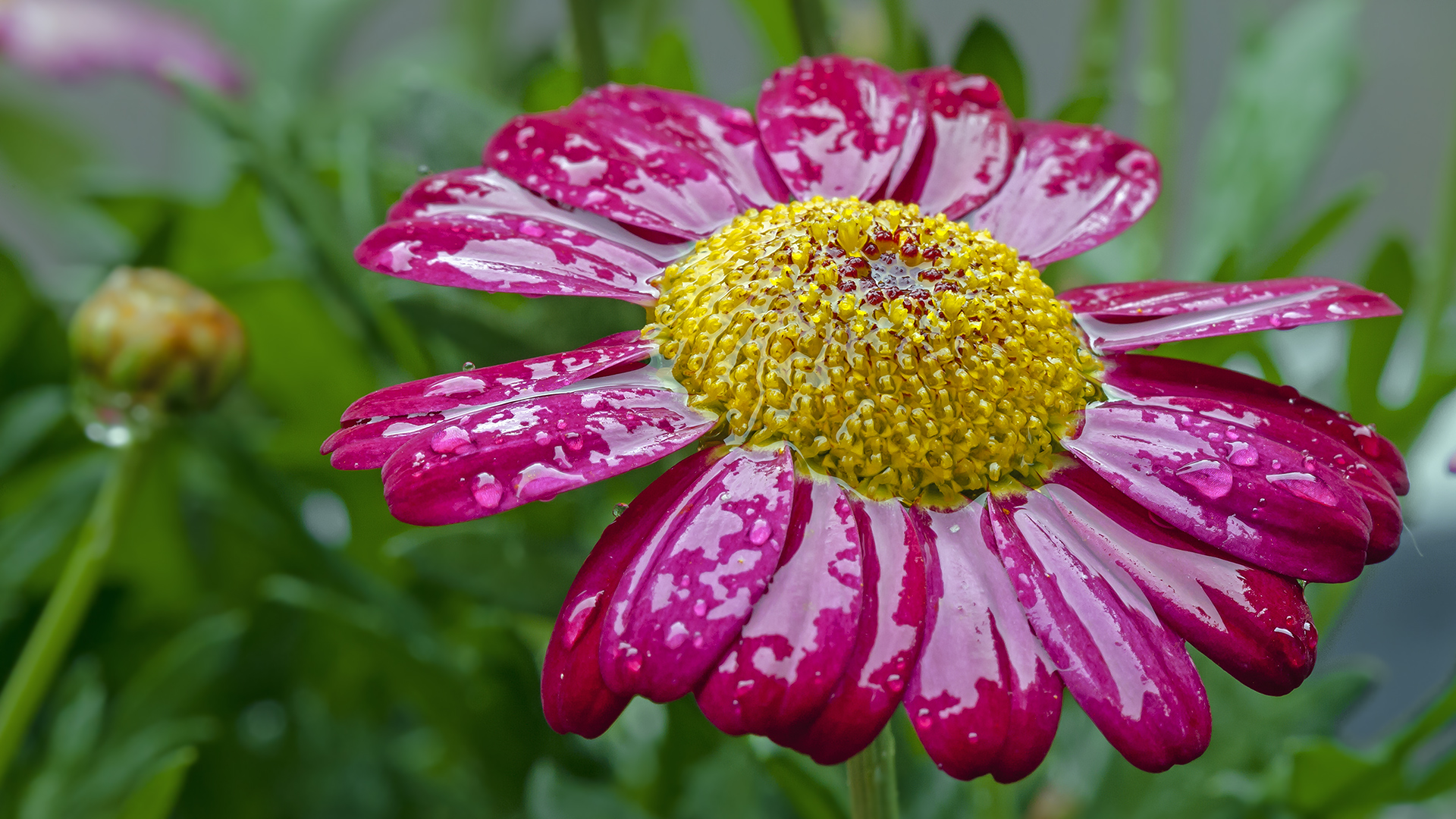
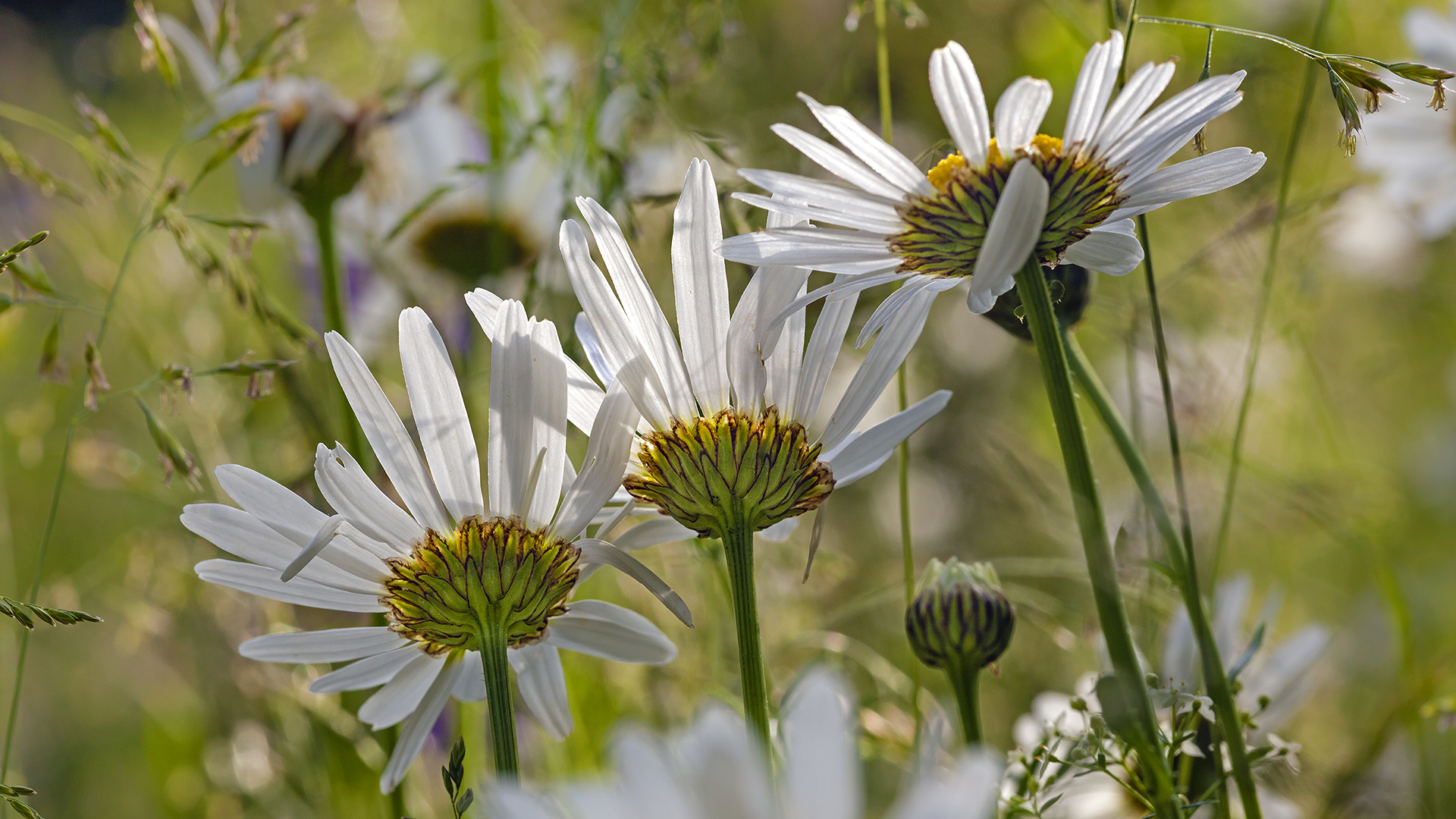

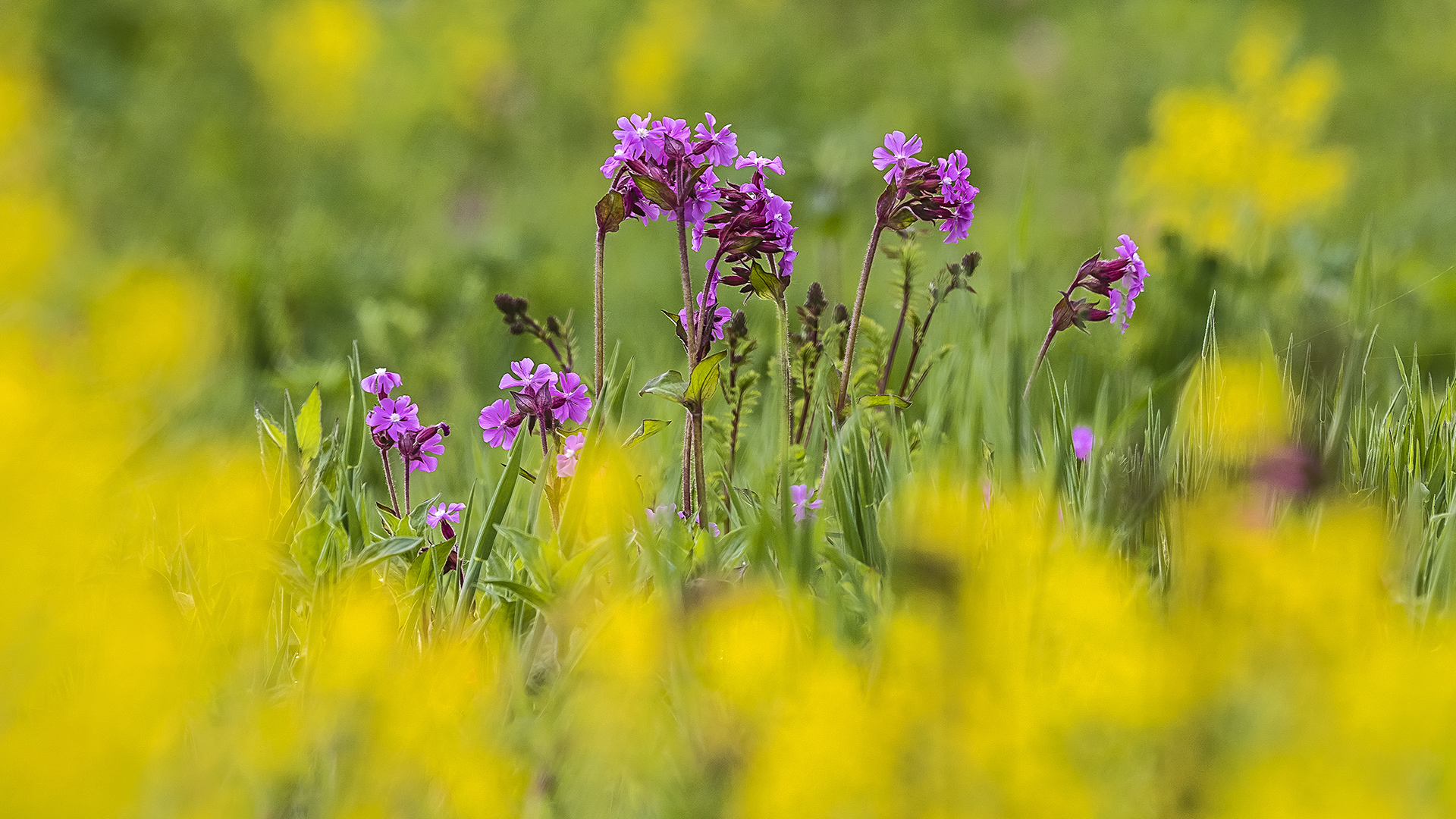

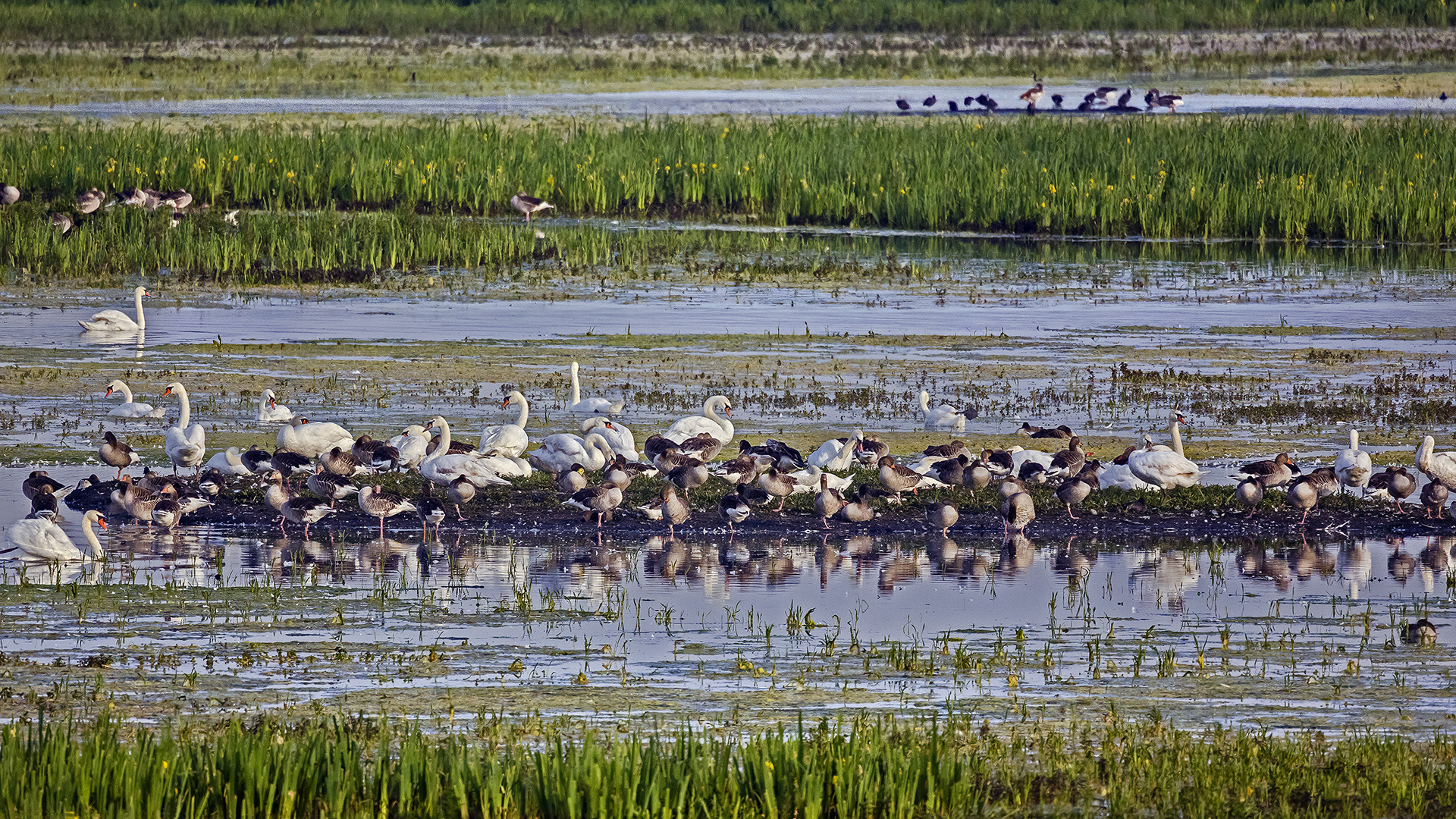
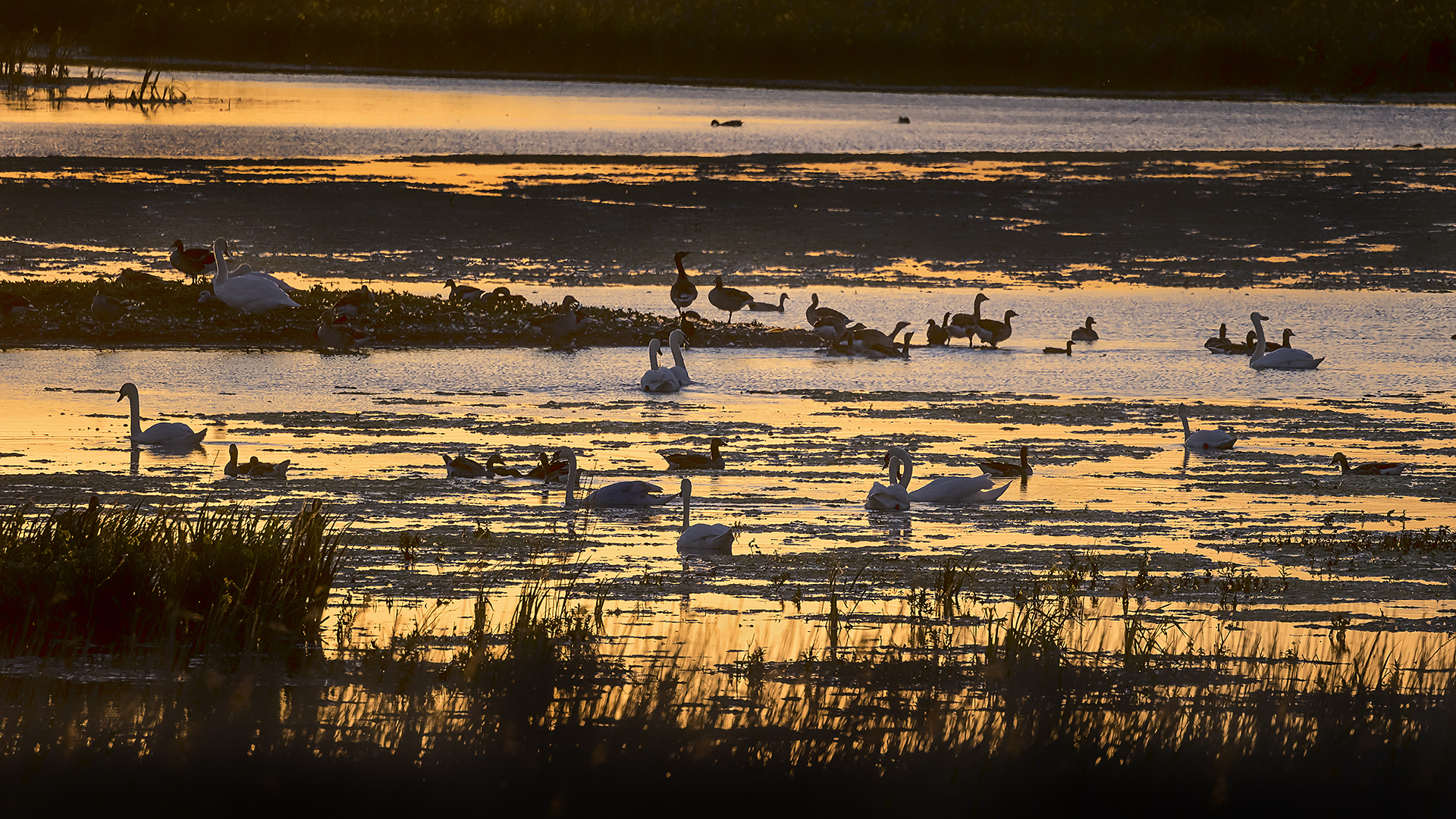
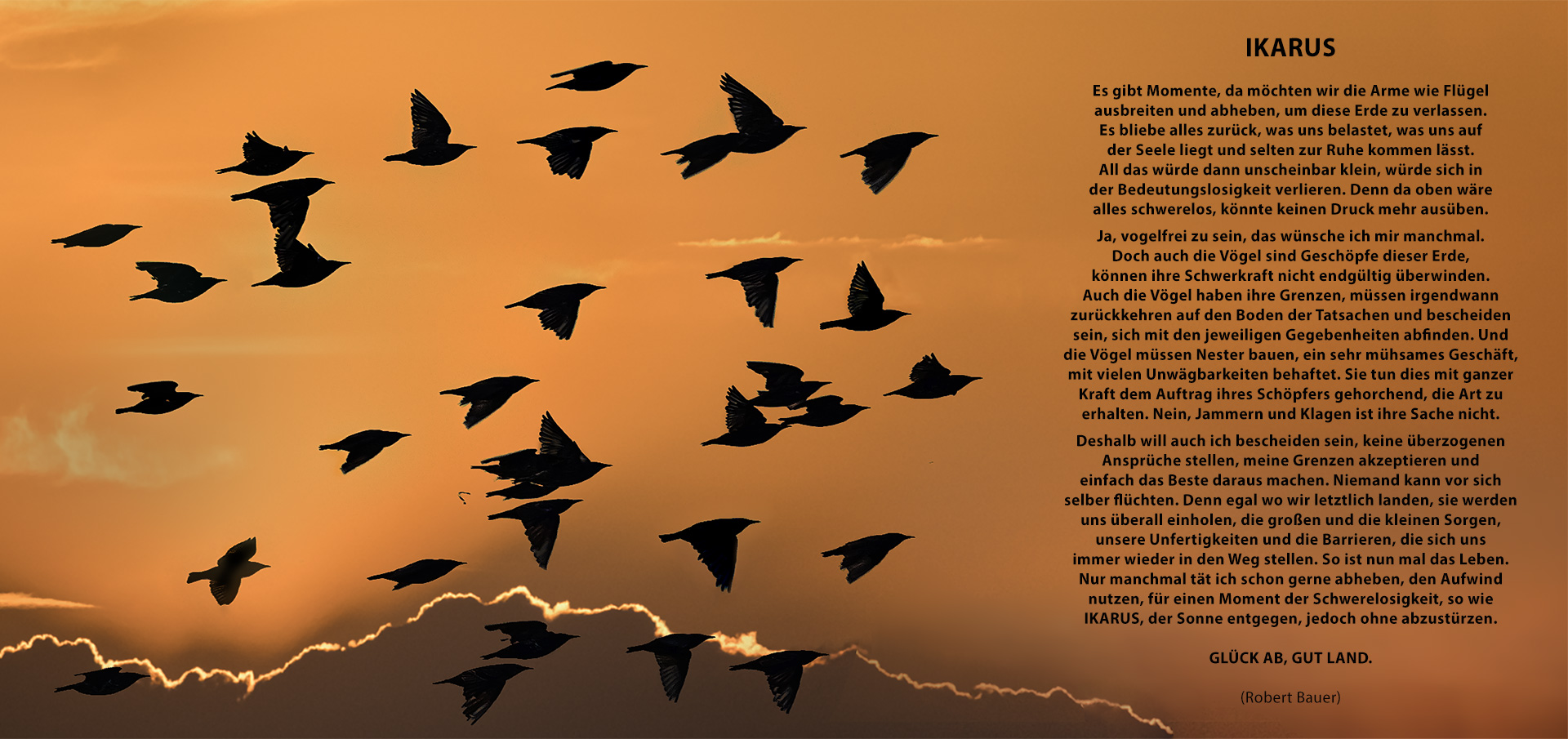
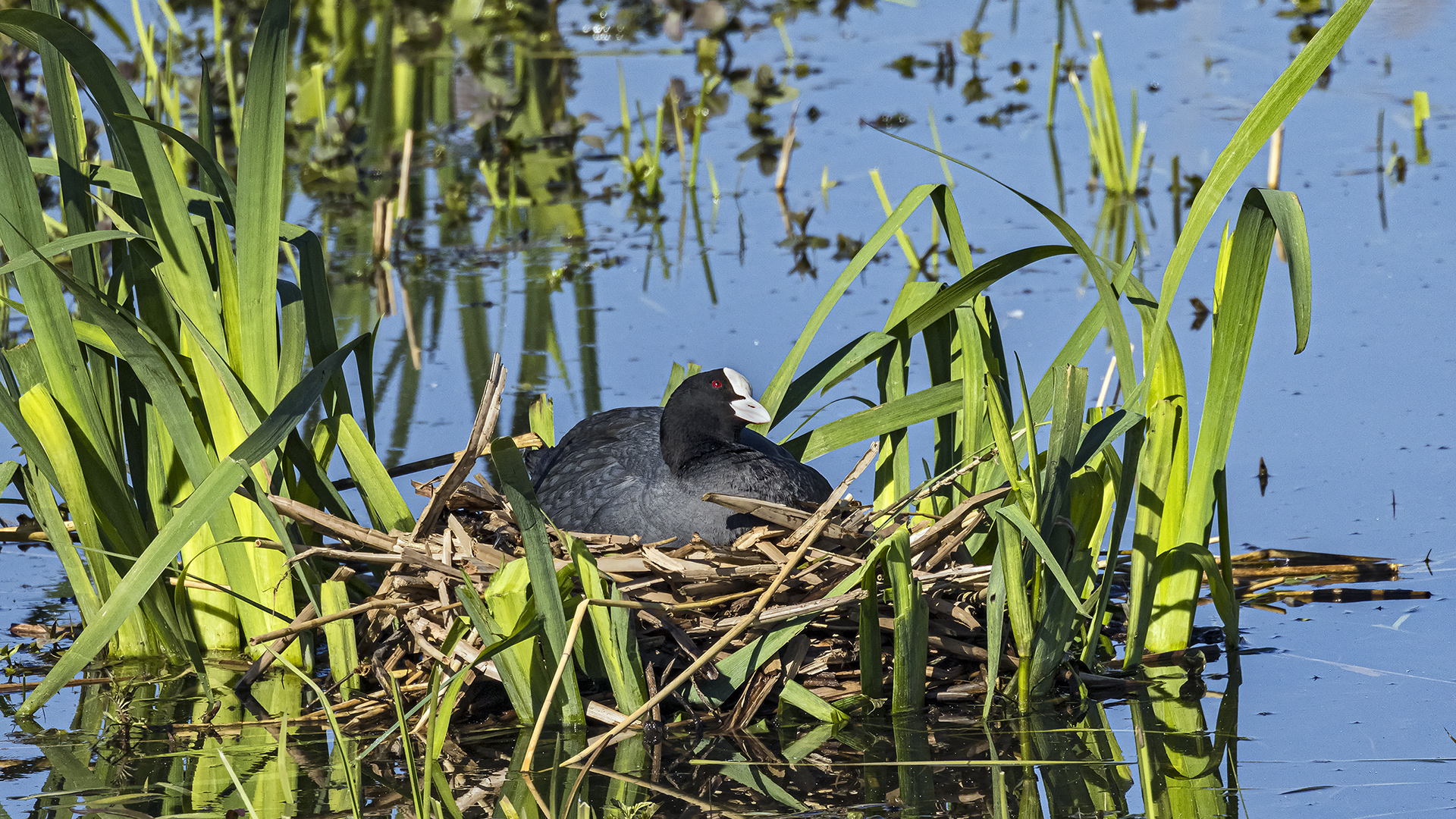
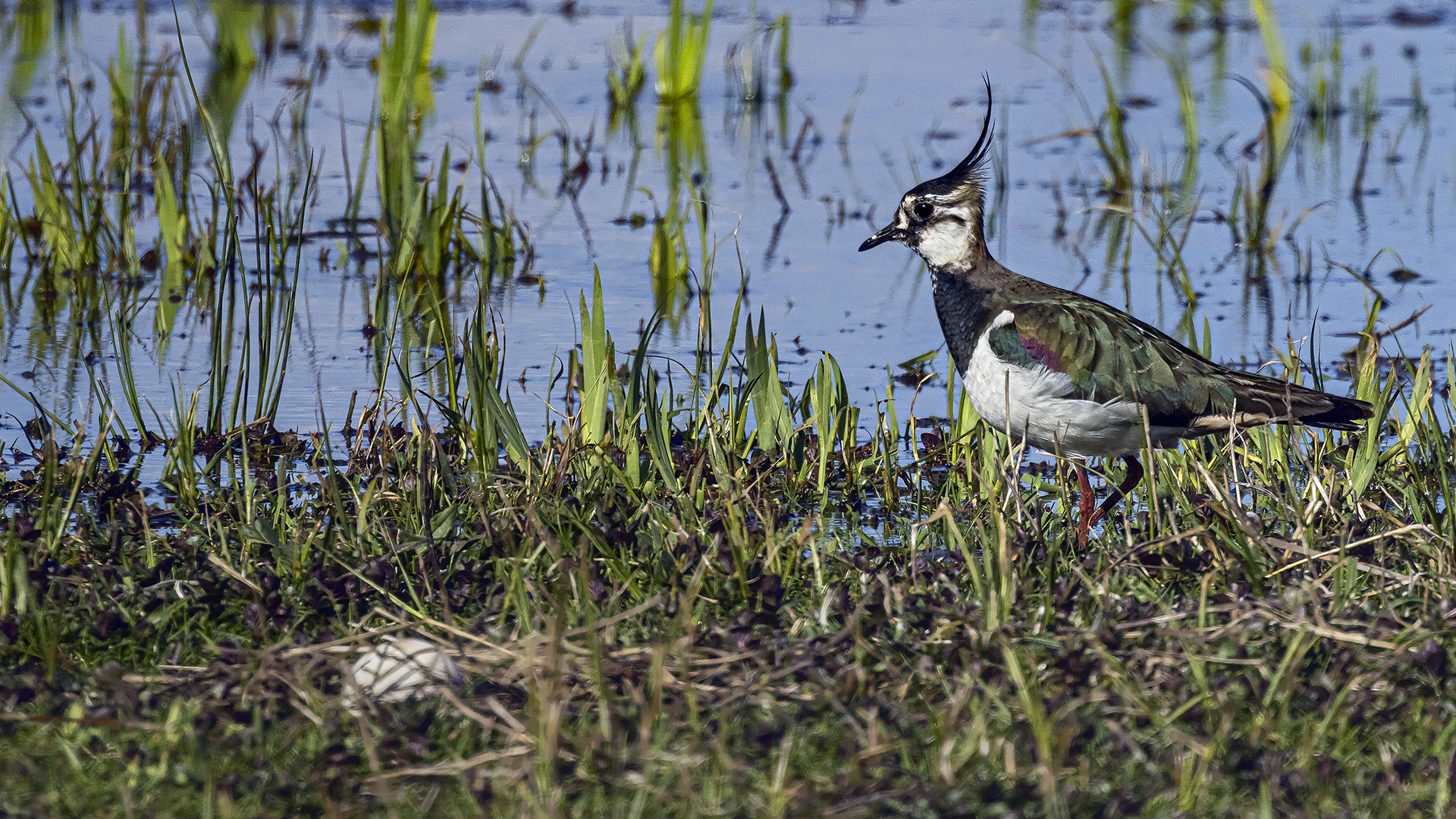
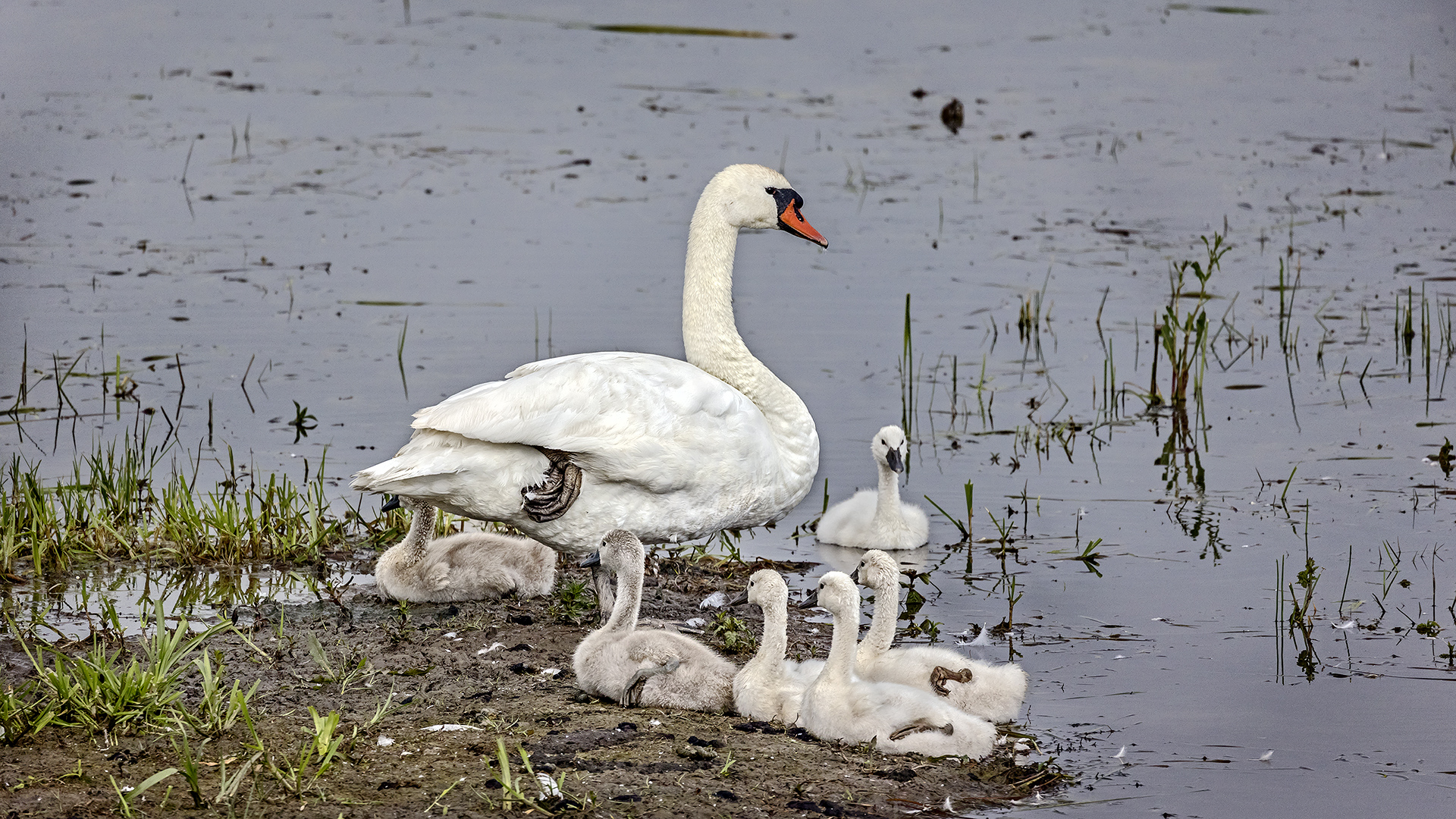
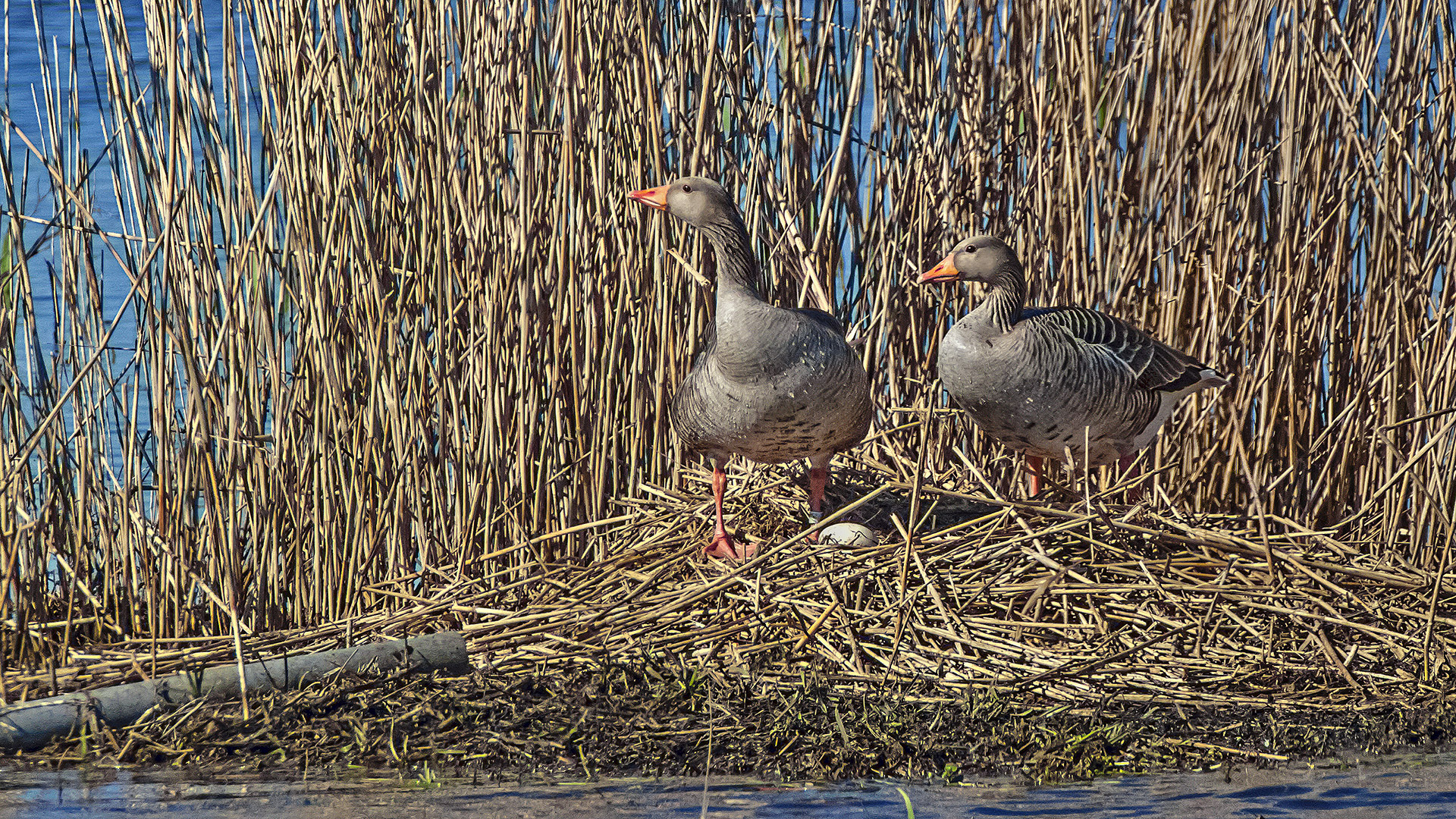
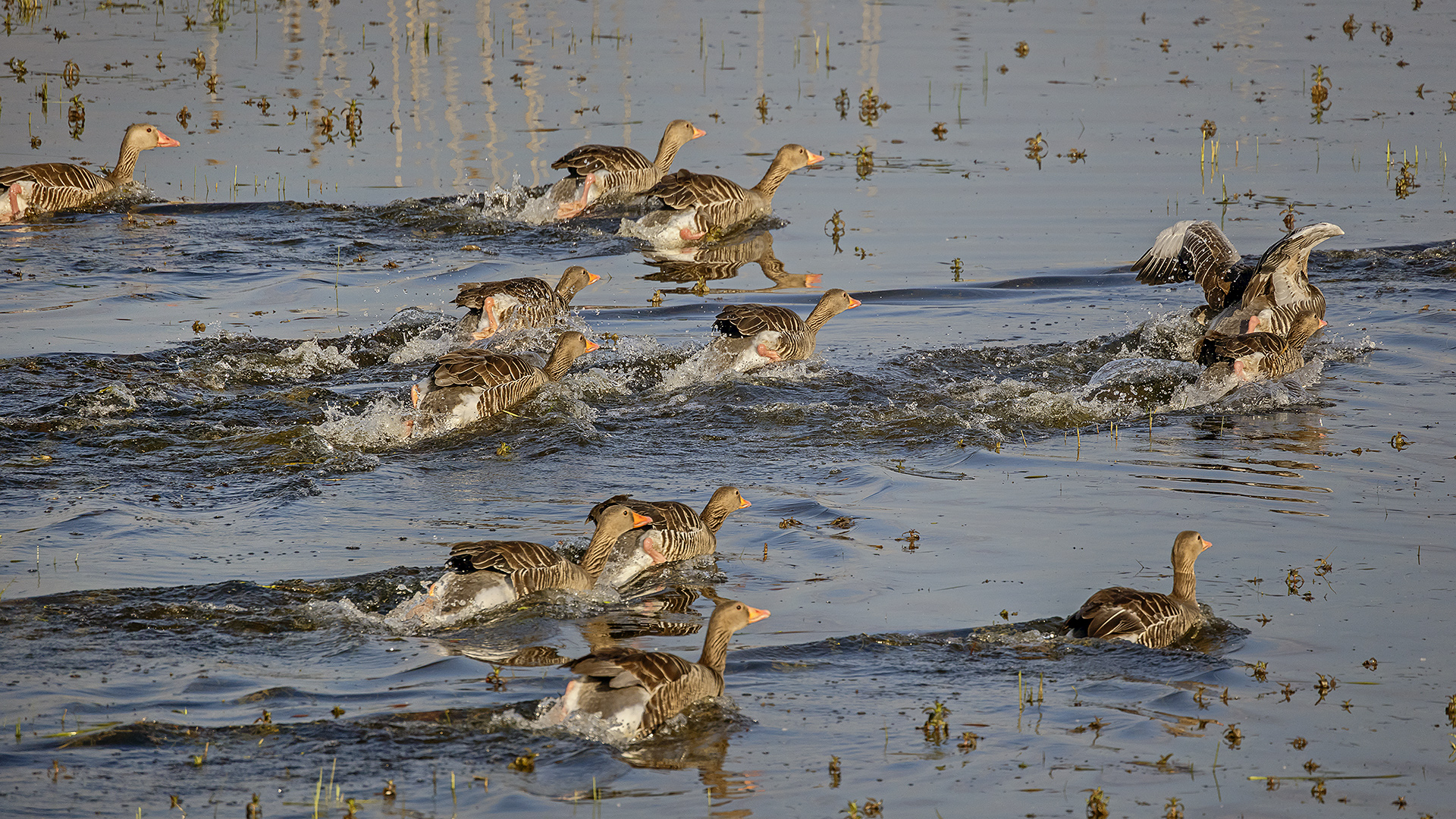
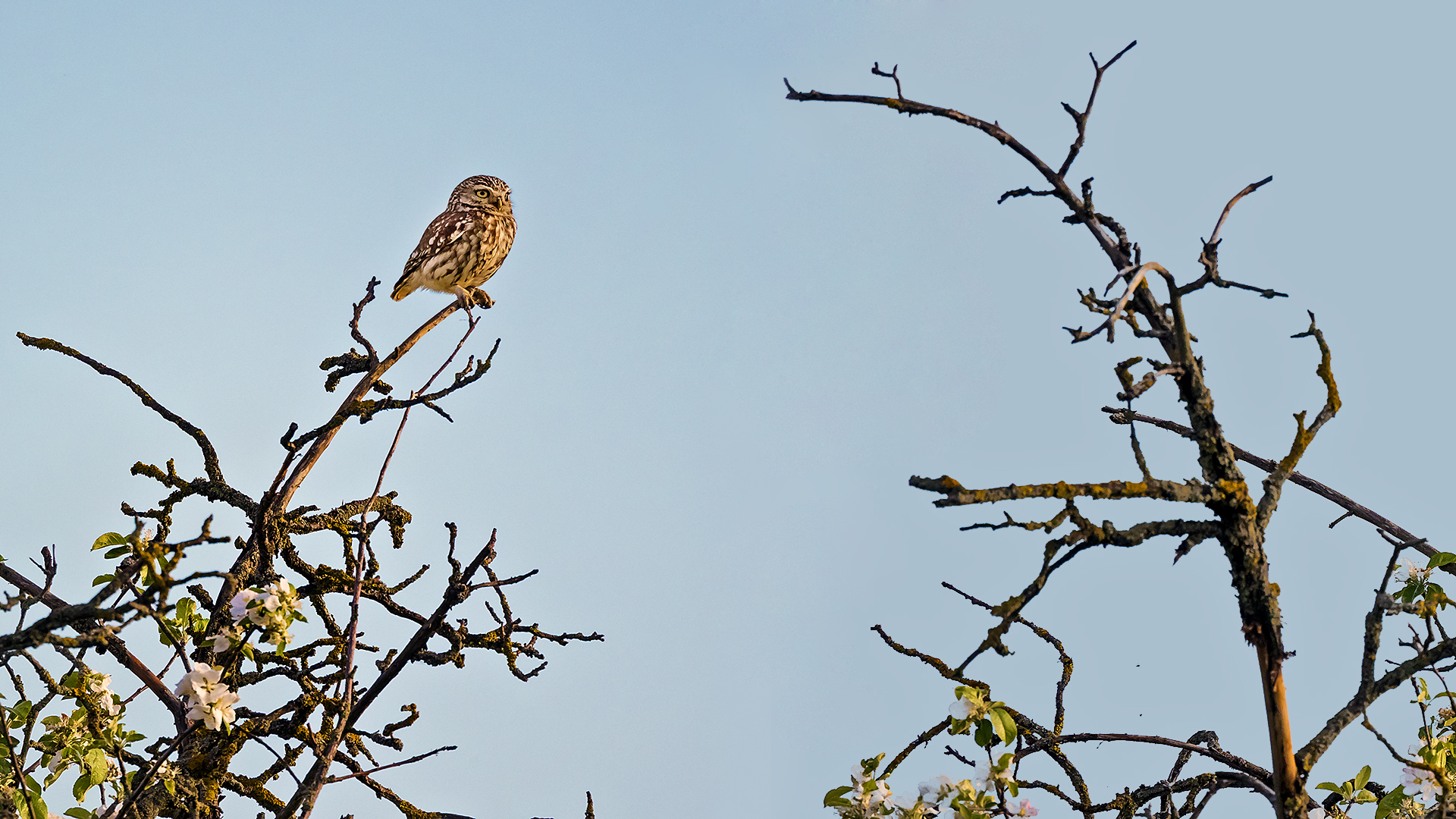
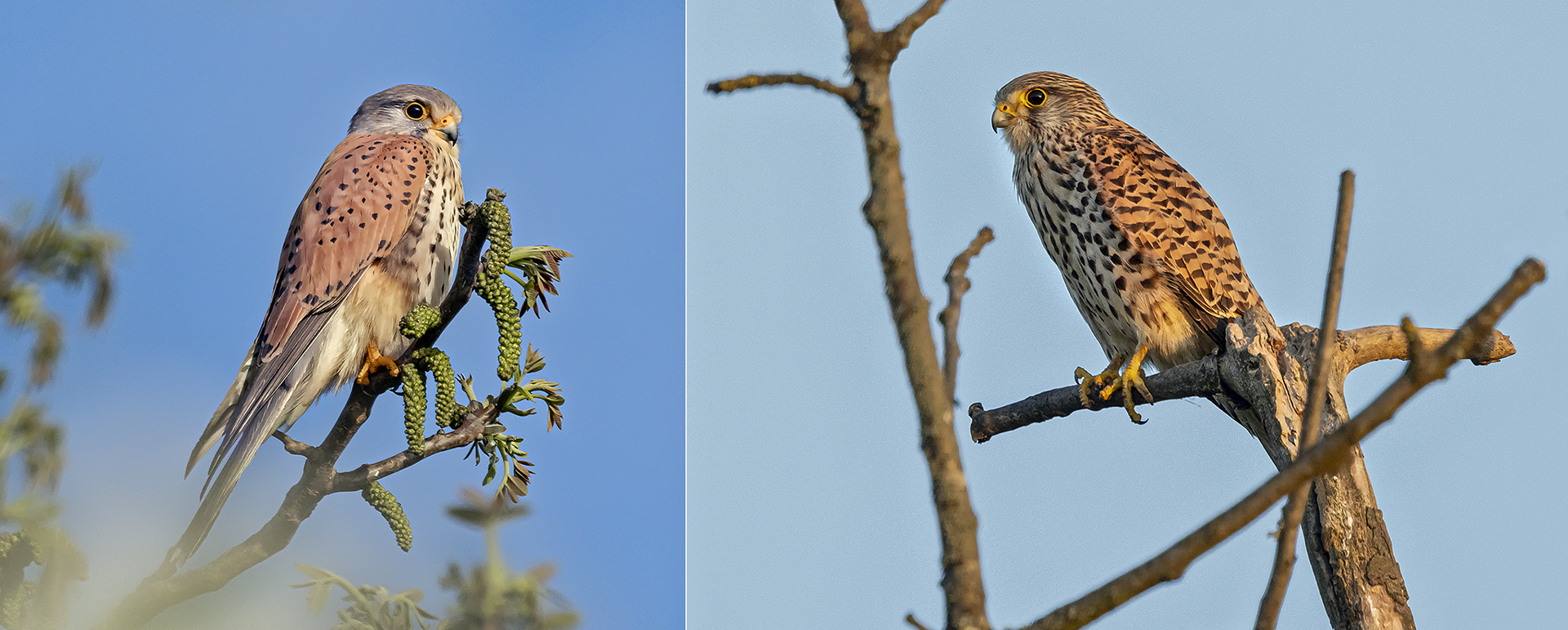
Falco tinnunculus – Turmfalken.
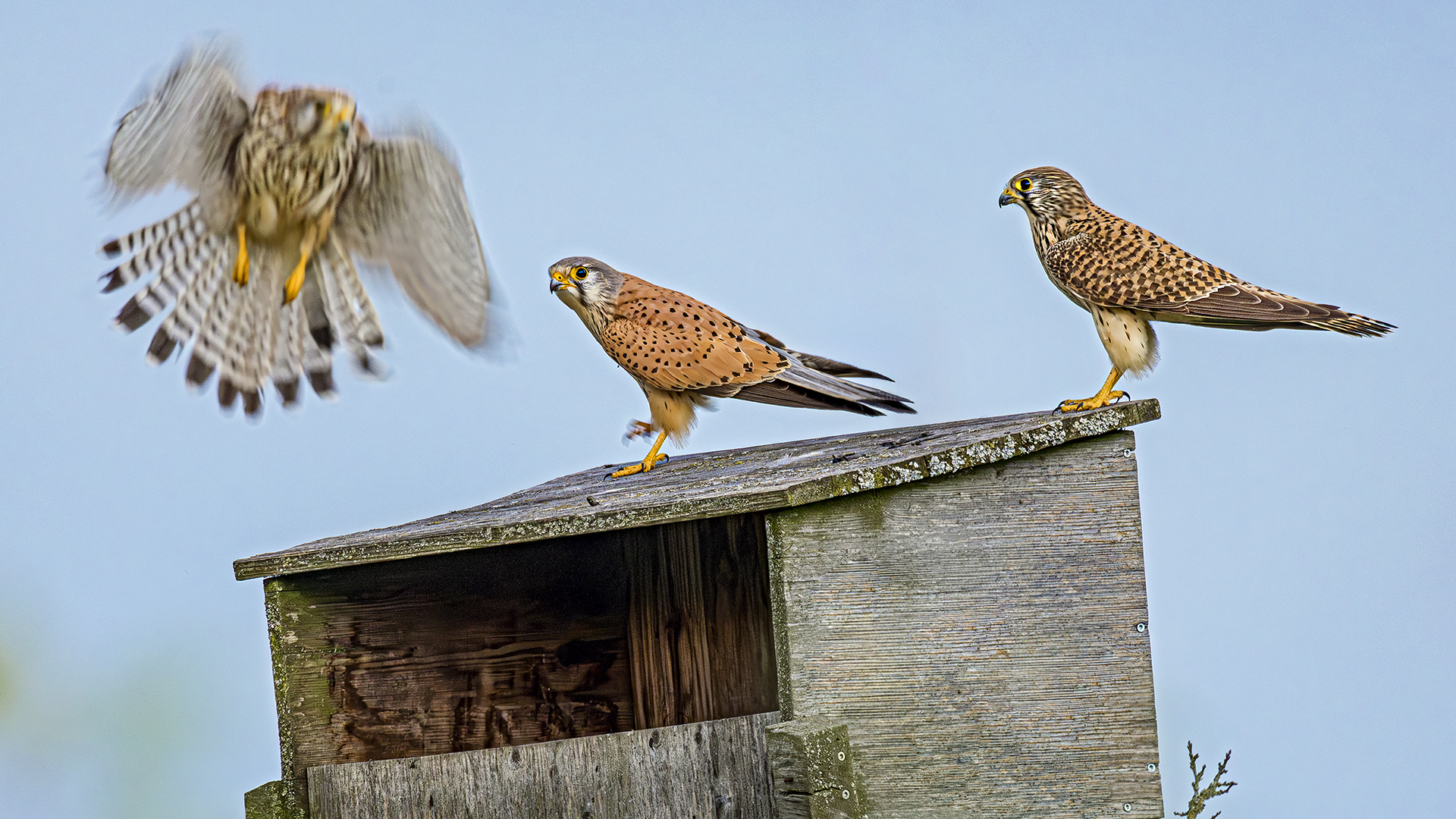
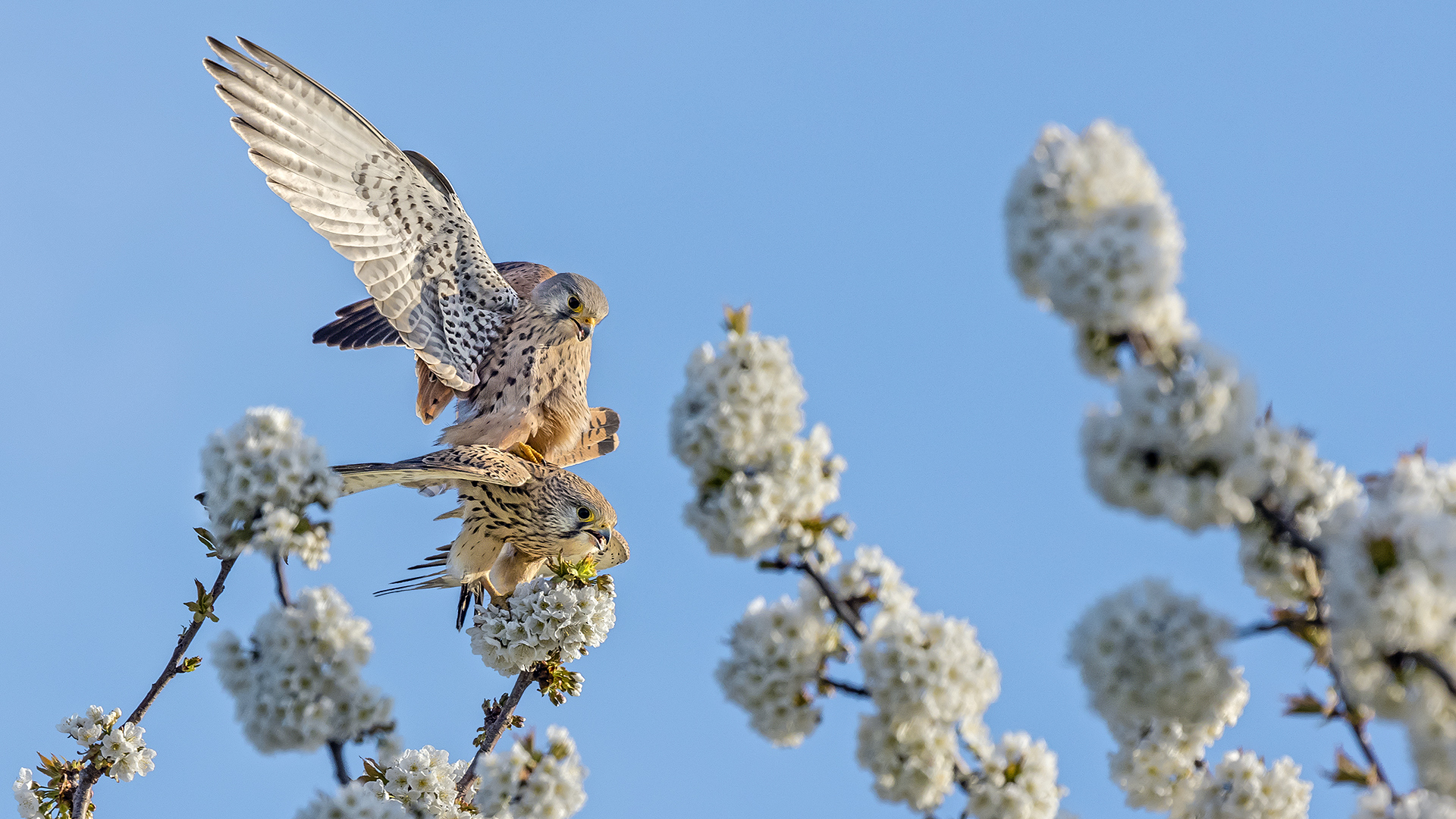
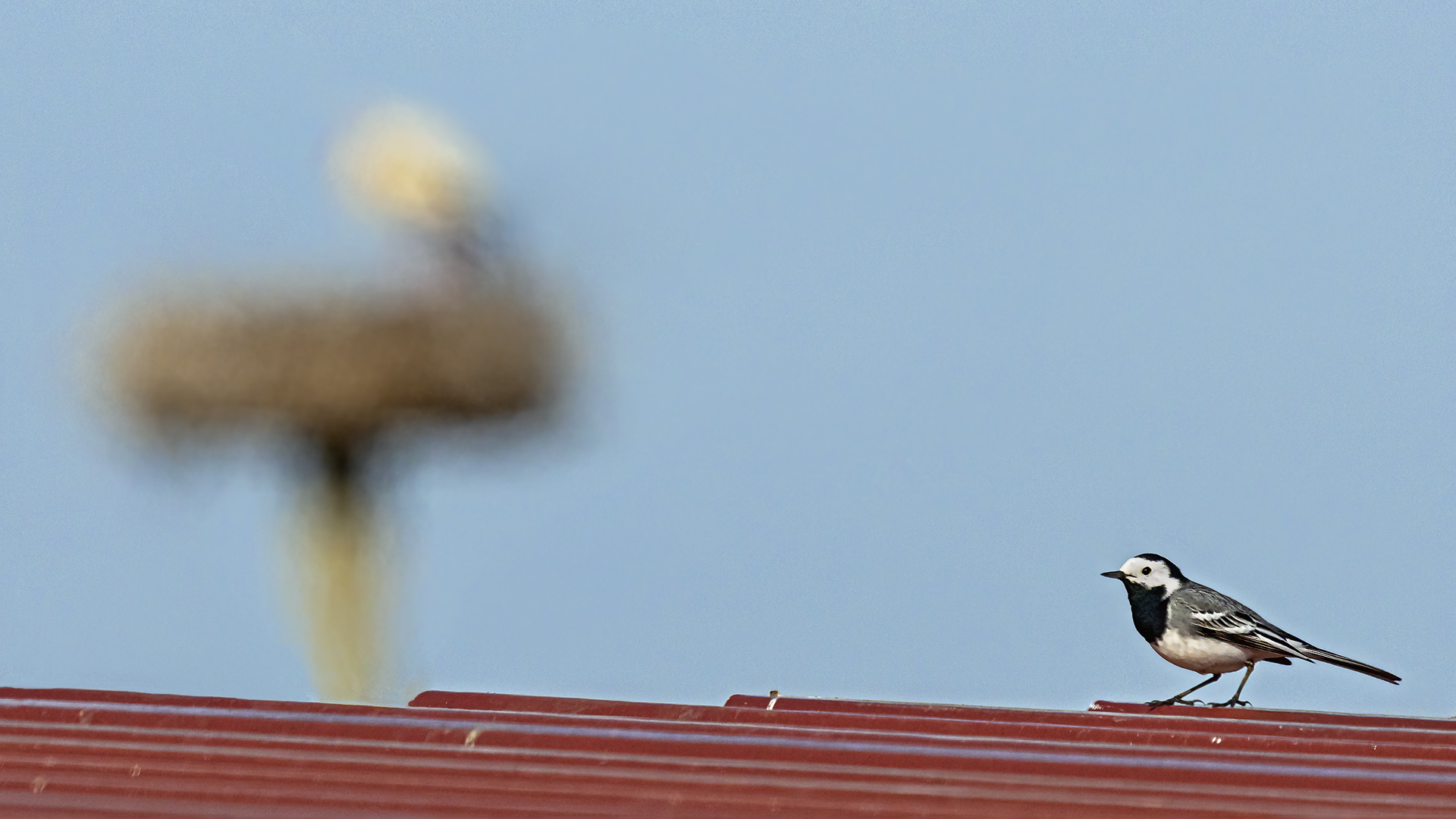
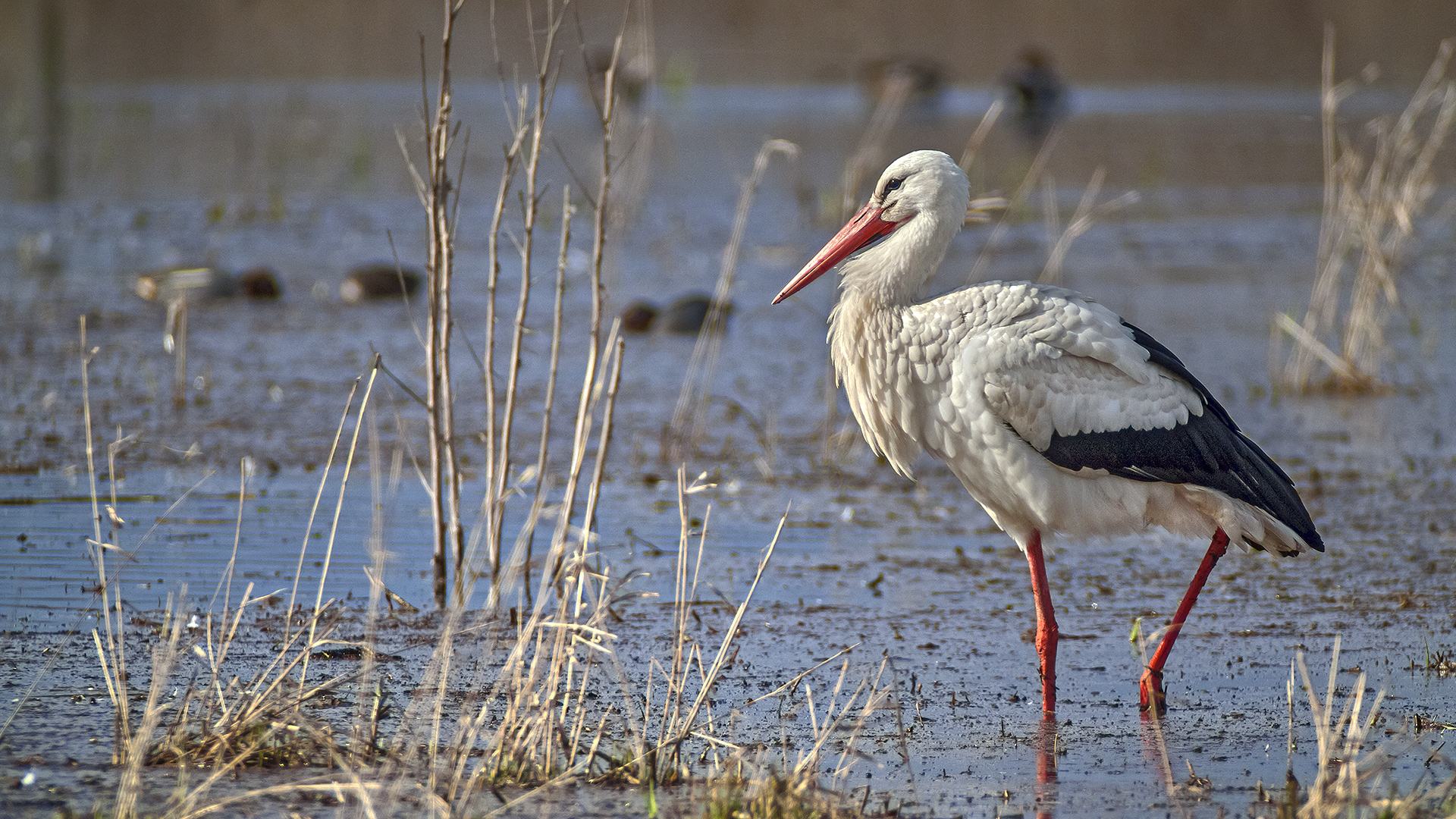



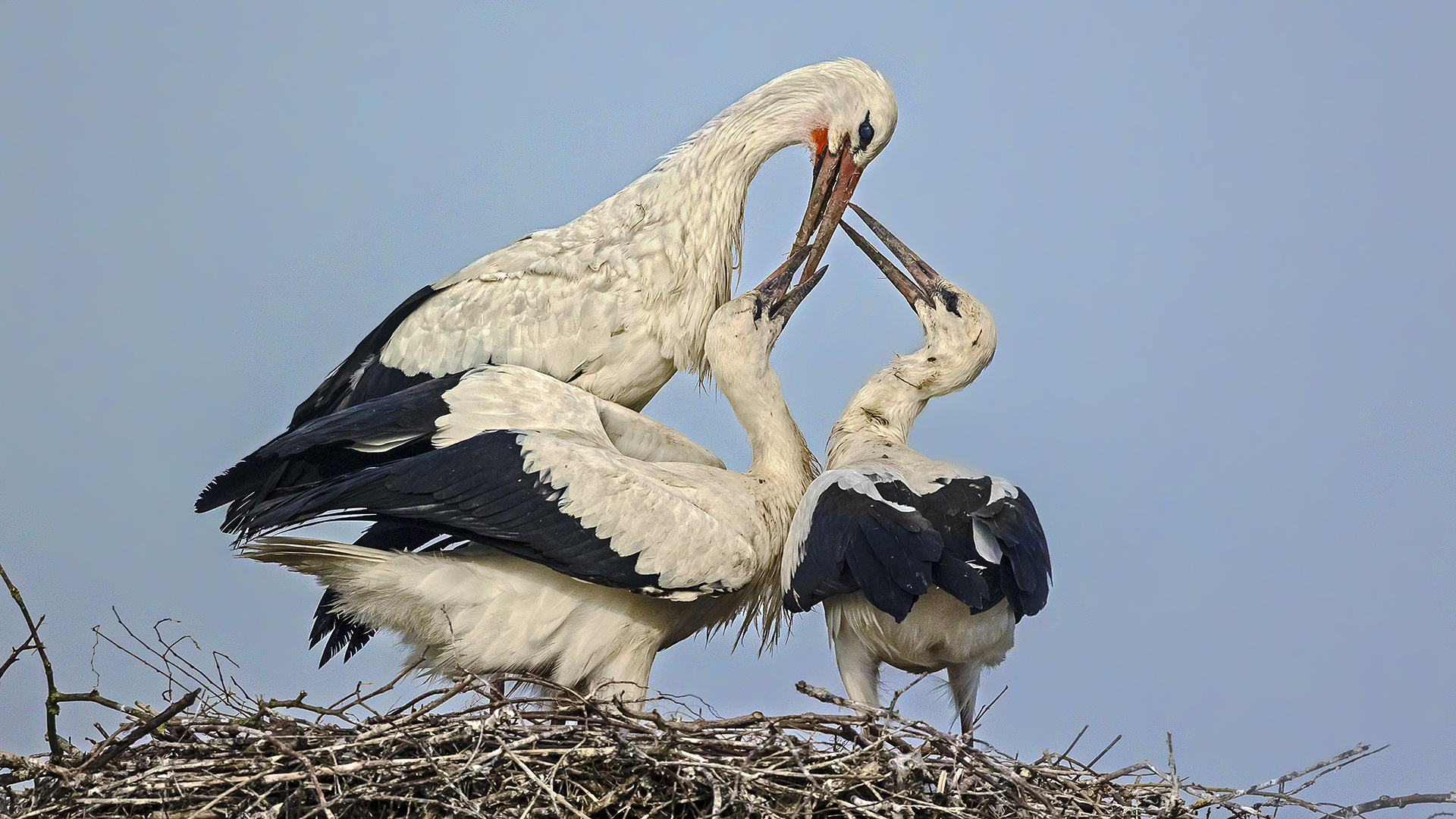
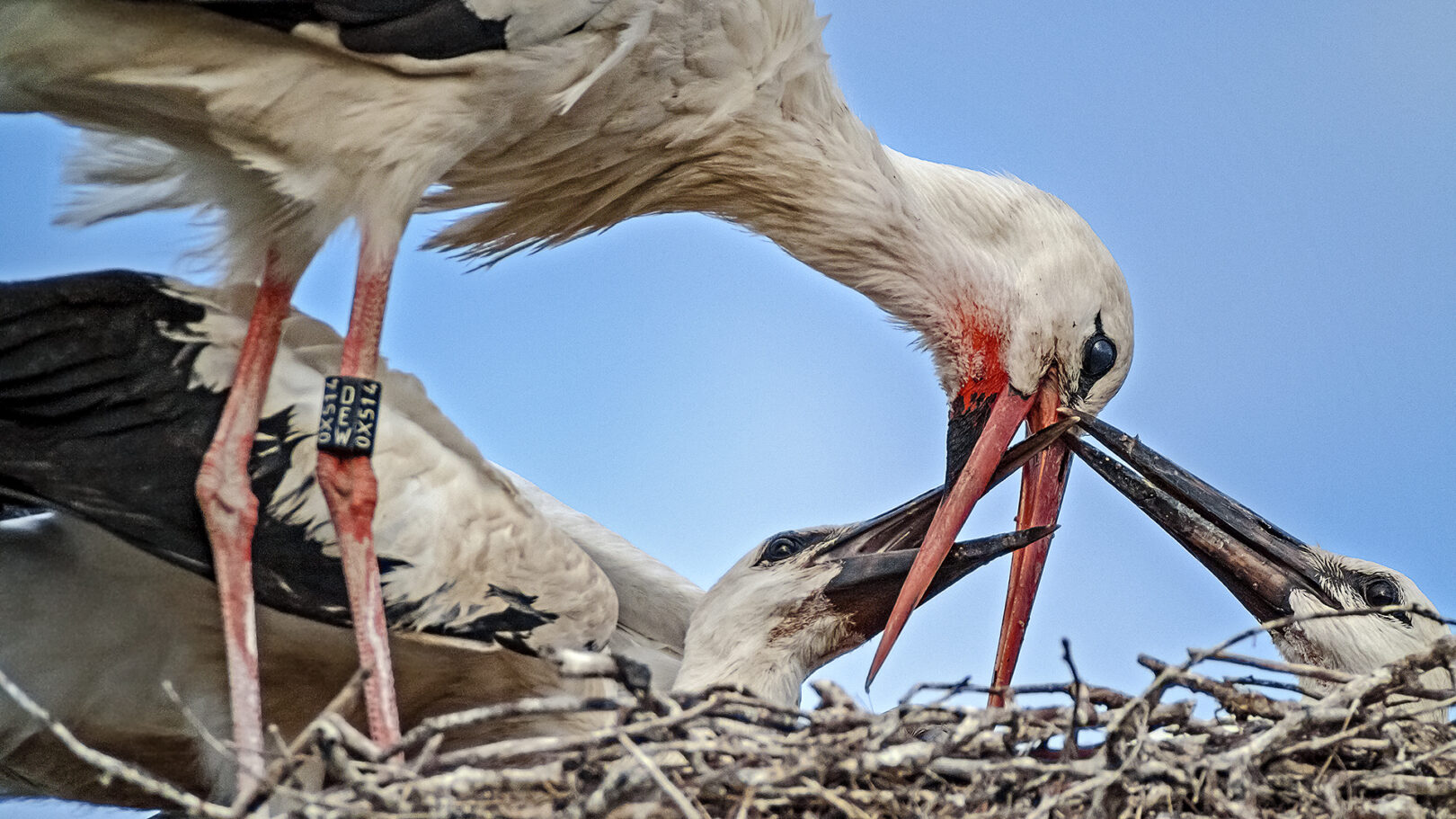
Die Bettelei kann auch schnell ins Auge gehen.
Denn der Storchenschnabel ist eine Waffe.
Beide Eltern tragen Futter ein, zunächst nur sehr kleine Tiere wie Kaulquappen, Spinnen, kleine Schnecken, Egel aus Flachtümpeln und überschwemmten Wiesen. Man kann von einer speziellen Babykost sprechen. Zur Futterübergabe senken die Alttiere den Schnabel zwischen die Jungen und erbrechen das Futter aus dem Schlund in das Nest. Die Nahrungstiere sind stets in Schleim gehüllt und mehr oder weniger vorverdaut. Die Nestlinge nehmen es im Fallen auf oder picken es vom Nestgrund weg. Die Jungen müssen dies bereits in den ersten Lebensstunden beherrschen, auch wenn der Kopf noch sehr wackelt. Überzähliges Futter frisst der Altstorch selbst. Die Jungvögel betteln durch miauende Töne. Auch machen sie „melkende“ Bewegungen am Schnabel des Altvogels. Sind die Jungen bereits groß, so verstärkt sich die Bettelintensität derart, dass die Alttiere nach dem Herauswürgen sofort das Nest wieder verlassen.
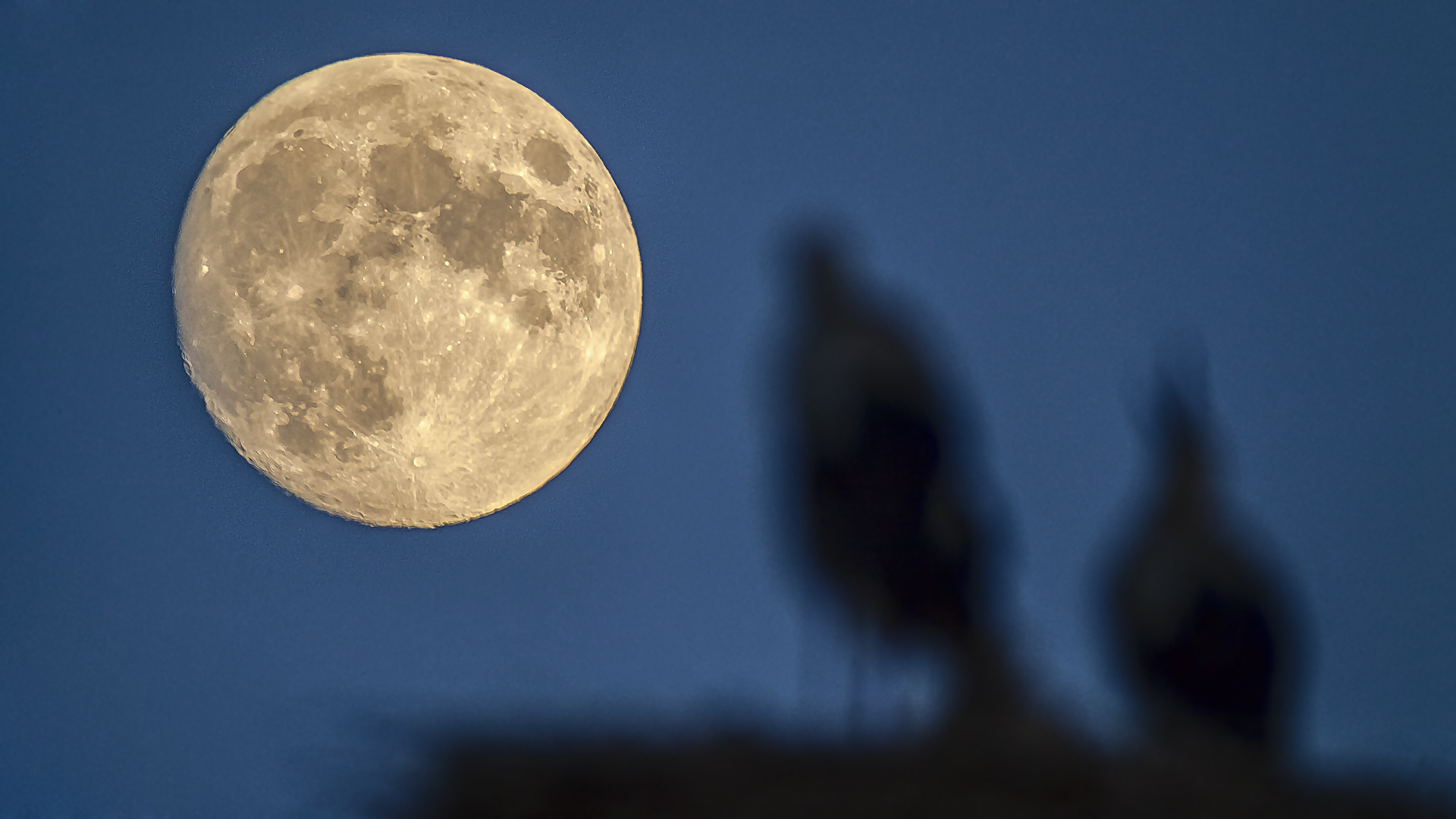
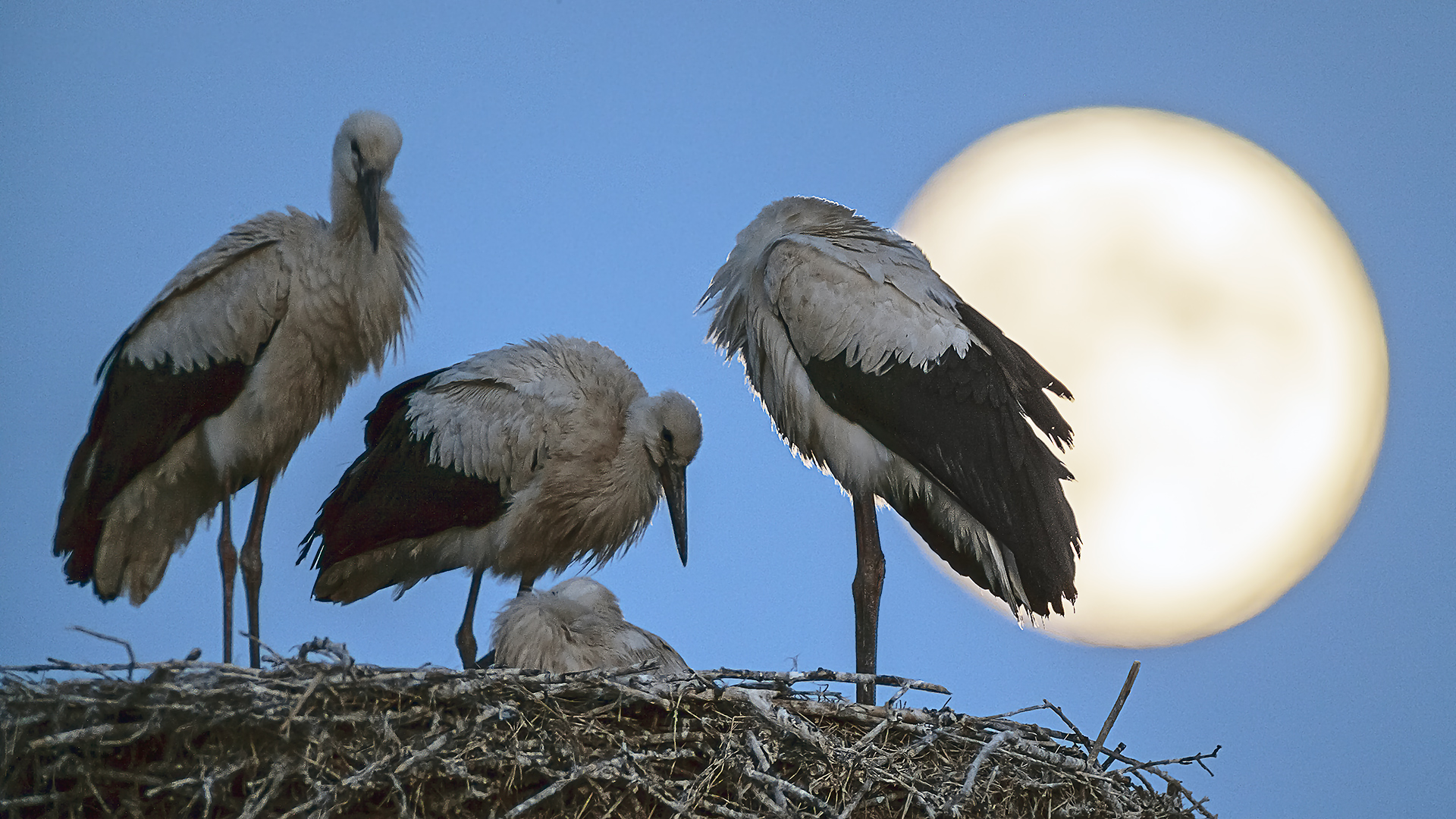
Wie schlafen Störche?
Es gibt ja einige Alternativen: im Sitzen, im Stehen, auf zwei Beinen, auf einem Bein.
Die Antwort lautet: Meist im Stehen abwechseln auf einem Bein! Dabei wird der Kopf und der Hals ins Gefieder eingezogen; so wie auf meinem Bild. Portraitaufnahmen im Mondschein haben also ihre natürlichen Grenzen.
Aufgenommen mit Spektiv Swarovski STX 30x-70x/95mm, Canon 5D II.
Belichtungszeit 1/50 sec, ca. 1000 mm, 1600 ASA.
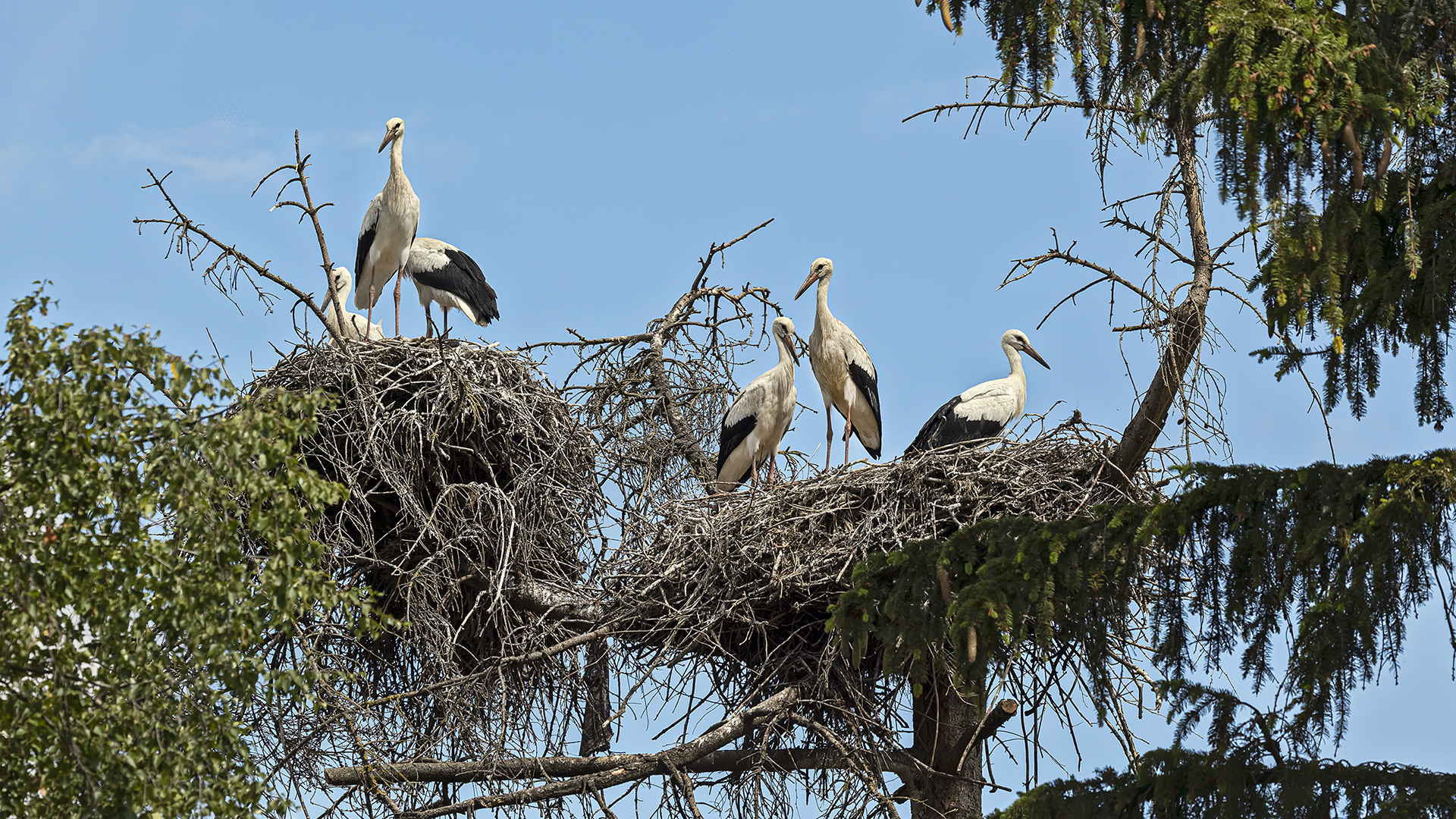
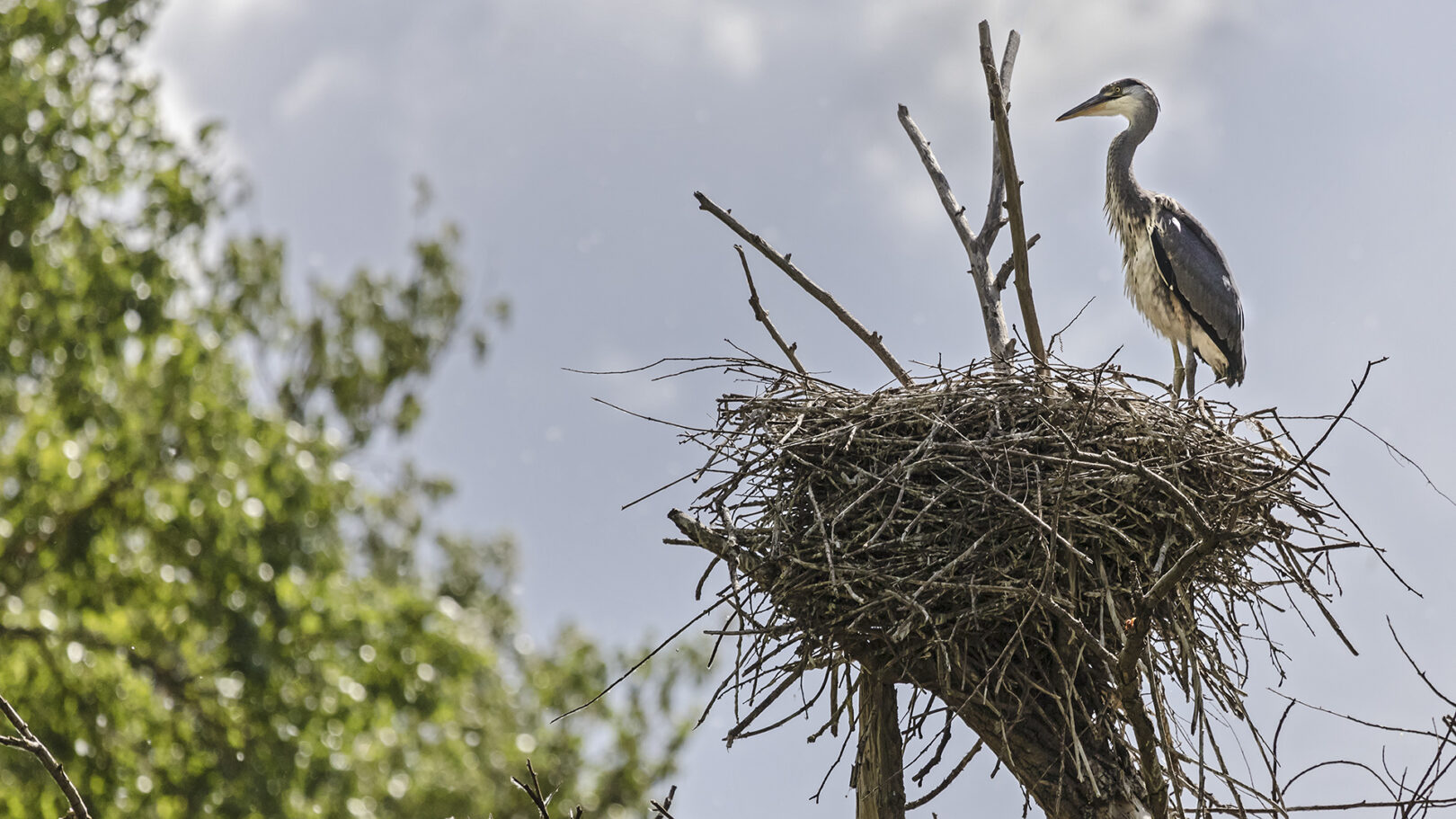


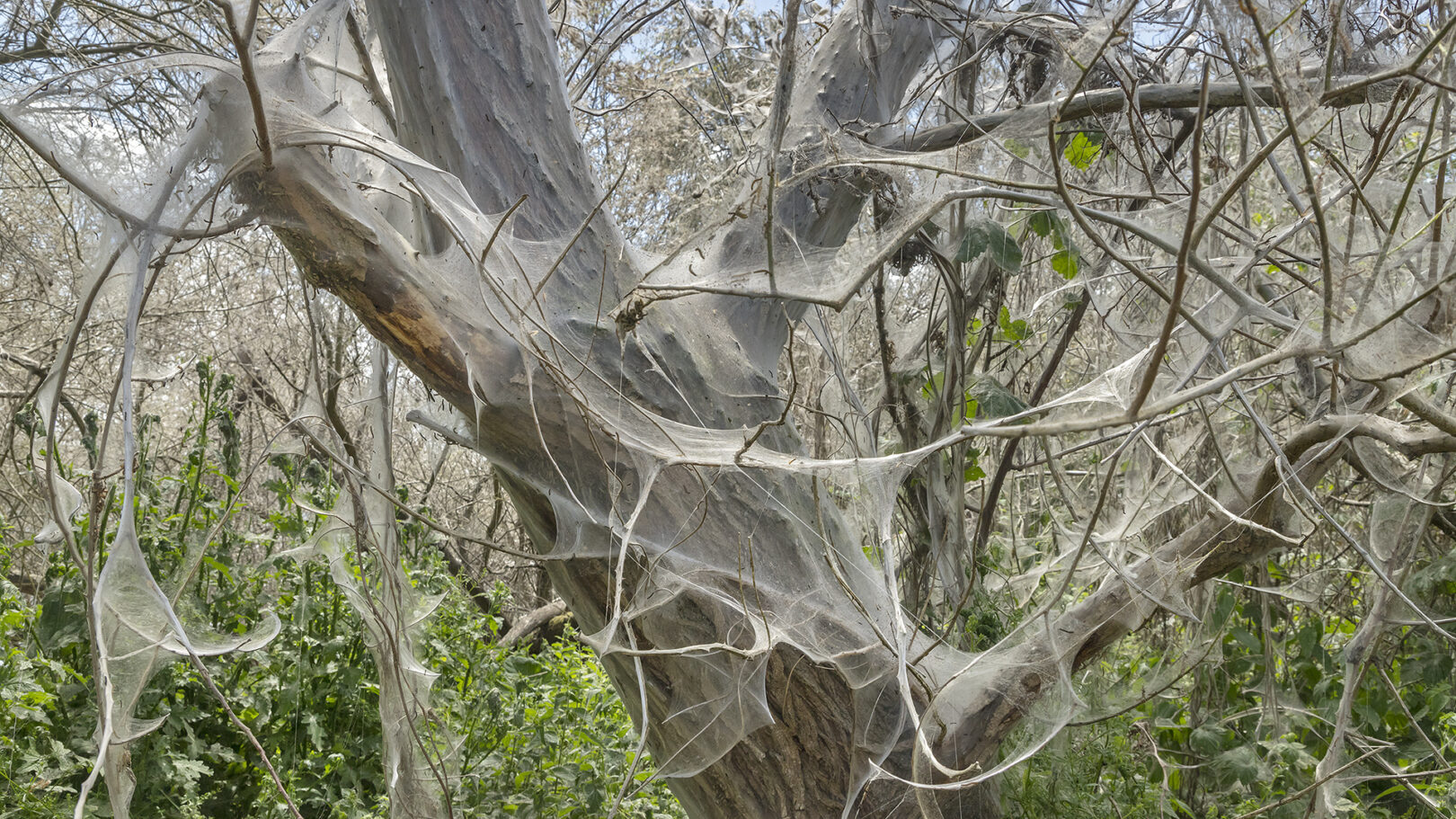
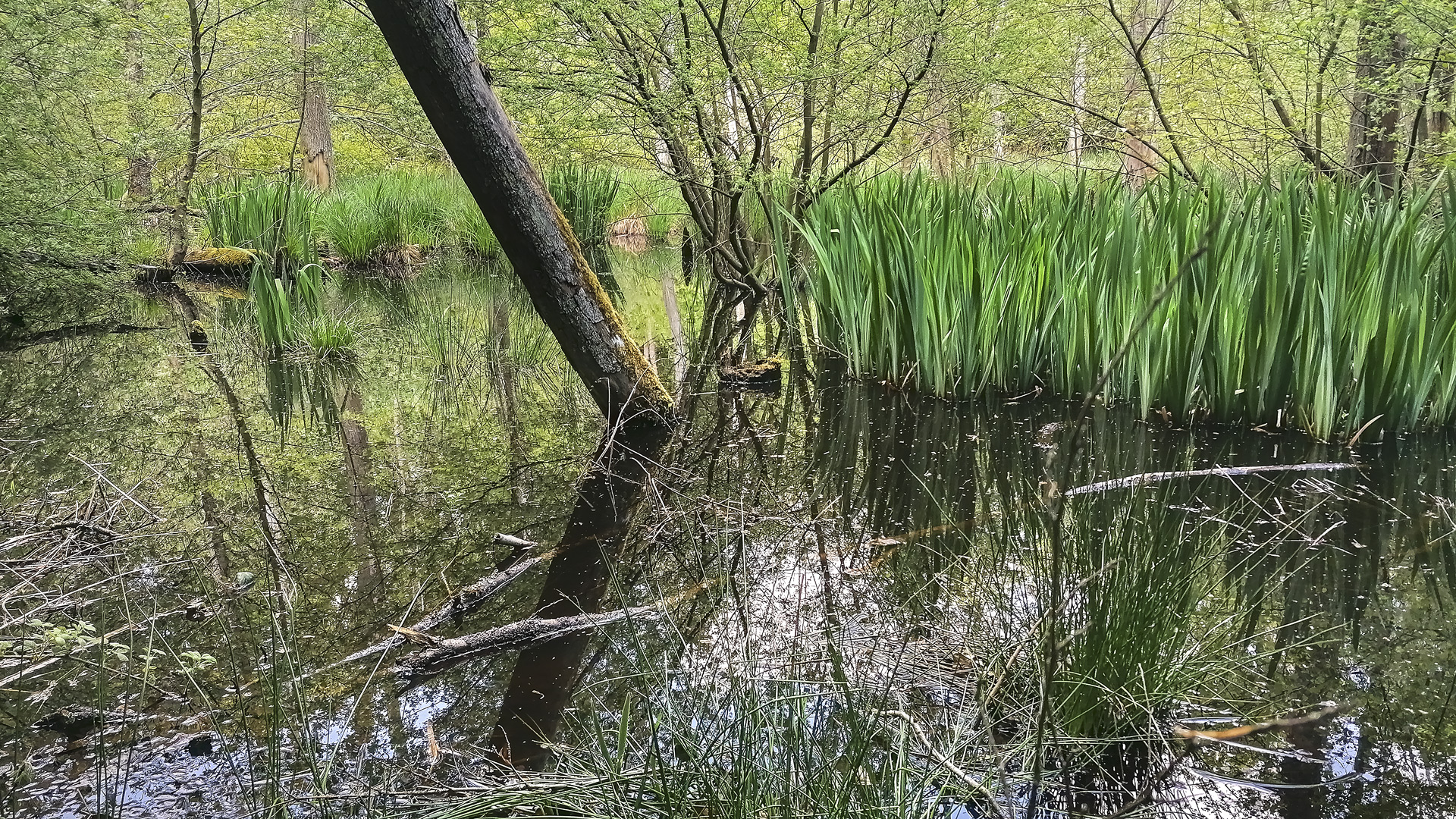
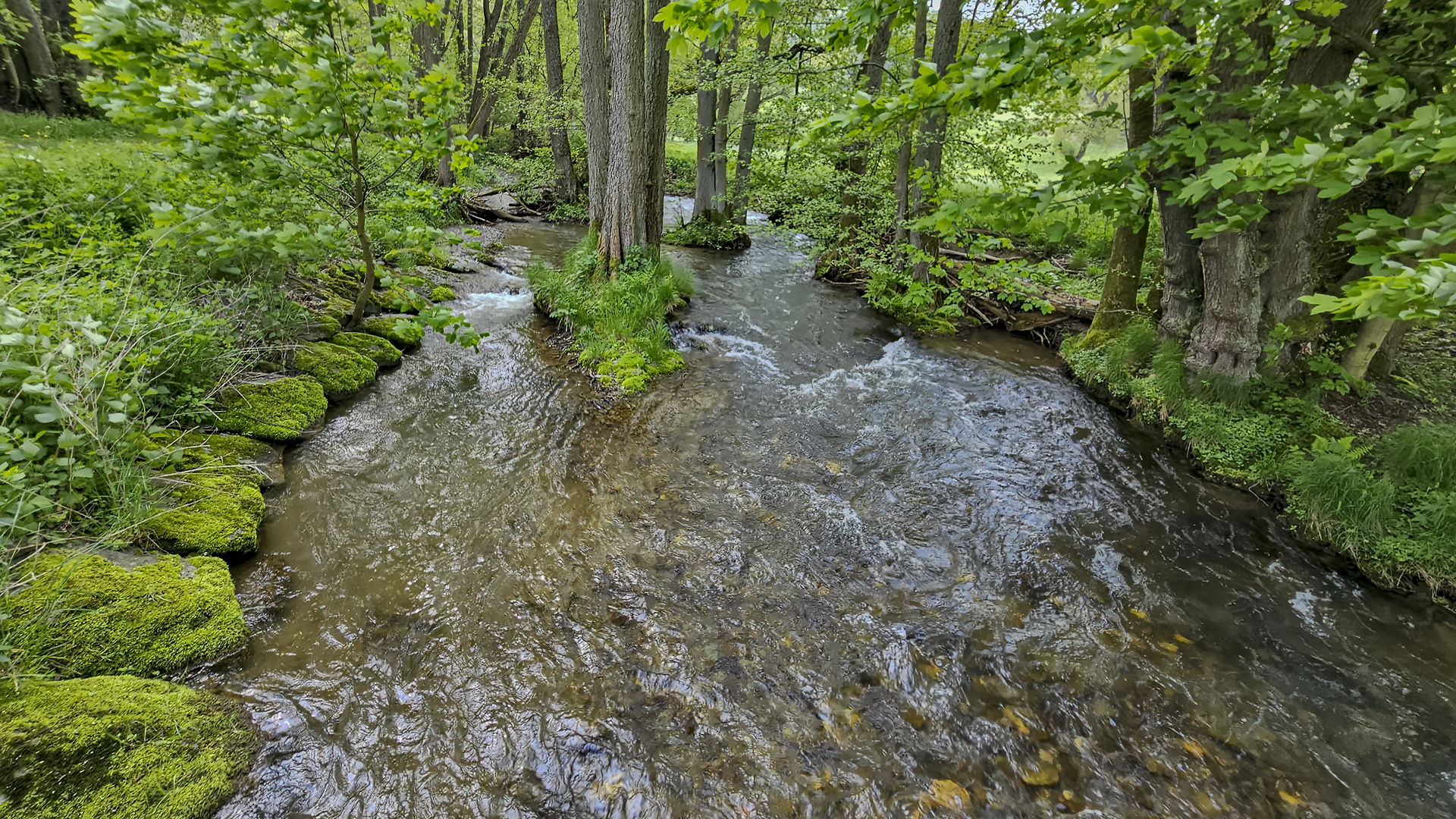
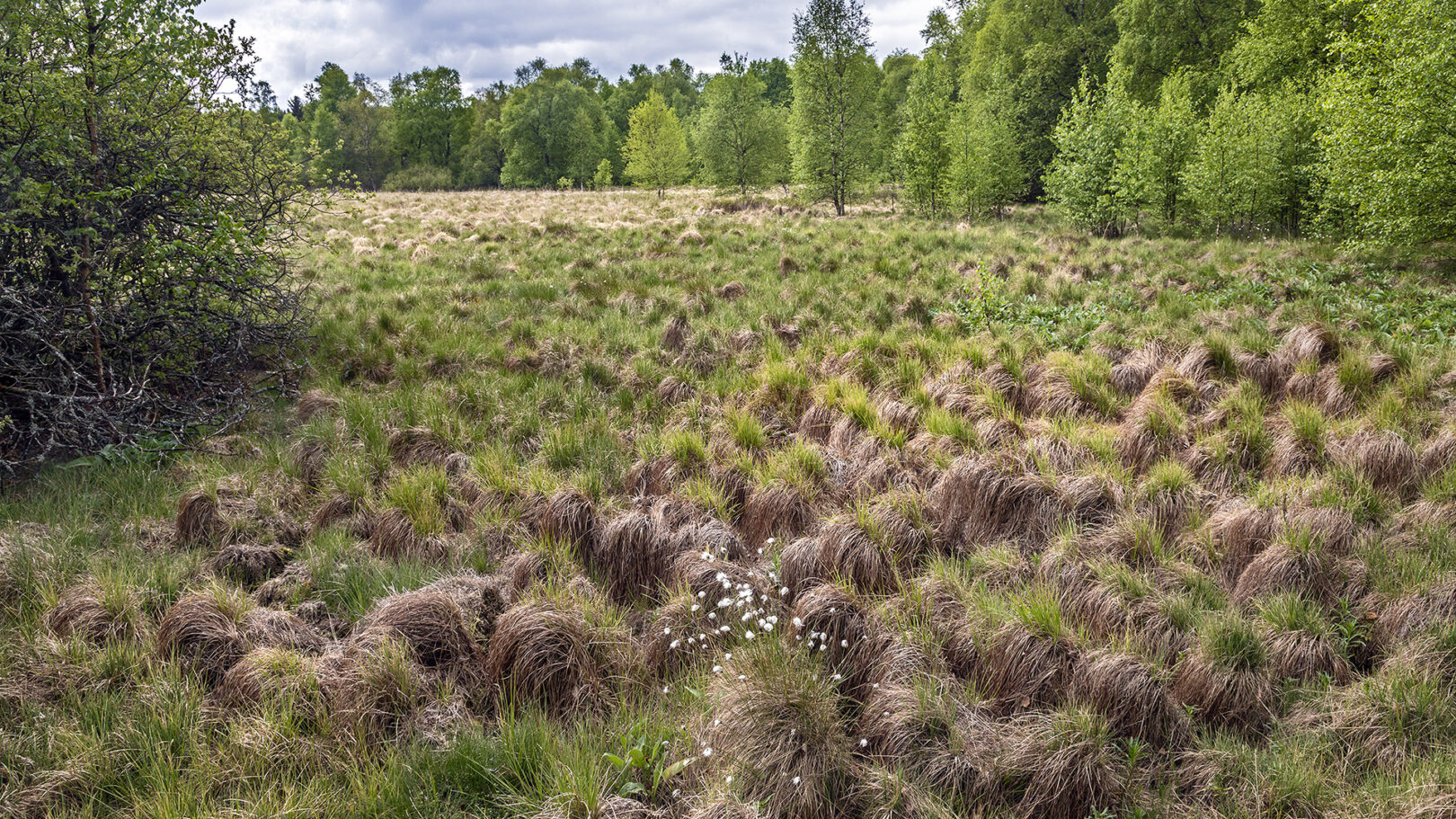
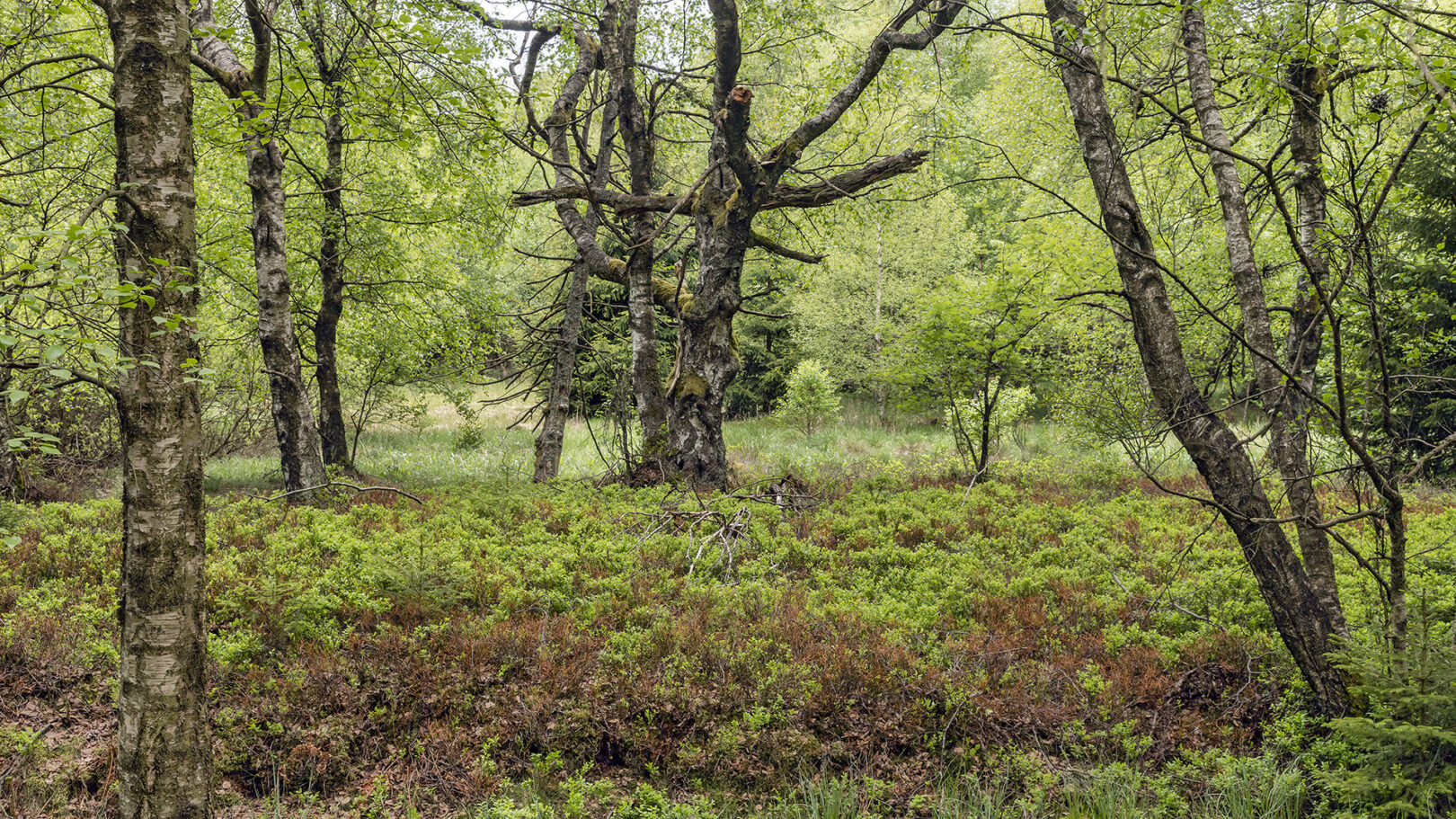
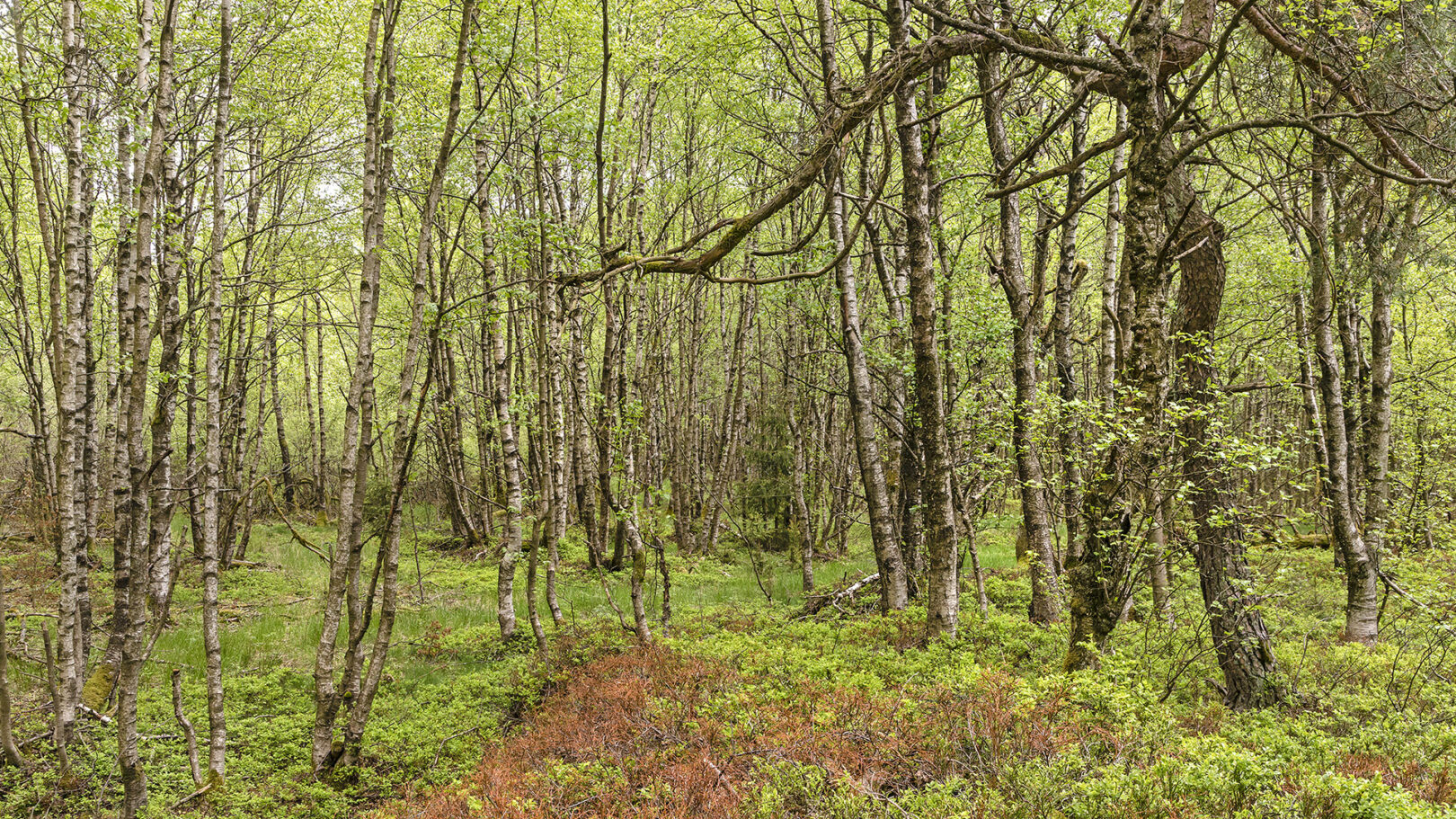
Das Rote Moor – eine Sehenswürdigkeit
Das Rote Moor ist ein wunderschönes naturbelassenes Fleckchen in der Rhön. Bei einem Besuch der Rhön sollte man mindestens eines der Moore, entweder das Rote Moor oder das Schwarze Moor, gesehen haben. Ein 3 Kilometer langer Rundweg auf Holzbohlen führt durch das Rote Moor. Davon sind 1,2 Kilometer Bohlenpfad erneuert worden. Er ist damit für Rollstuhlfahrer und Kinderwagen geeignet. Entlang des Bohlenpfades informieren Hinweistafeln über Pflanzen, Tiere und die Geschichte des Roten Moores.
Das Rote Moor ist (neben dem Schwarzen Moor) das zweitgrößte Hochmoor in der Hohen Rhön. Seine Größe beträgt 50 Hektar. Das gesamte seit 1979 ausgewiesene Naturschutzgebiet “Rotes Moor” hat sogar eine Gesamtgröße von 314 Hektar.
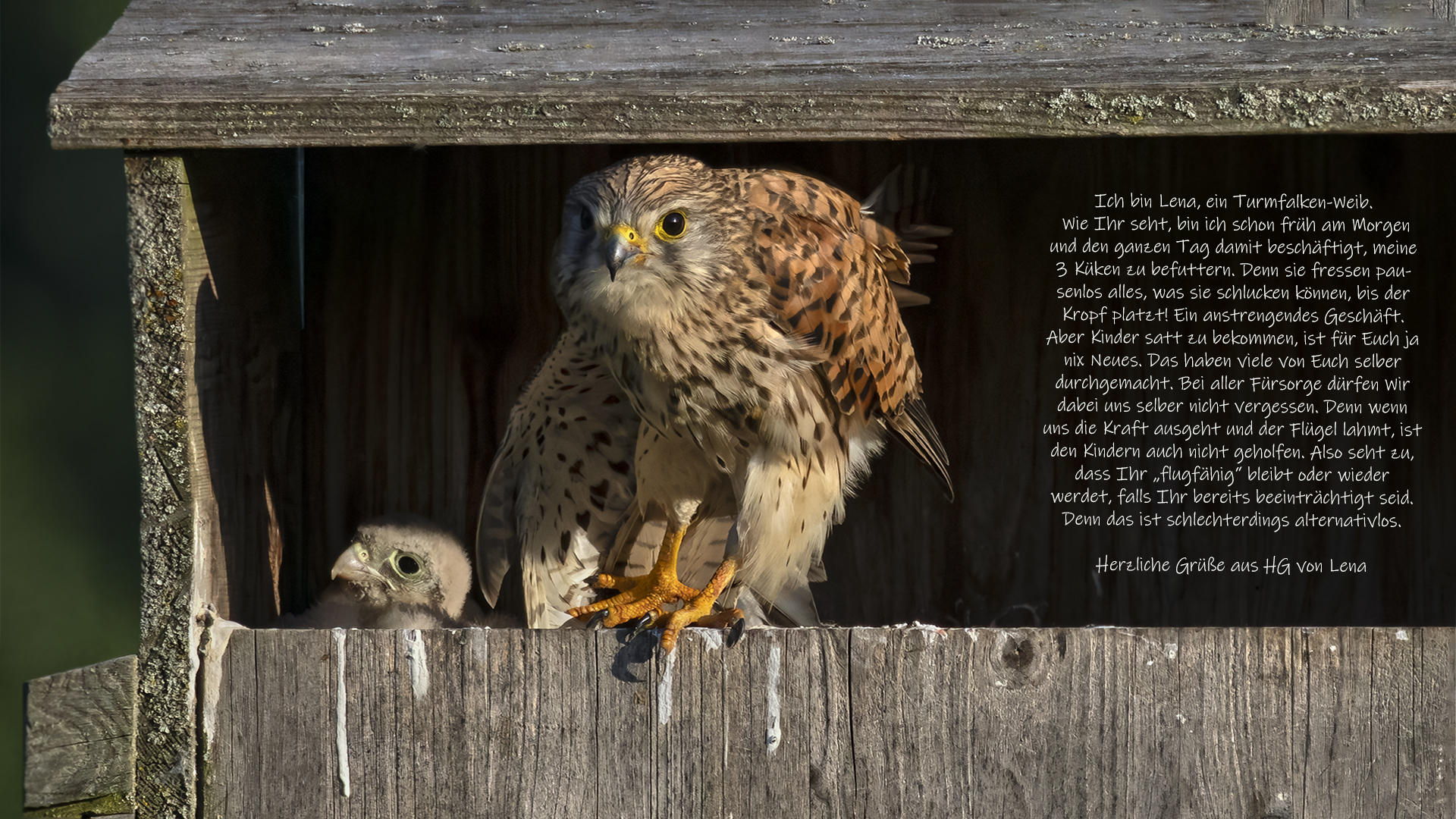

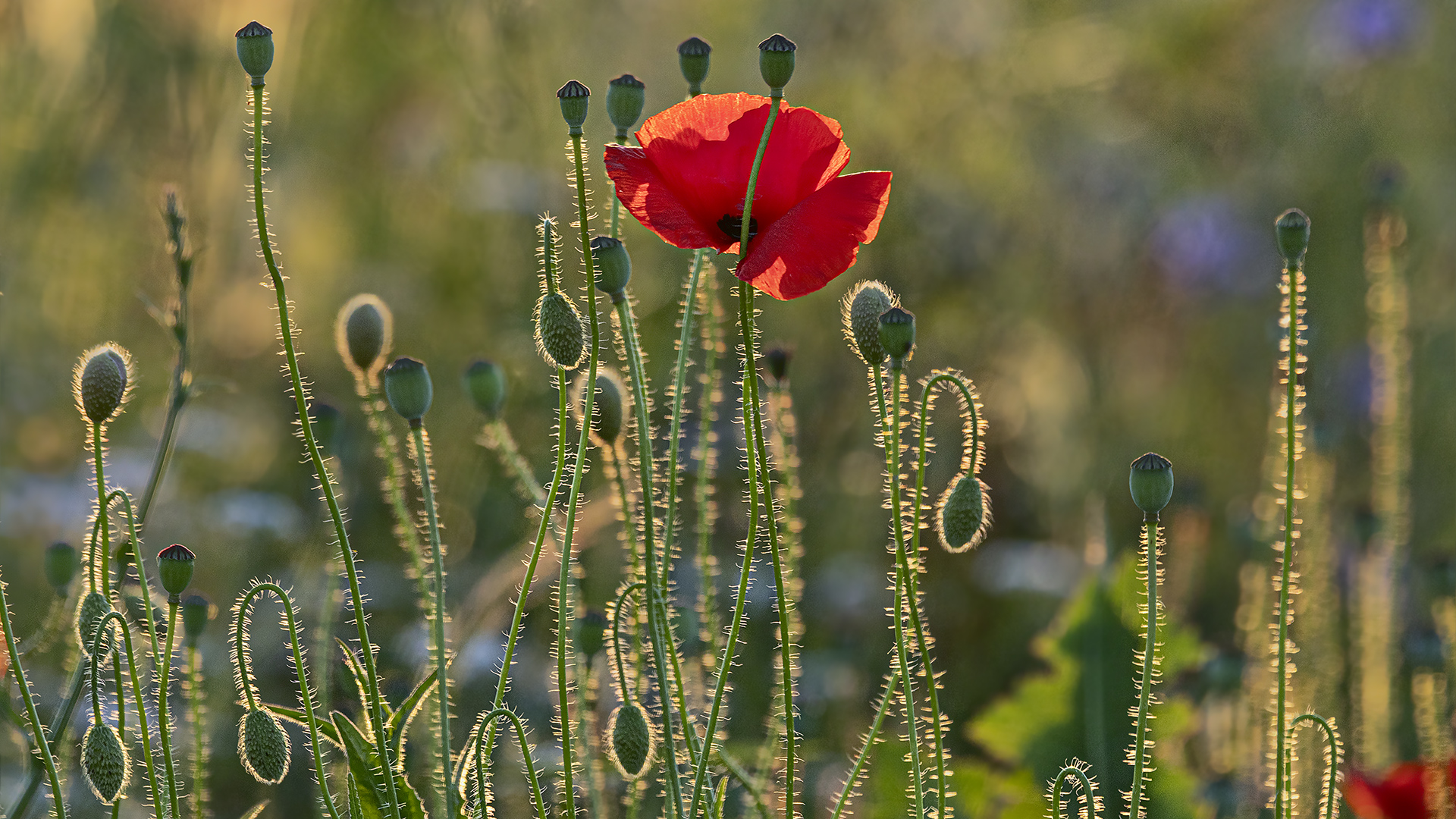
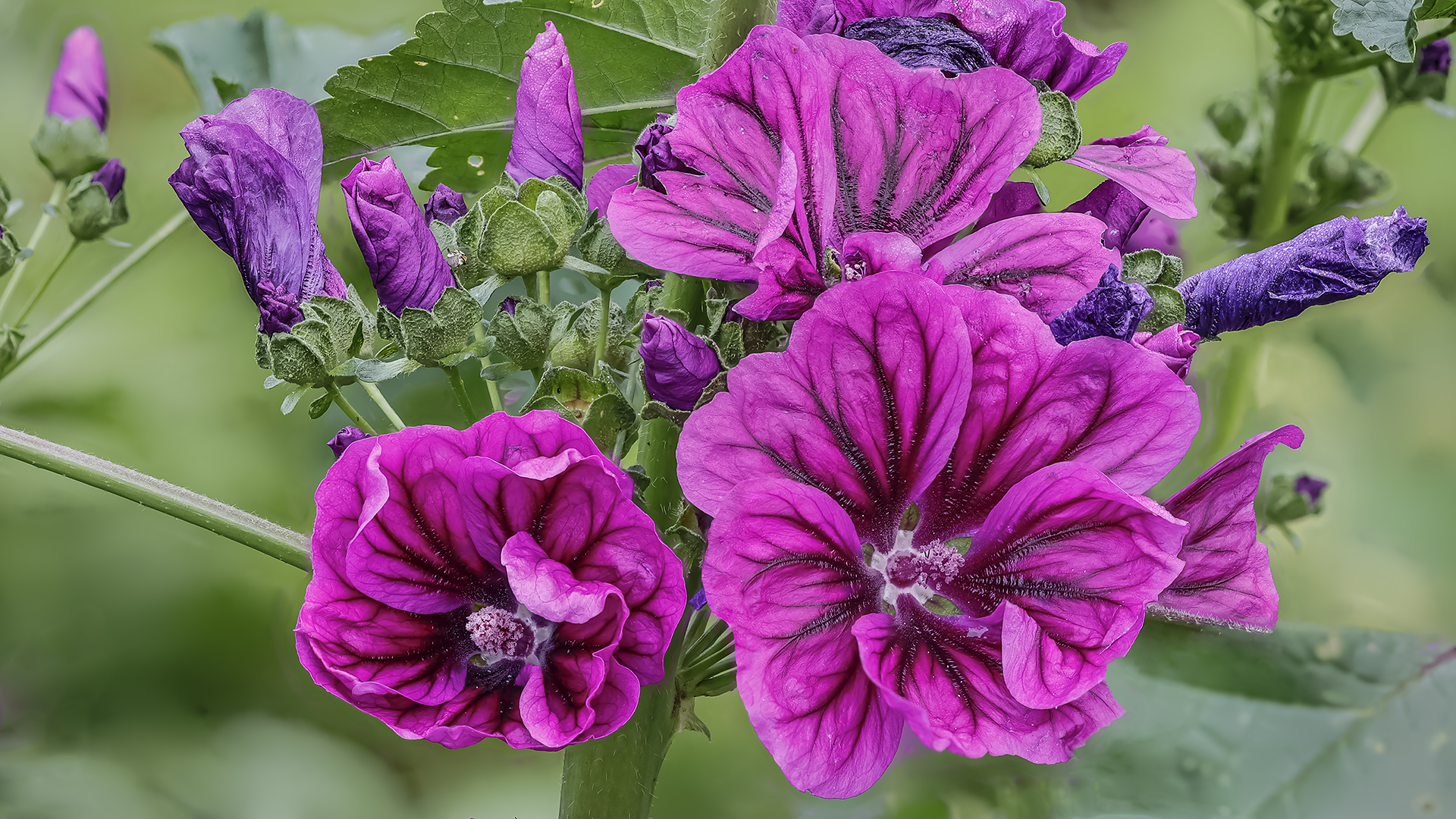
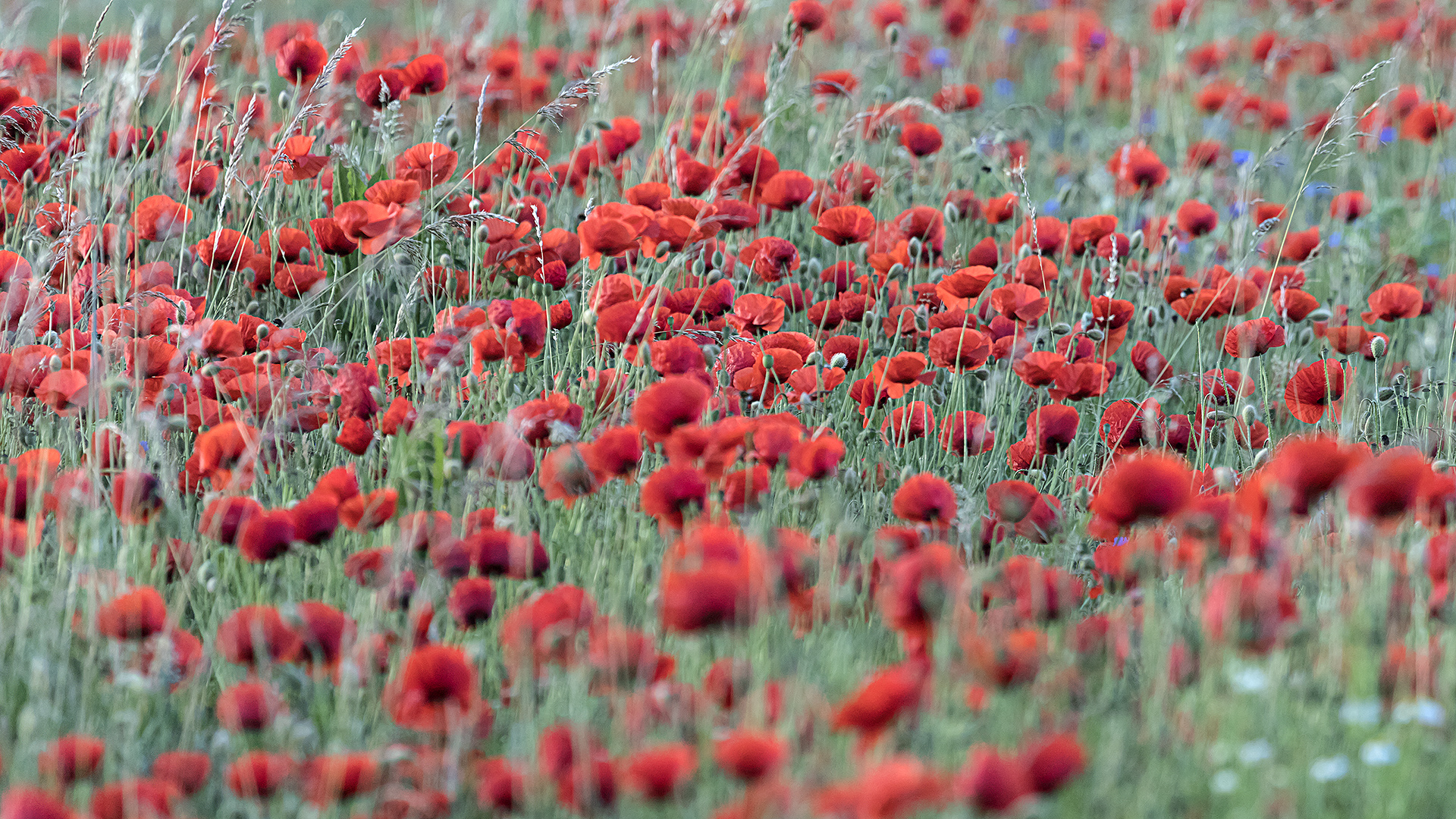
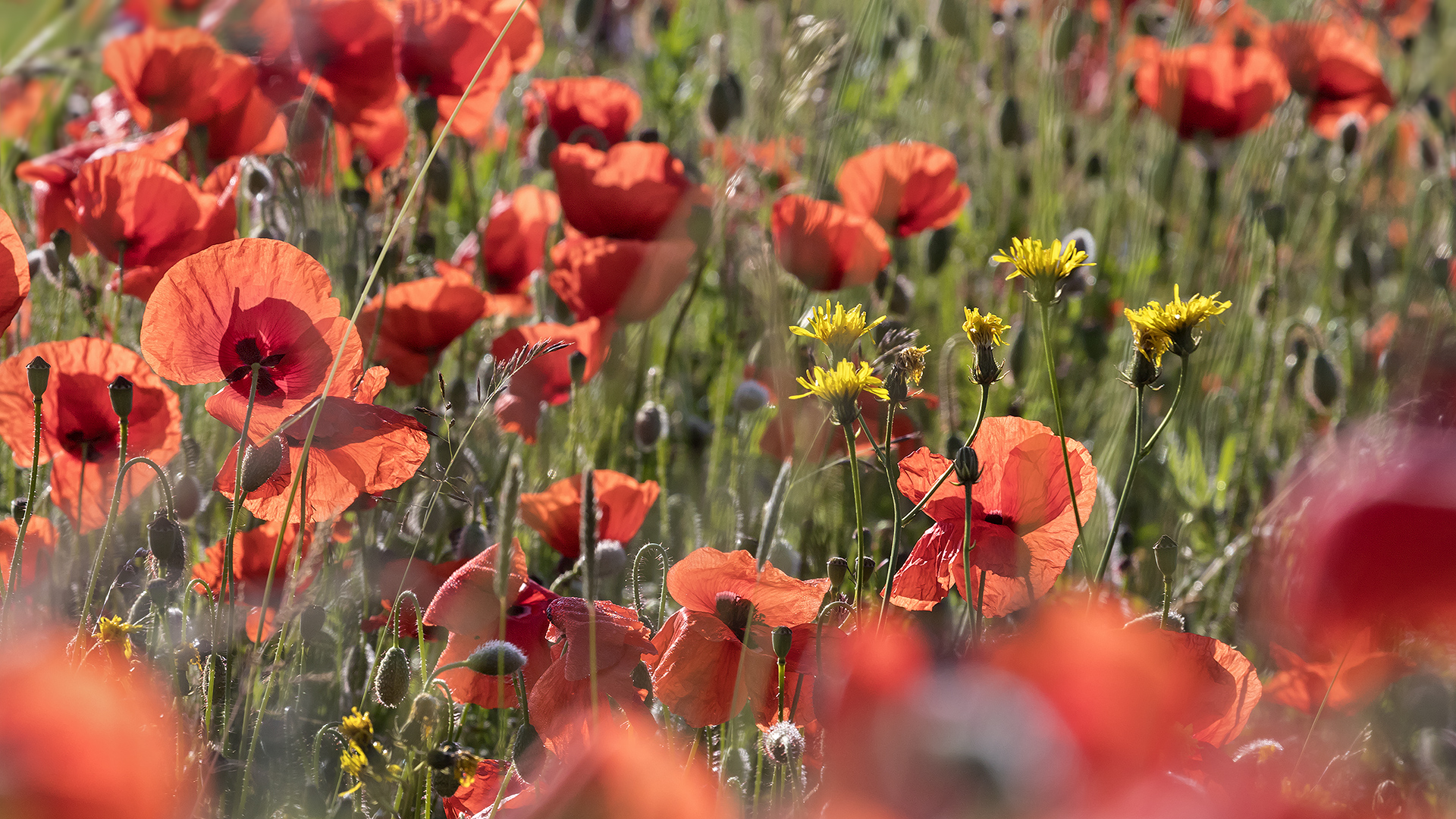
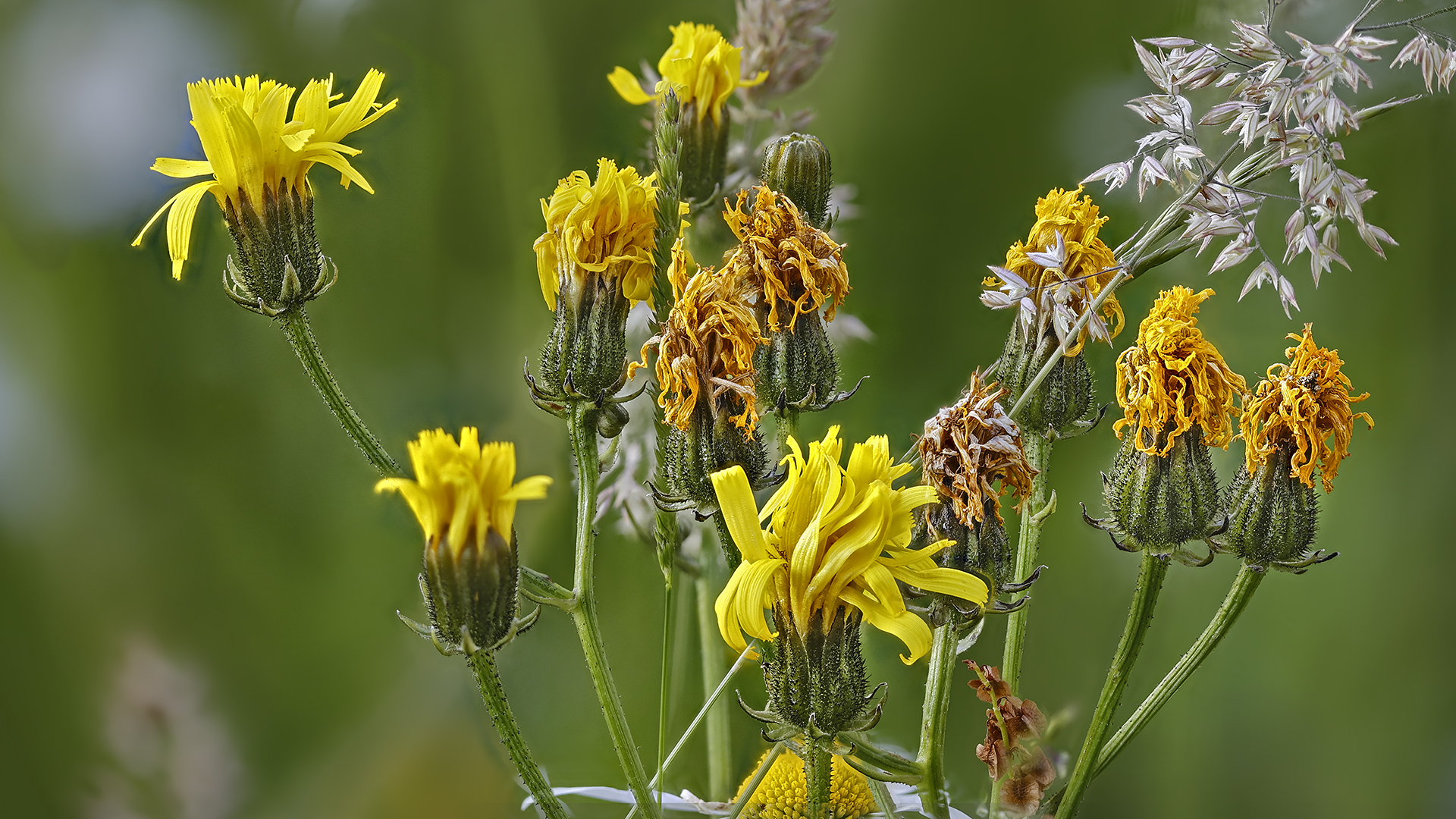

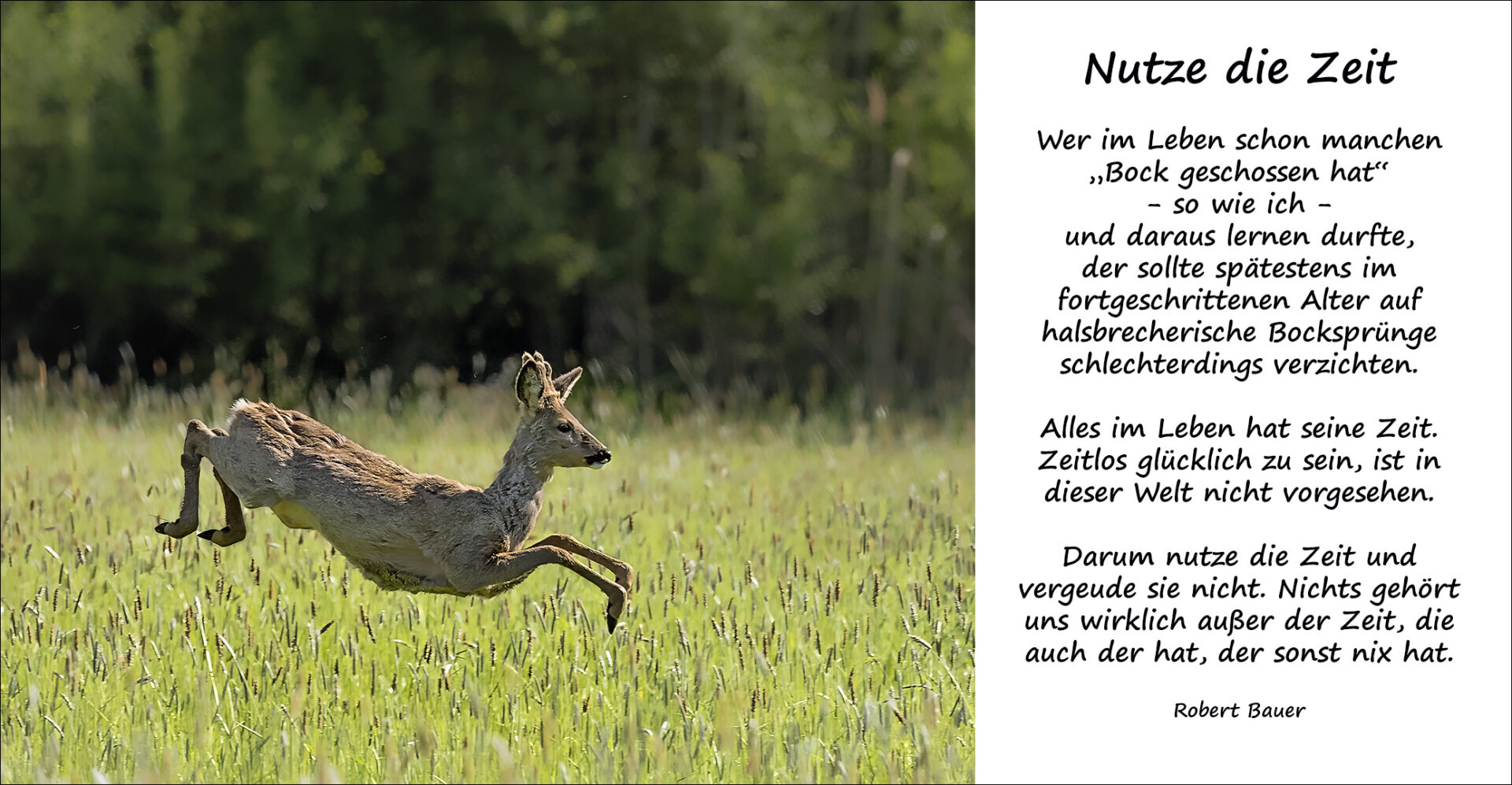
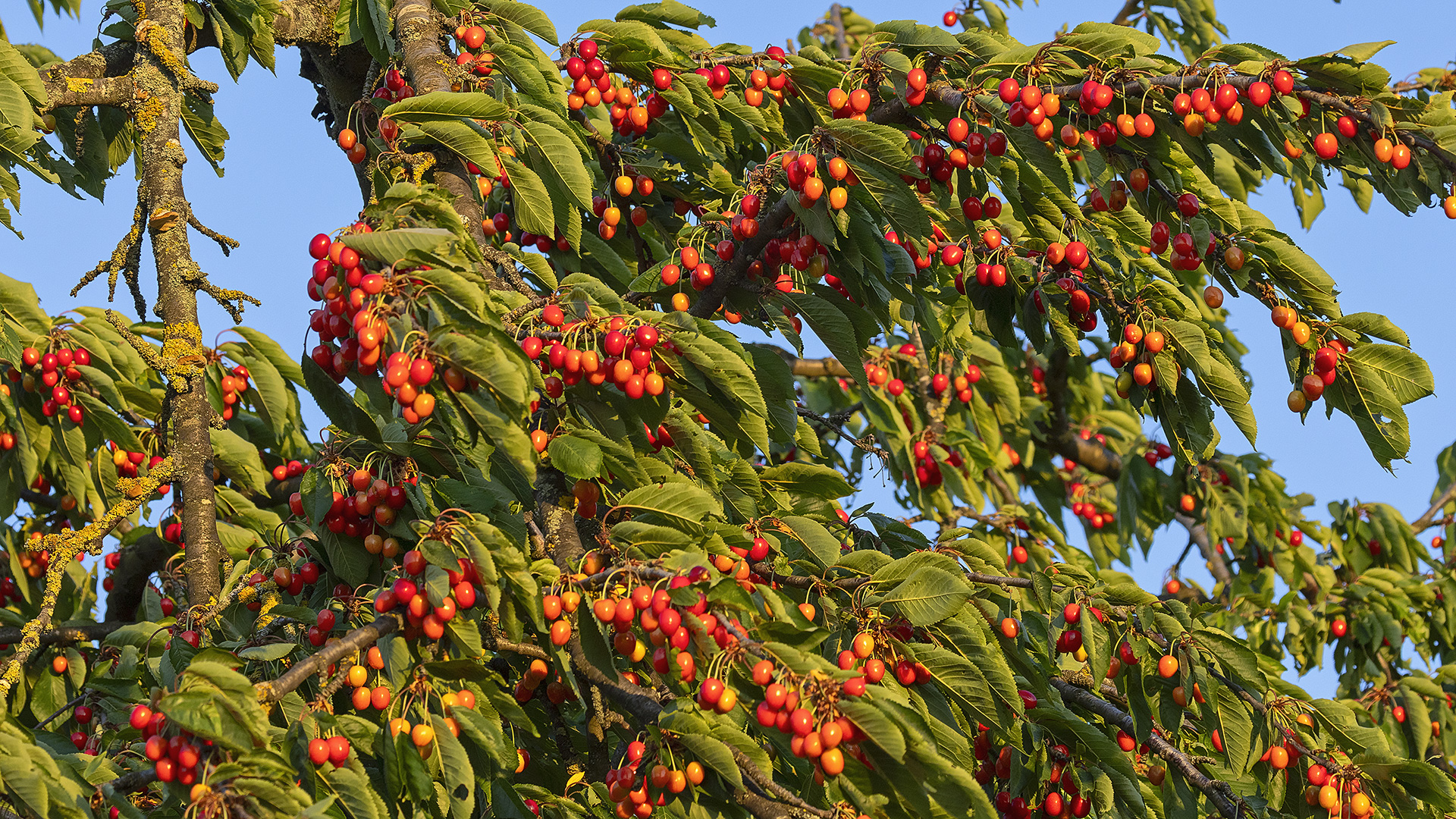

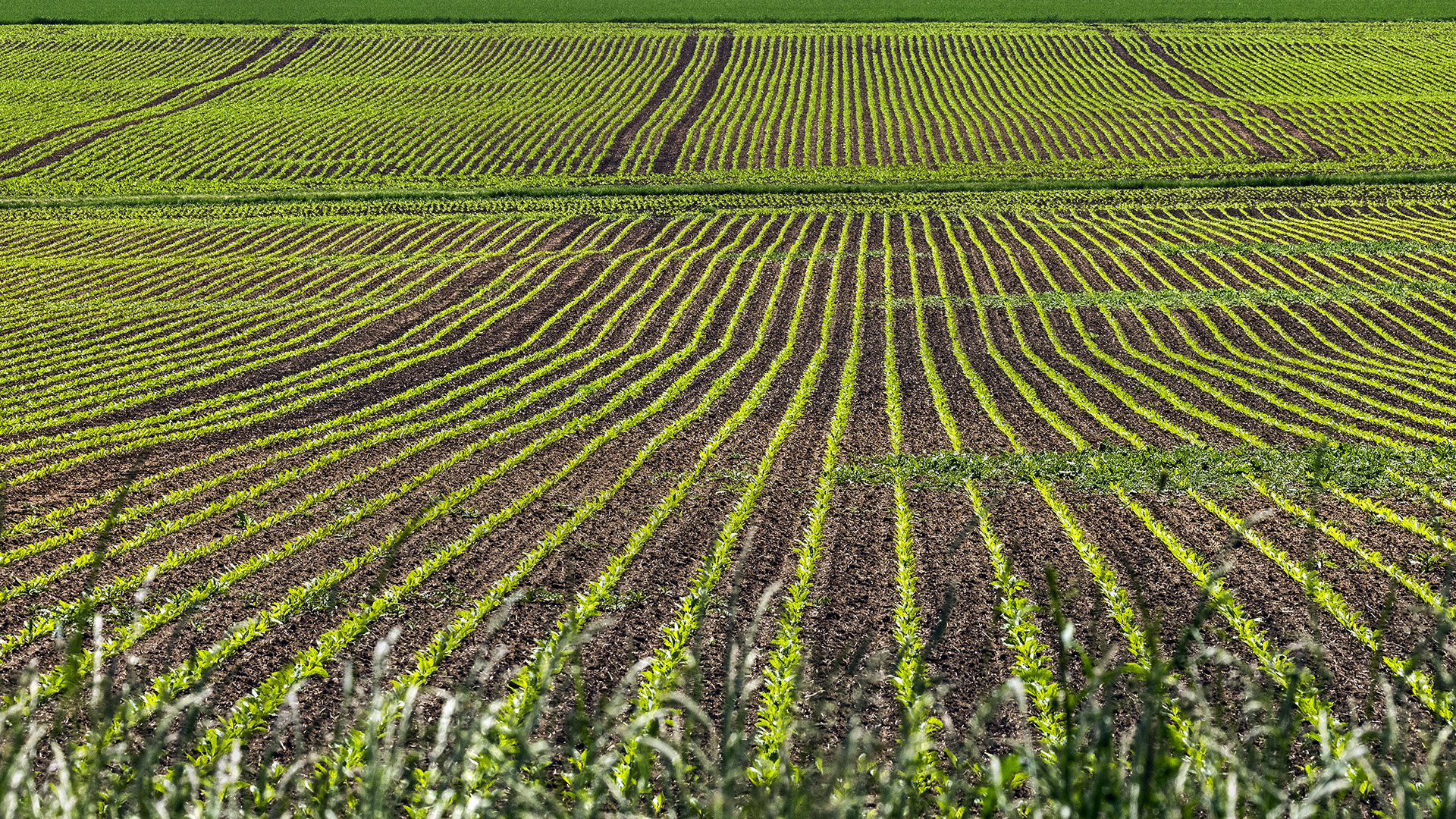
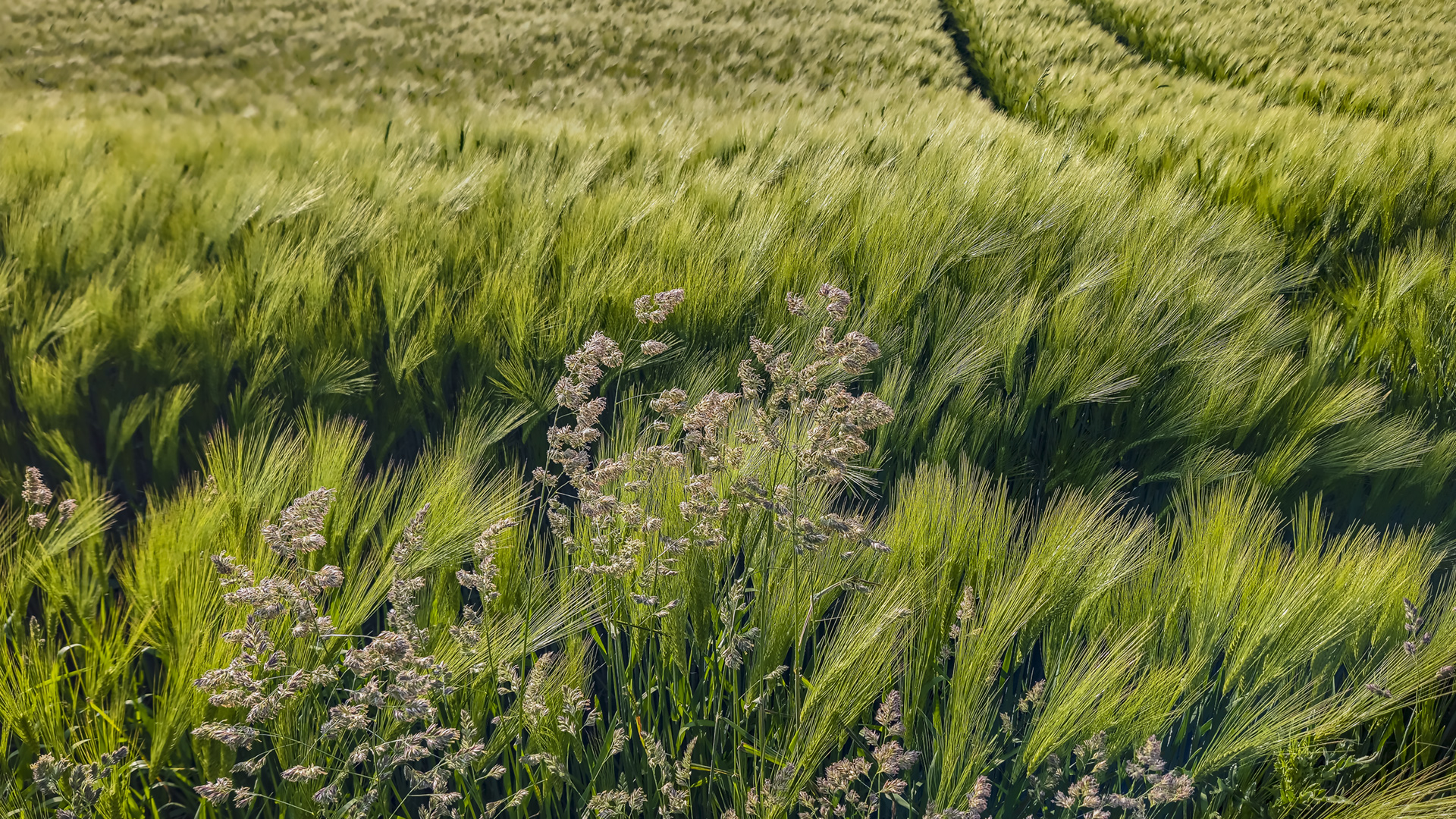
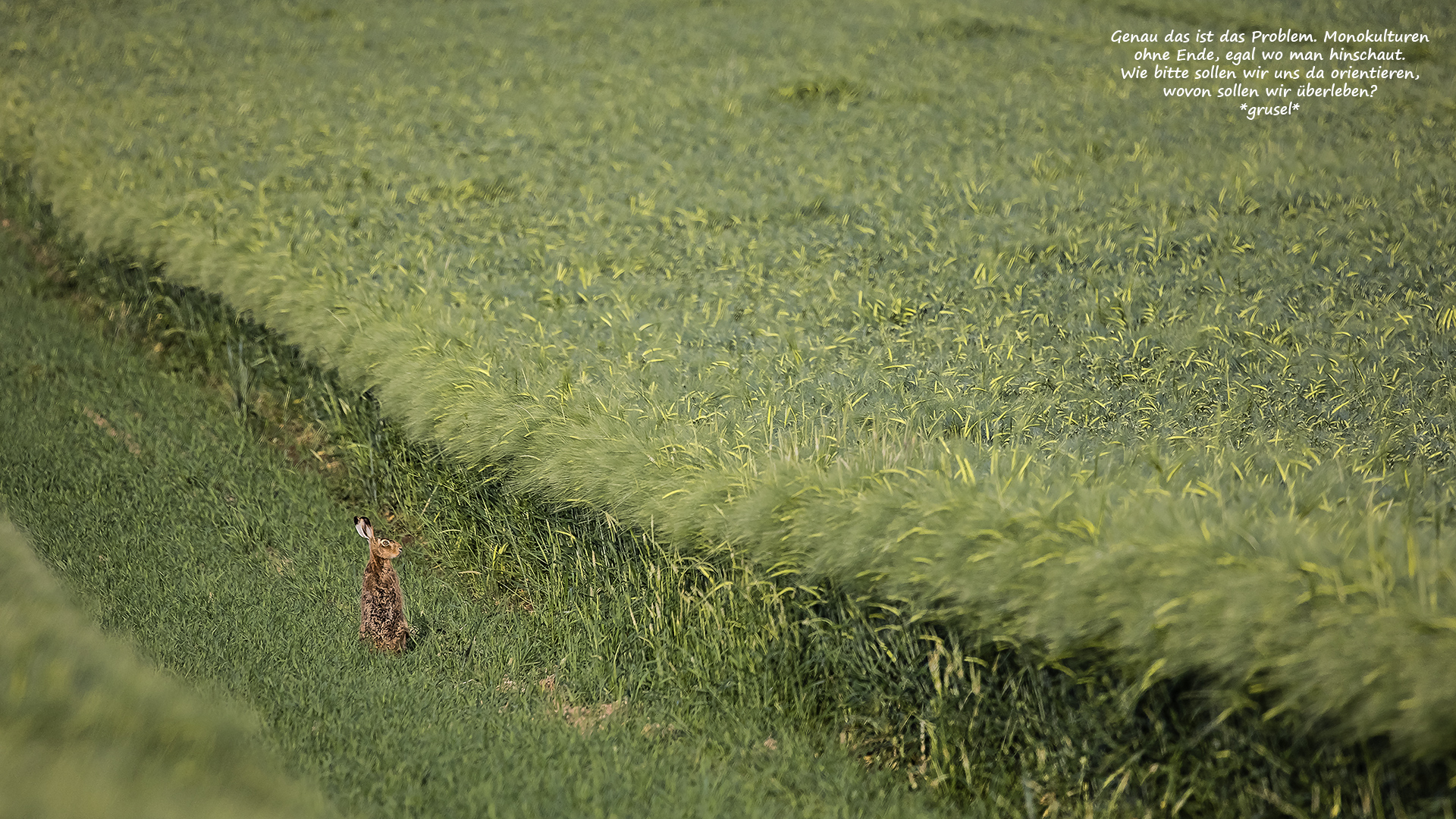
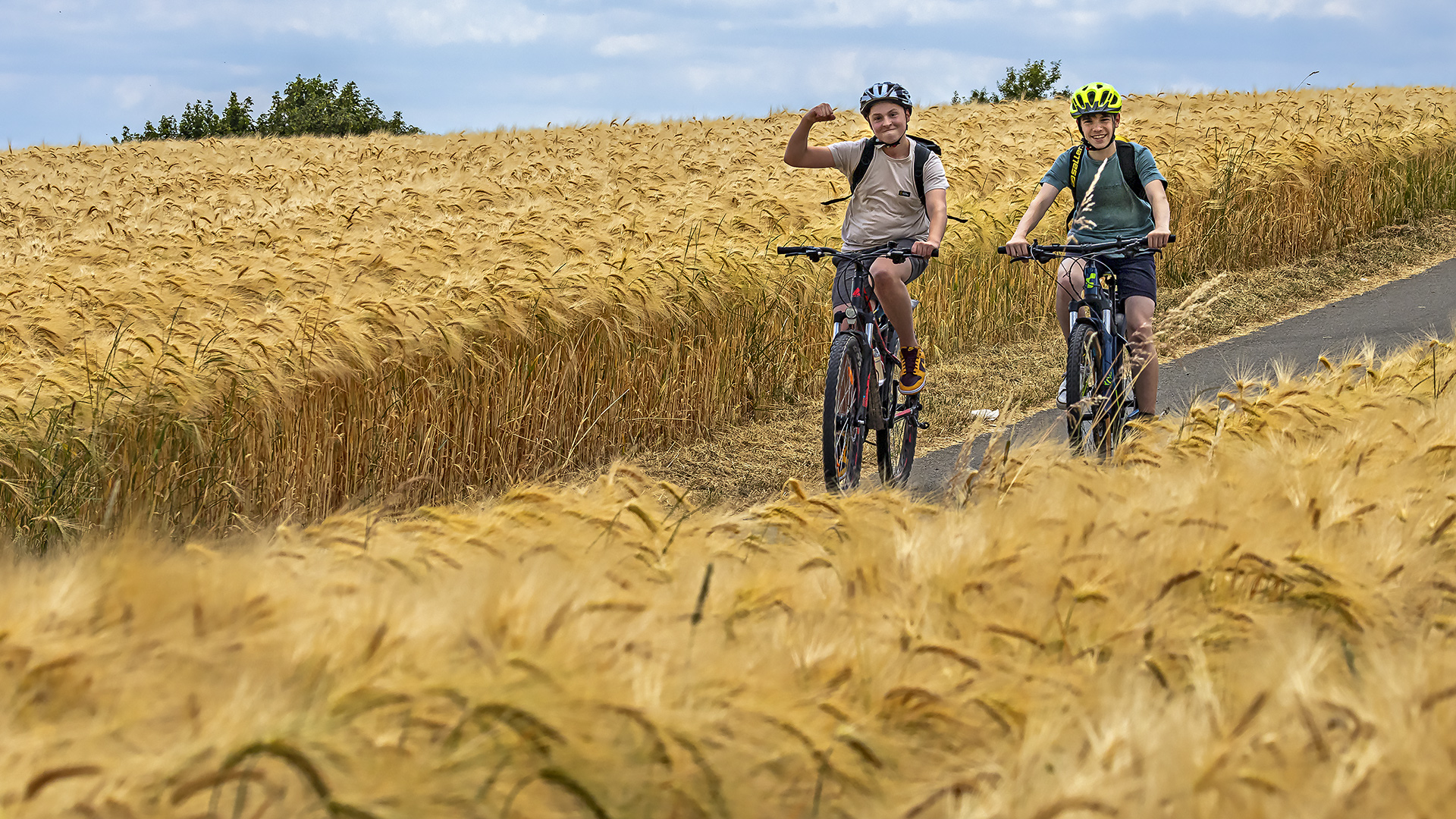
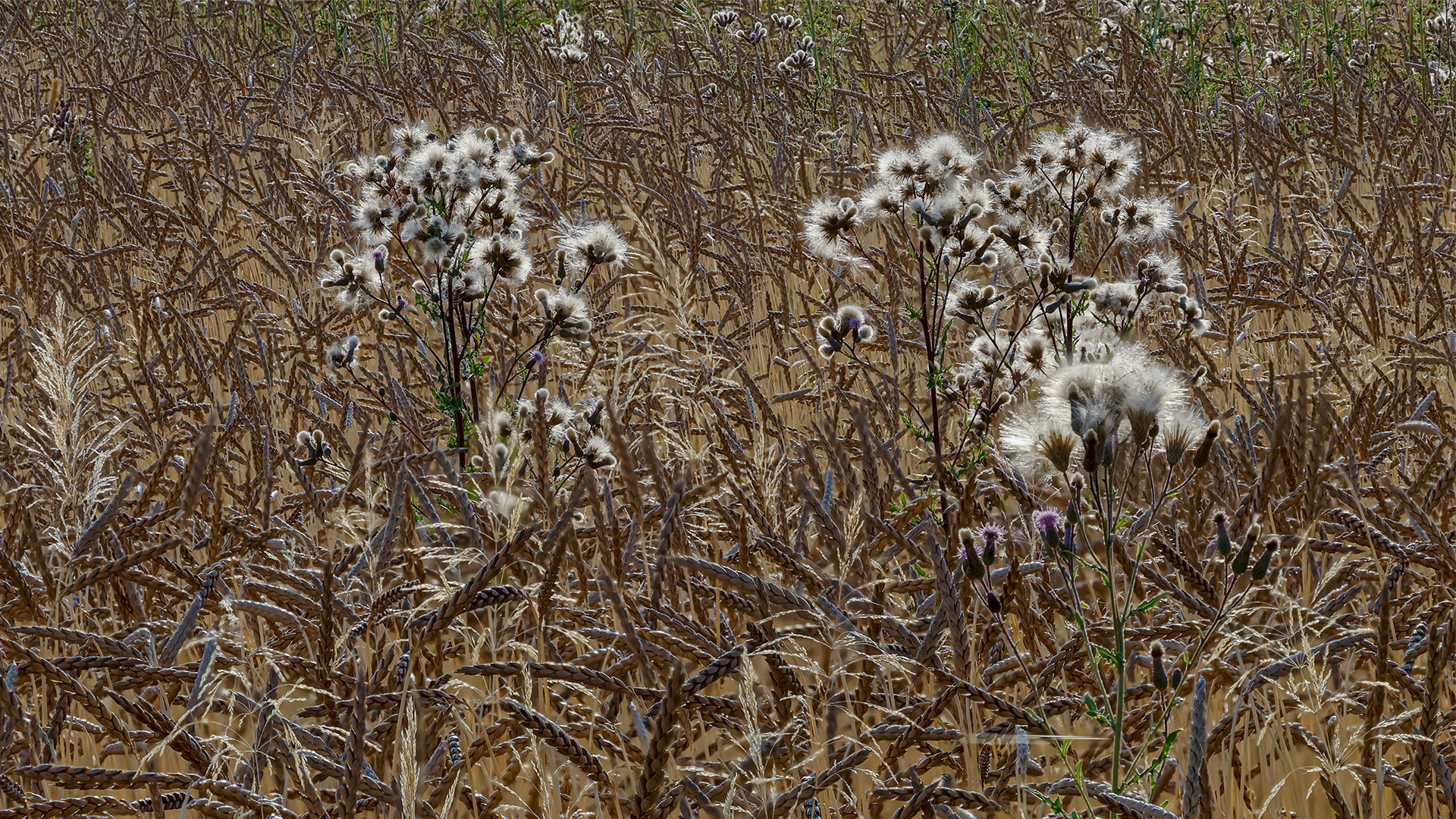
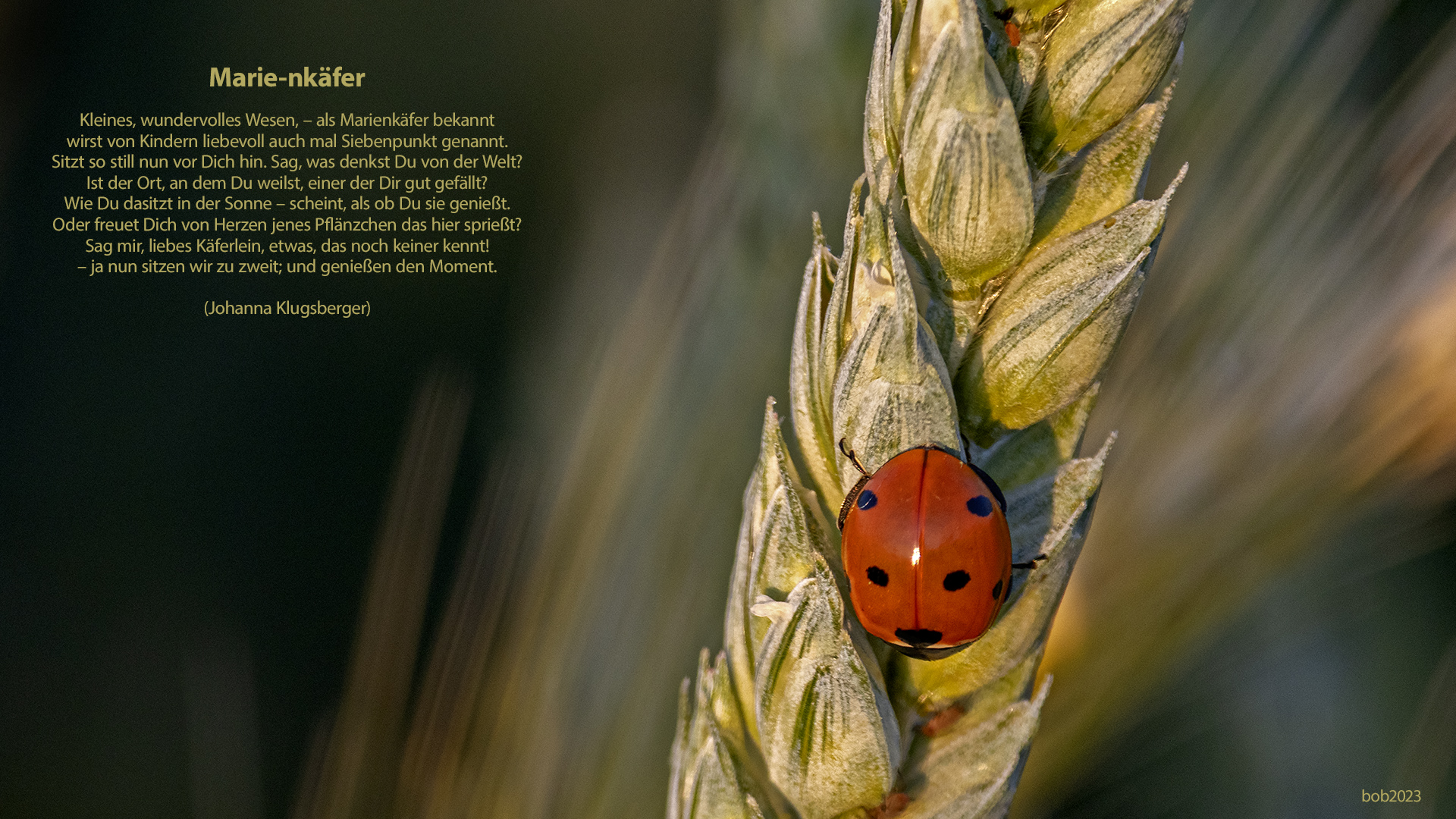

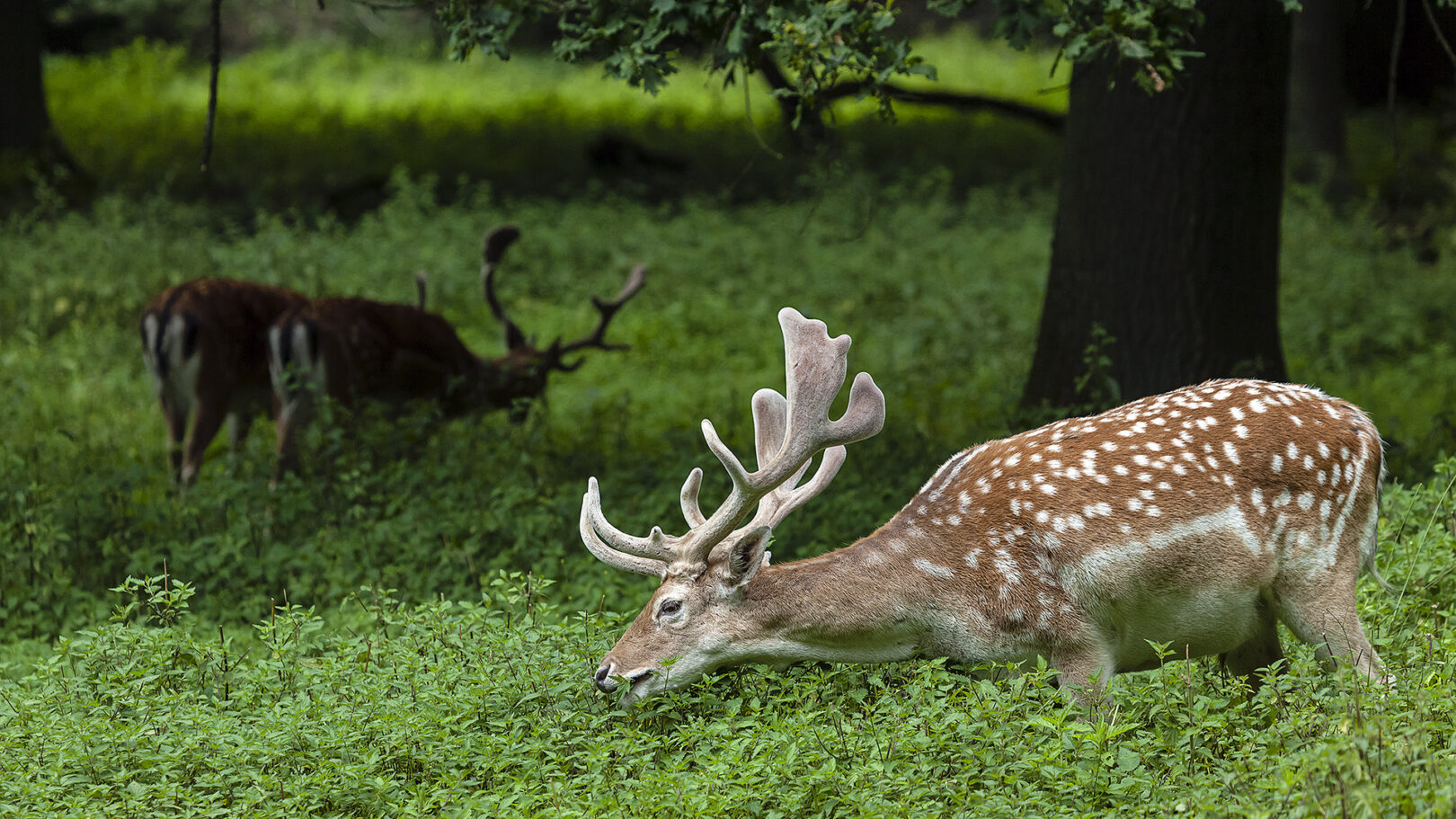

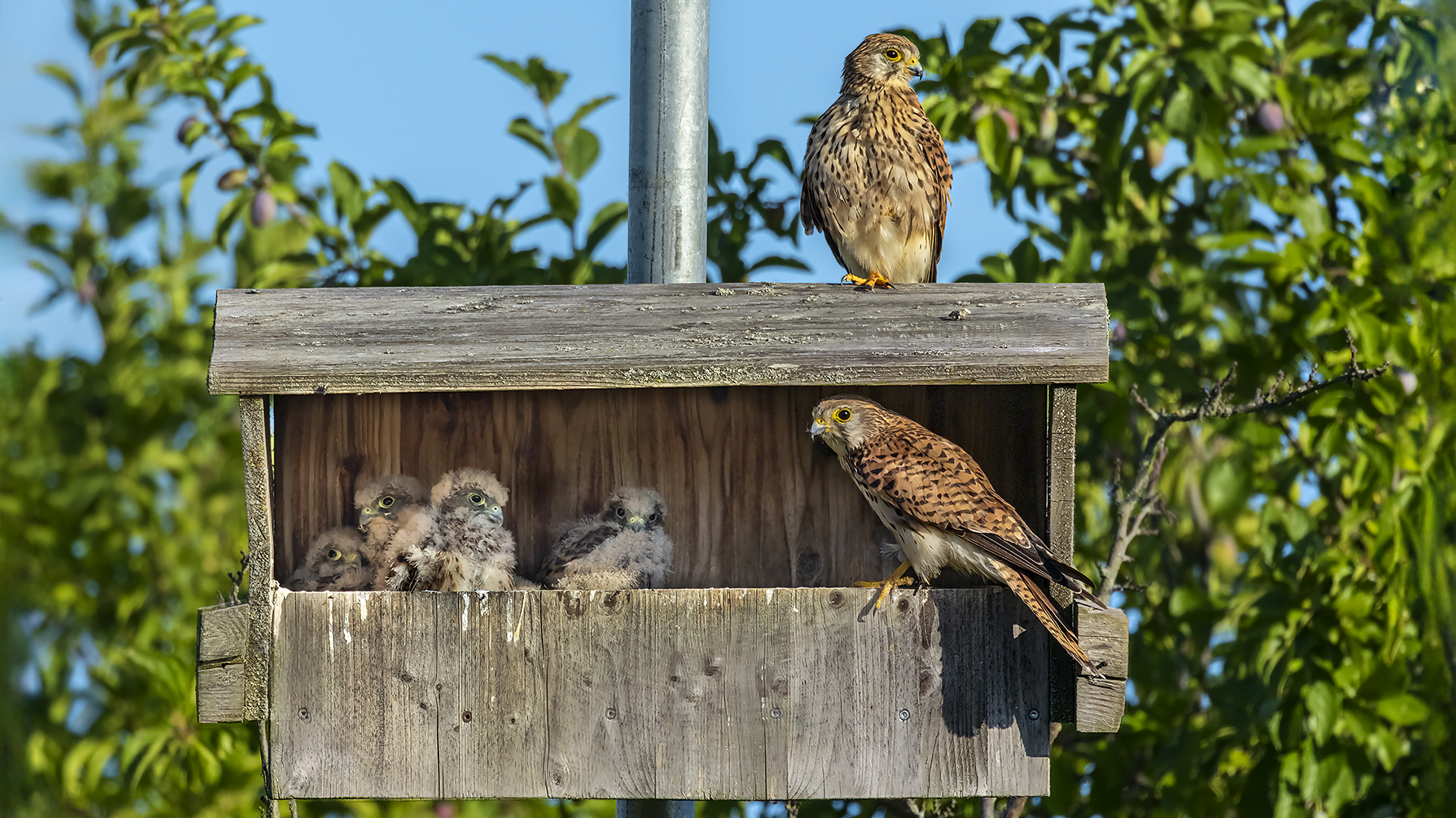
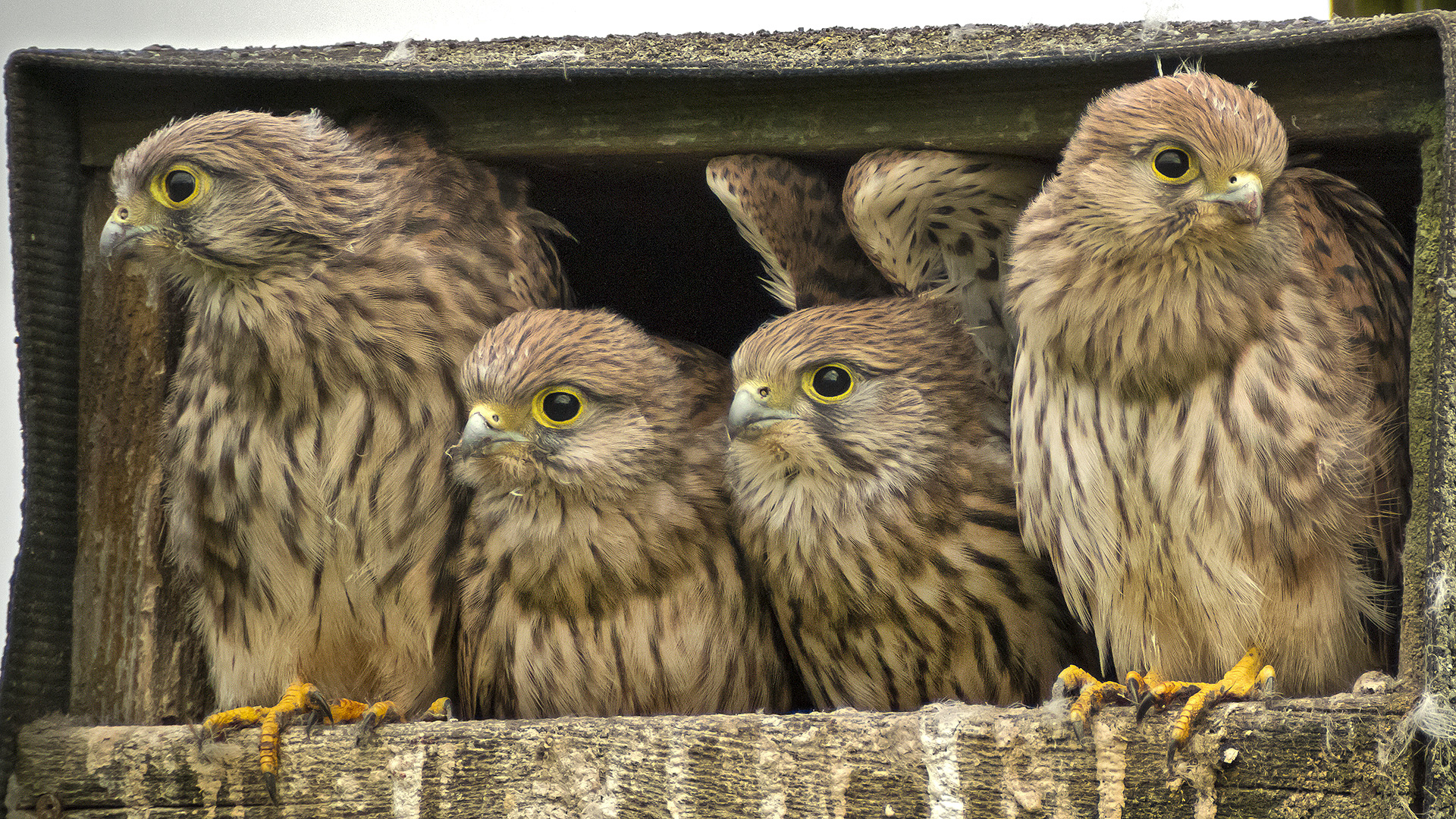
https://www.nabu.de/tiere-und-pflanzen/aktionen-und-projekte/vogel-des-jahres/2007-turmfalke/wissen.html
Turmfalken sind bereits nach einem Jahr geschlechtsreif. Im Spätwinter oder zeitigen Frühjahr besetzen sie das Brutrevier, das häufig auch als Winterrevier gedient hat. Ein Paar bleibt zumeist ein Leben lang zusammen. Wenn als Brutplatz nicht ein vorhandenes Nest genutzt wird, begnügt sich der Turmfalke mit einer kleinen Mulde, aus der die Eier nicht wegrollen können. Am besten sind natürlich solche Nistkästen, die der NABU aufstellt. *g* Das Weibchen legt zwischen Mitte April und Mitte Mai vier bis sechs Eier und brütet 29 Tage lang. Nachdem die Jungen geschlüpft sind, werden sie gut vier Wochen lang gefüttert. Nachdem sie das Nest verlassen haben, werden sie noch weitere vier Wochen von den Eltern begleitet und gefüttert. Danach verlassen sie ihren Geburtsort und suchen sich ein eigenes Revier.
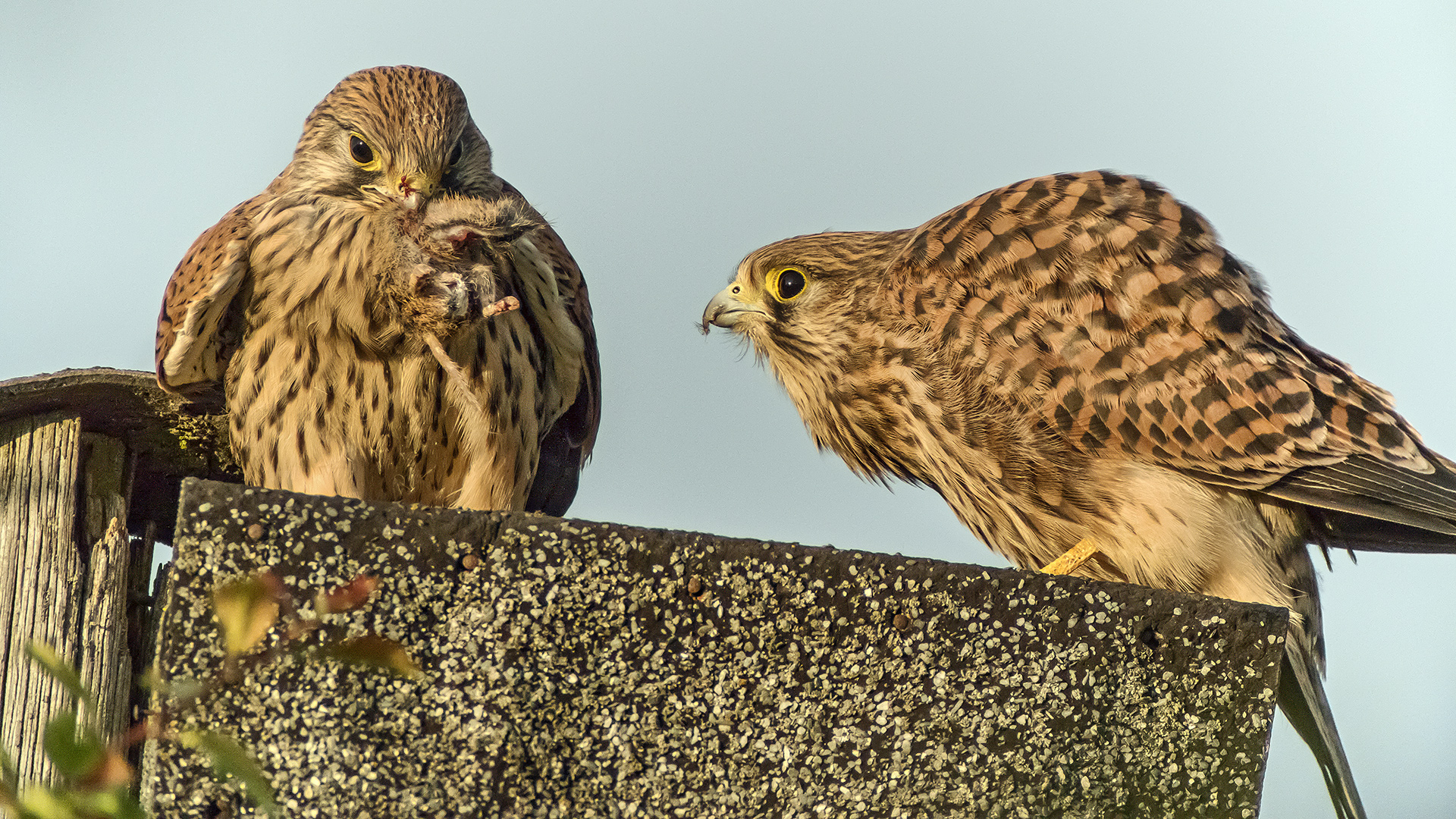
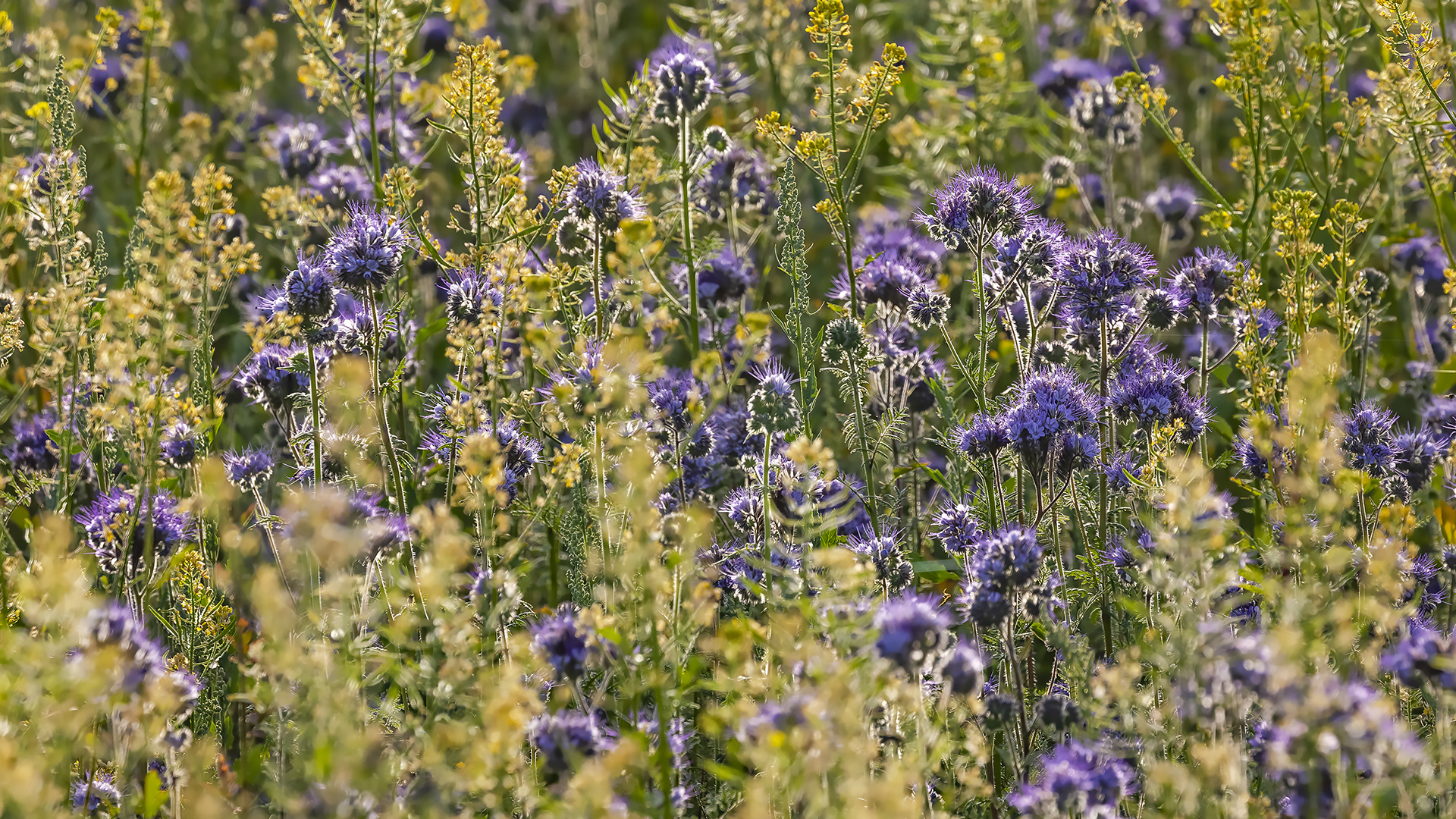
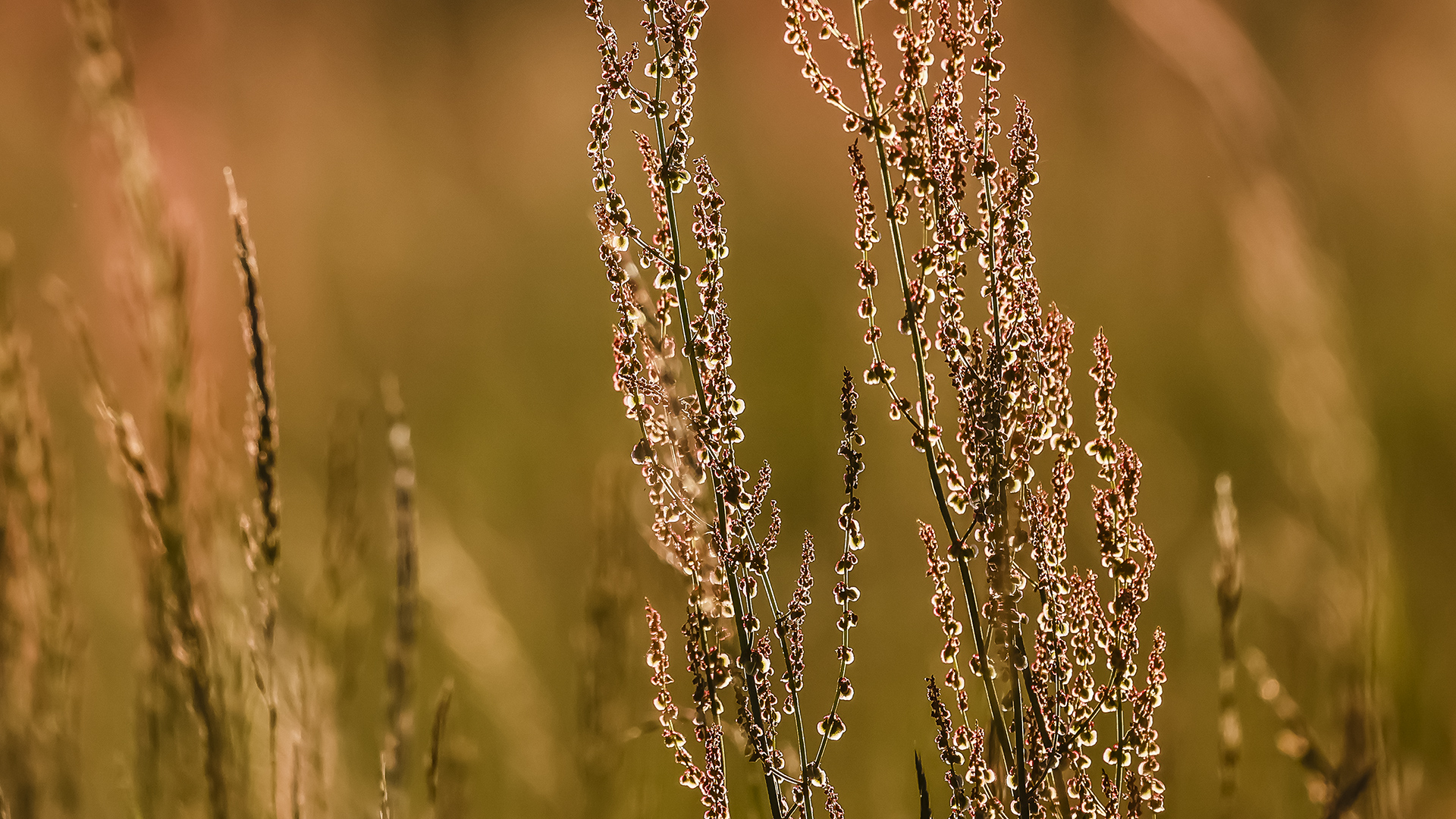

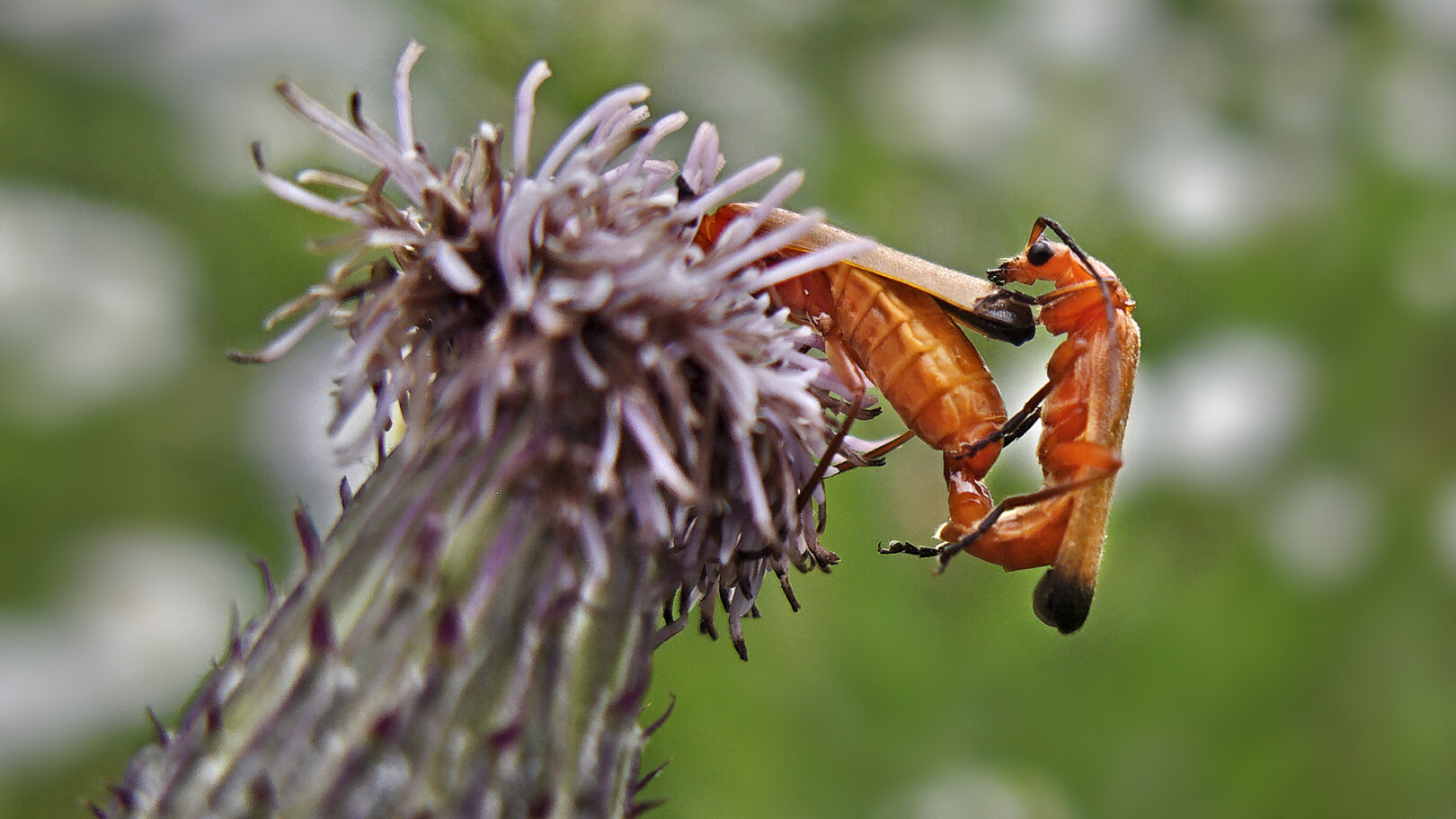
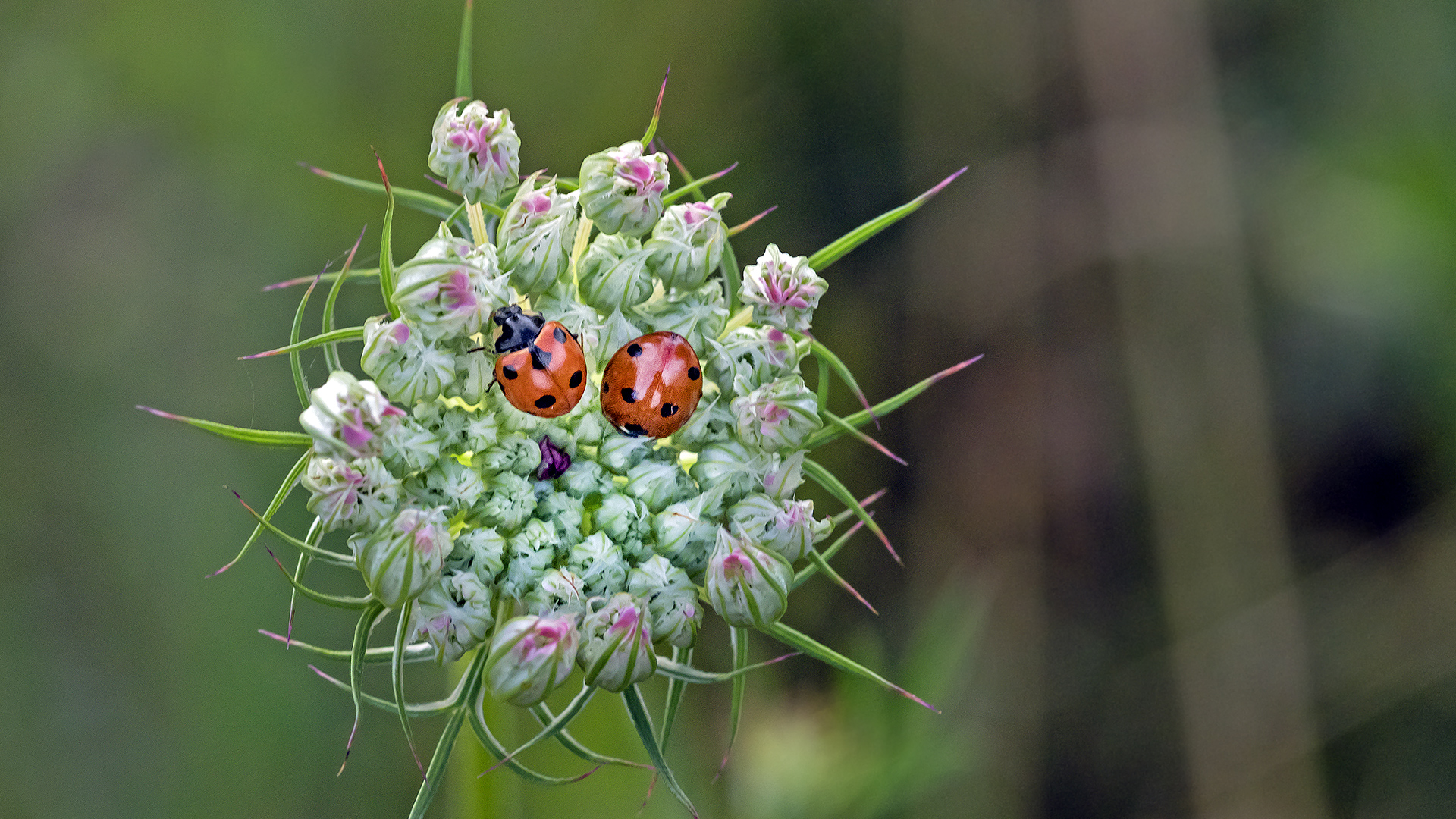

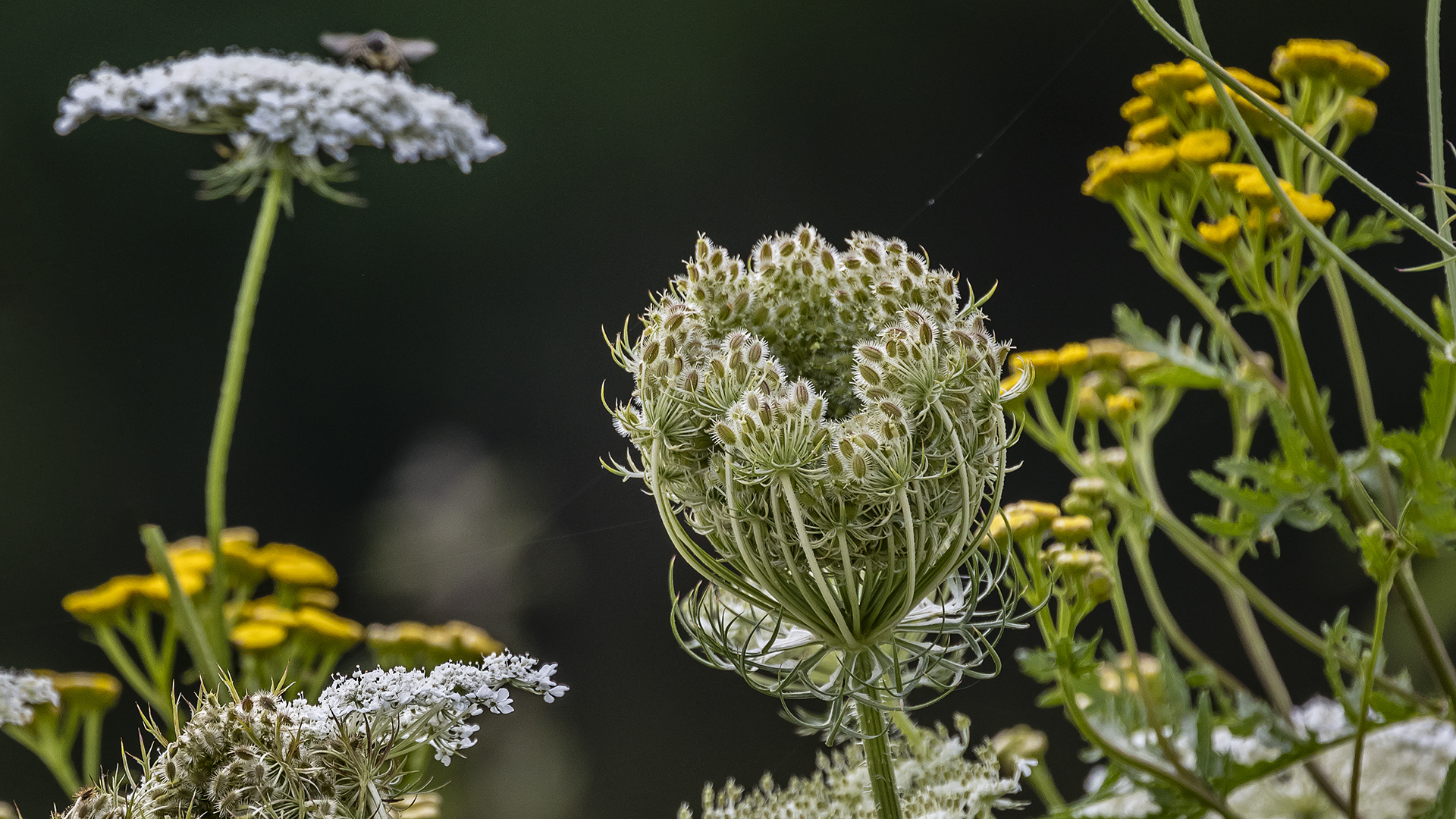
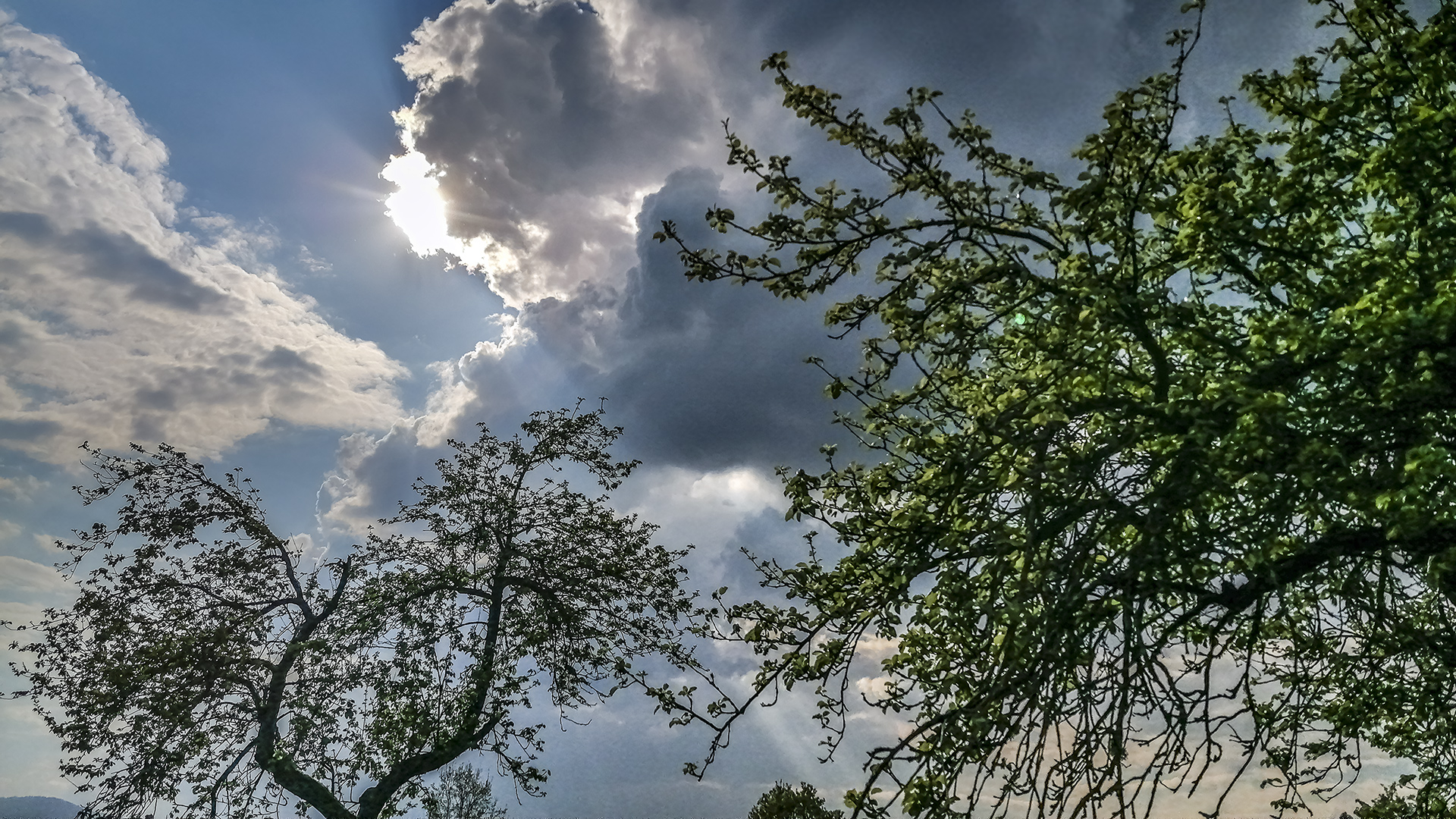
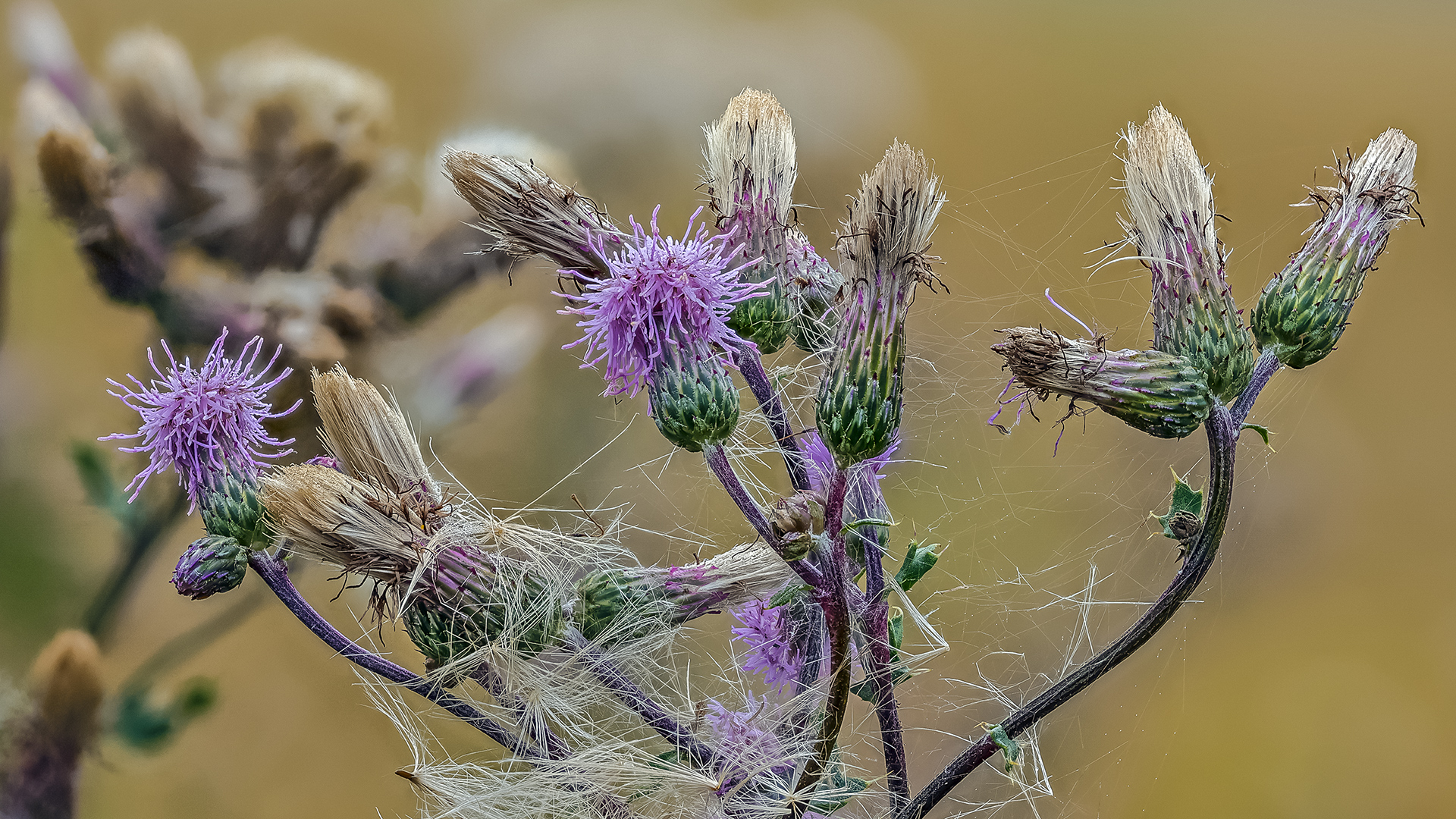

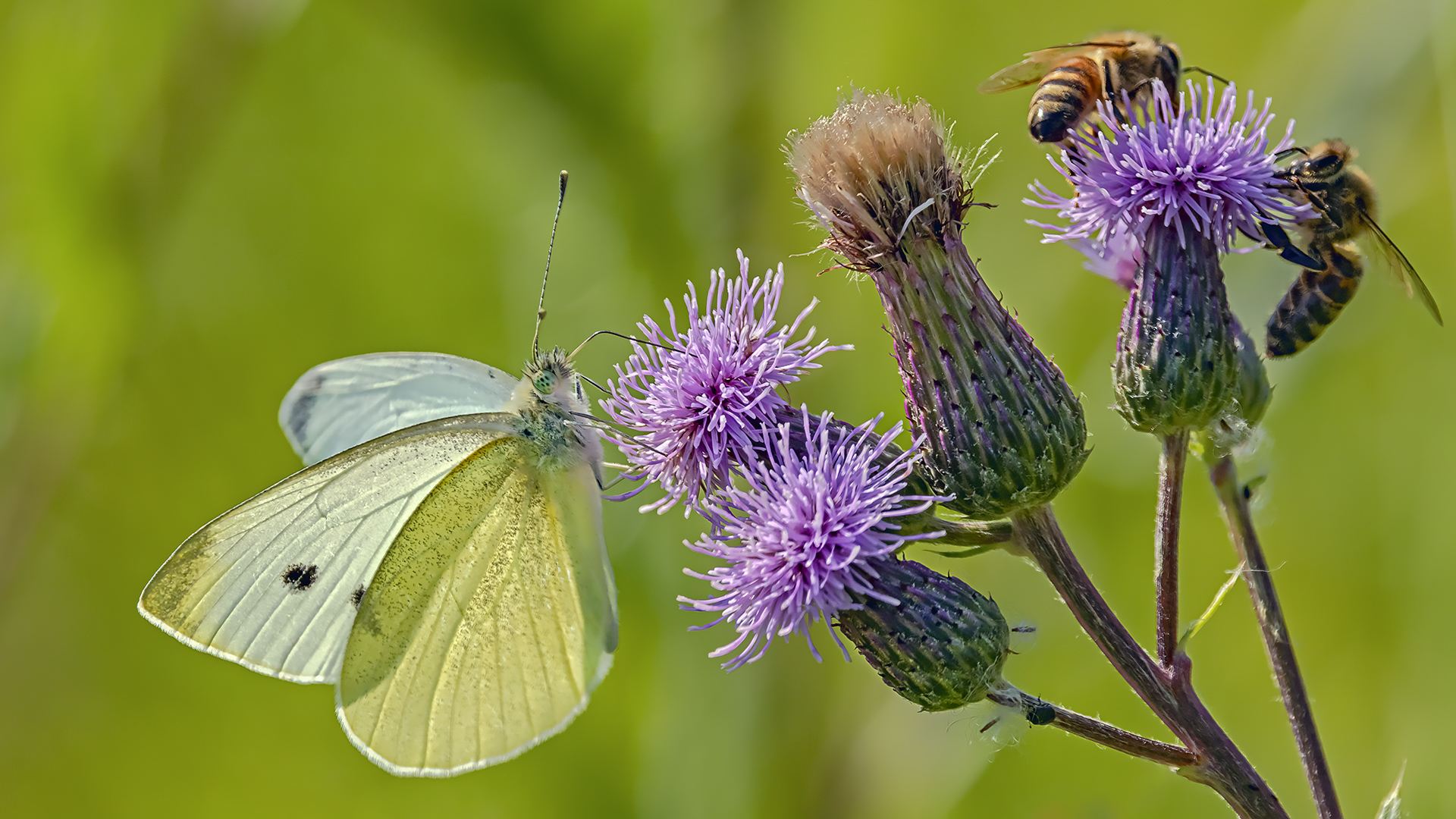




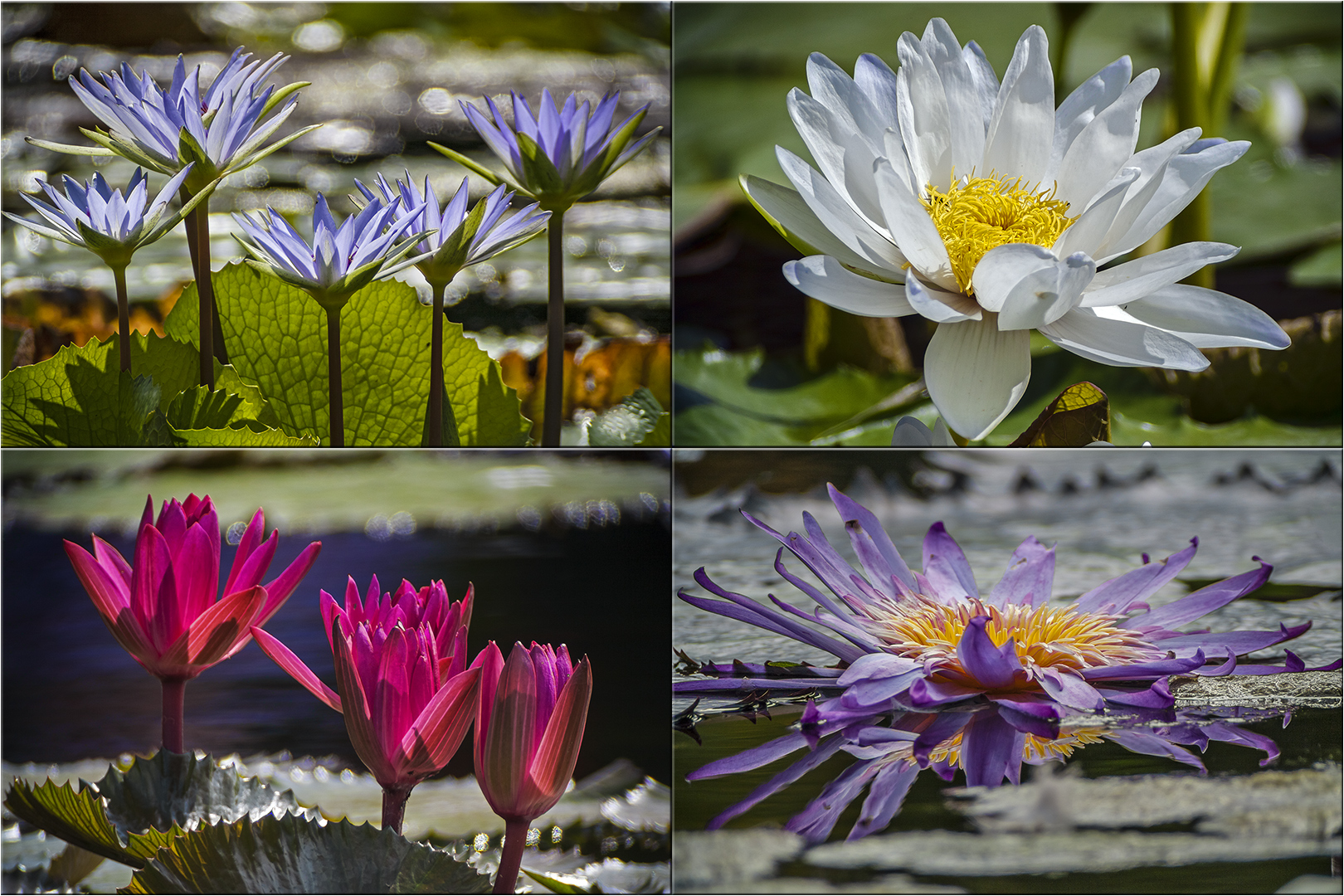
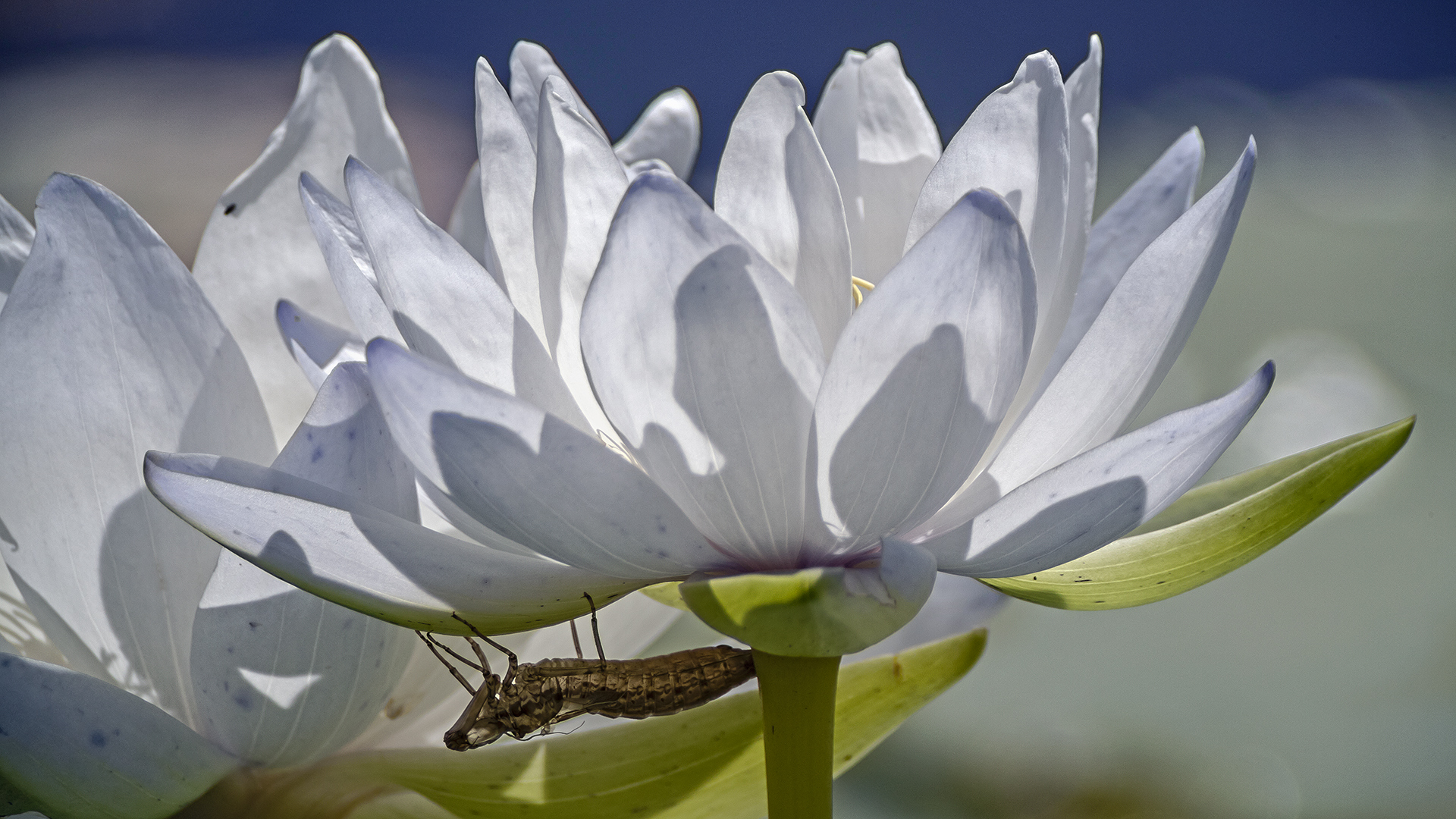


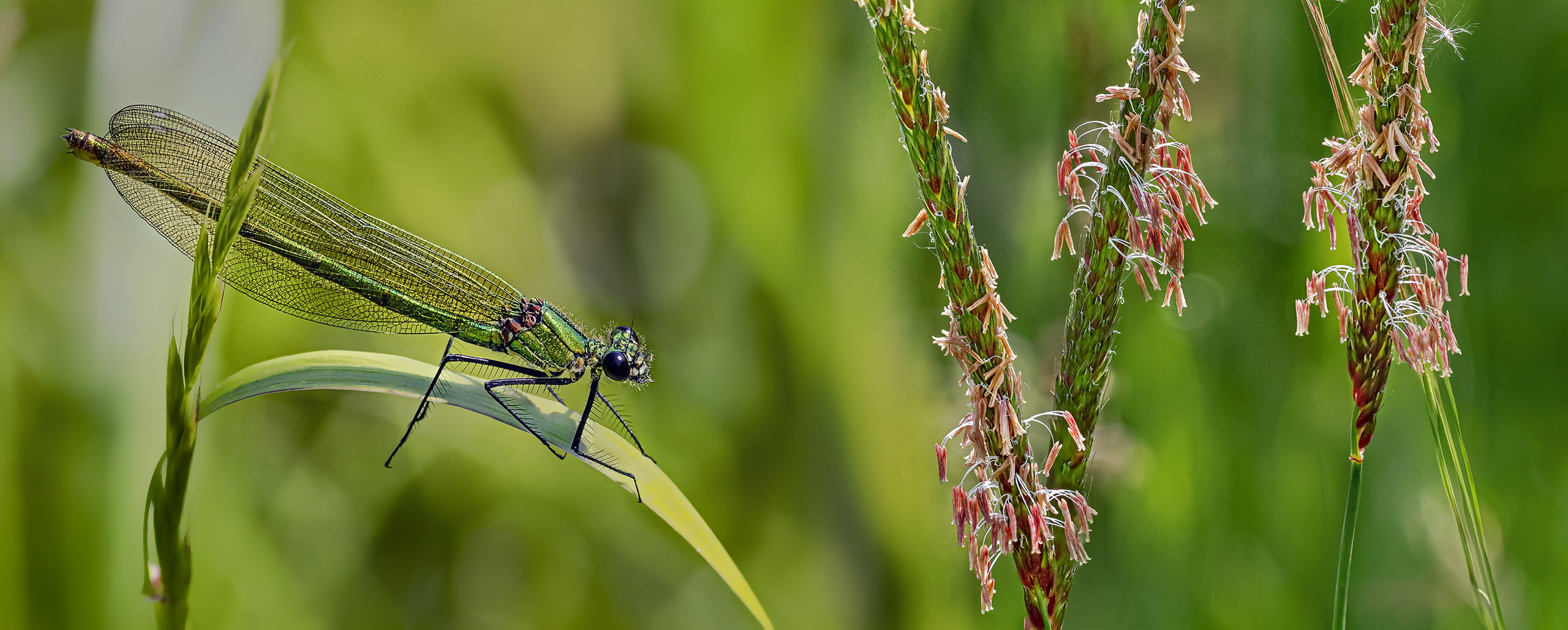
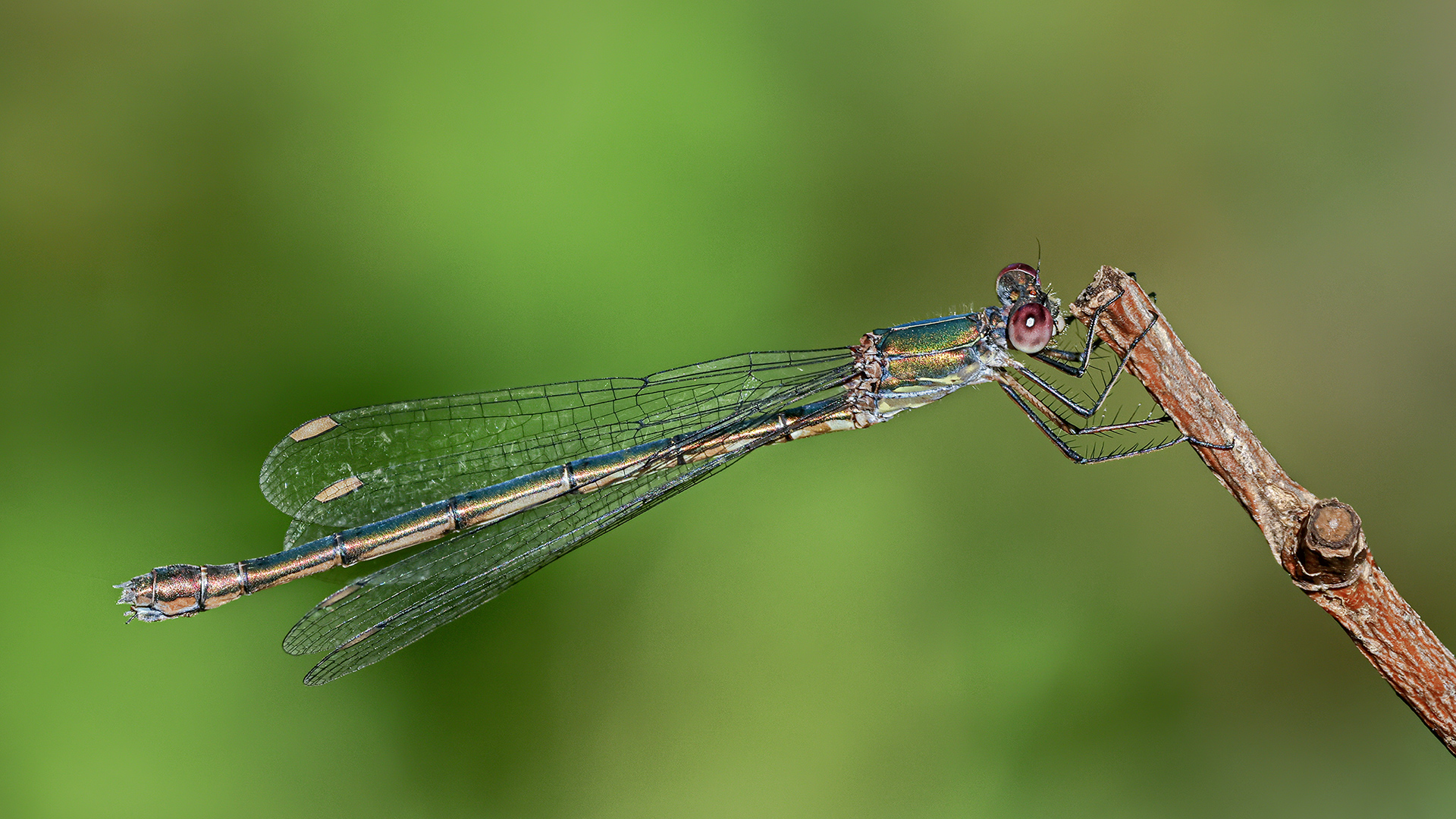



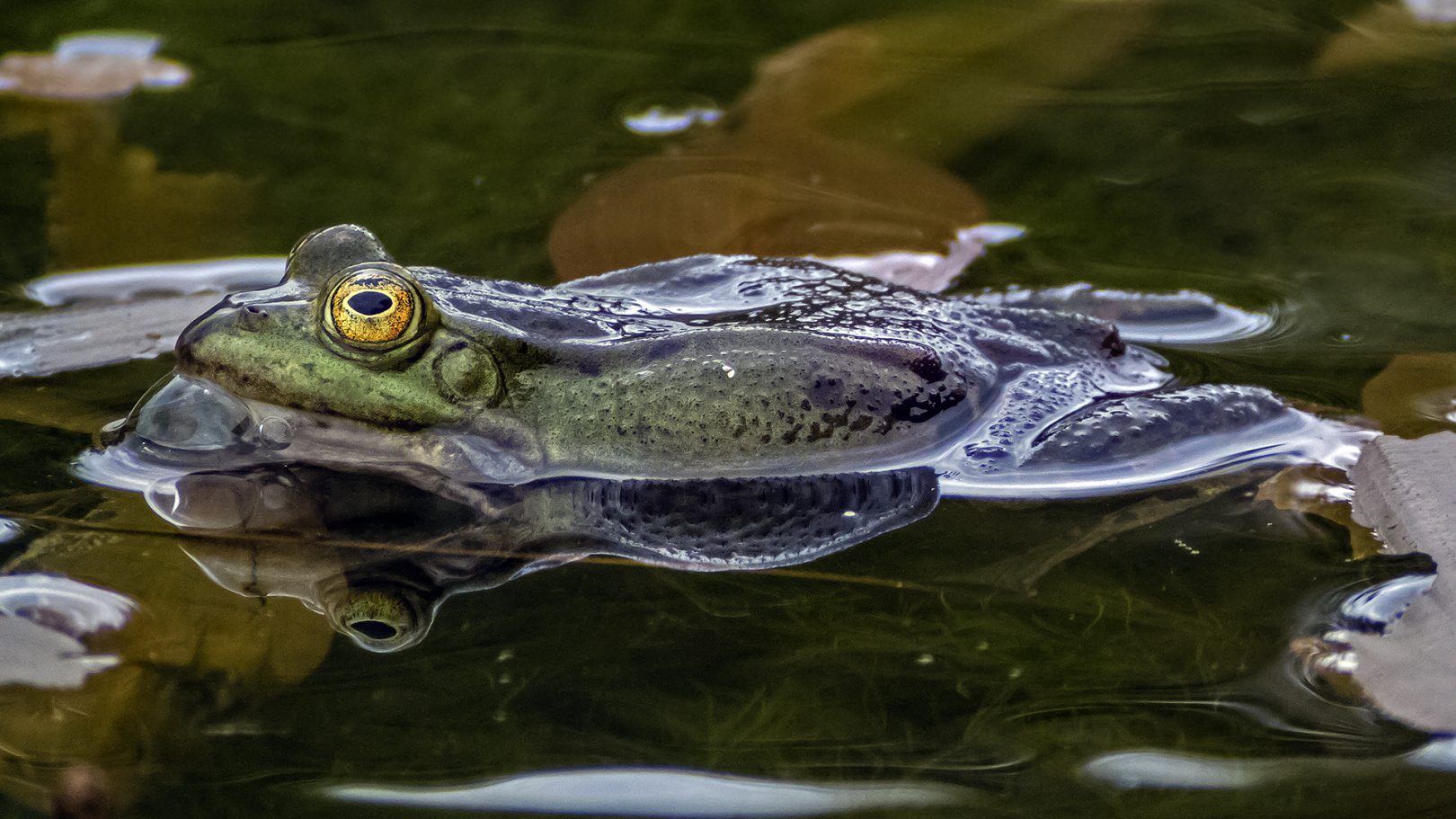
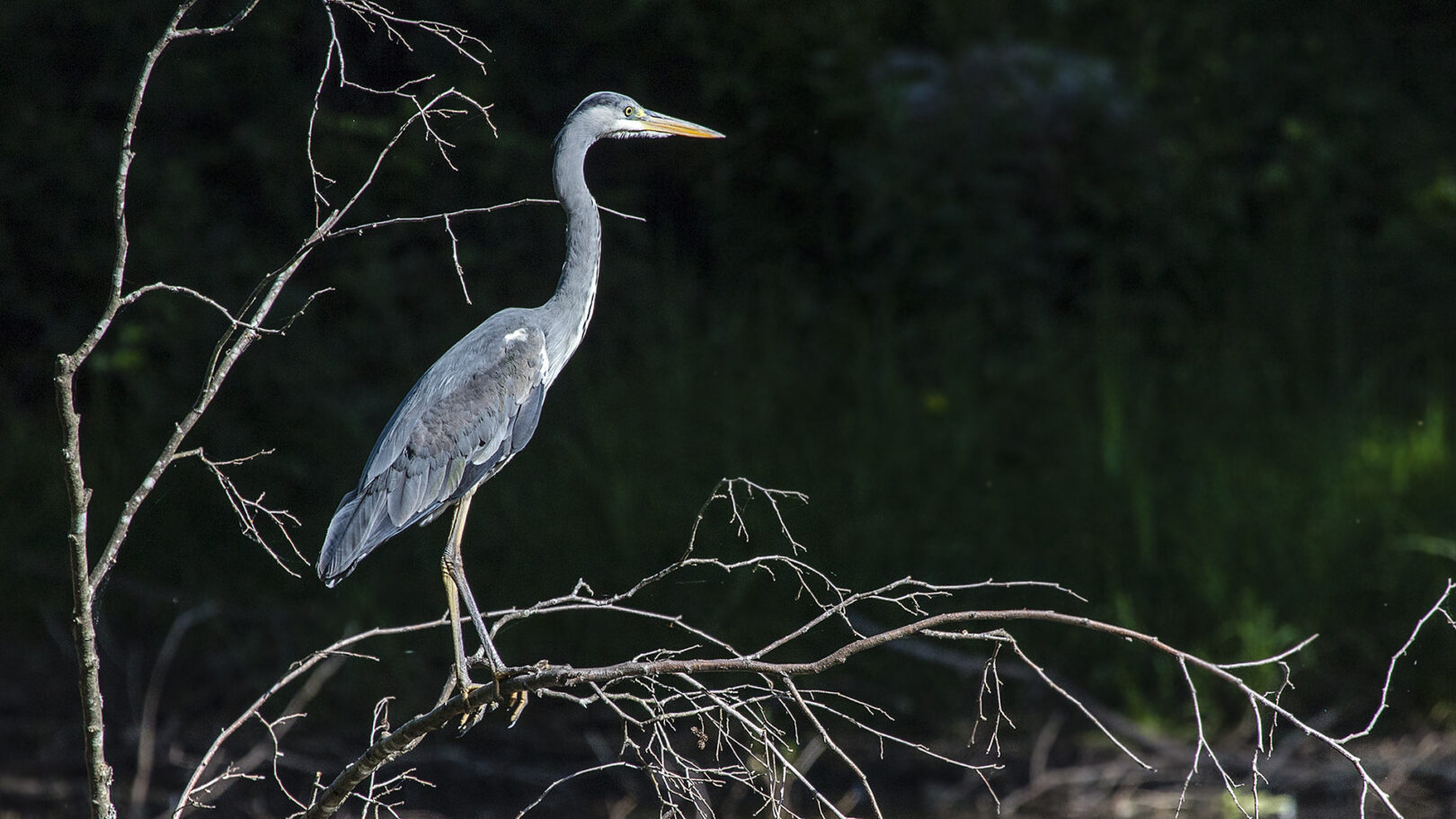

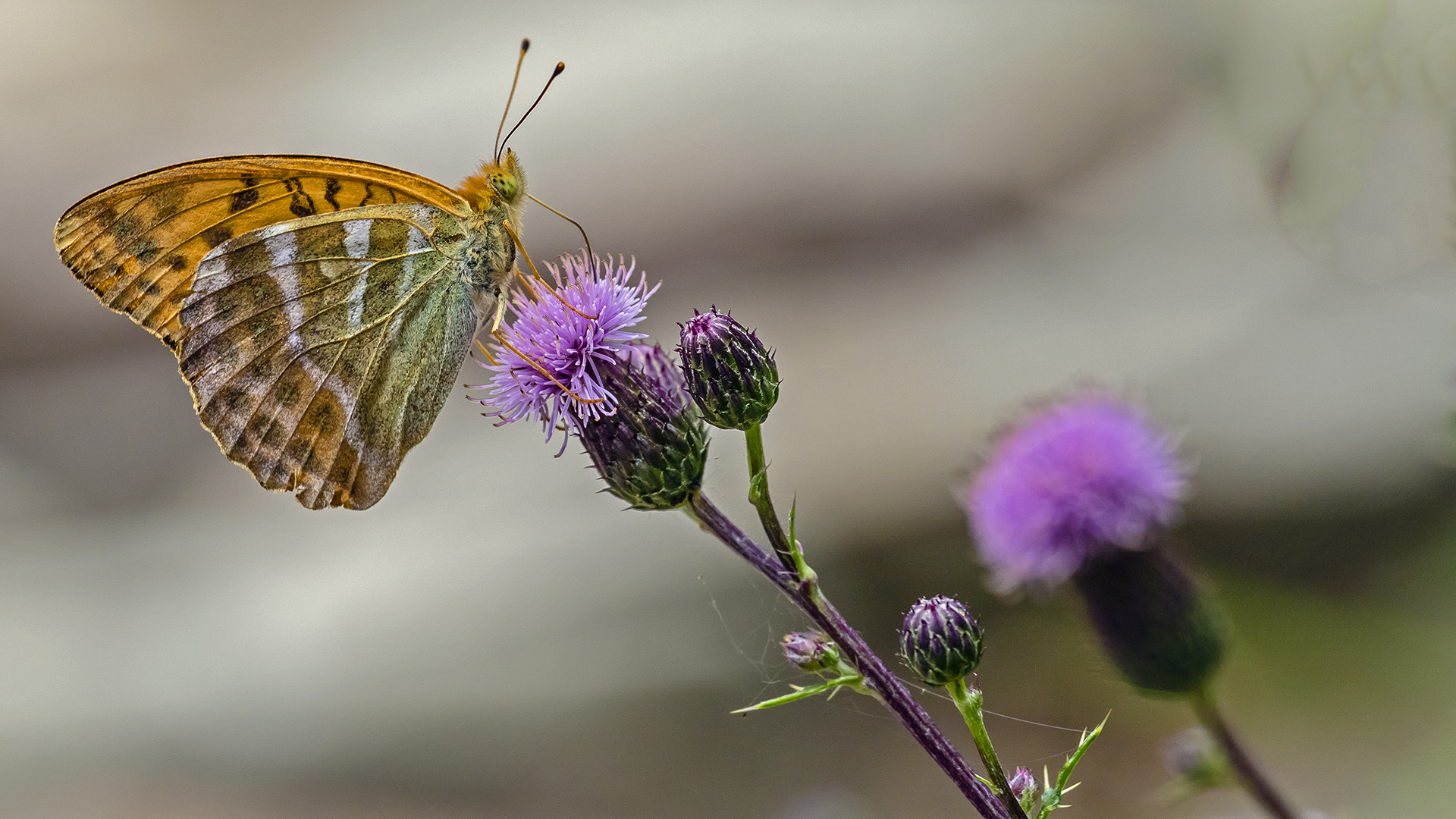
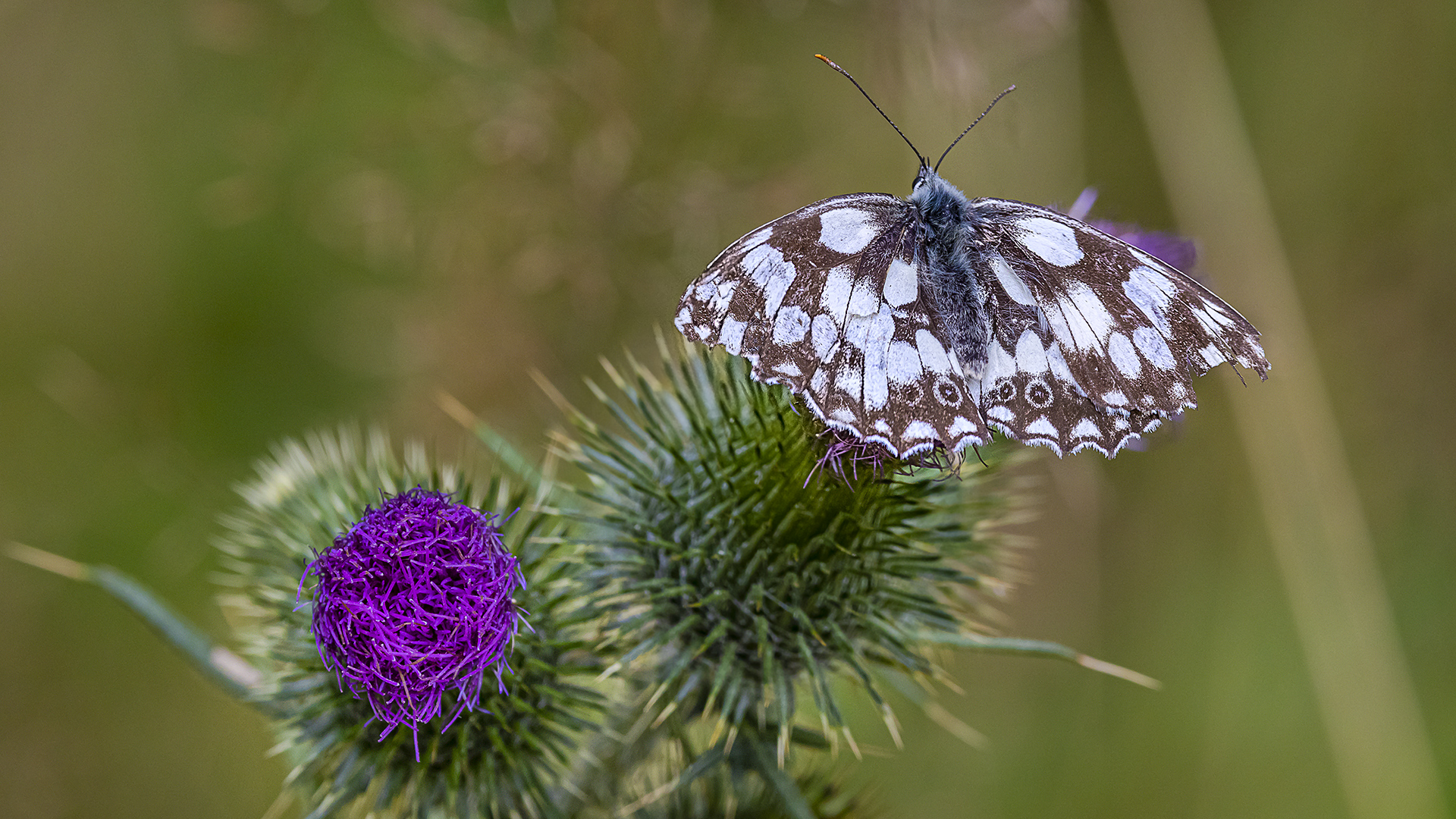
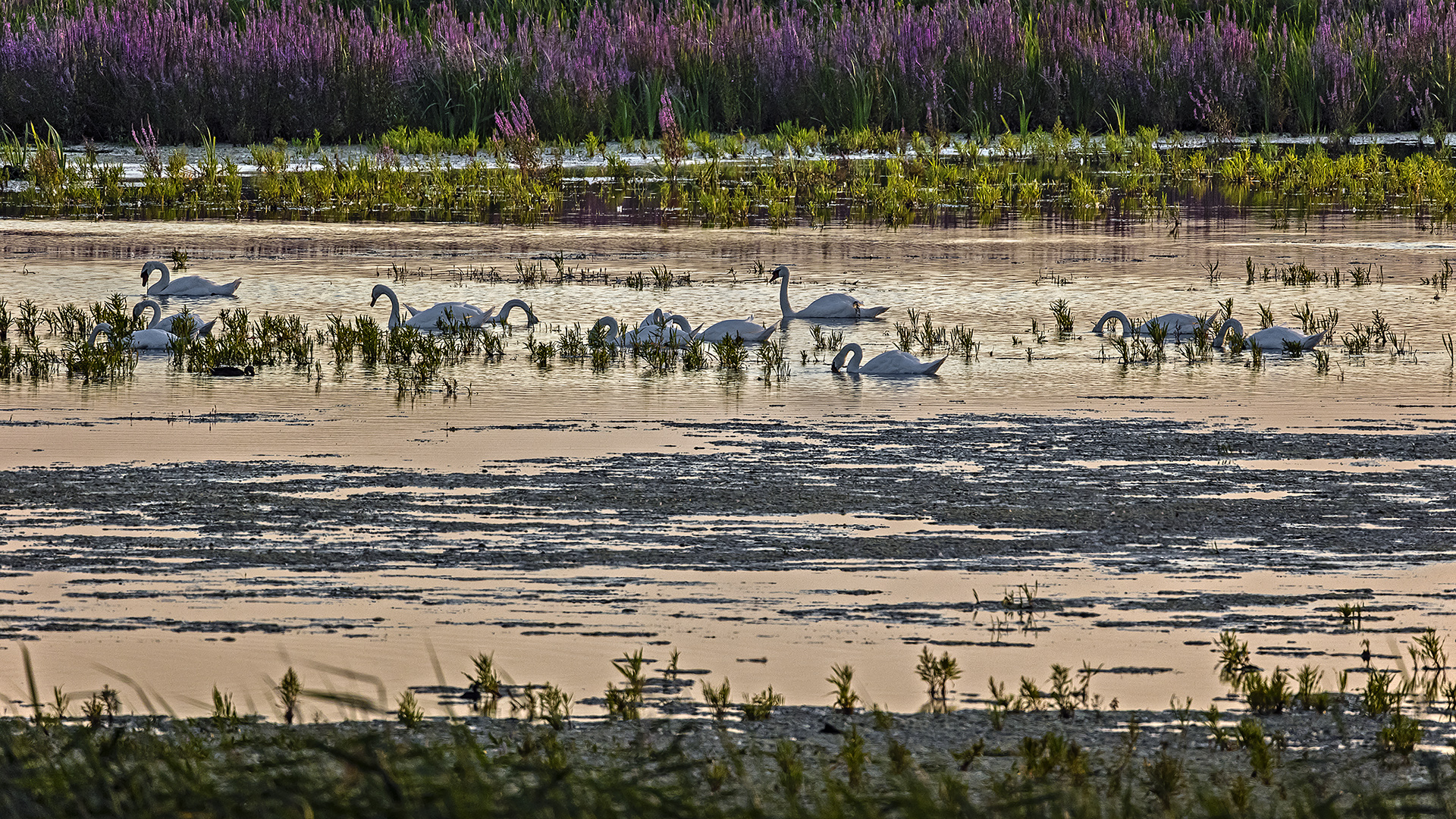
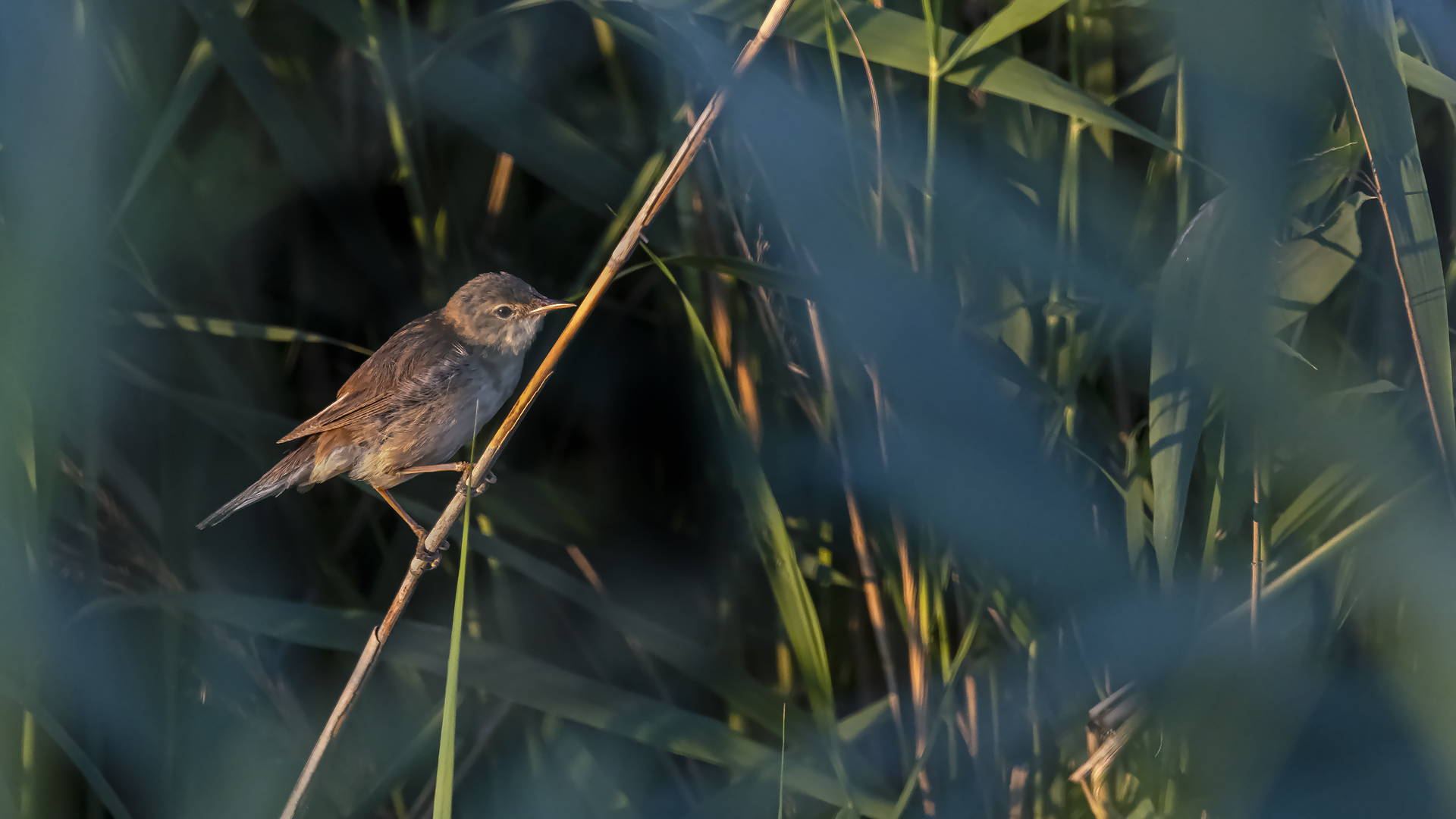
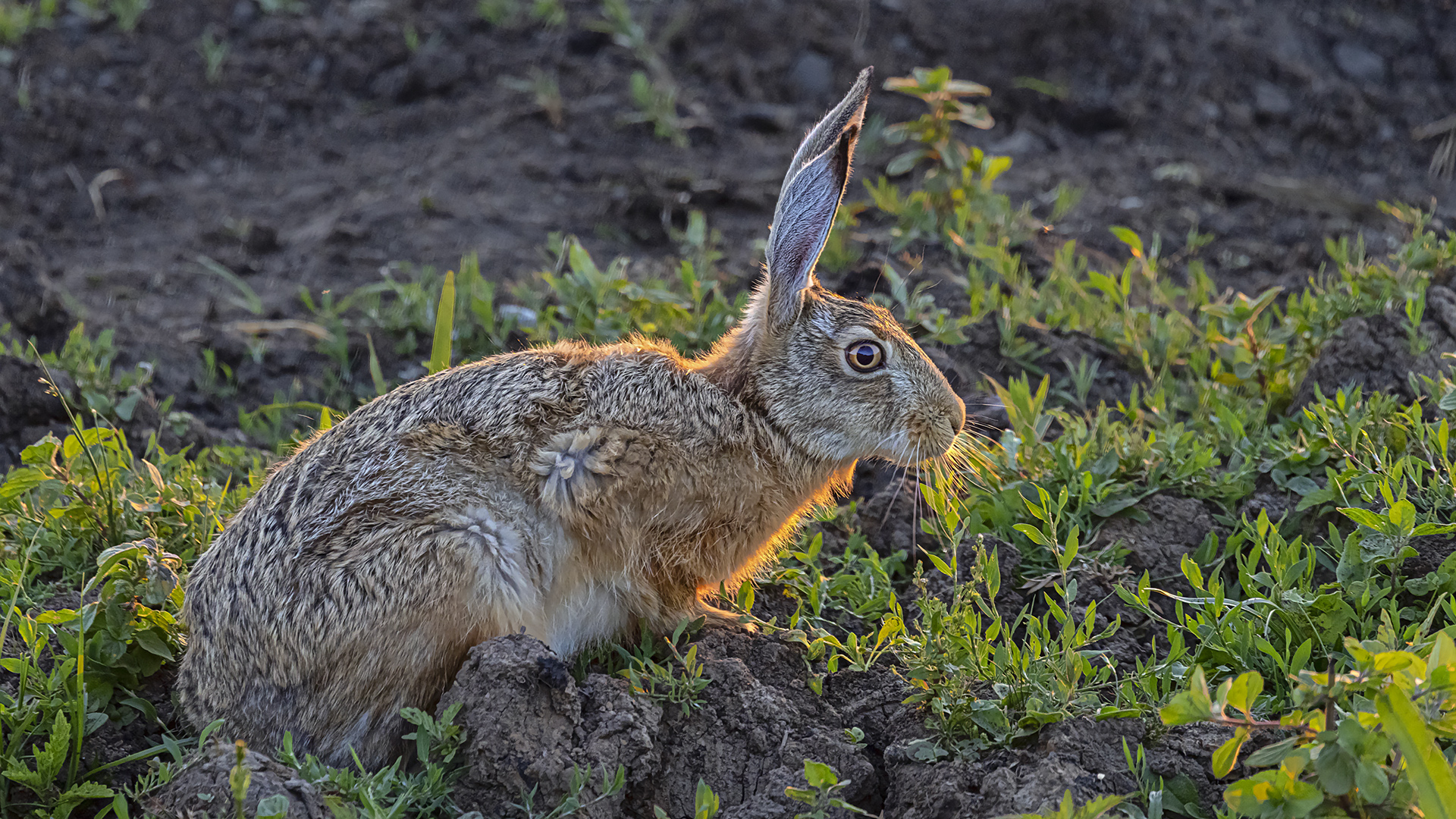
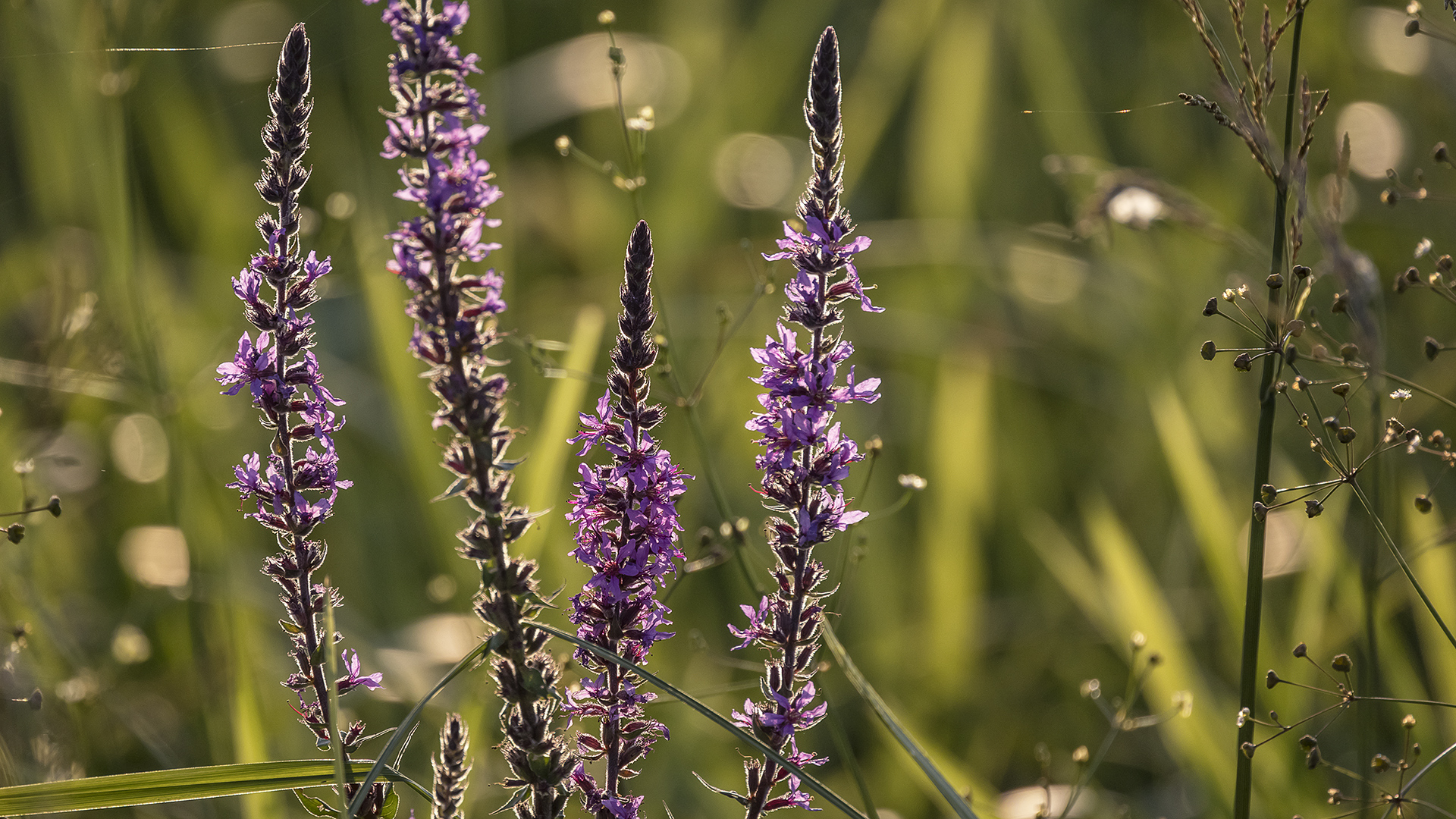

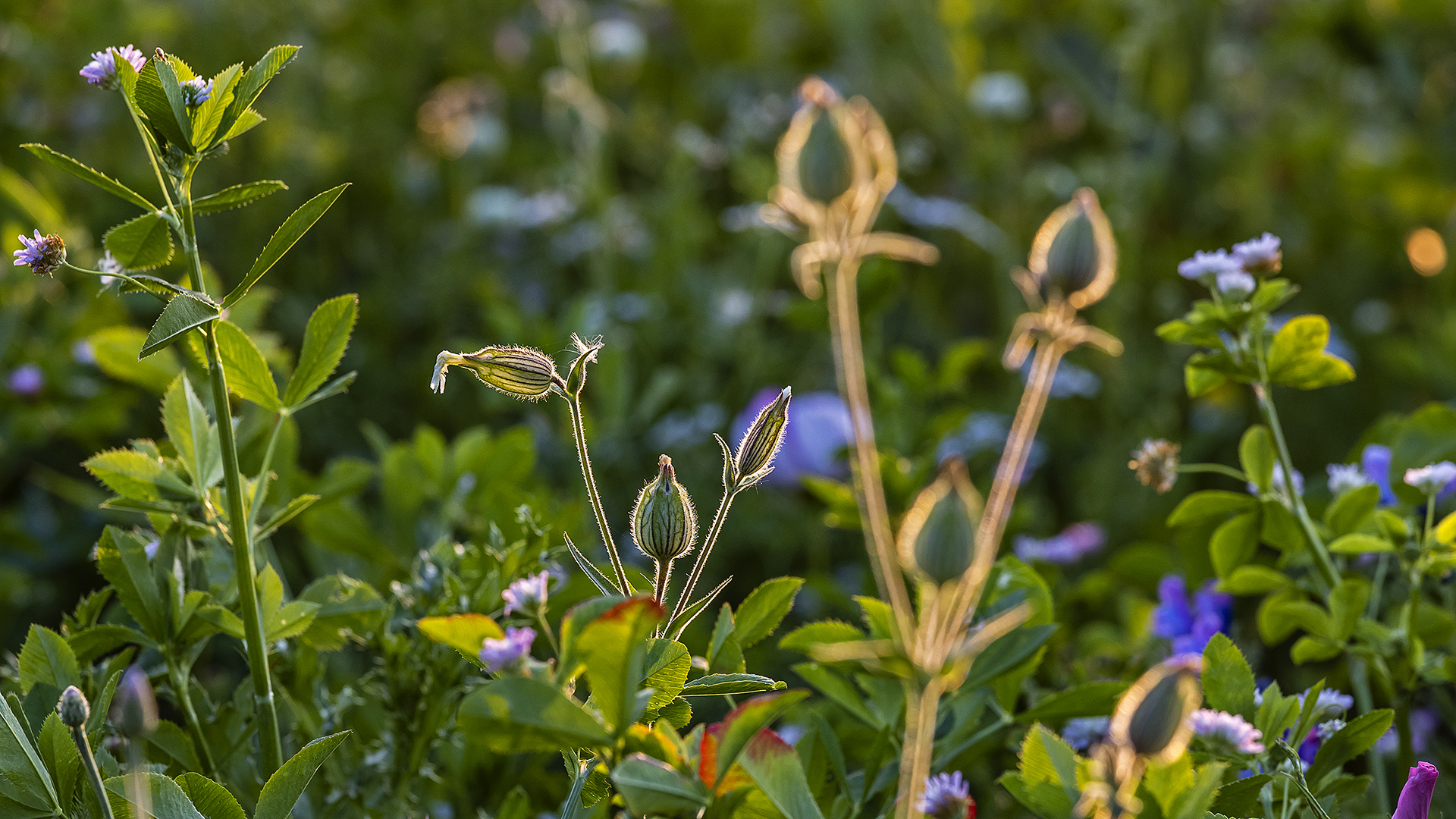
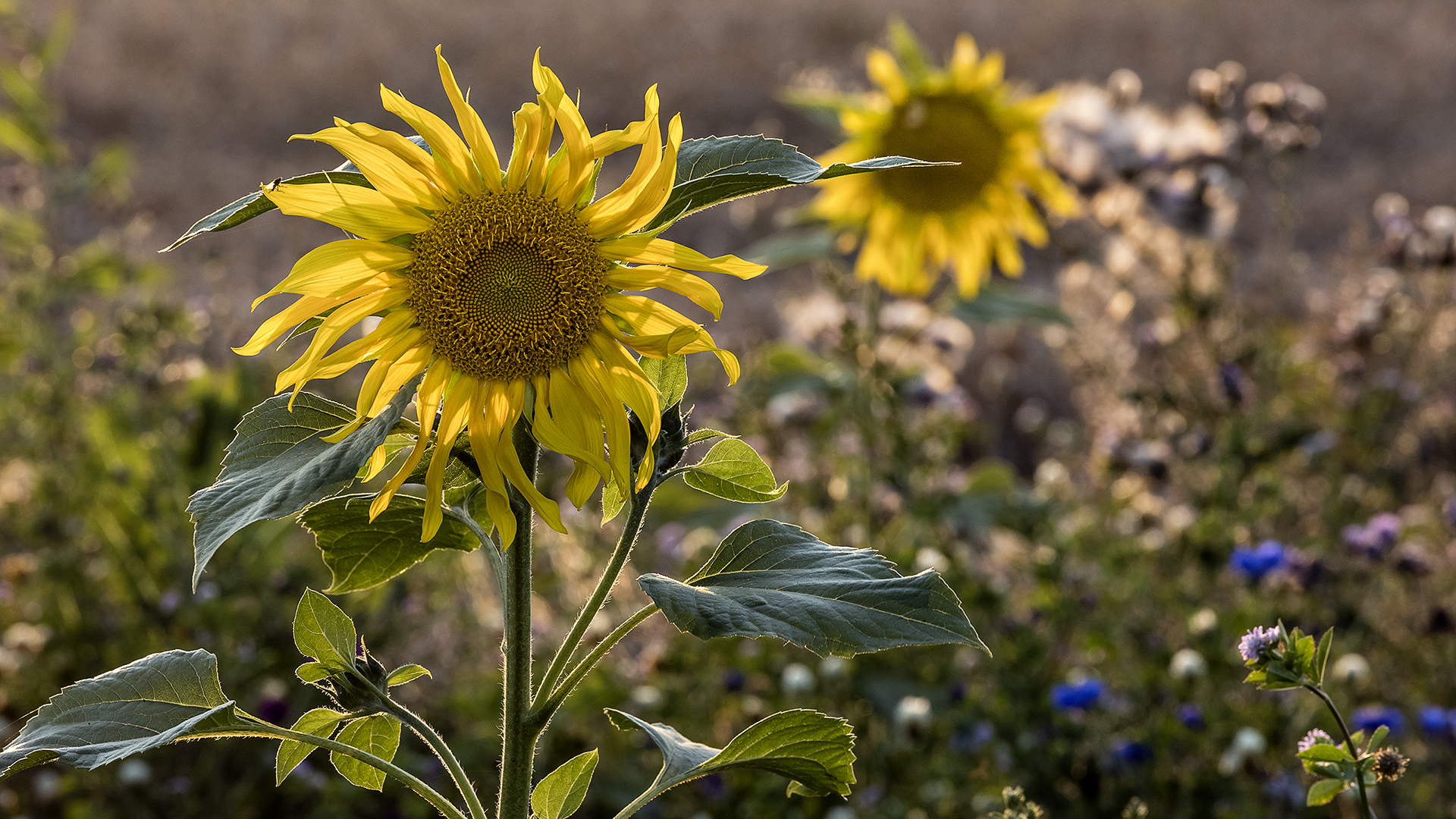
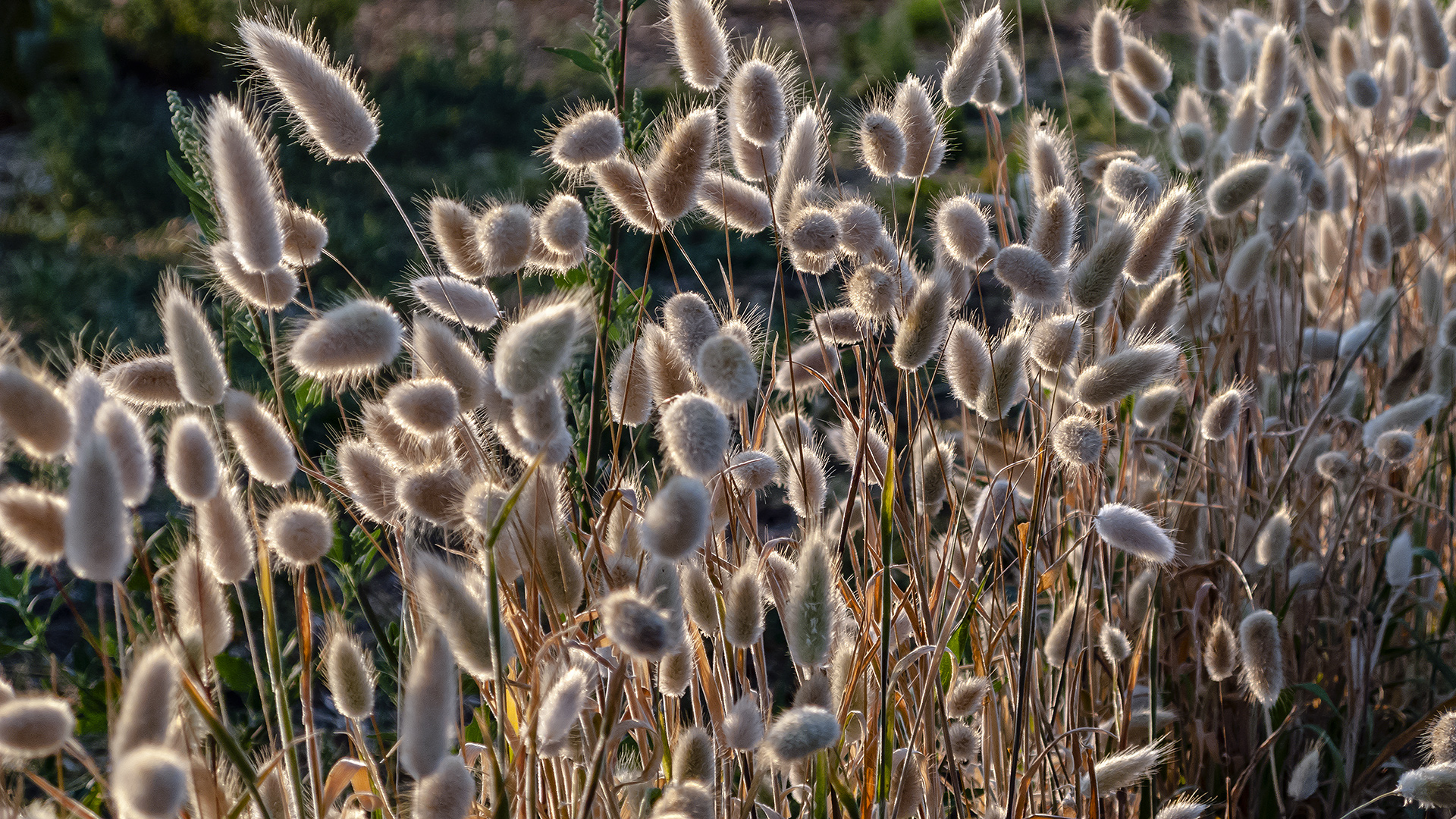
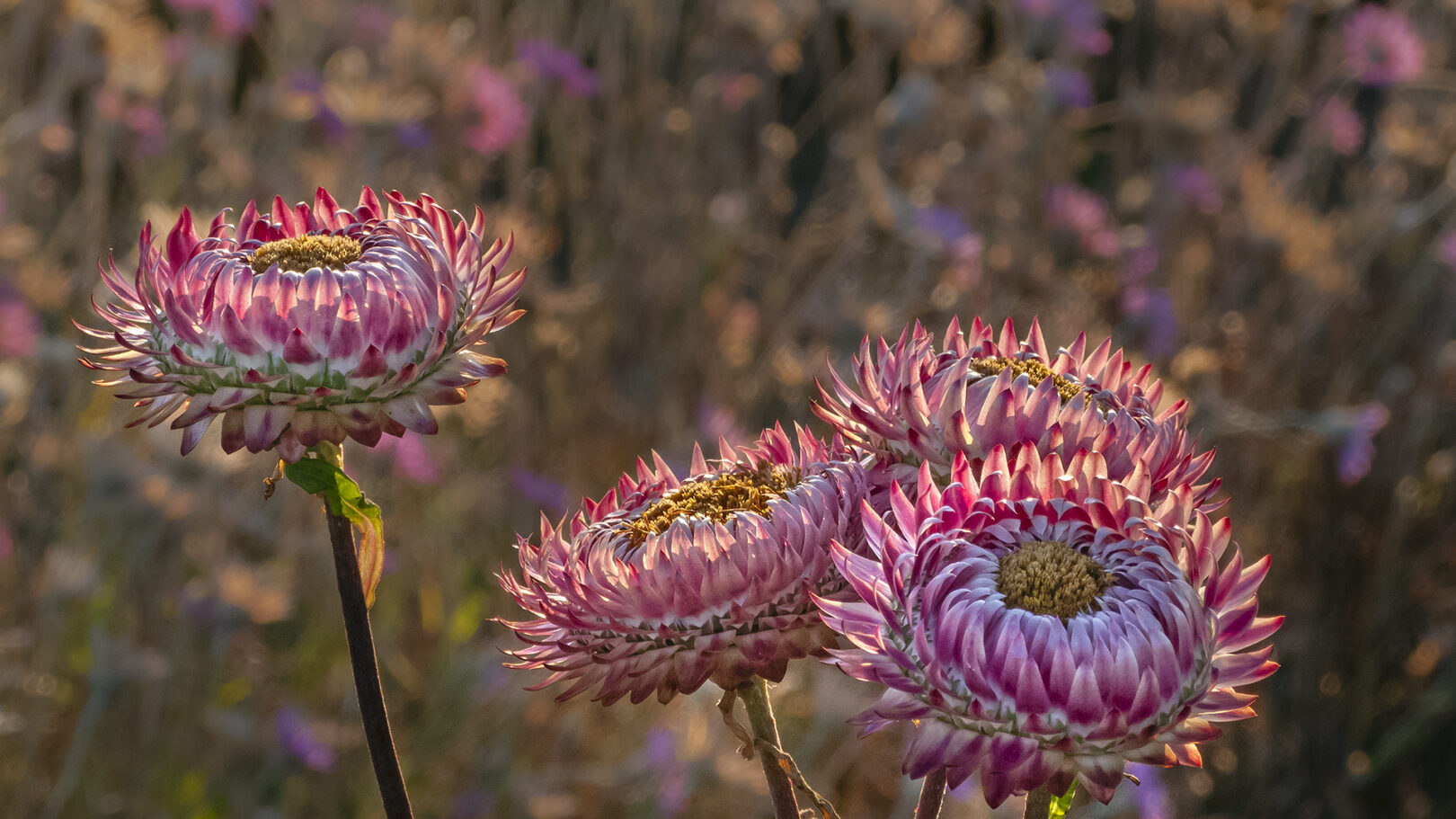
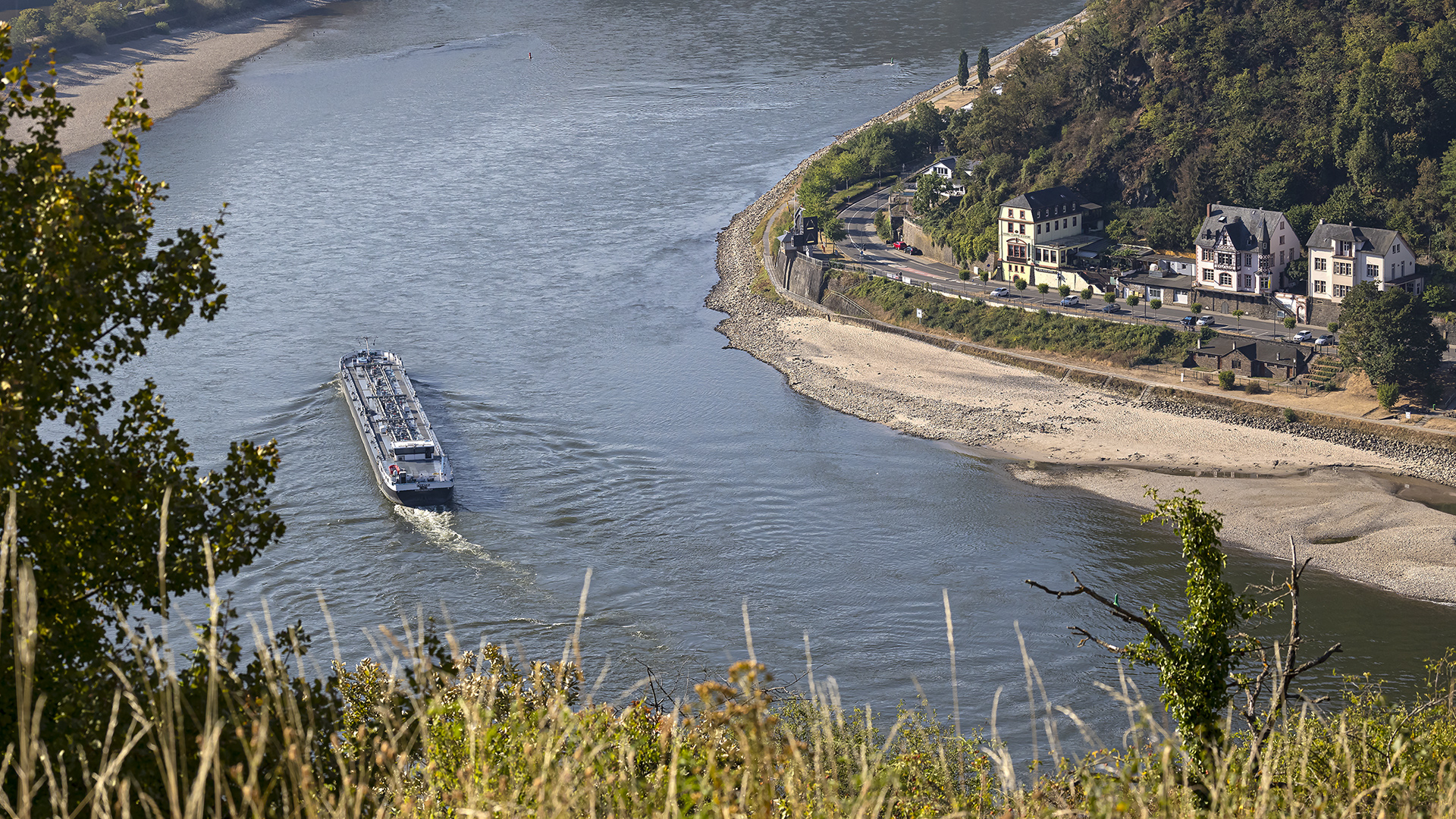
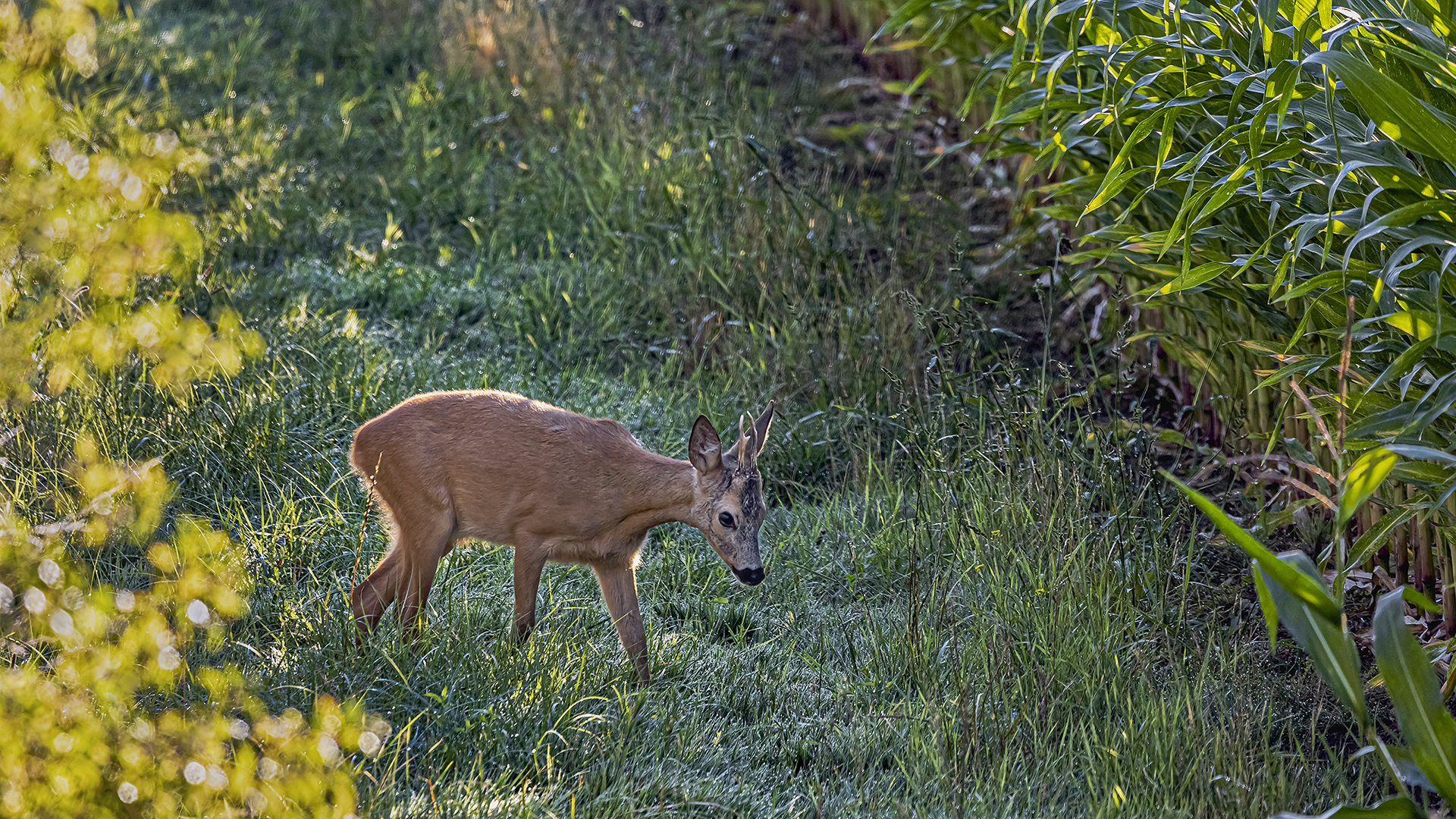
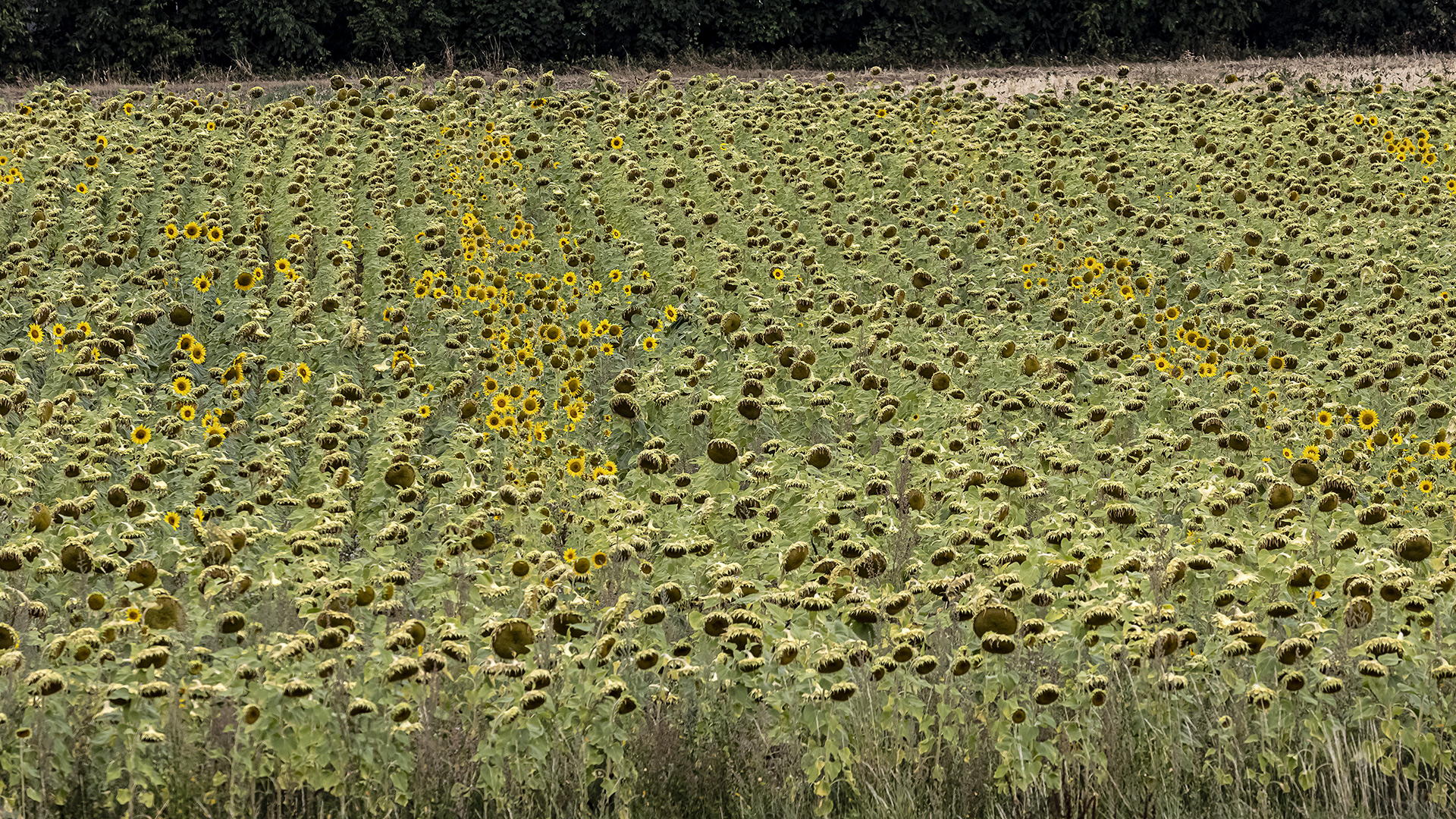
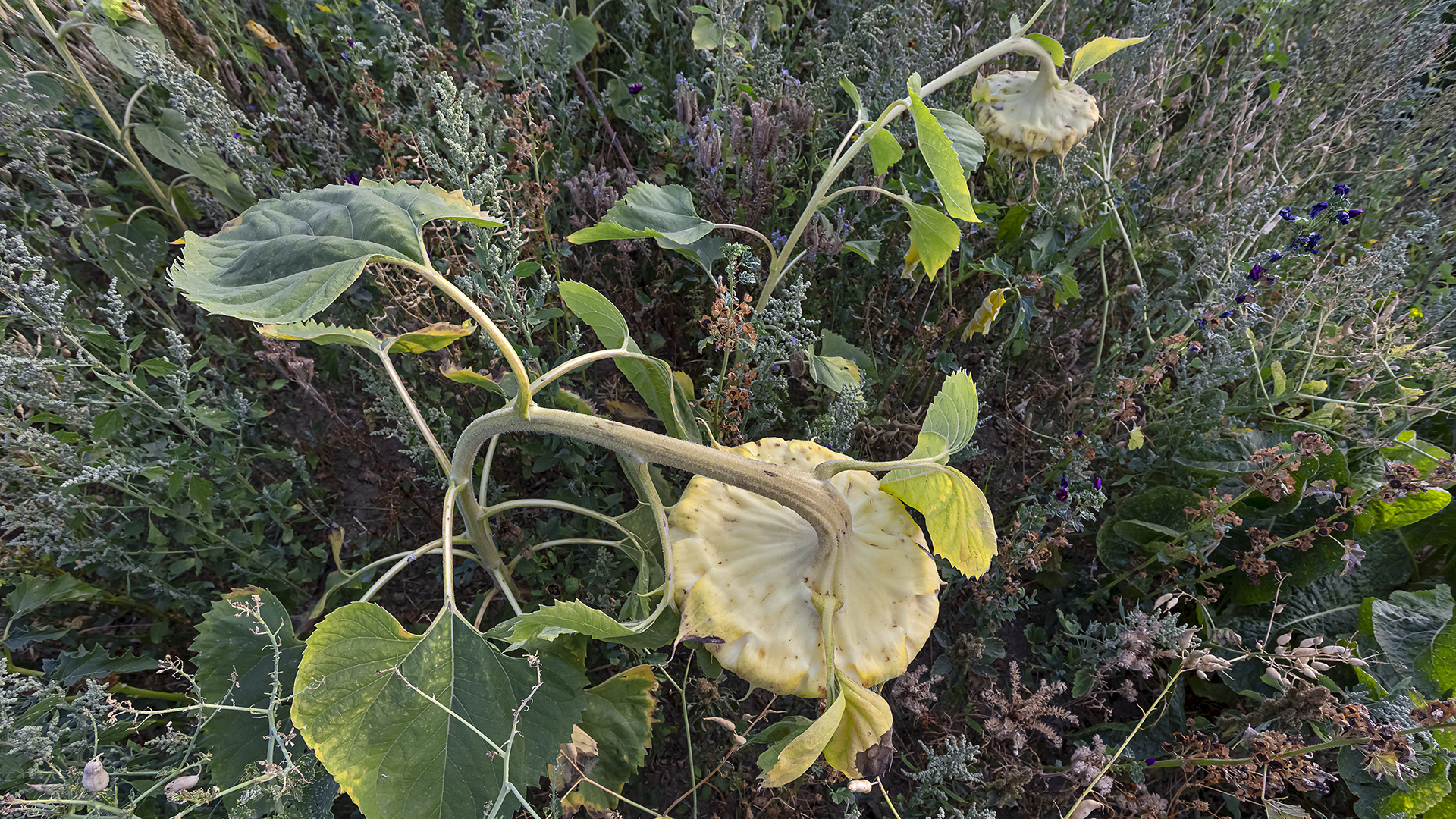
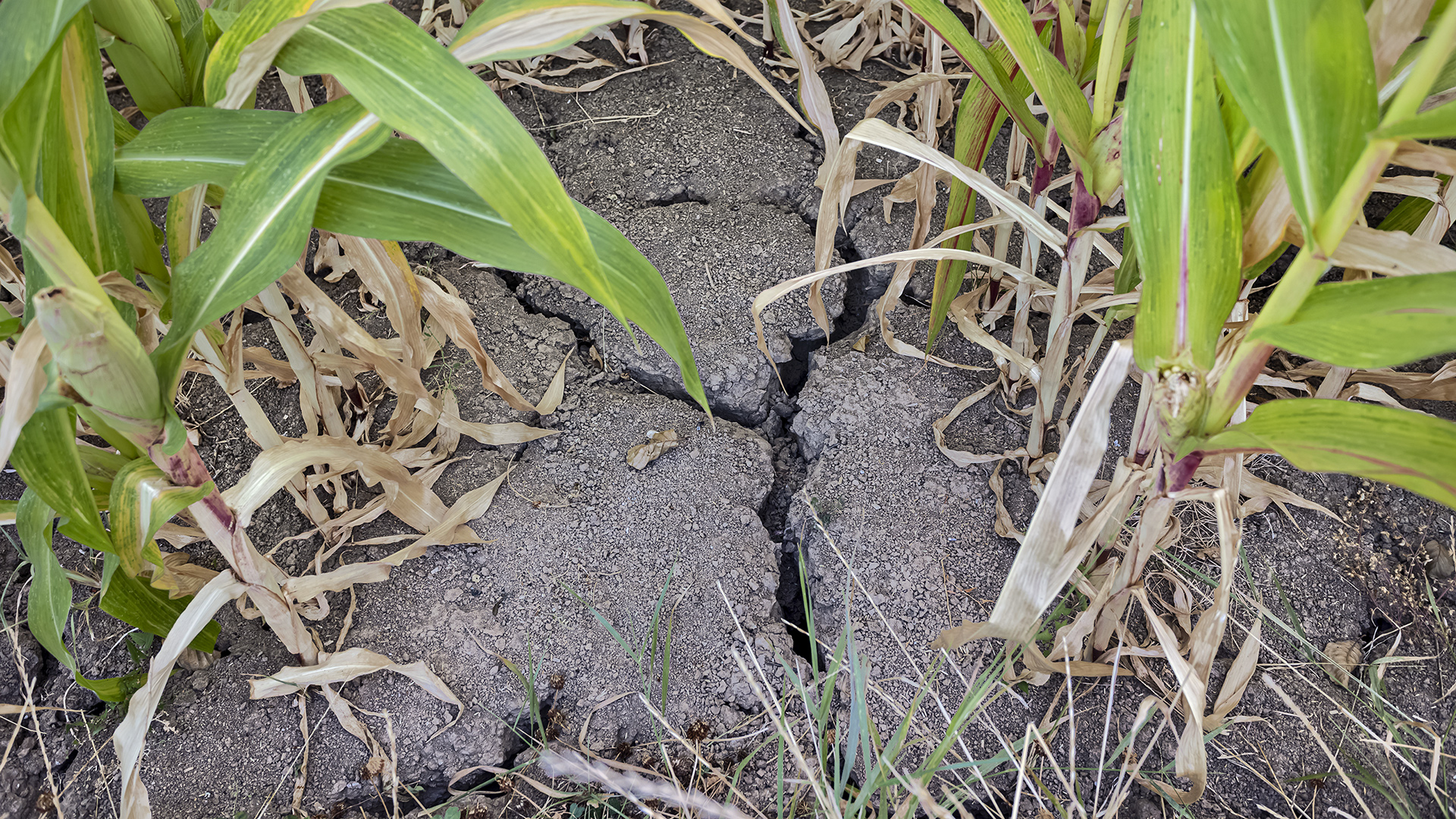
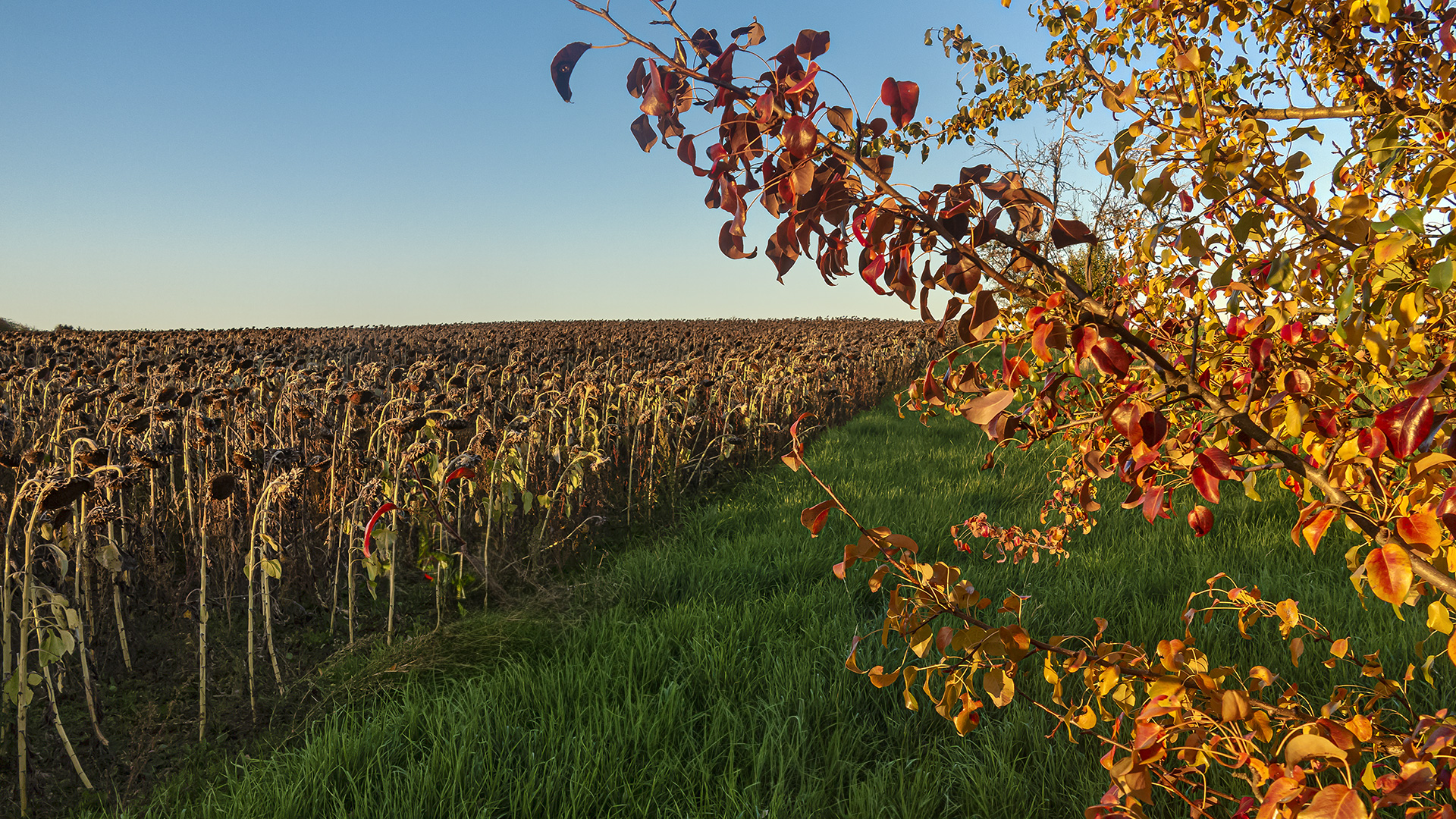
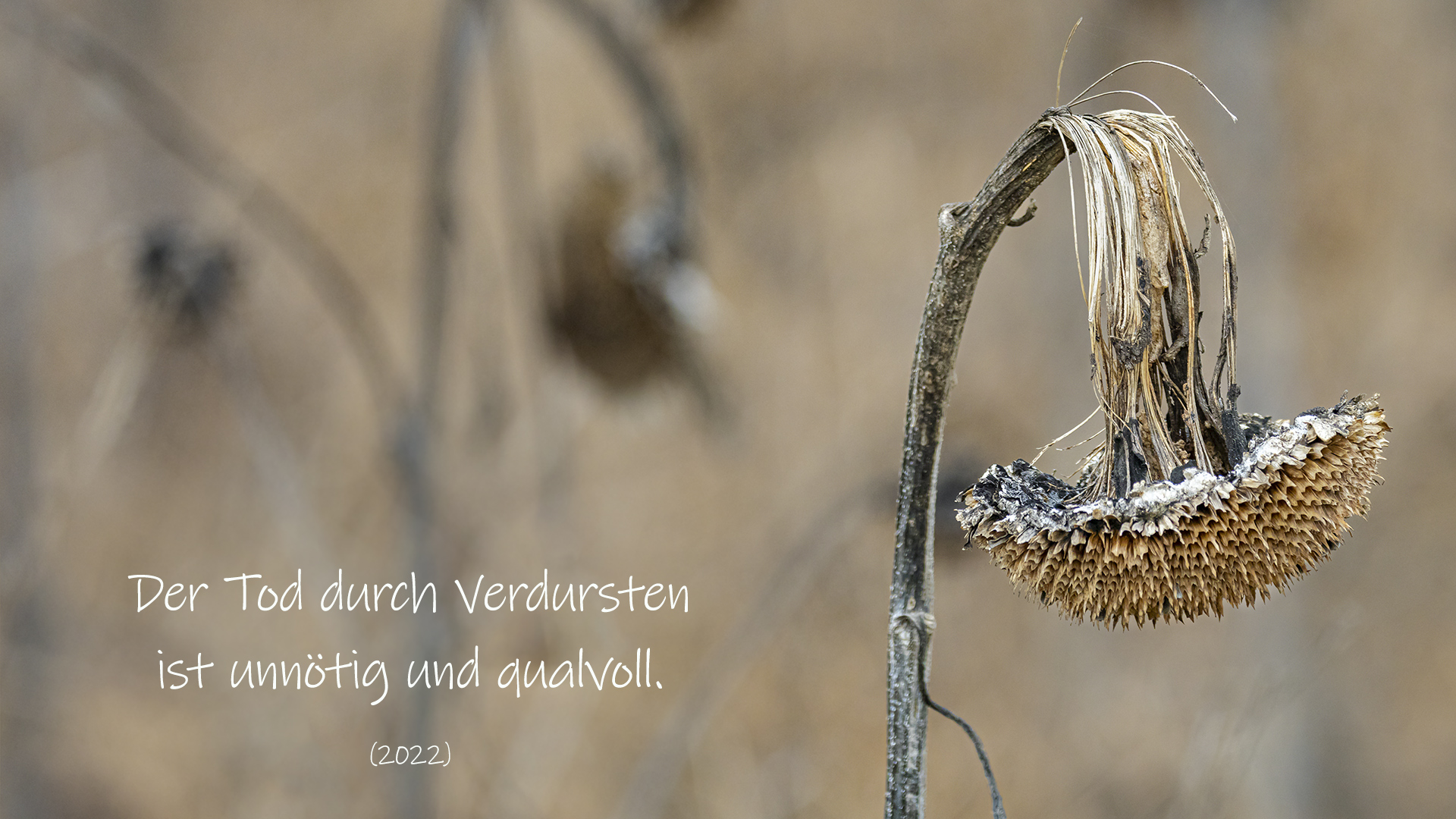
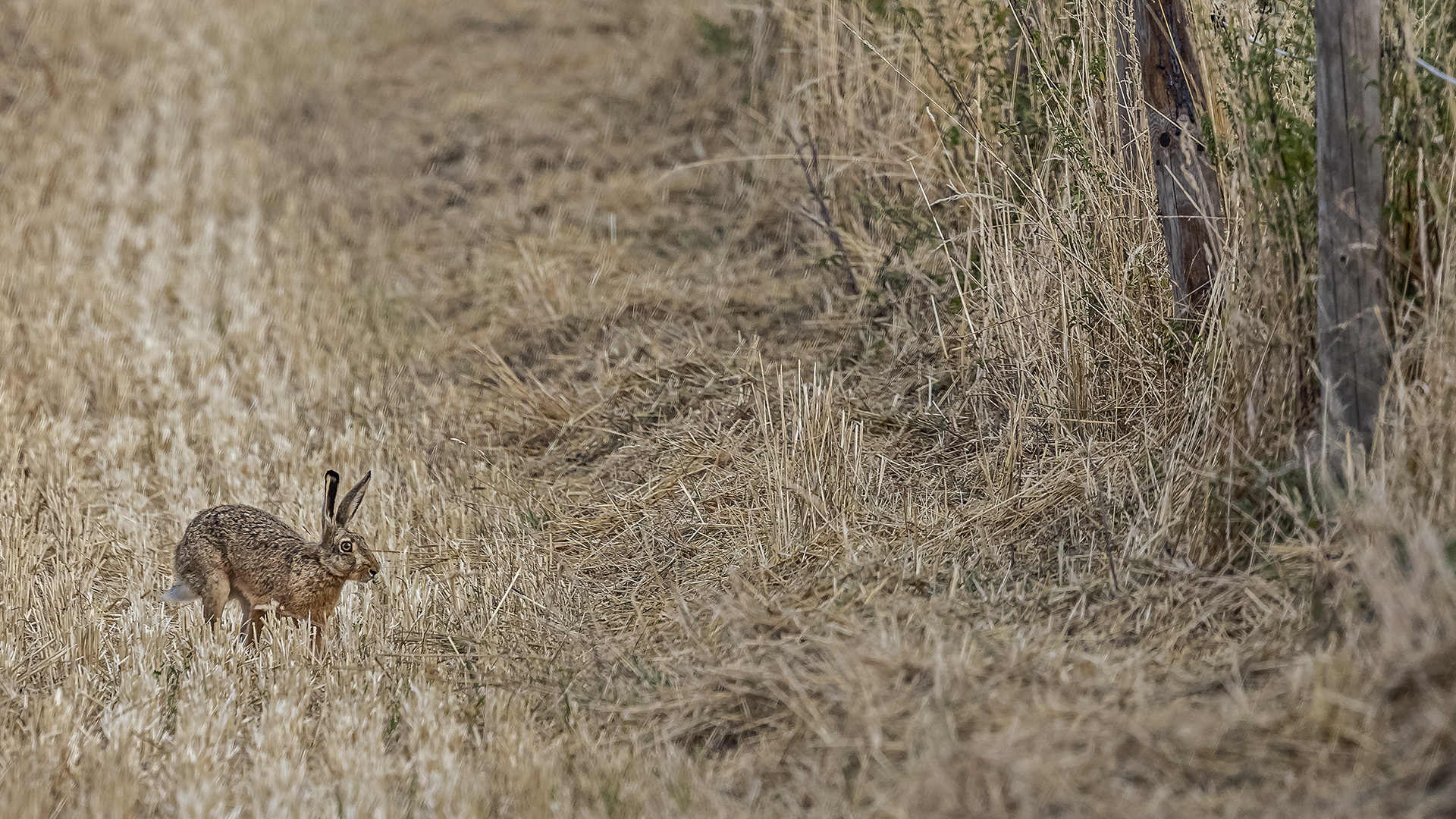
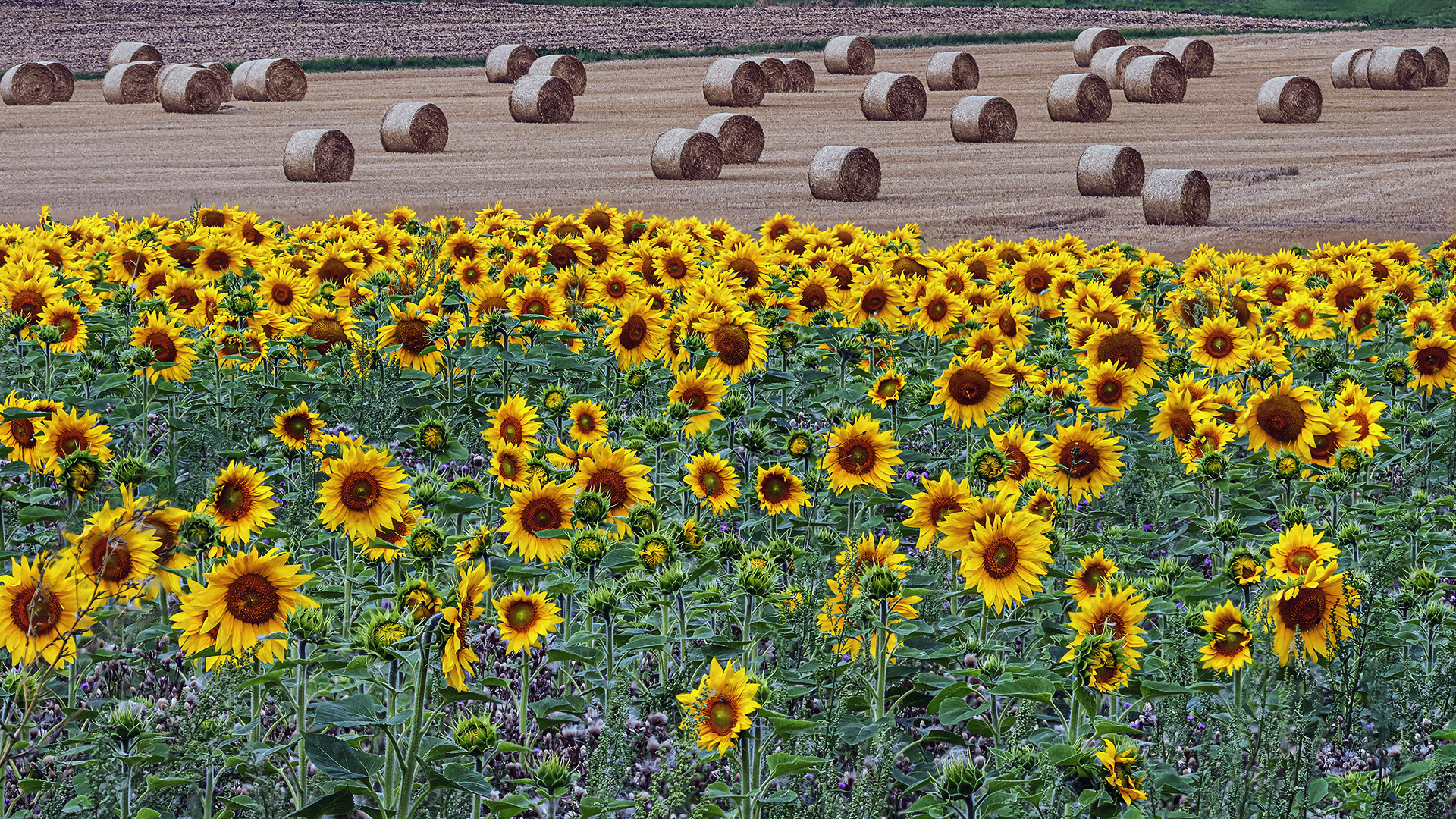
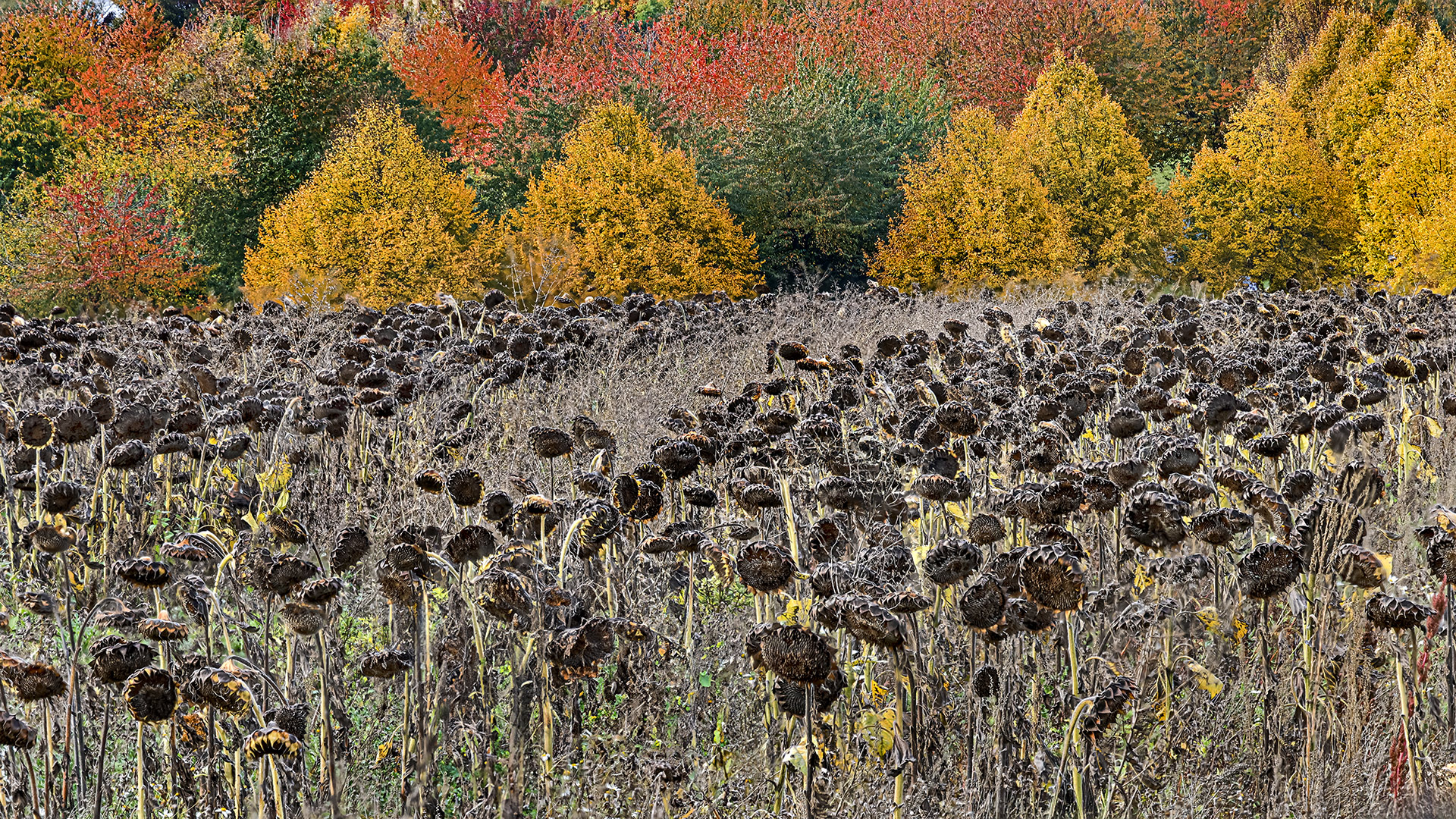


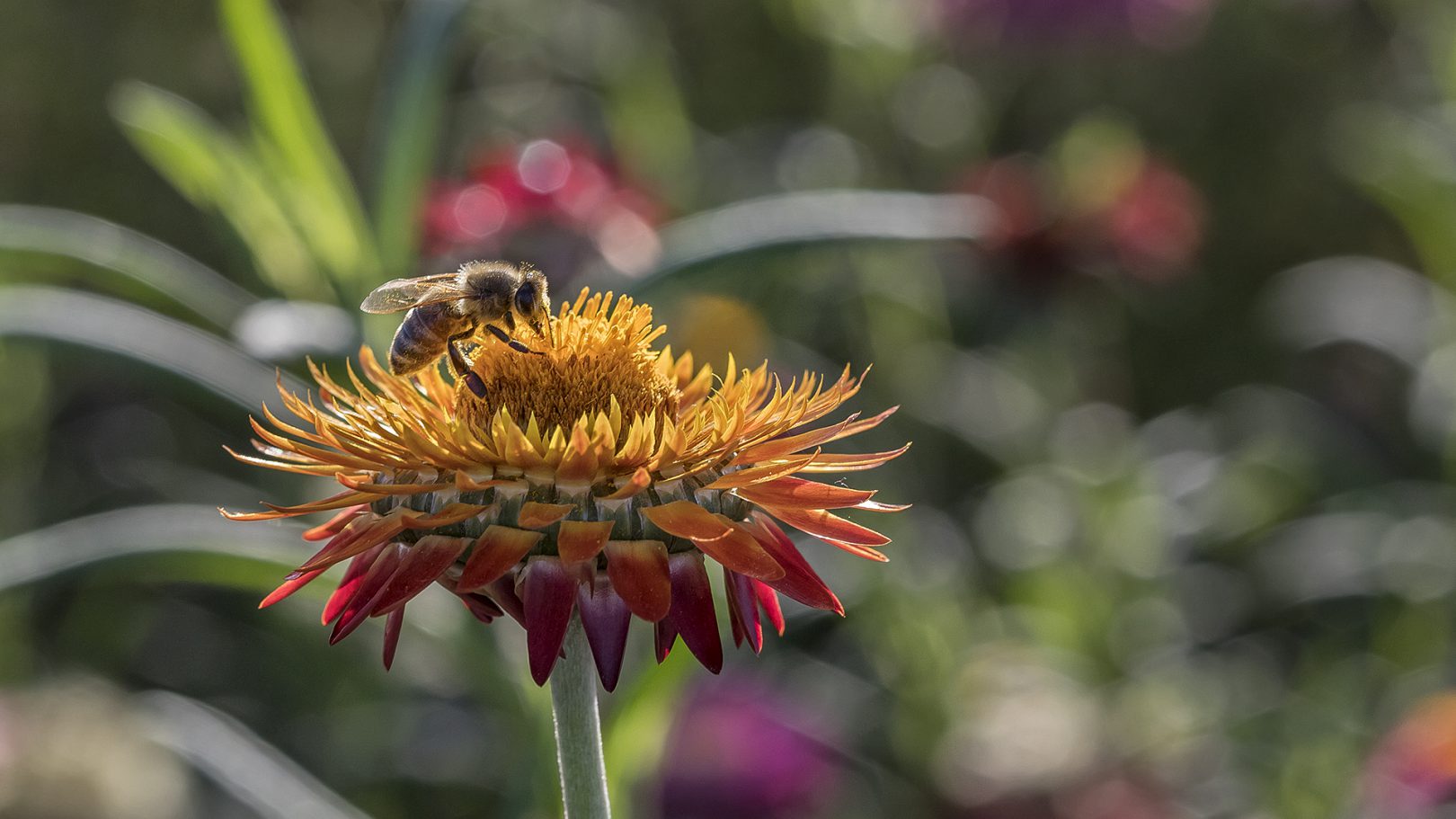
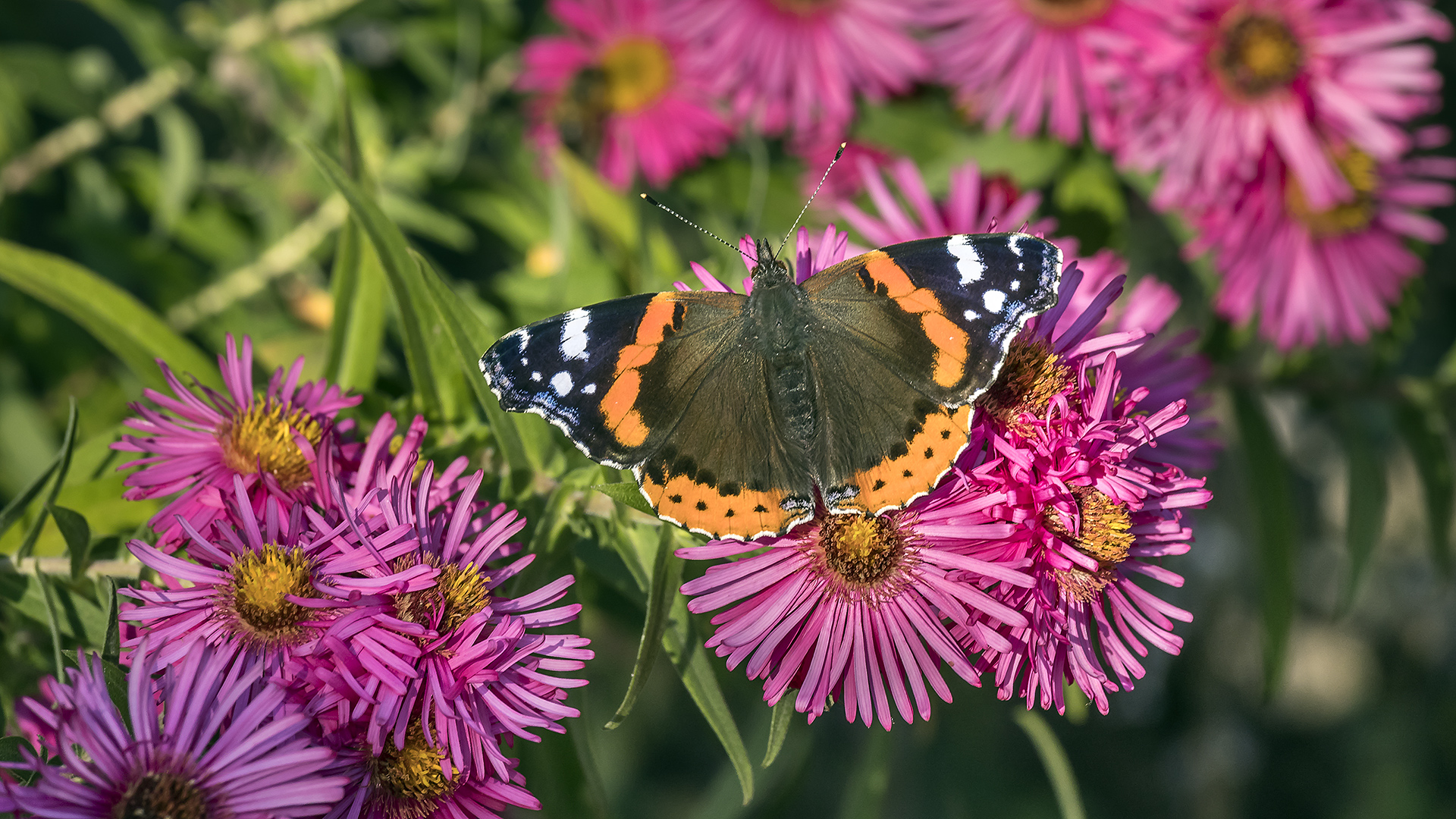
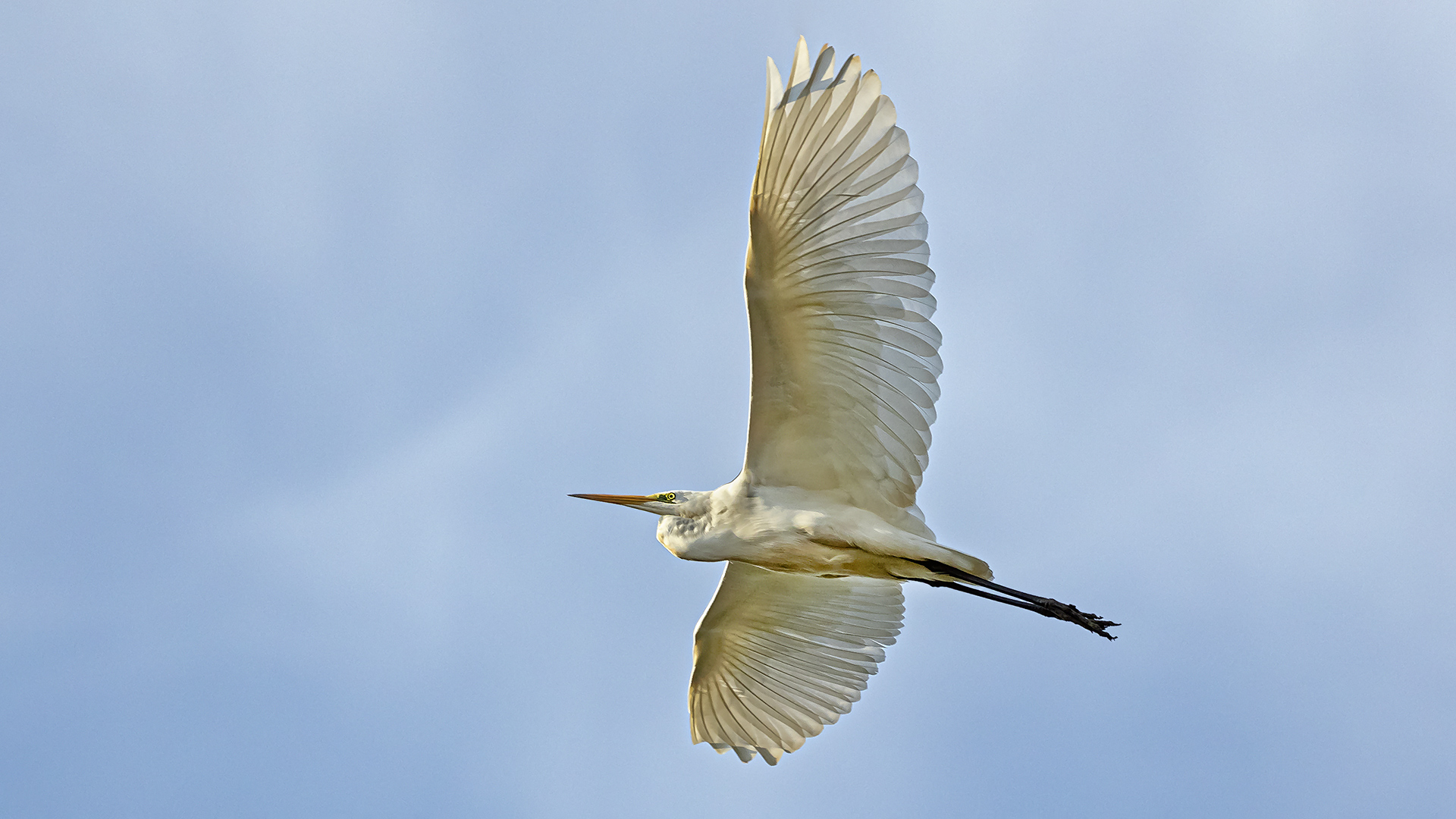


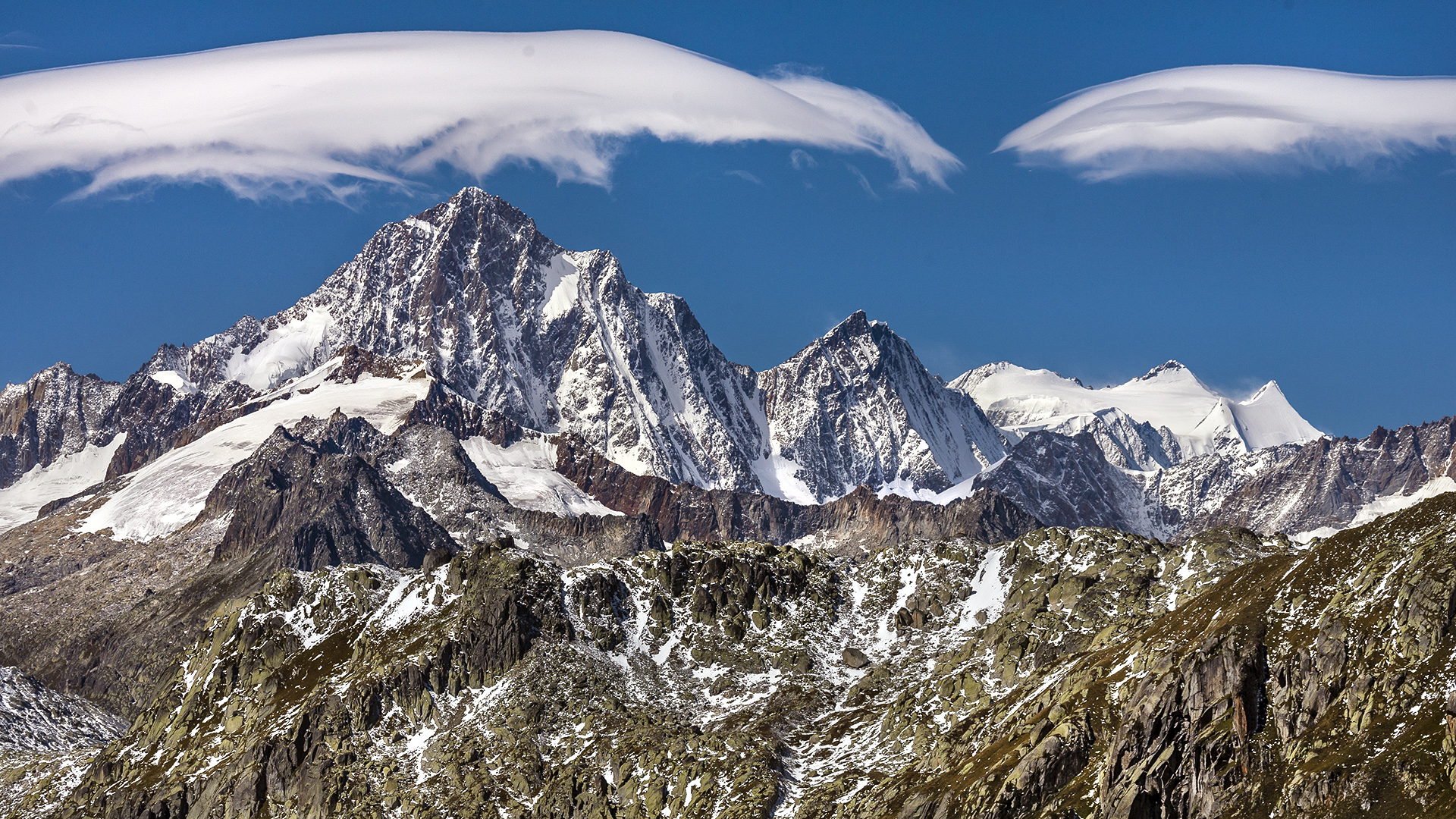
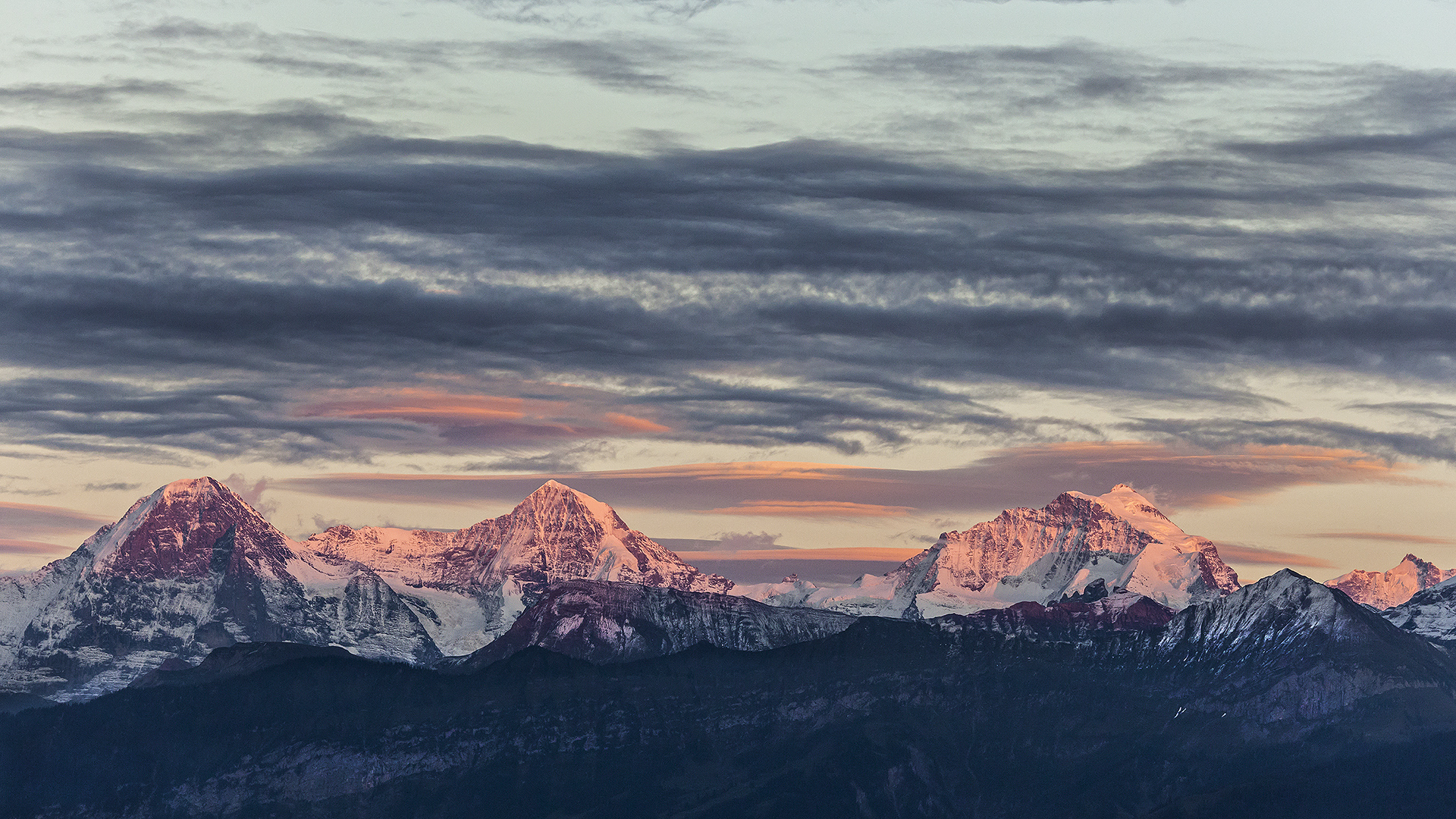
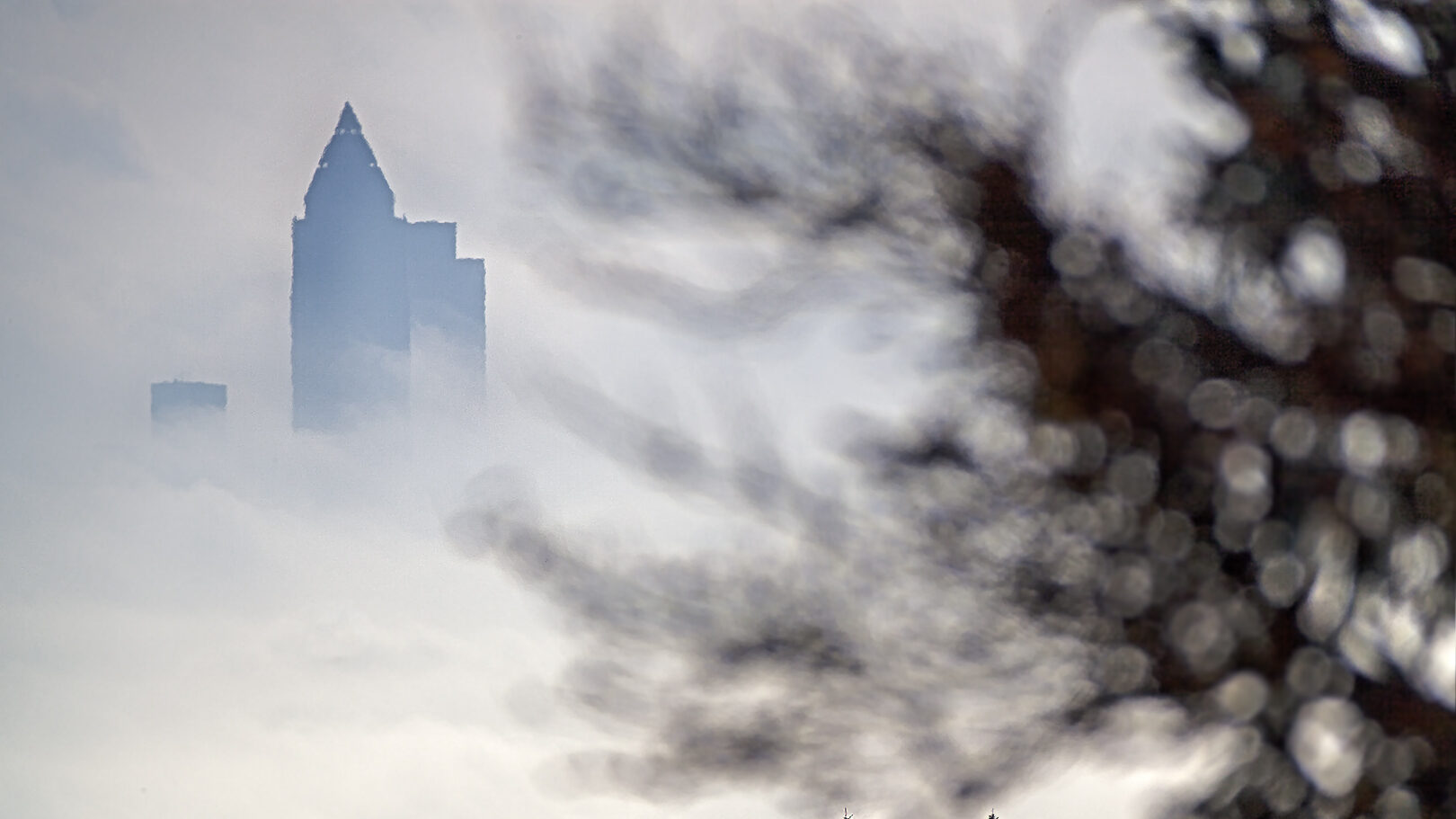

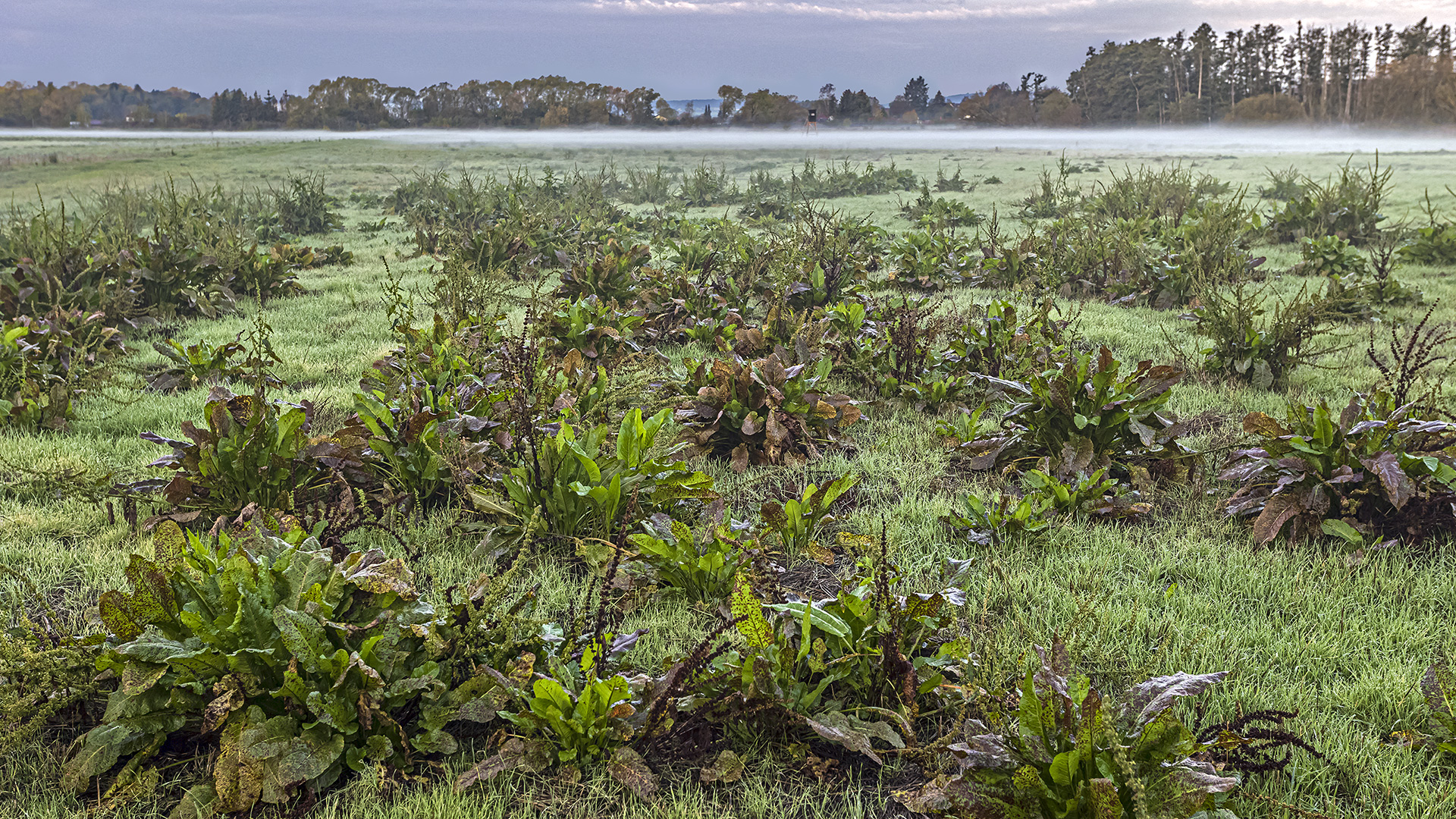
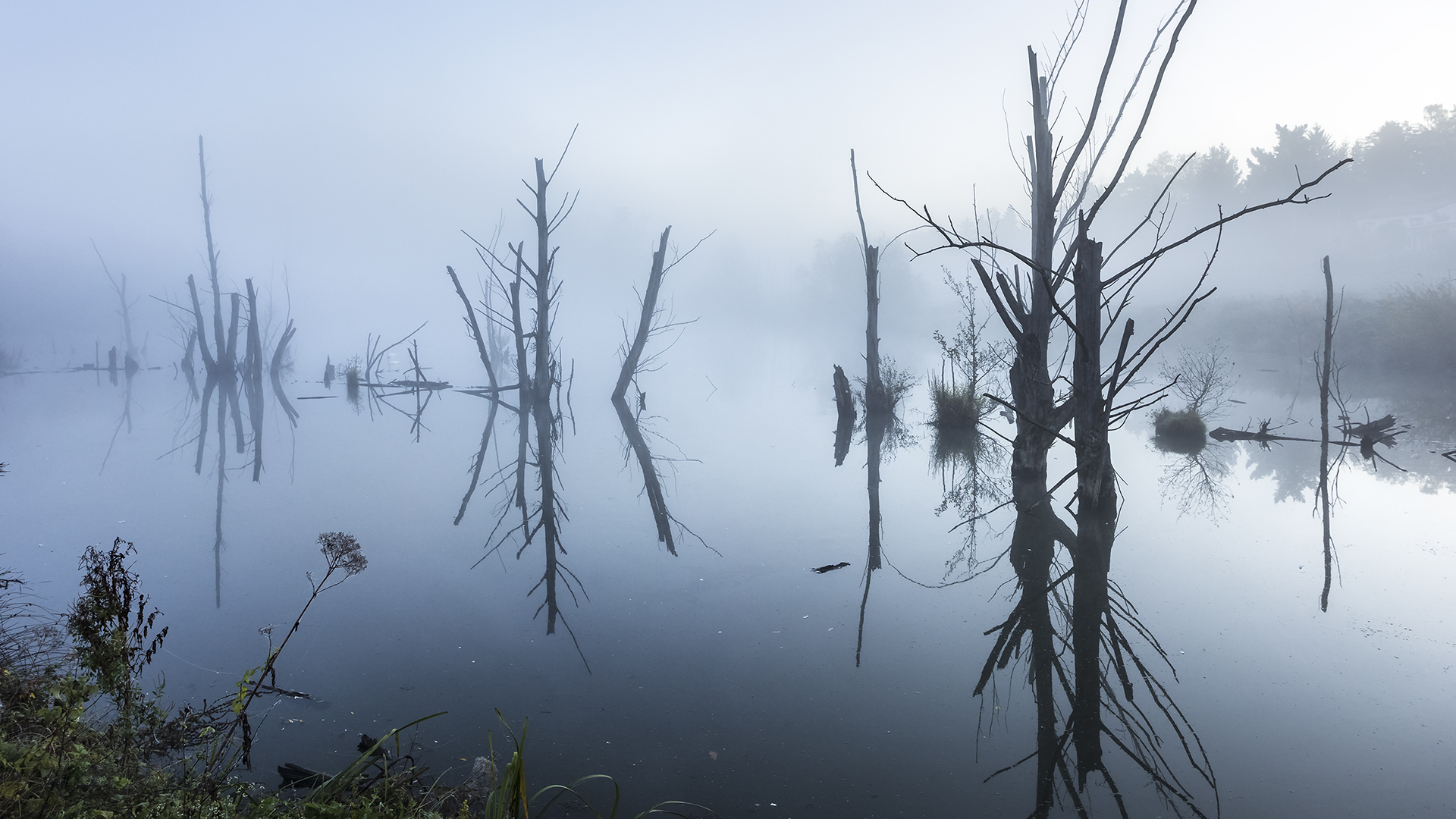

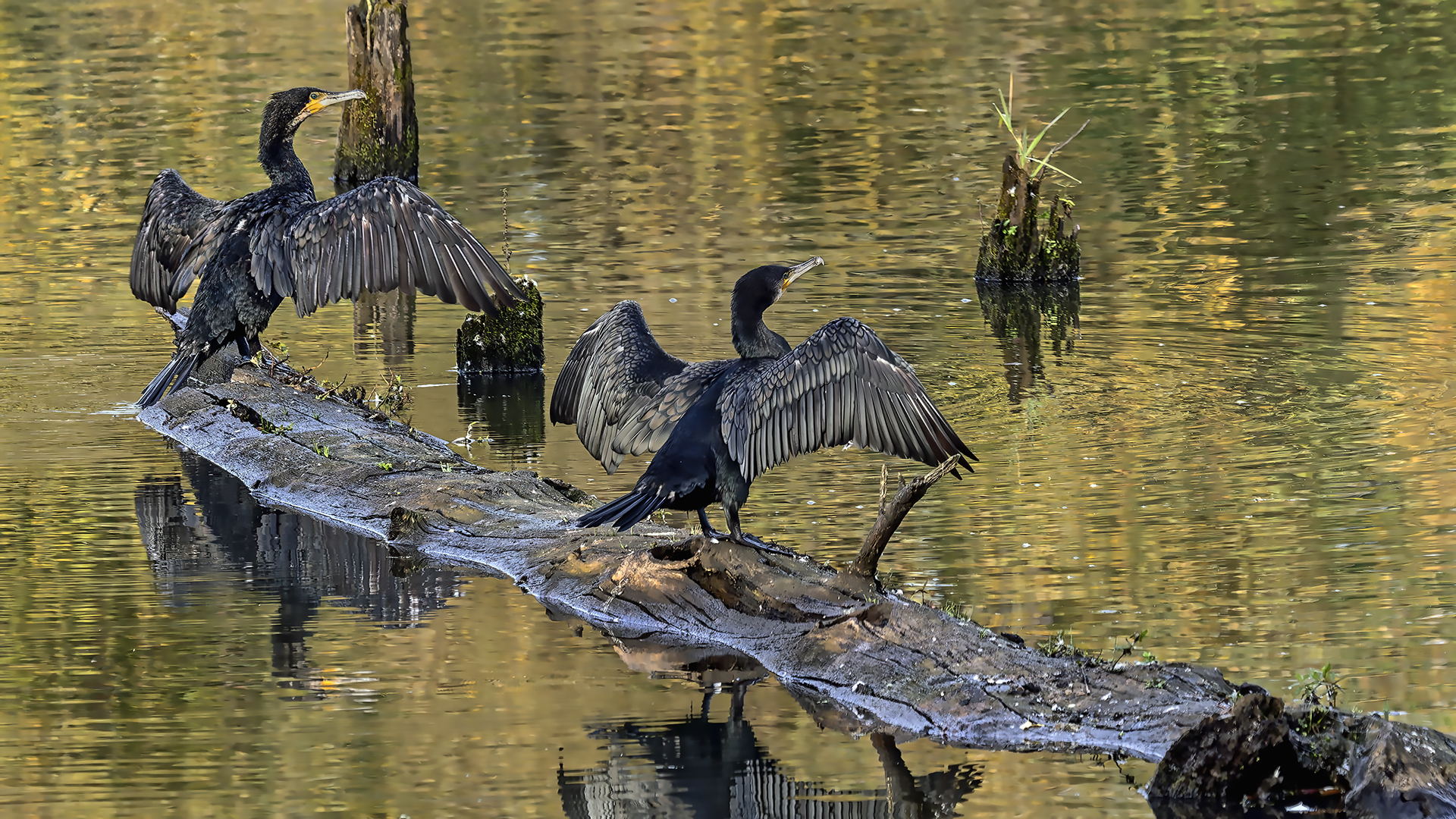
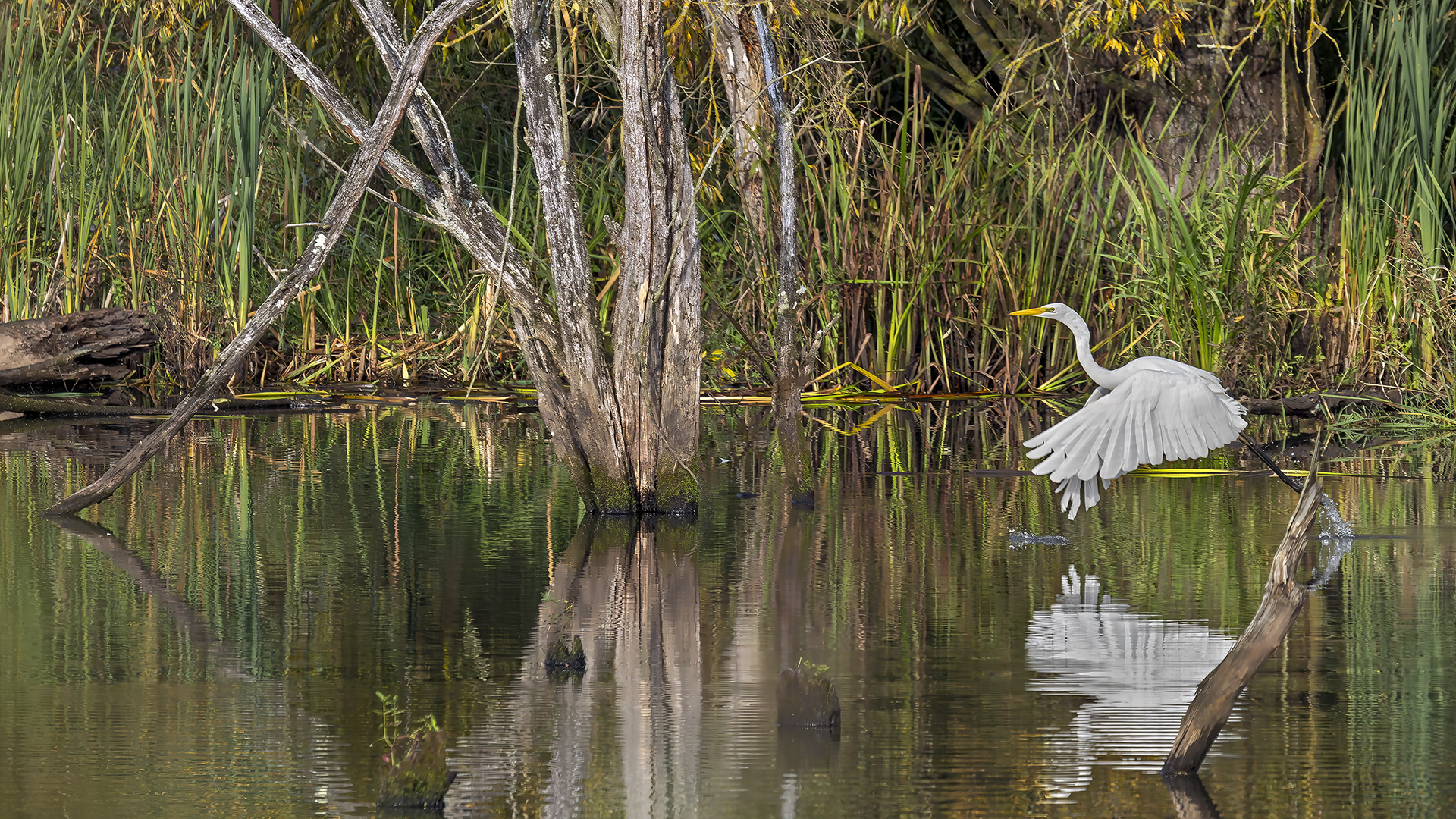

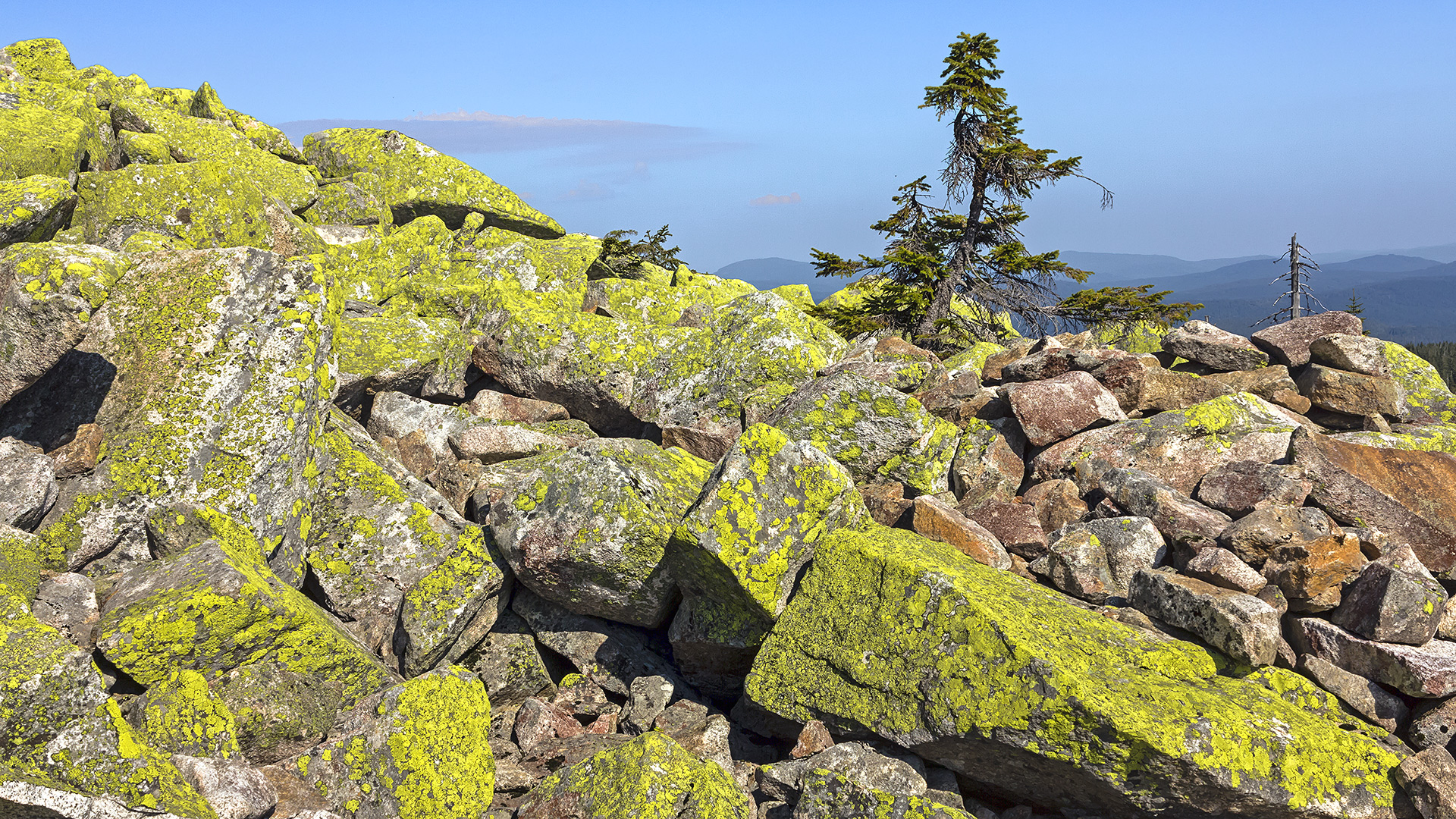
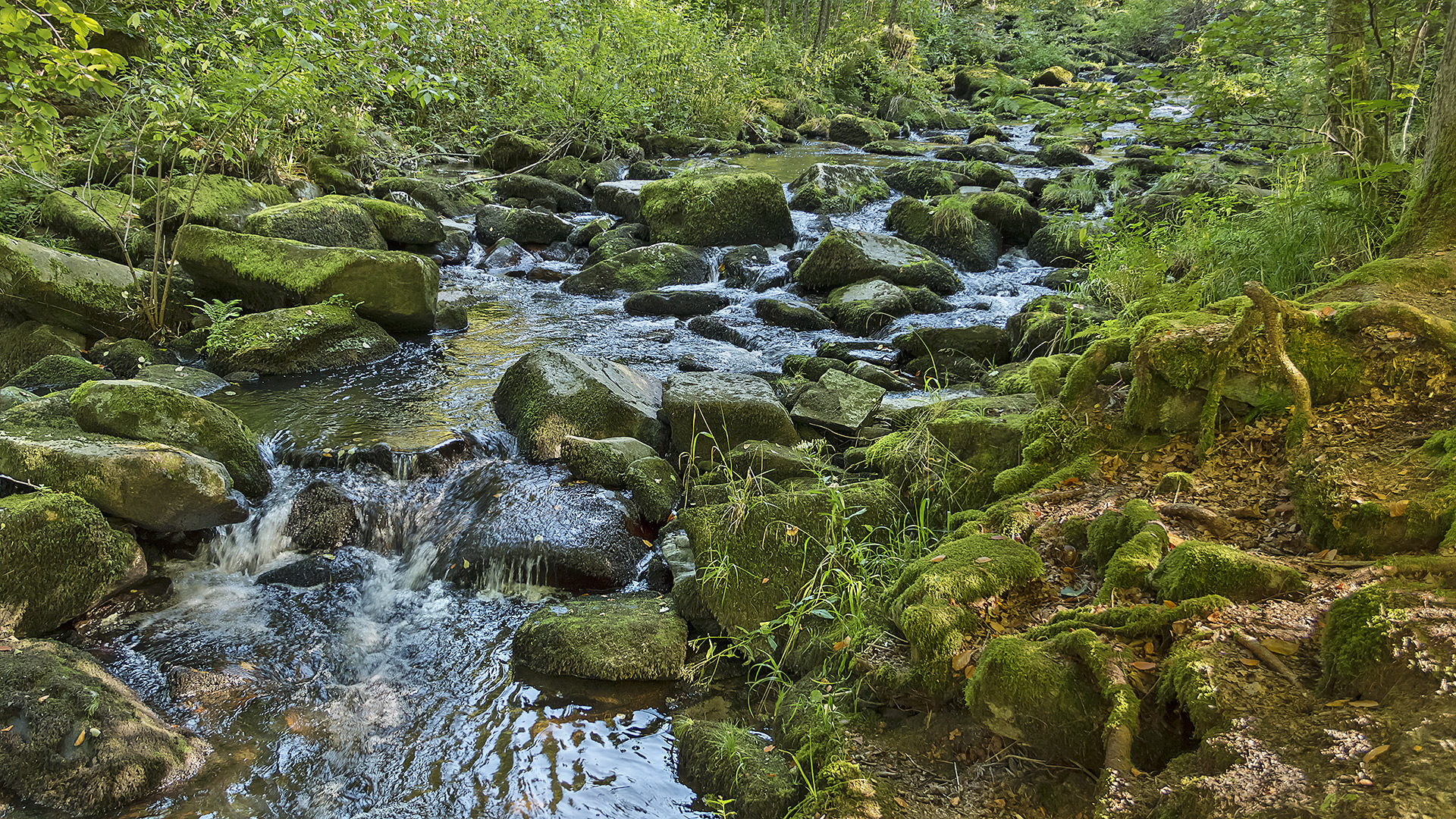
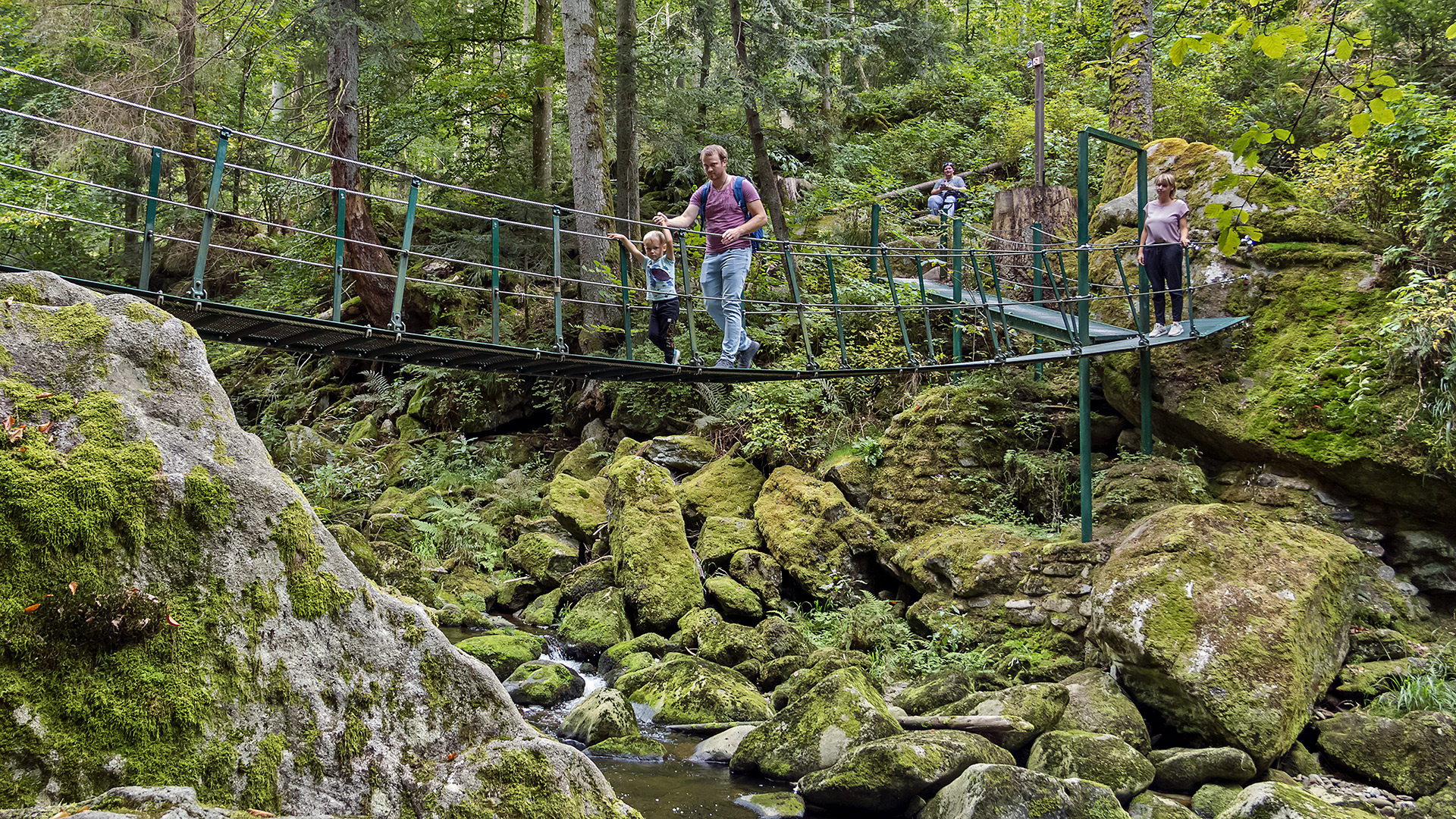
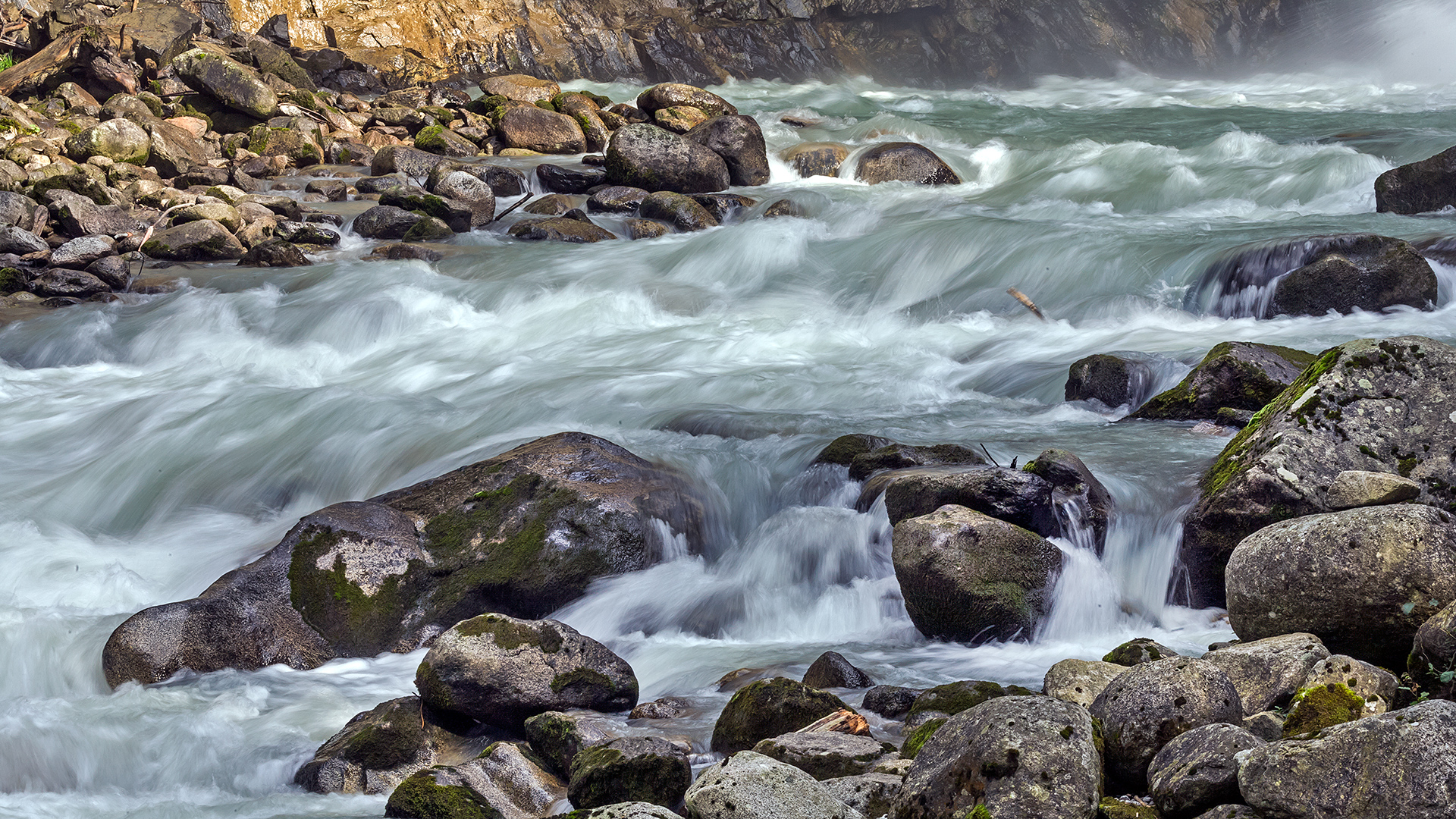
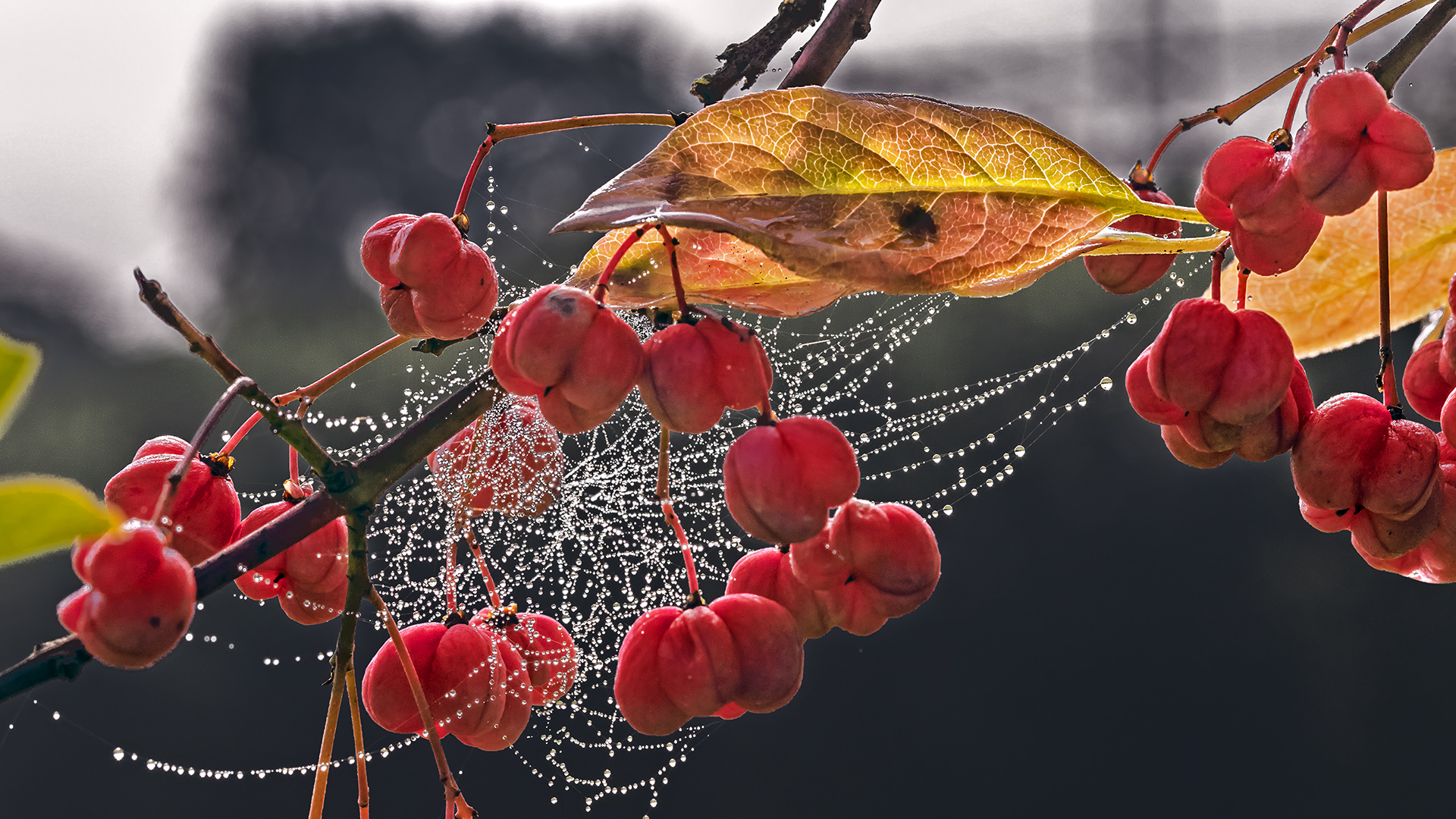
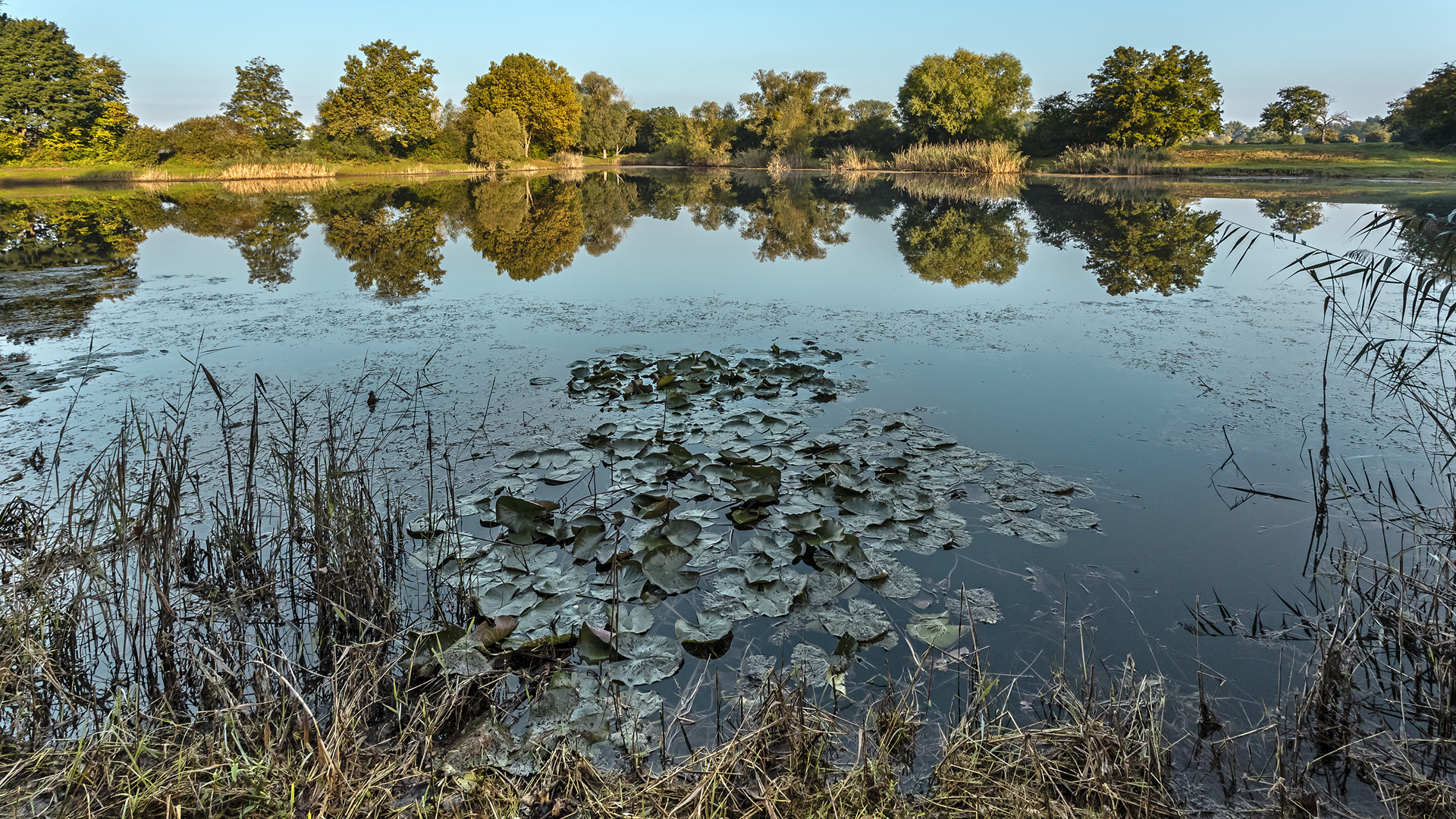
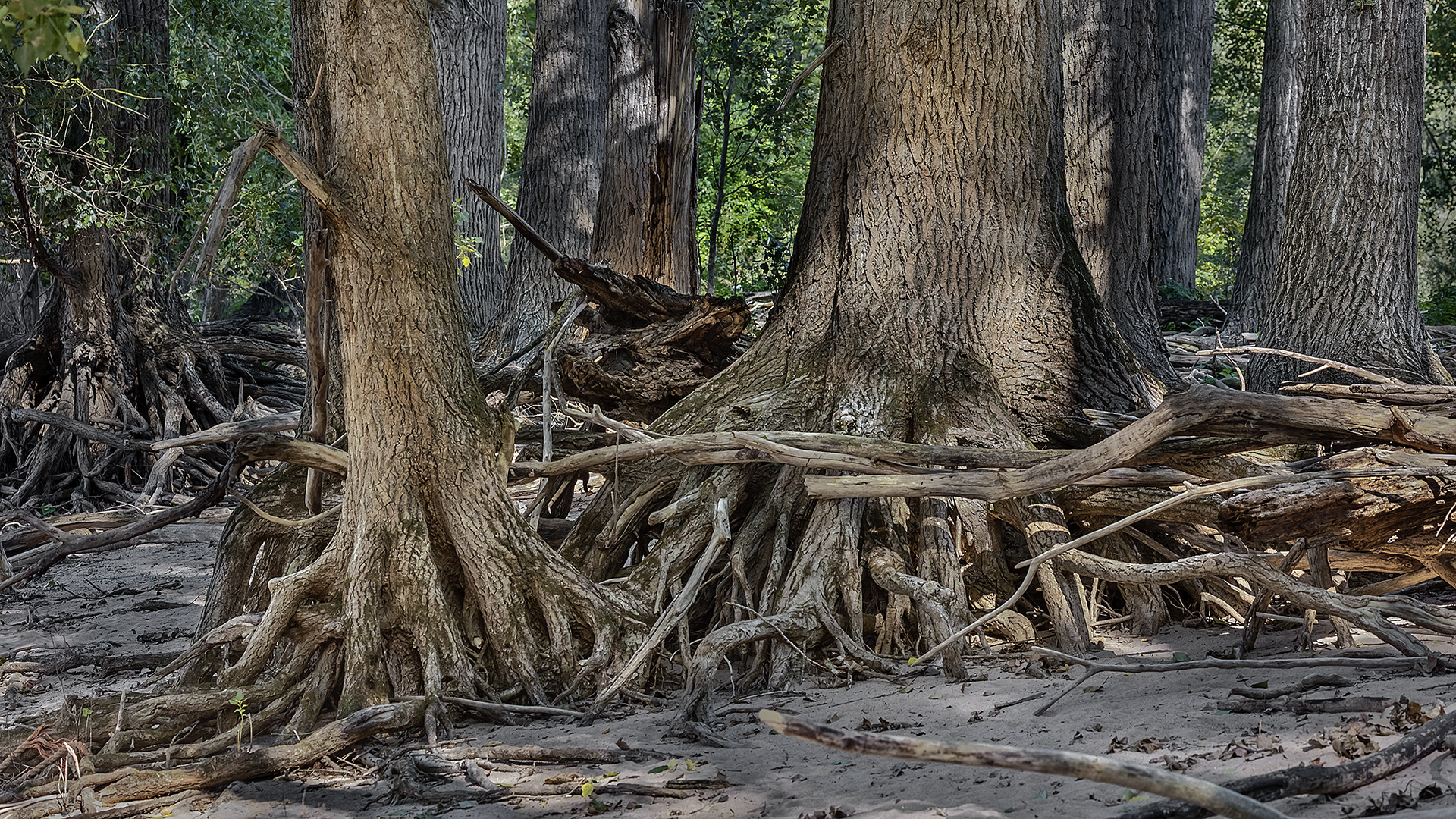
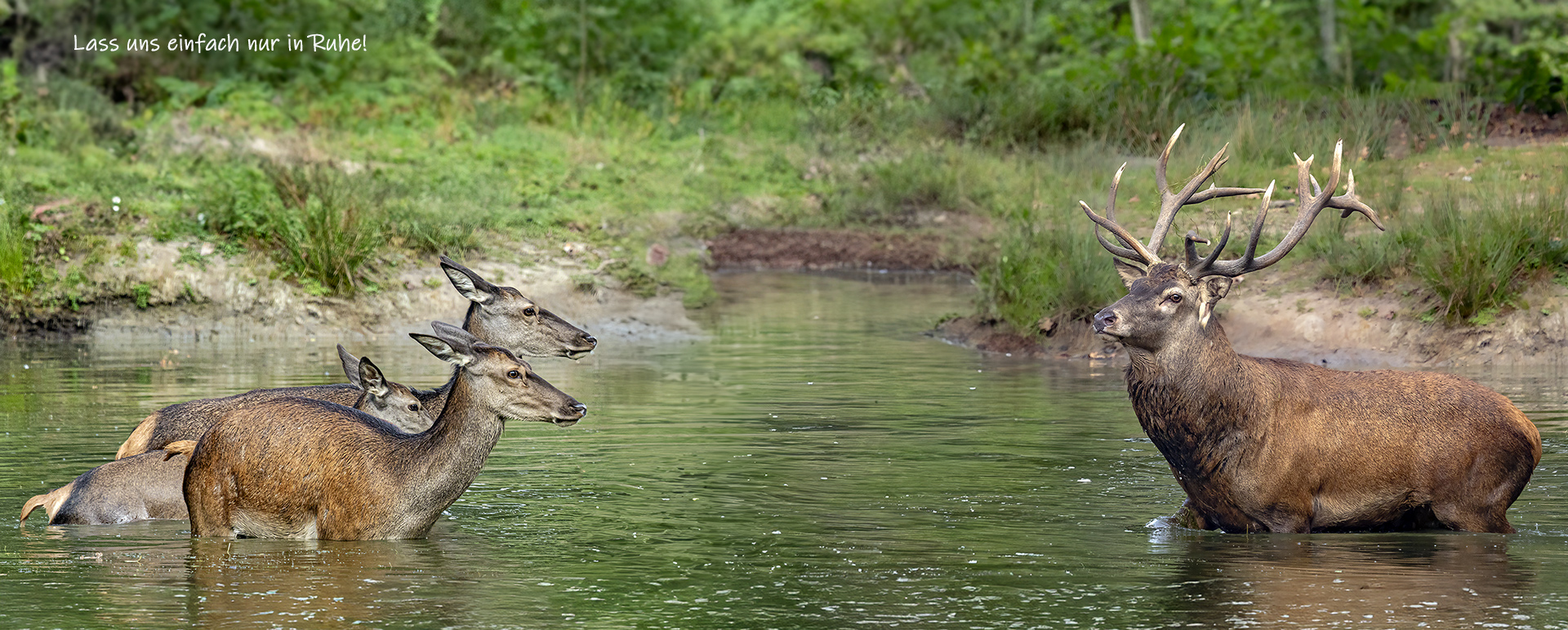
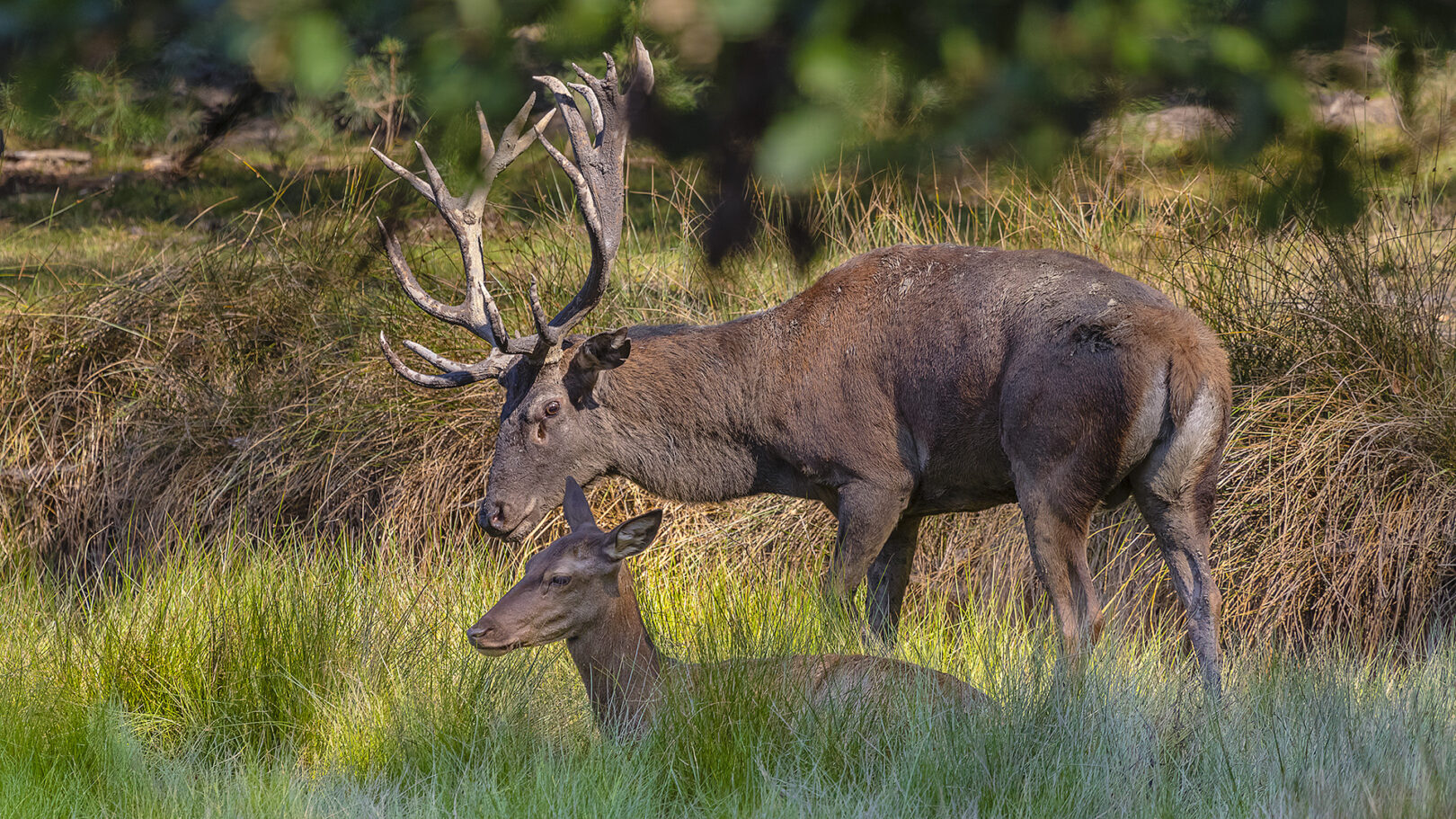
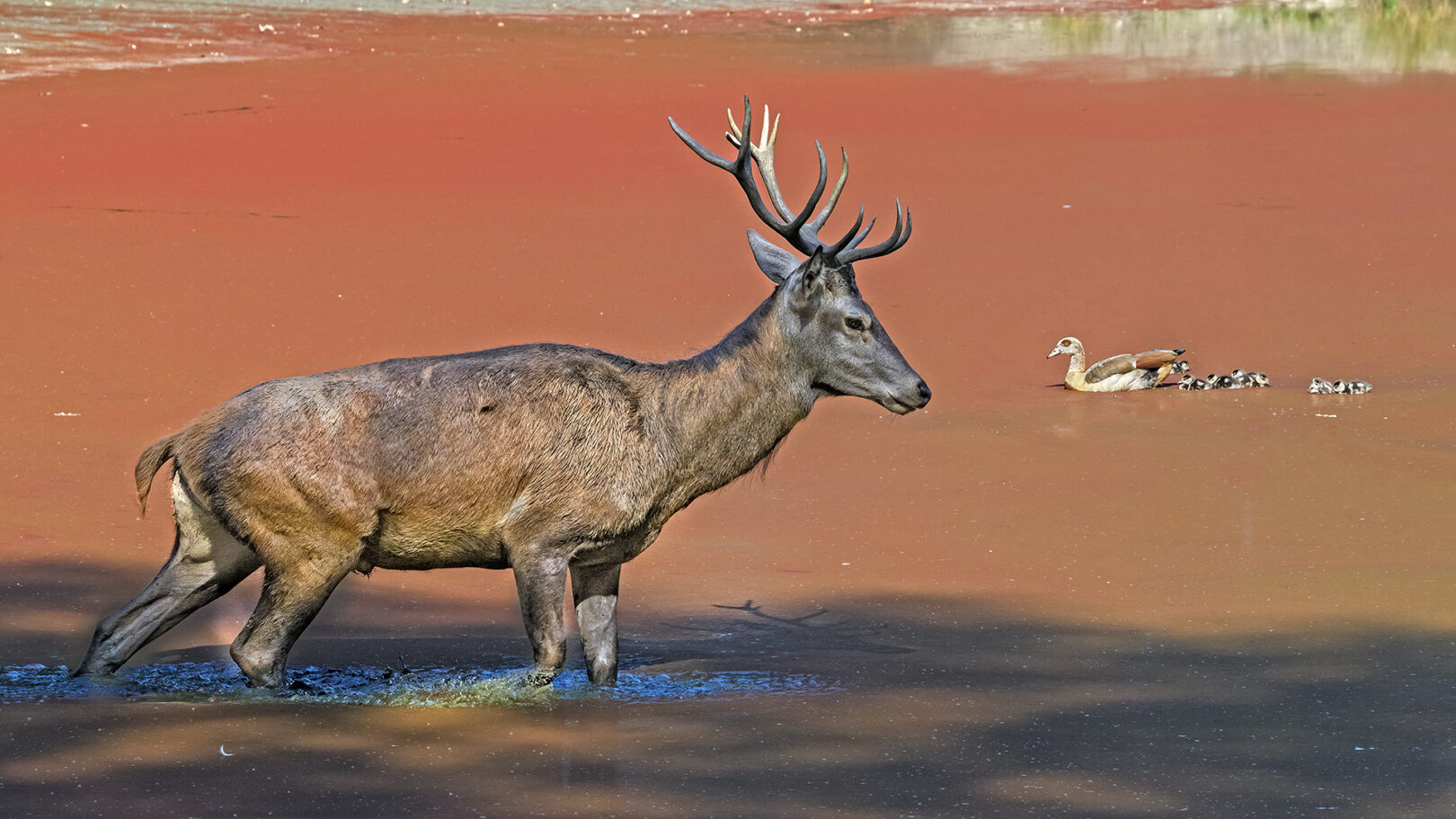
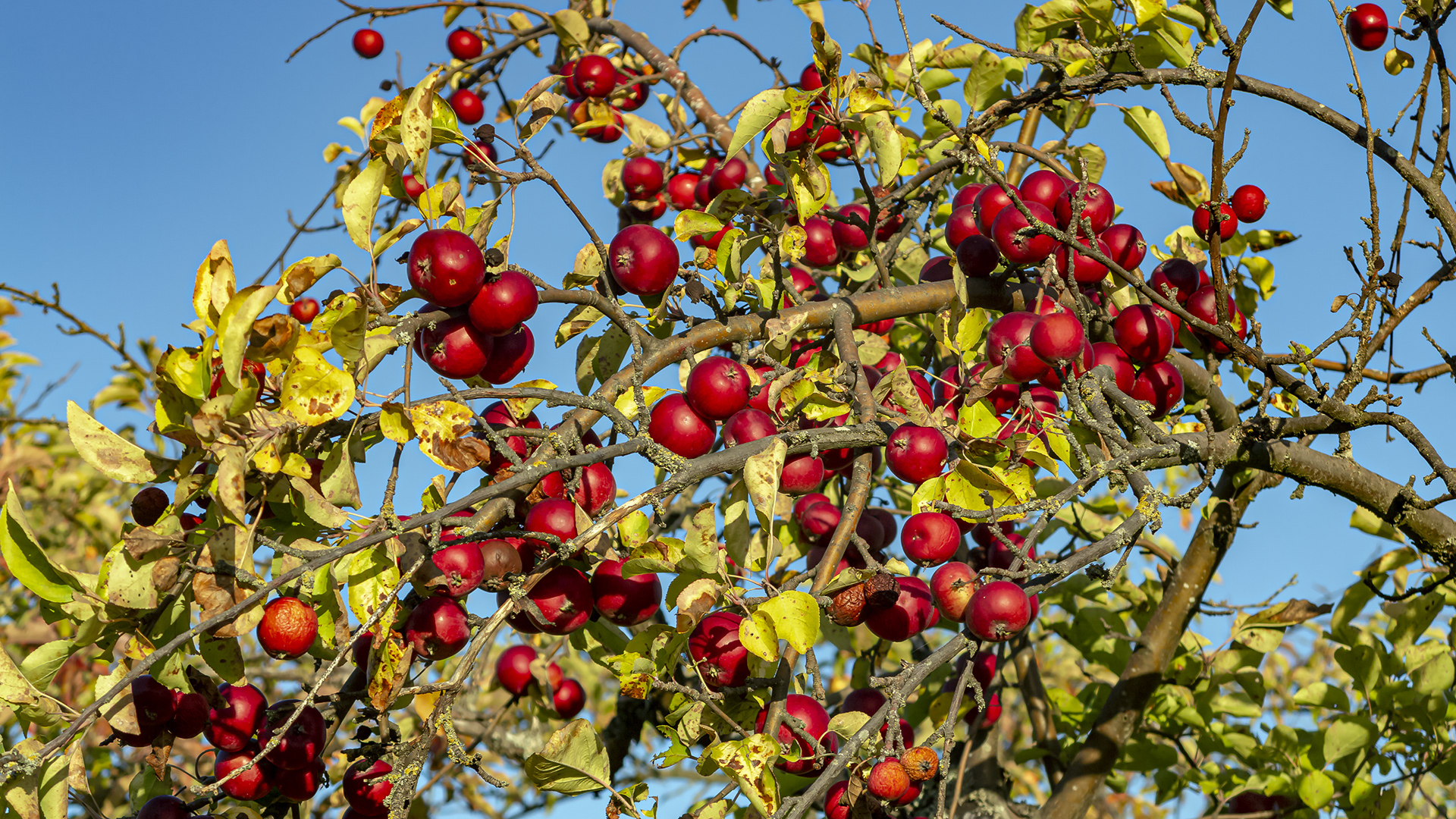
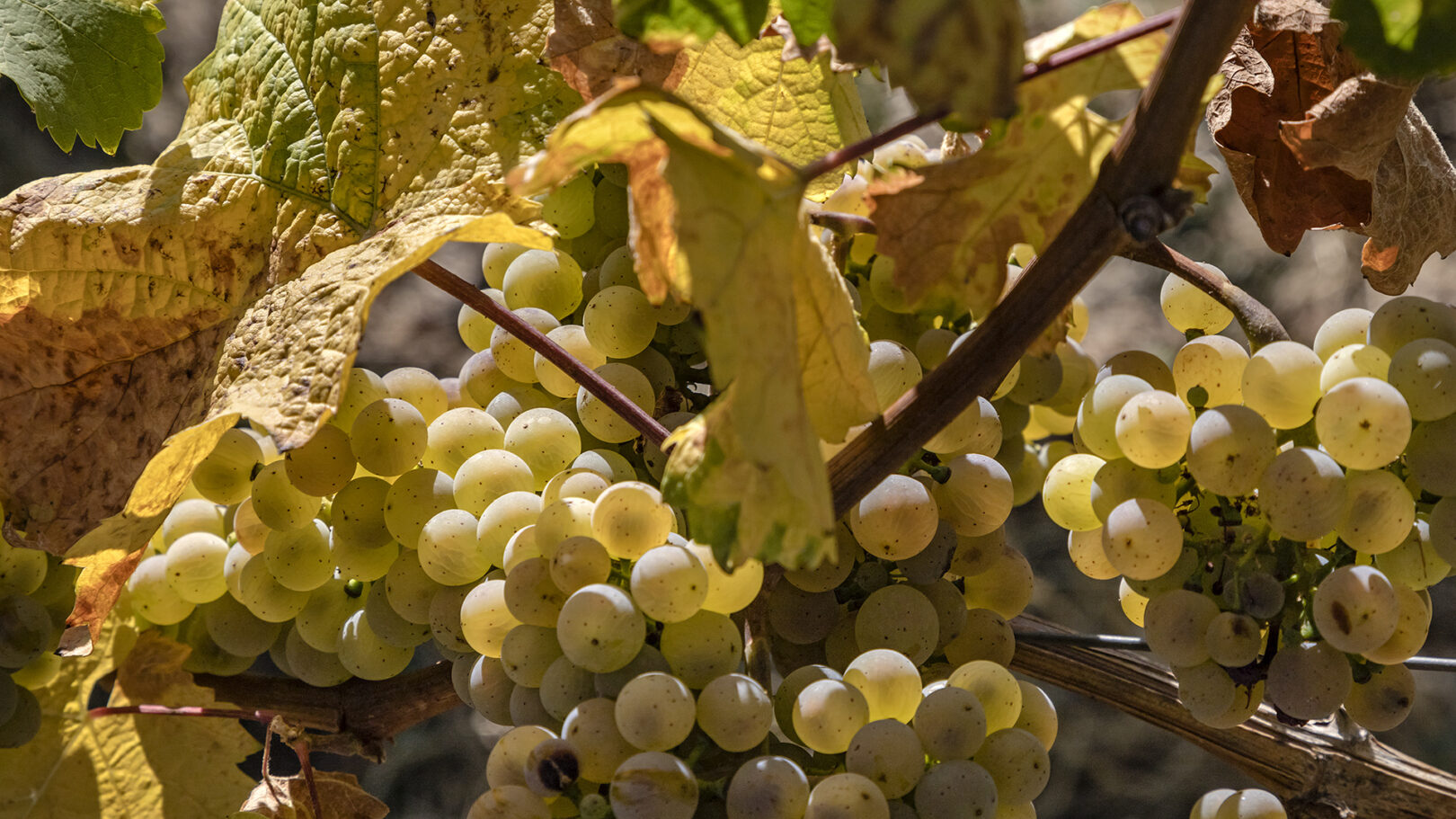
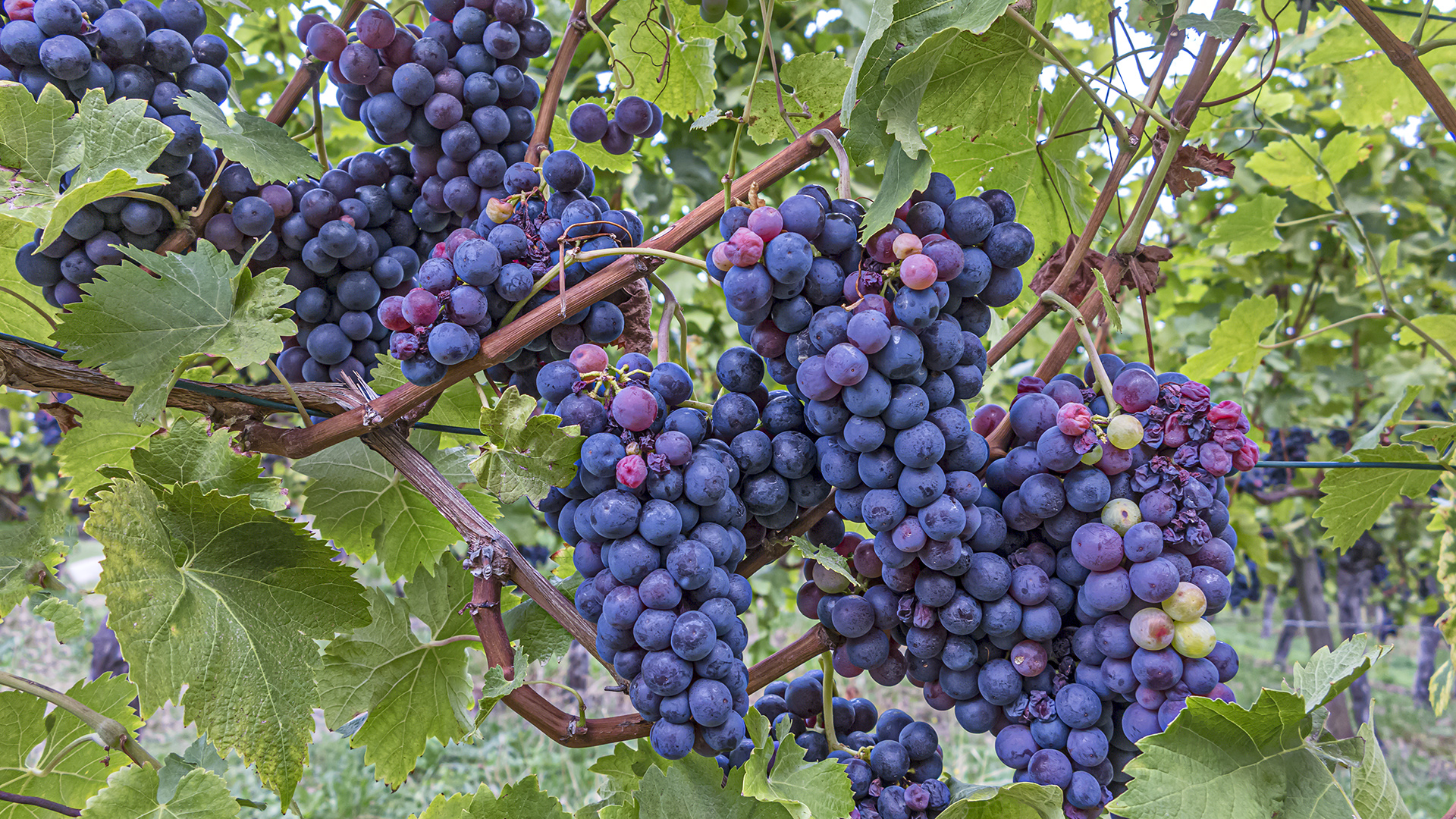
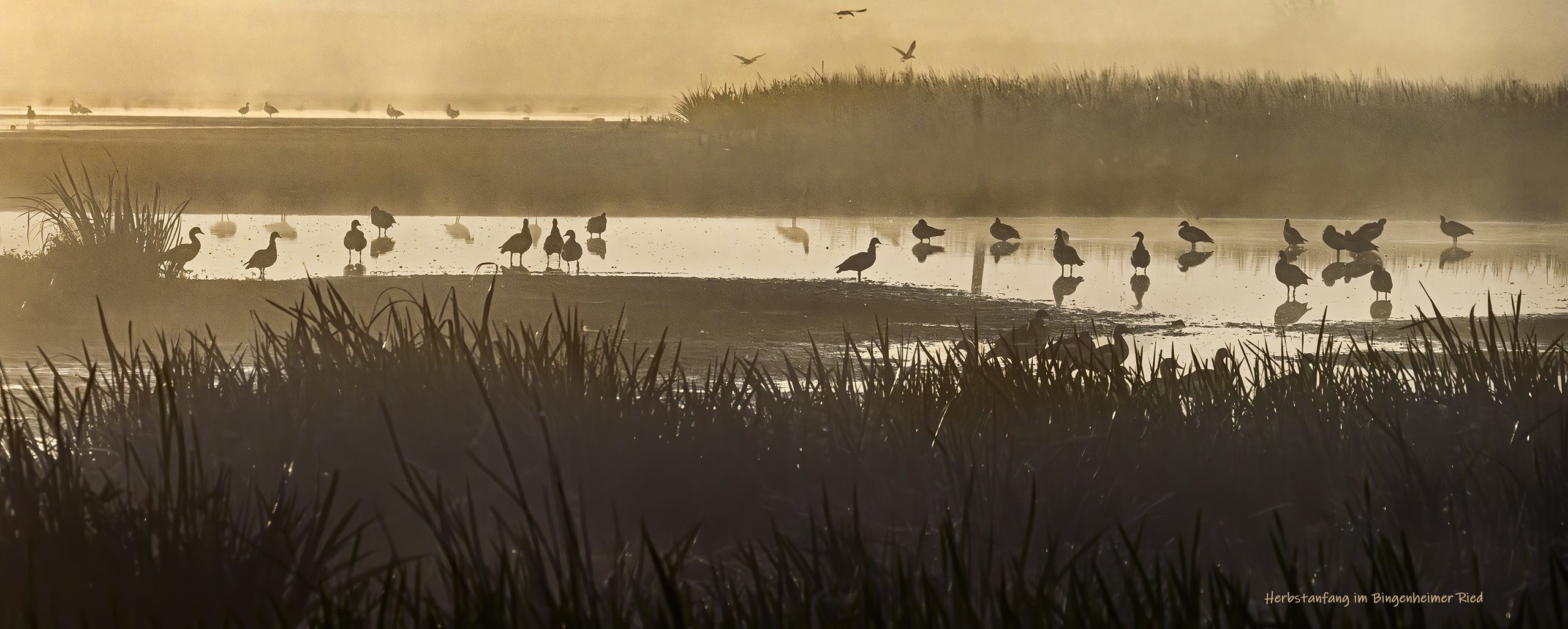

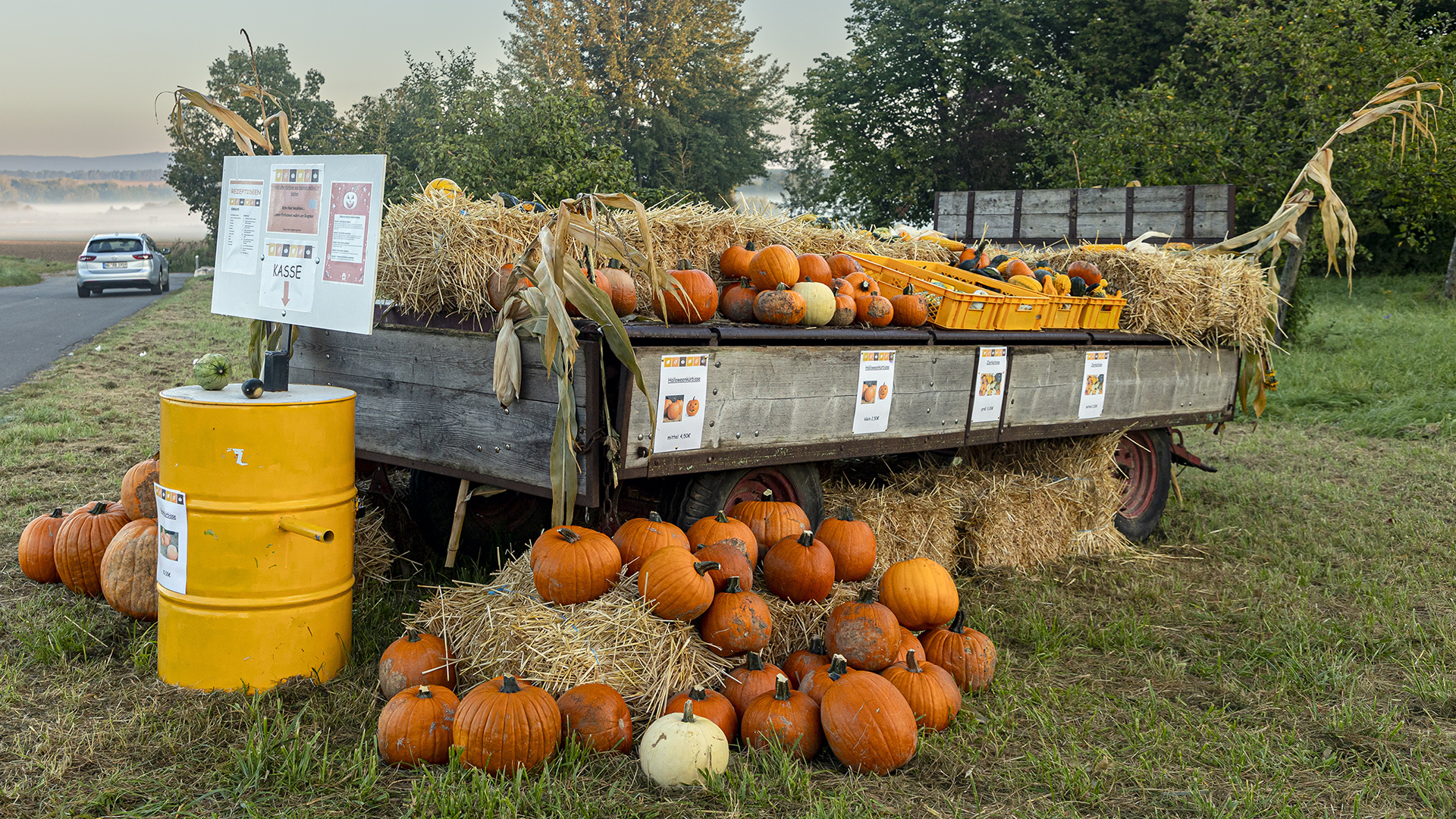
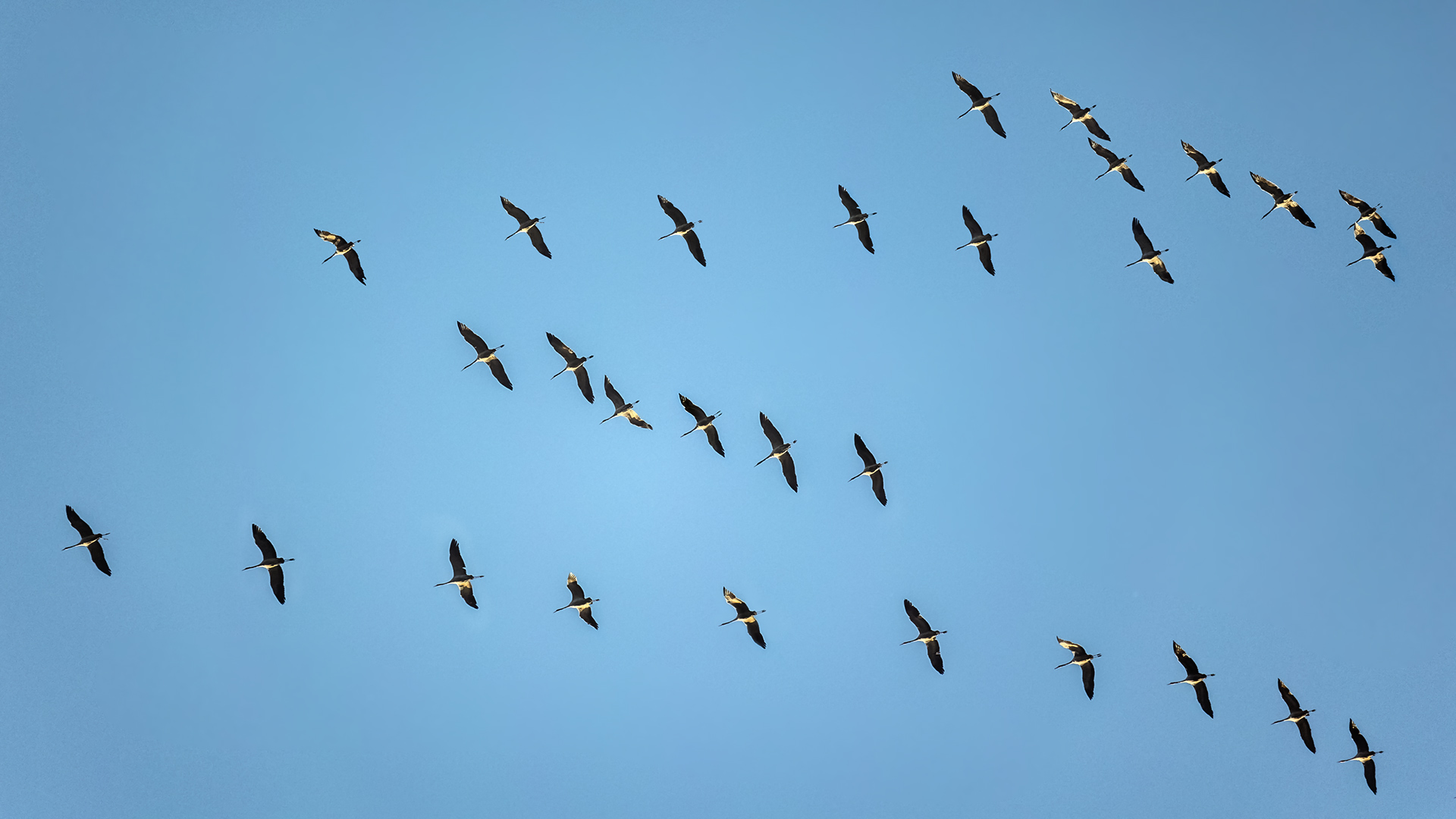
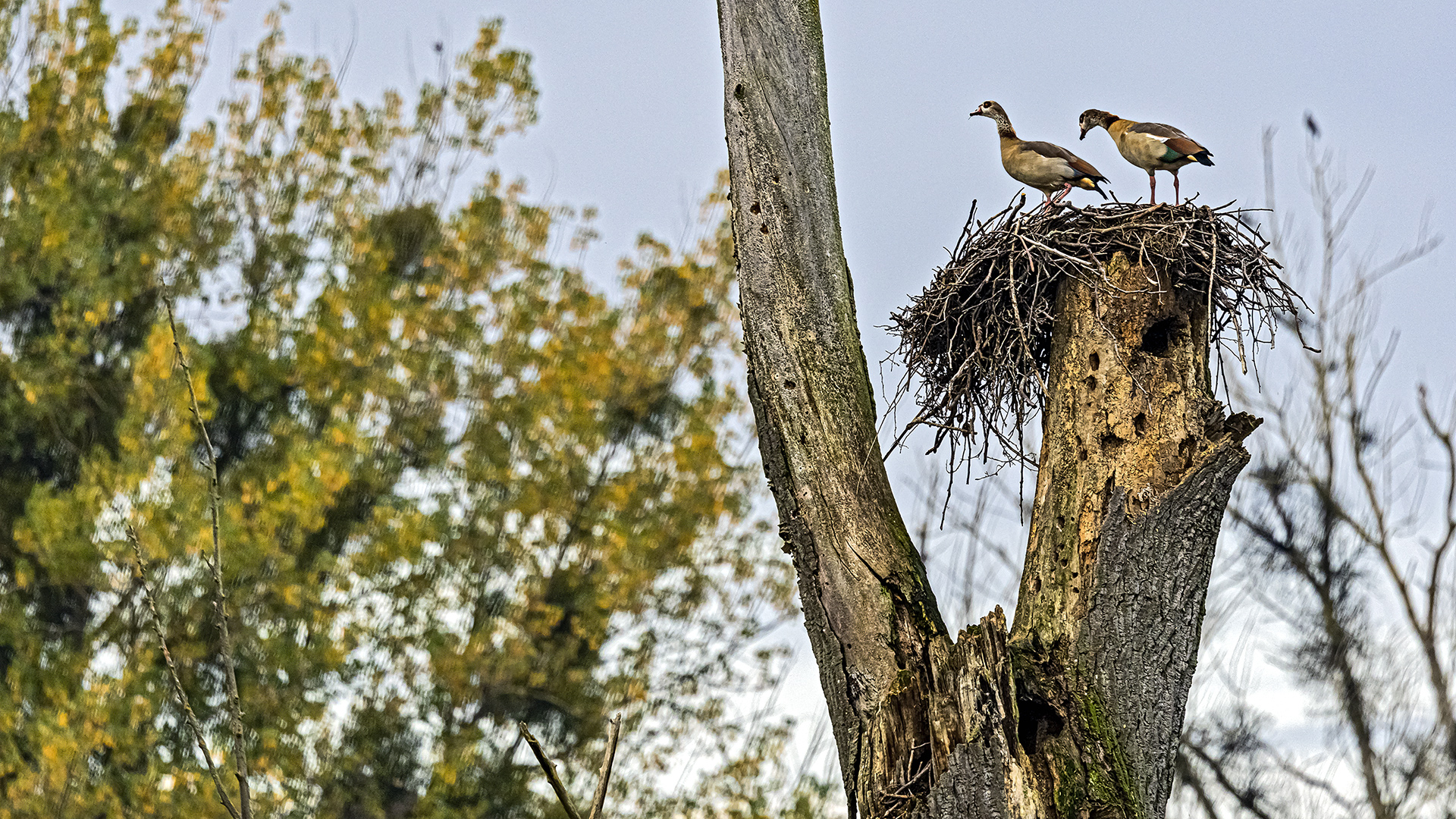
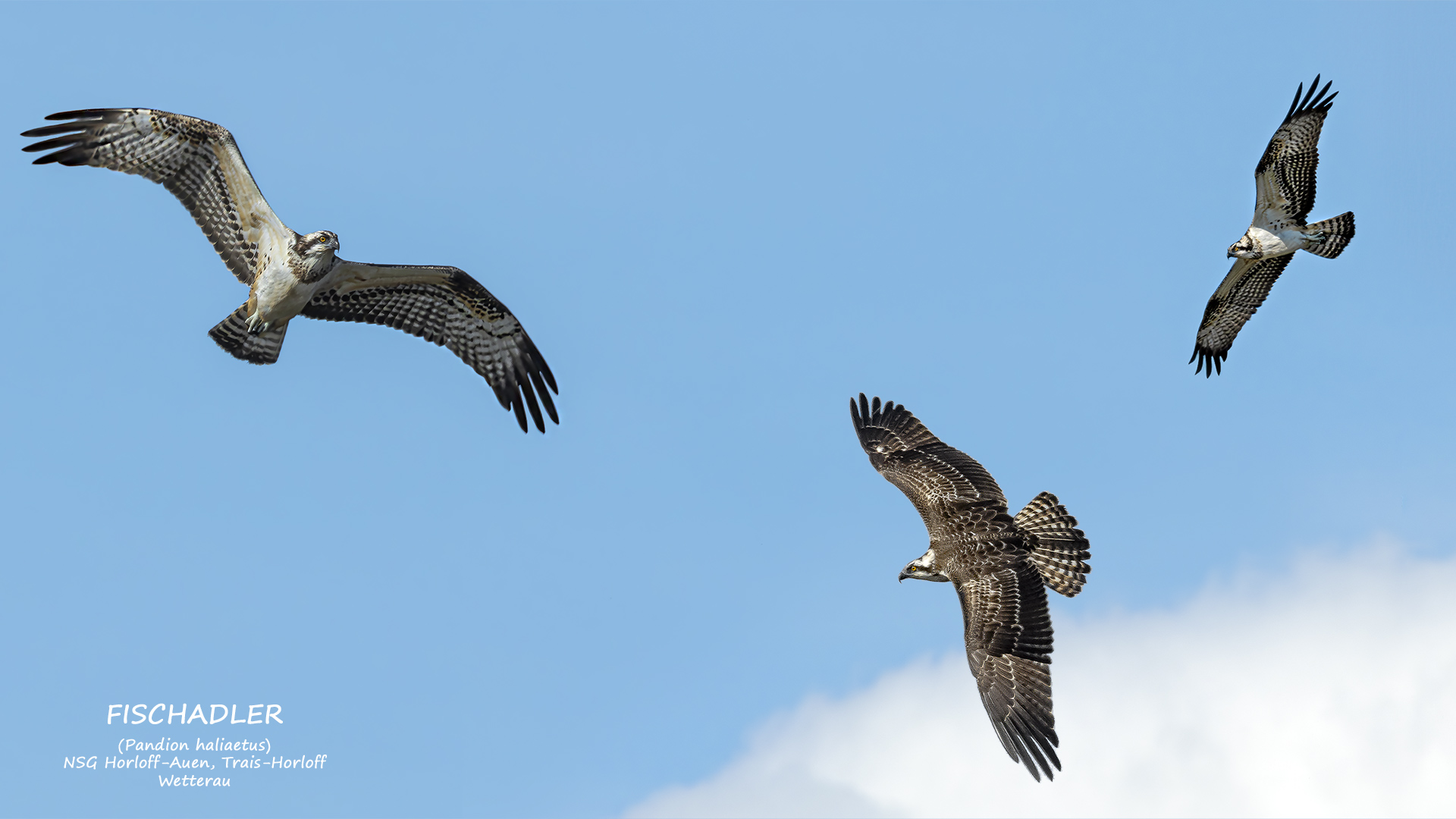
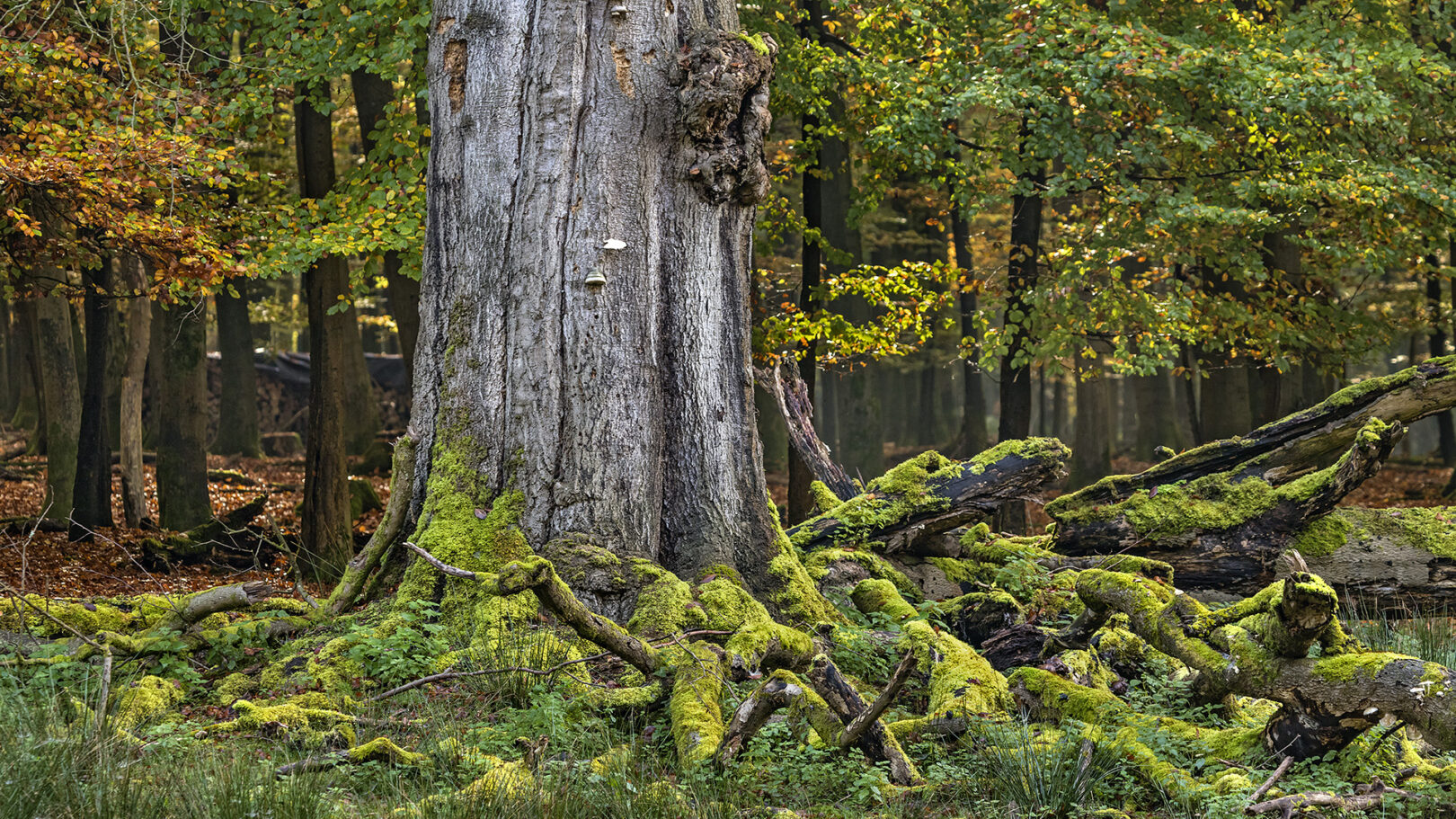
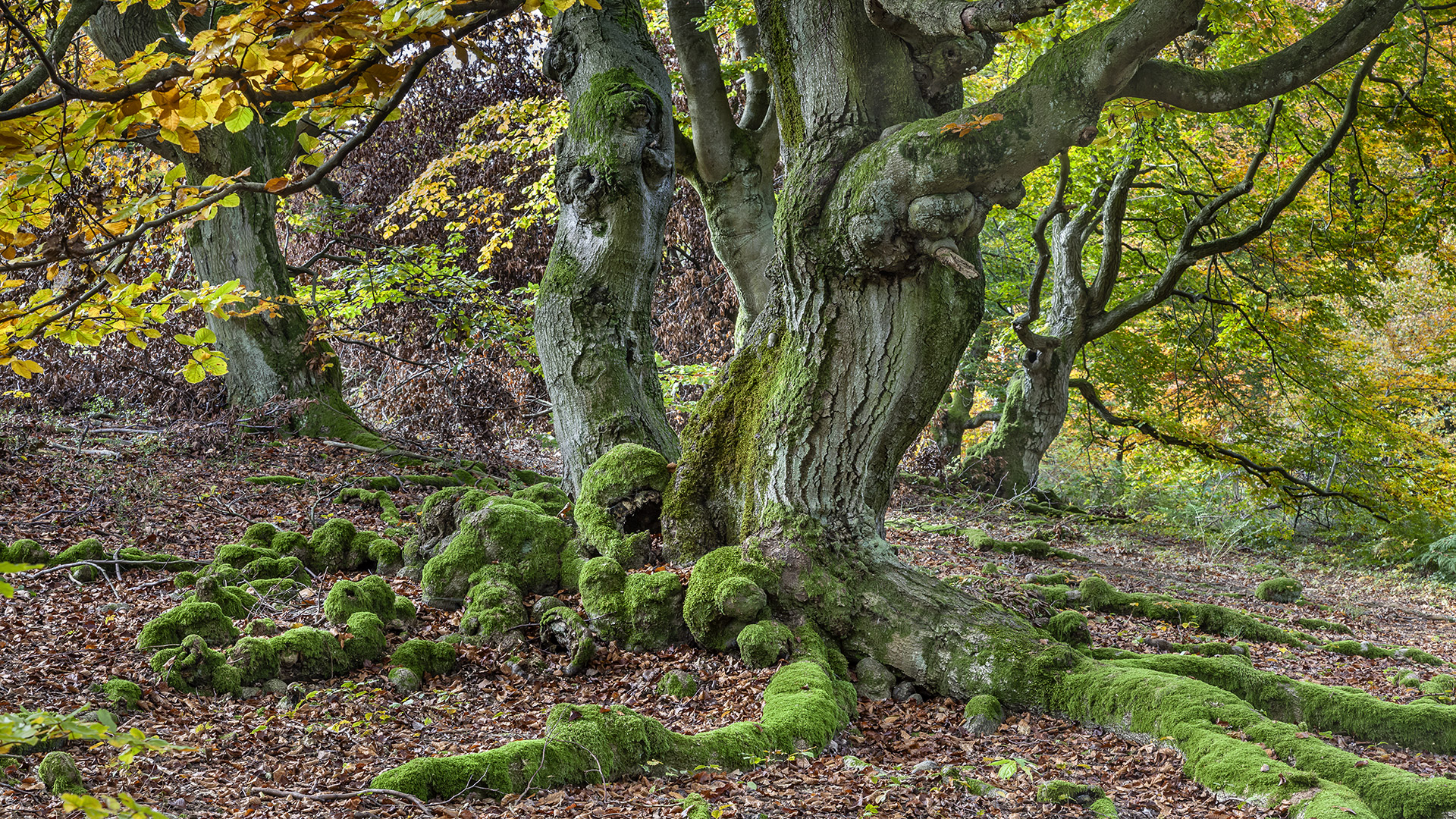
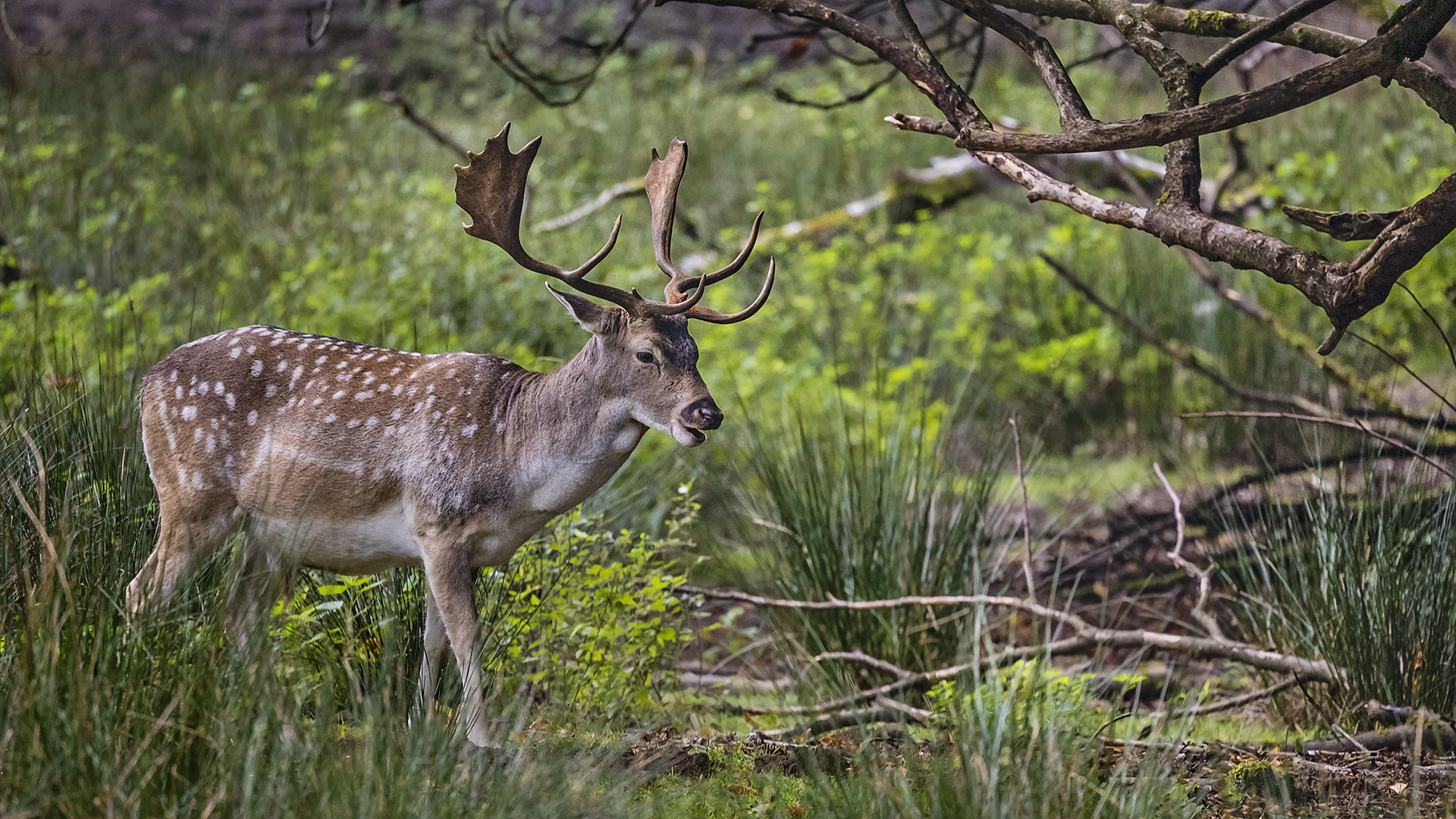
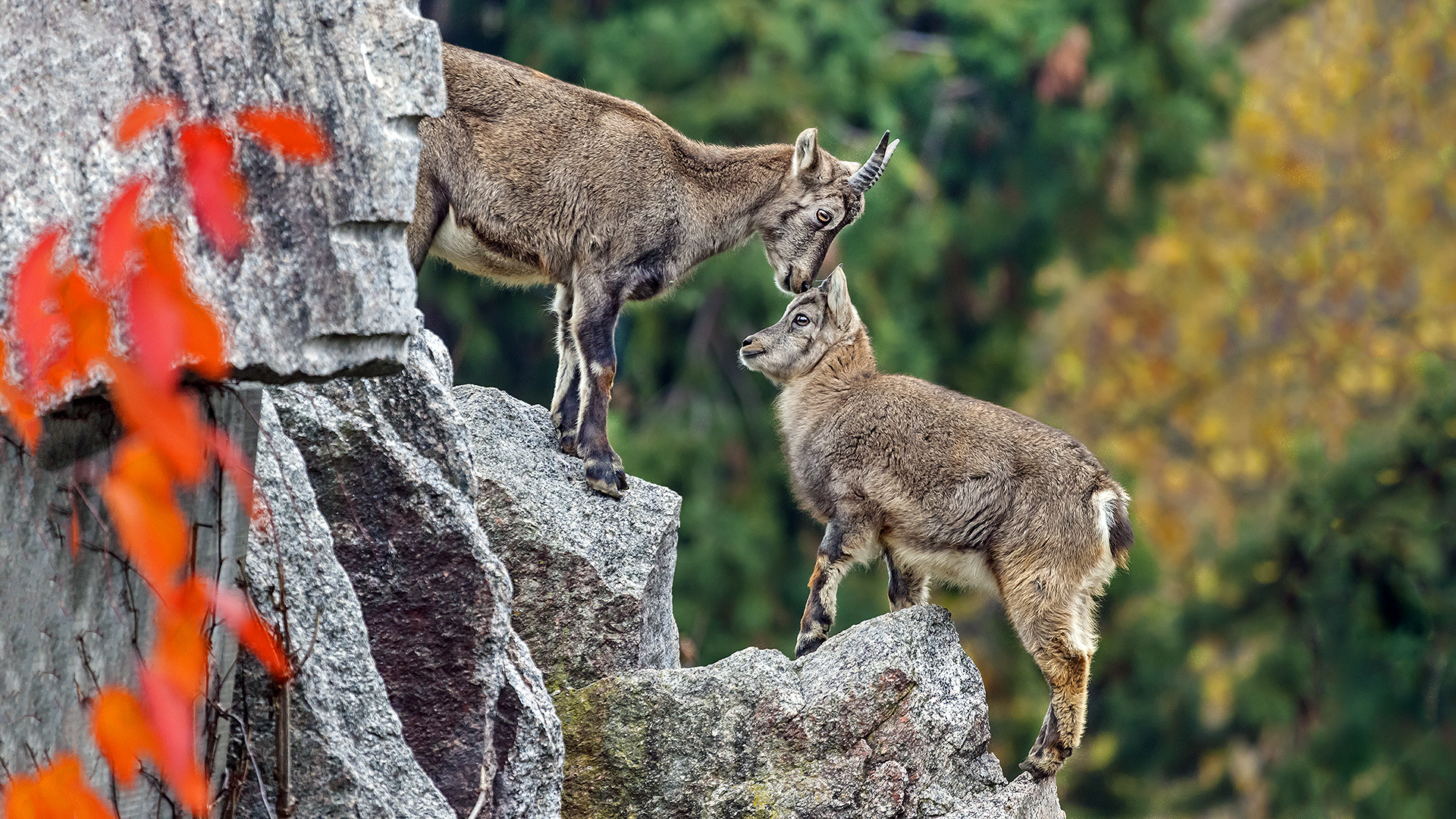

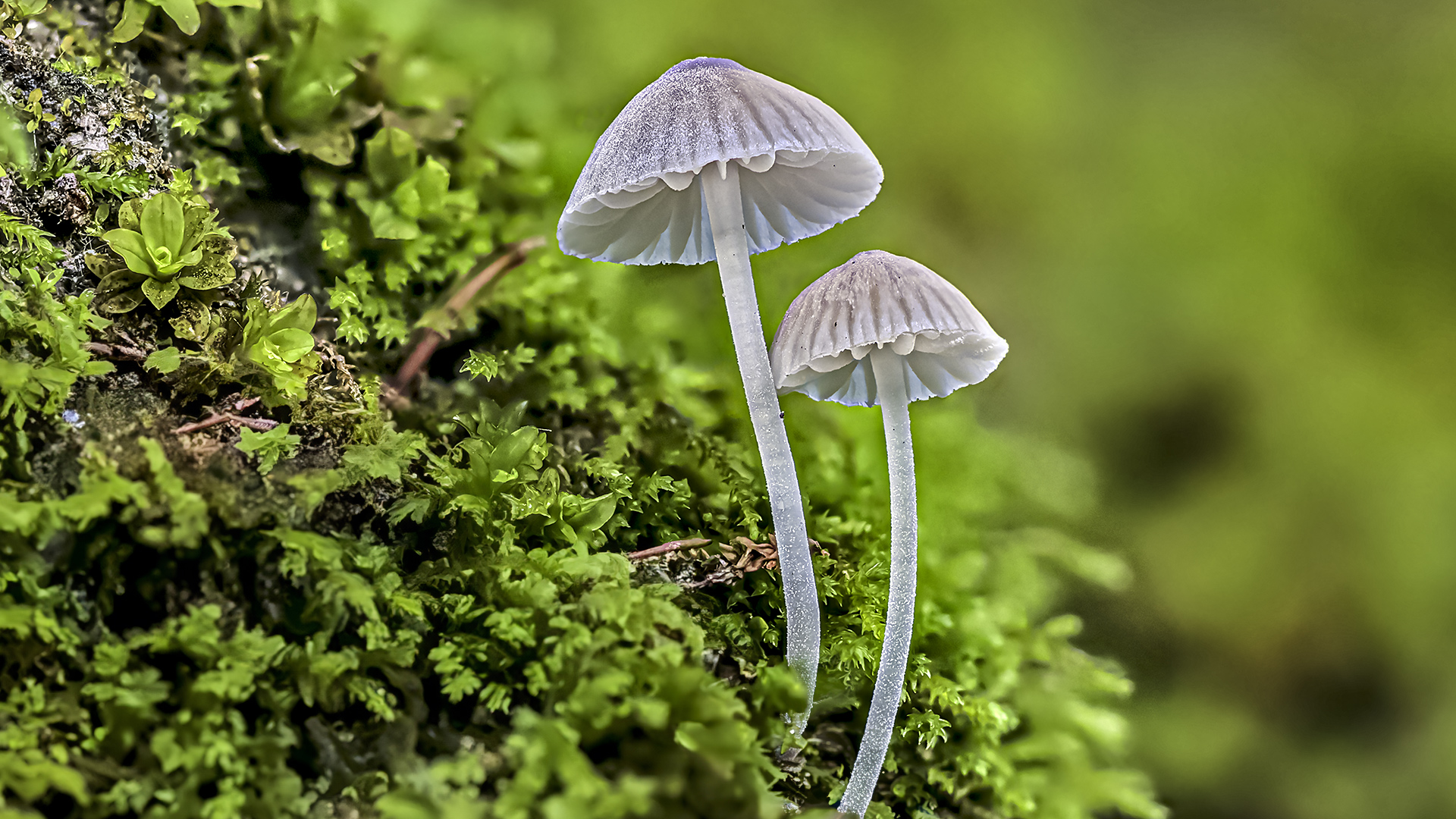
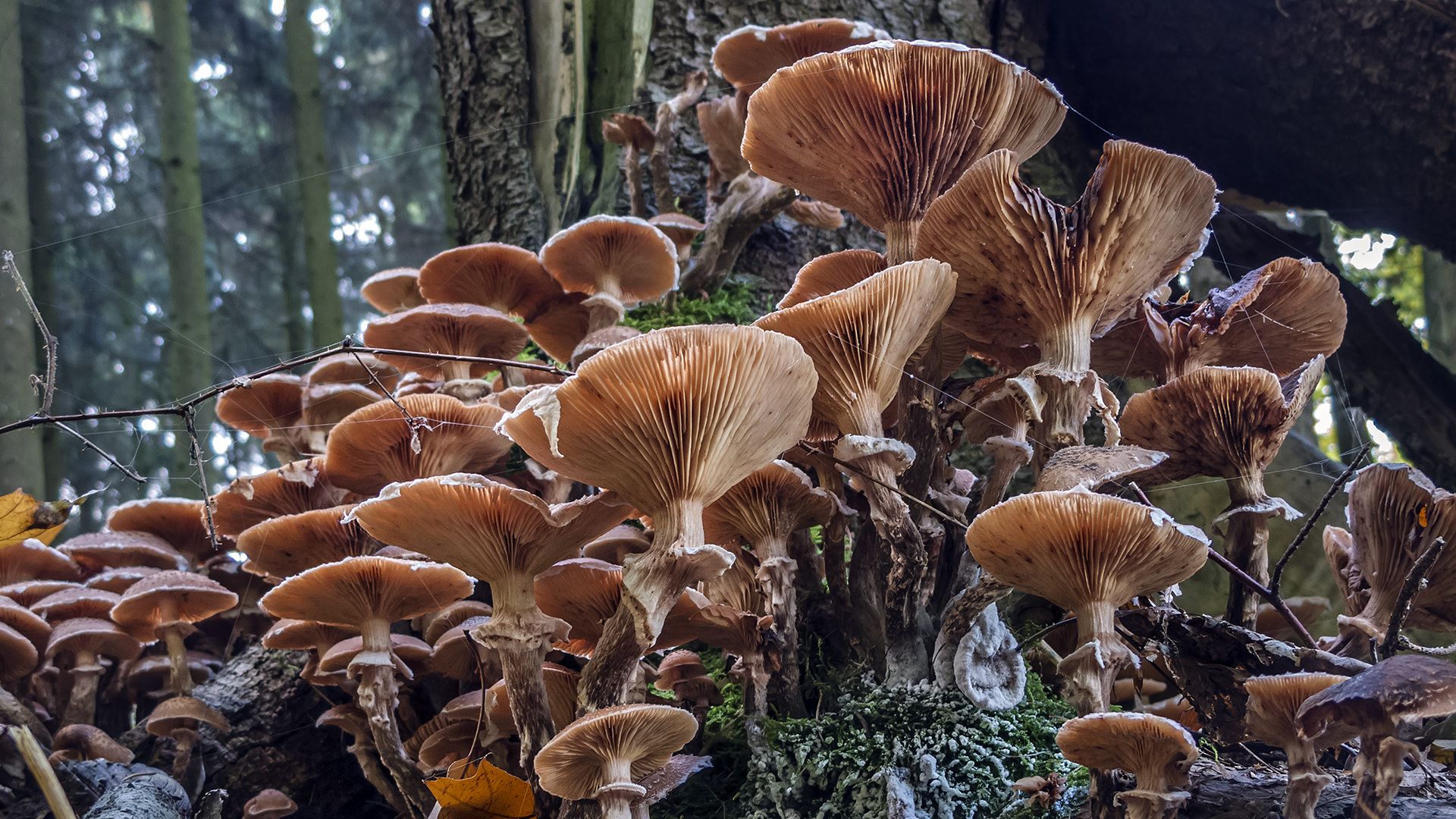



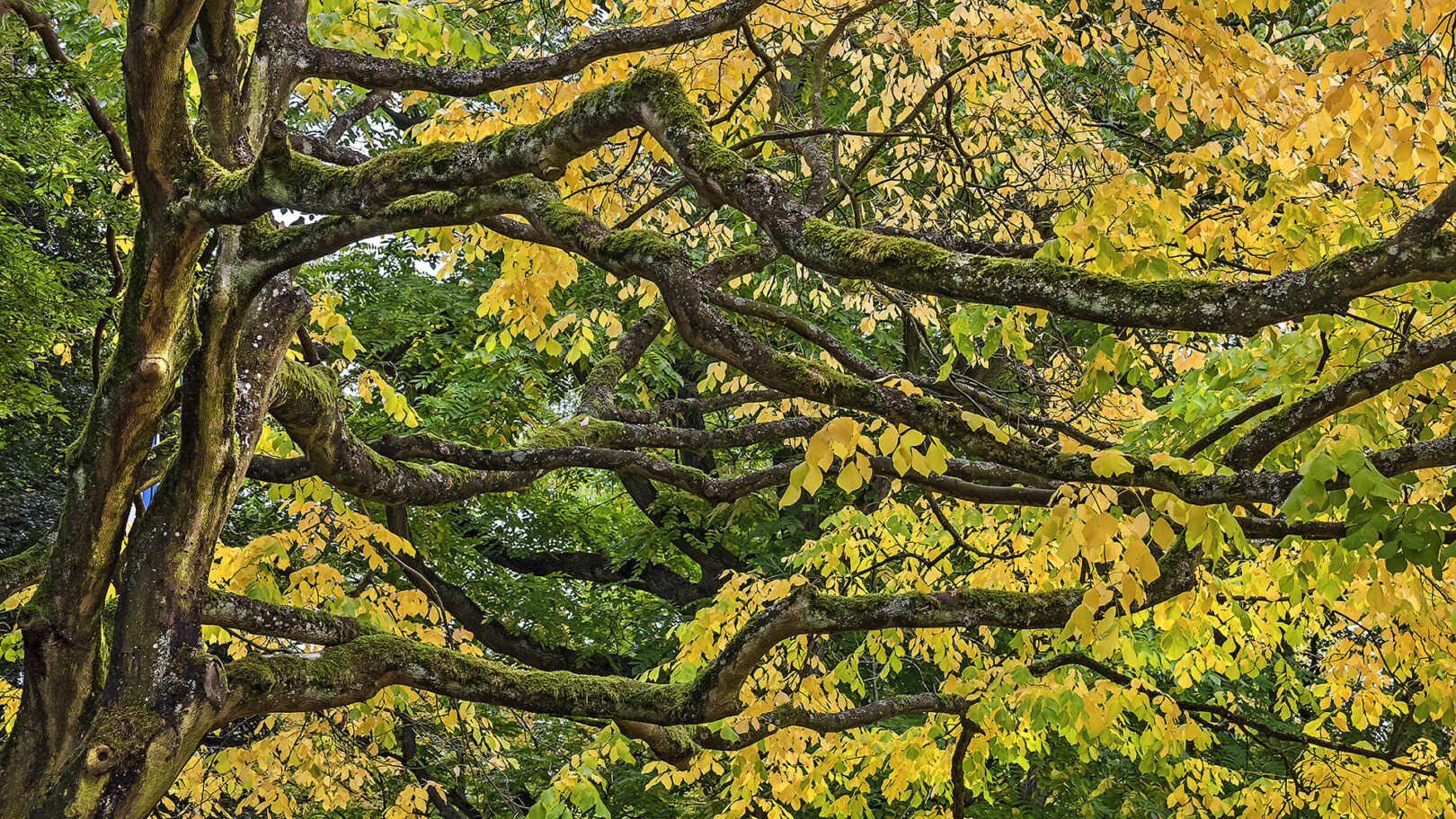
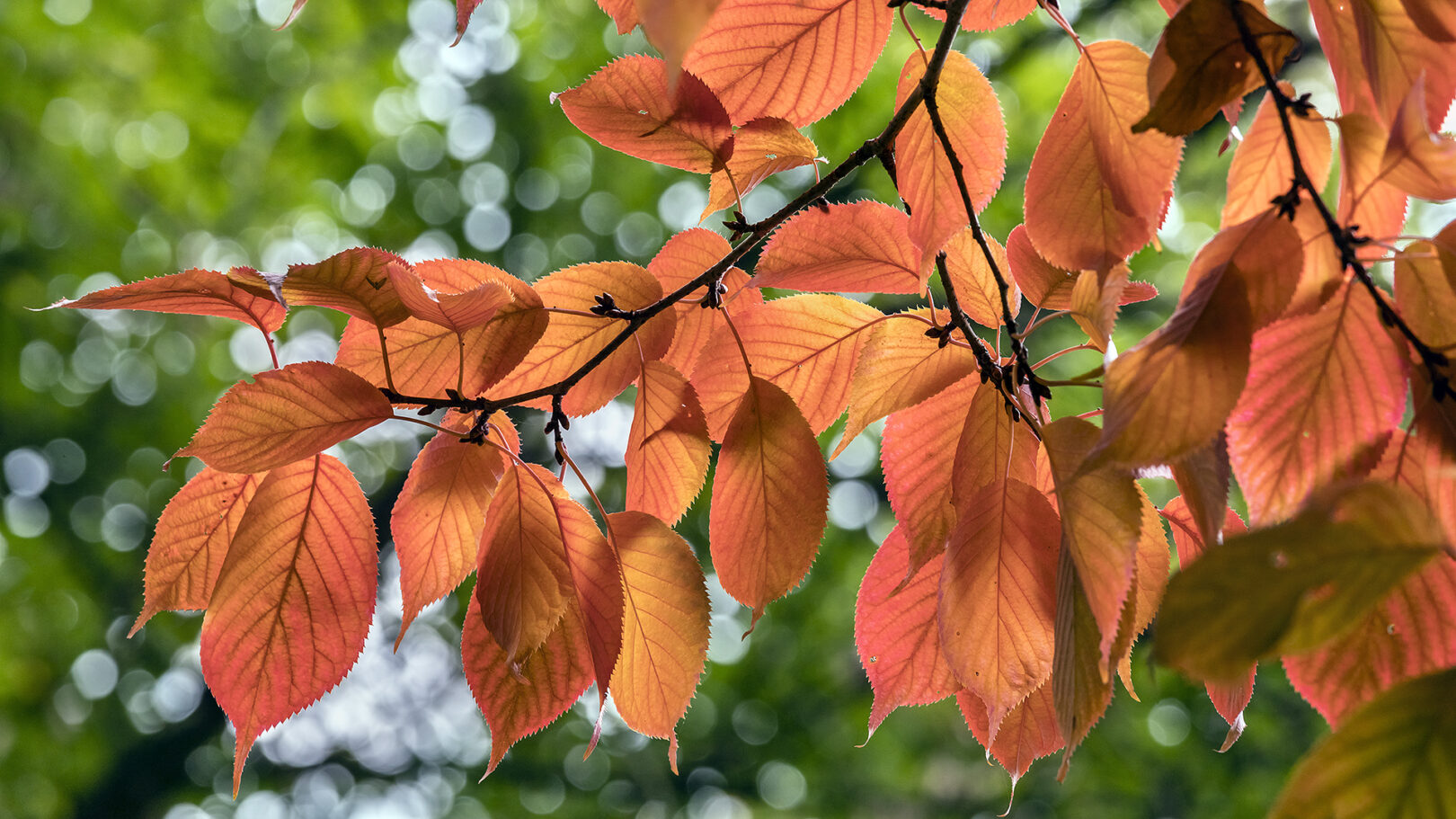

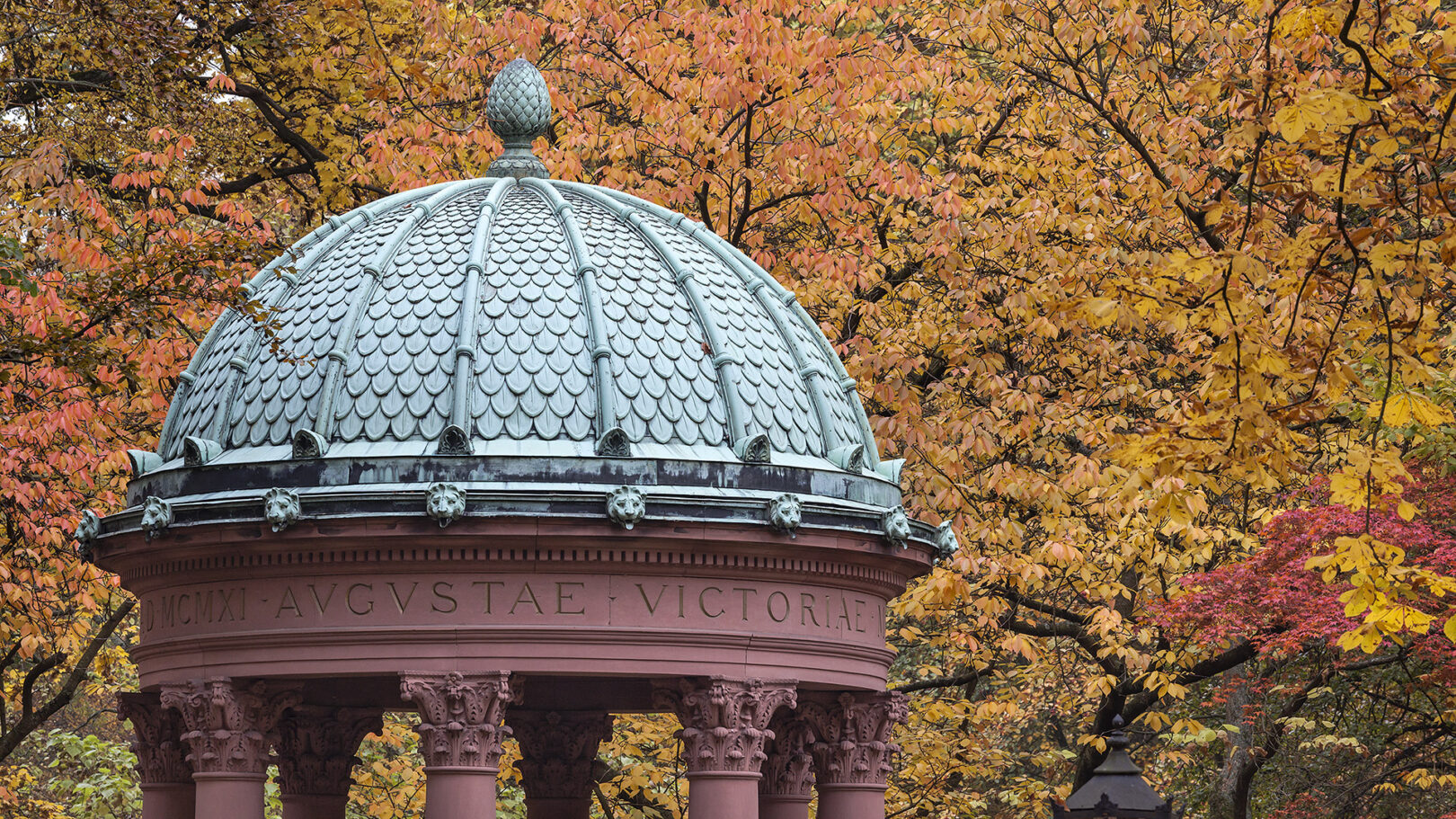
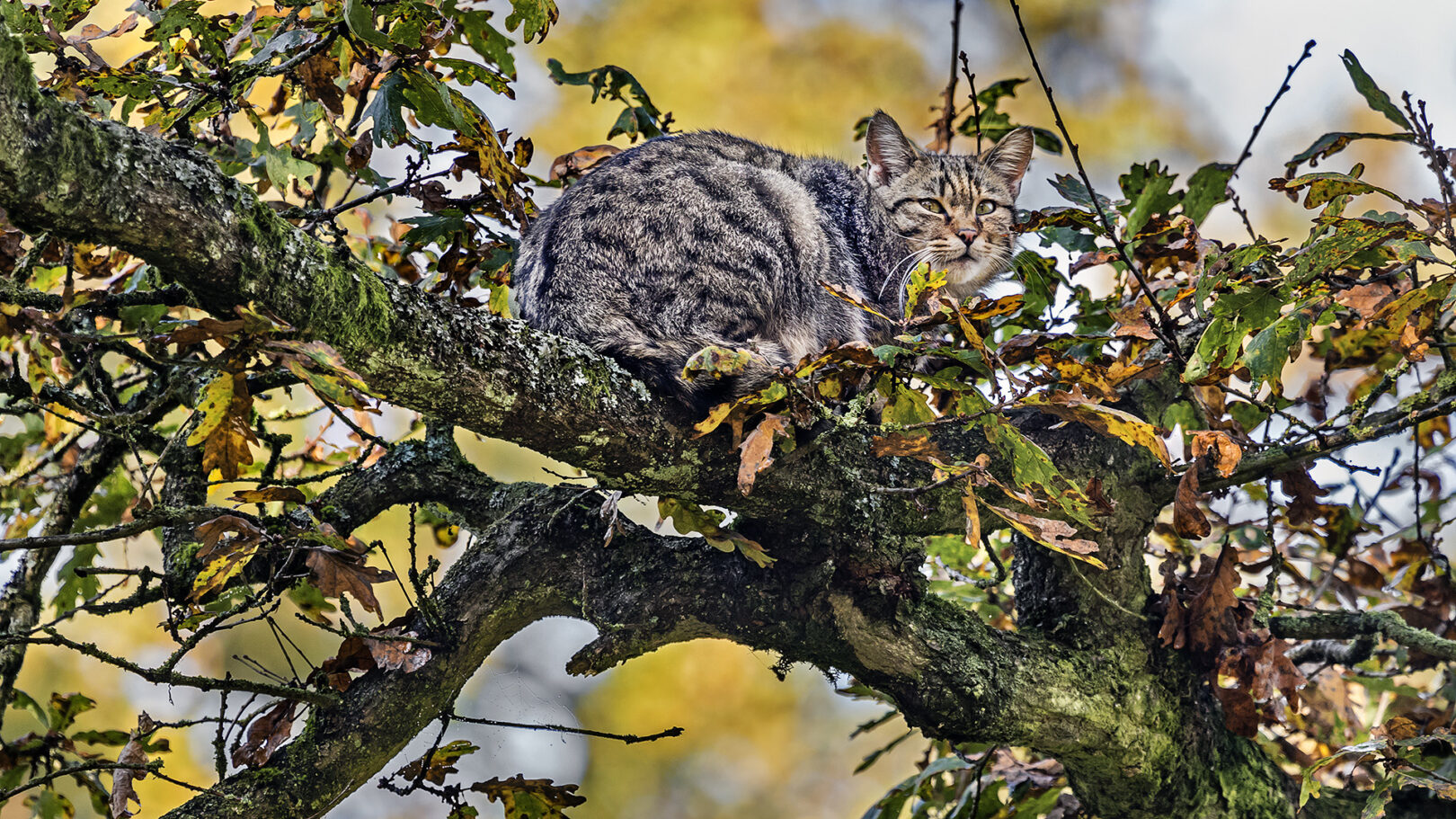
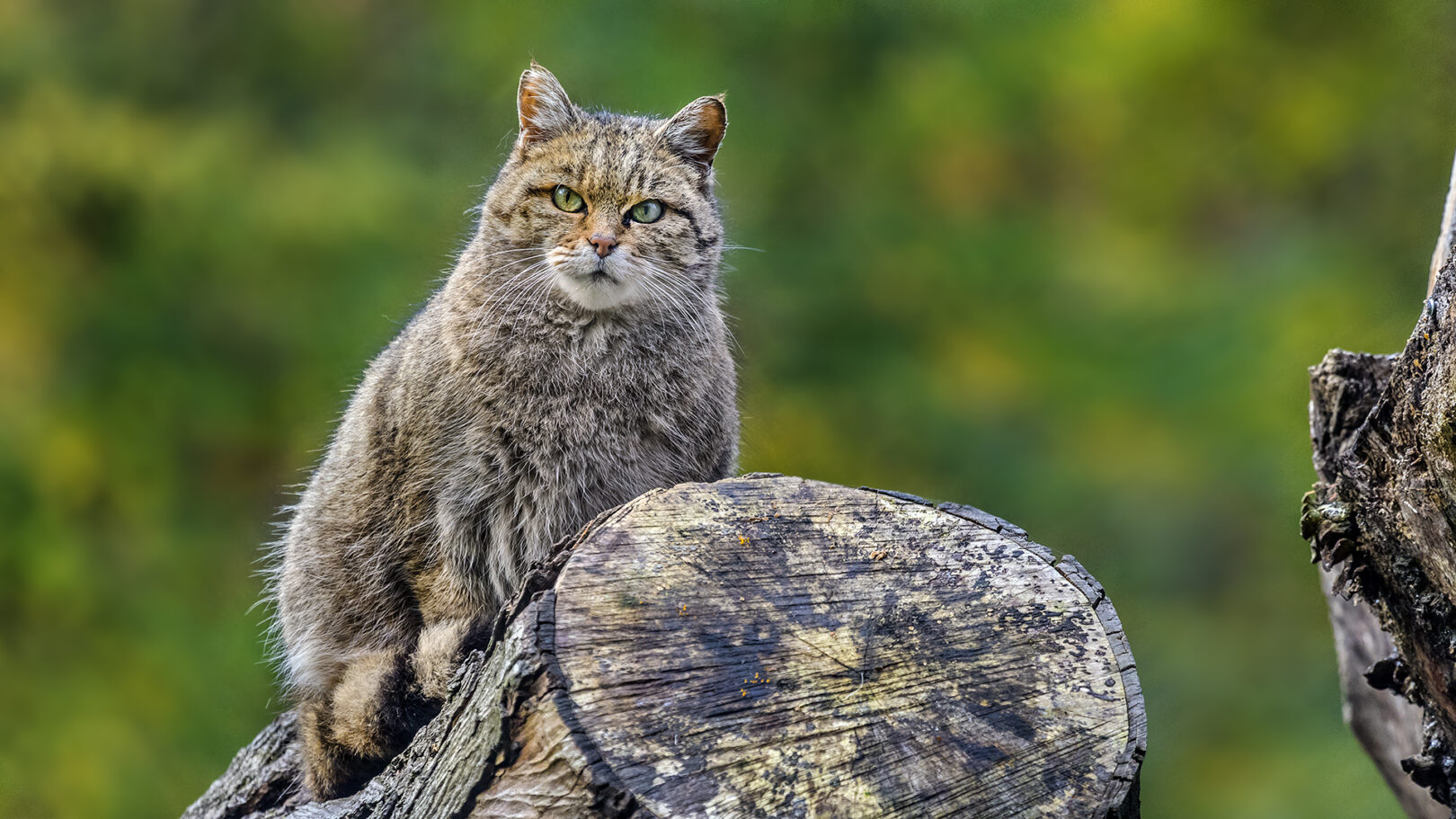
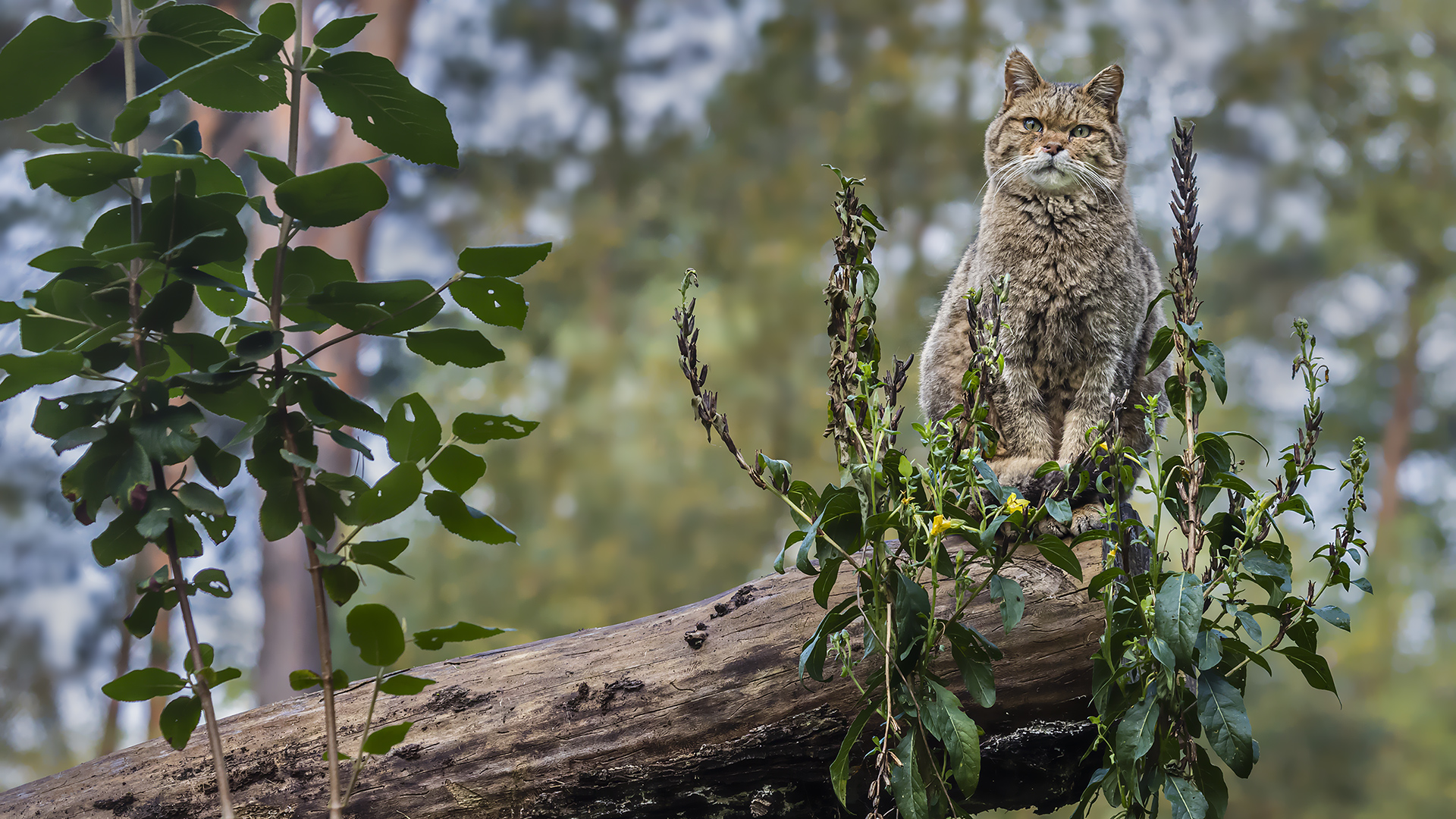
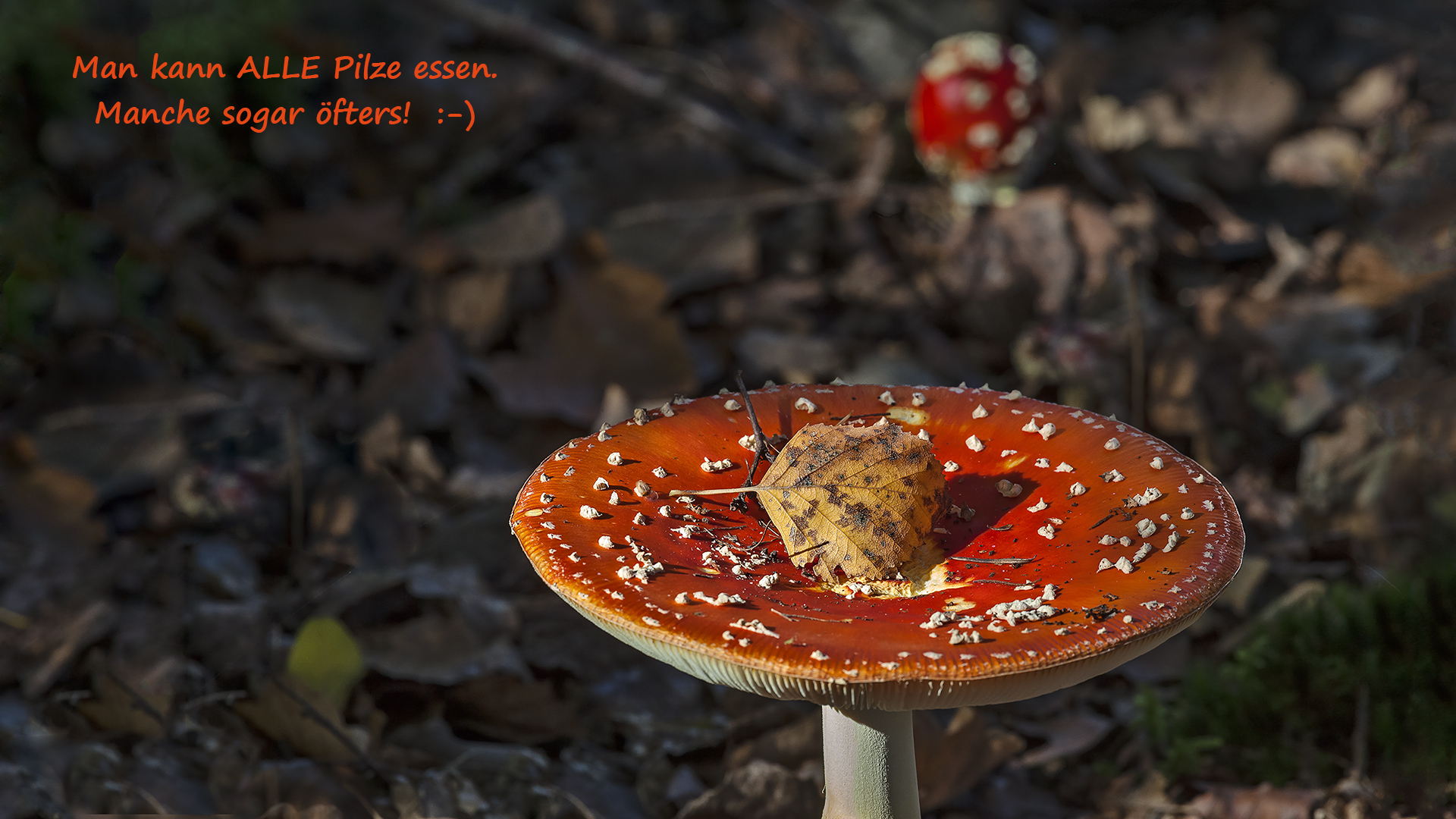
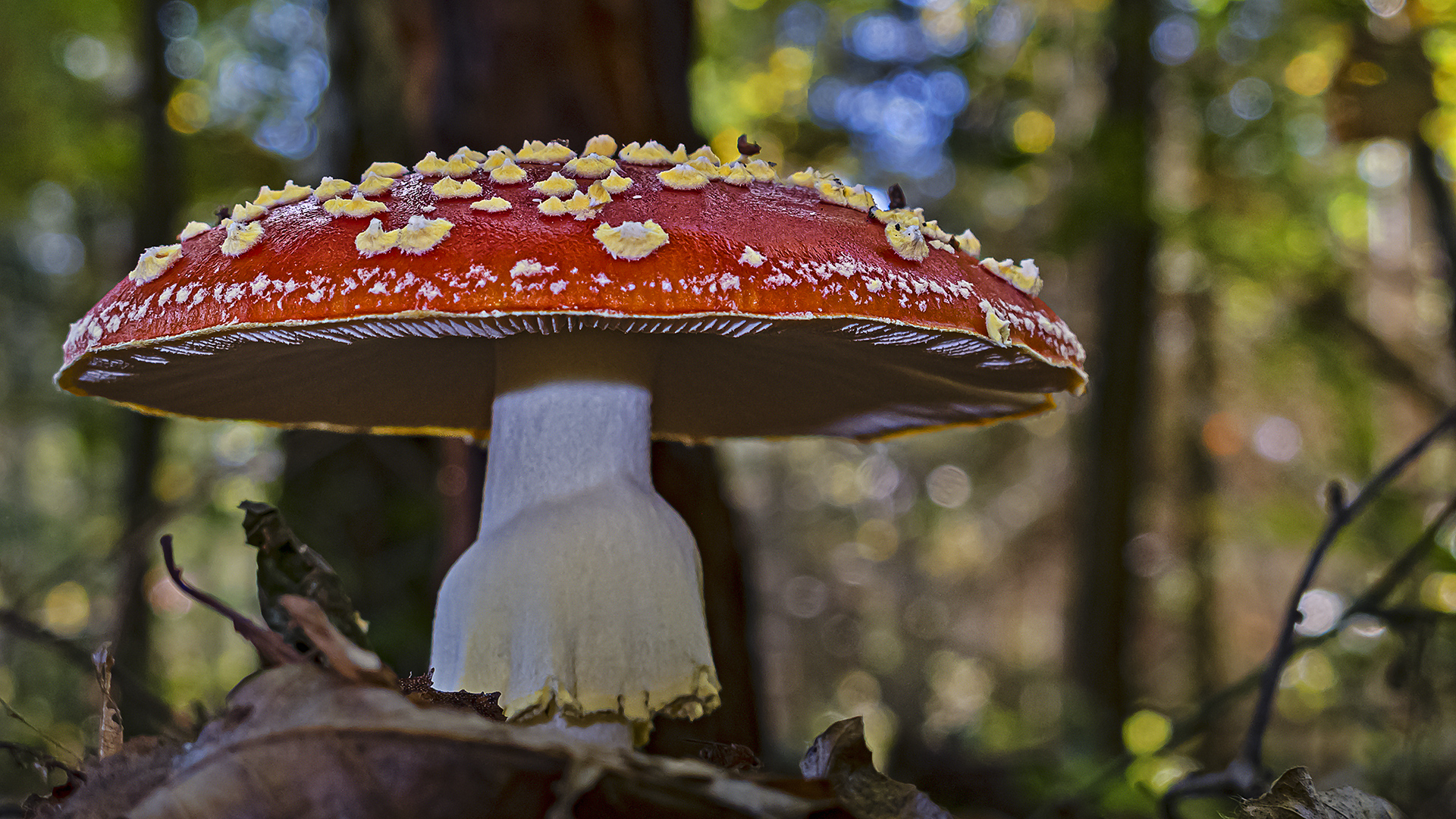
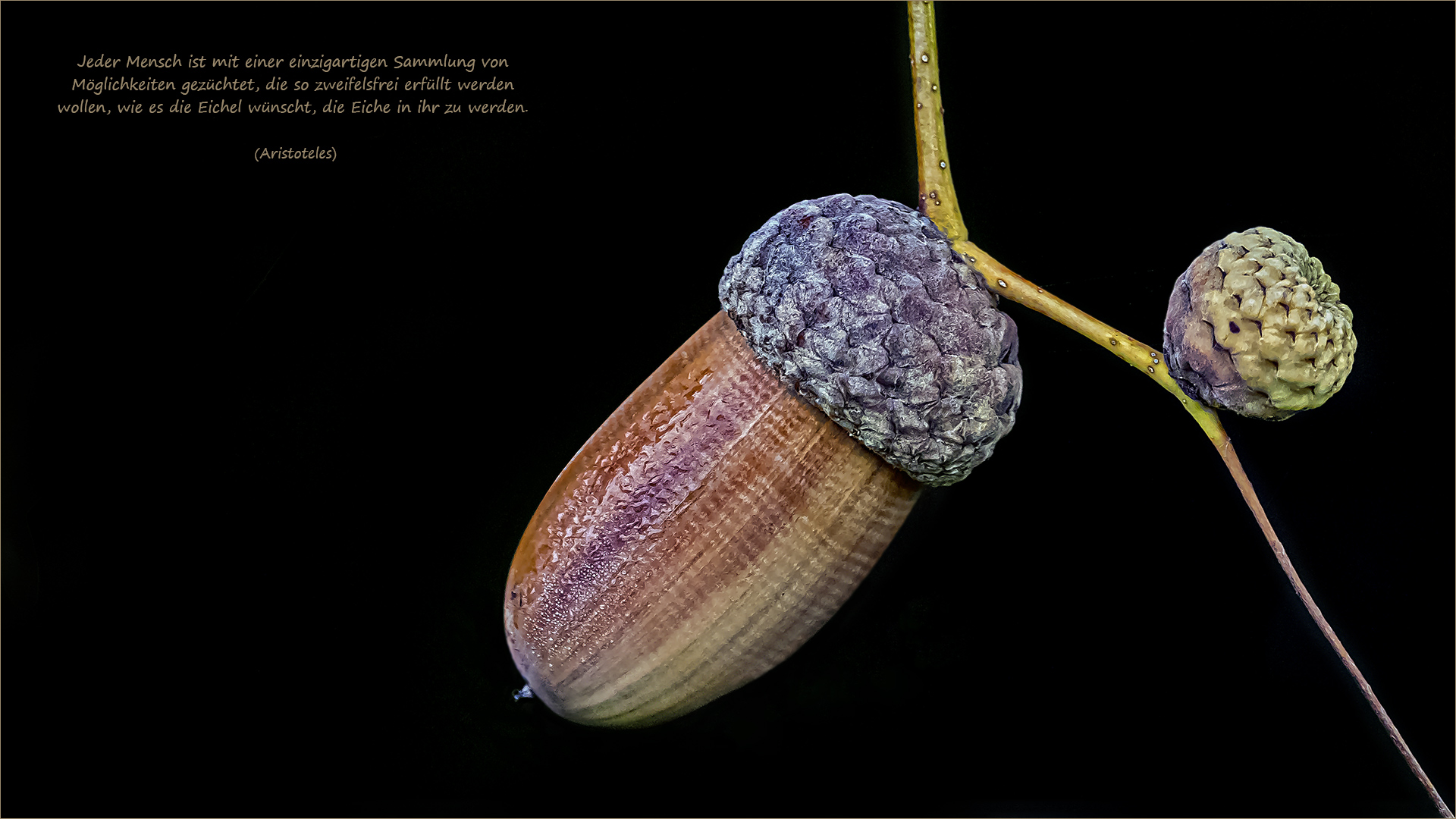

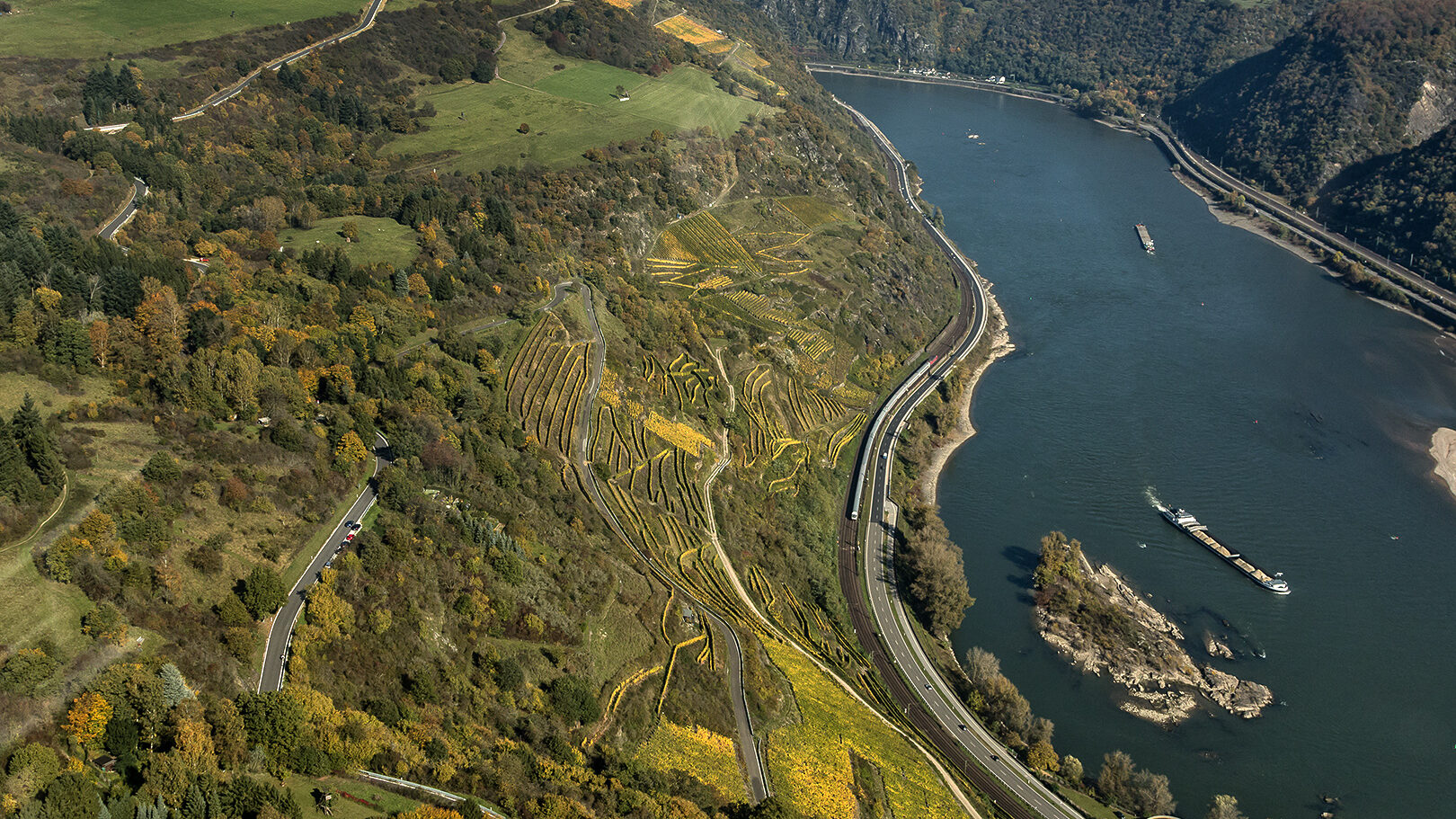
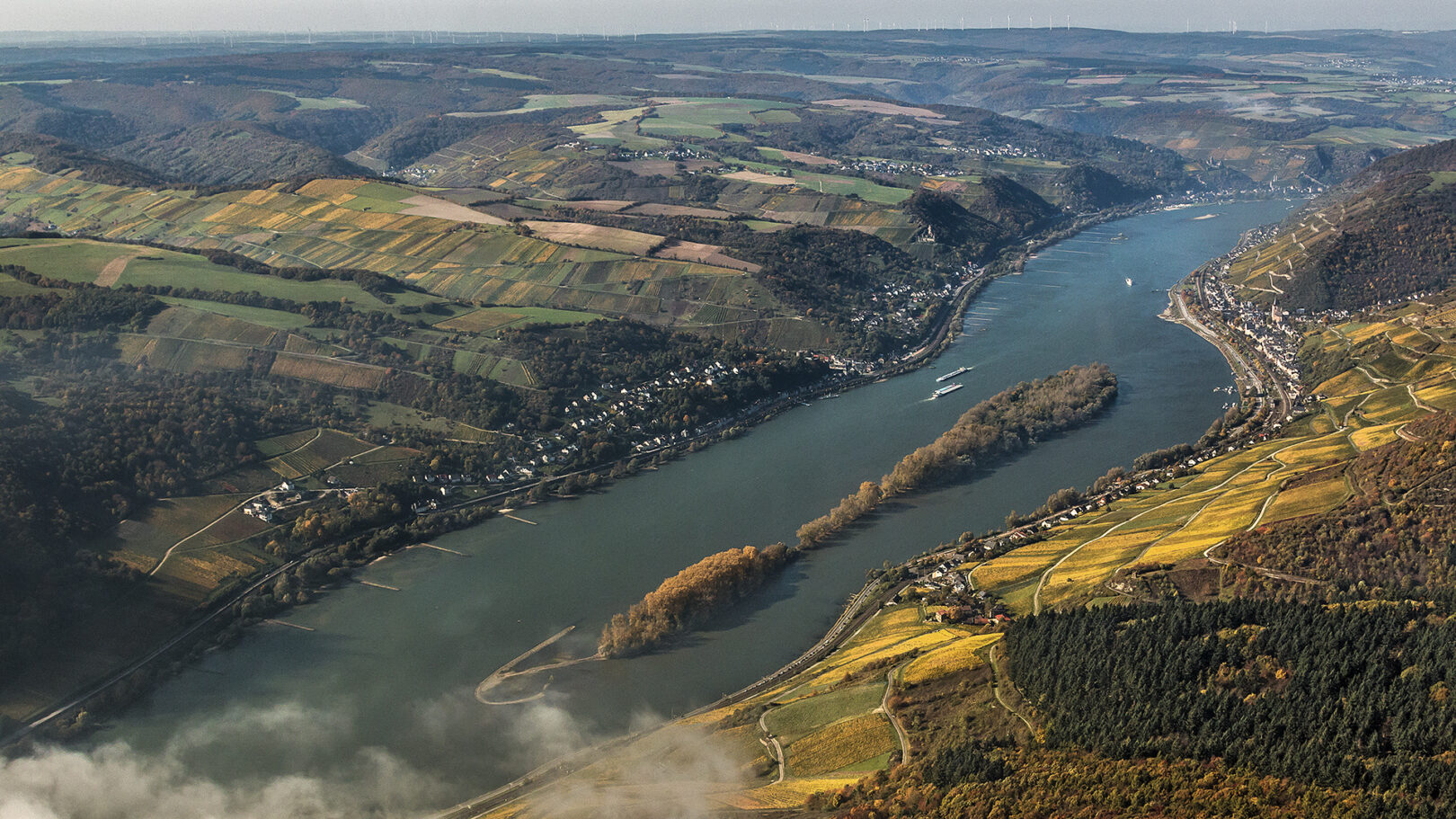
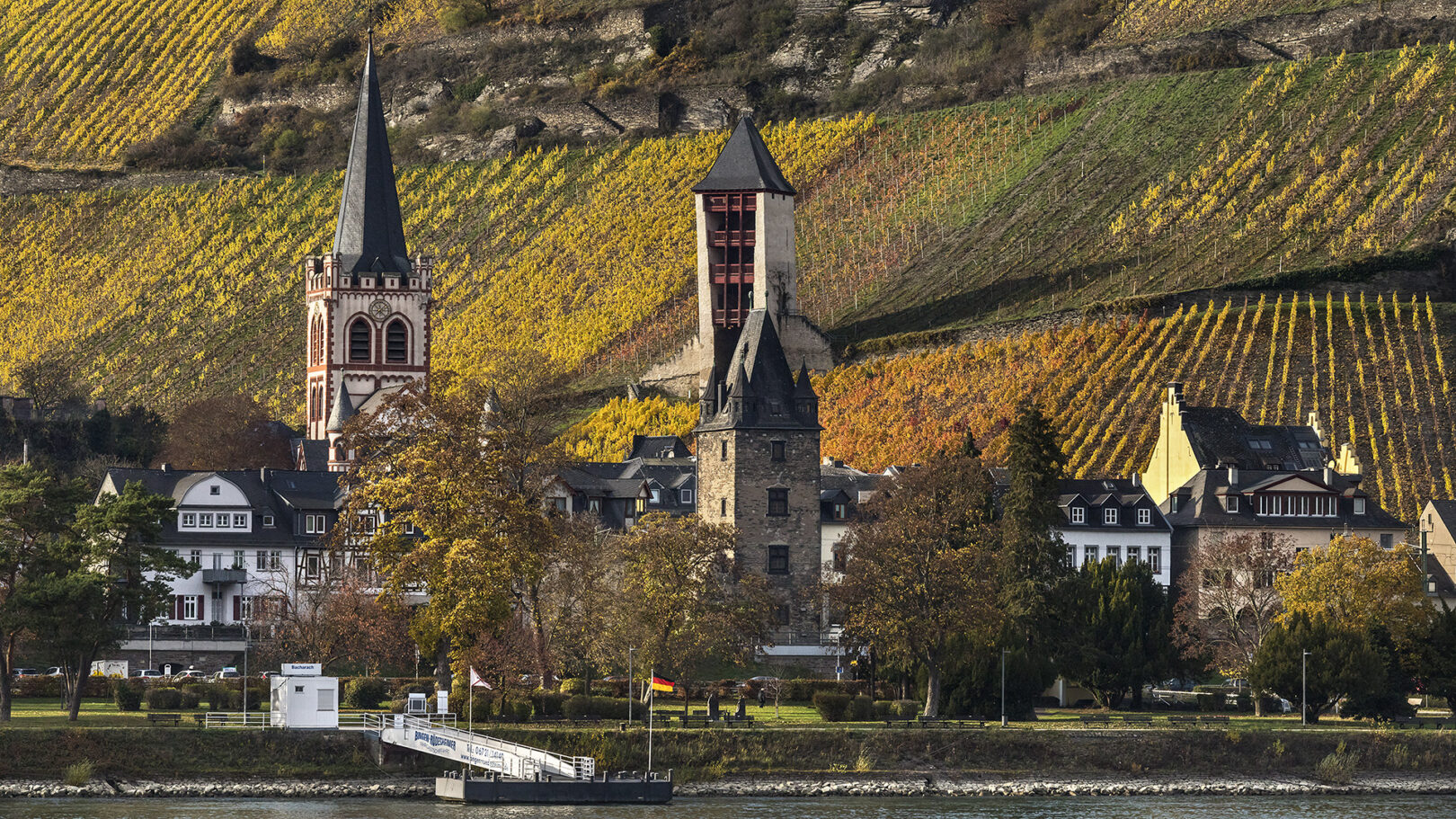
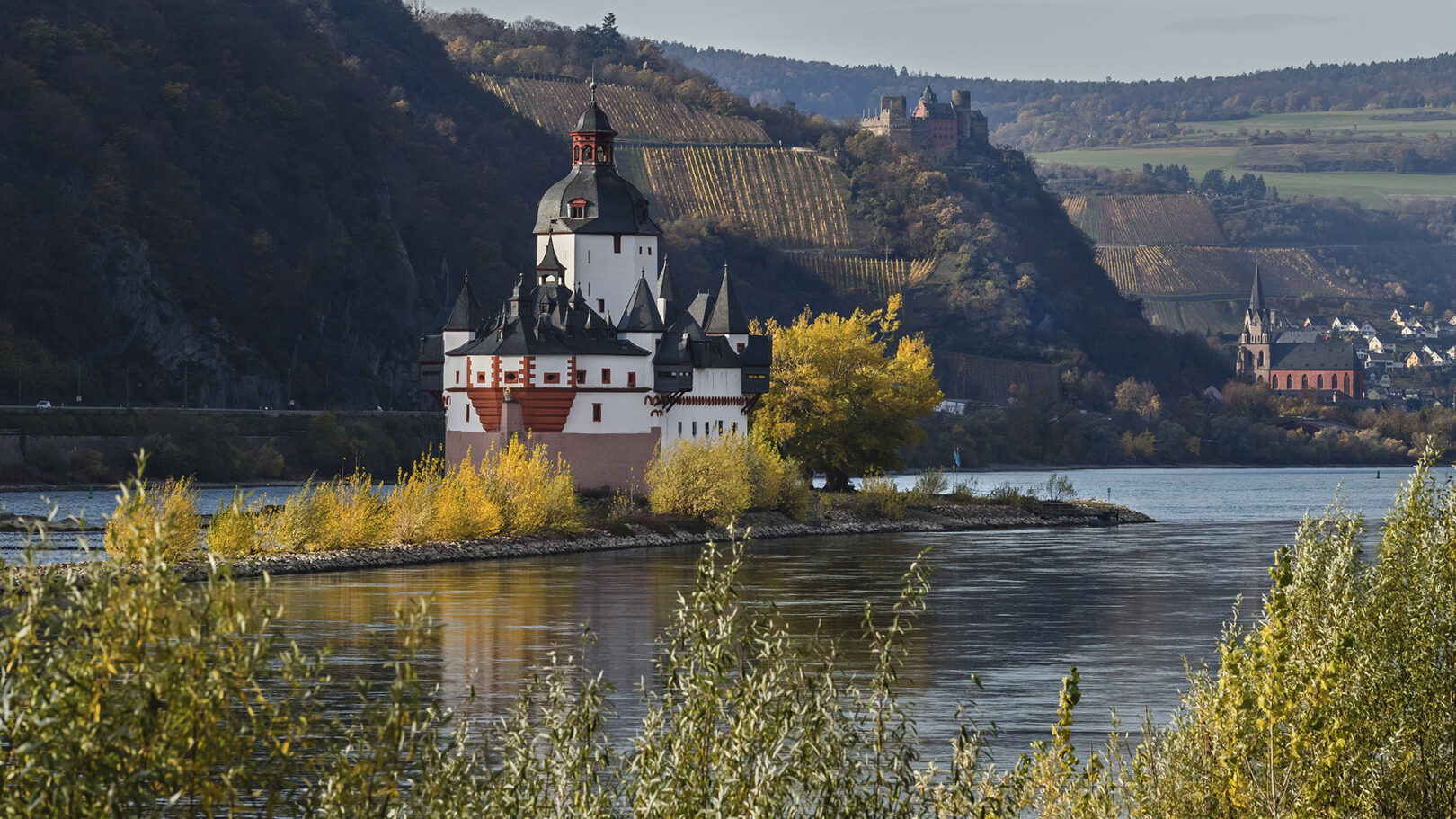
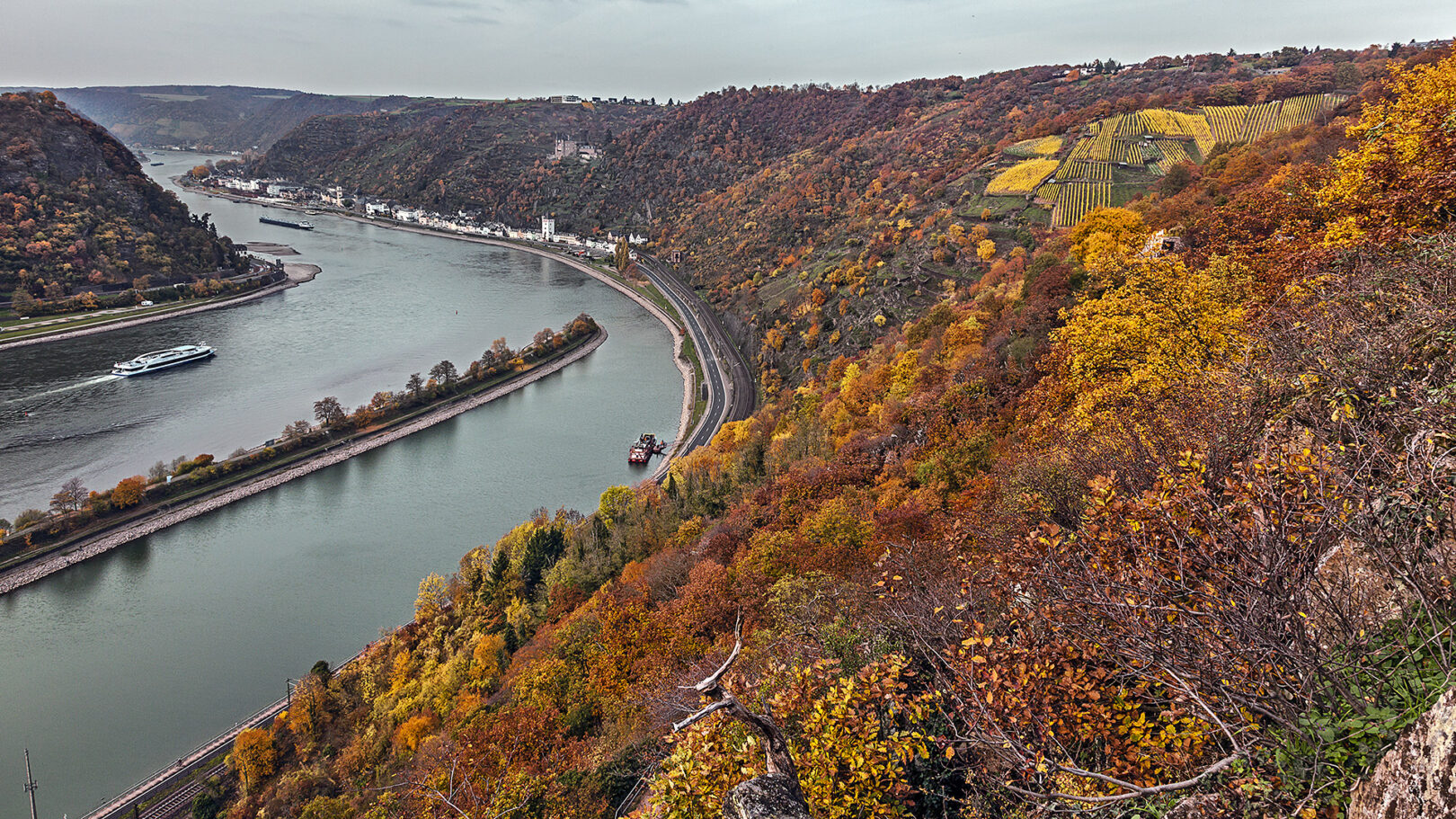
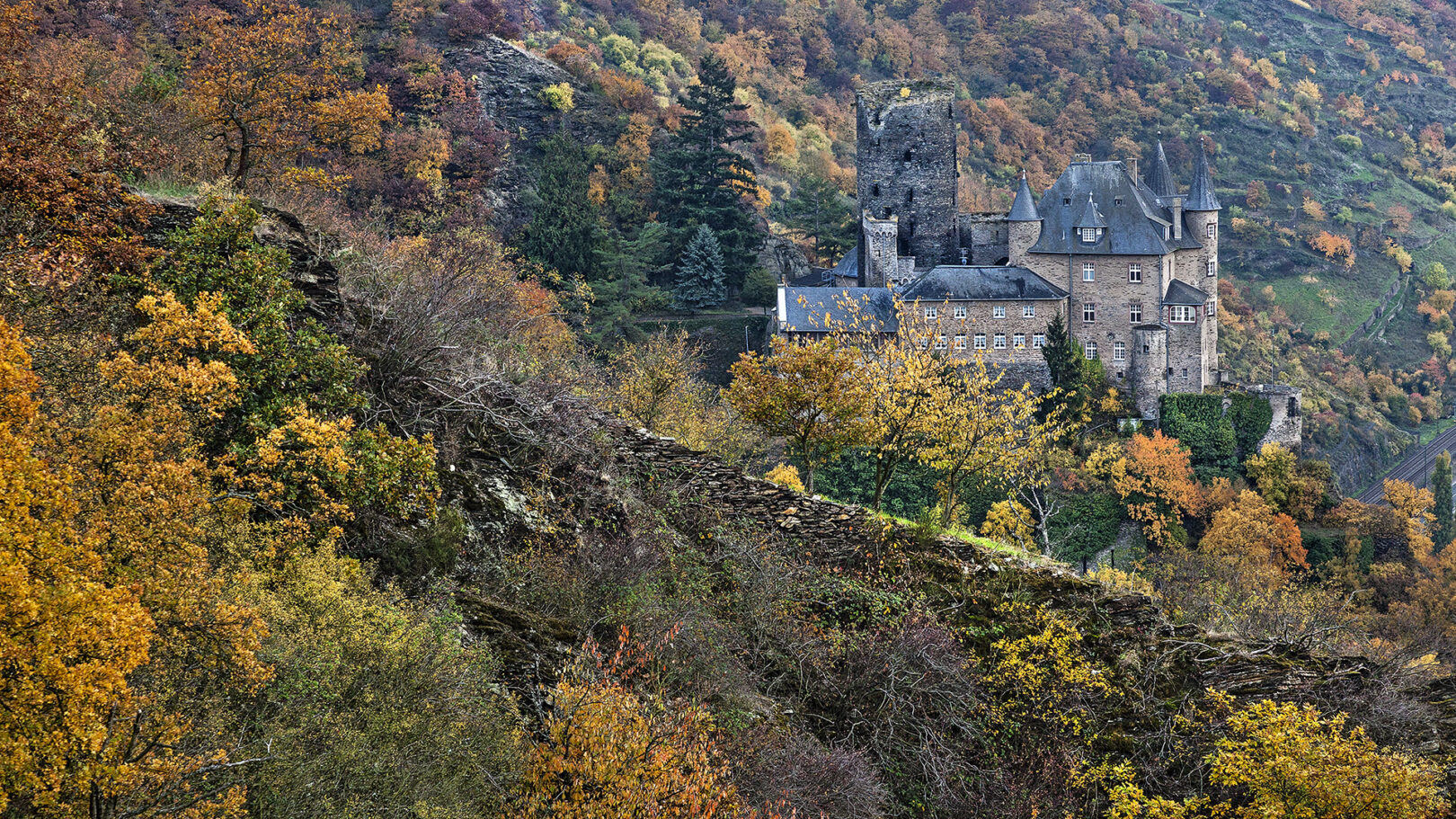
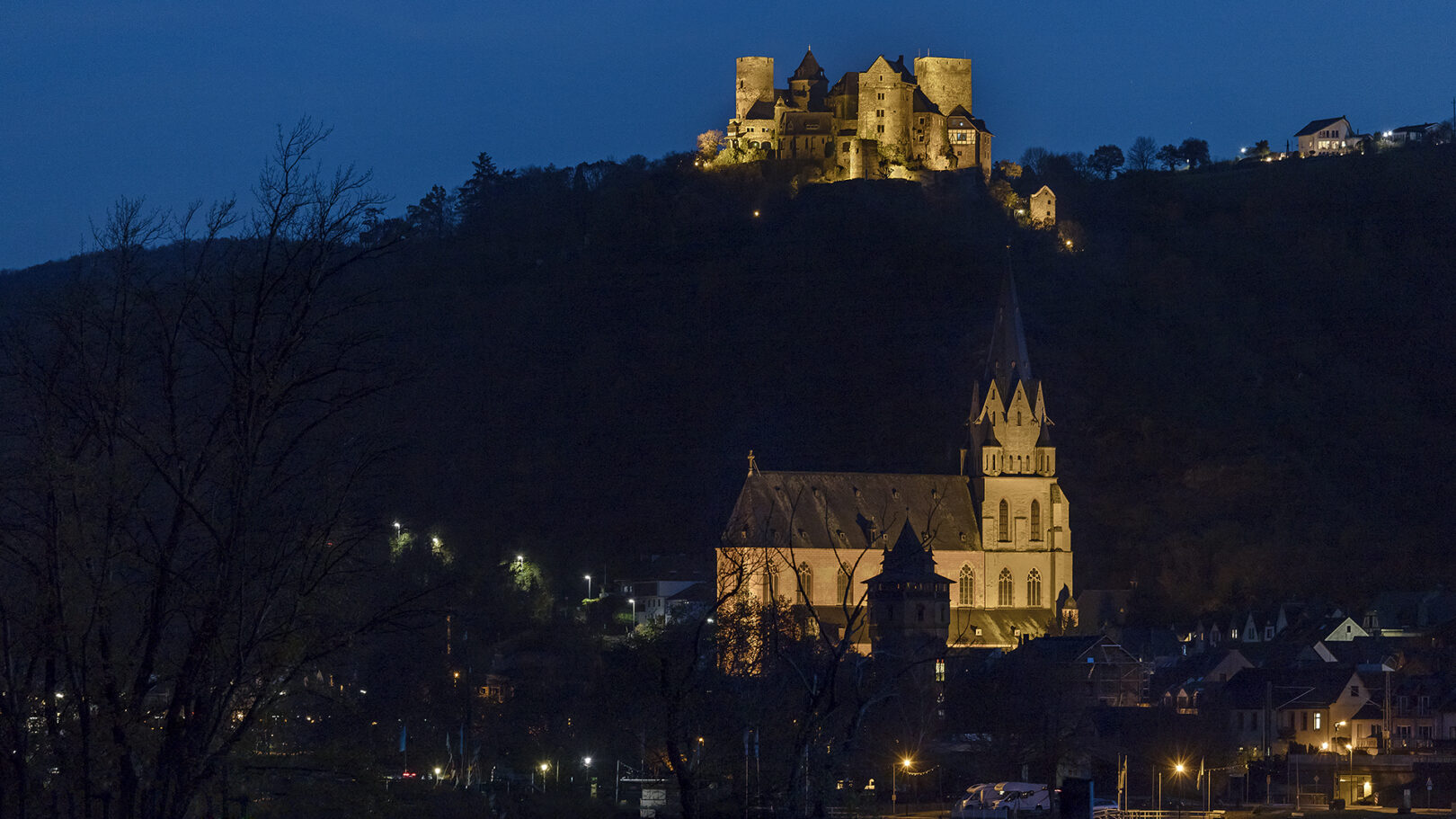
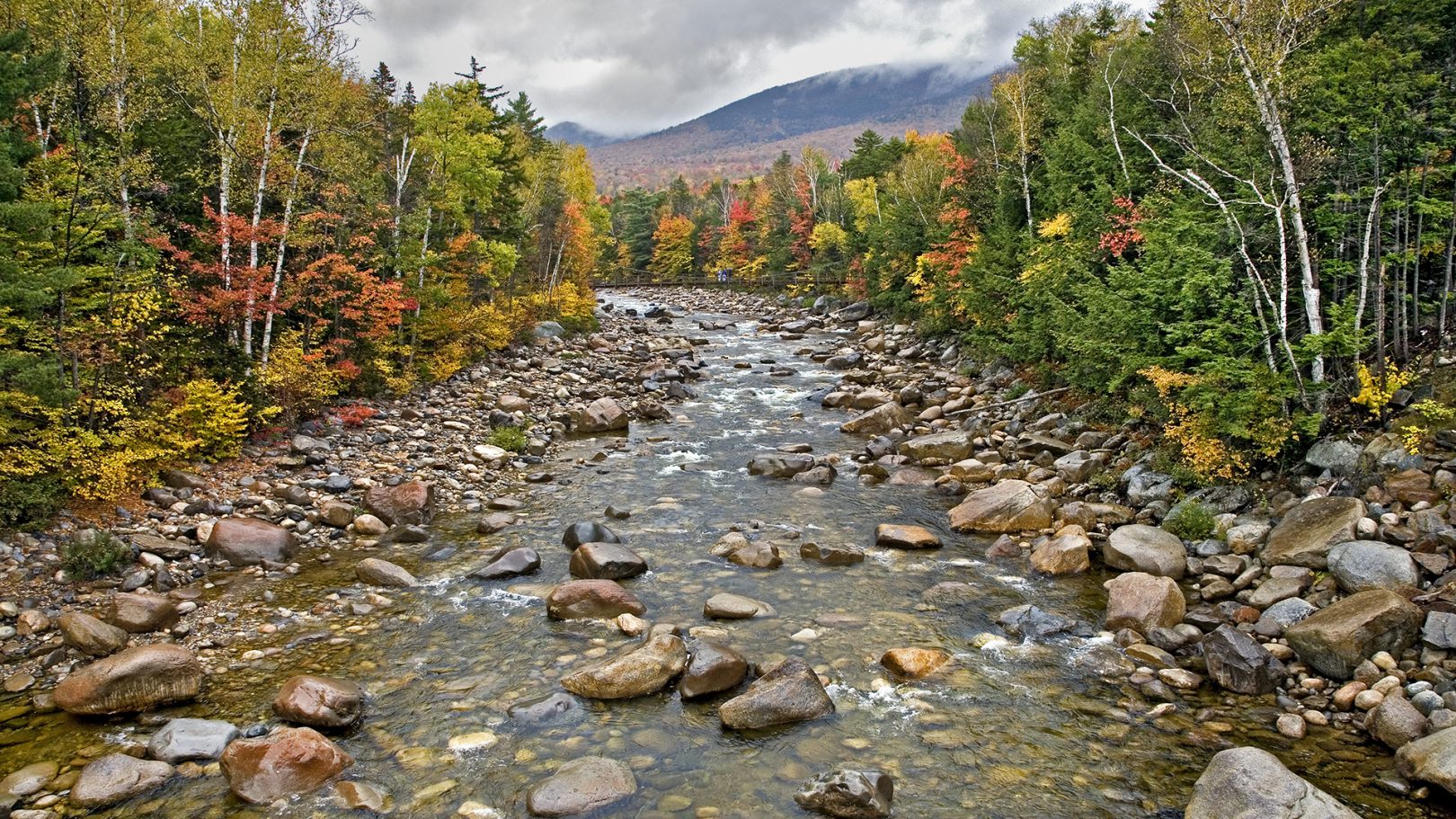
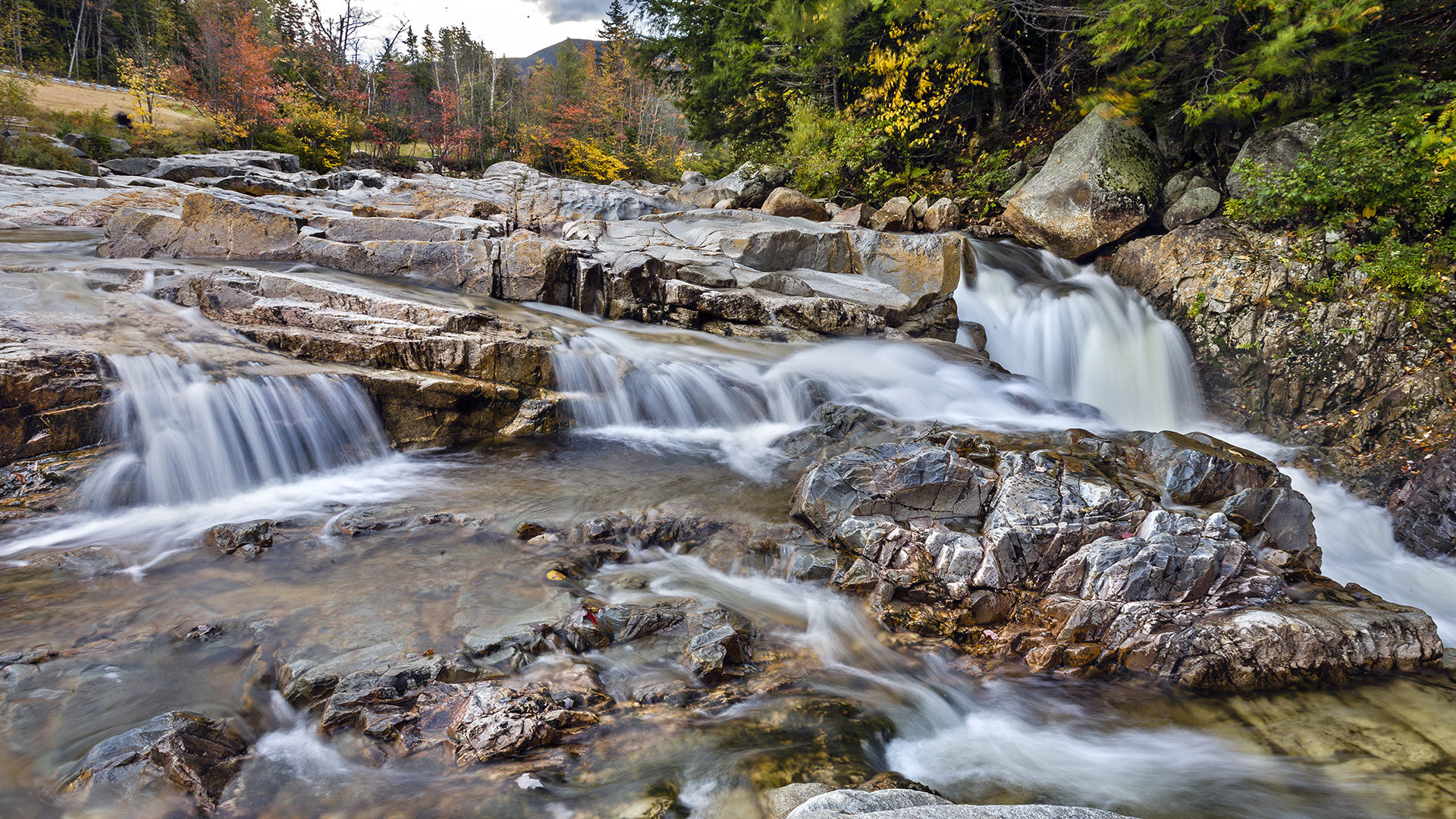

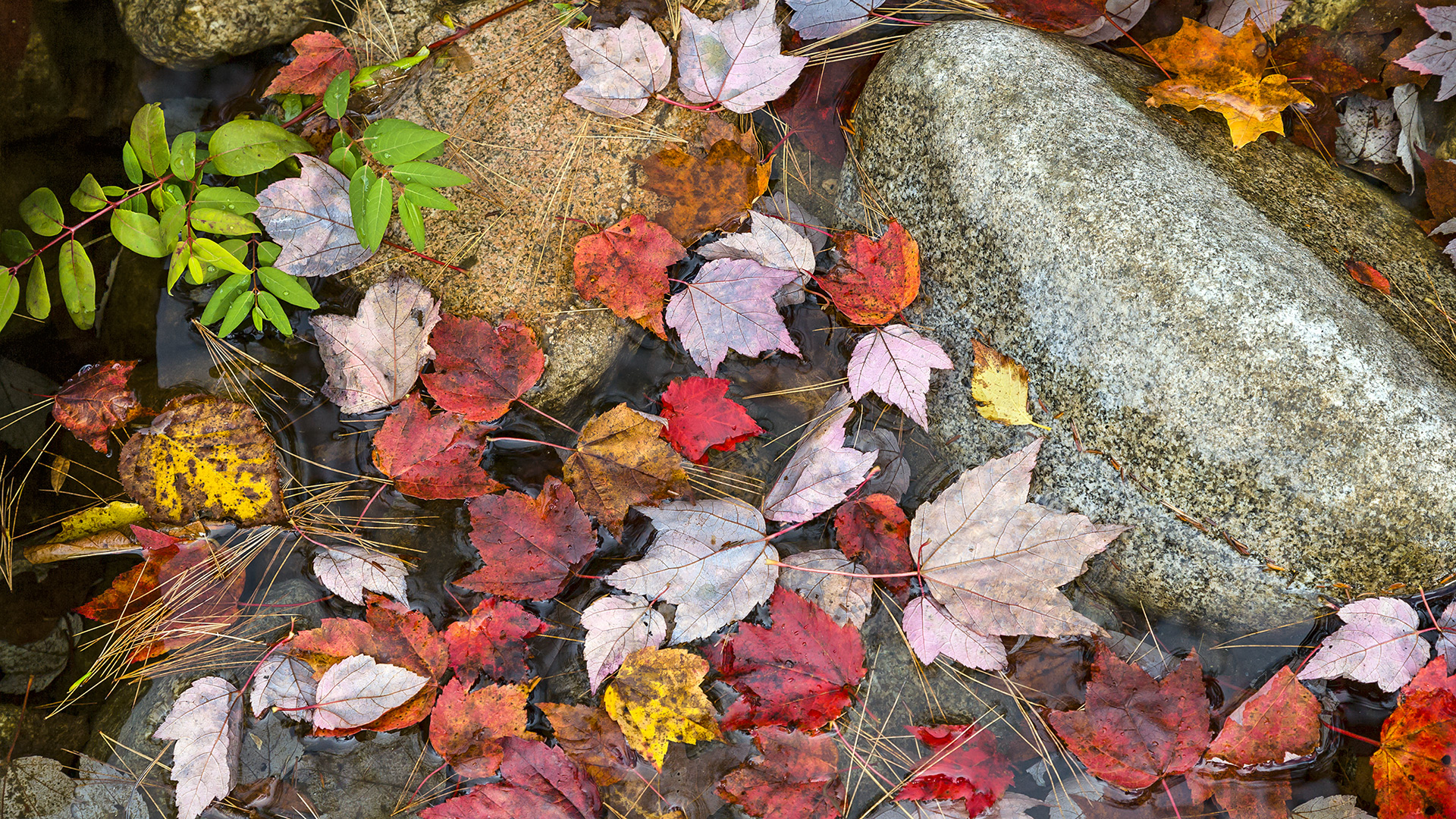

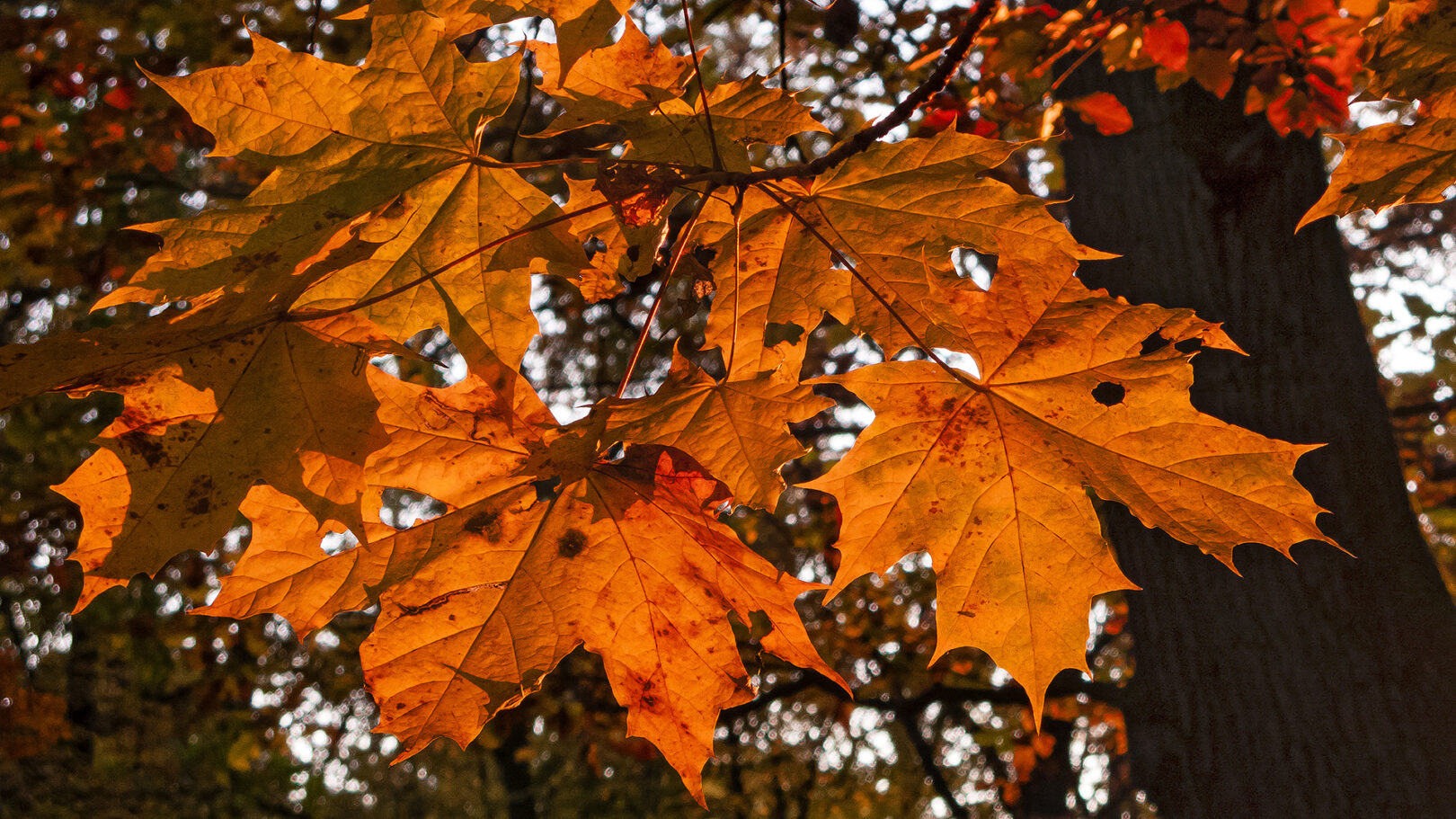
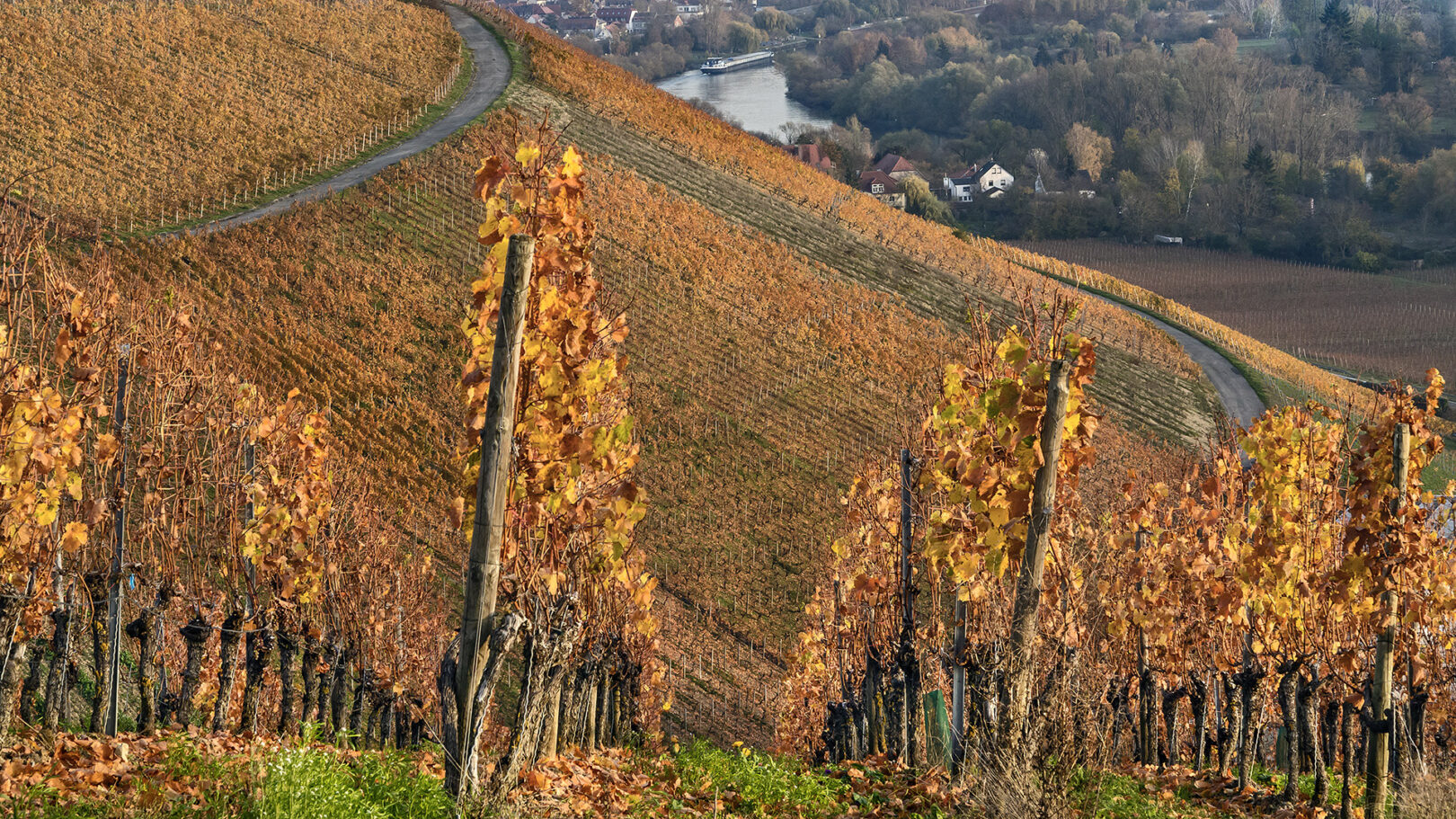
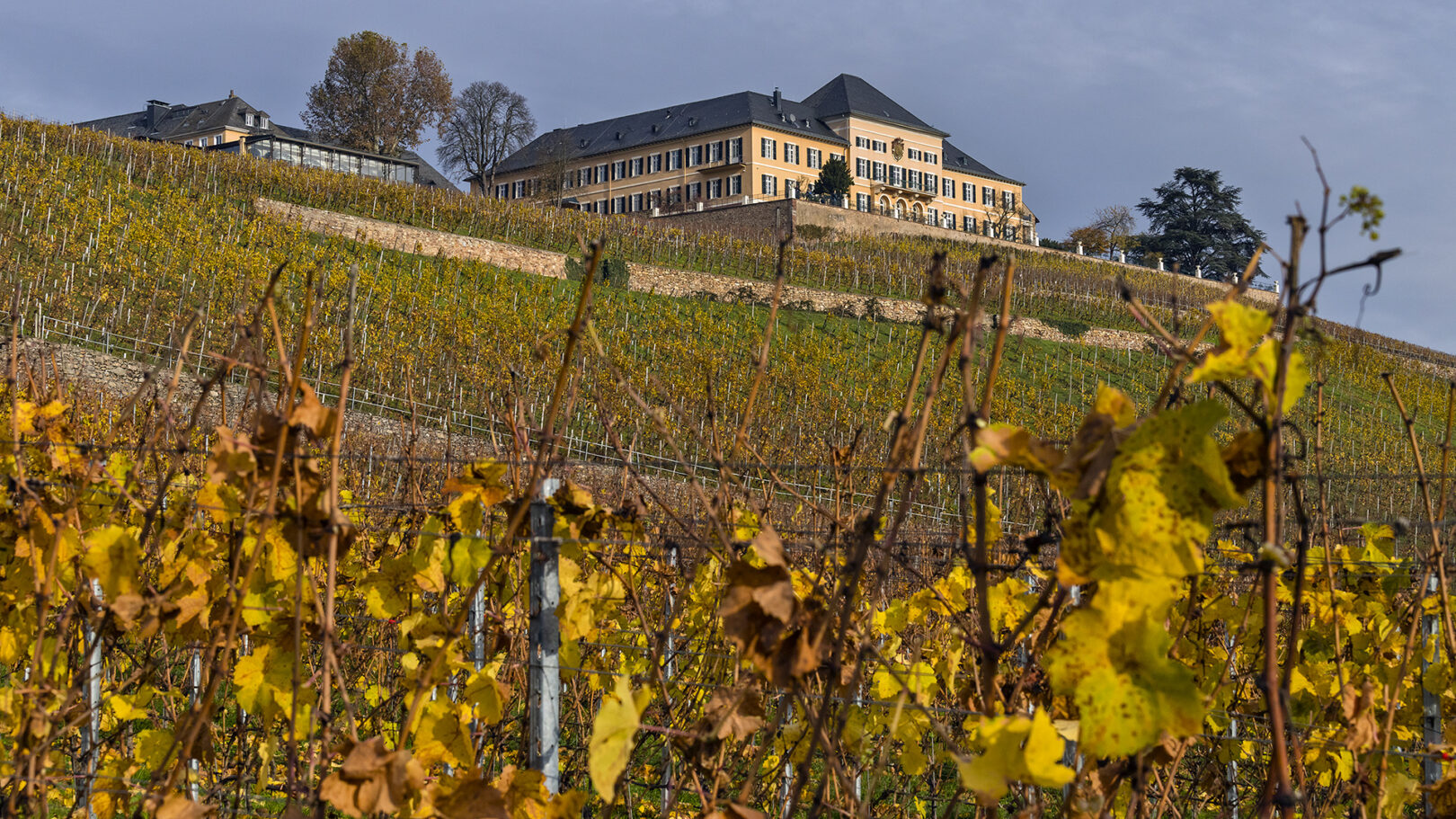
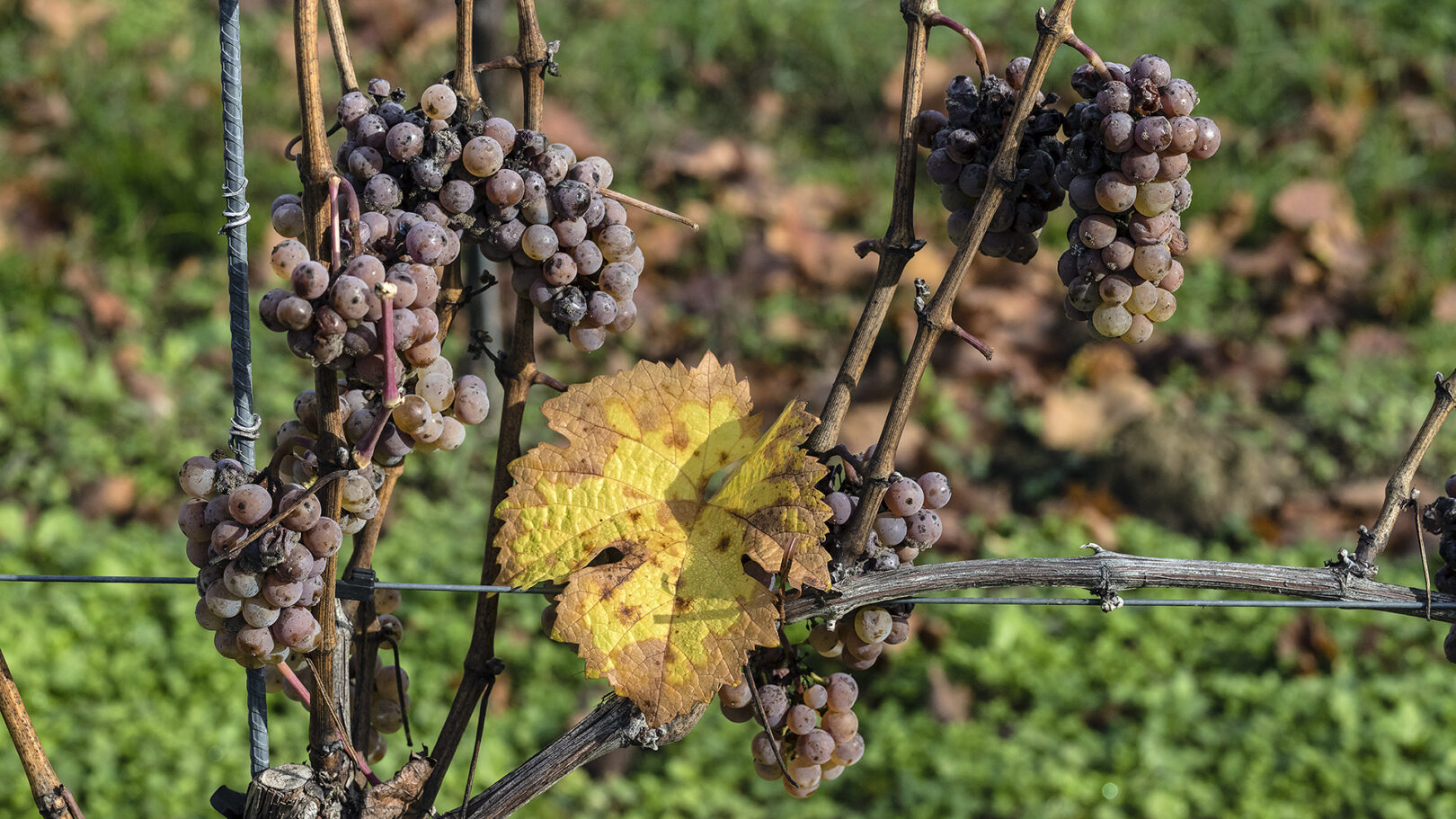
Eine häufig und in verschiedenen Varianten erzählte Geschichte besagt, dass die Bezeichnung “Spätlese”um 1775 im Rheingau entstand. Den Weingütern dort wurde damals die Leseerlaubnis von den Gemeinden vorgeschrieben. Eine Ausnahme bildete jedoch das Schlossgut Johannisberg, das zum Besitz des Bistums Fulda gehörte. Die Johannisberger Mönche mussten die Erlaubnis zur Weinlese direkt vom Fuldaer Fürstbischof einholen. Sie schickten deshalb 1775 einen berittenen Boten nach Fulda, doch in jenem Jahr verspätete sich die Rückkehr des Boten aus unbekannten Gründen (je nach Erzählstrang werden dafür drei verschiedene Gründe angeführt). Die Trauben waren währenddessen von der Grauschimmelfäule (Botrytis cinerea) befallen worden. Obwohl sie die Ernte für verloren hielten, brachten die Mönche die Trauben ein und kelterten sie. Als sie im darauffolgenden Frühjahr den jungen Wein verkosteten, waren sie von dessen hervorragender Qualität überrascht. Die Bezeichnung Spätlese wurde daraufhin für besonders hochwertige Weine üblich, und nebenbei hatte man die positiven Effekte der Edelfäule, des Befalls durch diesen Schimmelpilz, entdeckt.
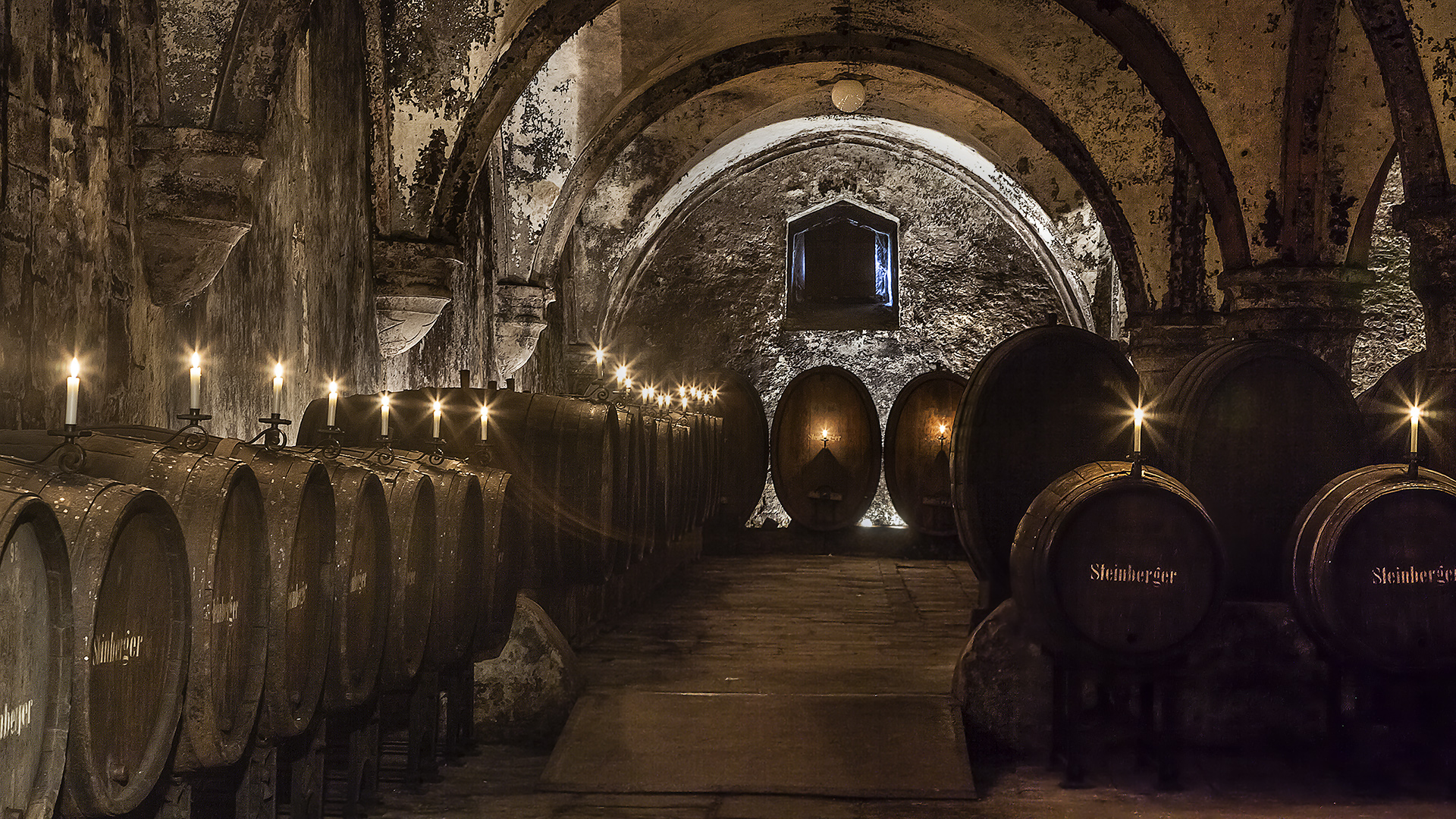
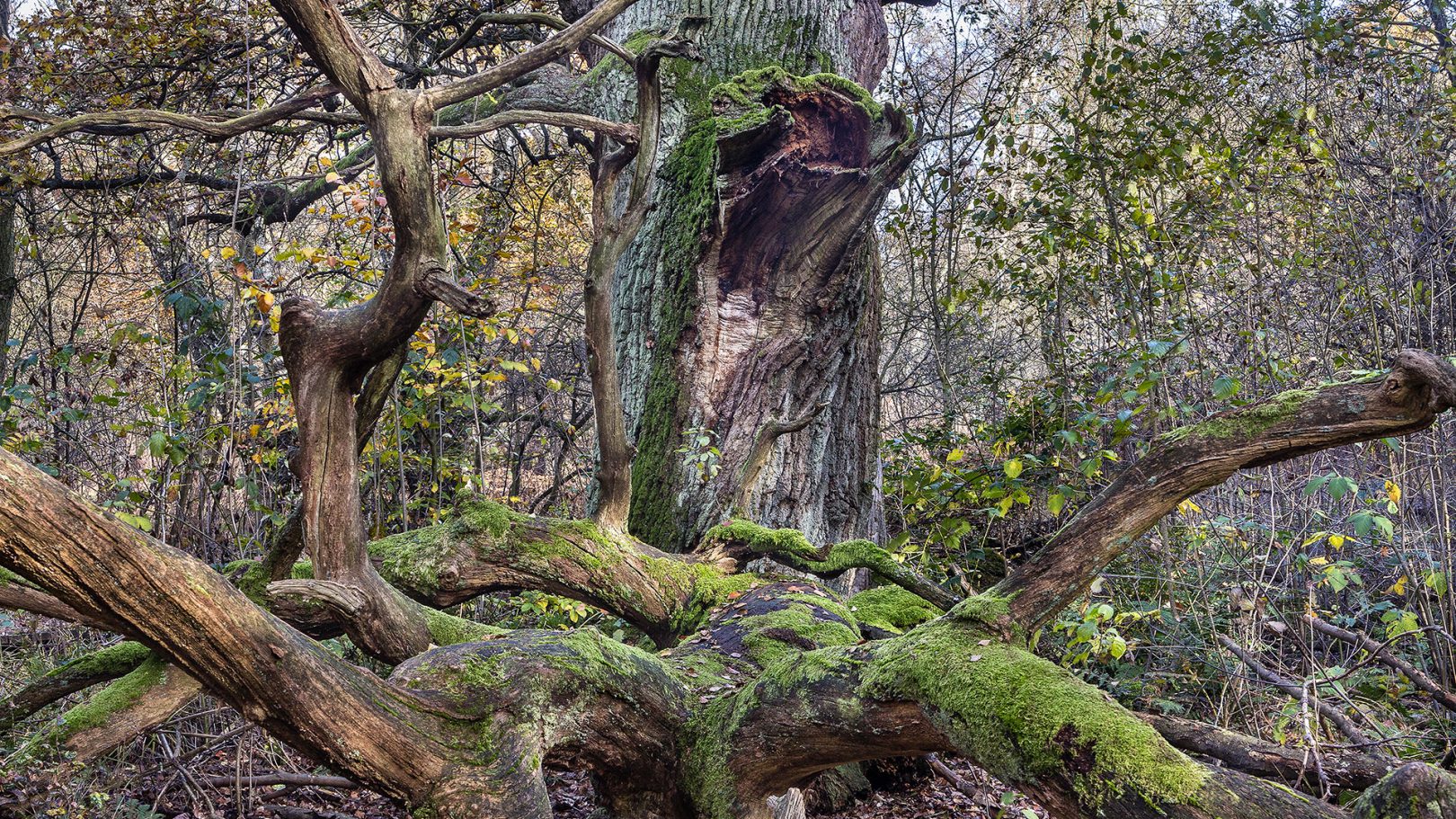
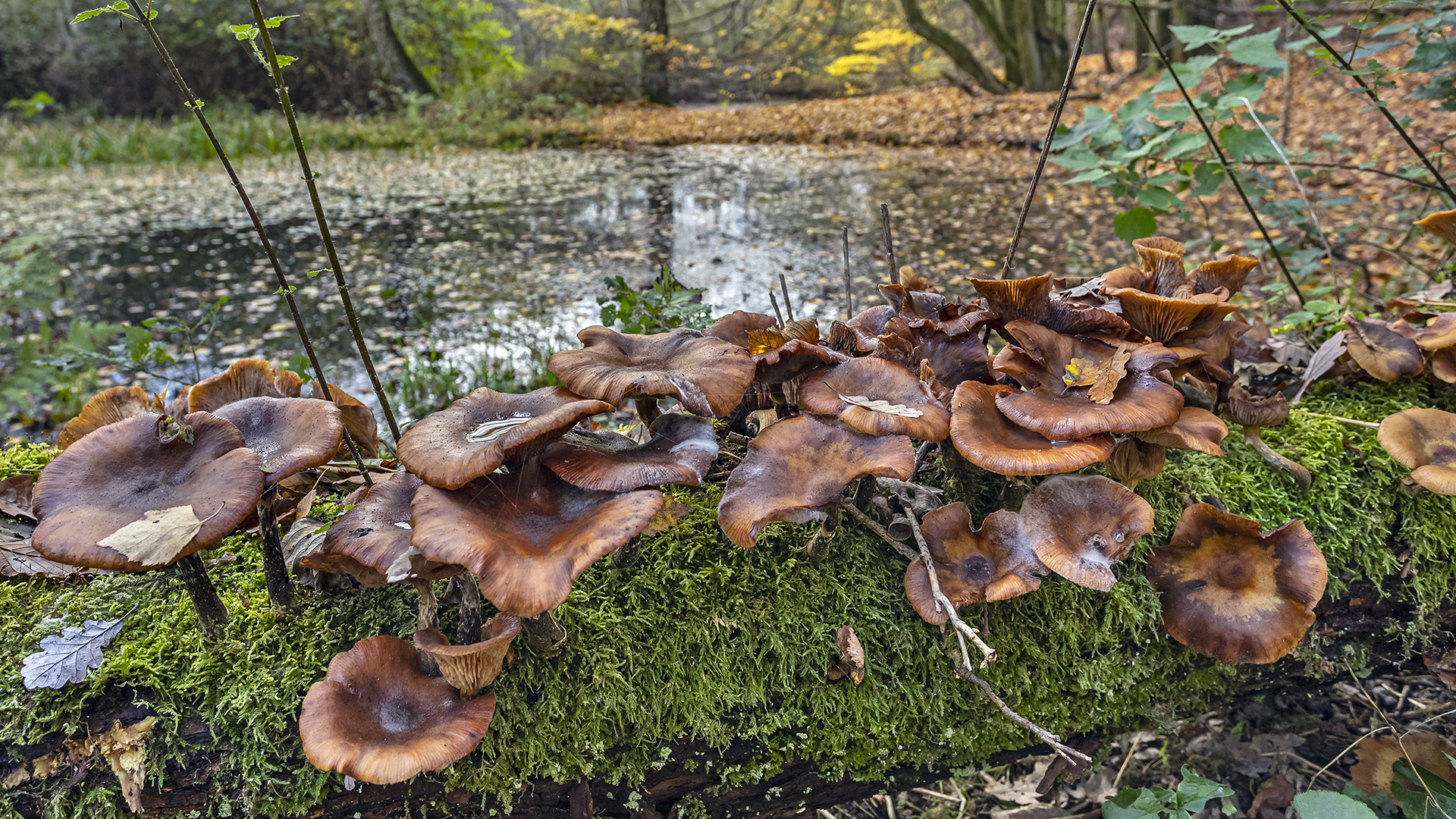
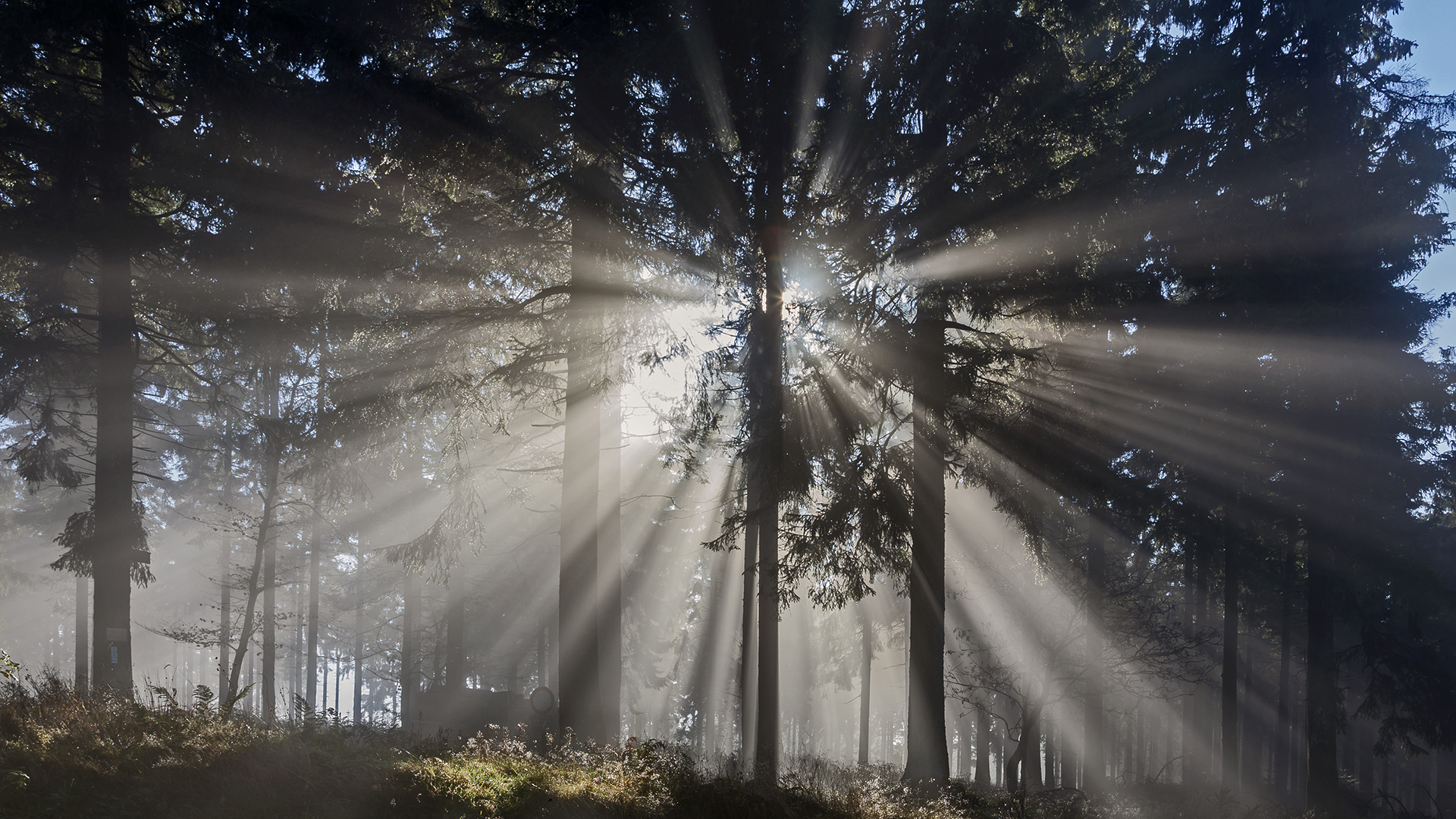
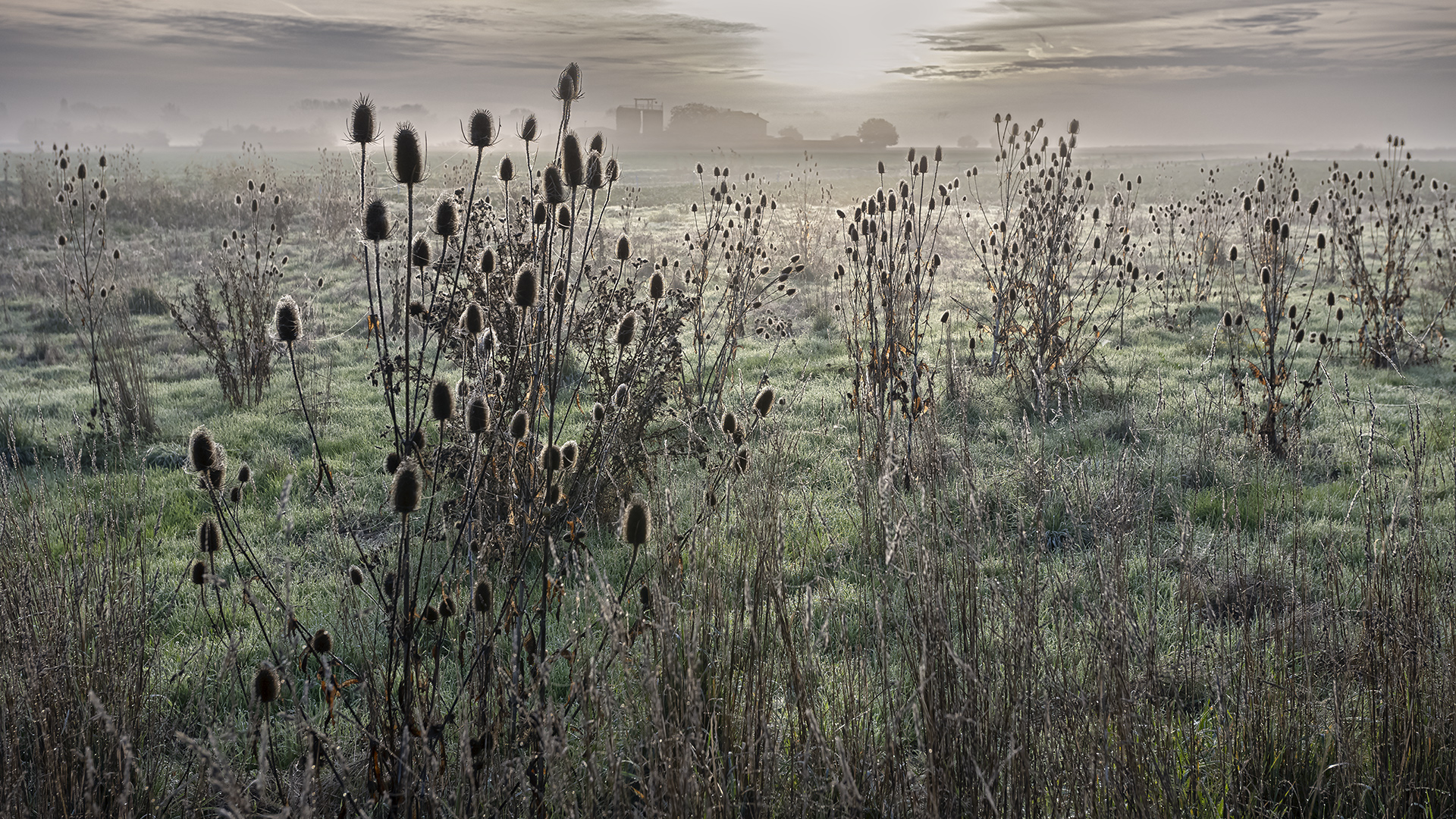
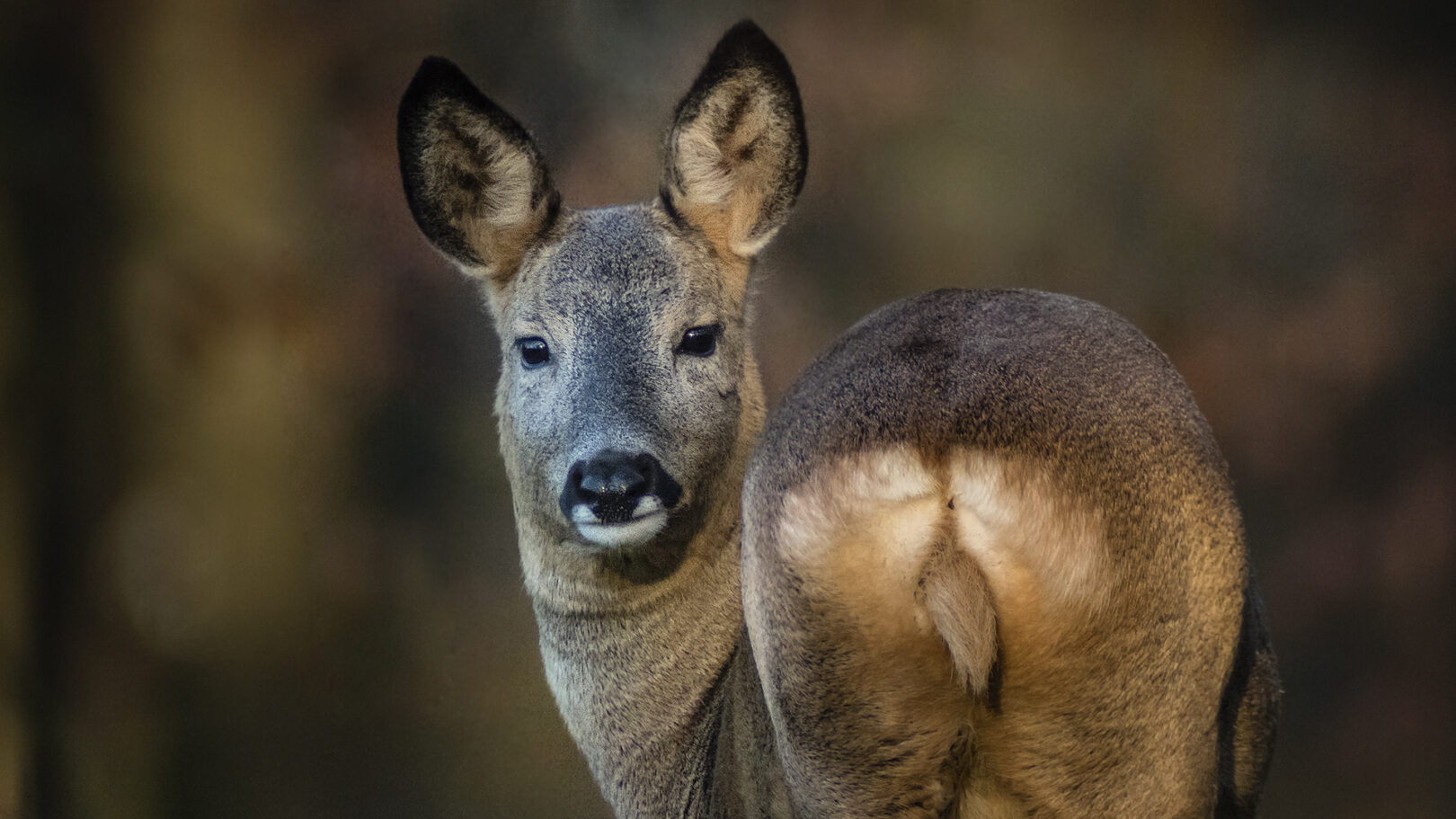
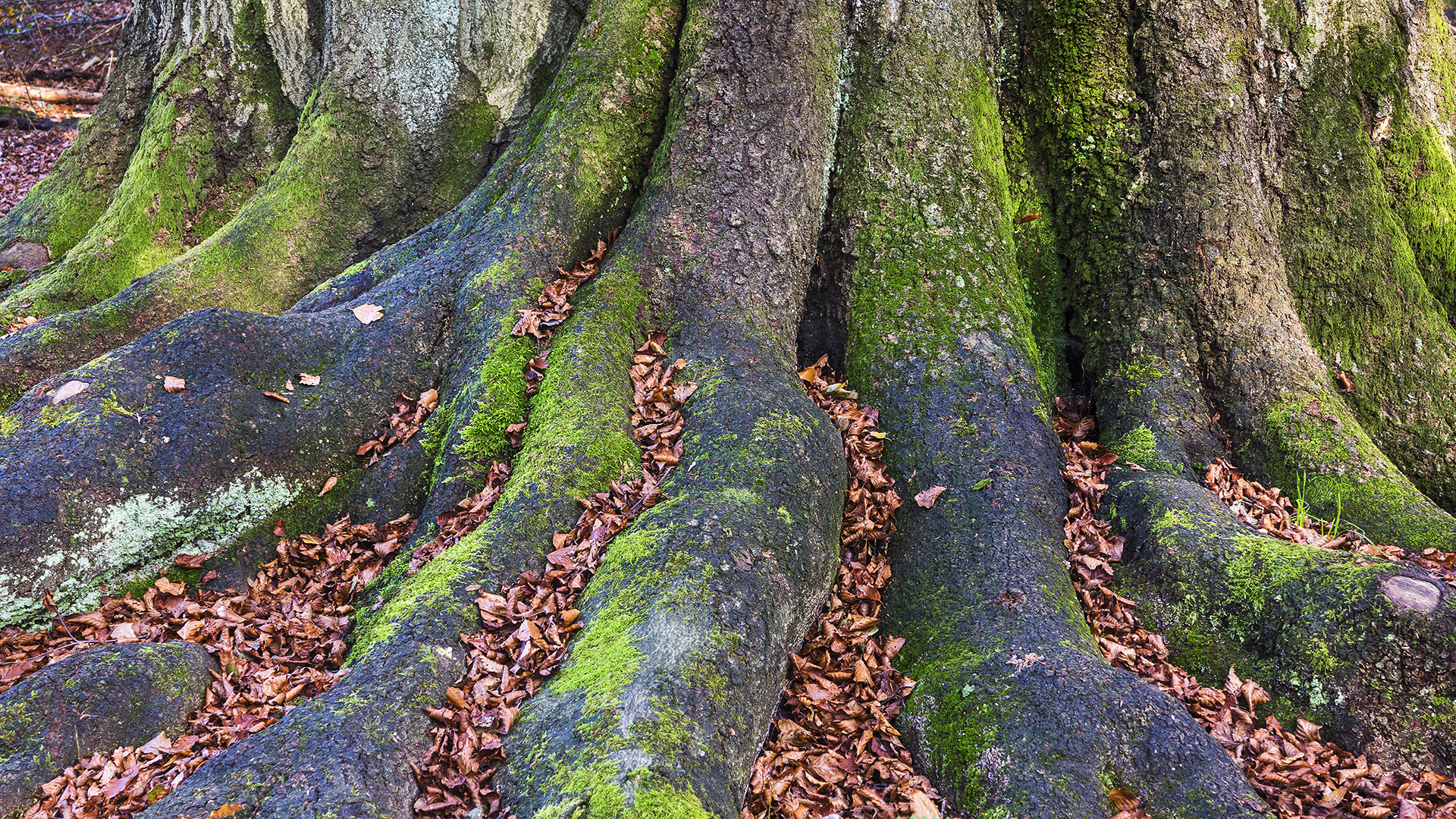
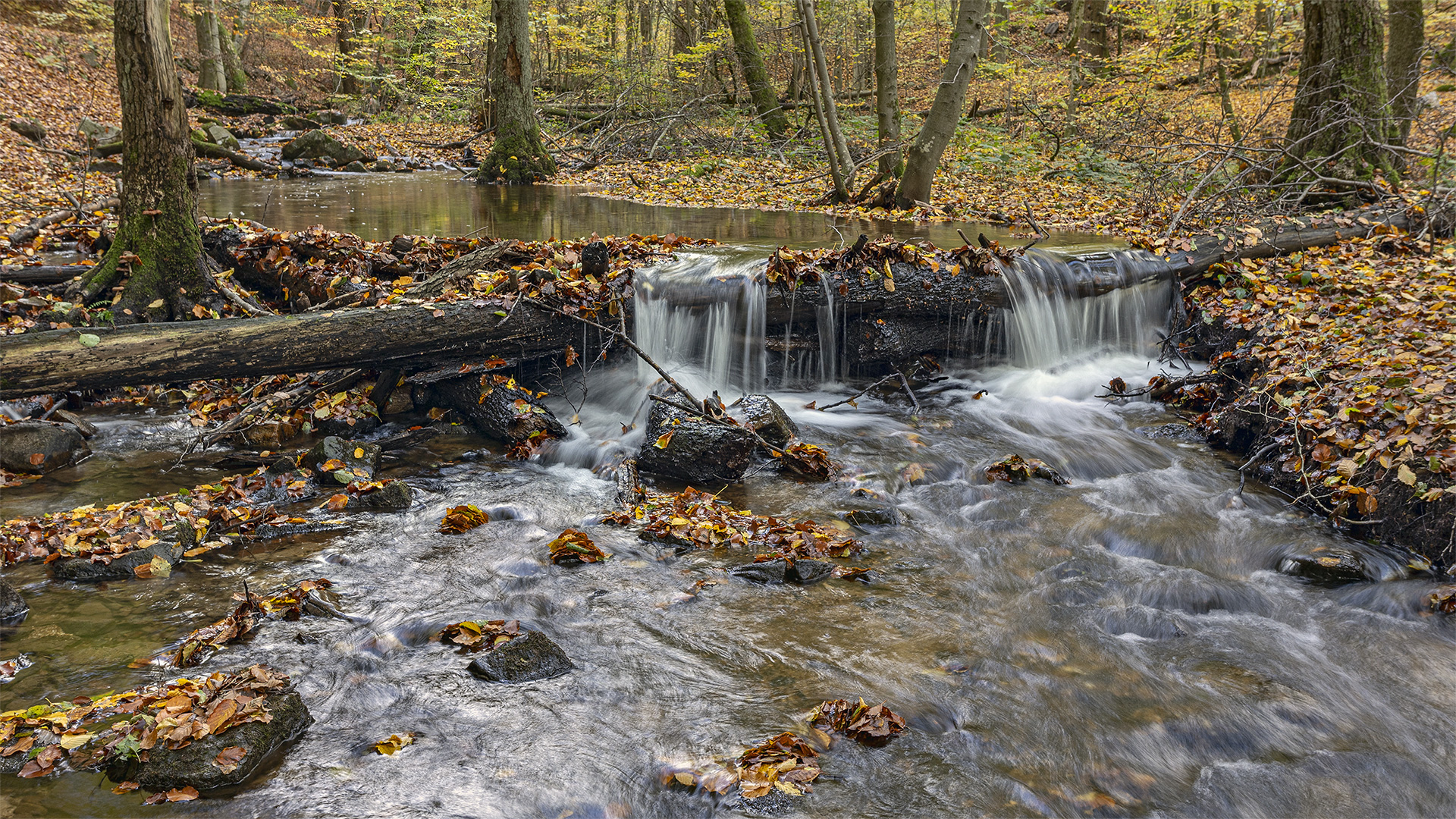
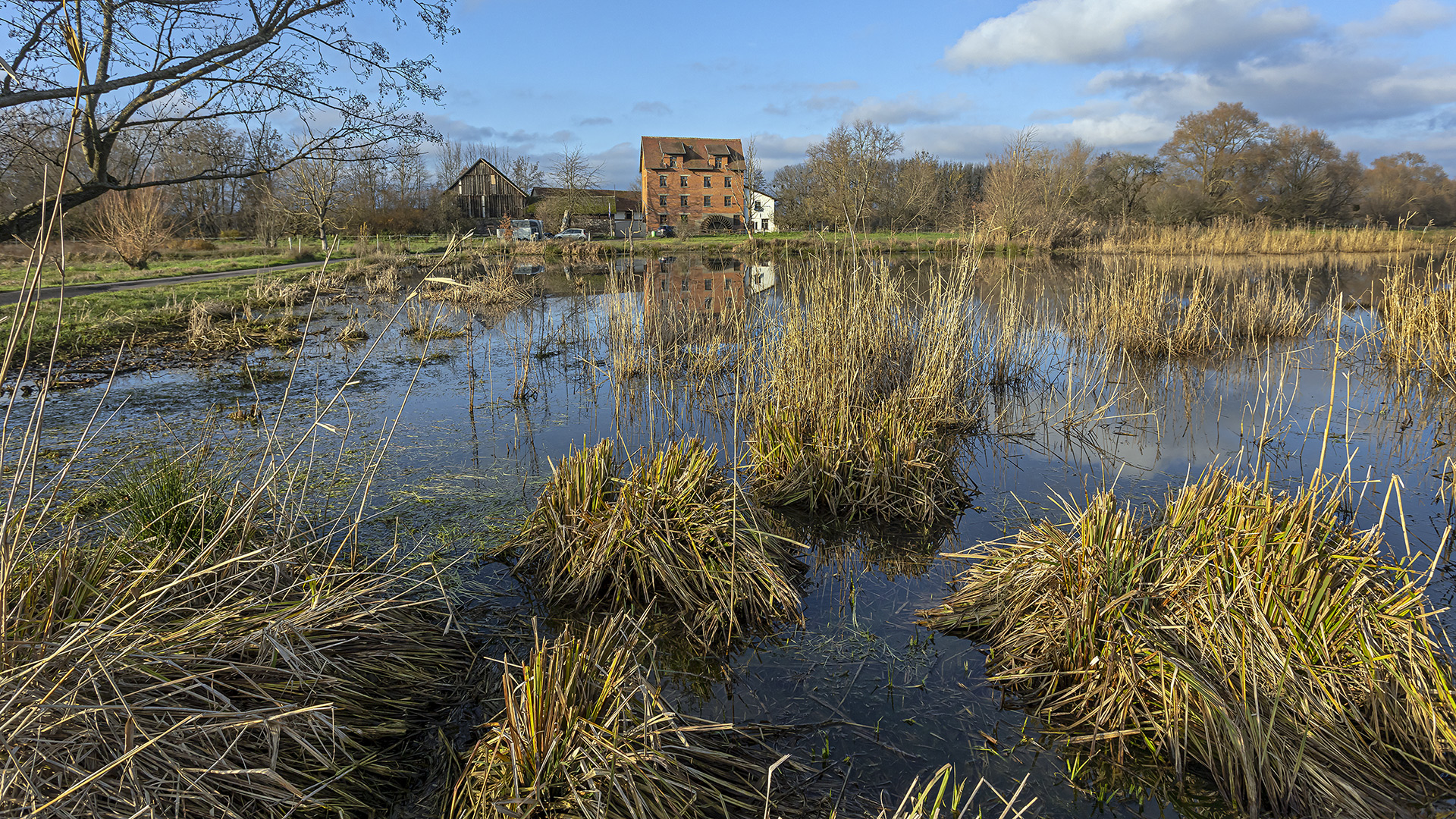
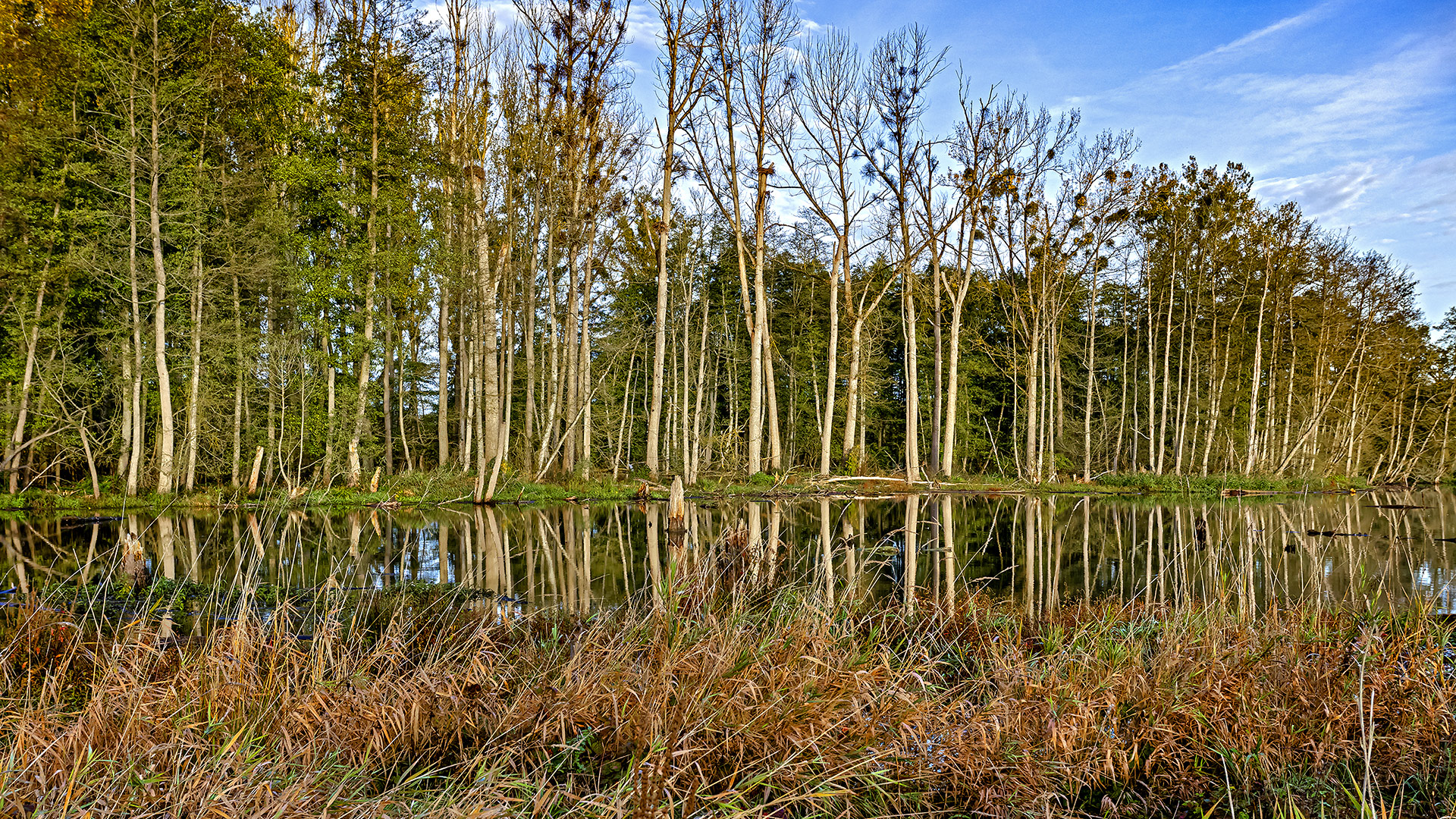
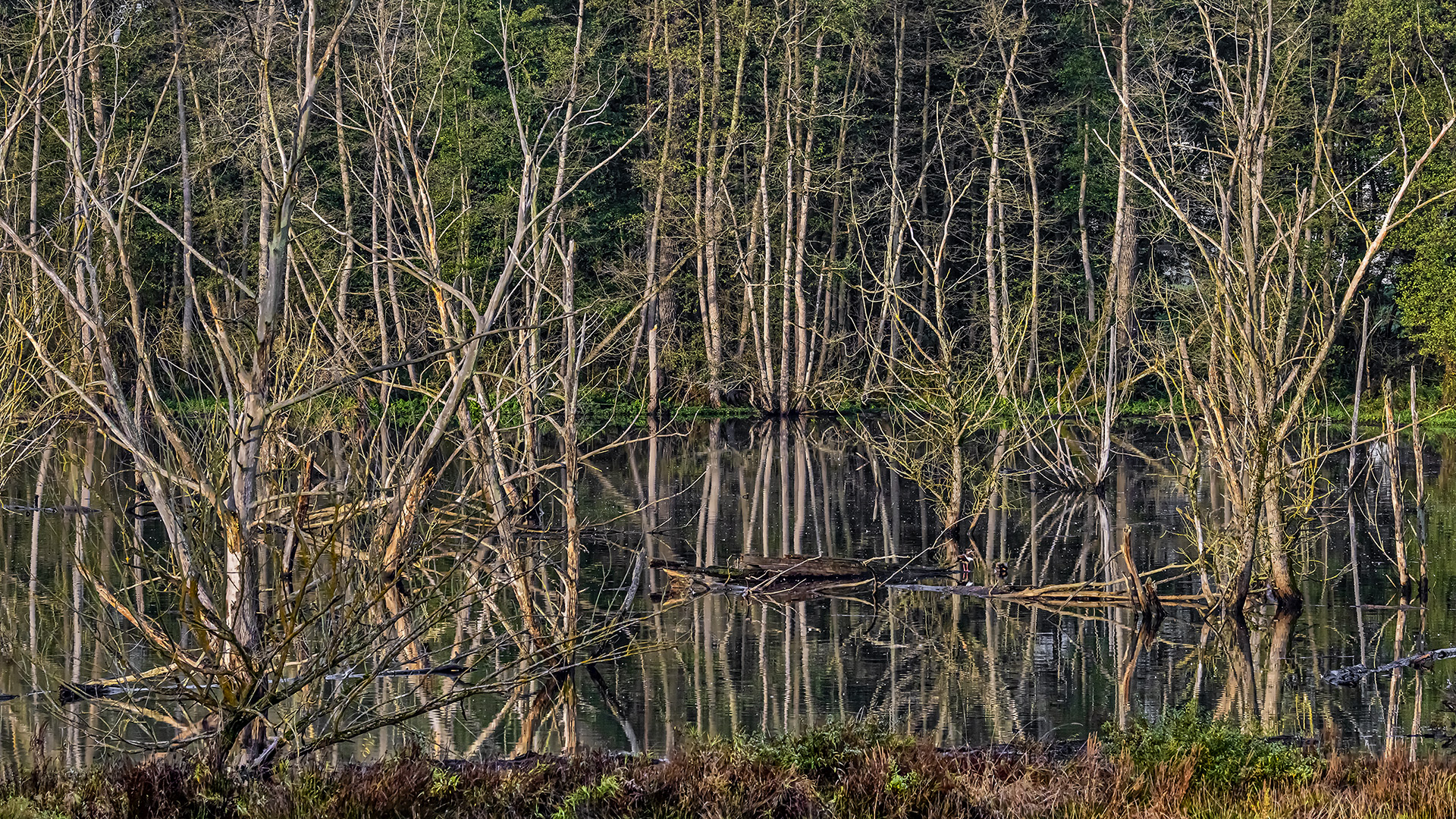
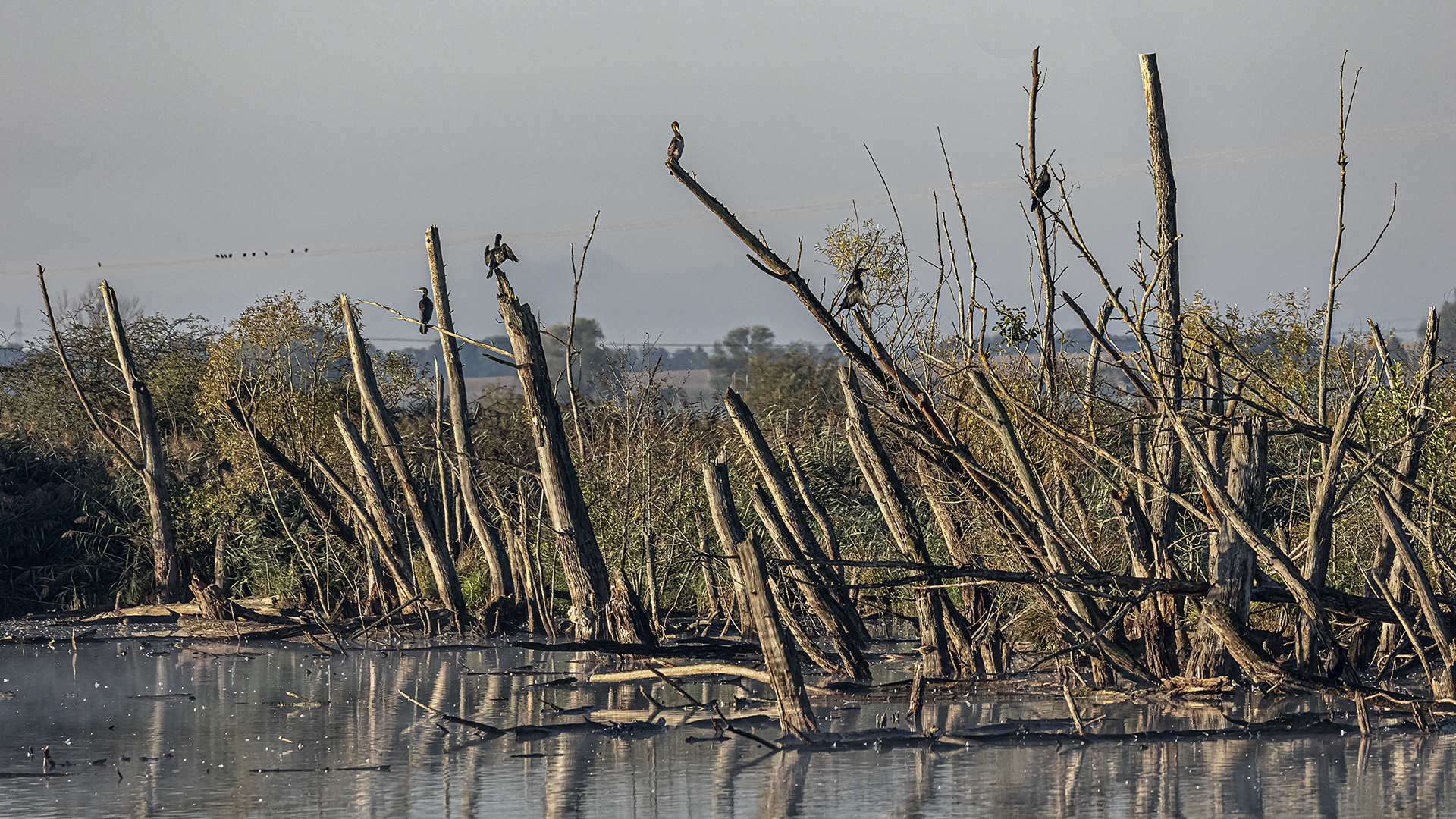
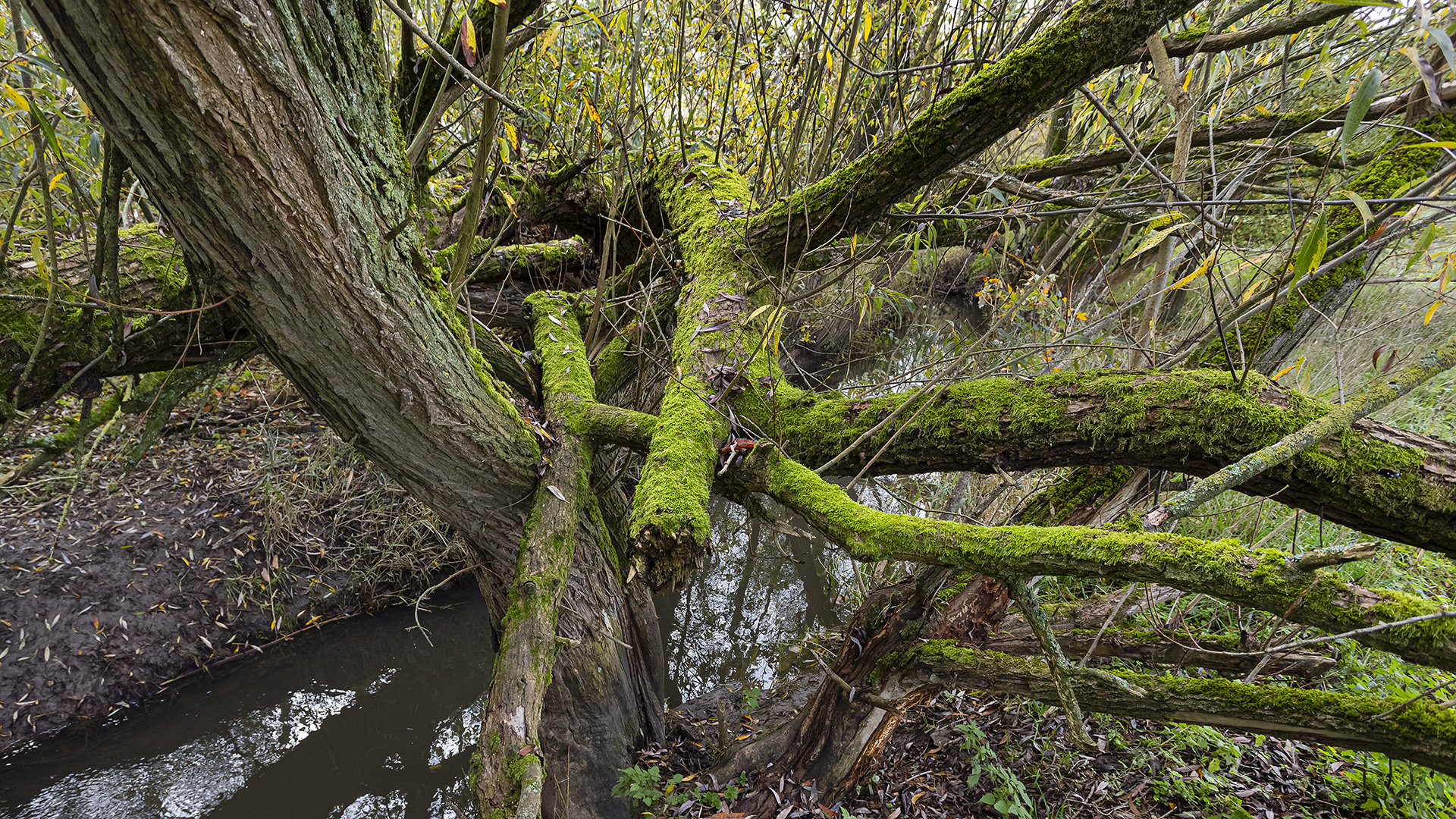
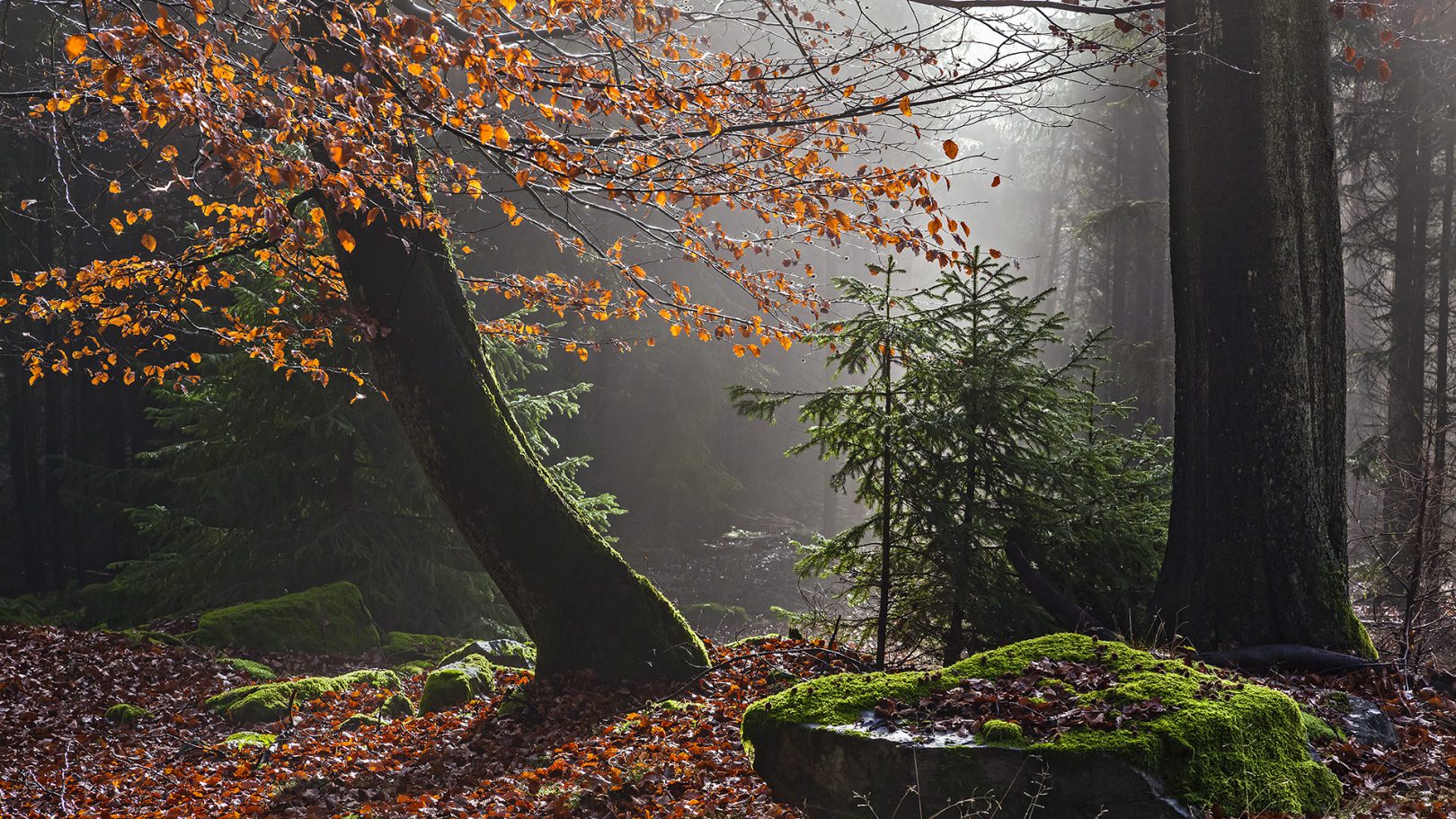
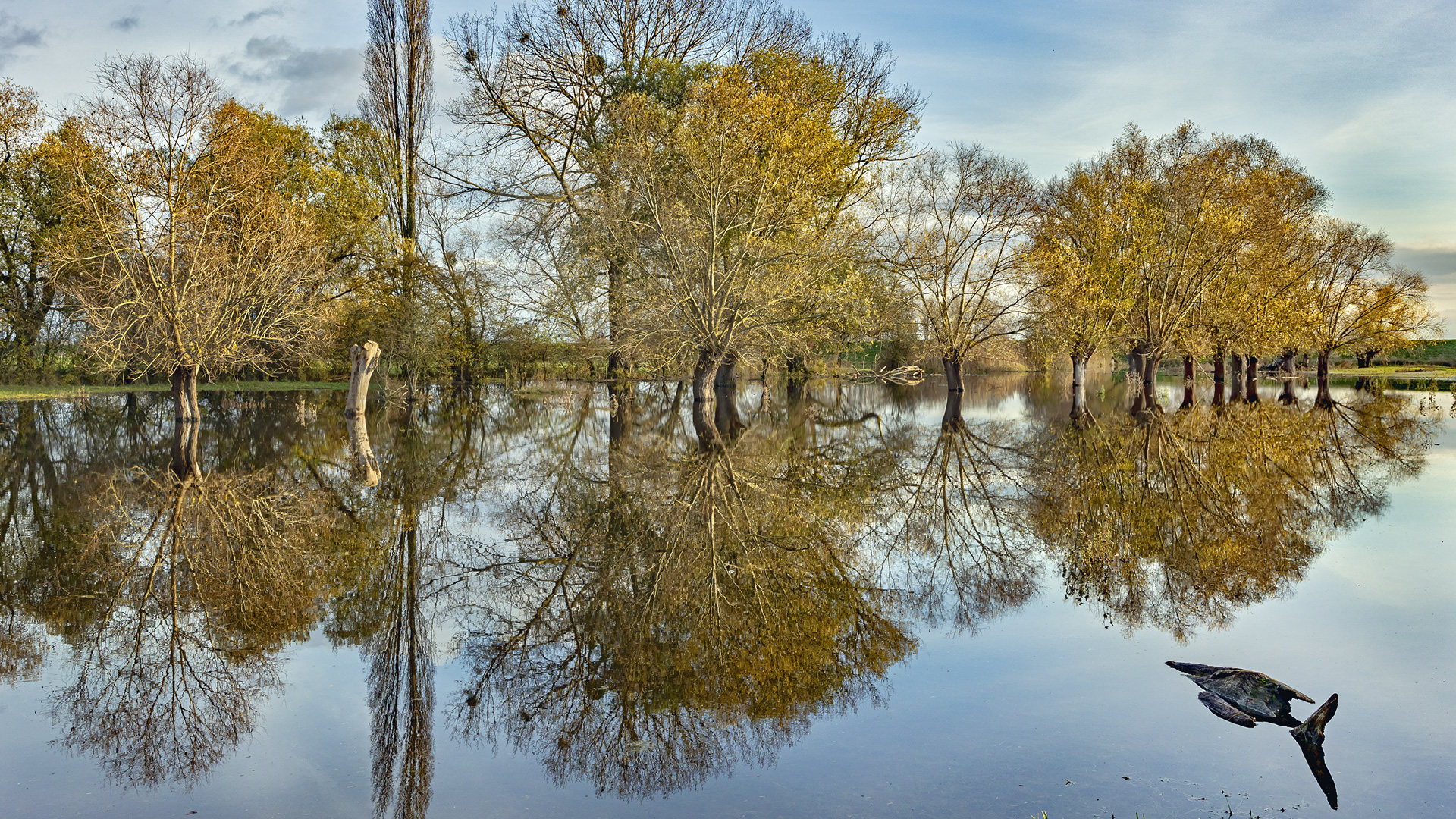
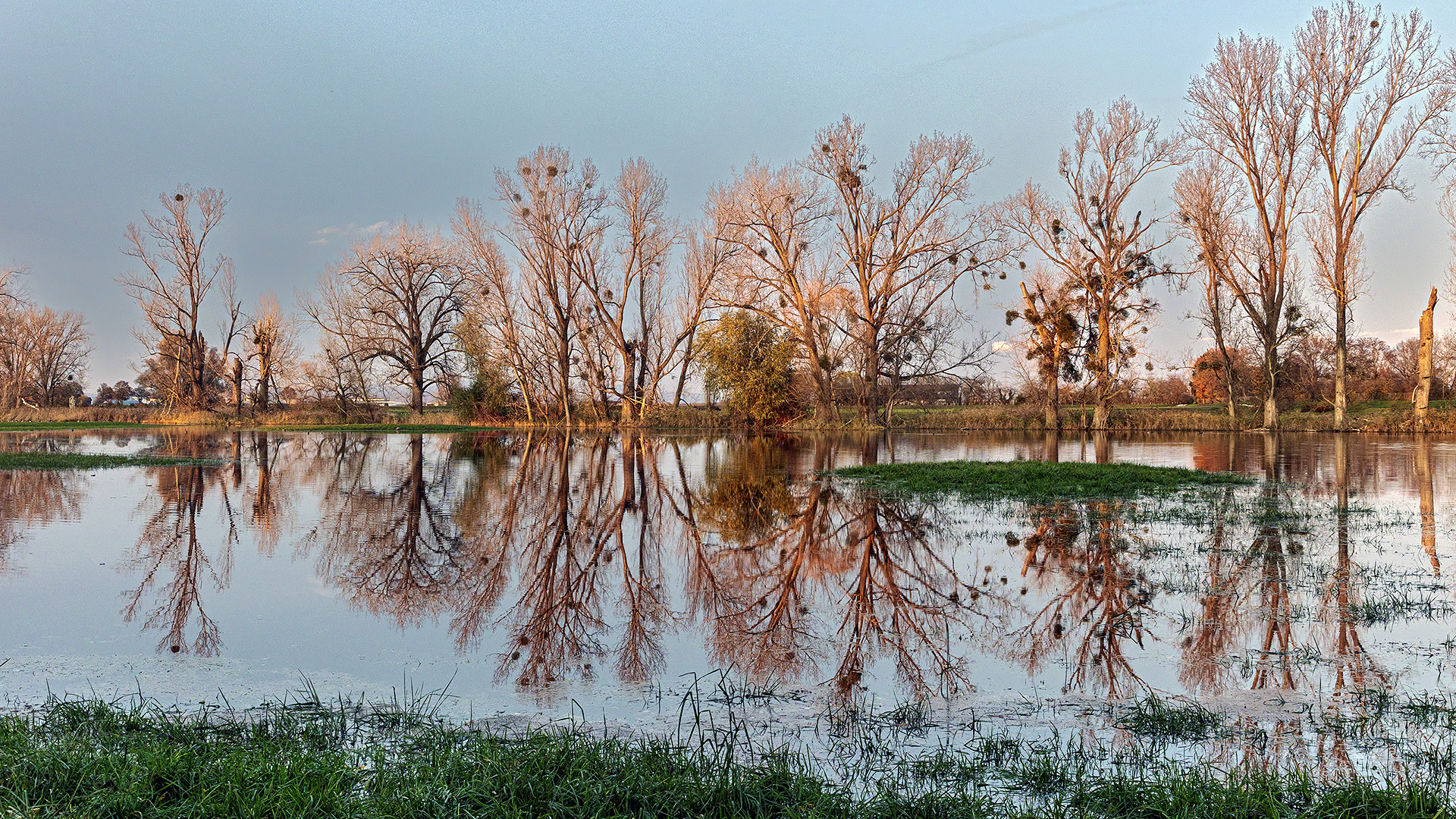
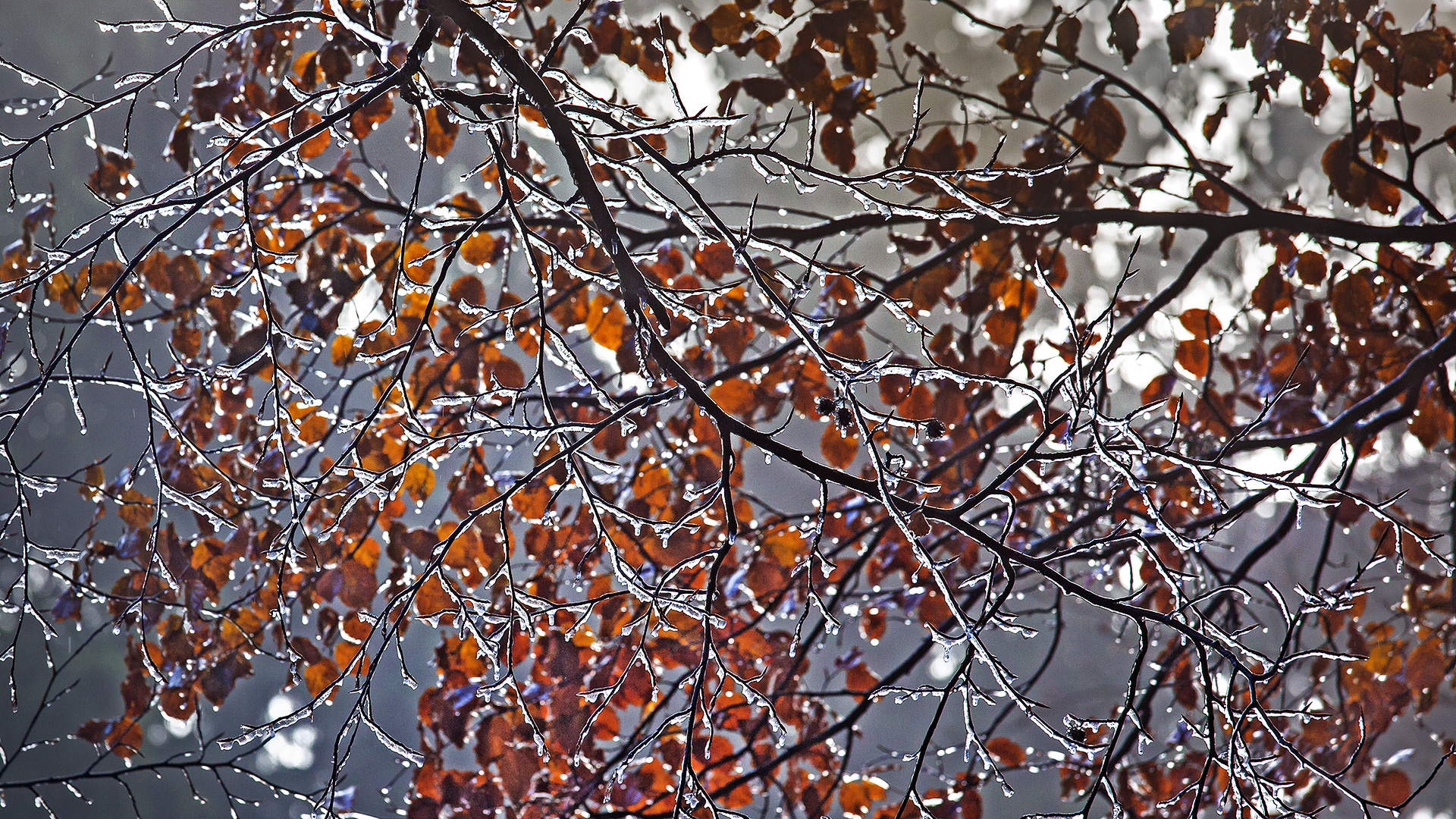
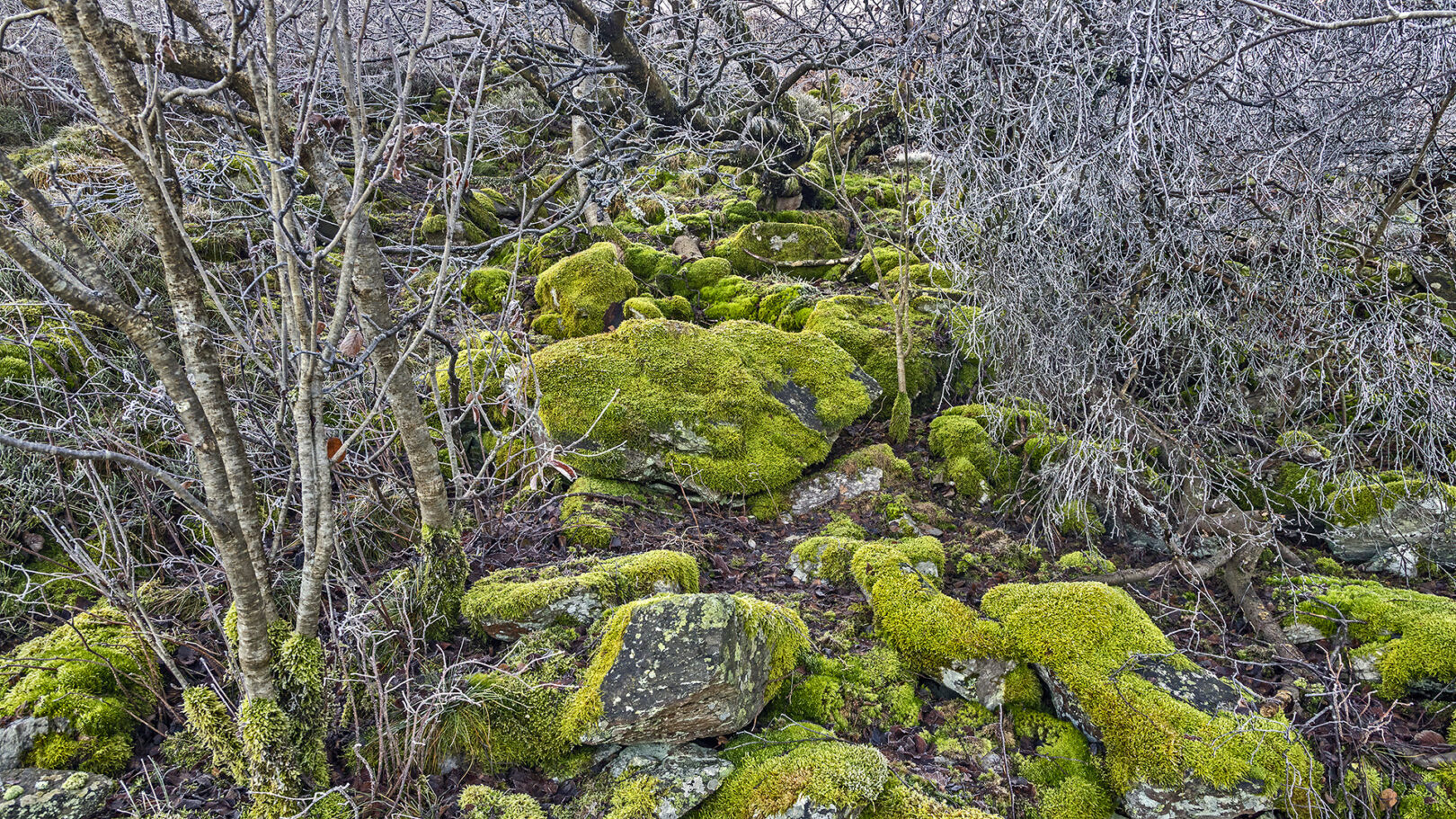

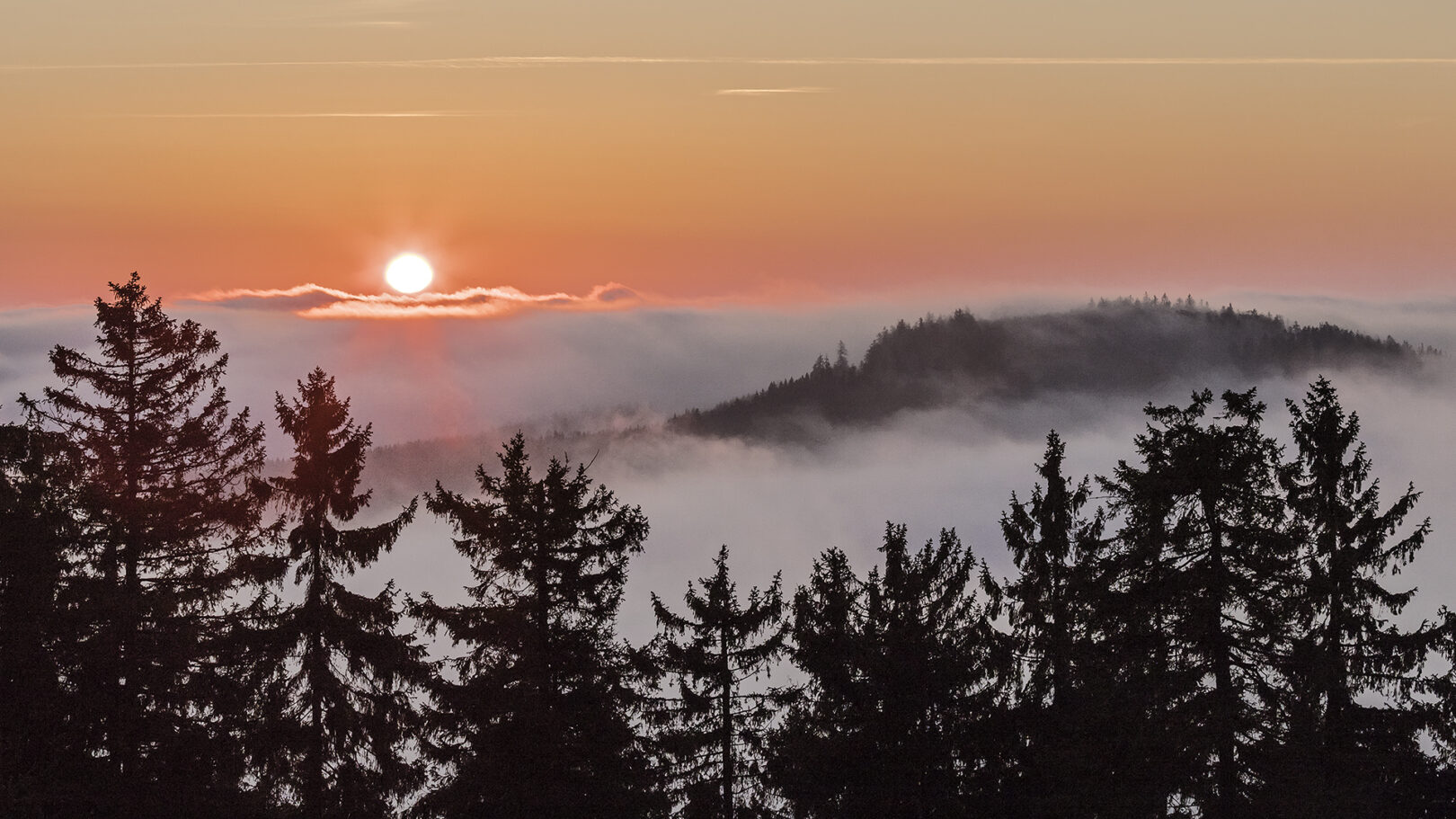
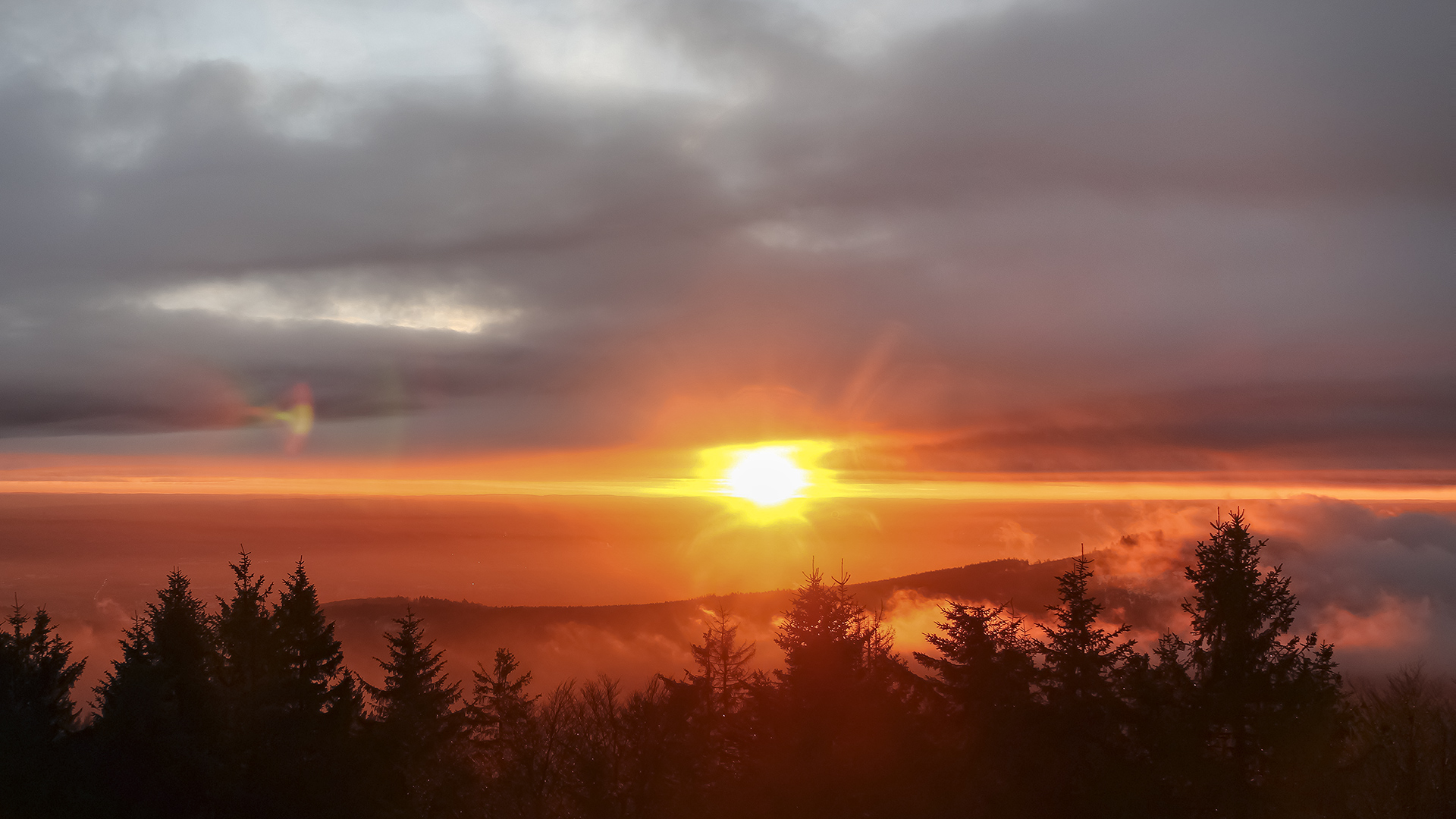
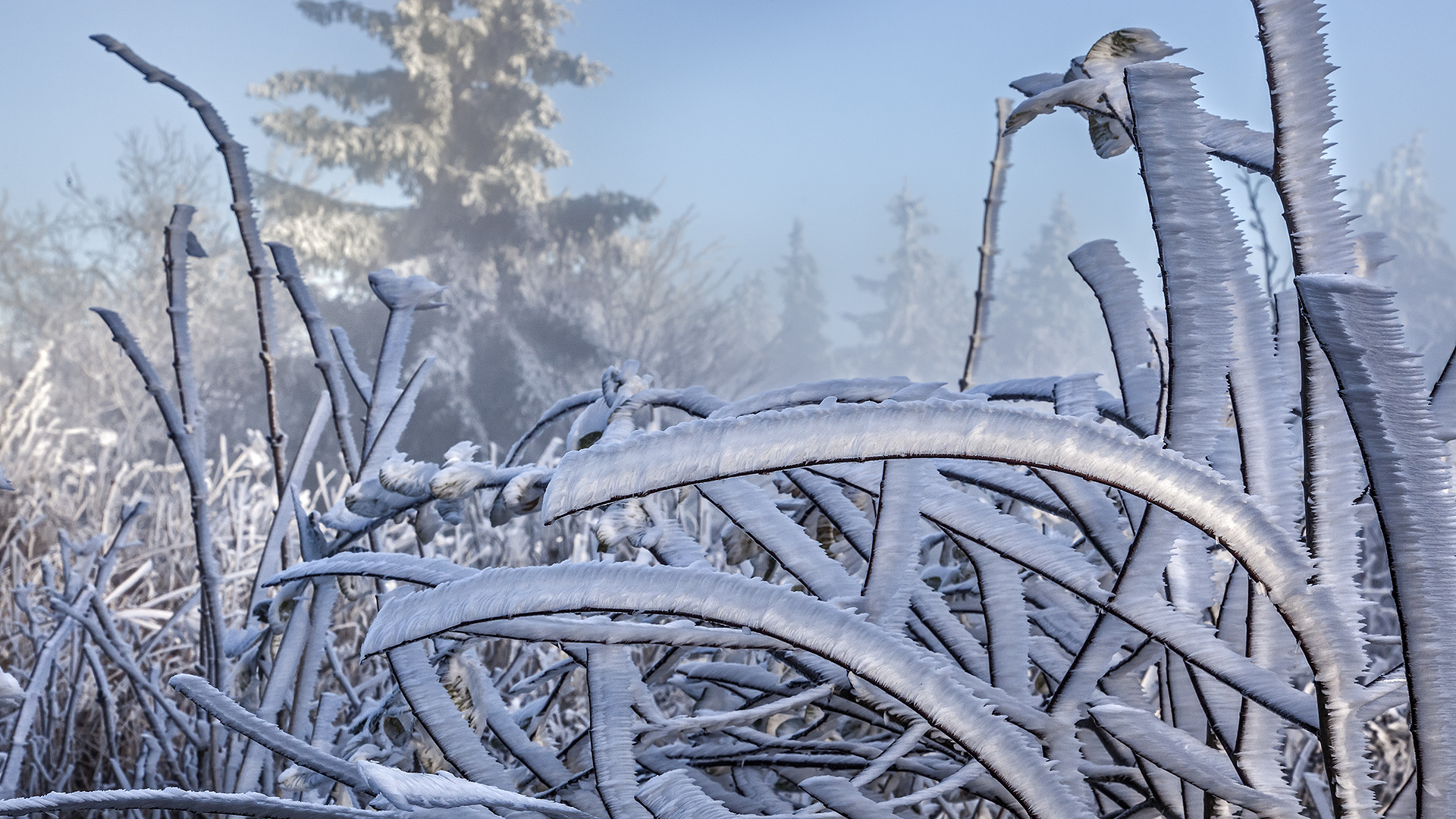
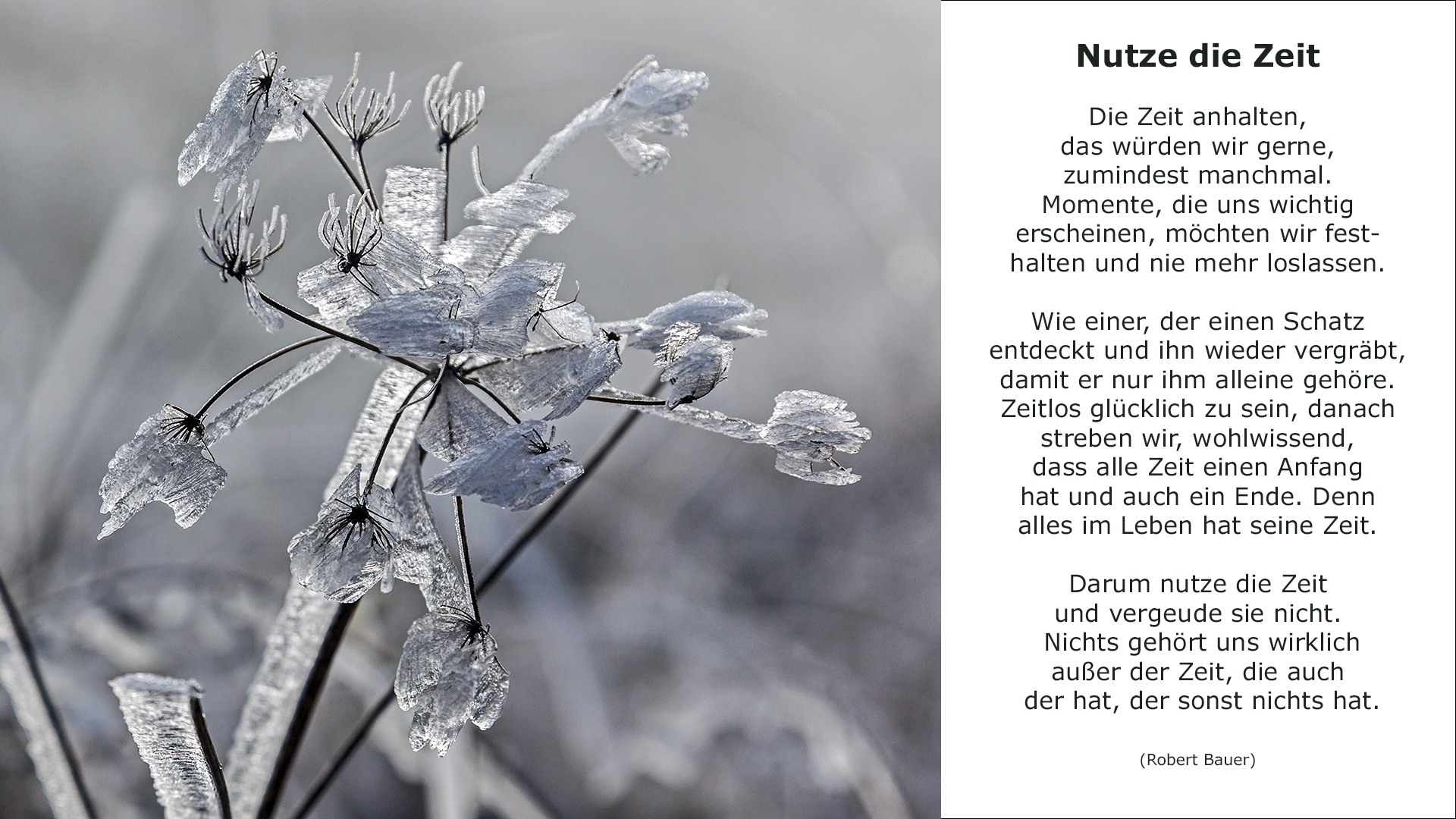
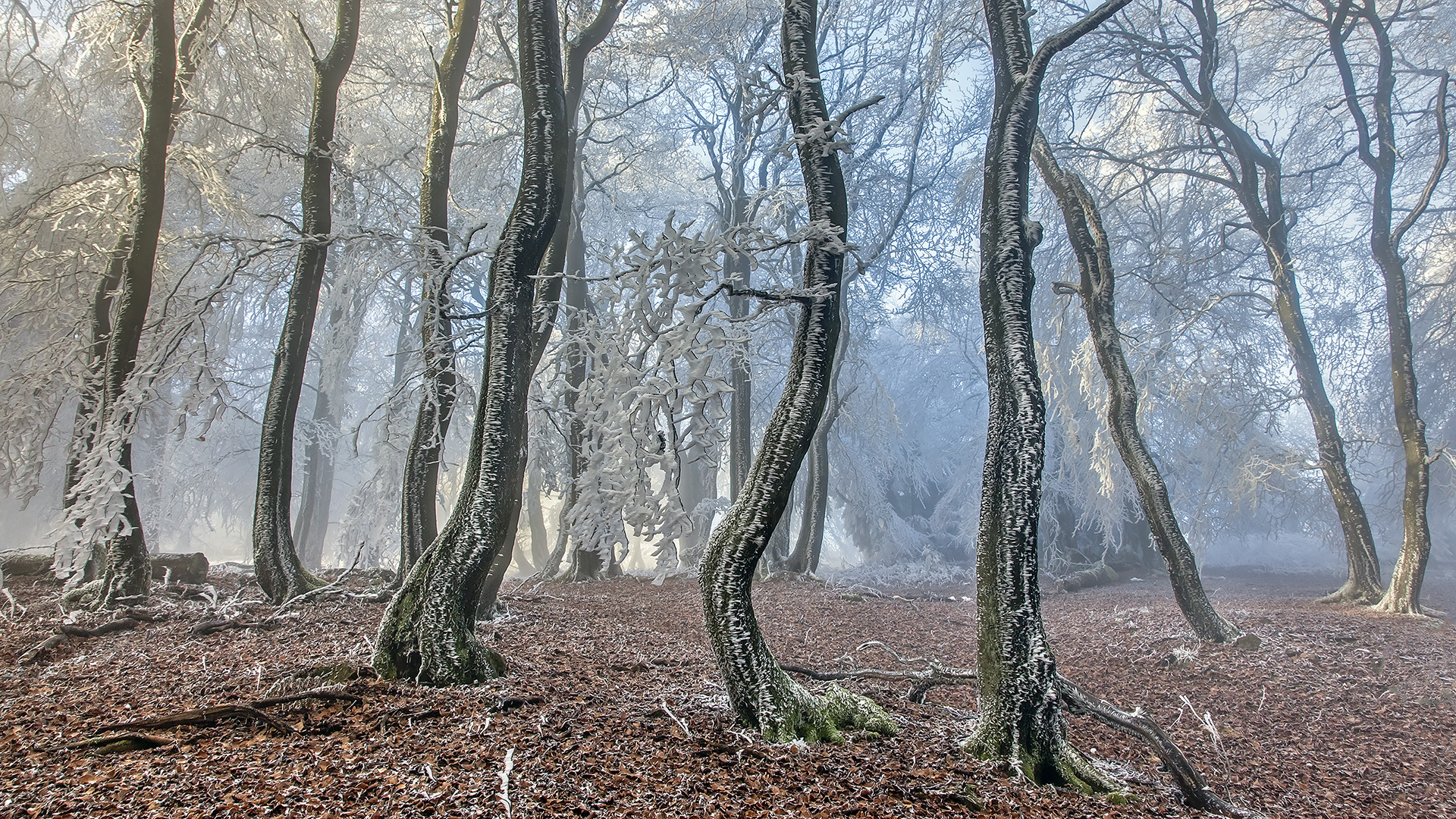
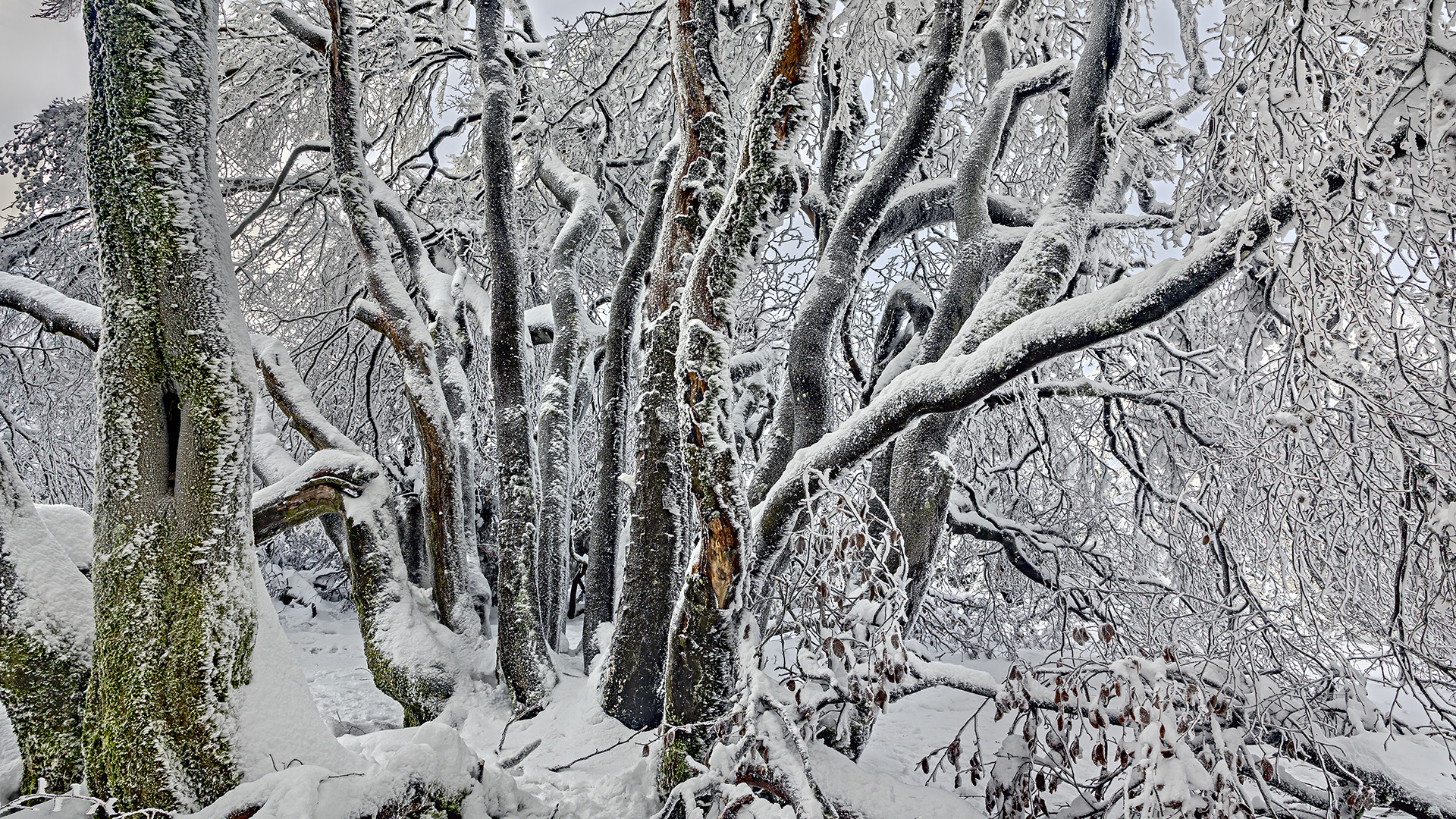
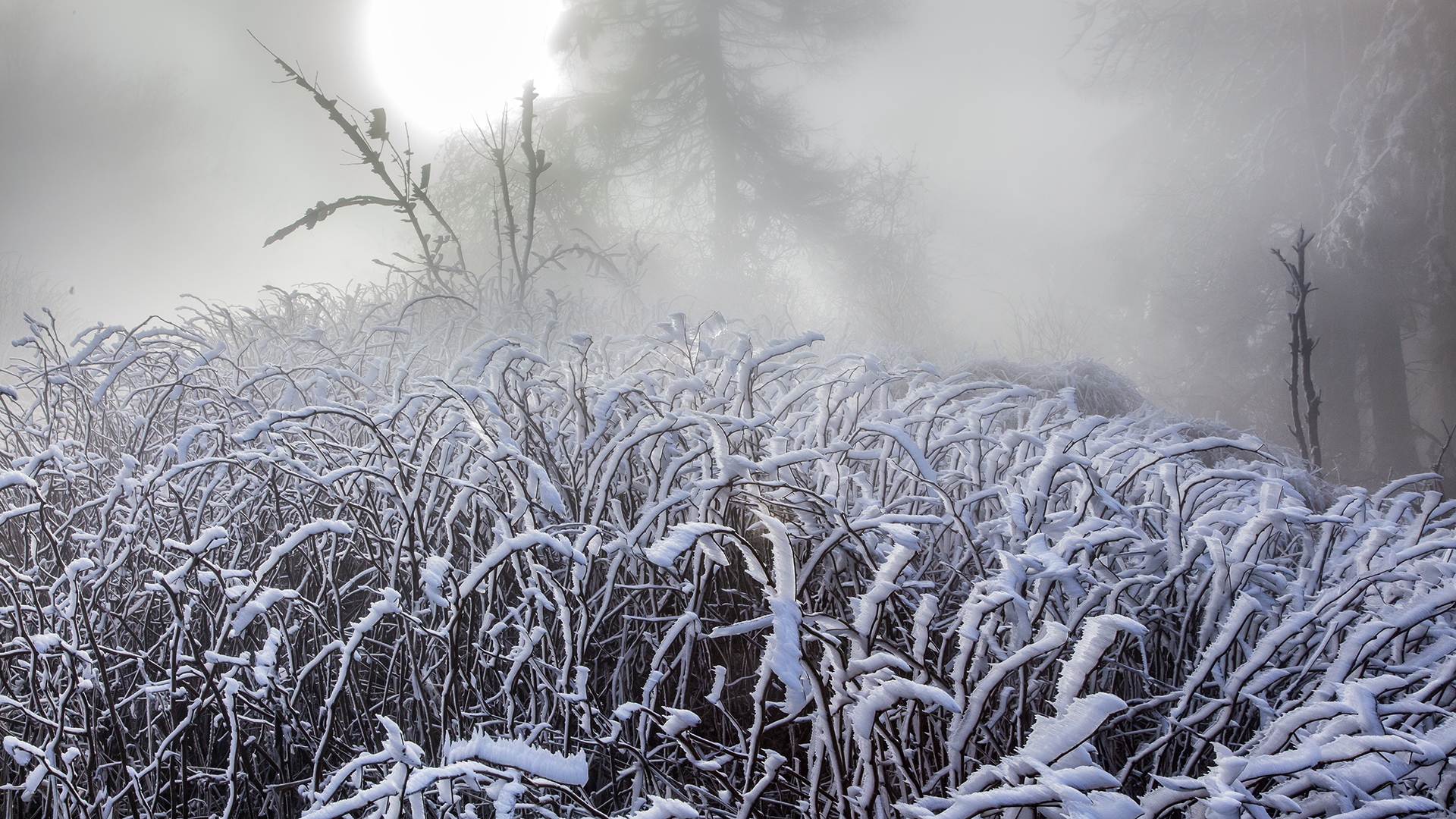
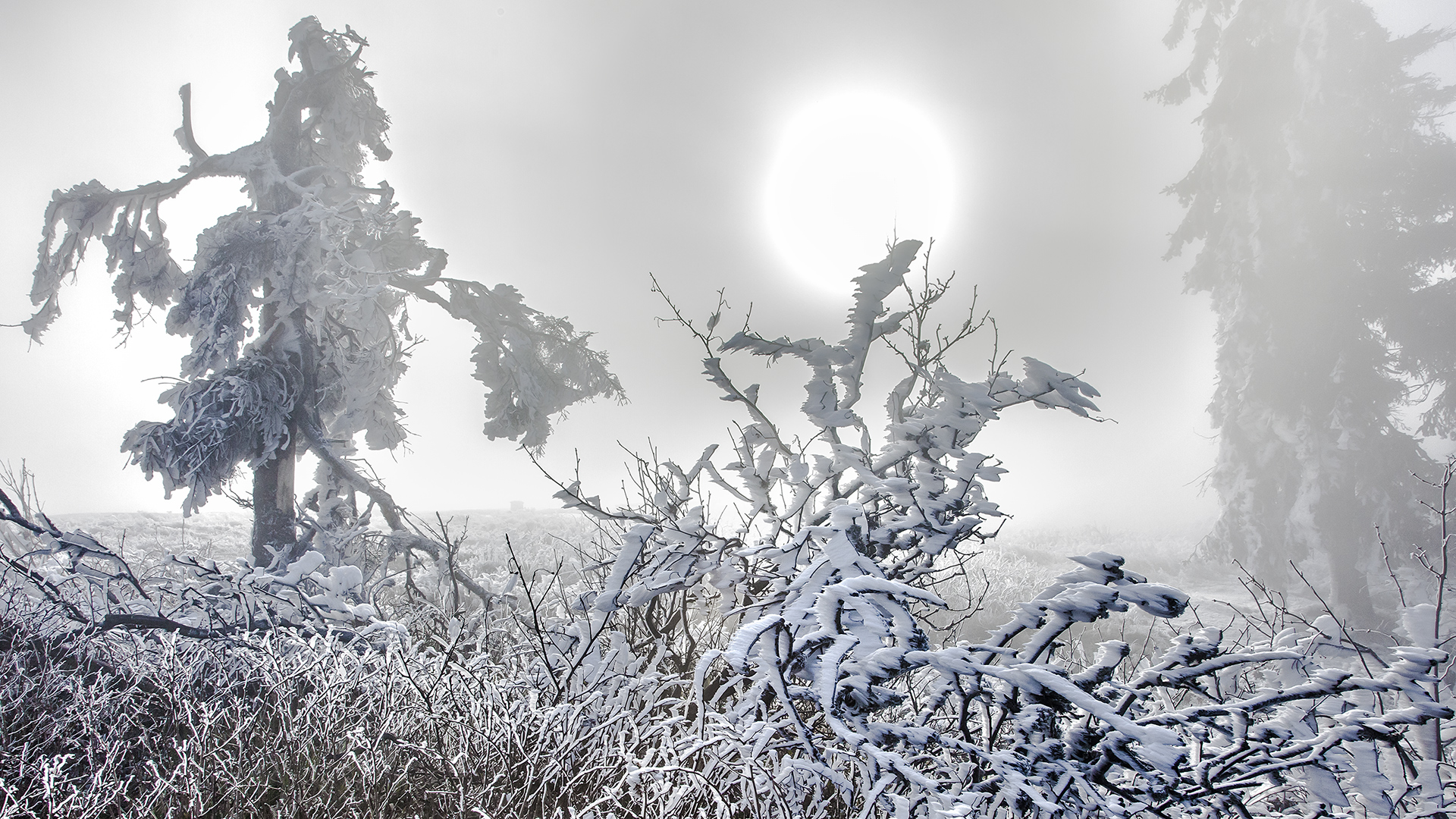
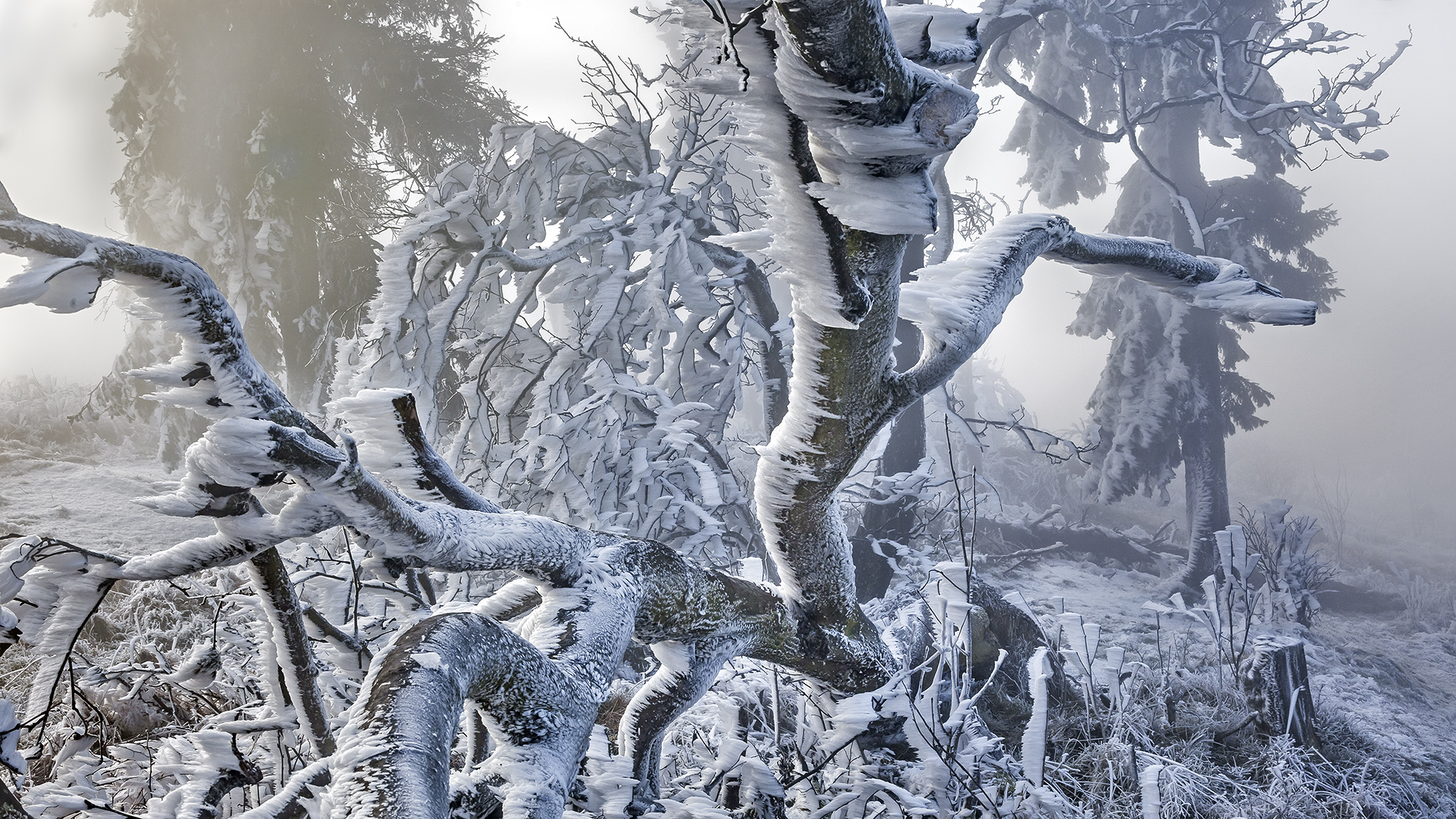
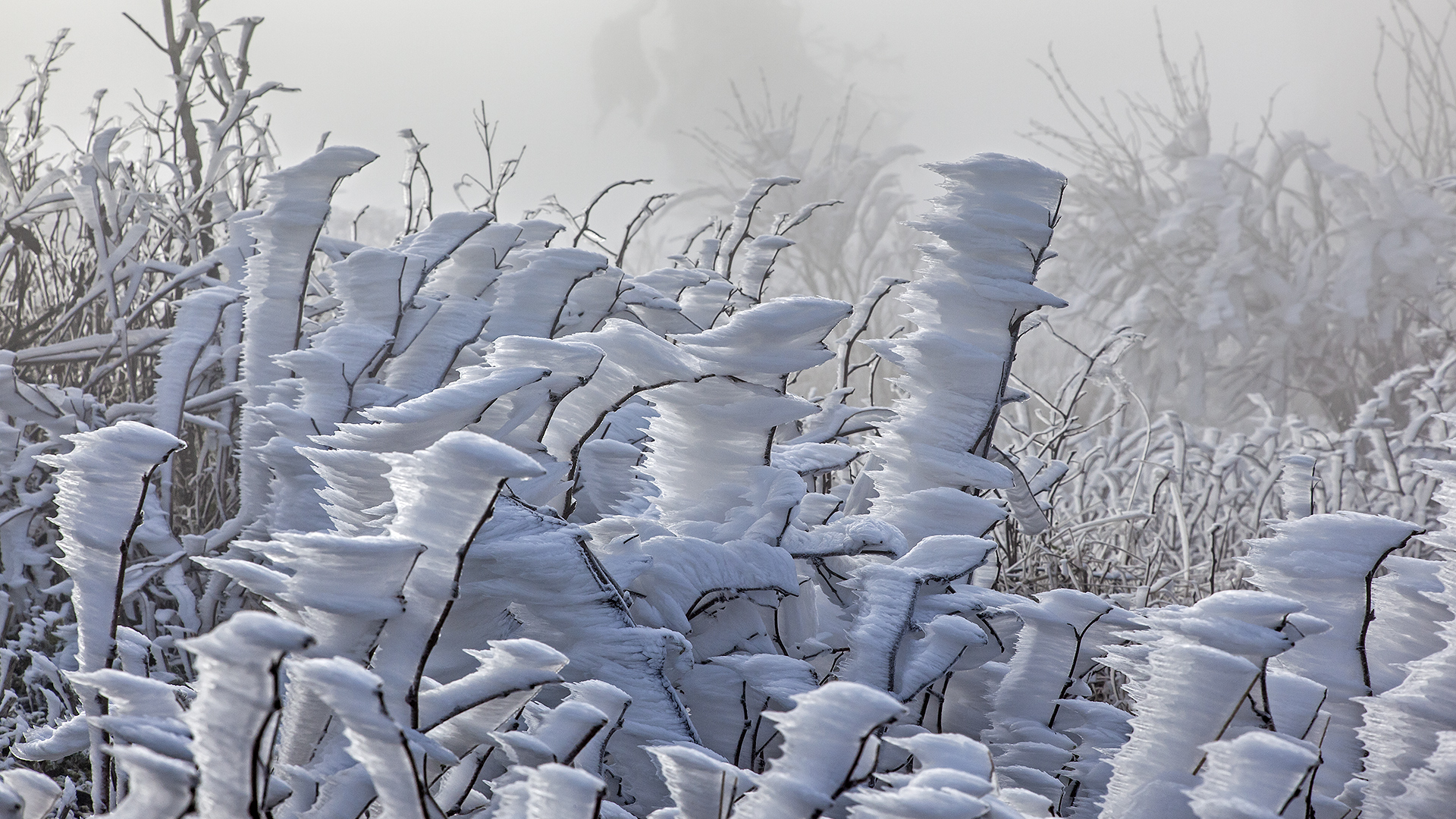
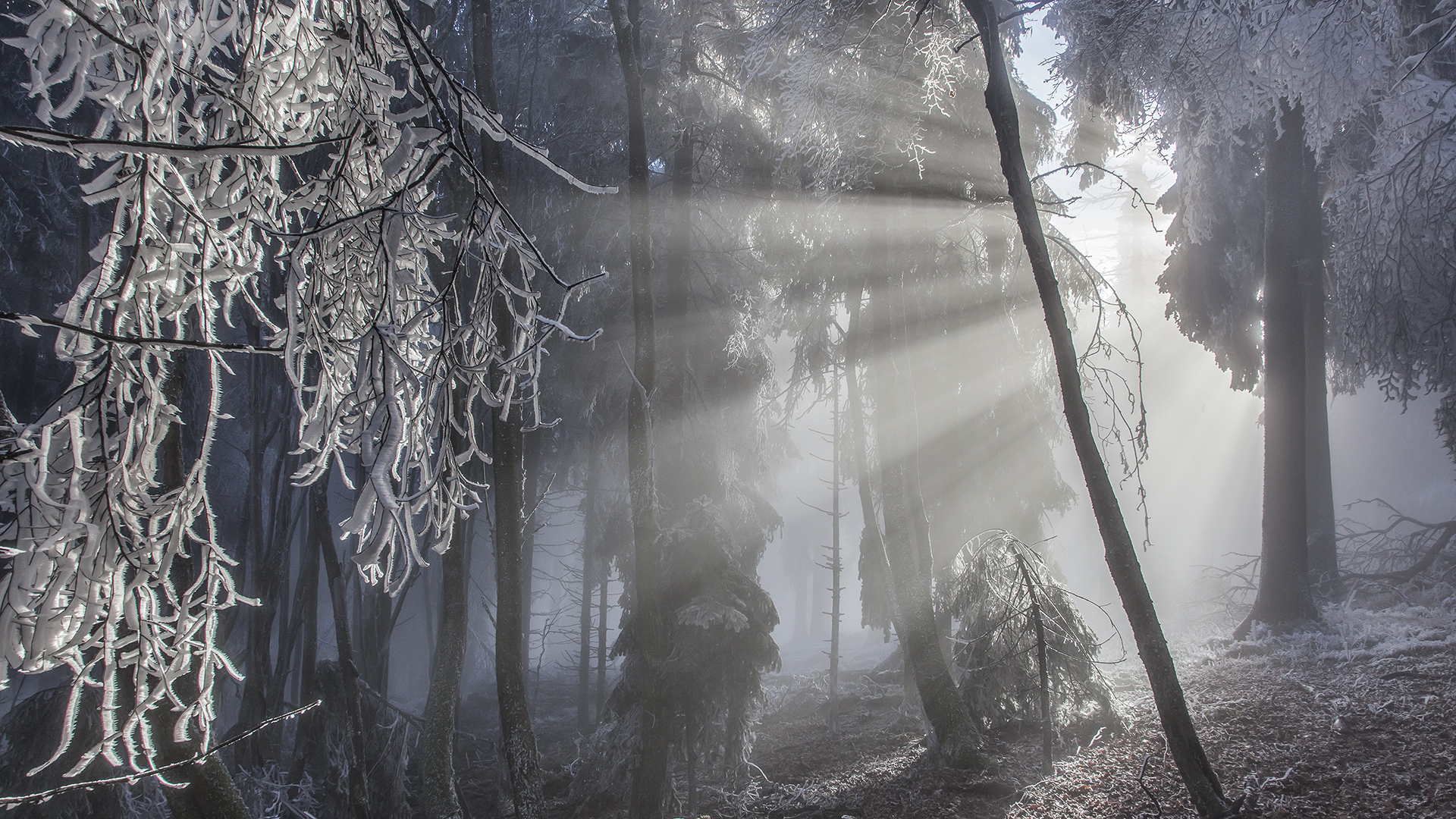
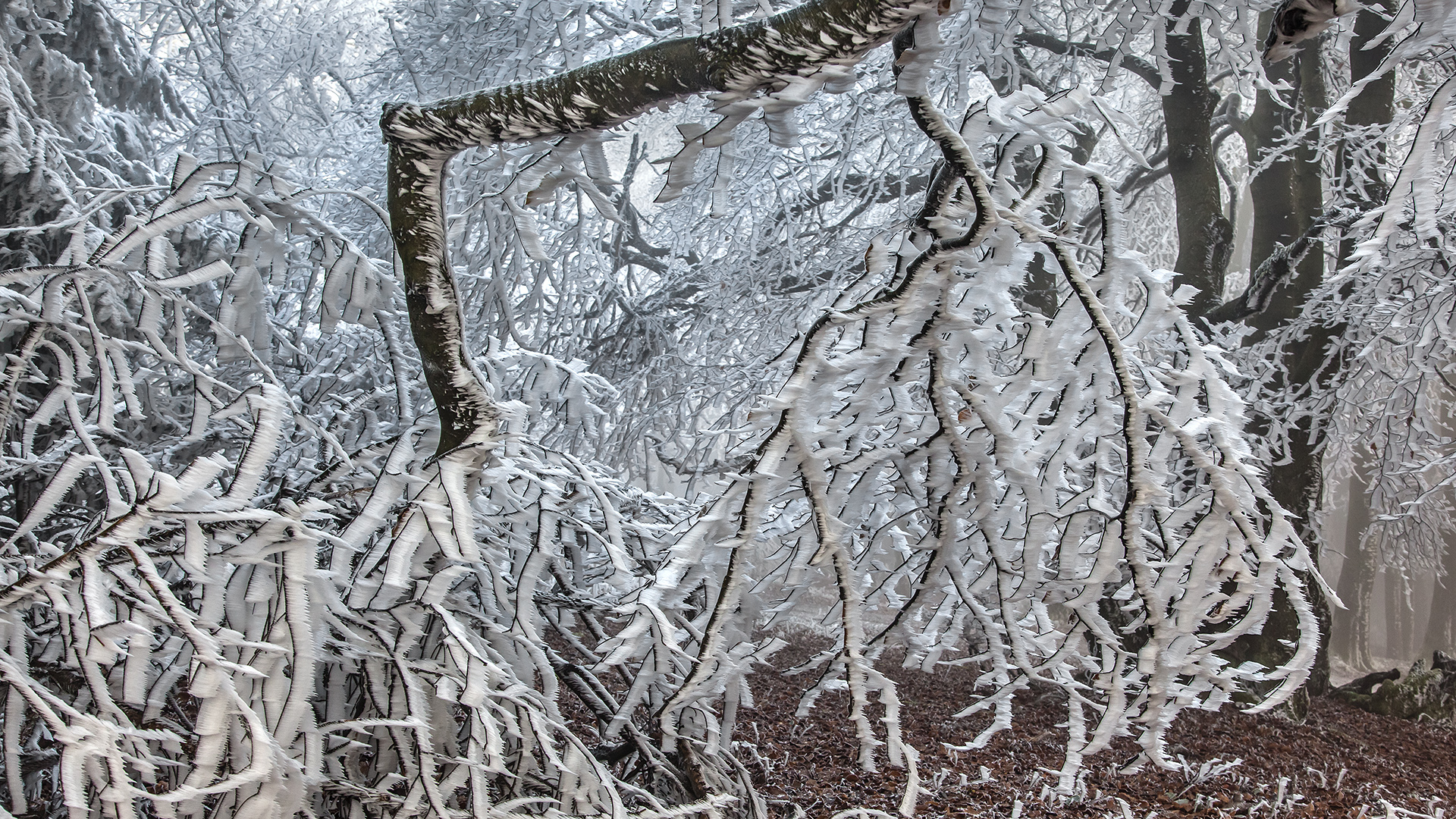
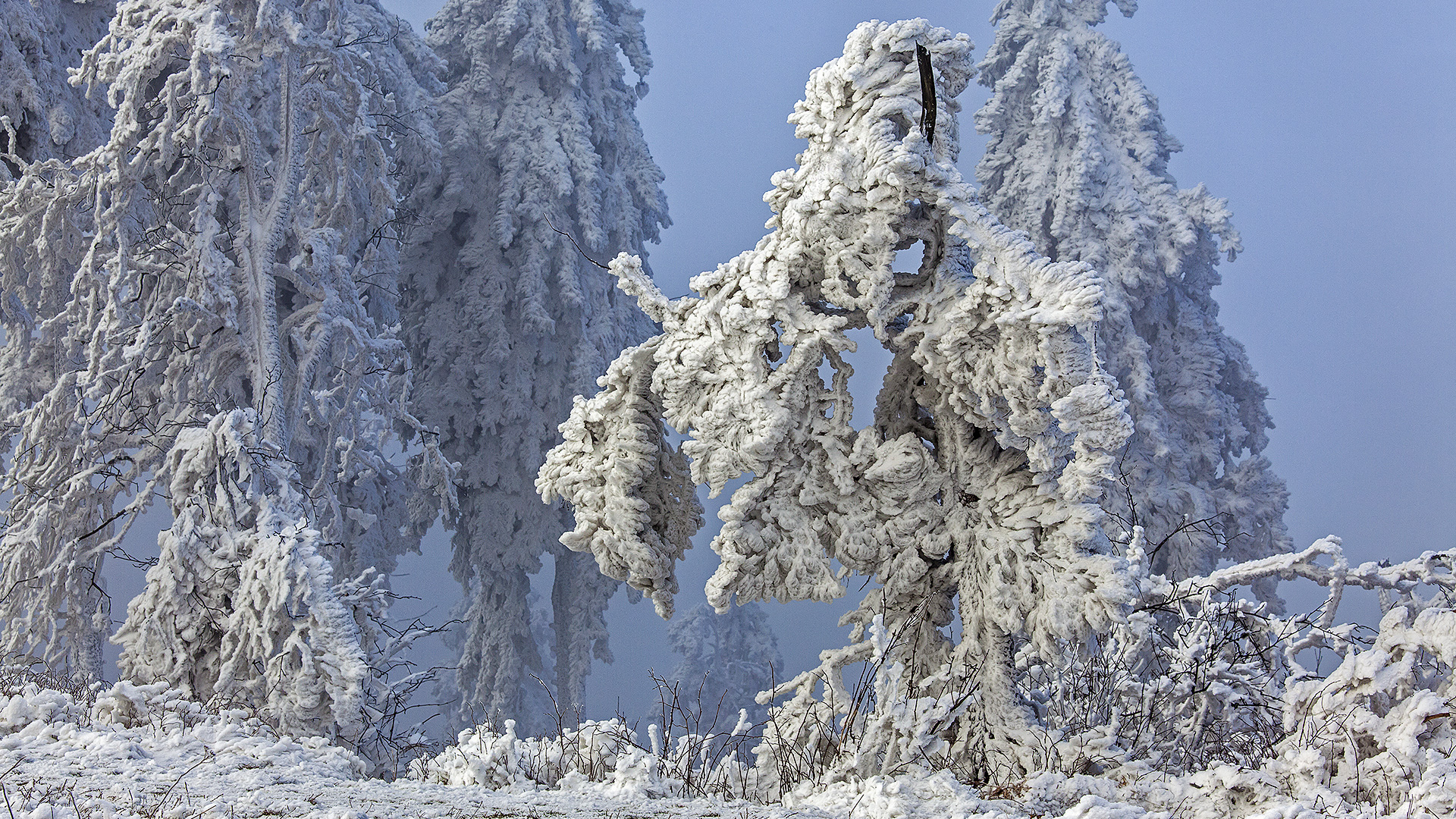
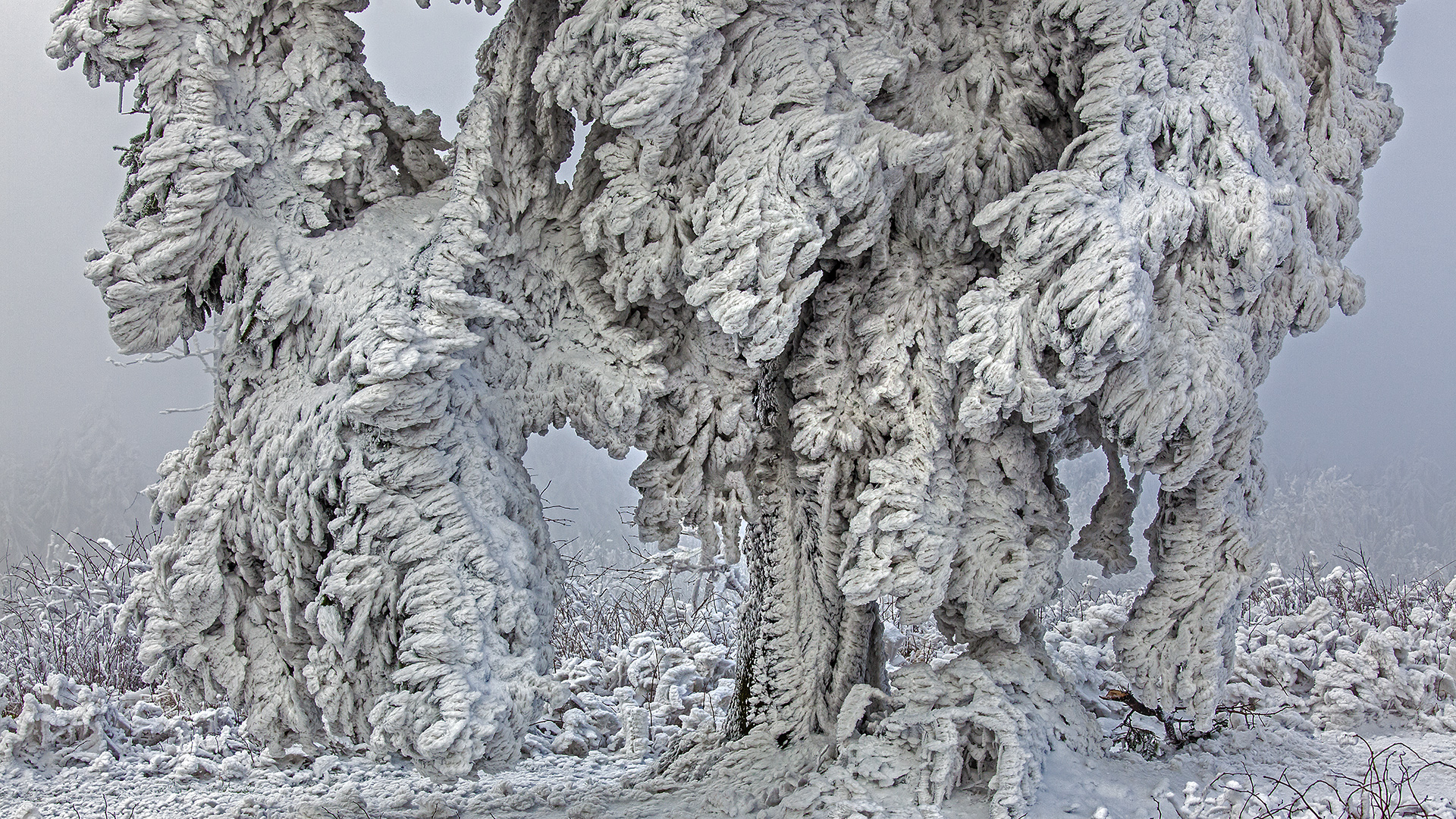
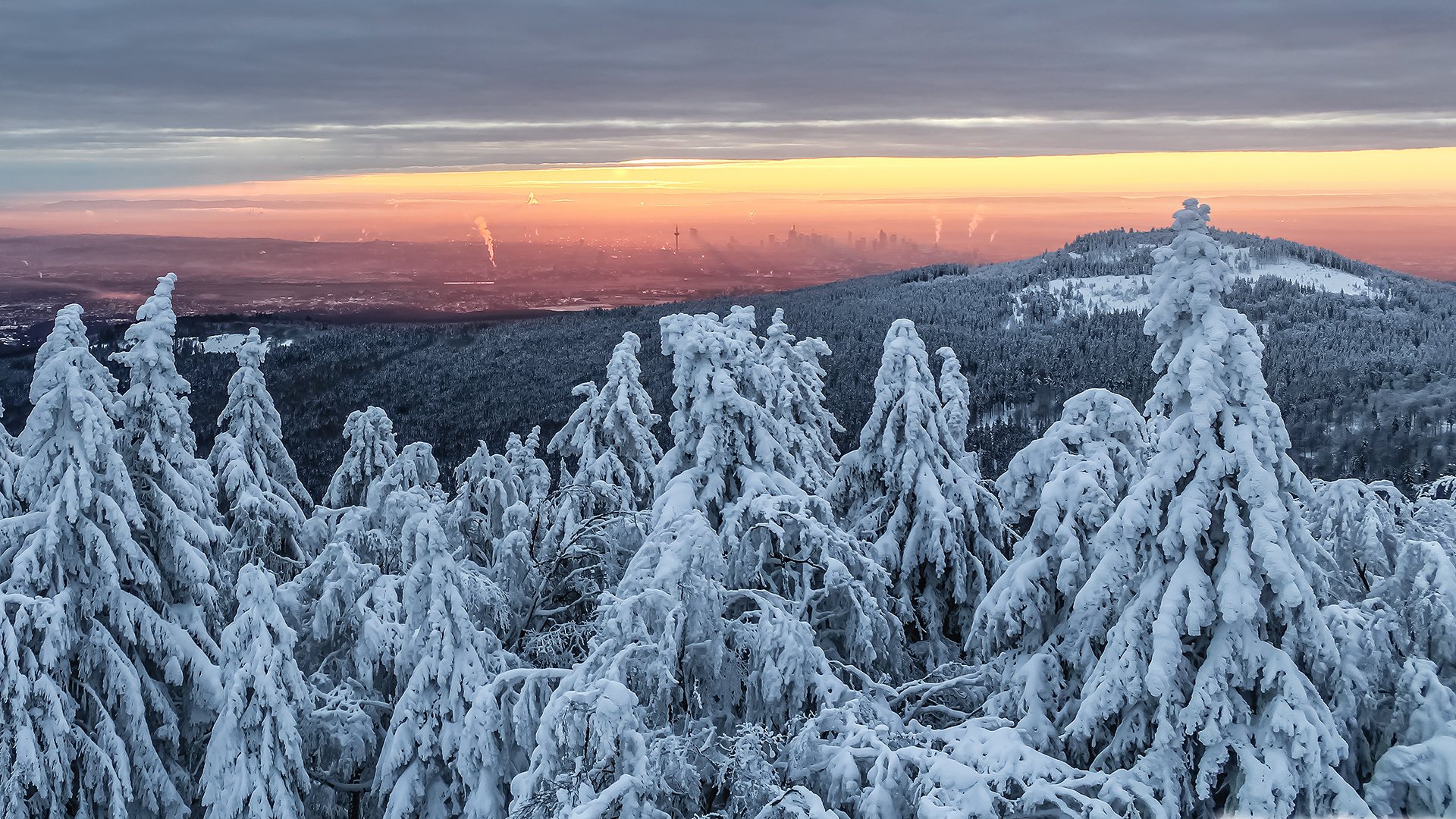
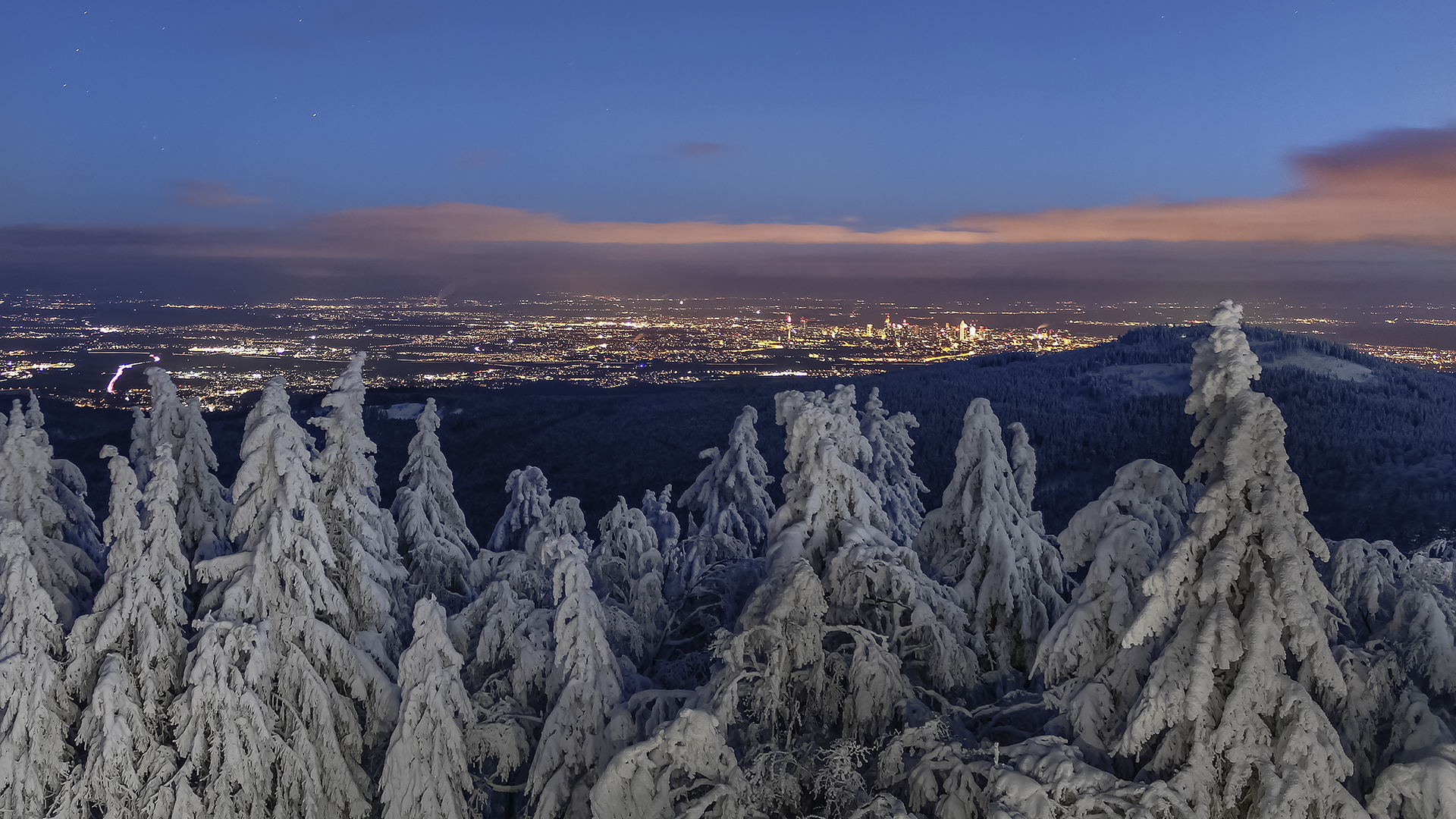
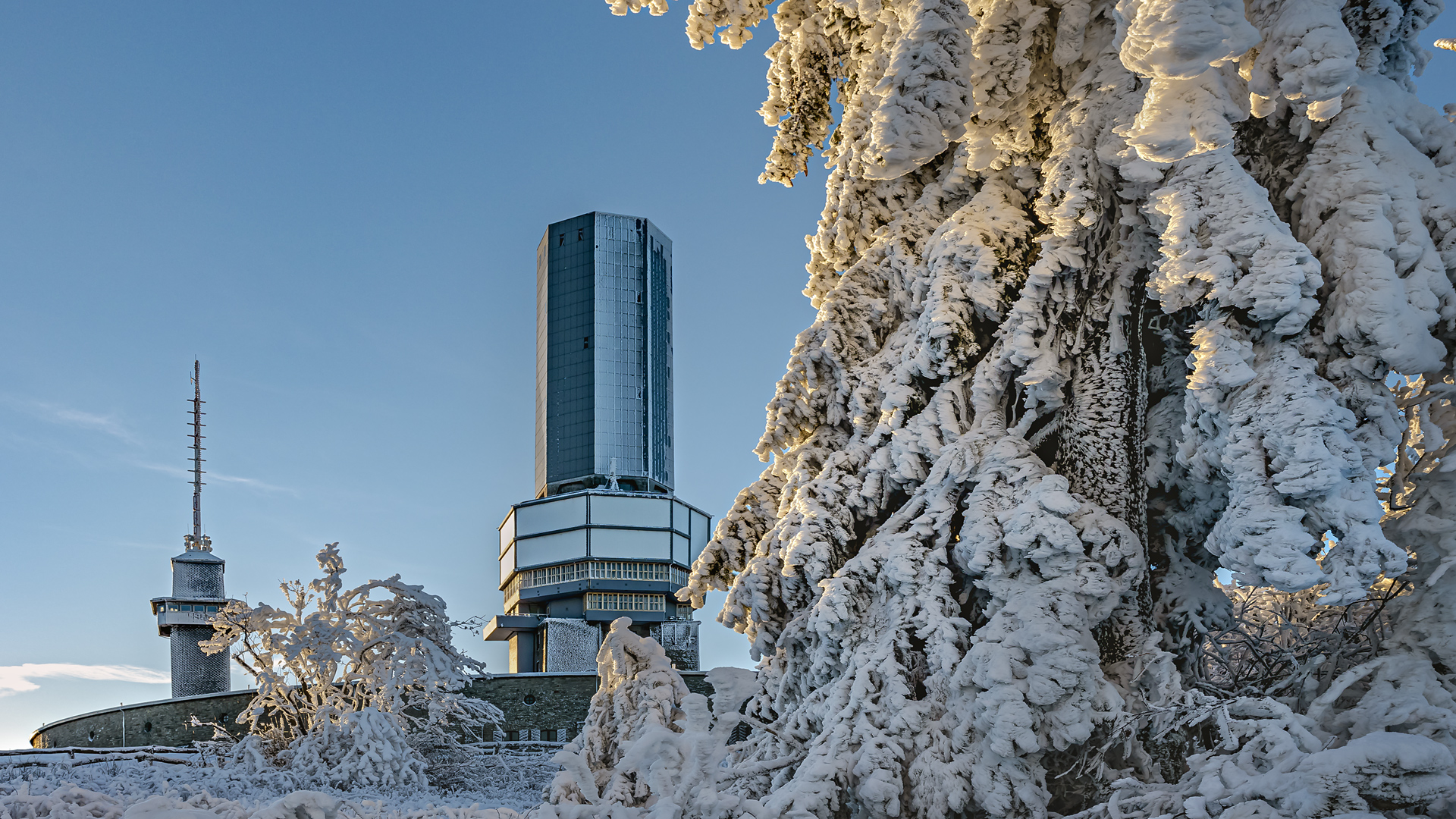
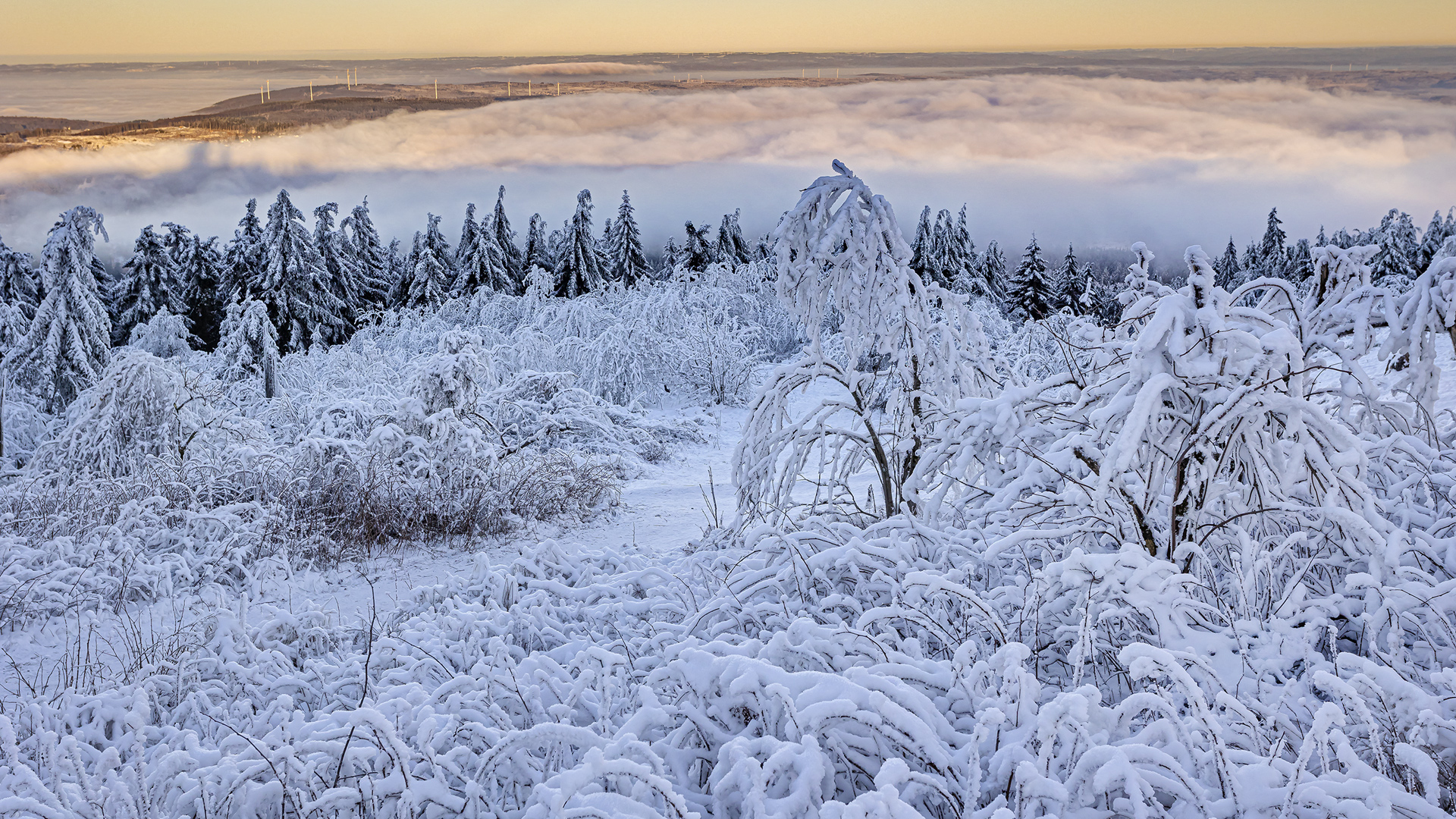
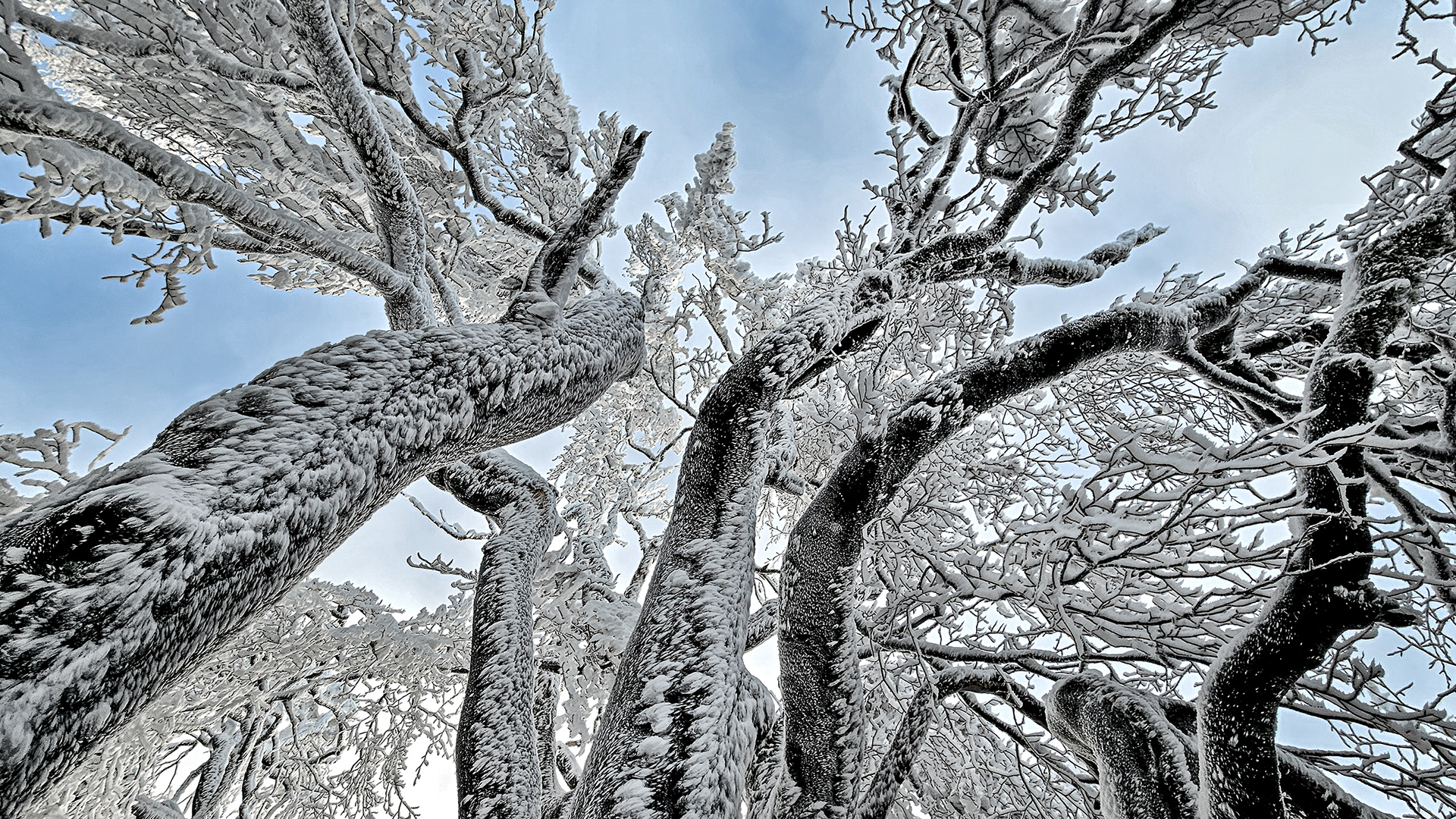
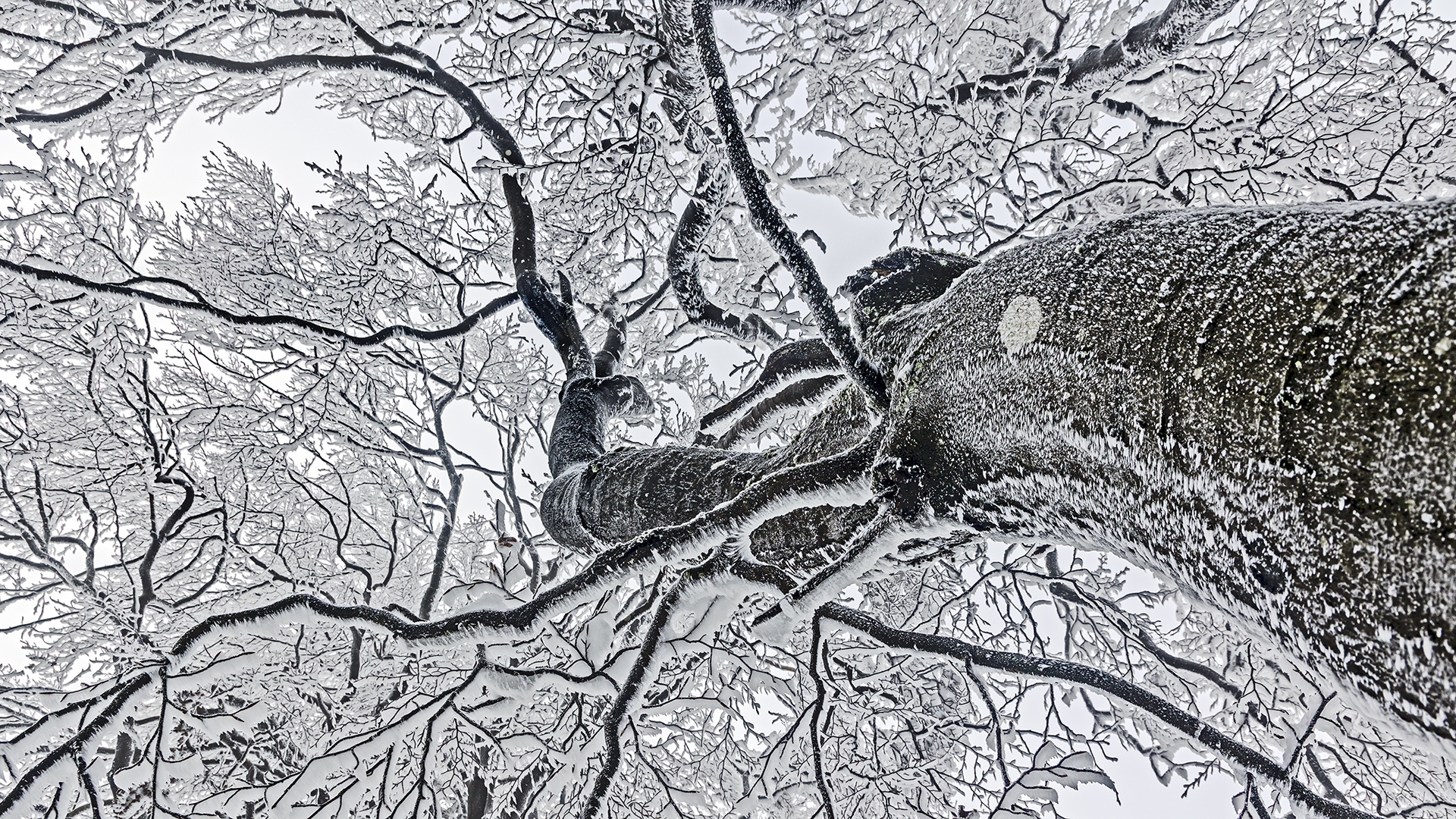
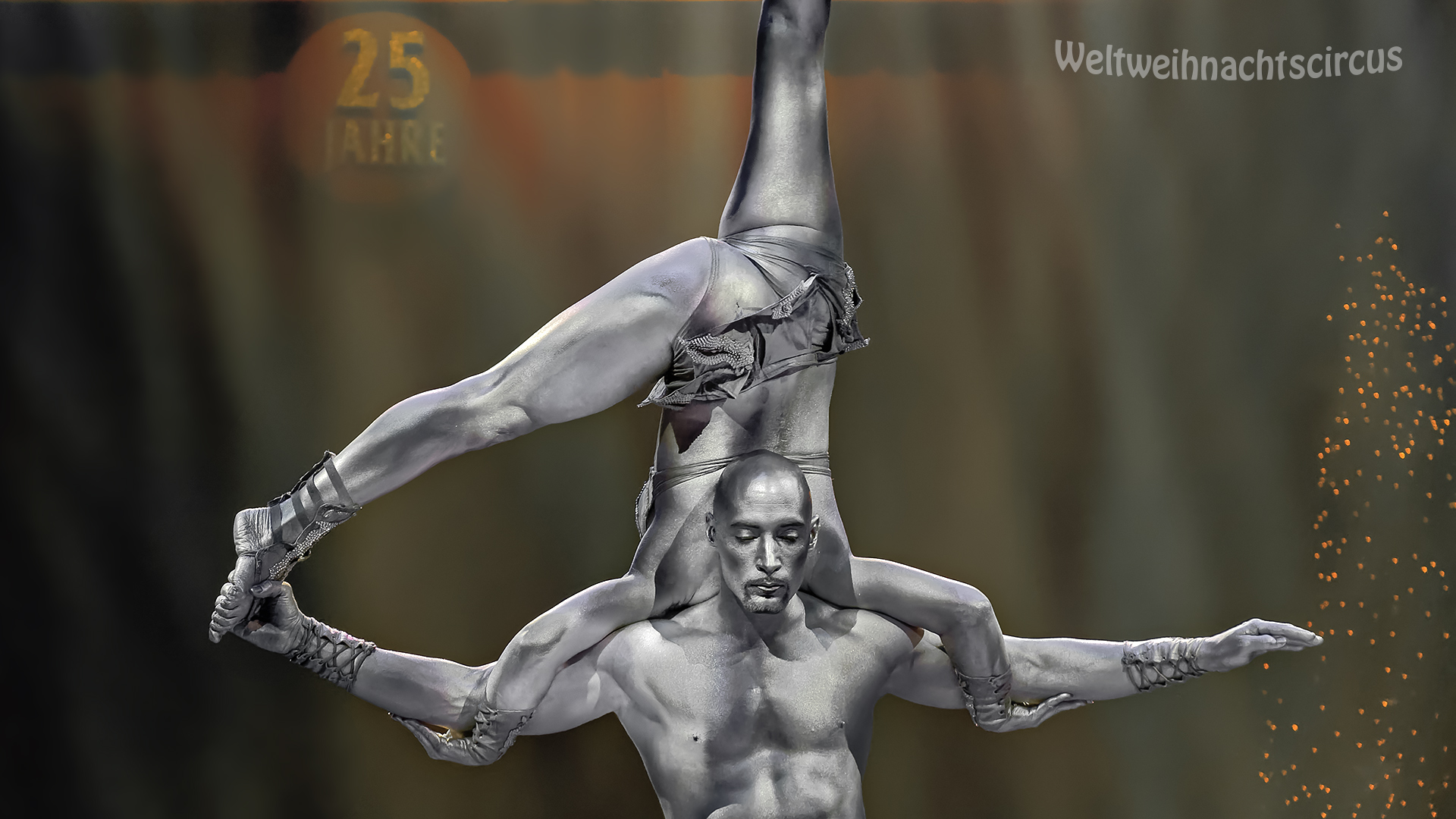

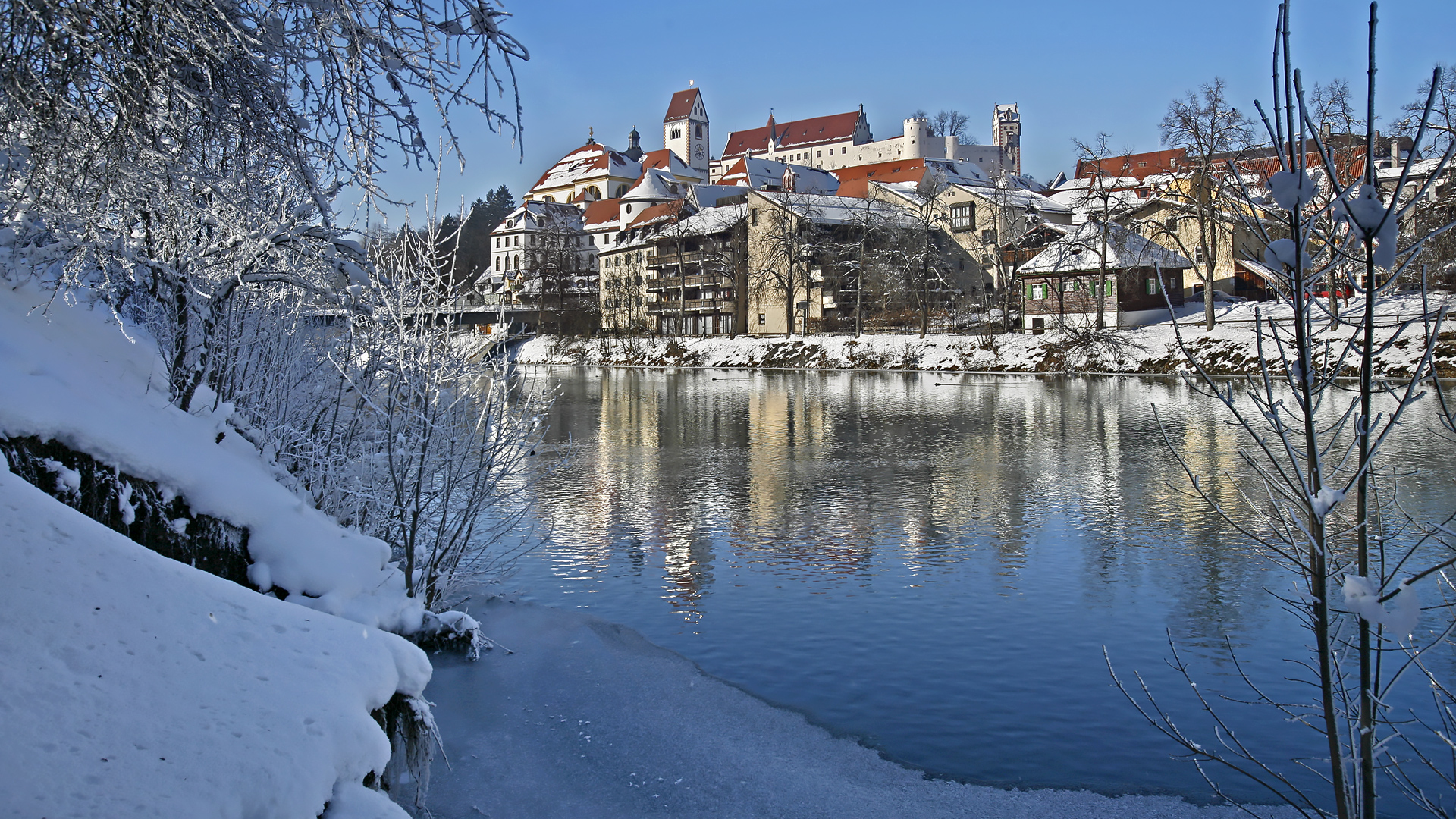
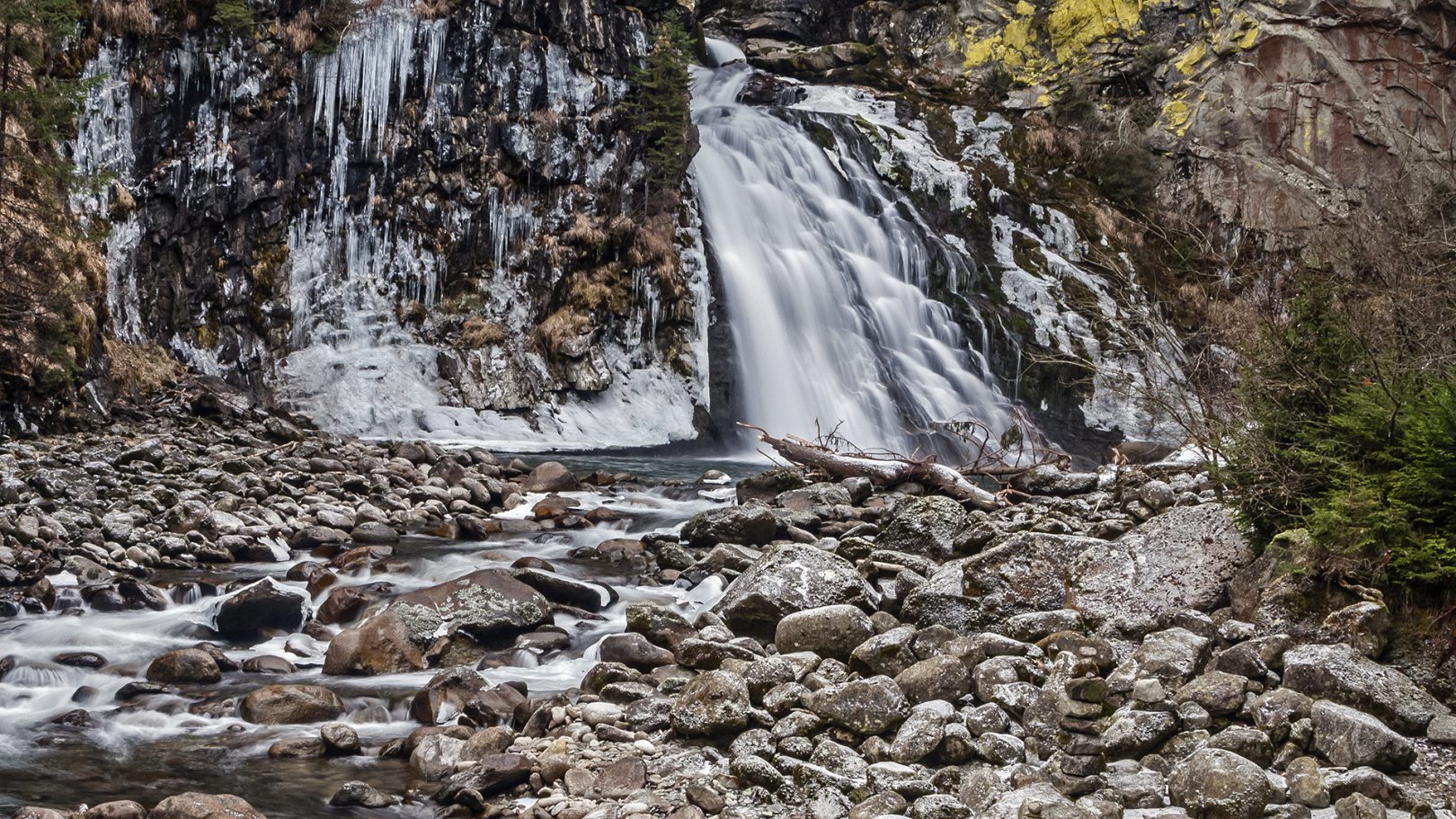
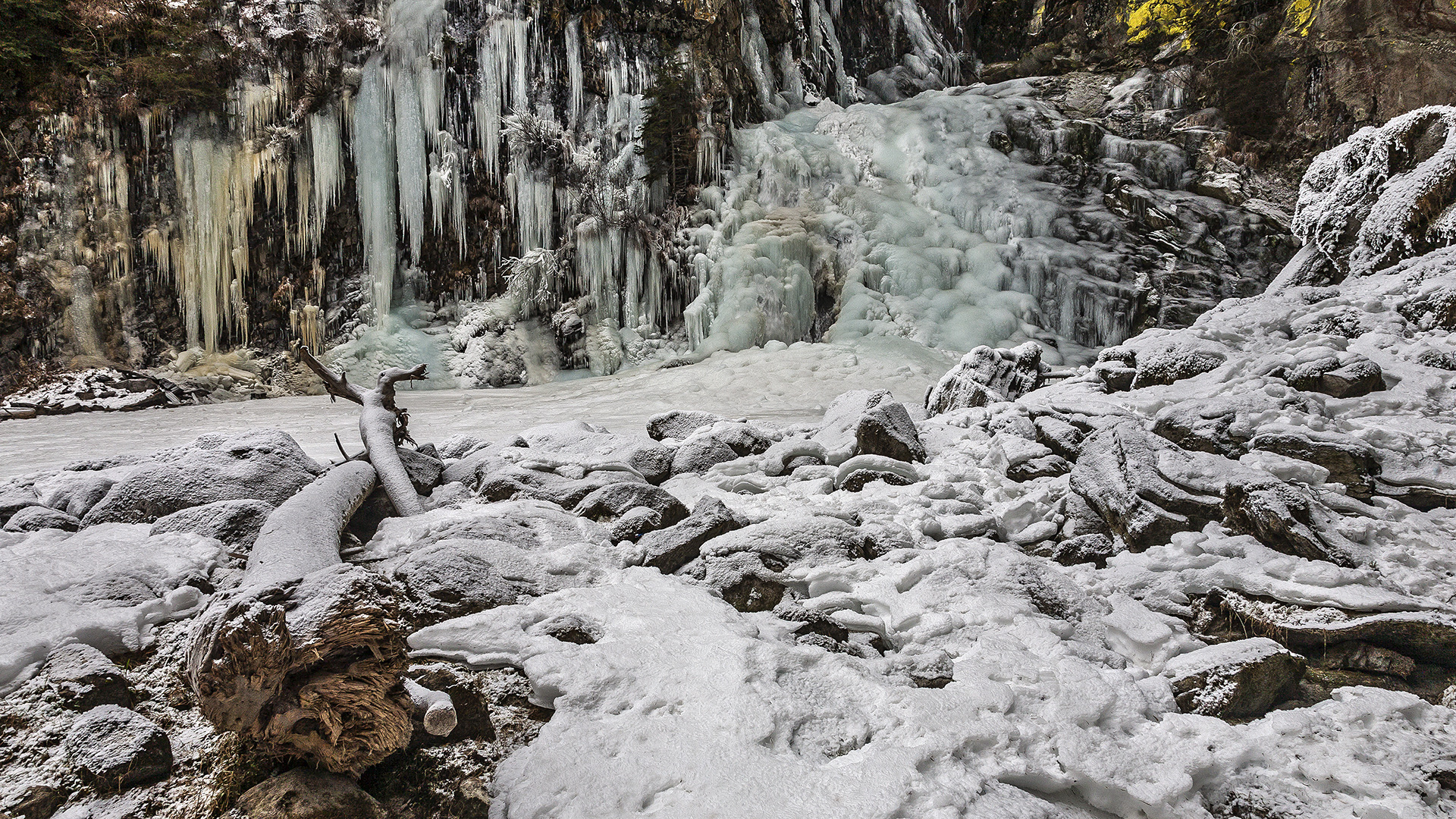
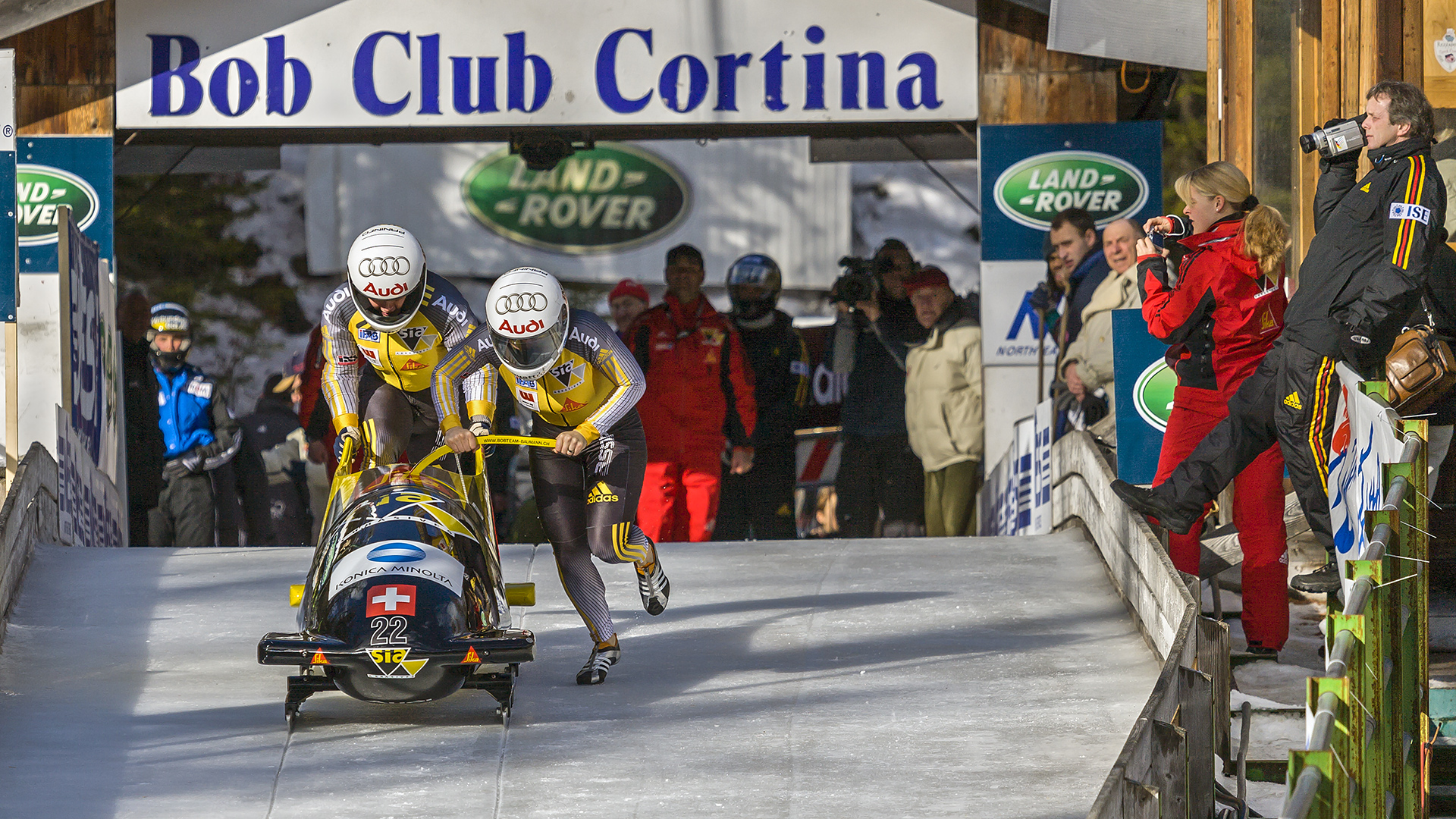
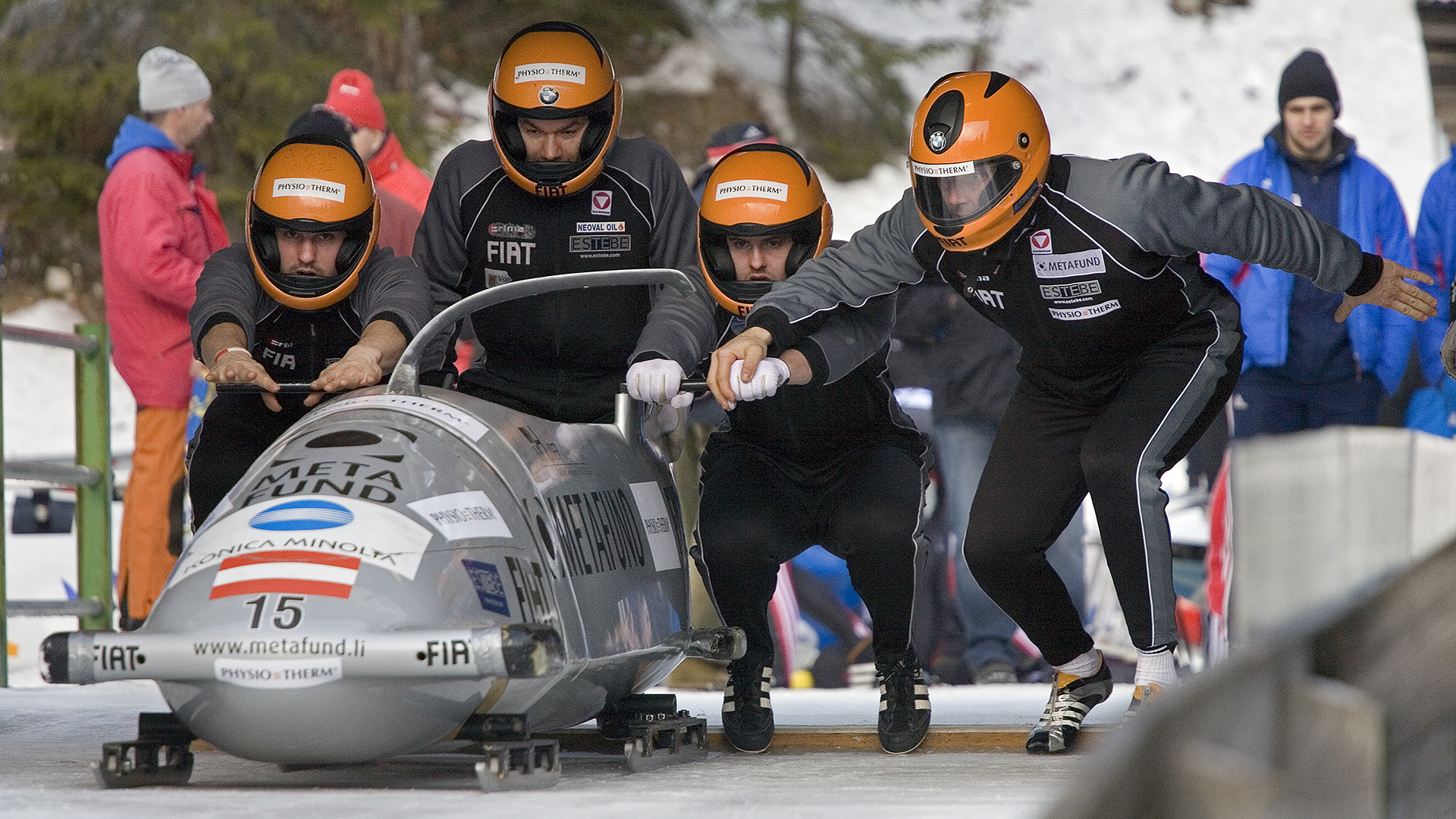
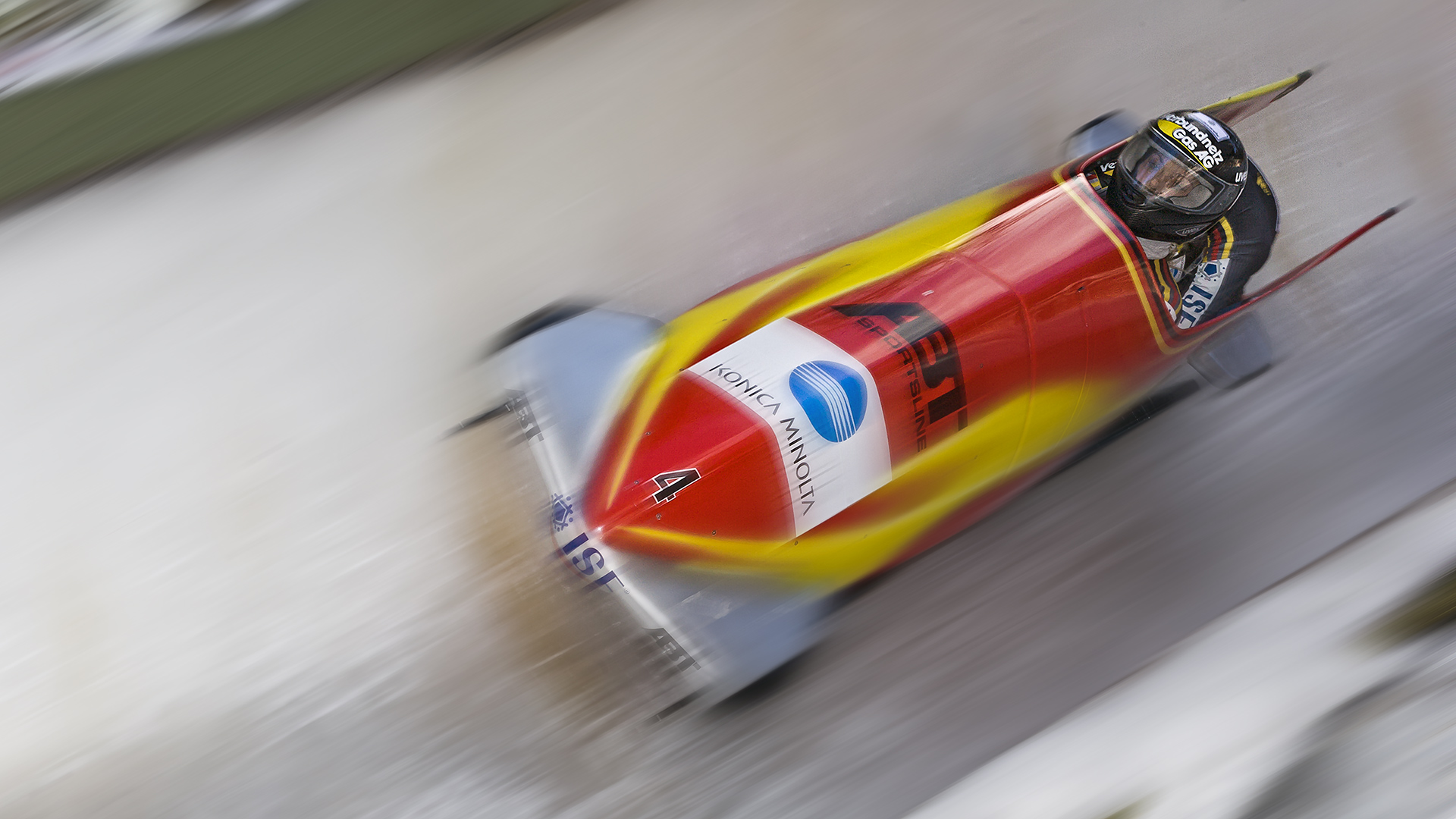
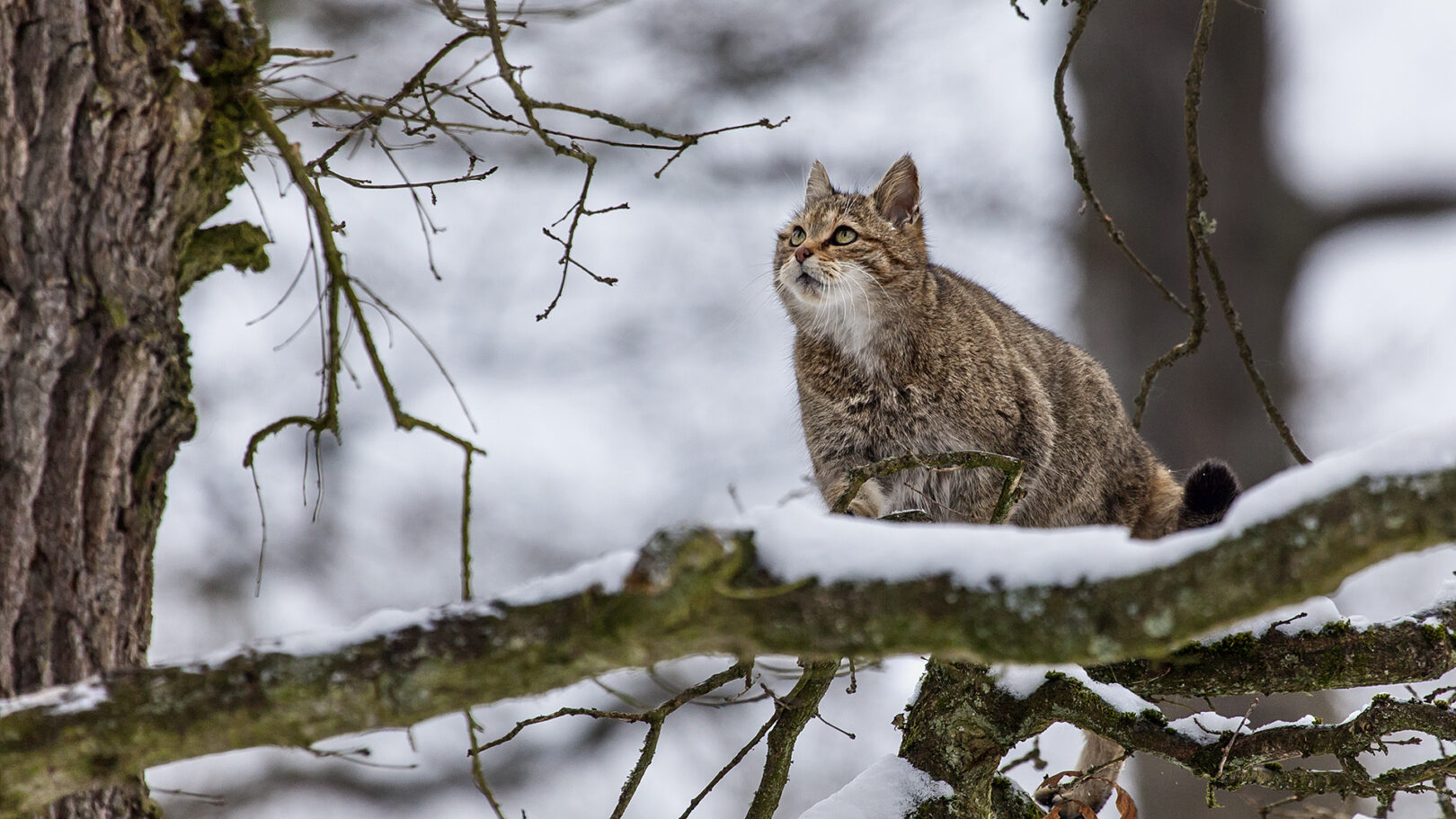
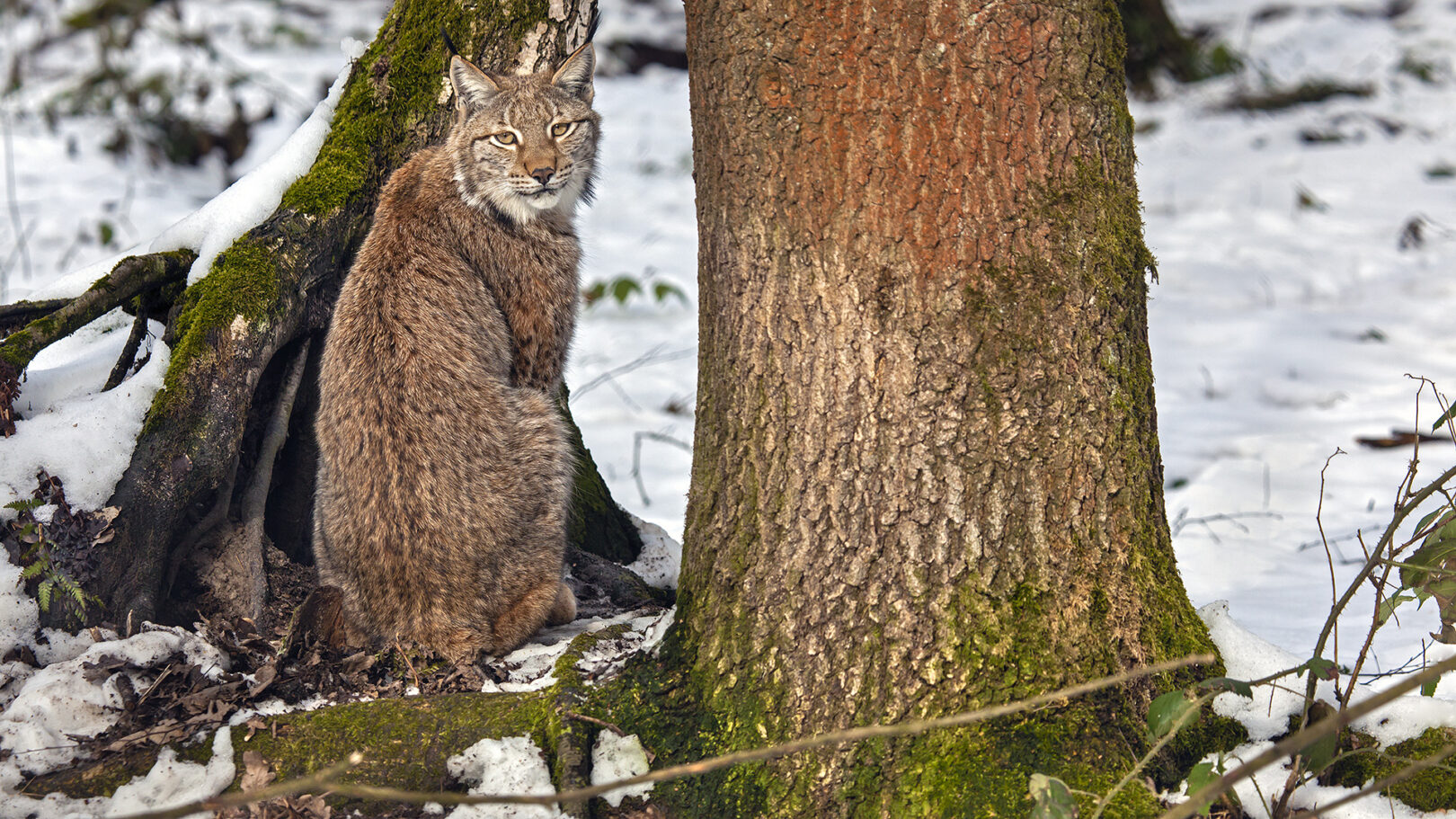

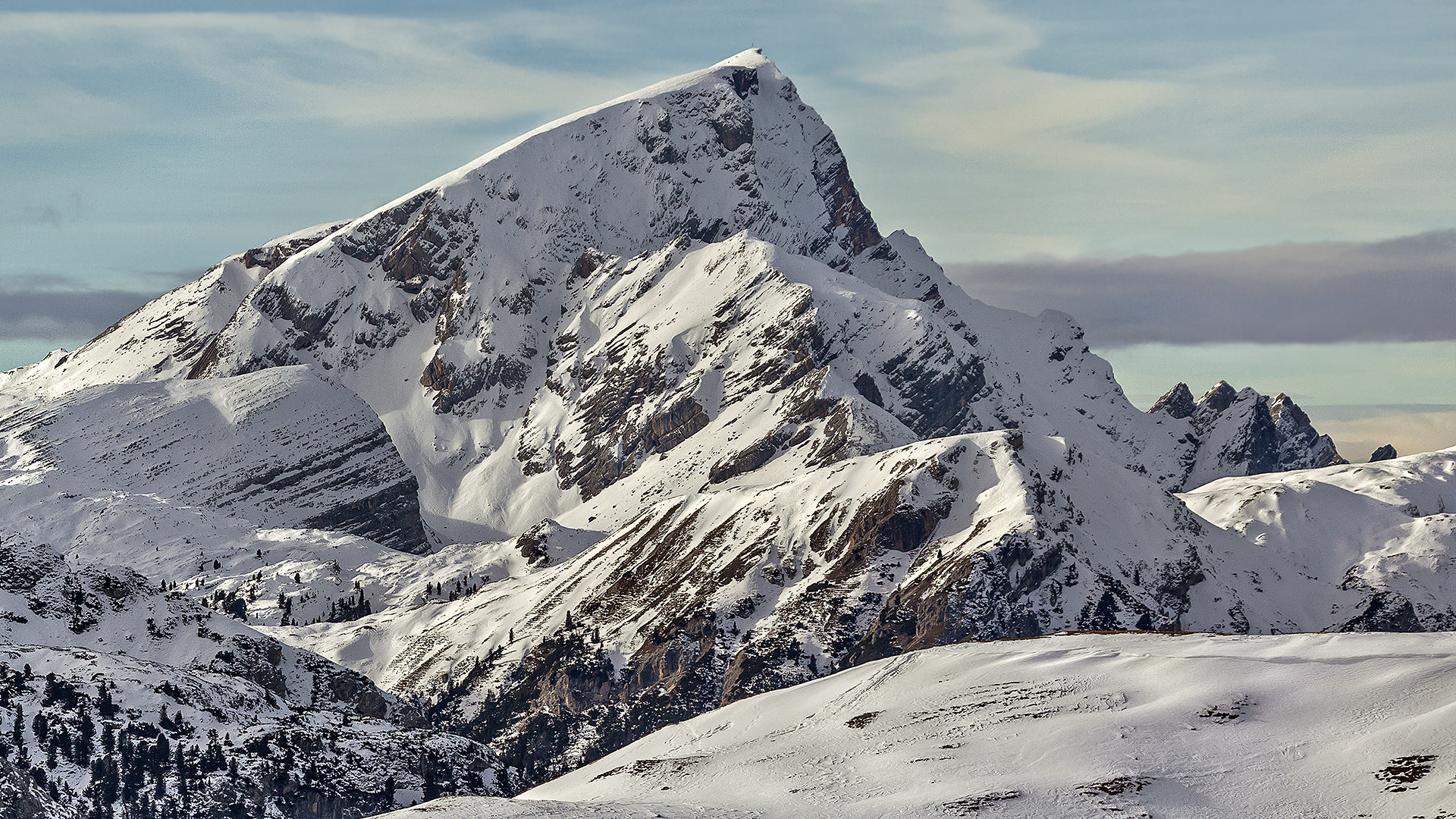
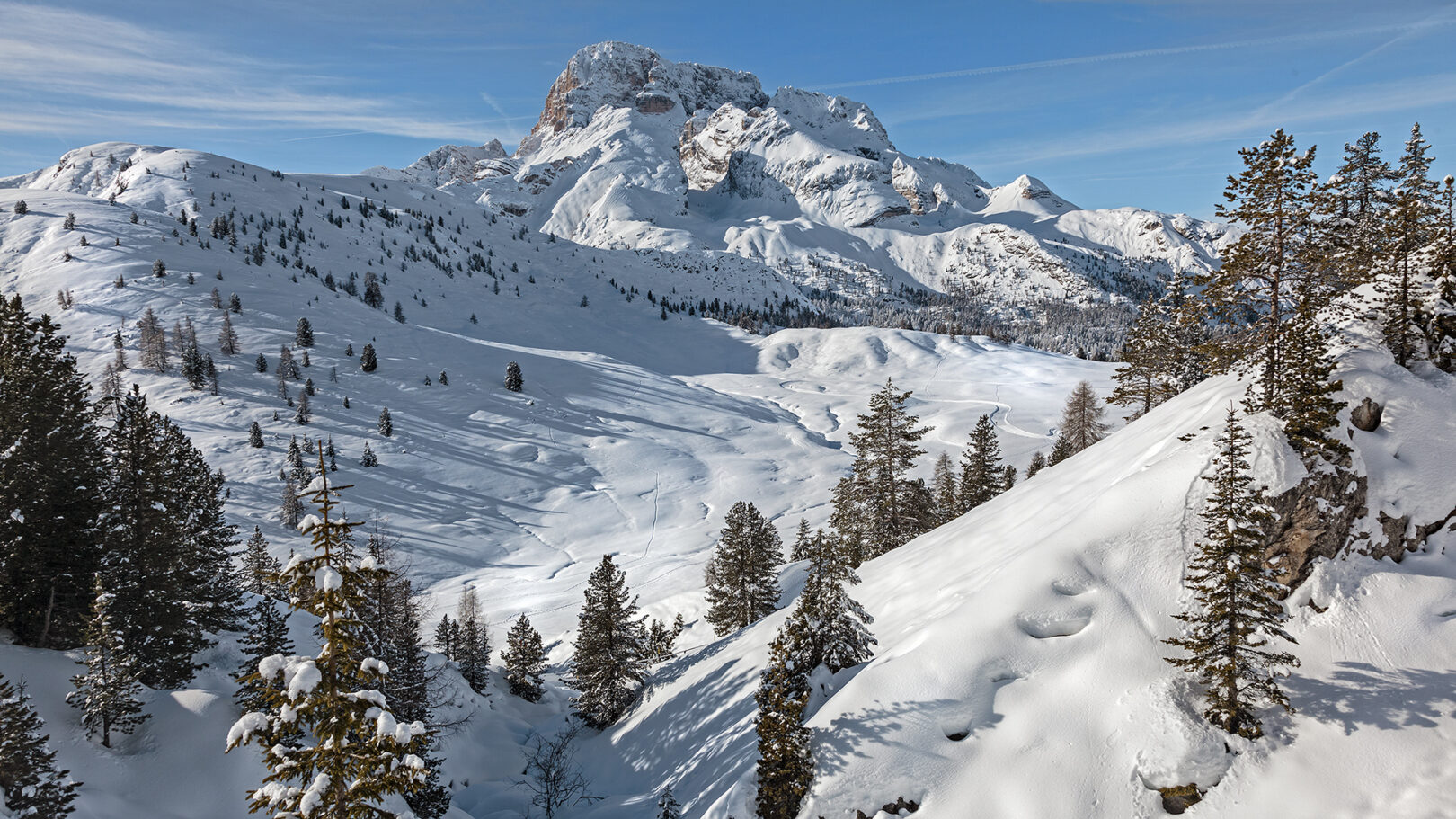
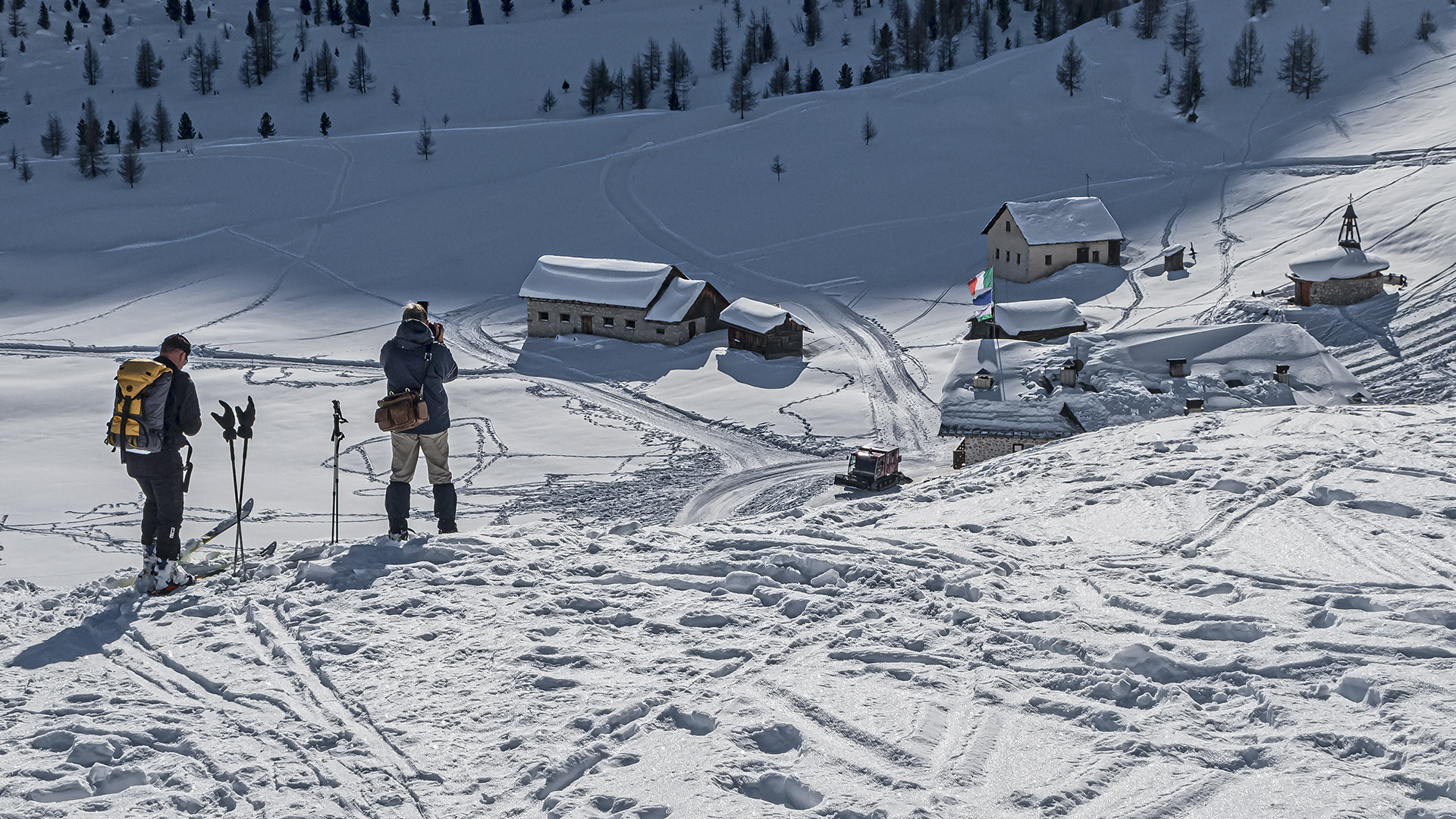
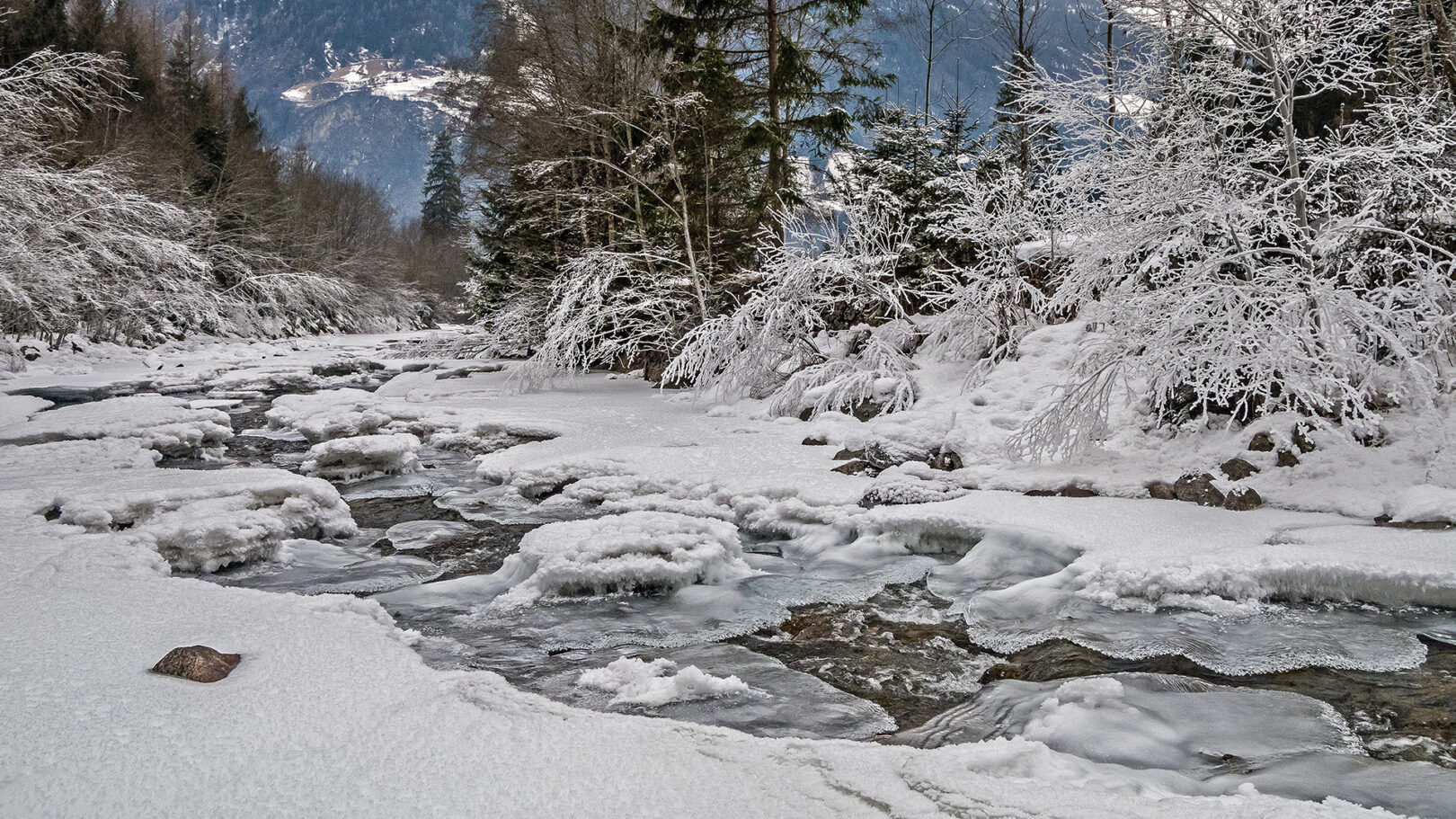

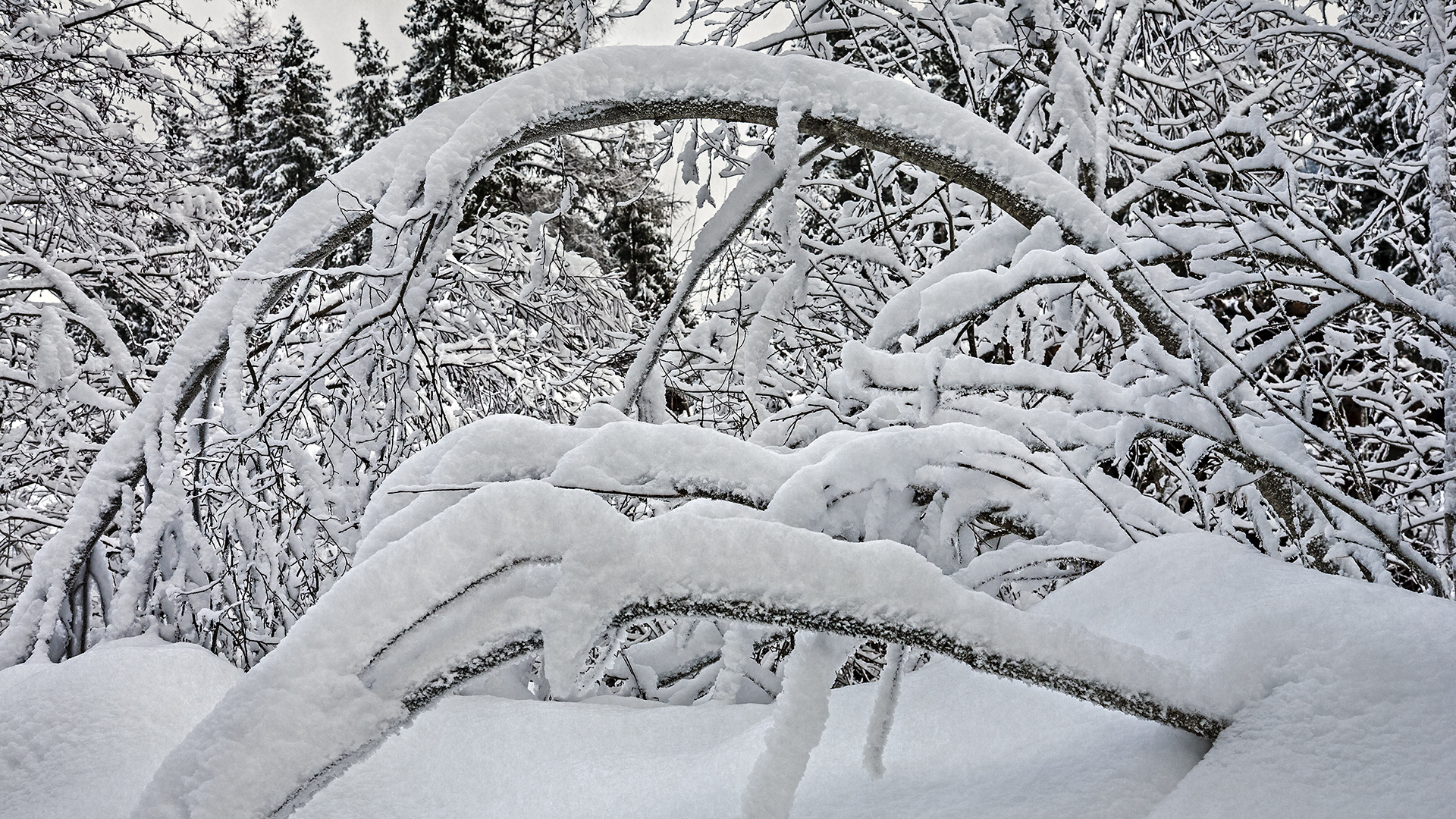
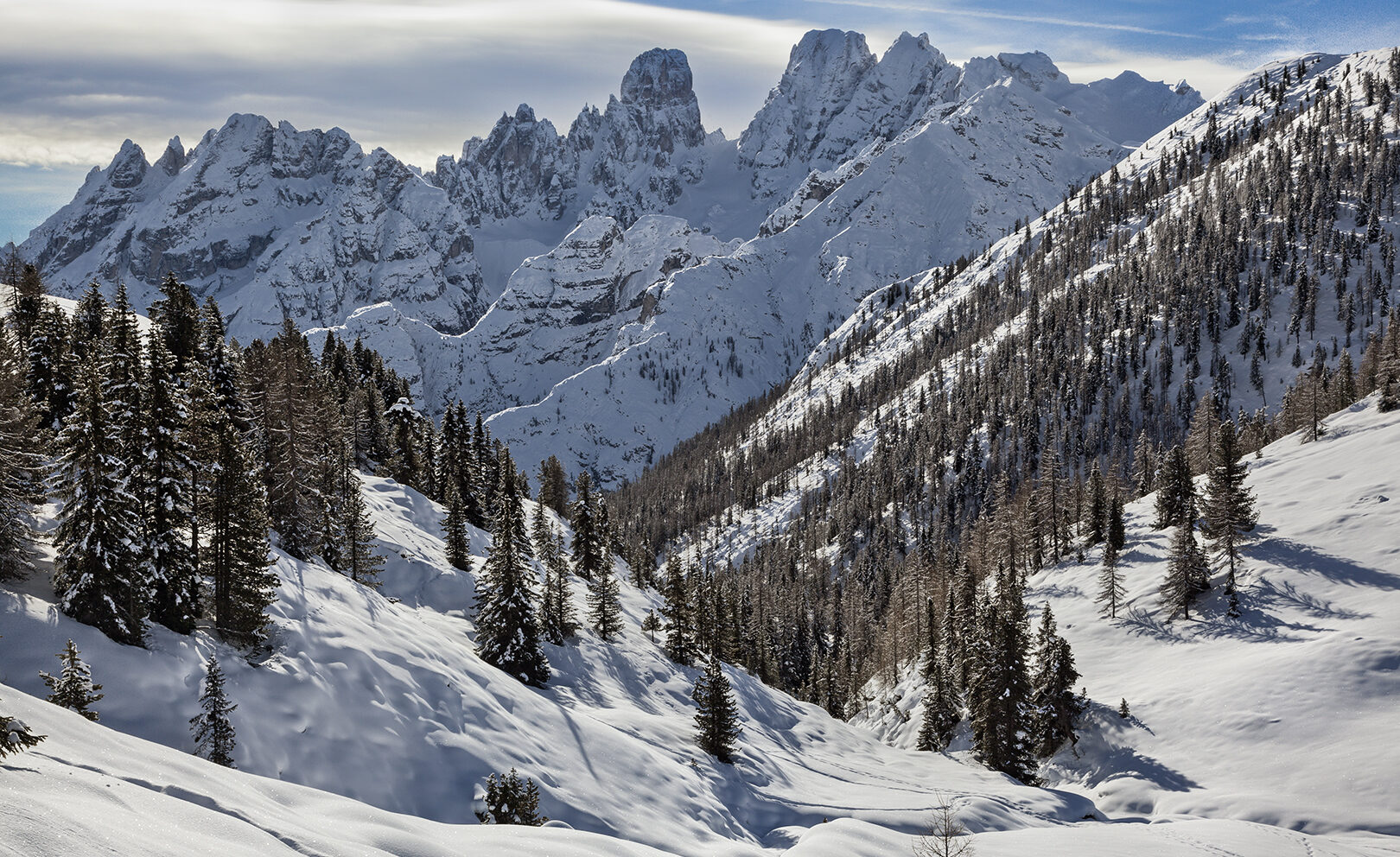
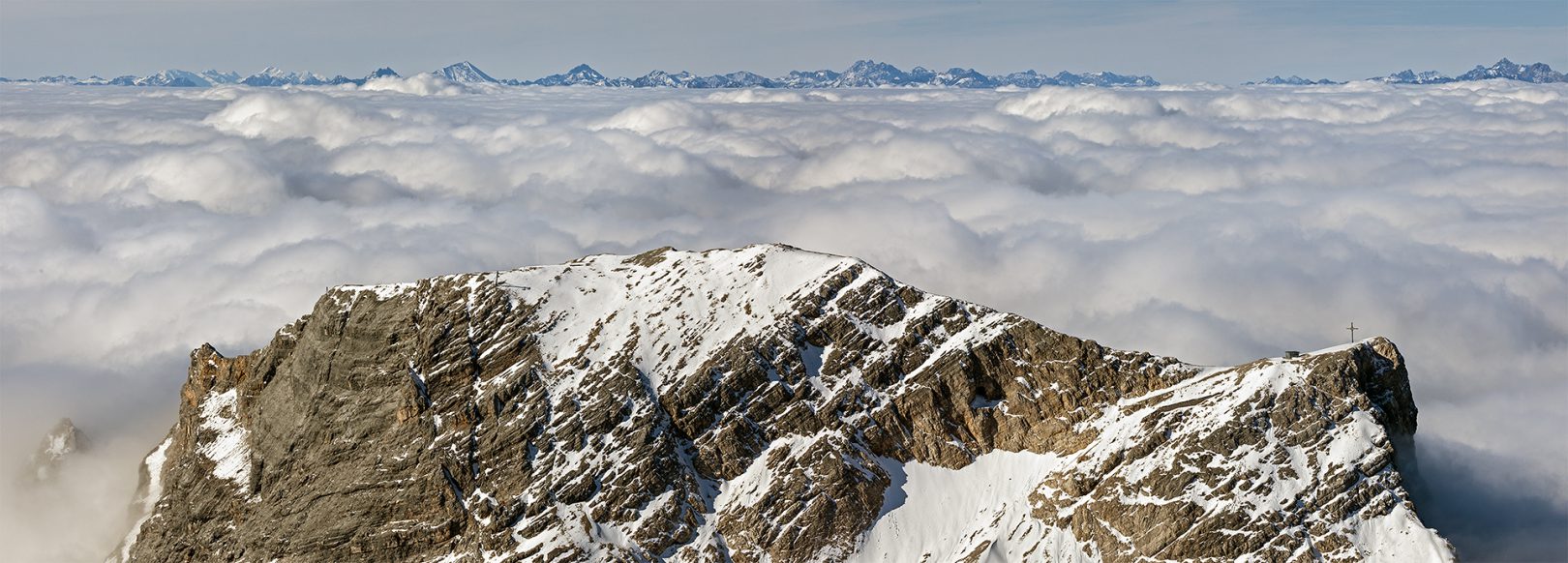
Auf dem Zugspitzgipfel sollte man gewesen sein, am besten öfters. Sicher nicht, weil die Bebauung eine architektonische Glanzleistung darstellt, sondern der Aussicht wegen und um die unterschiedlichen Lichtstimmungen zu genießen. Eine Möglichkeit, dieses zu realisieren, wäre eine Übernachtung im Münchener Haus des DAV:
https://www.alpenverein-muenchen-oberland.de/huetten/alpenvereinshuetten/muenchner-haus
Mit der Foto-Webcam des DWD (bei foto-webcam.eu) geht das allerdings auch von zu Hause aus. Wer Lust hat, darf für private Zwecke das ganze Fotoarchiv durchblättern und die besten Fotos herunterladen. Exemplarisch habe ich das mal für Euch getan, und zwar in FullHD-Auflösung über diesen Link: TOP OF GERMANY.
Grandiose Ausblicke, die ich weiterempfehle, verbunden mit einem Dank an die Webcam-Betreiber:
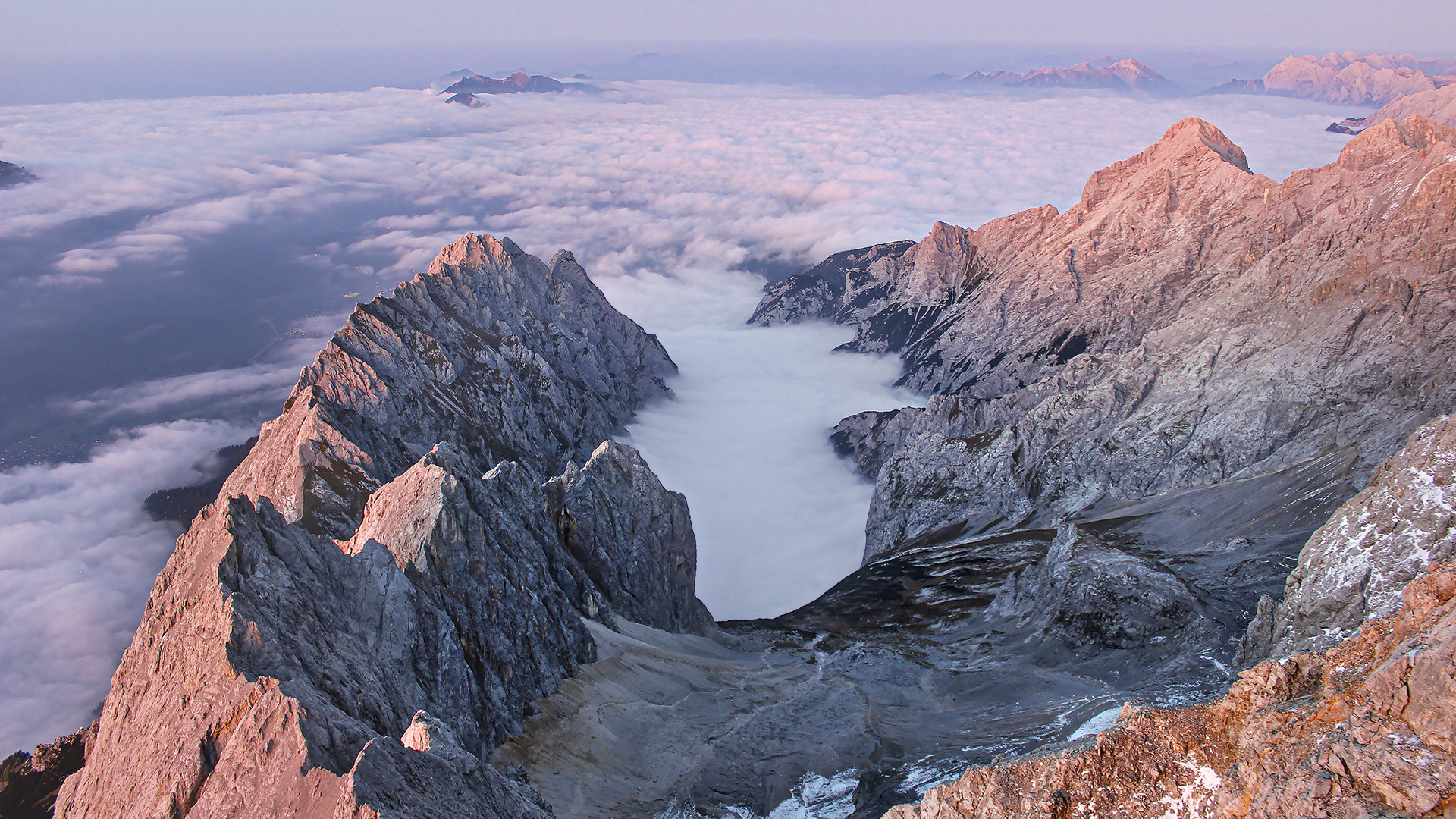
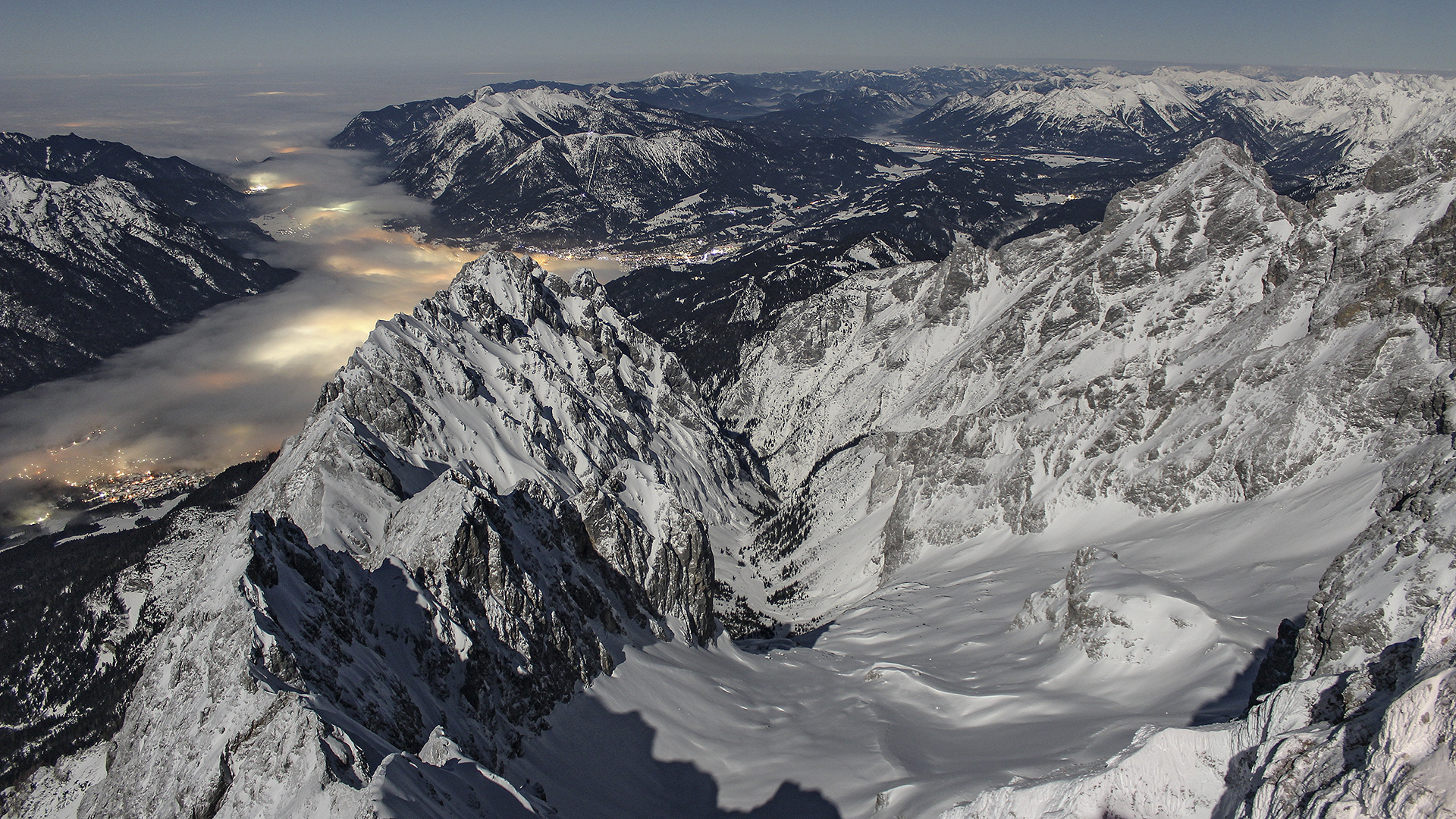
Extraordinary Light – Zugabe in FullHD
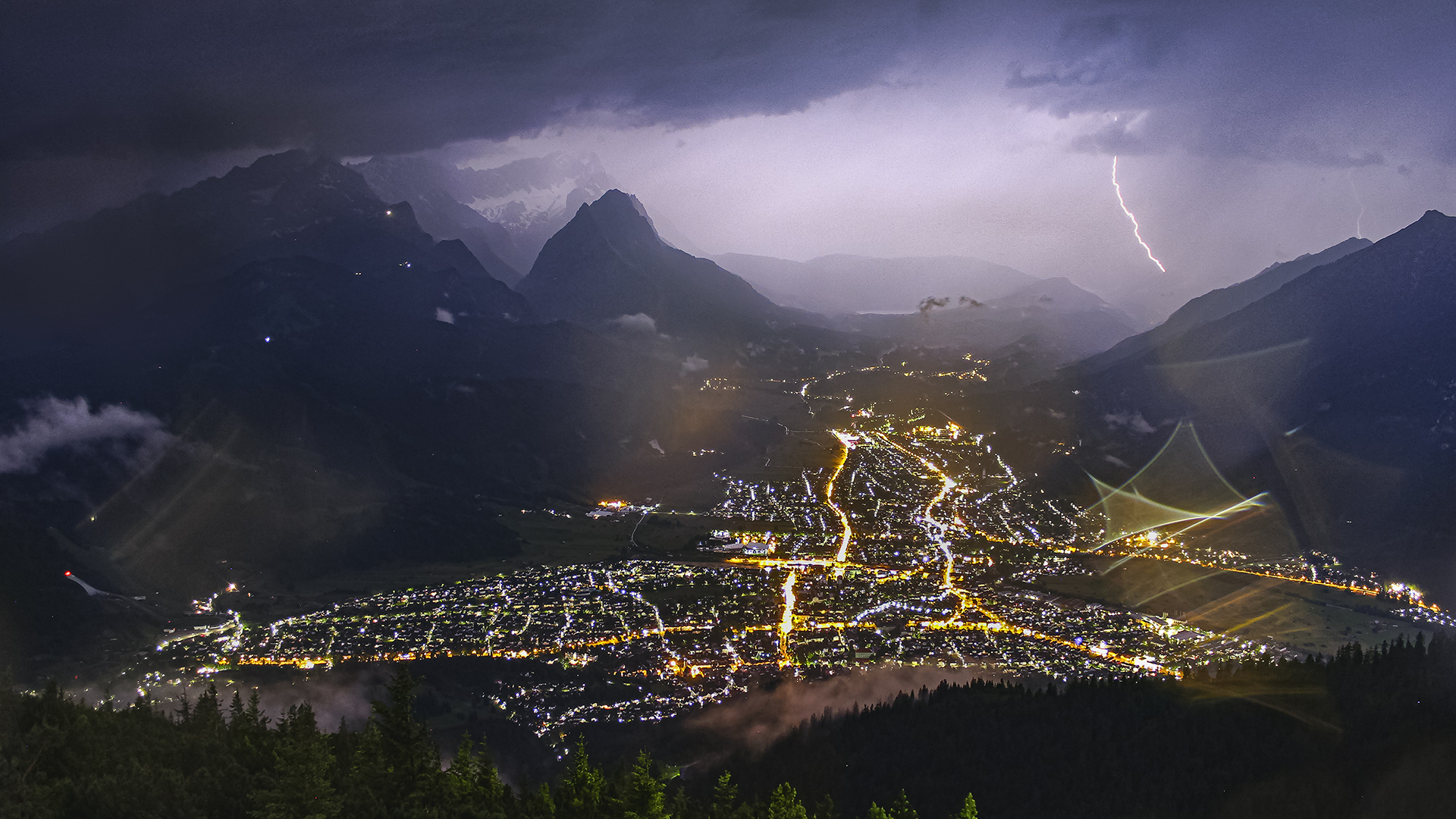
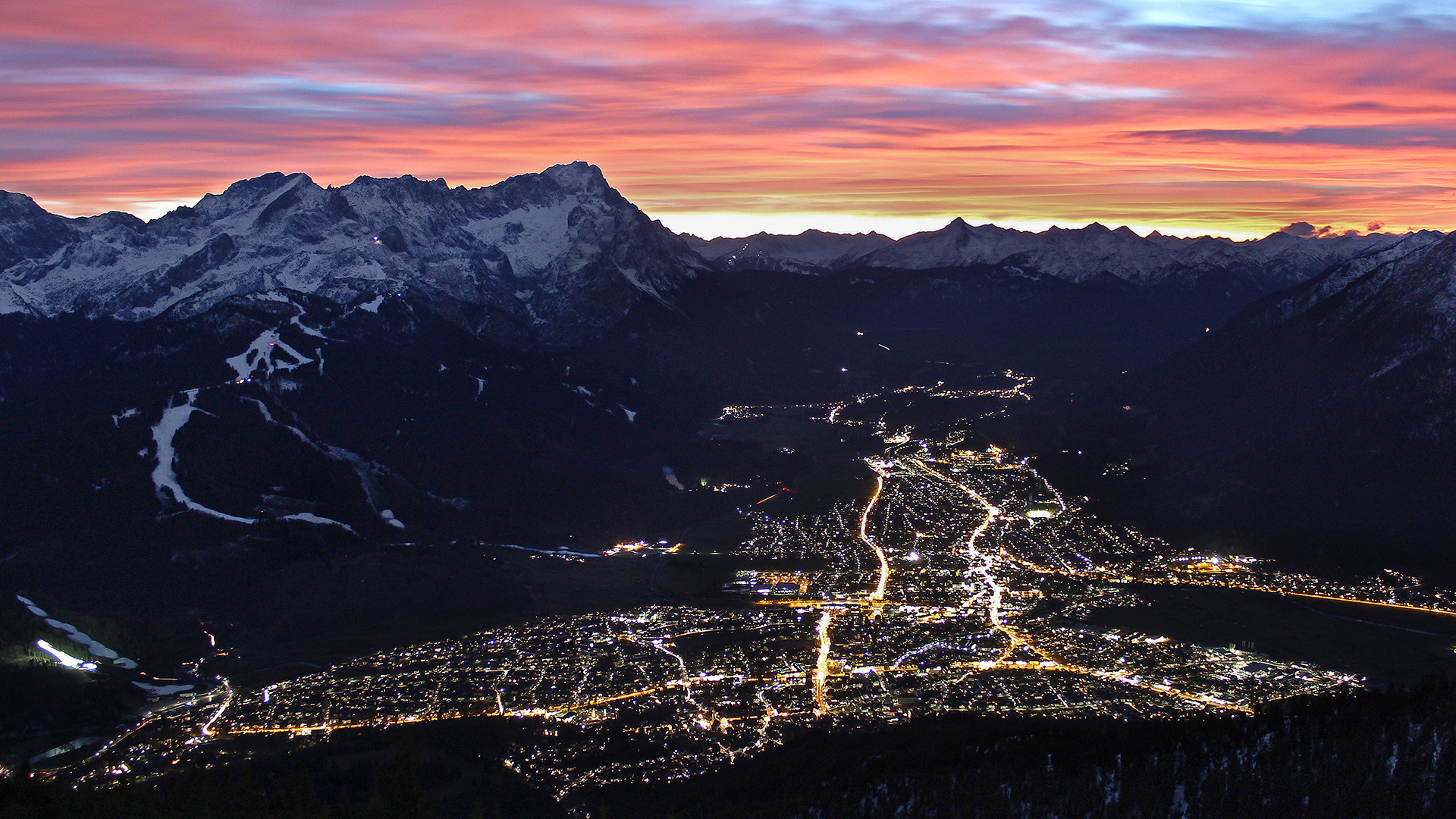

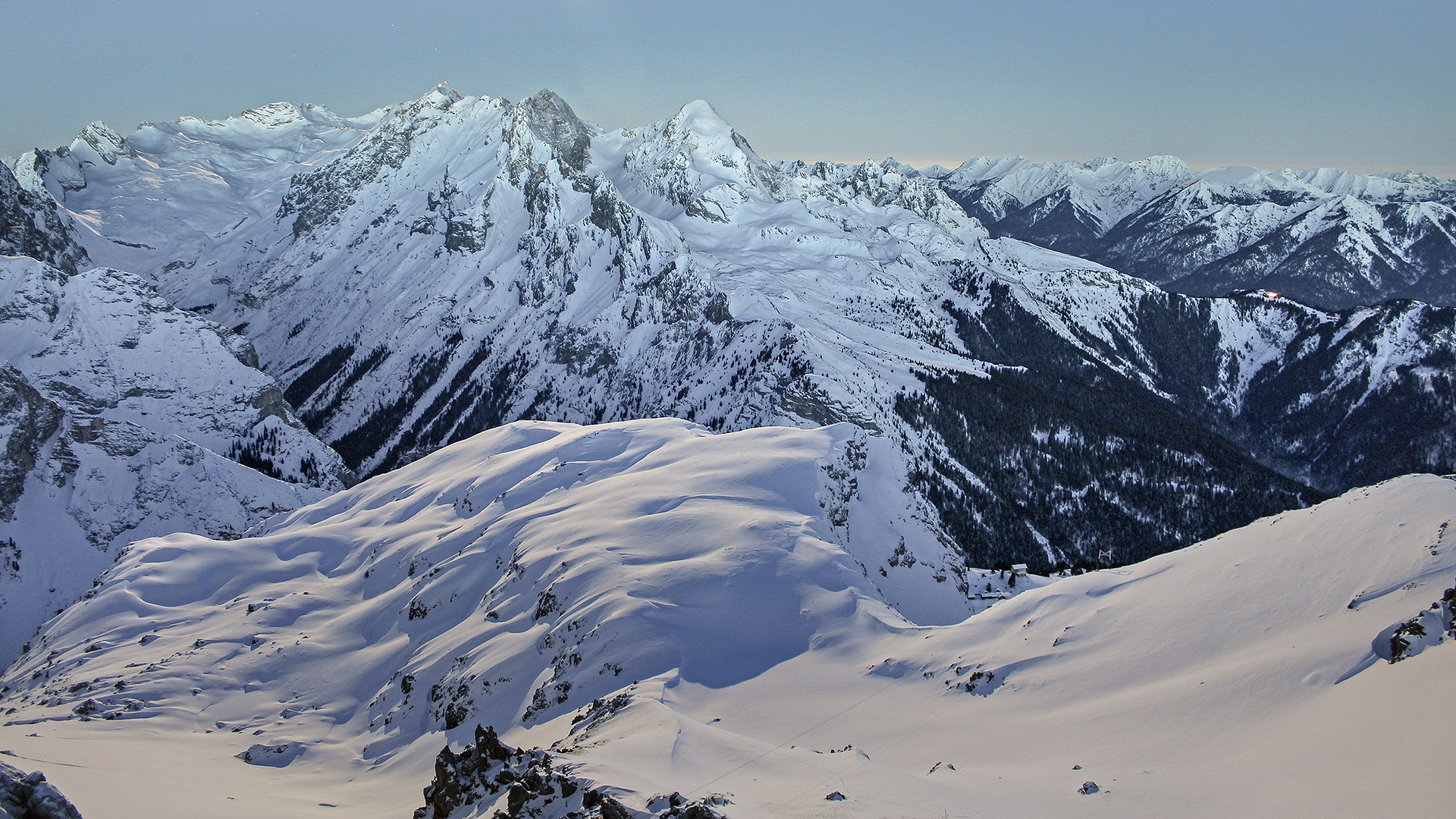
Extraordinary Light – Zugabe in FullHD
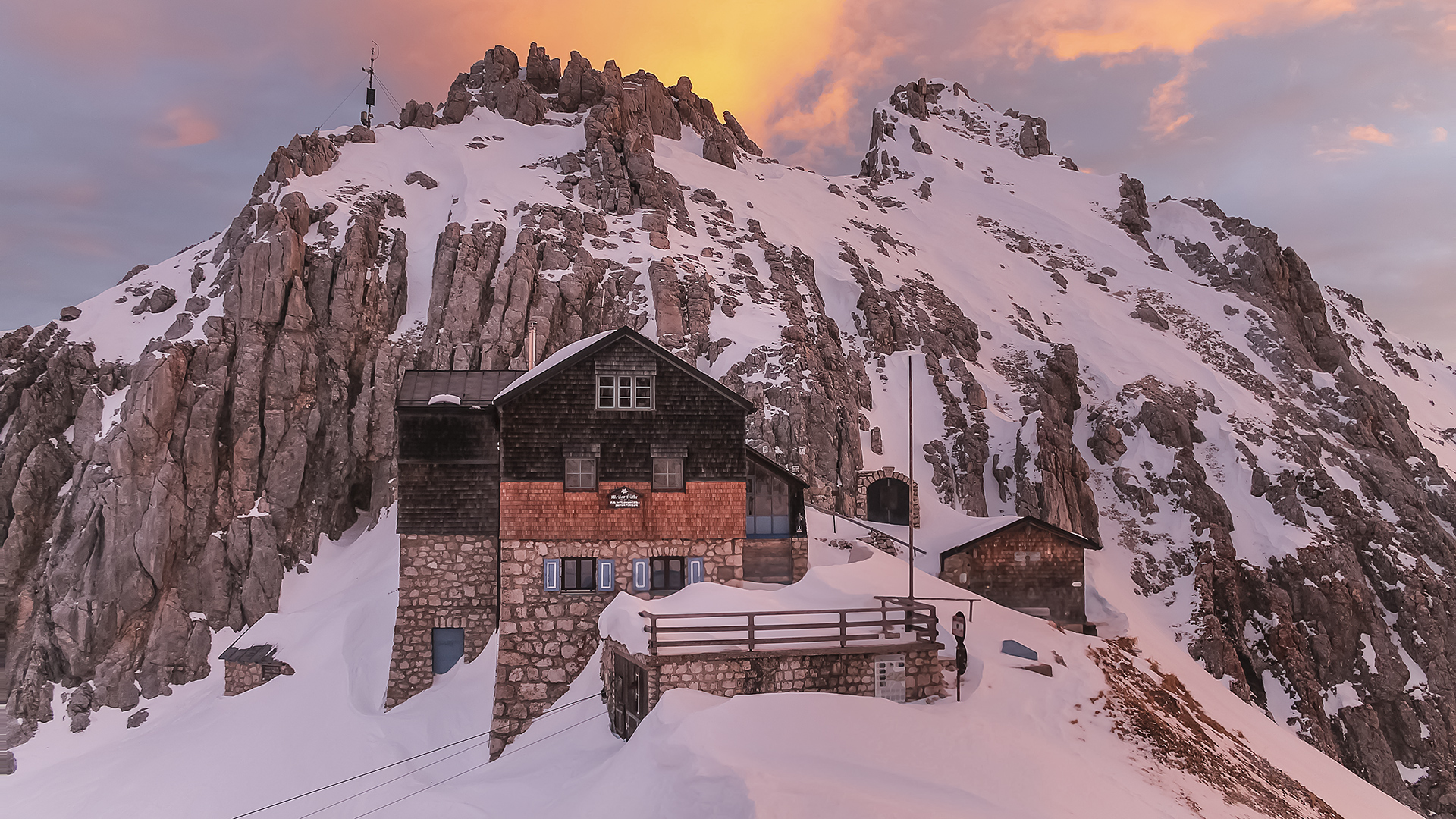
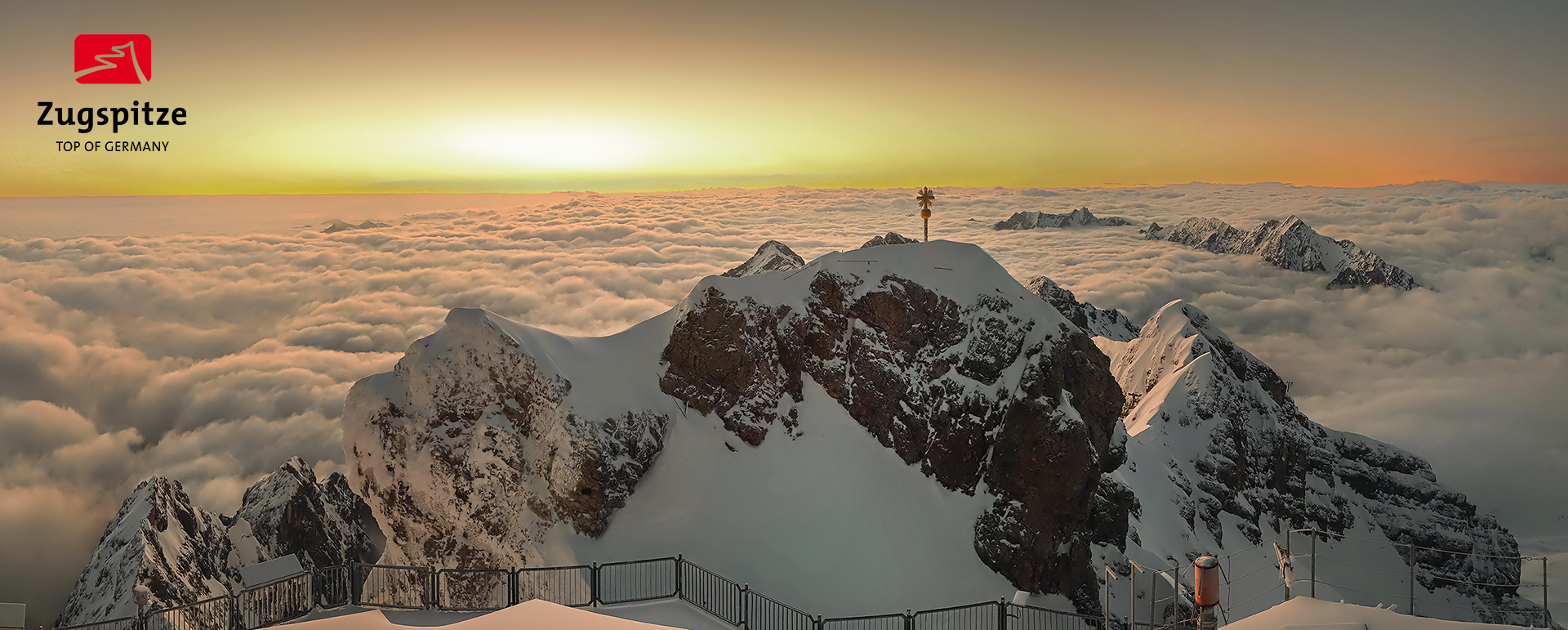

2.963 Meter NN – das ist der höchste Punkt Deutschlands. Für die Alpen insgesamt eigentlich nix Besonderes. Aber das ist bekanntlich alles “Einstein”, also relativ. Zum Vergleich: Die Große (Zinne) der Dreizinnen in den Dolomiten erreicht auch keine 3.000. Denn mit 2.999m fehlt ihr genau ein Meter als Eintrittskarte für diesen elitären “Club”. Spielt das eine Rolle?
Manche finden den “einbetonierten” Zugspitzgipfel zudem “potthässlich”, und das ist nur eine freundliche Beschreibung. Doch auch die Kritiker anerkennen die außergewöhnliche Rundumsicht und den grandiosen Fernblick bei guten und sogar oft dramatischen Wetter- bzw. Lichtverhältnissen. Das gibt es in den Alpen so nicht häufig. In den Westalpen finden wir natürlich viele 4.000er. Und der große weiße Berg bei Chamonix schafft sogar 4.810 Meter. Solche geographischen Höhenrekorde sind jedoch kein Wert an sich. Fakt ist vielmehr: Nicht viele exponierte touristische Aussichtspunkte mit direktem Seilbahnzugang in den Alpen liegen über 3.000 Höhenmeter. Nur das Kleine Matterhorn im Wallis oder die Aiguille du Midi am Mont Blanc überragen die Zugspitze sehr deutlich. Und deshalb ist der Zugspitzgipfel schon ein absolut begründeter Tipp für THE ART OF VISON – mit und ohne Kamera.
Aber auch der Blick von benachbarten bekannten Aussichtspunkten rund um Garmisch wie Wankhaus und Meilerhütte auf das gegenüberliegende Zugspitzmassiv sind von außergewöhnlichem Reiz, weshalb ich diese Orte hiermit ausdrücklich empfehle. Der DAV hat die dortigen Webcams auf jeden Fall als absolute Highlights unter den sonstigen Fotowebcams bei foto-webcam.eu aufstellen lassen. Es ist schön, dass es solche live view Möglichkeiten im Internet gibt, zumal wenn man z.B. Pandemie bedingt oder aus sonstigen gesundheitlichen Gründen die physischen Optionen vor Ort nicht bzw. nicht mehr selber wahrnehmen kann. Das Auge kann sich trotzdem daran erfreuen. Herzlichen Dank dafür!
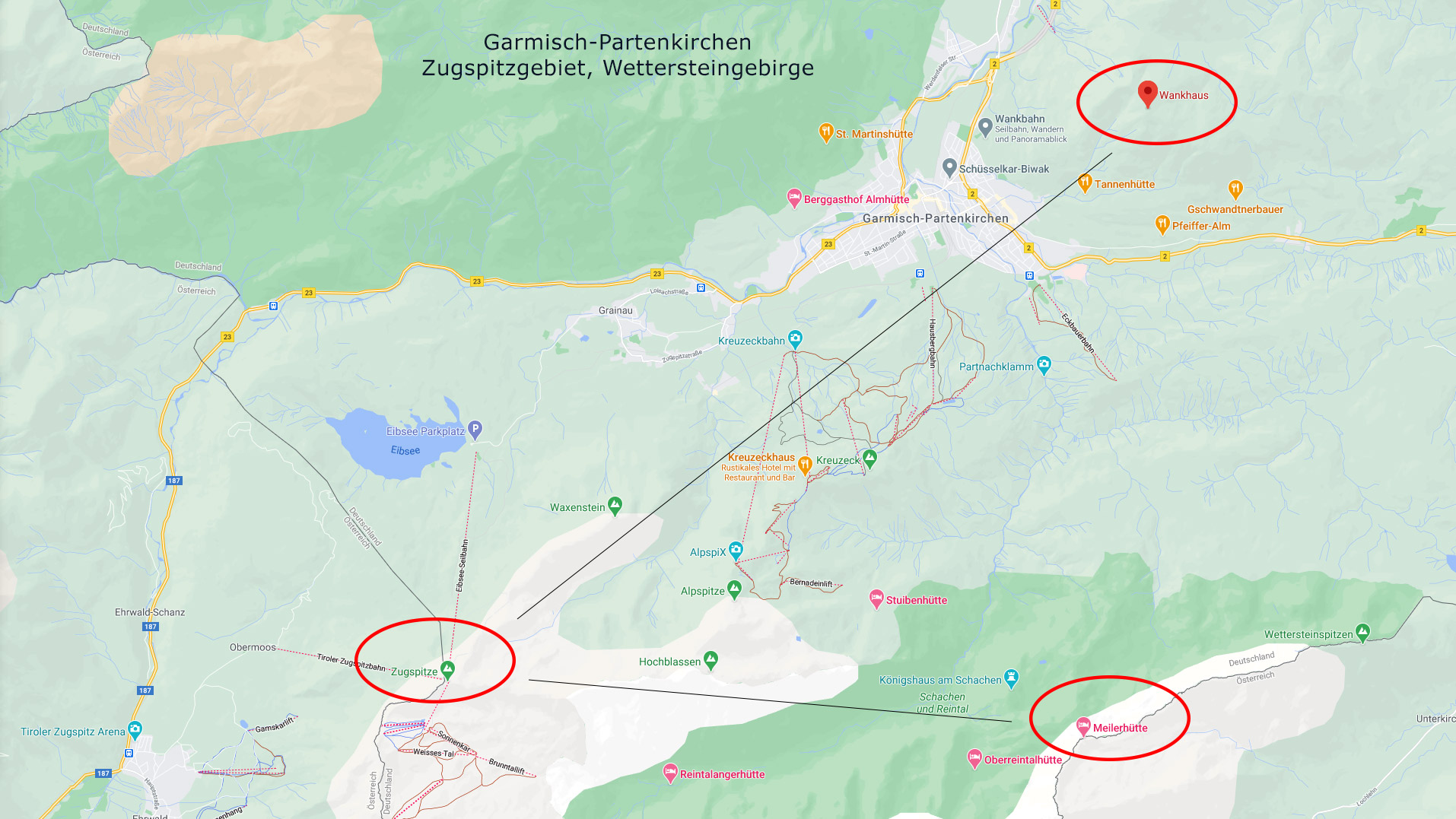
English Translation
2,963 metres above sea level – that’s the highest point in Germany. Nothing special for the Alps as a whole. But as we know, that’s all “Einstein”, so it’s relative. By way of comparison, the Große (Große) Zinne of the Dreizinnen in the Dolomites doesn’t reach 3,000 either, because at 2,999m it’s exactly one metre short of an entrance ticket to this elite “club”. Does that matter?
Some also find the “concreted-in” Zugspitze peak “butt-ugly”, and that’s just a kind description. But even the critics acknowledge the extraordinary all-round view and the magnificent distant view in good and even often dramatic weather or light conditions. This does not happen very often in the Alps. In the Western Alps, of course, we find many 4,000-metres peaks. And the great white mountain near Chamonix even manages 4,810 metres. However, such geographical altitude records are not a value in themselves. The fact is: not many exposed tourist lookout points with direct cable car access in the Alps are above 3,000 metres in altitude. Only the Kleine Matterhorn in Valais or the Aiguille du Midi on Mont Blanc tower very clearly above the Zugspitze. And that is why the Zugspitze summit is already an absolutely justified tip for THE ART OF VISON – with or without a camera.
But the view of the Zugspitze massif opposite from neighbouring well-known vantage points around Garmisch such as Wankhaus and Meilerhütte are also of exceptional charm, which is why I hereby expressly recommend these places. The DAV has definitely put up the webcams there as absolute highlights among the other photo webcams at foto-webcam.eu. It’s nice that there are such live view possibilities on the internet, especially if you can’t or can no longer take advantage of the physical options on site, e.g. due to a pandemic or for other health reasons. The eye can still enjoy it. Many thanks for this!
Zugabe für Winter-Fans: Link zum Sonnenaufgang auf dem Jungfraujoch in hoher Auflösung.
Verbunden mit einem Hinweis auf das touristische Angebot der Jungfrau-Bahnen im Berner Oberland, die uns über ihre Webcams diese schönen Motive zur Verfügung stellen:
https://www.jungfrau.ch/de-ch
Winter im Bayerischen Wald
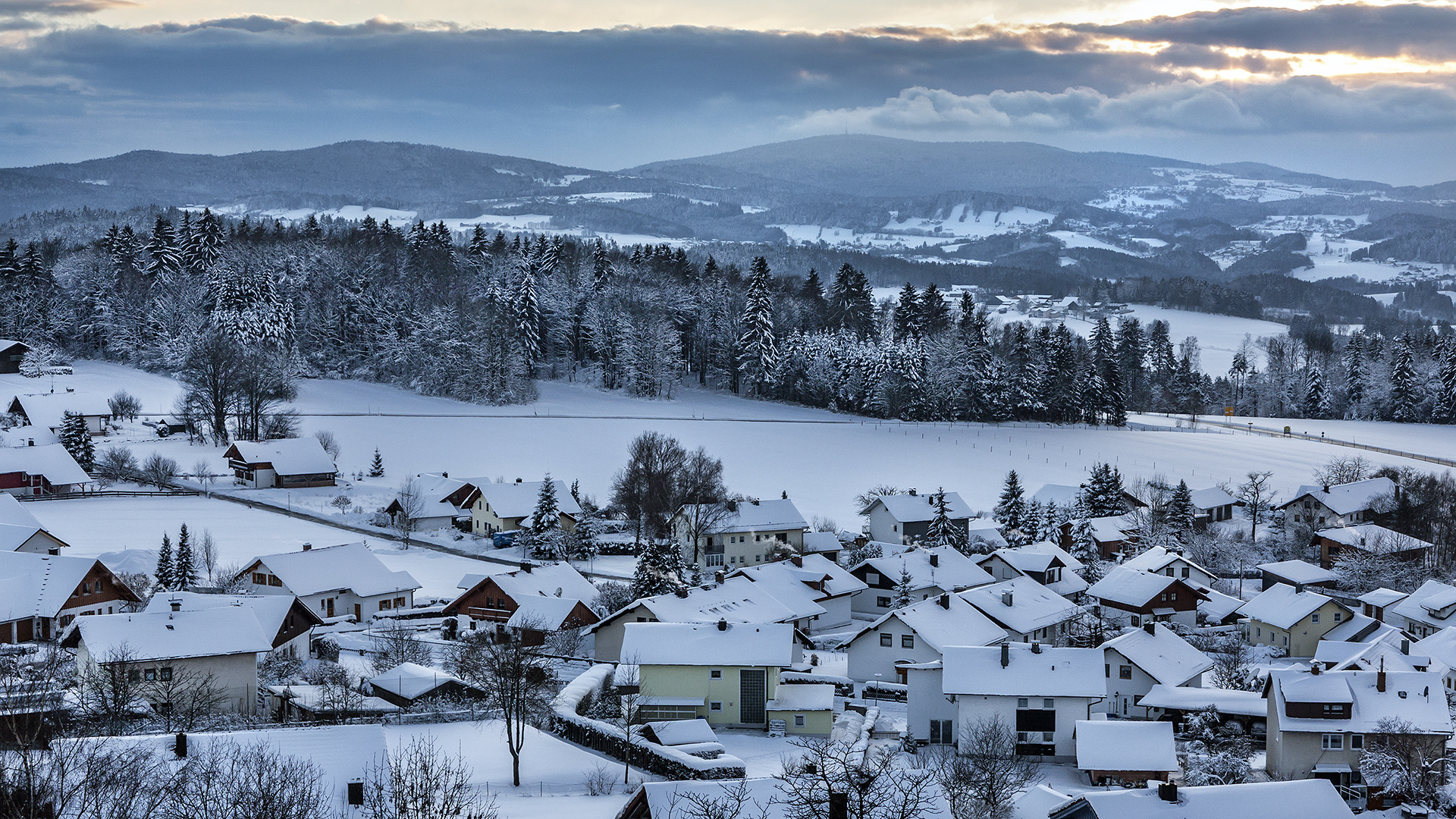
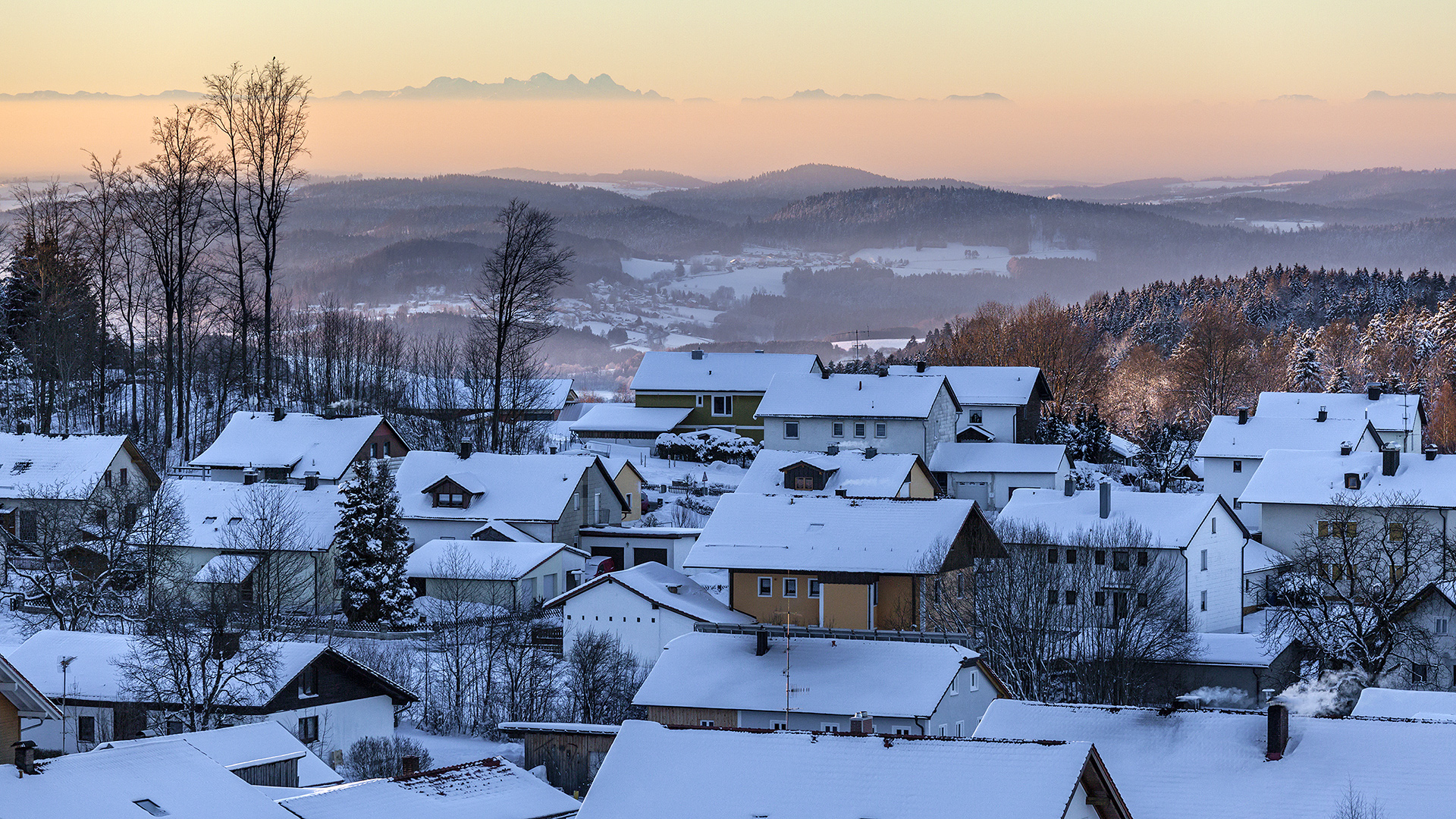
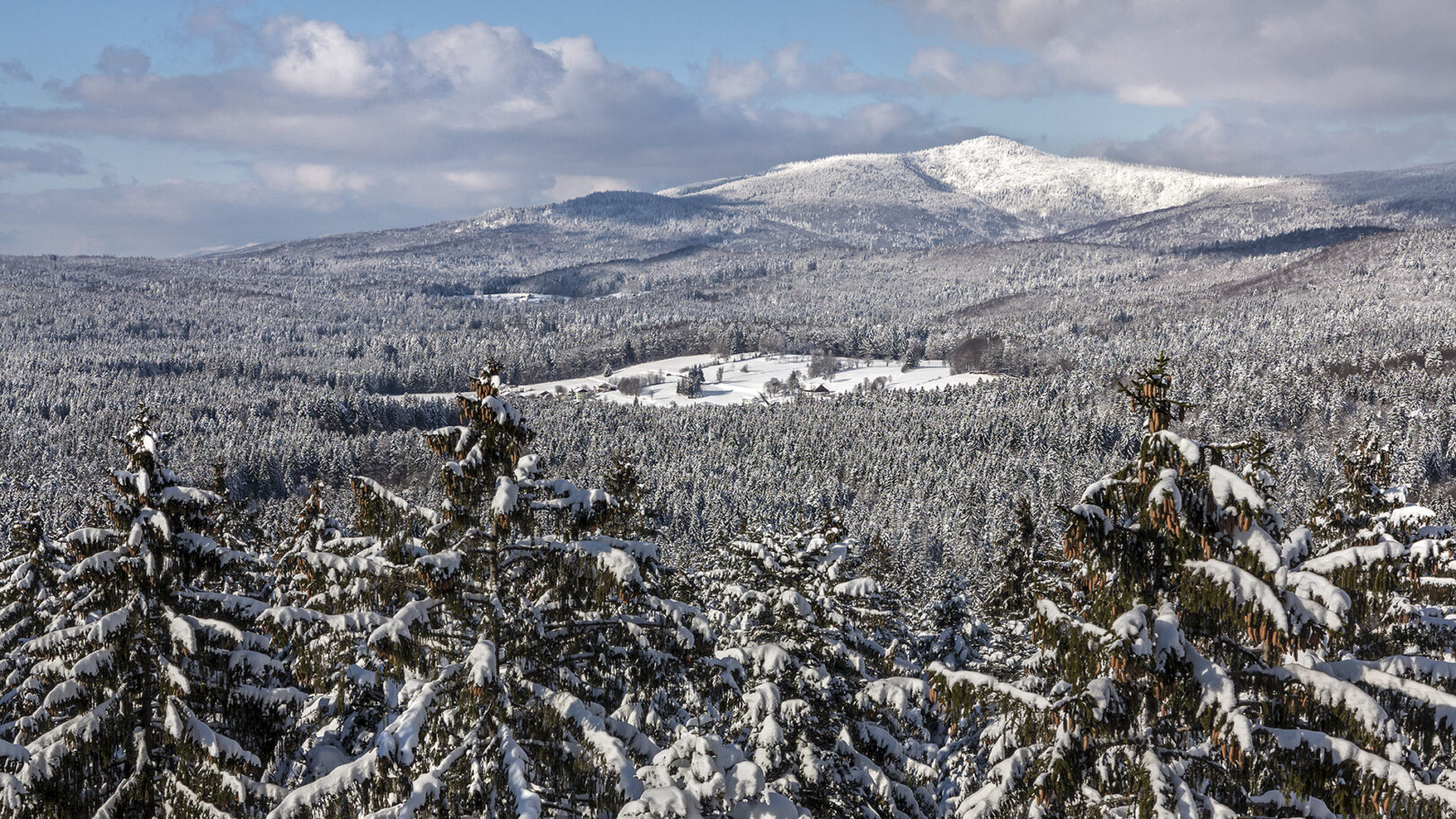
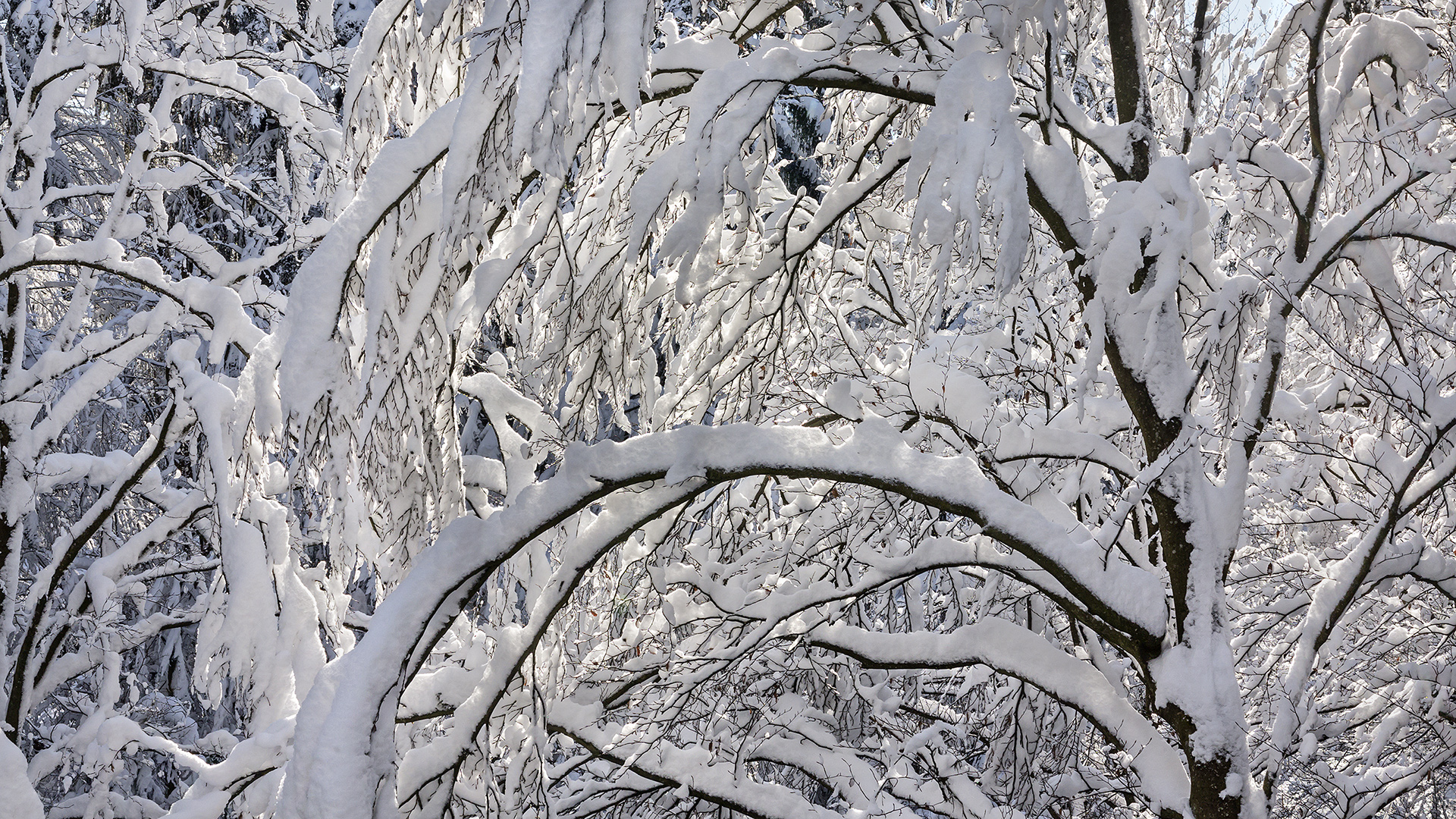

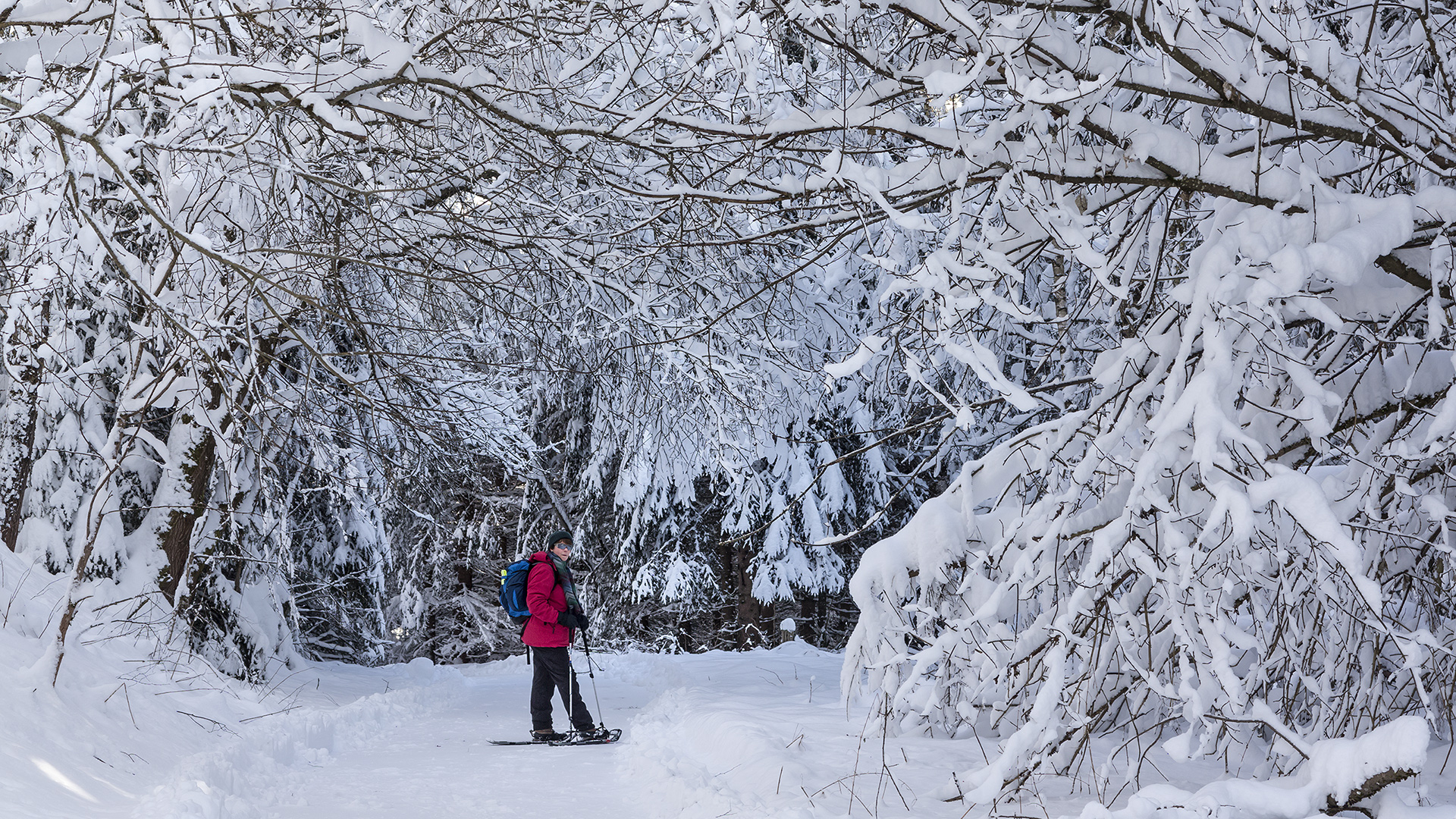
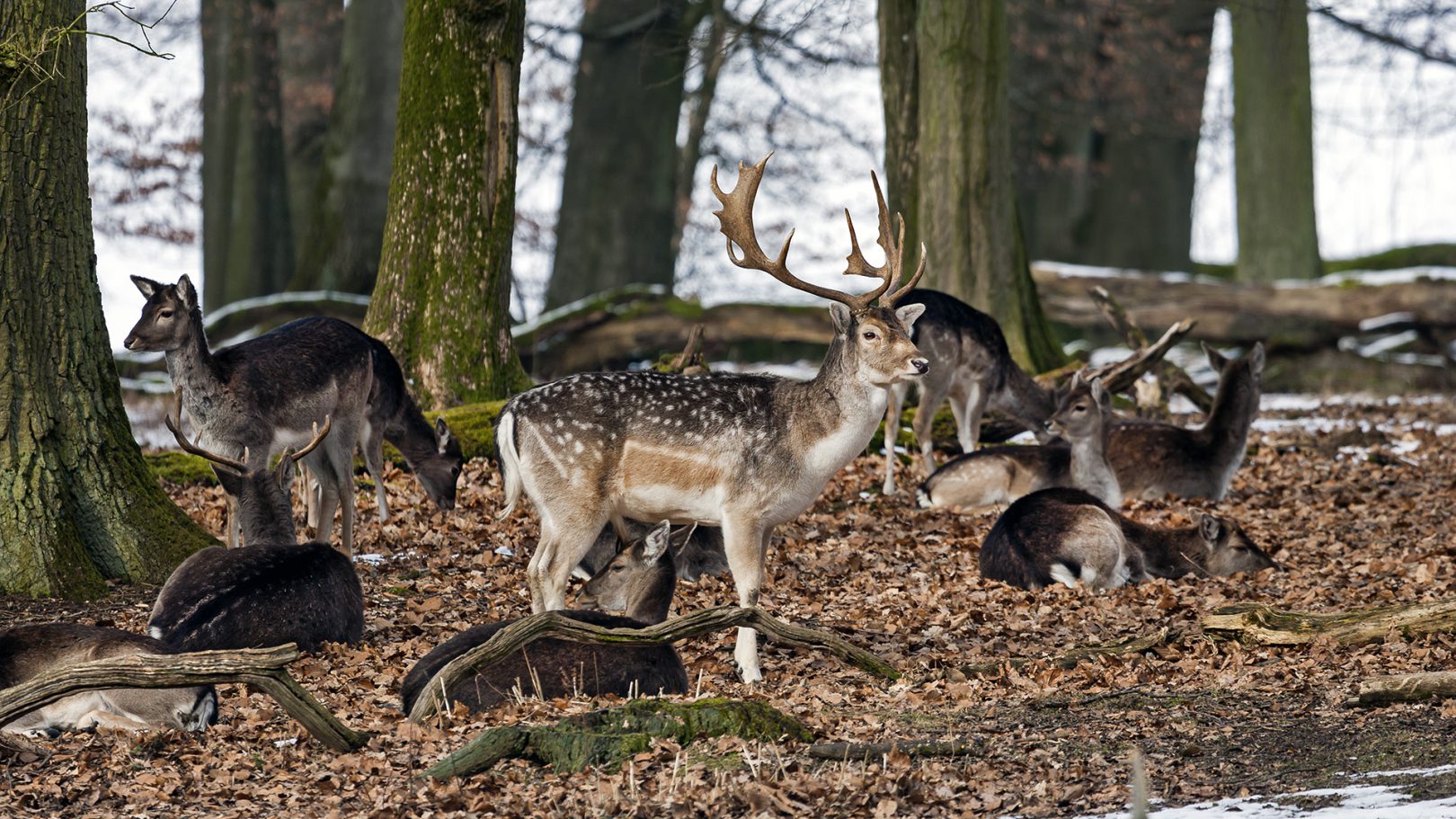
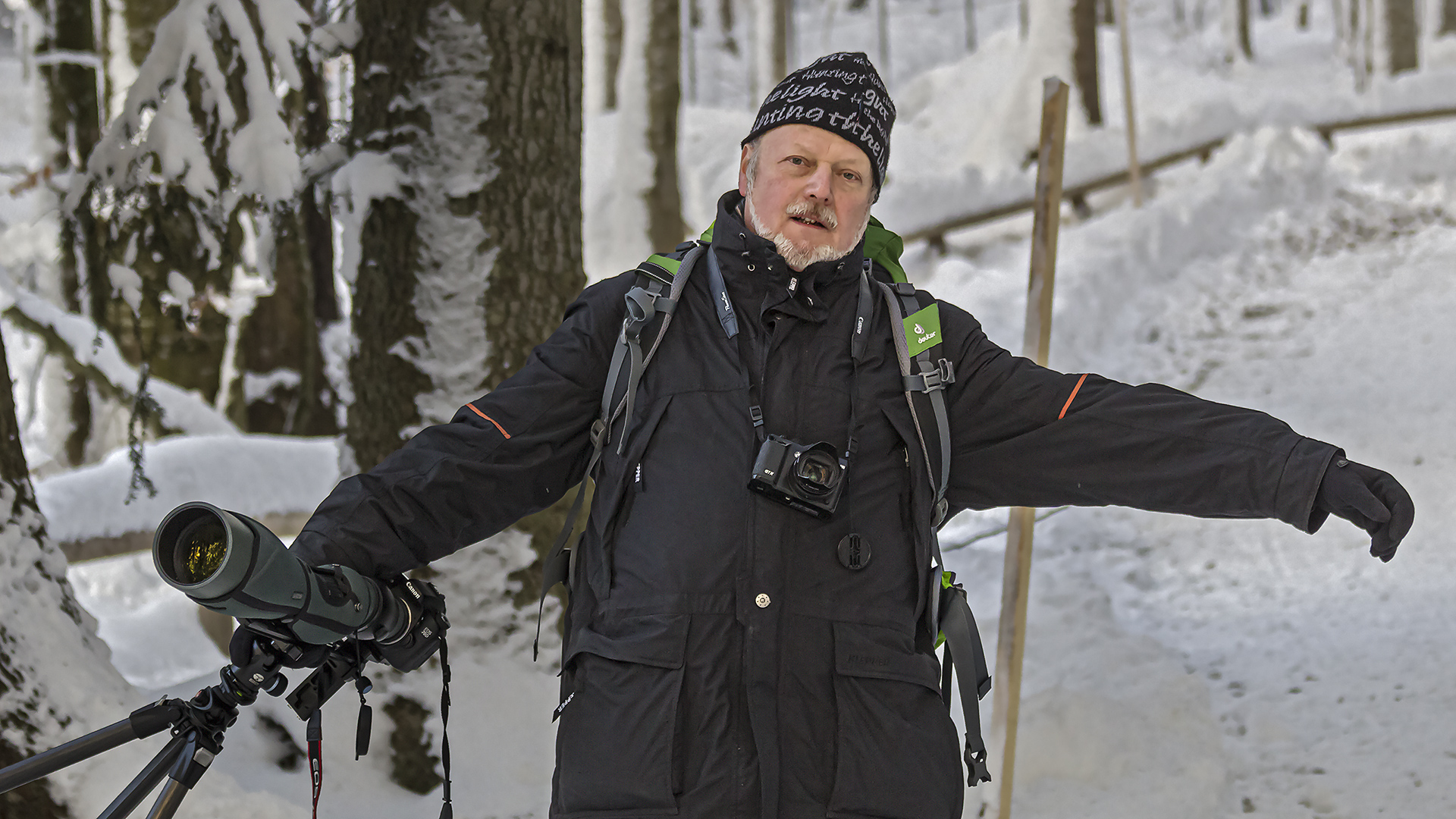
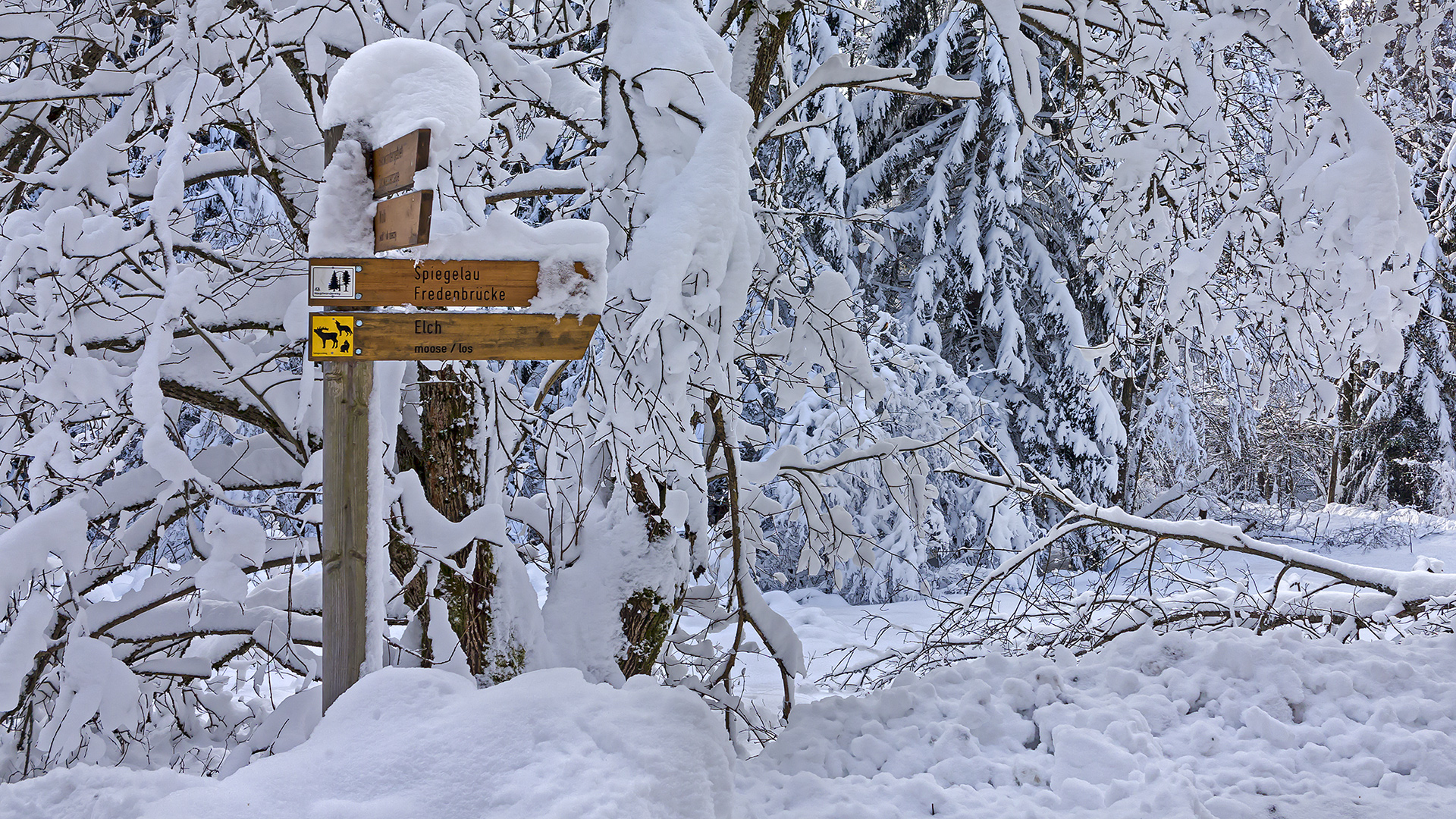
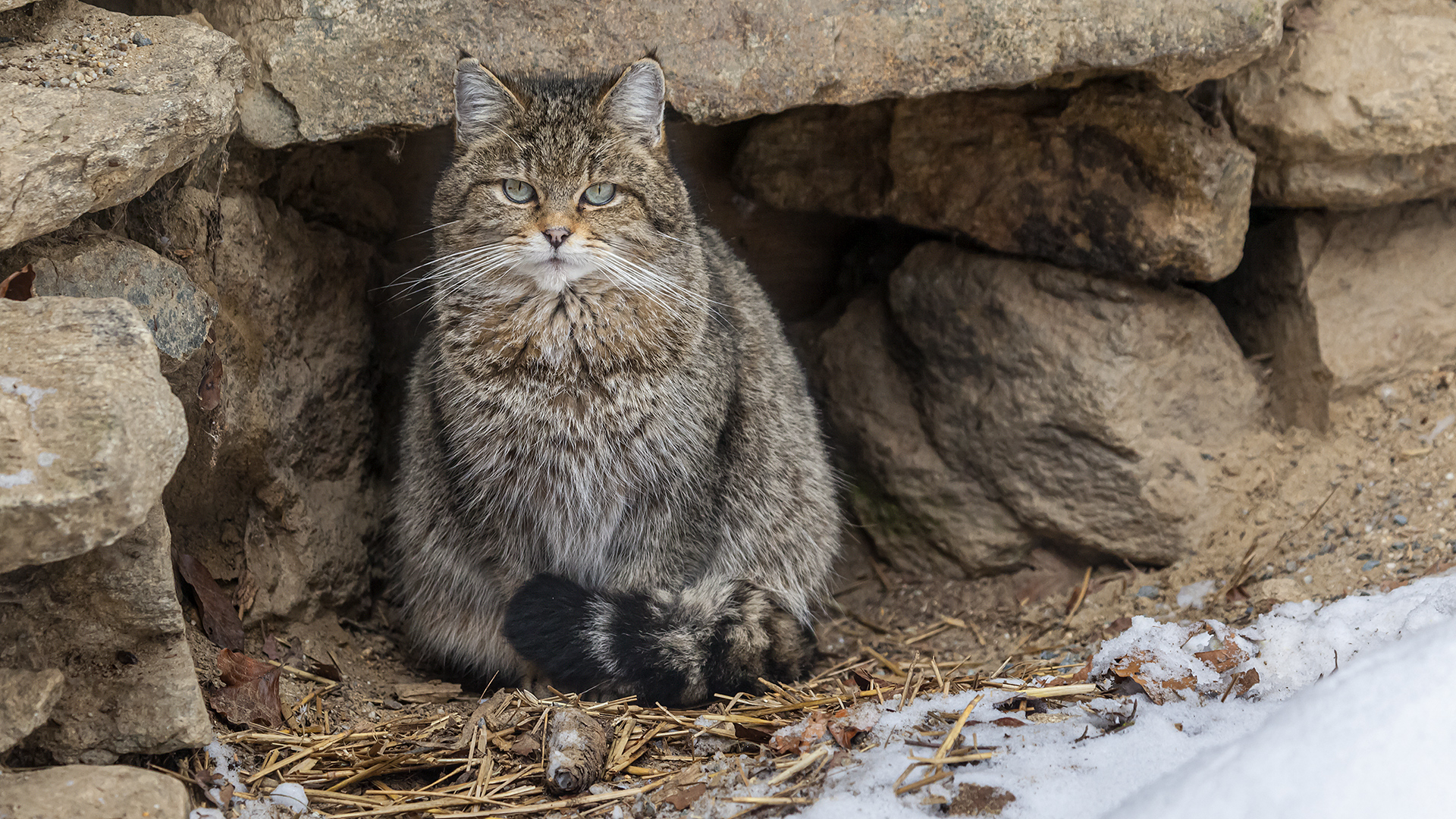
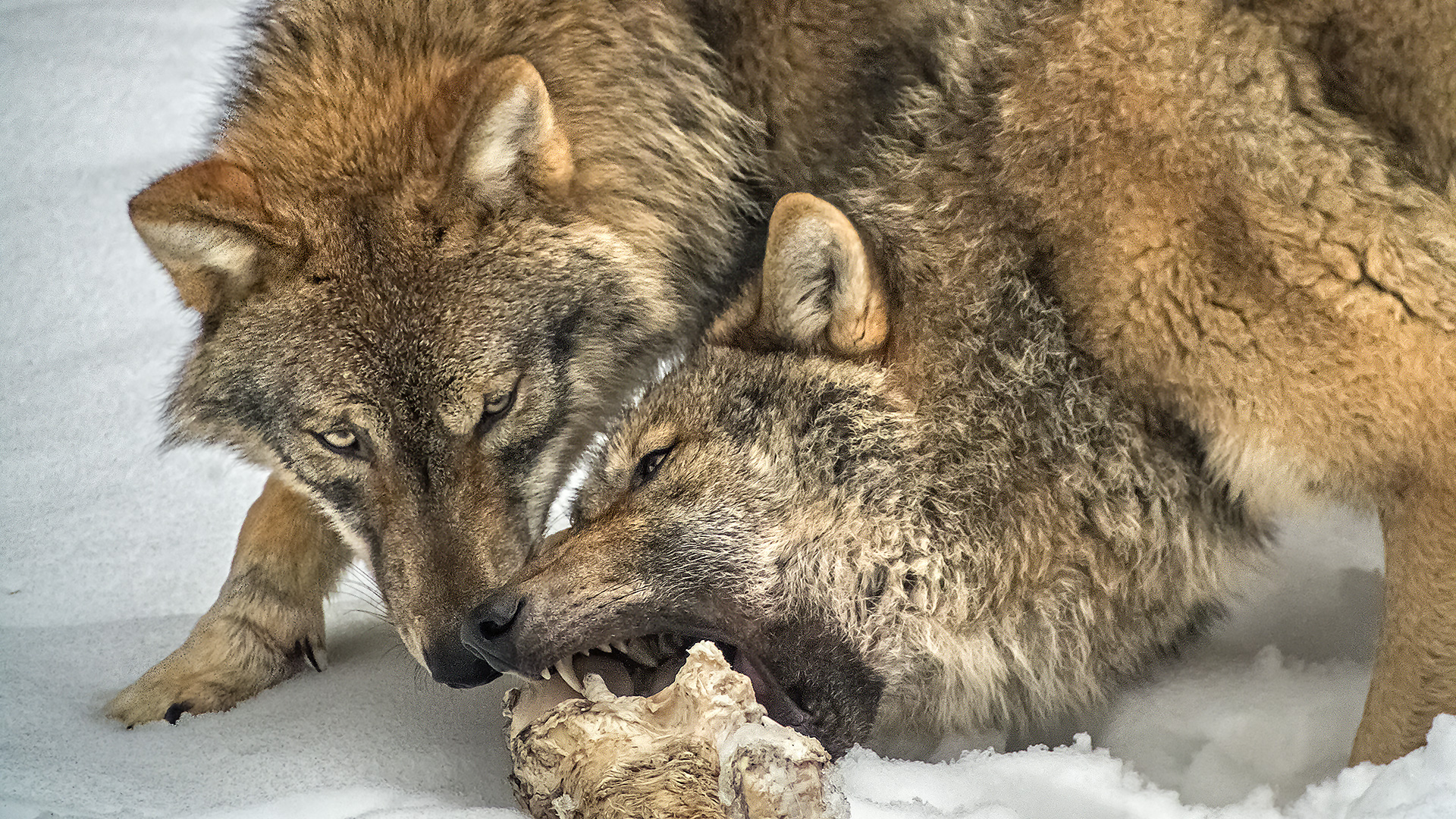
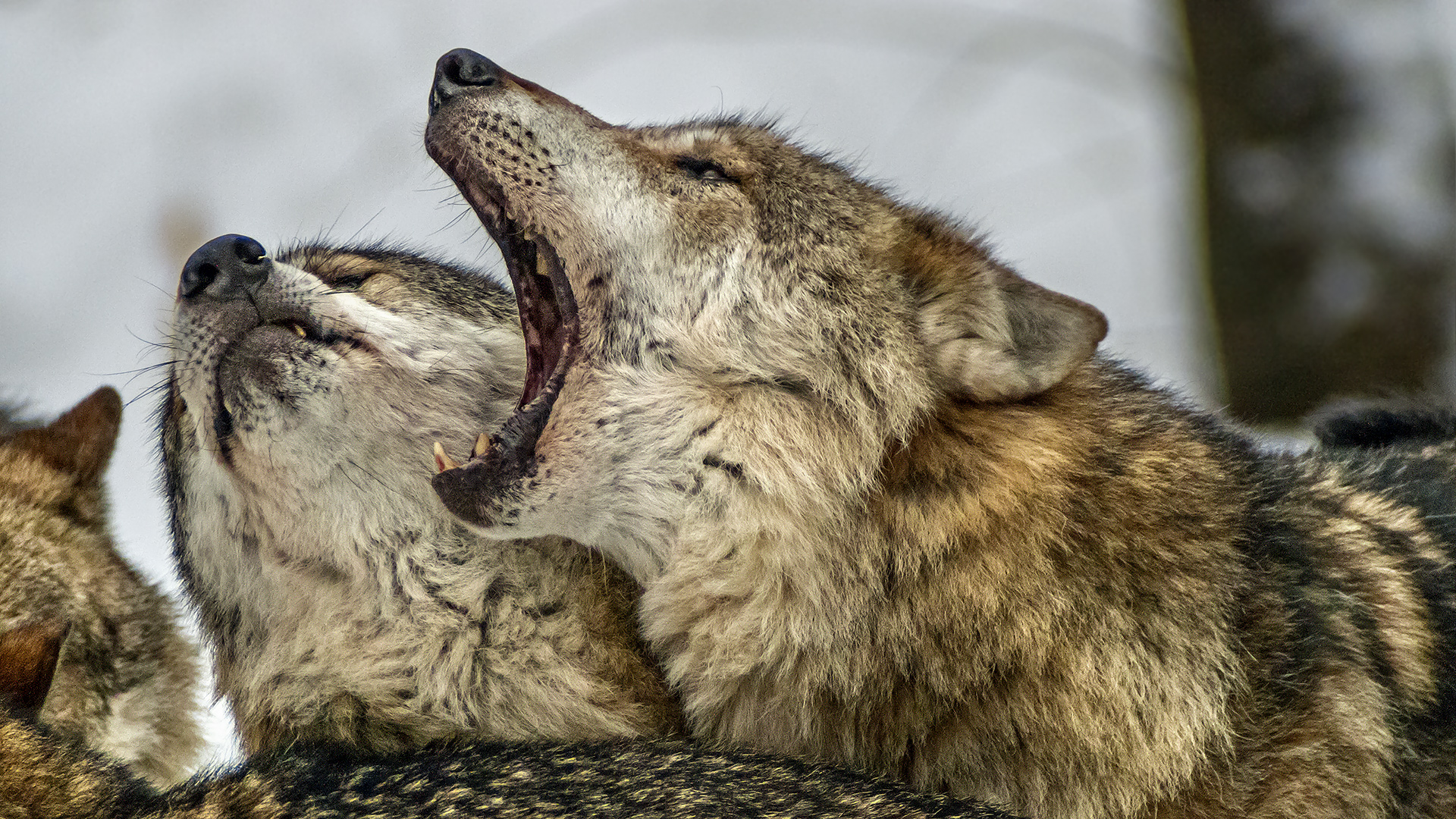
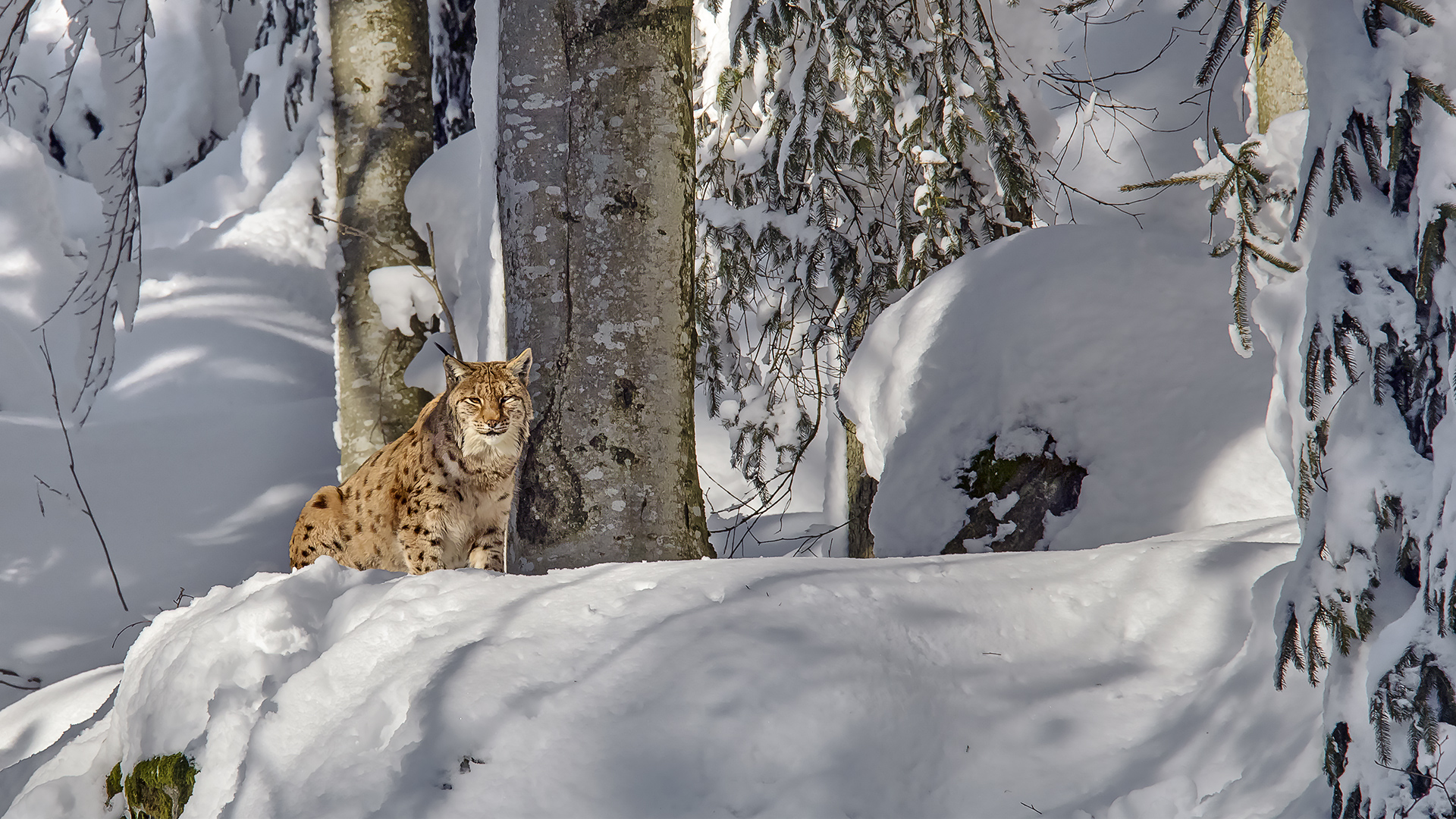

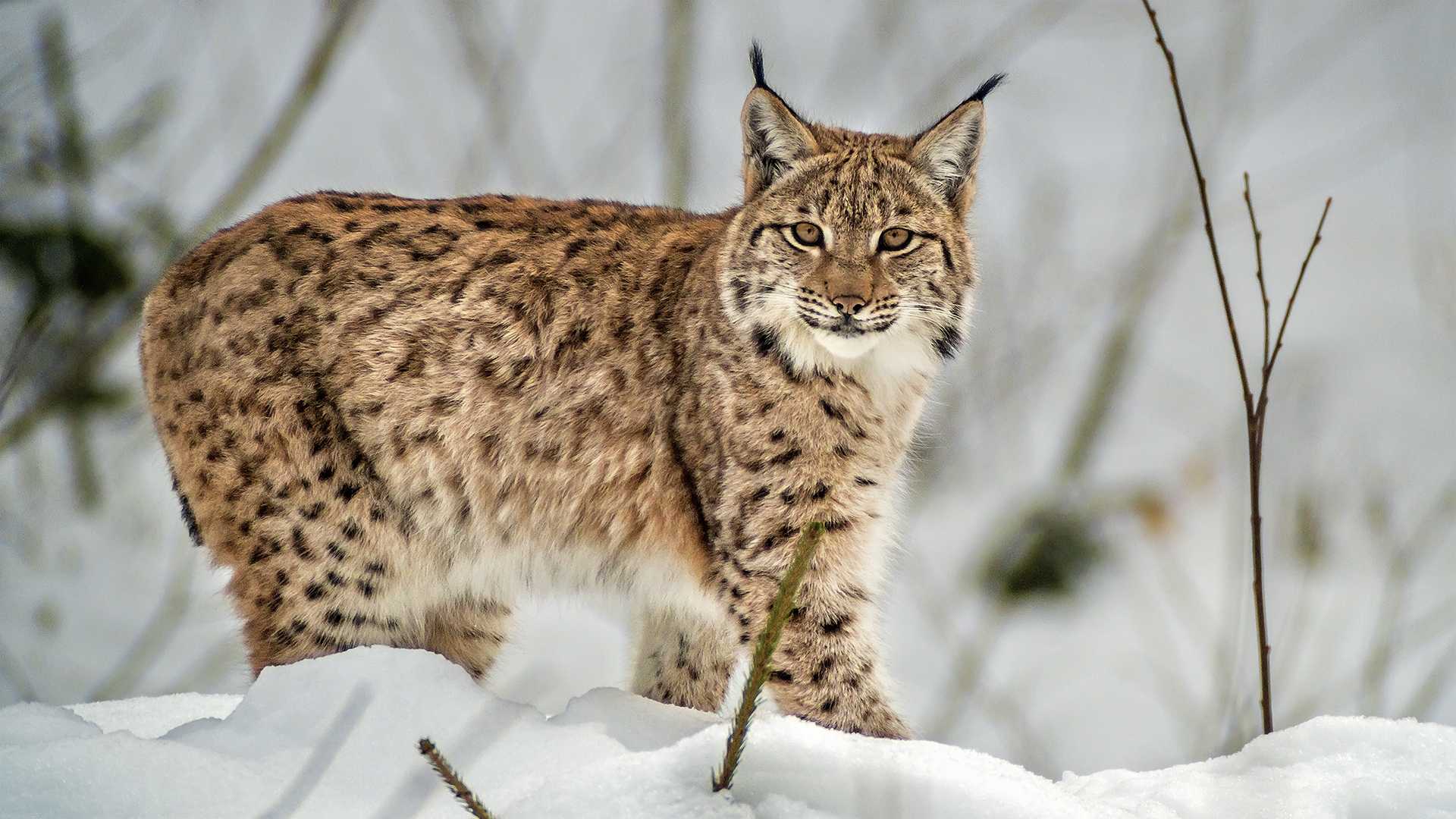
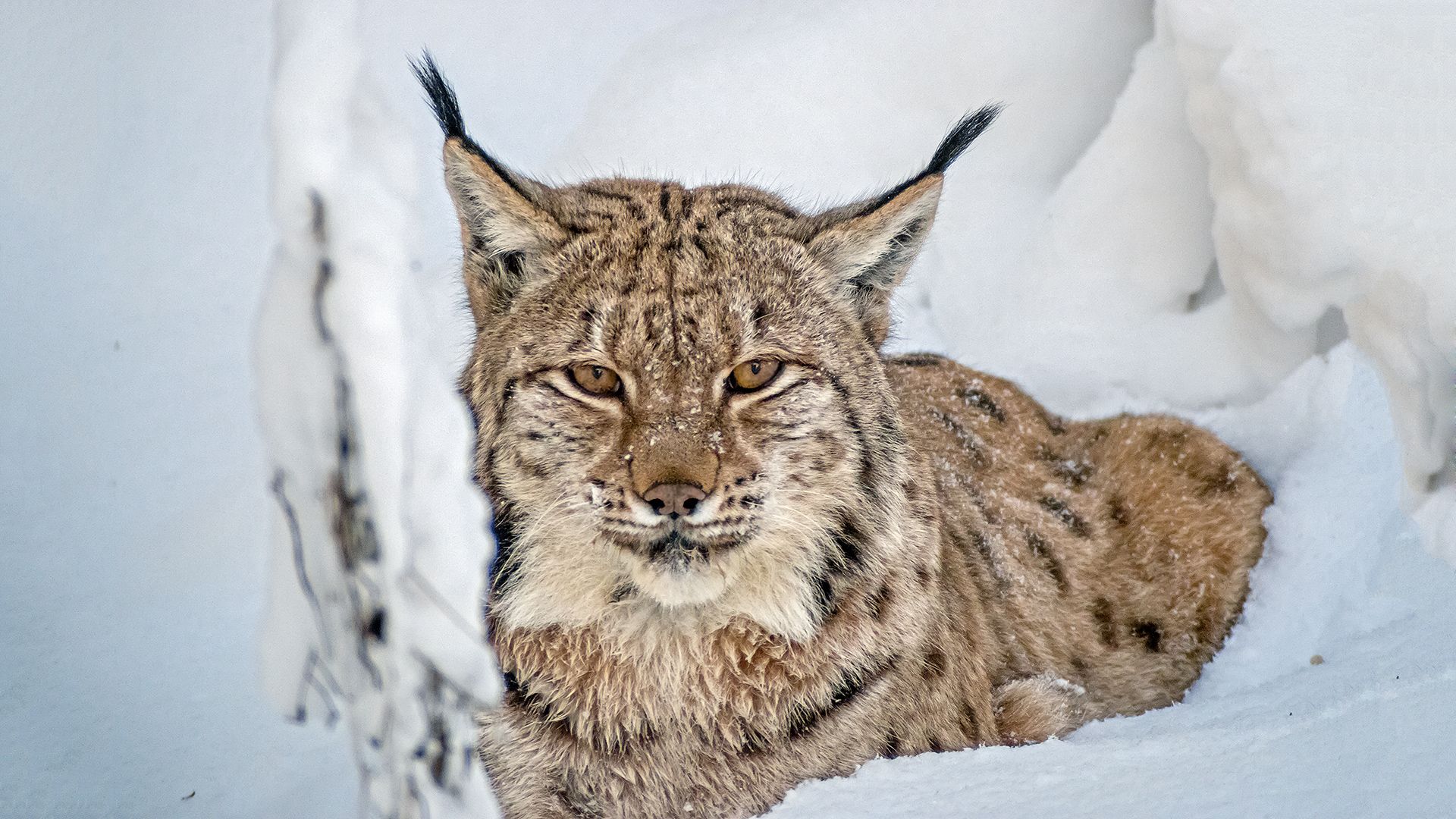
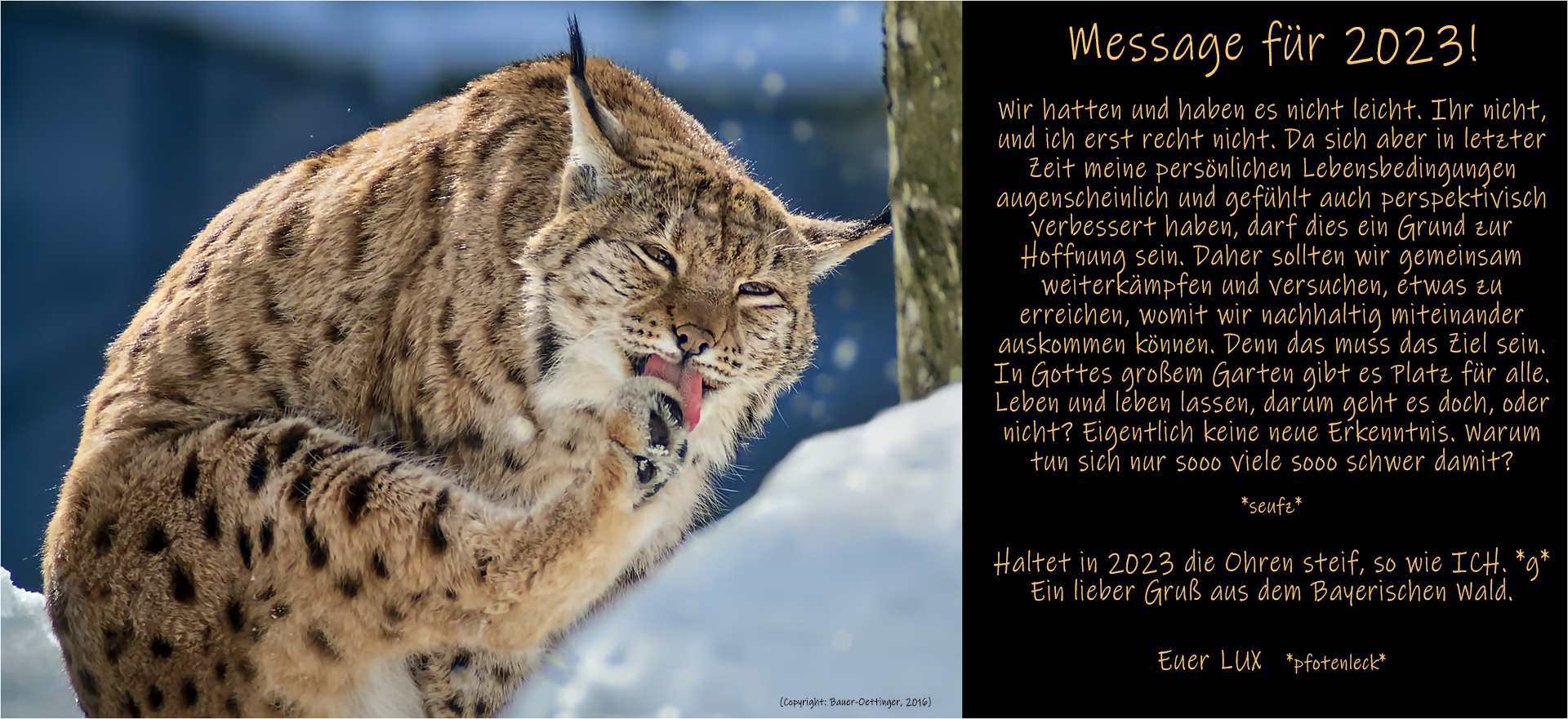
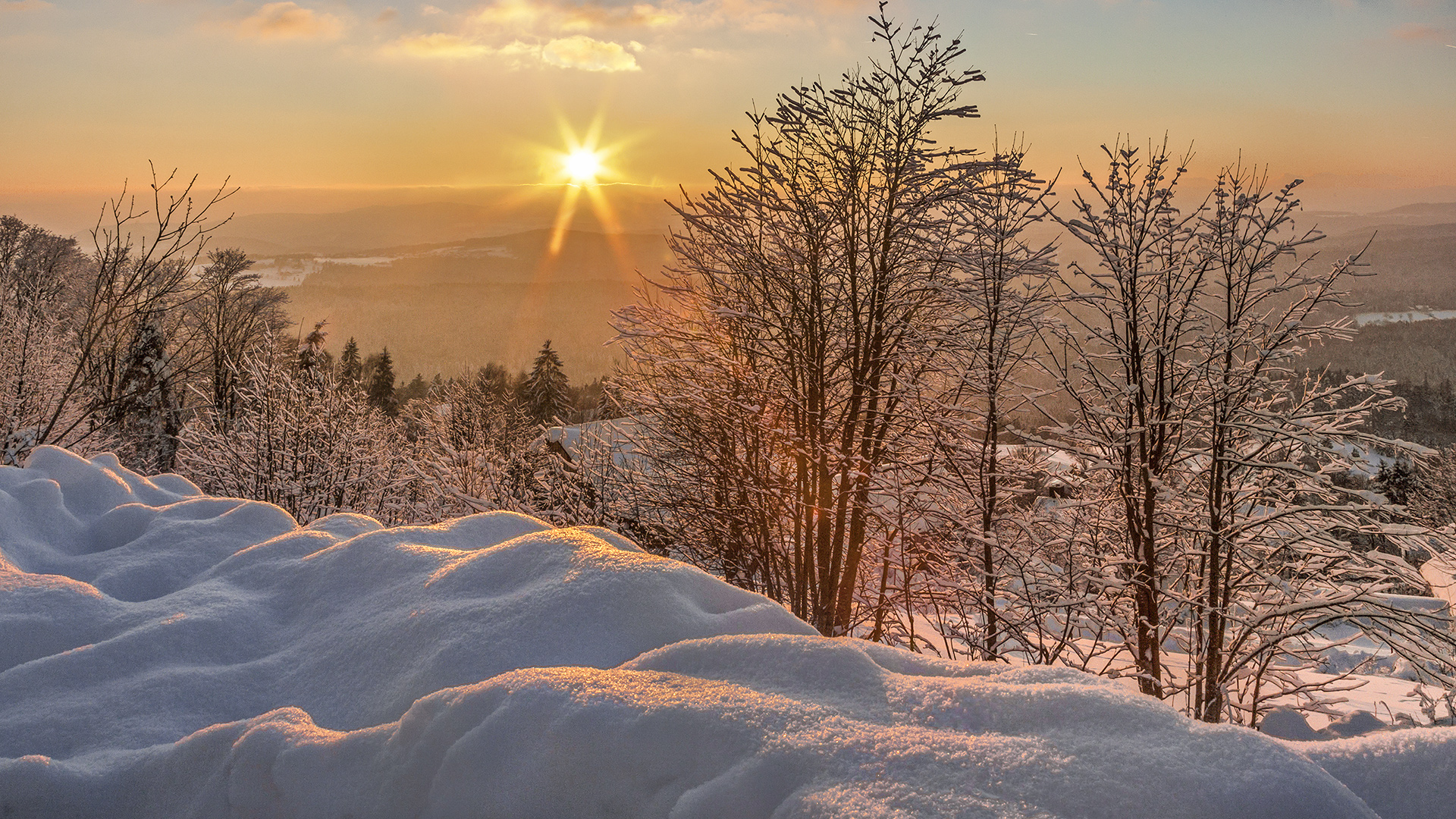
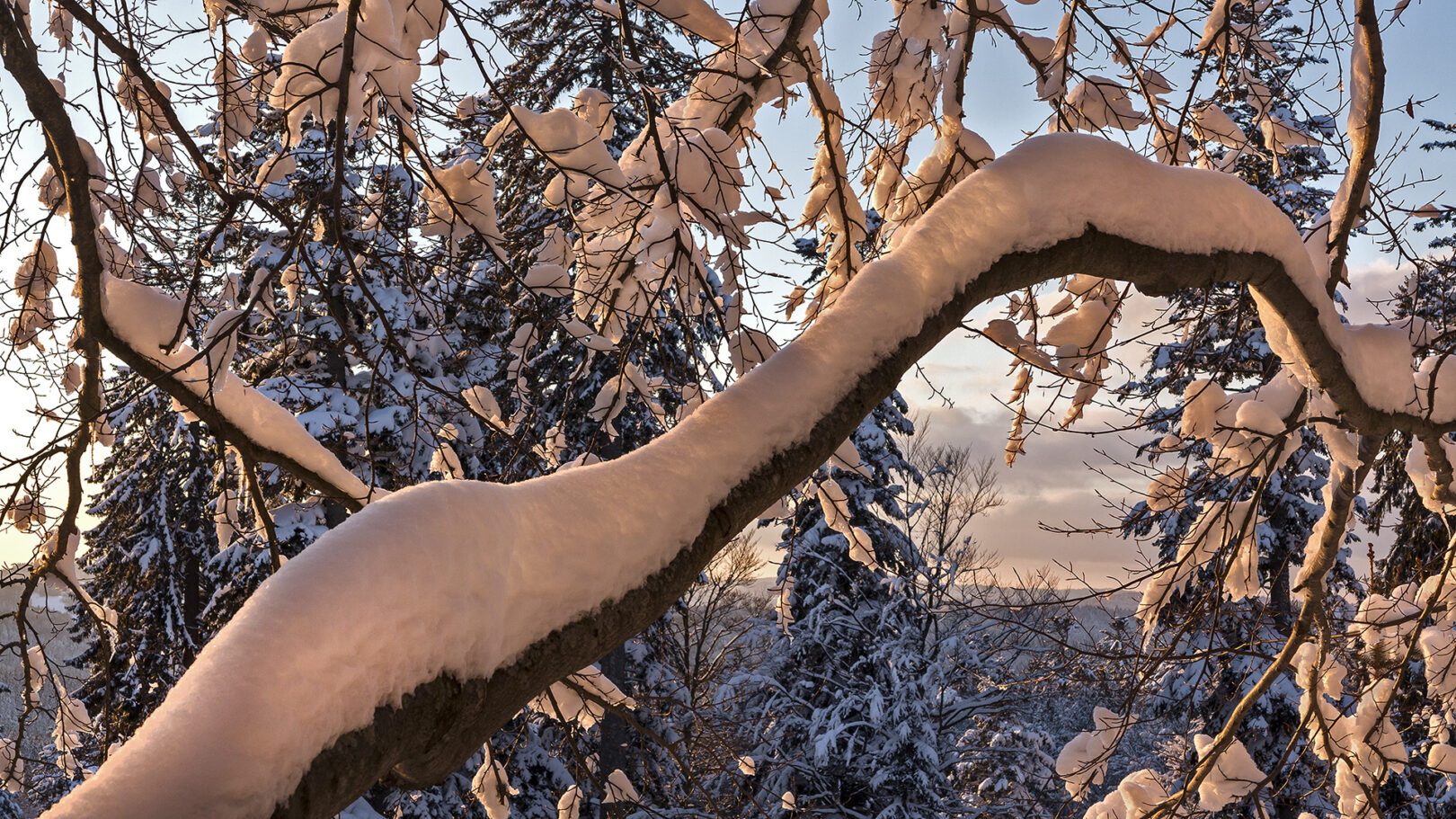
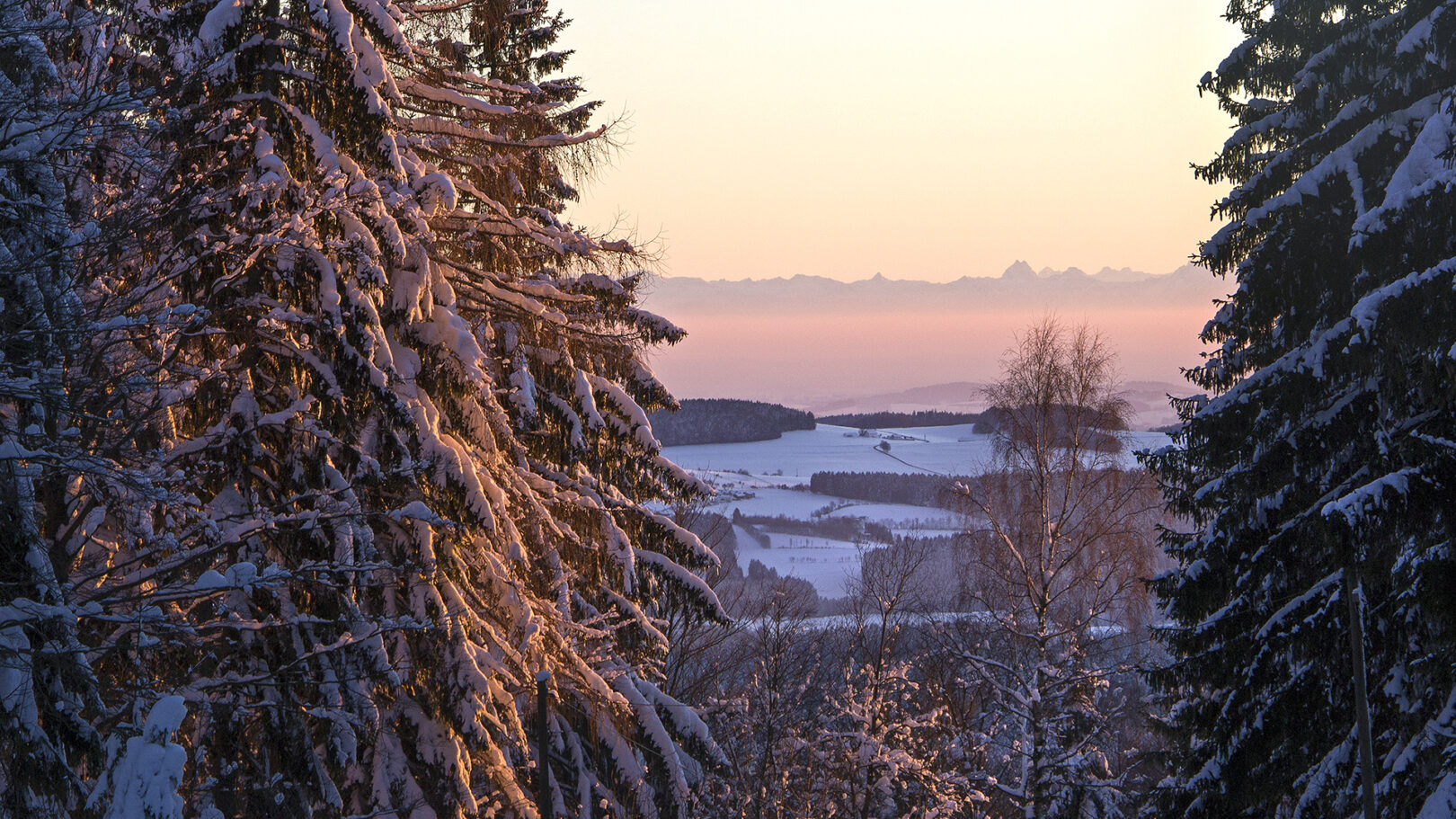
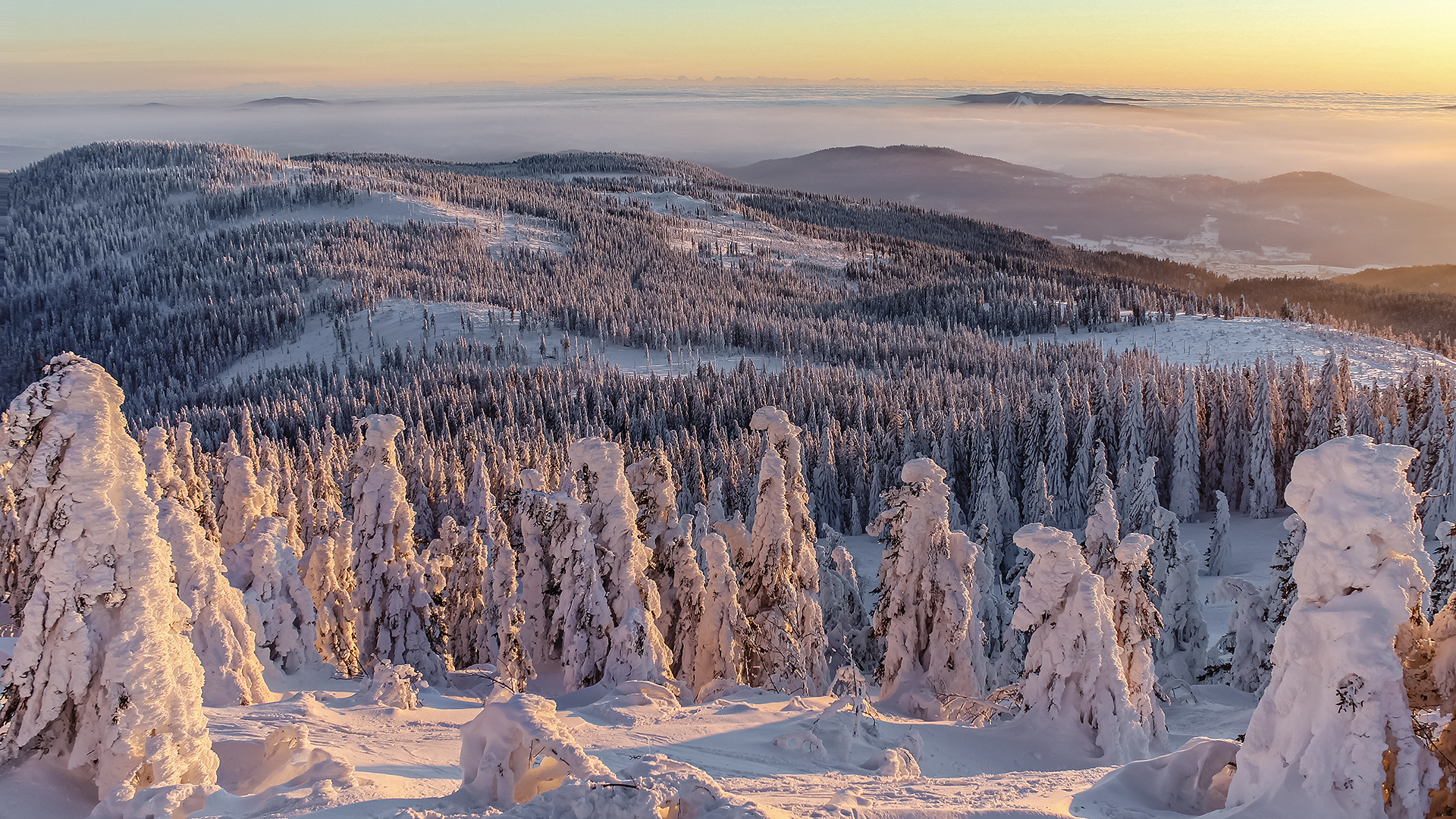
An diesem wahrhaft außergewöhnlichen Platz, der im Sommer von vielen Touris besucht wird, hatte foto-webcam.eu bis vor Kurzem eine Kamera (Spiegelreflex) installiert, die alle 10 Minuten ein Bild für das Archiv schoss. Dieses Prachtexemplar, aufgenommen am 22. Januar 2019 um 16:40 Uhr, habe ich heruntergeladen – ein meditativer Ausblick für die Ewigkeit, eben Art of Vision. Tschüss Bayerischer Wald. Du bist in Mitteleuropa etwas Besonderes. 🙂
Views: 1833


